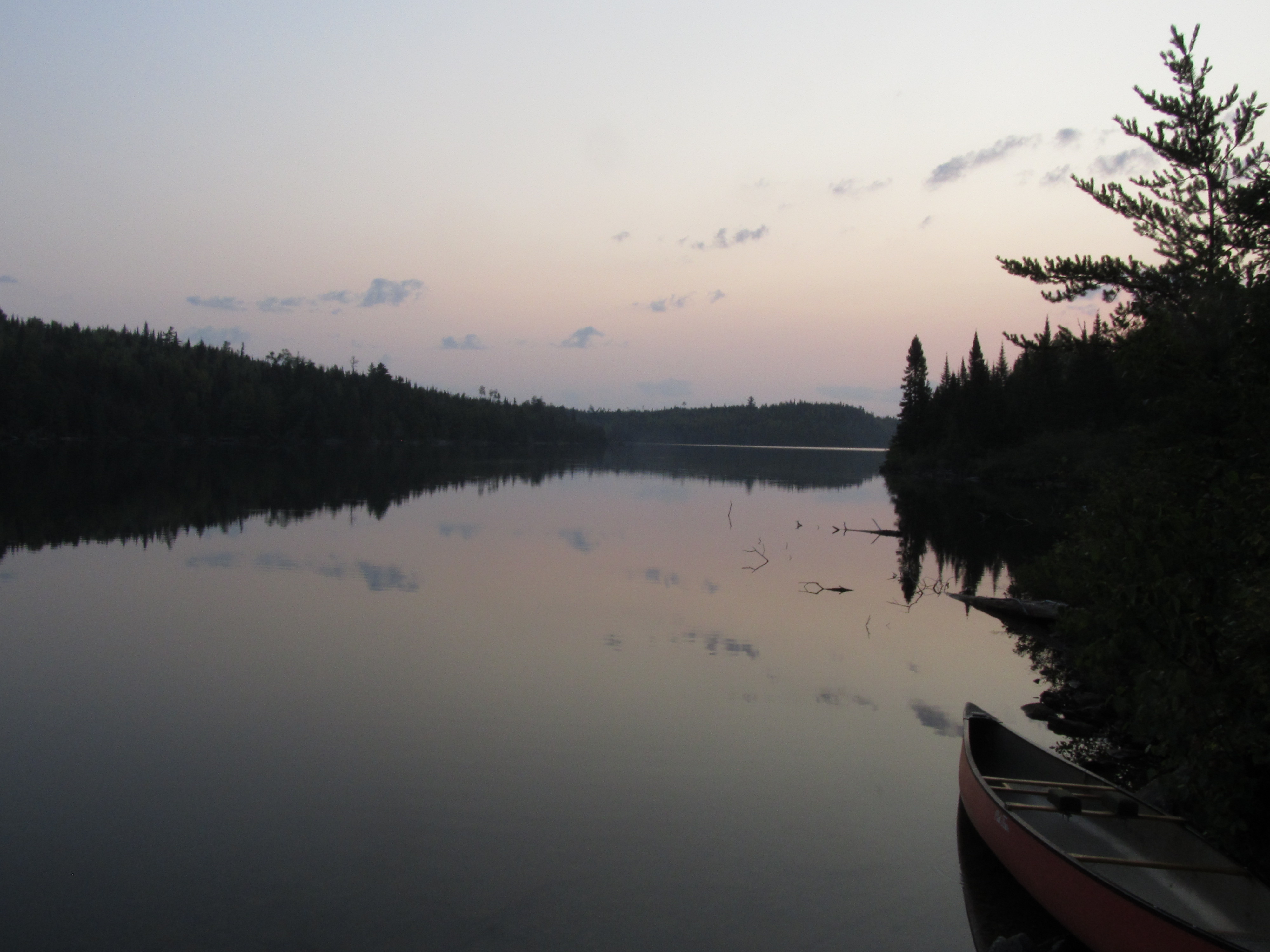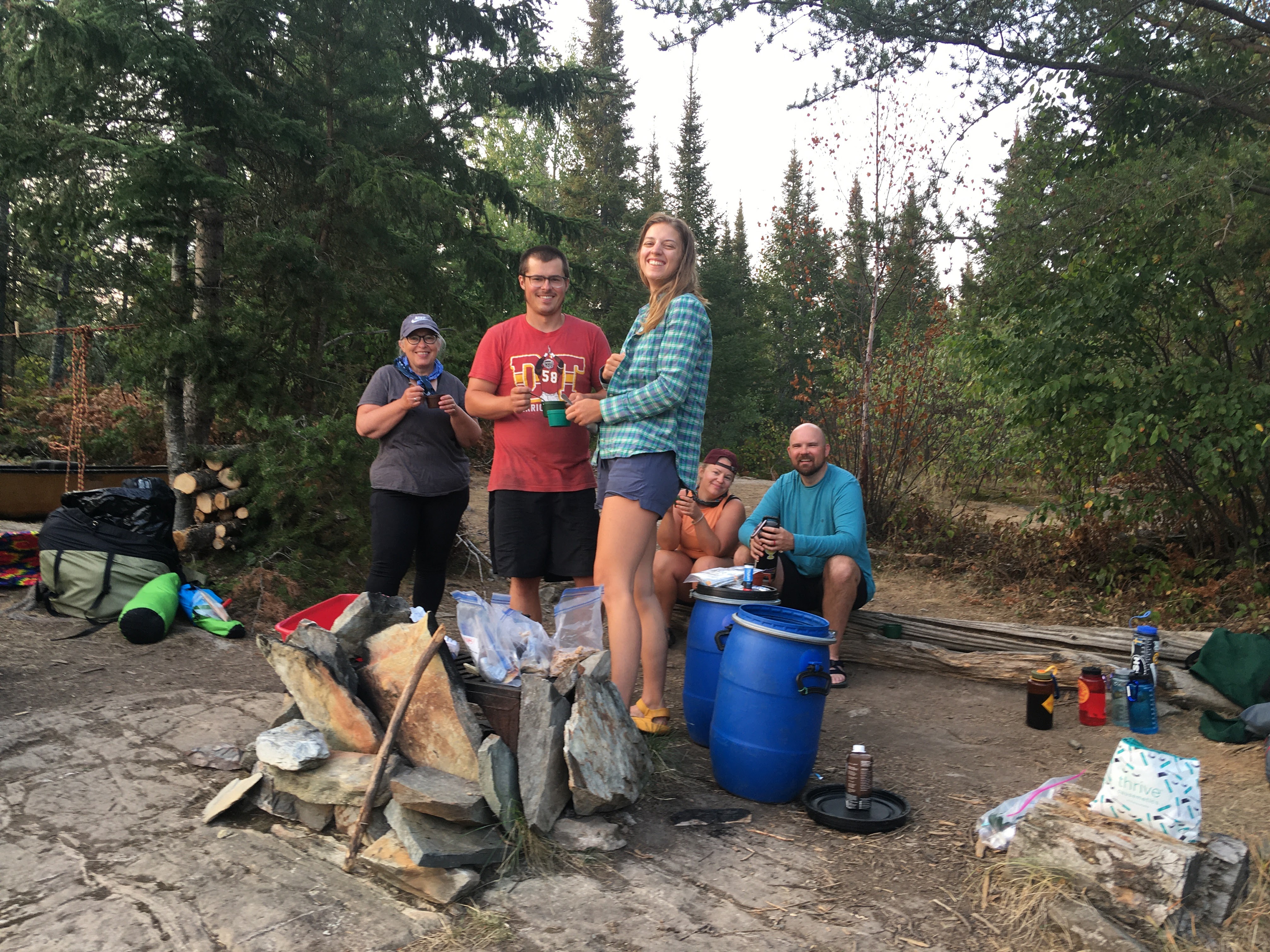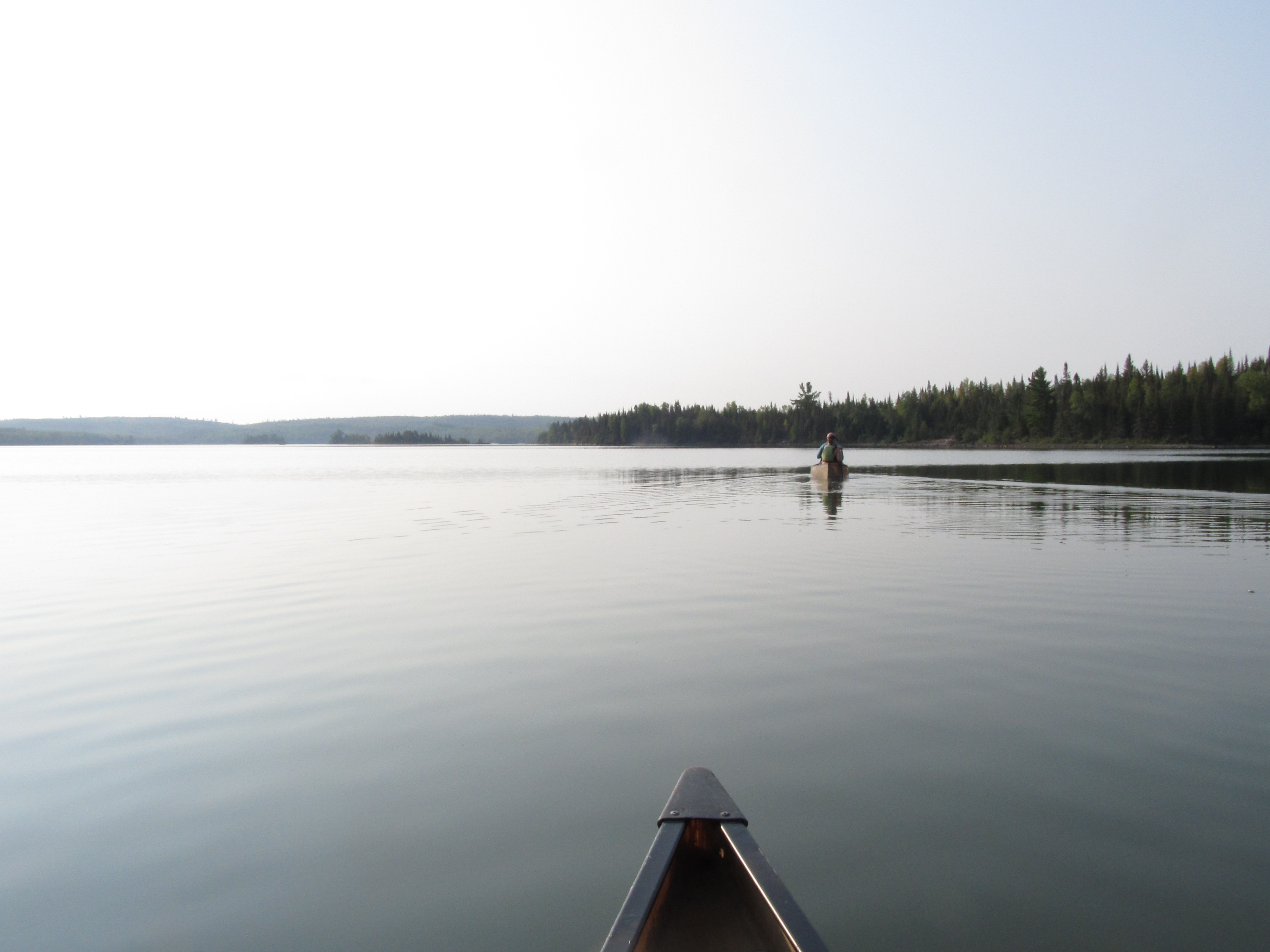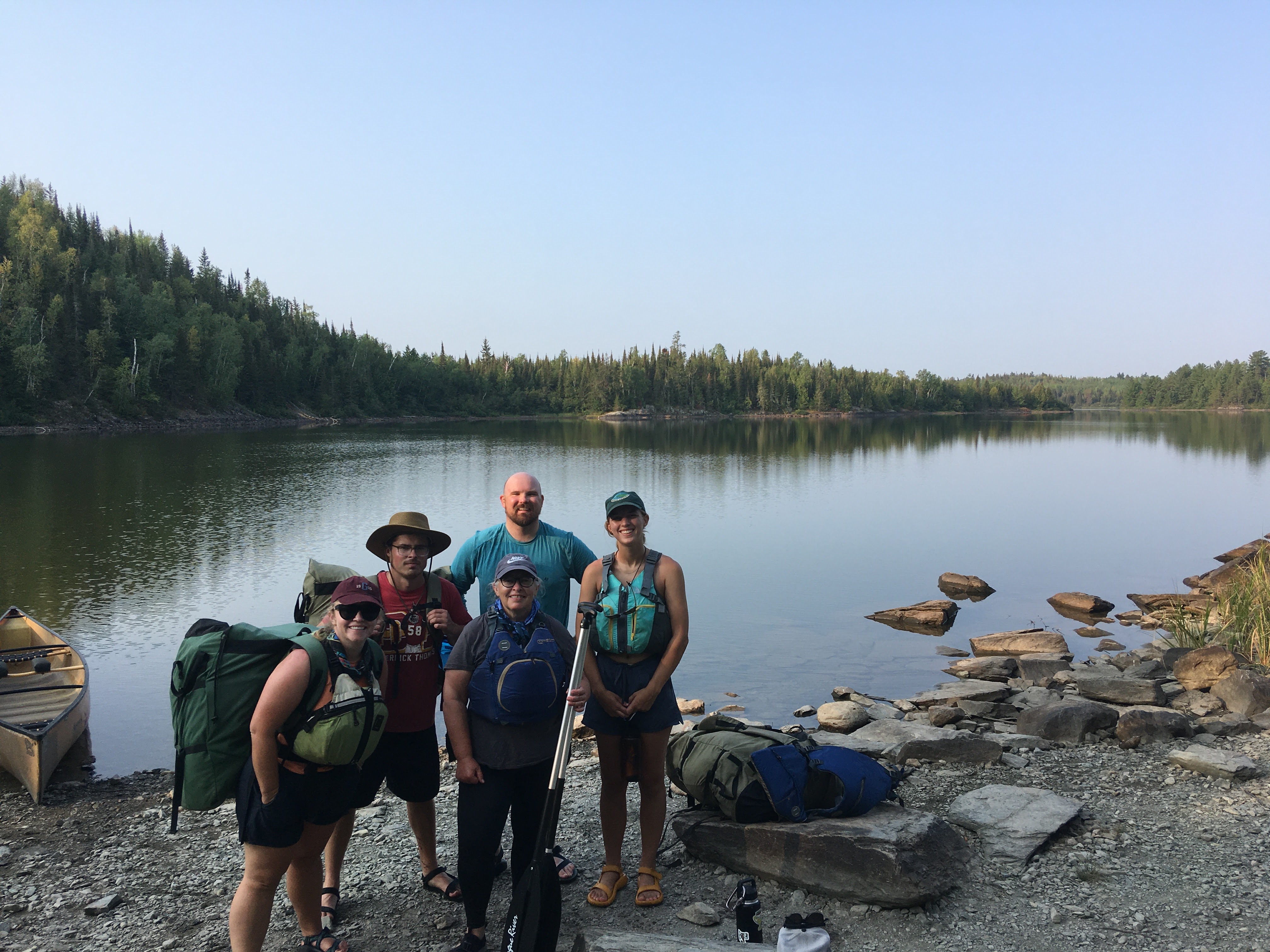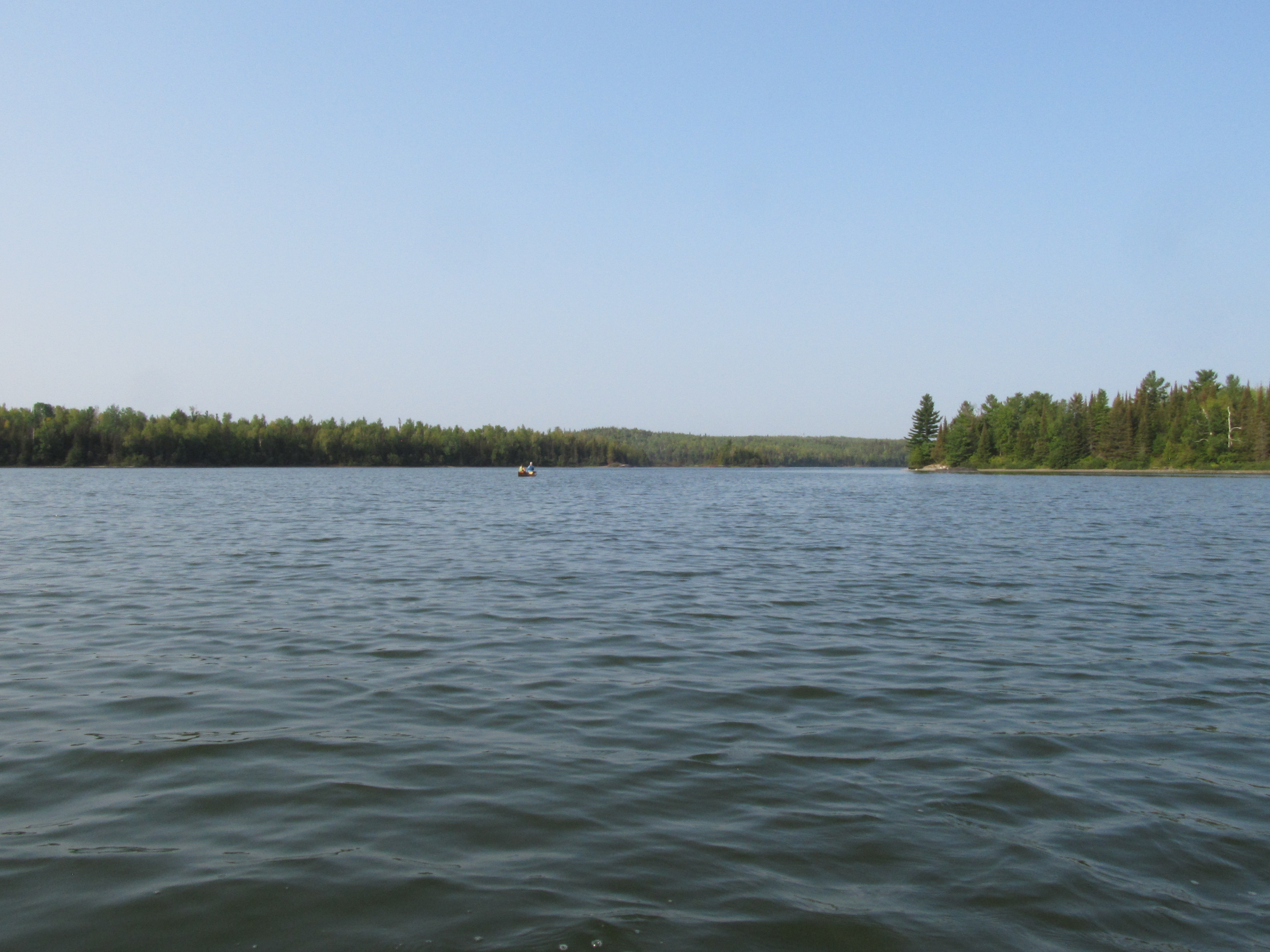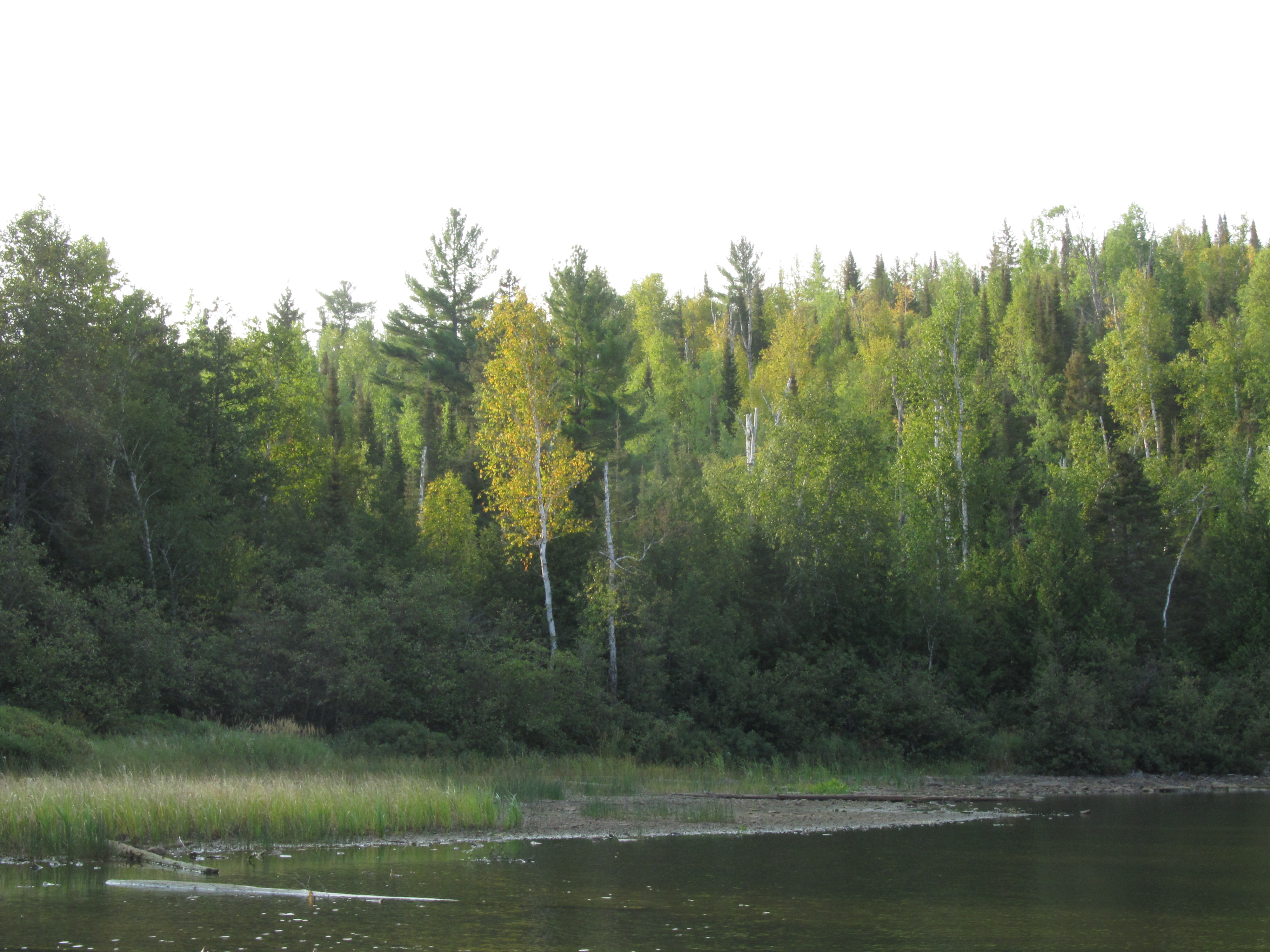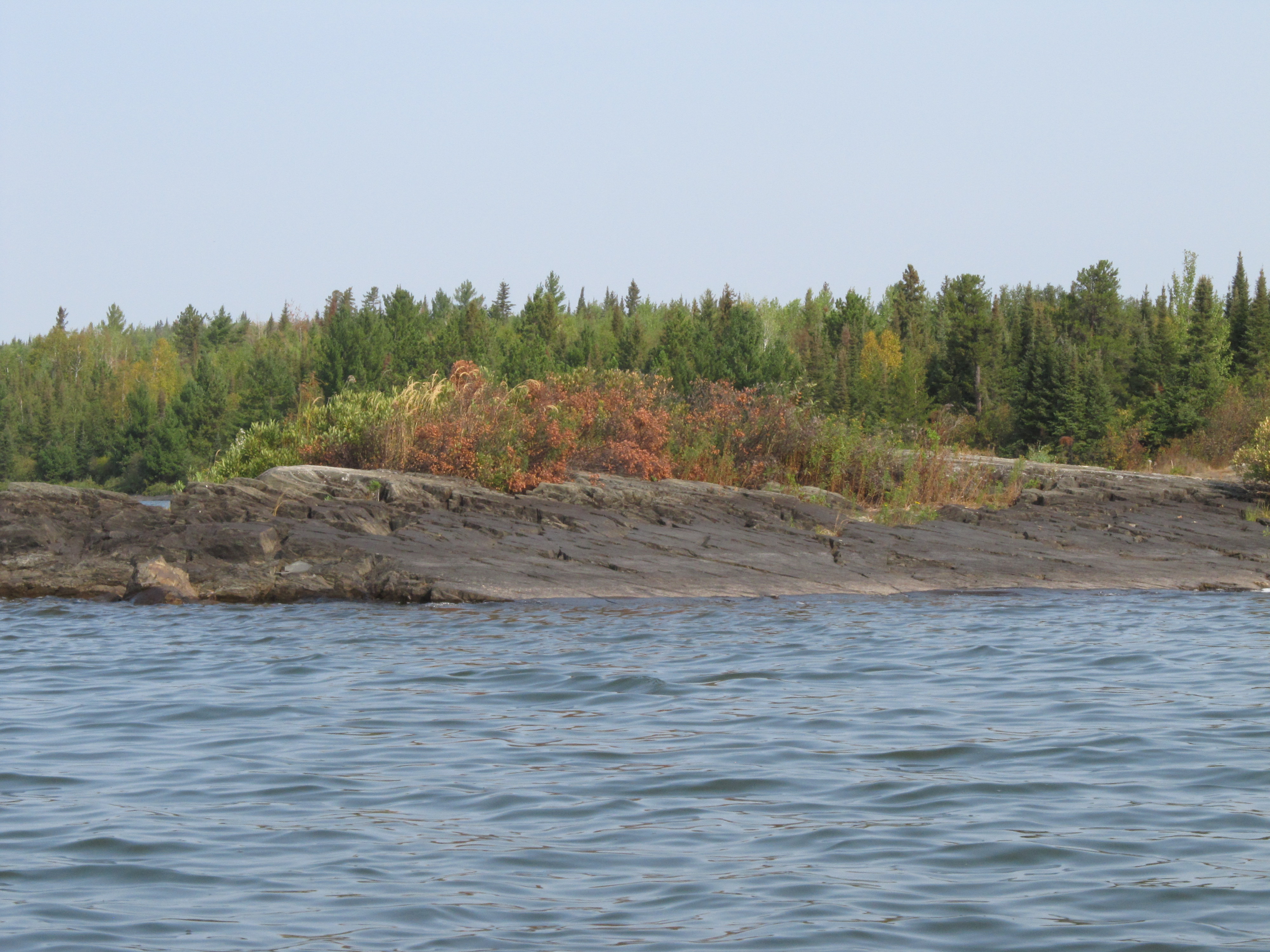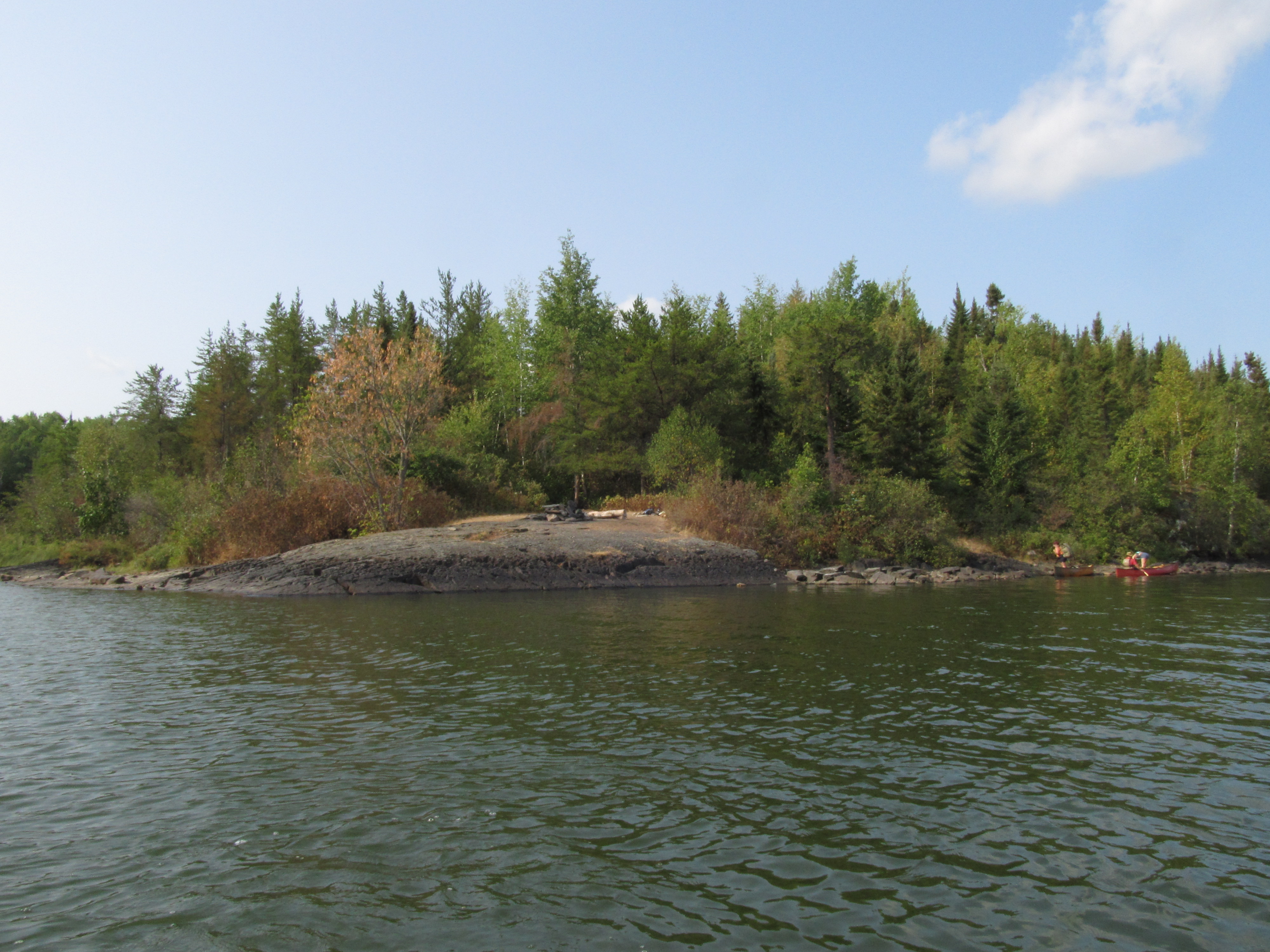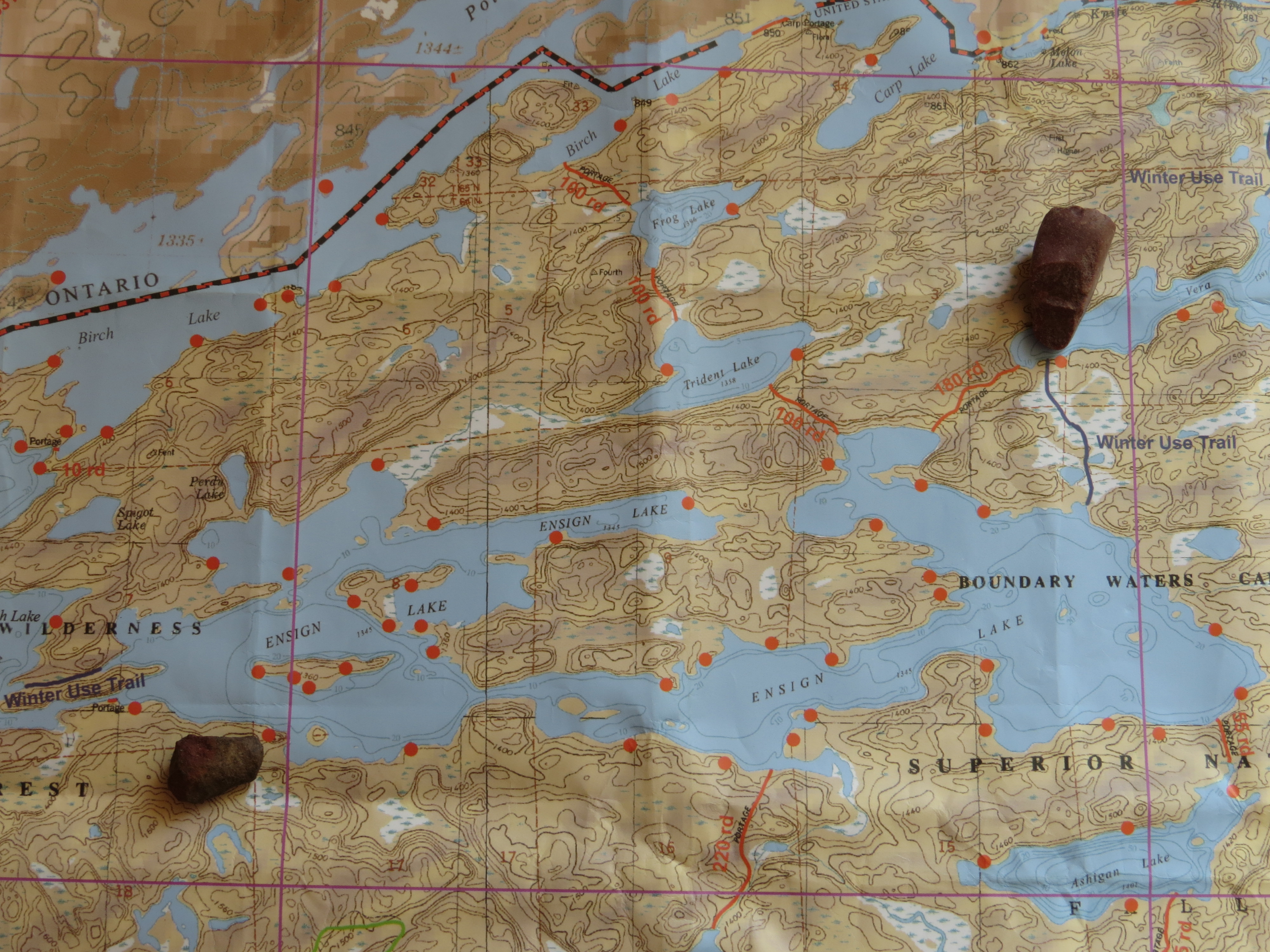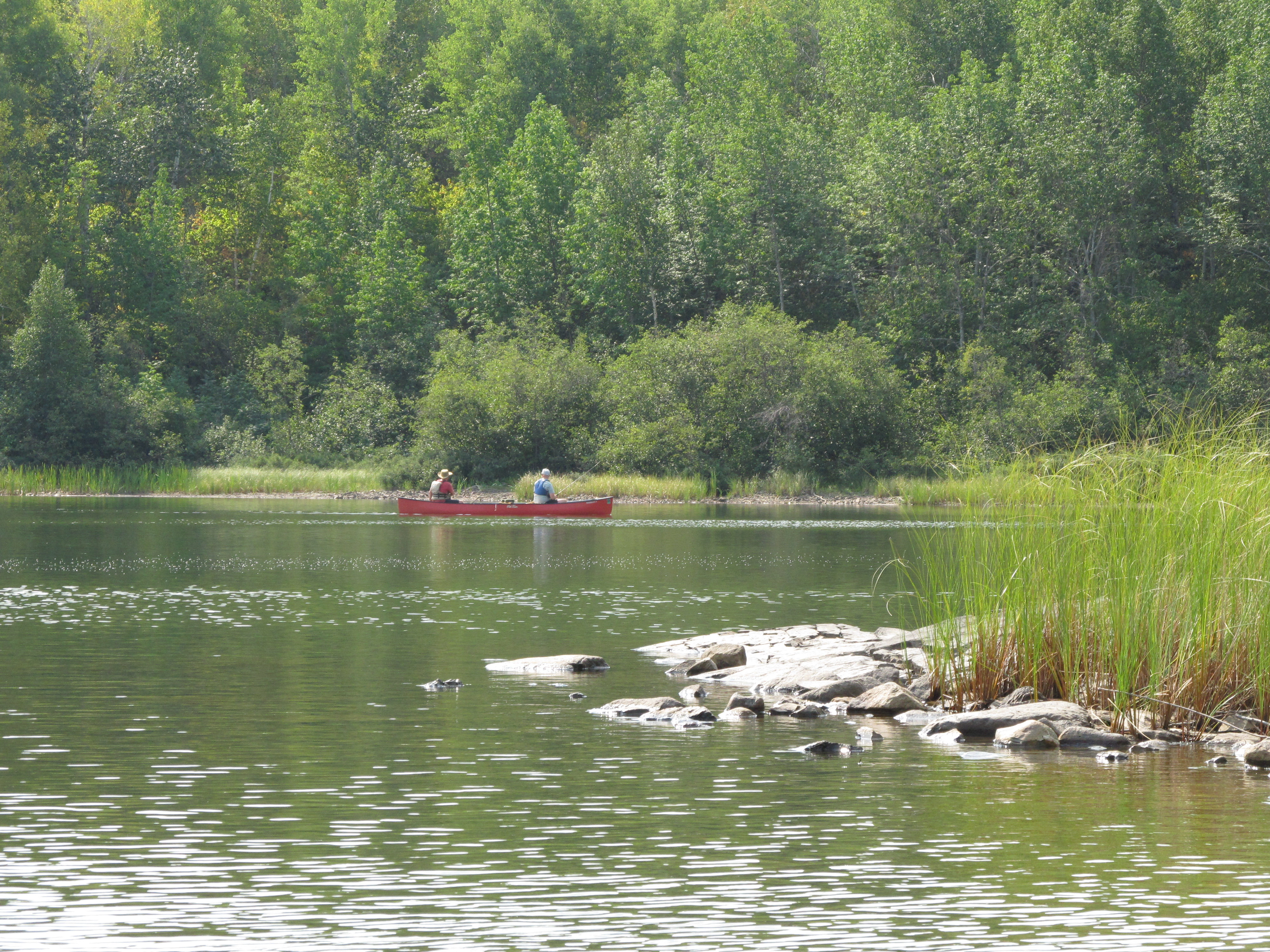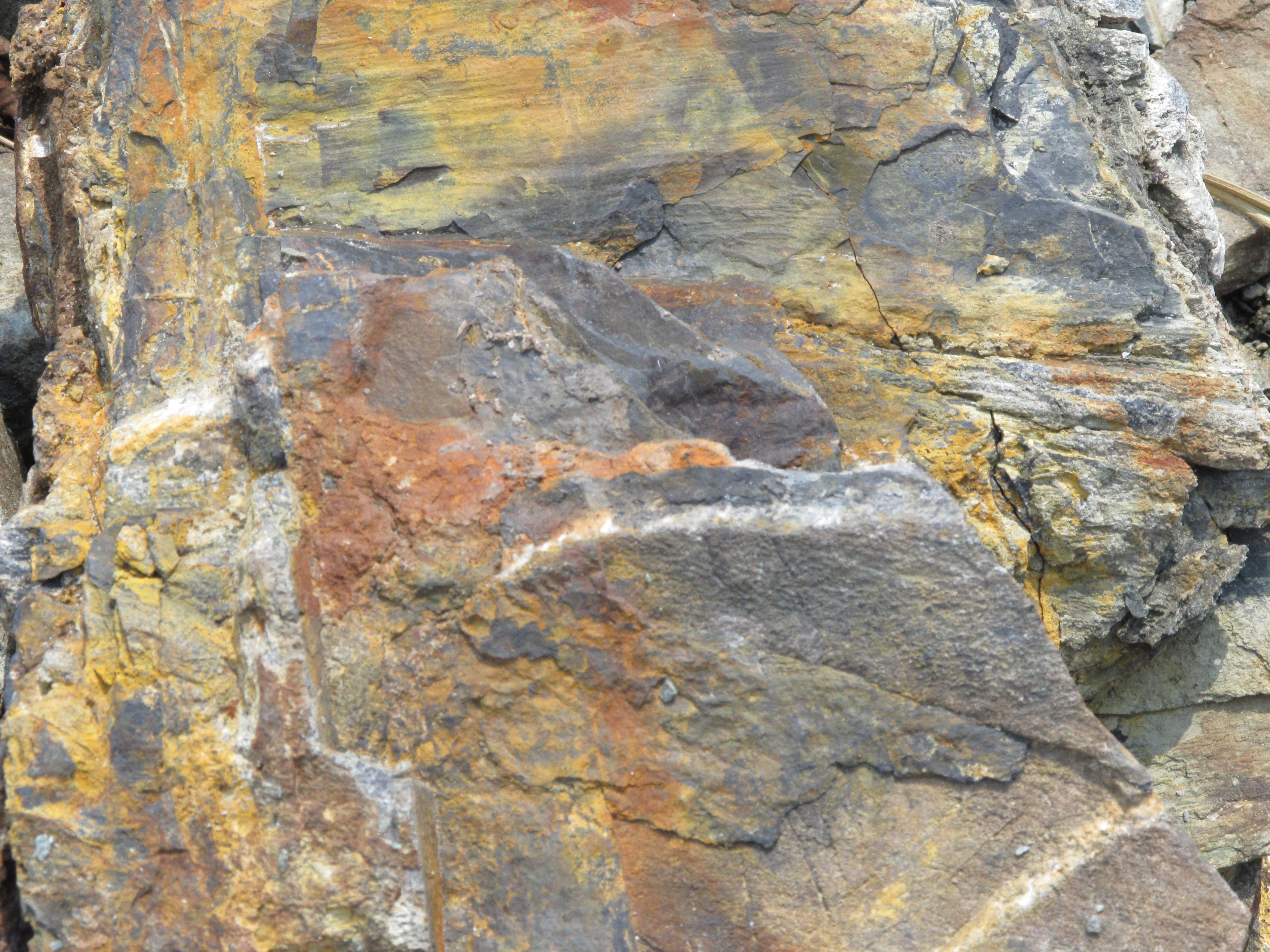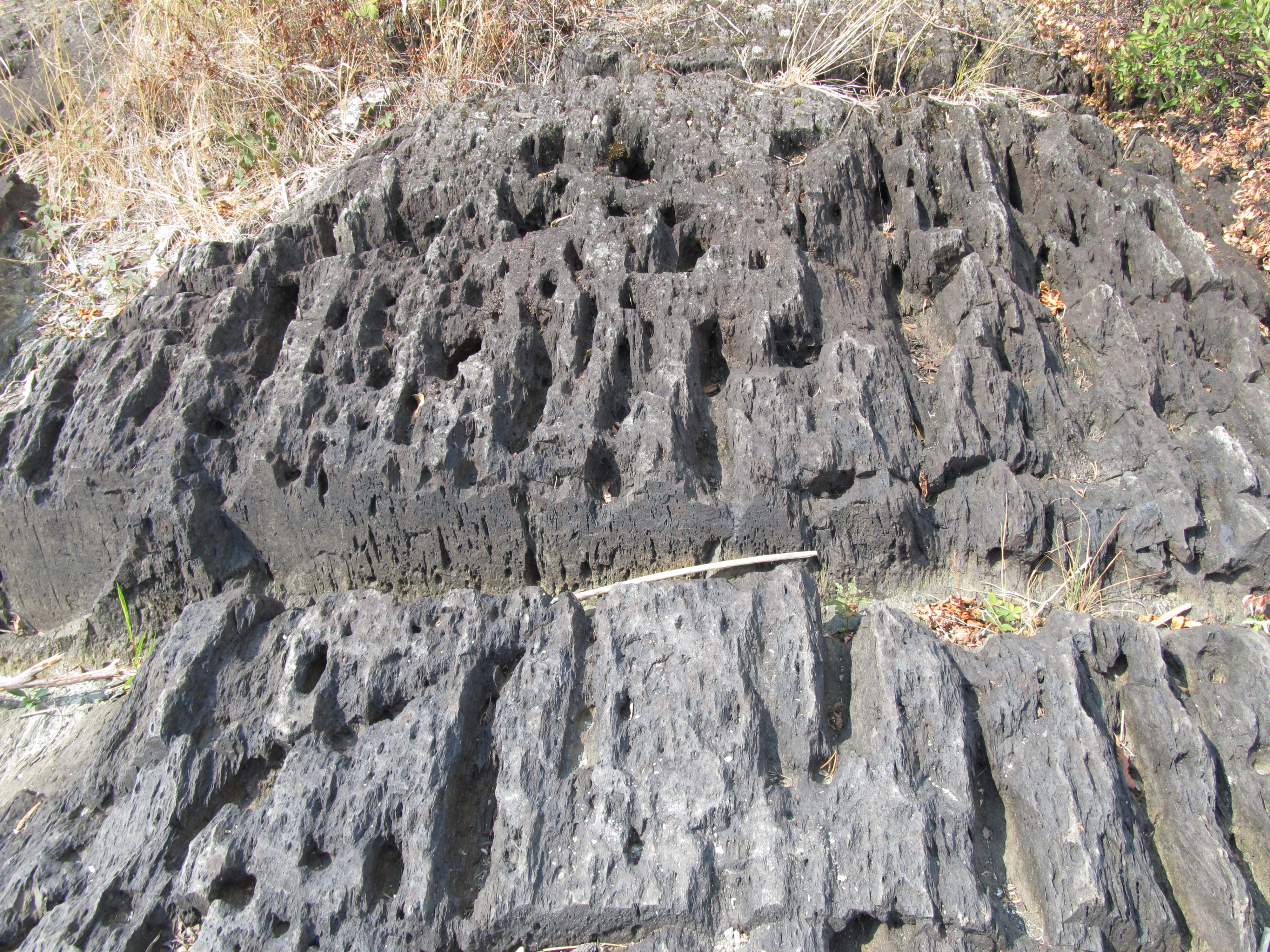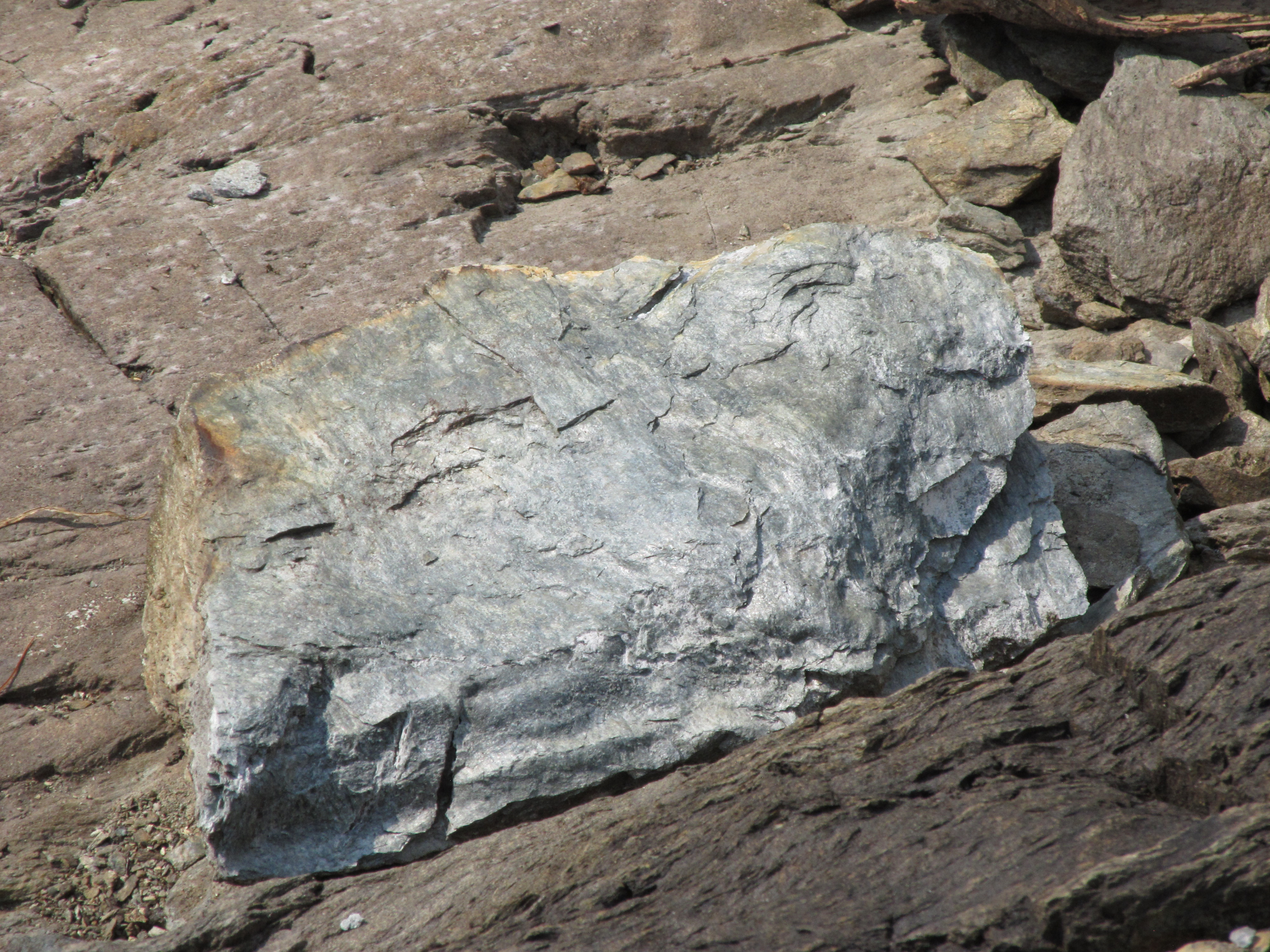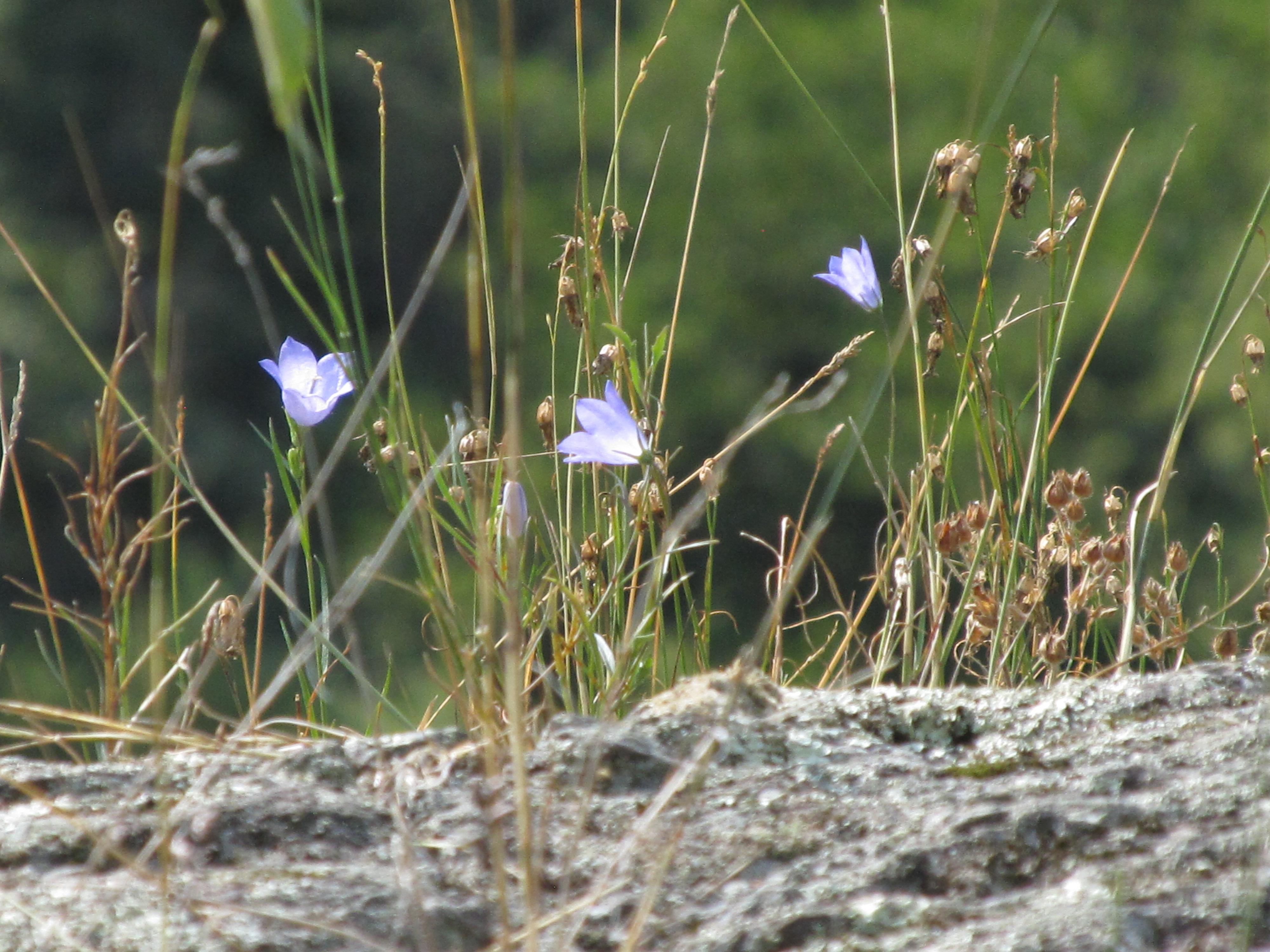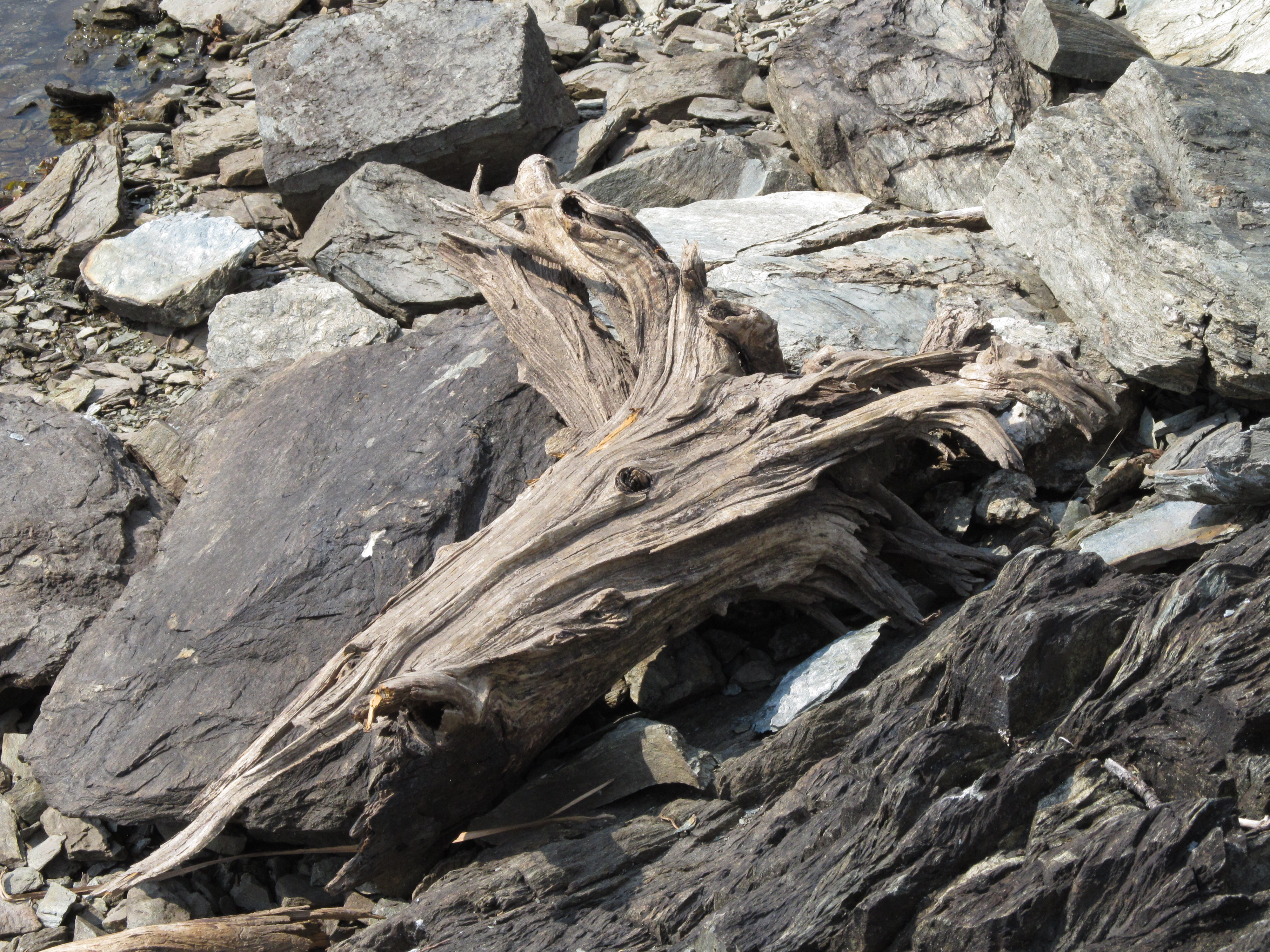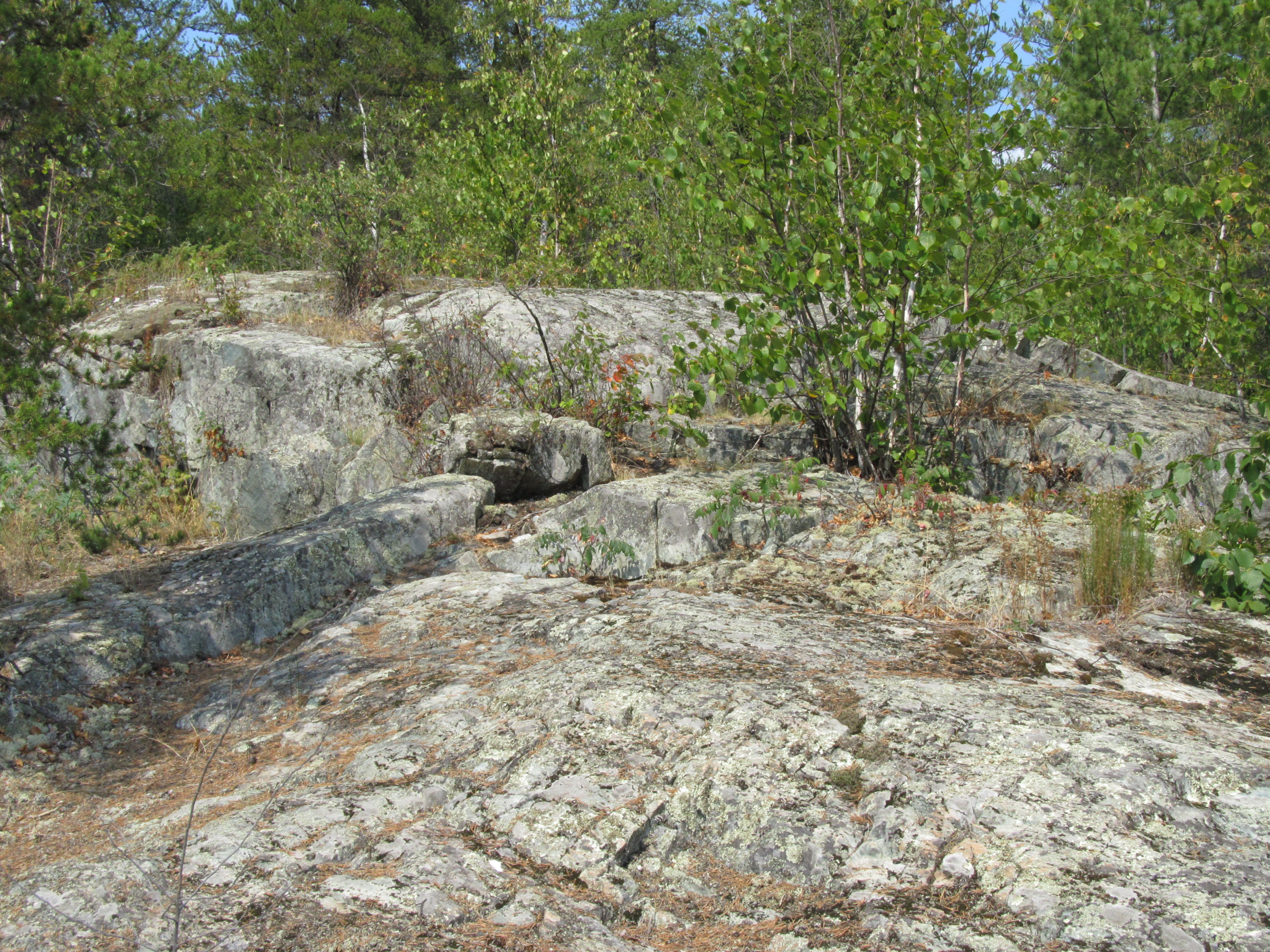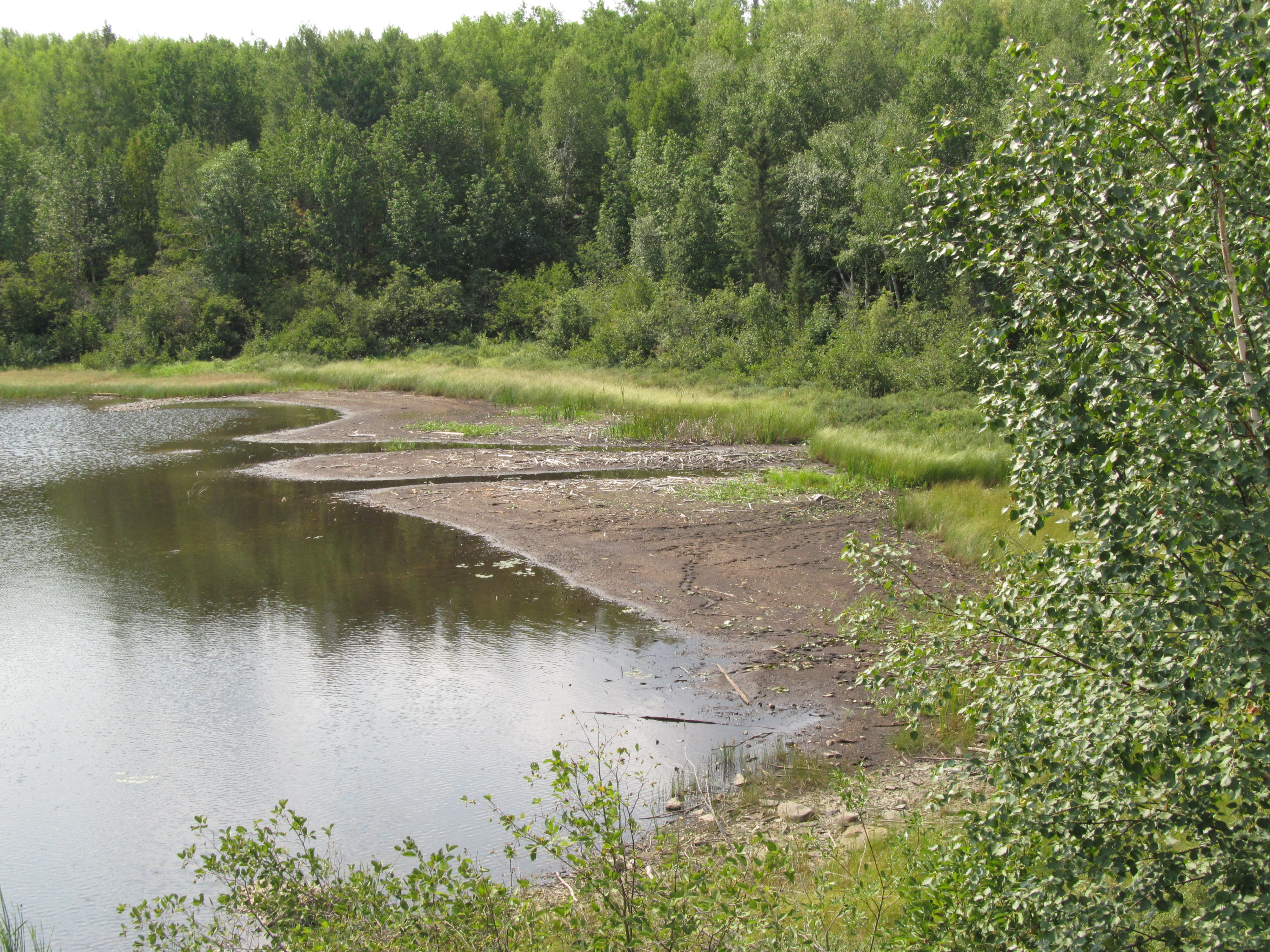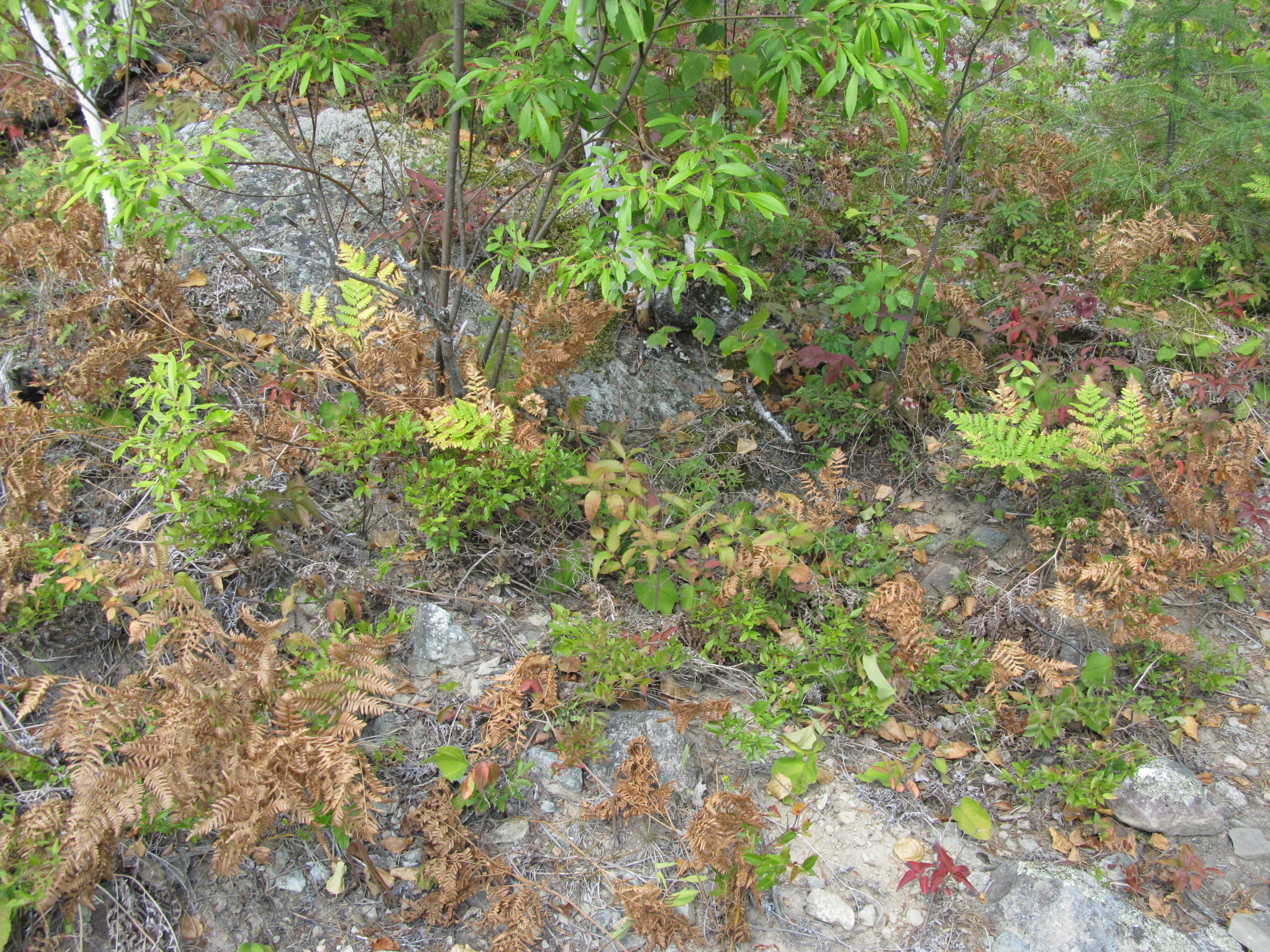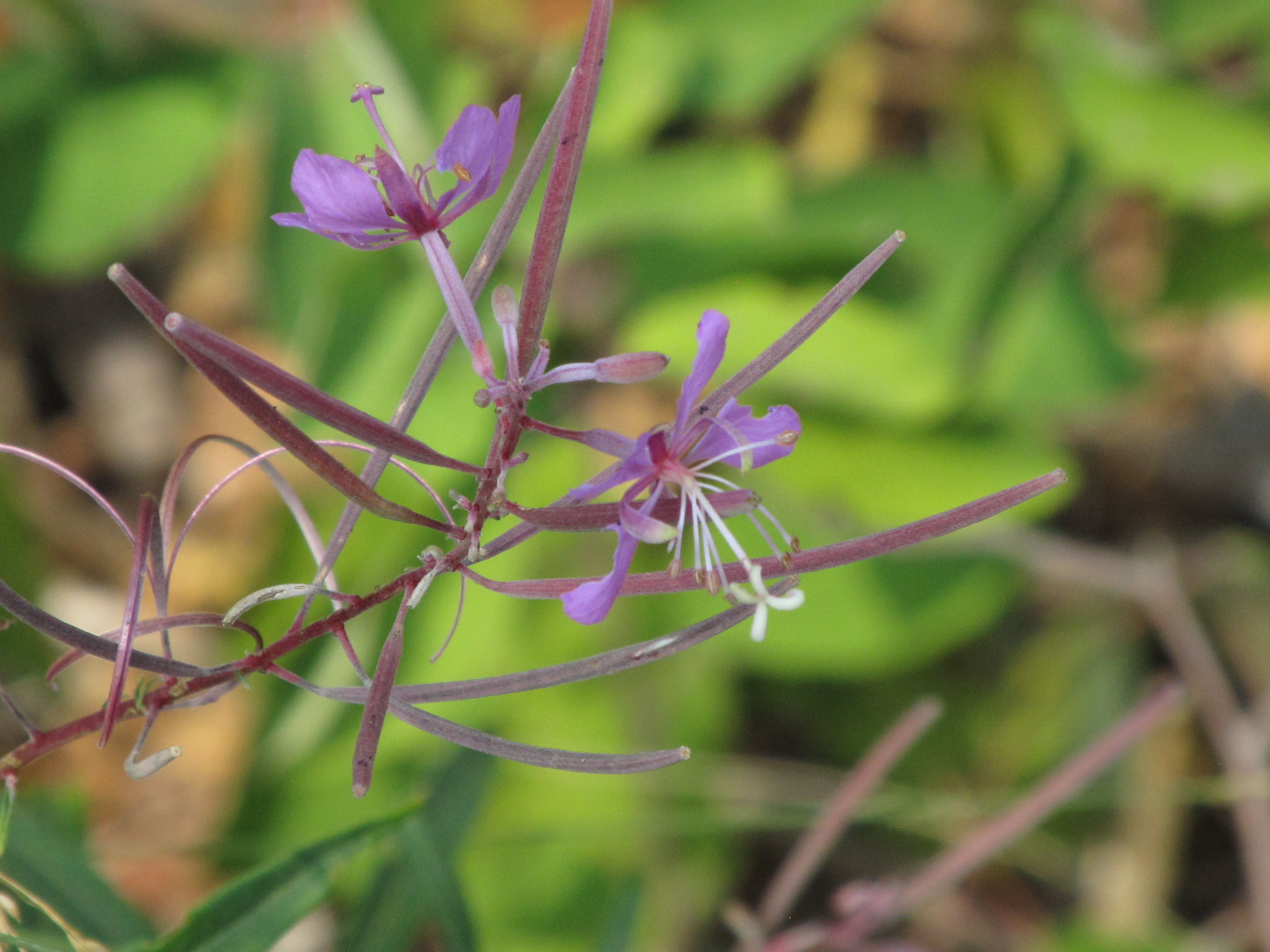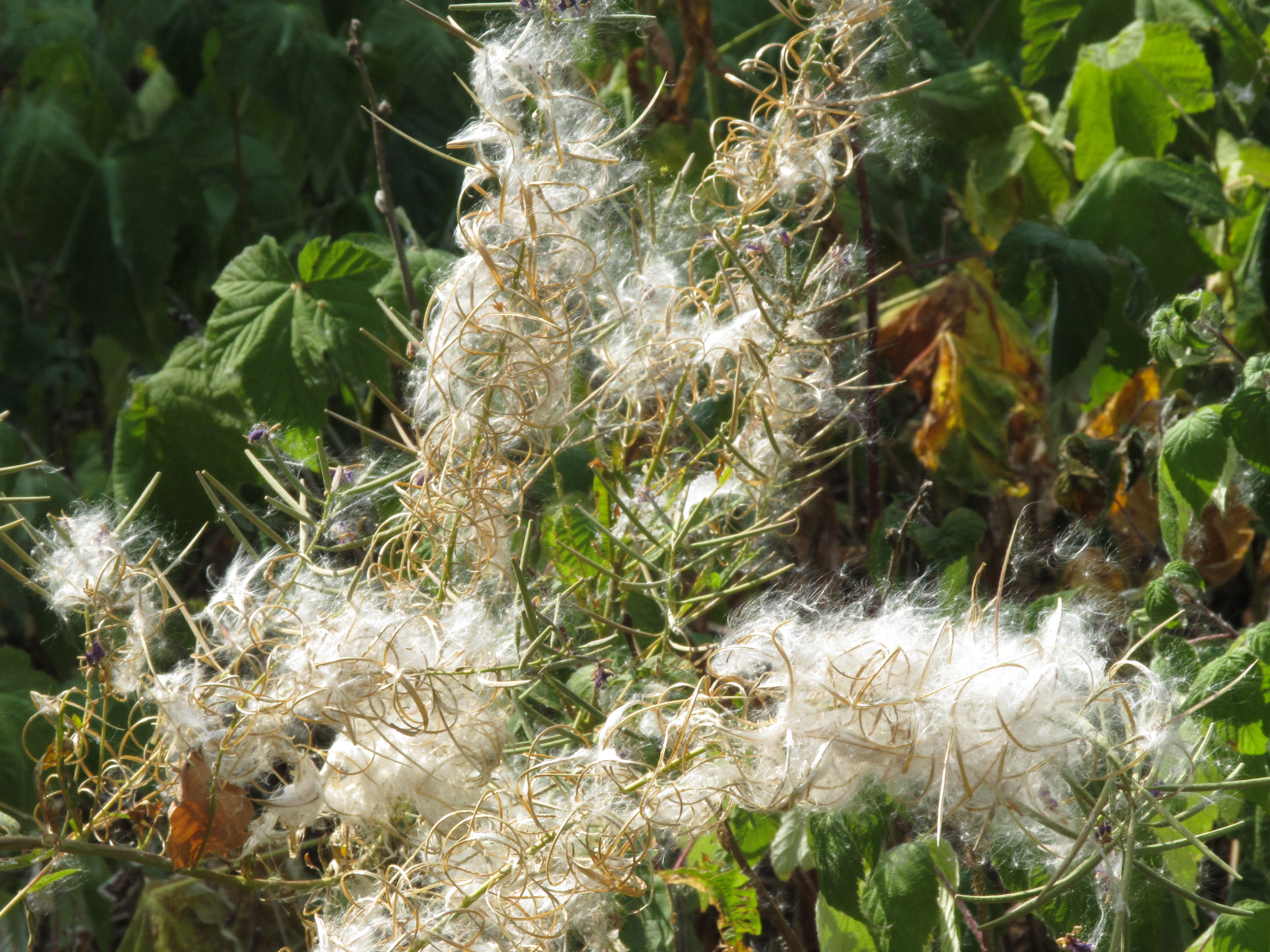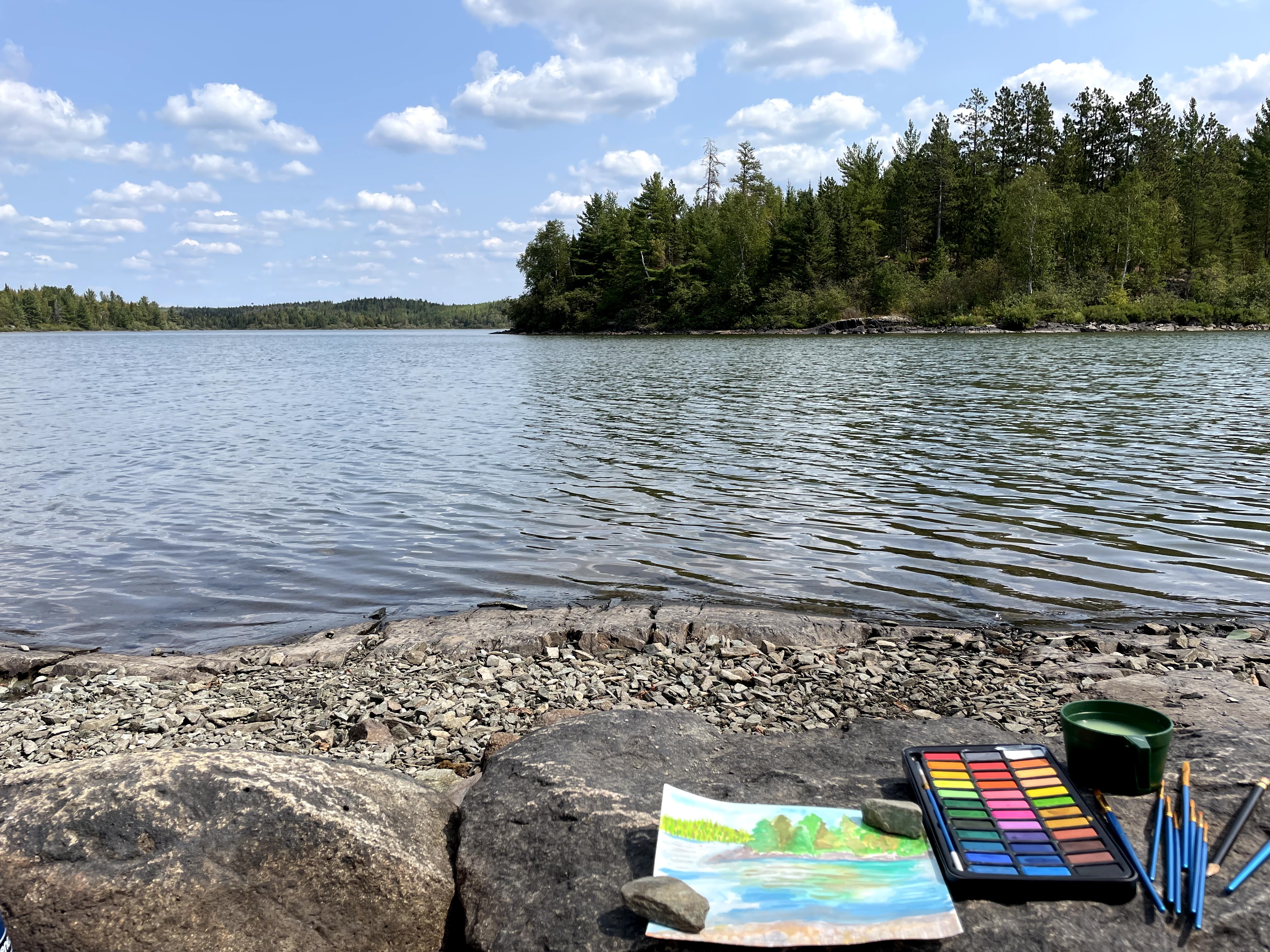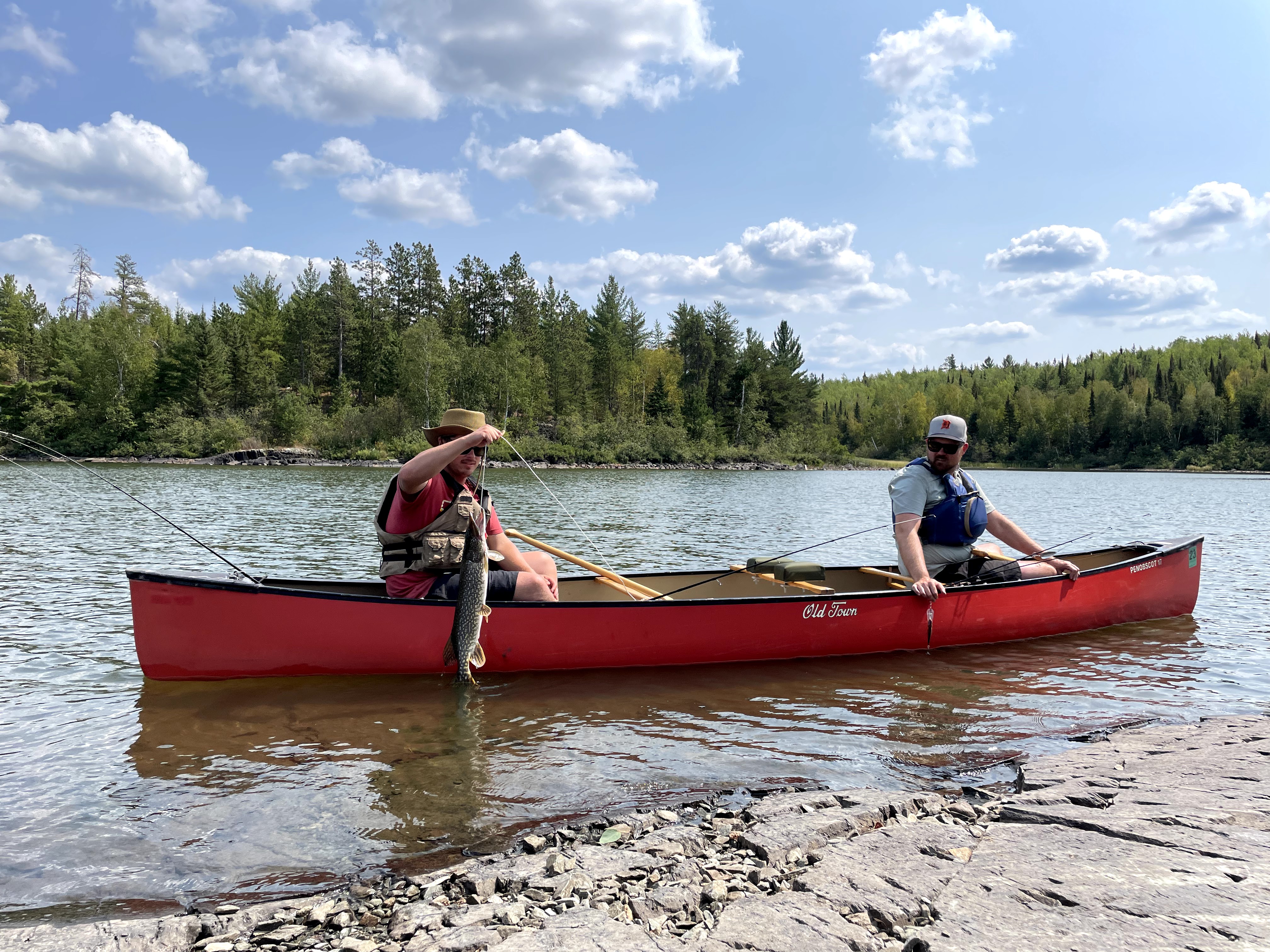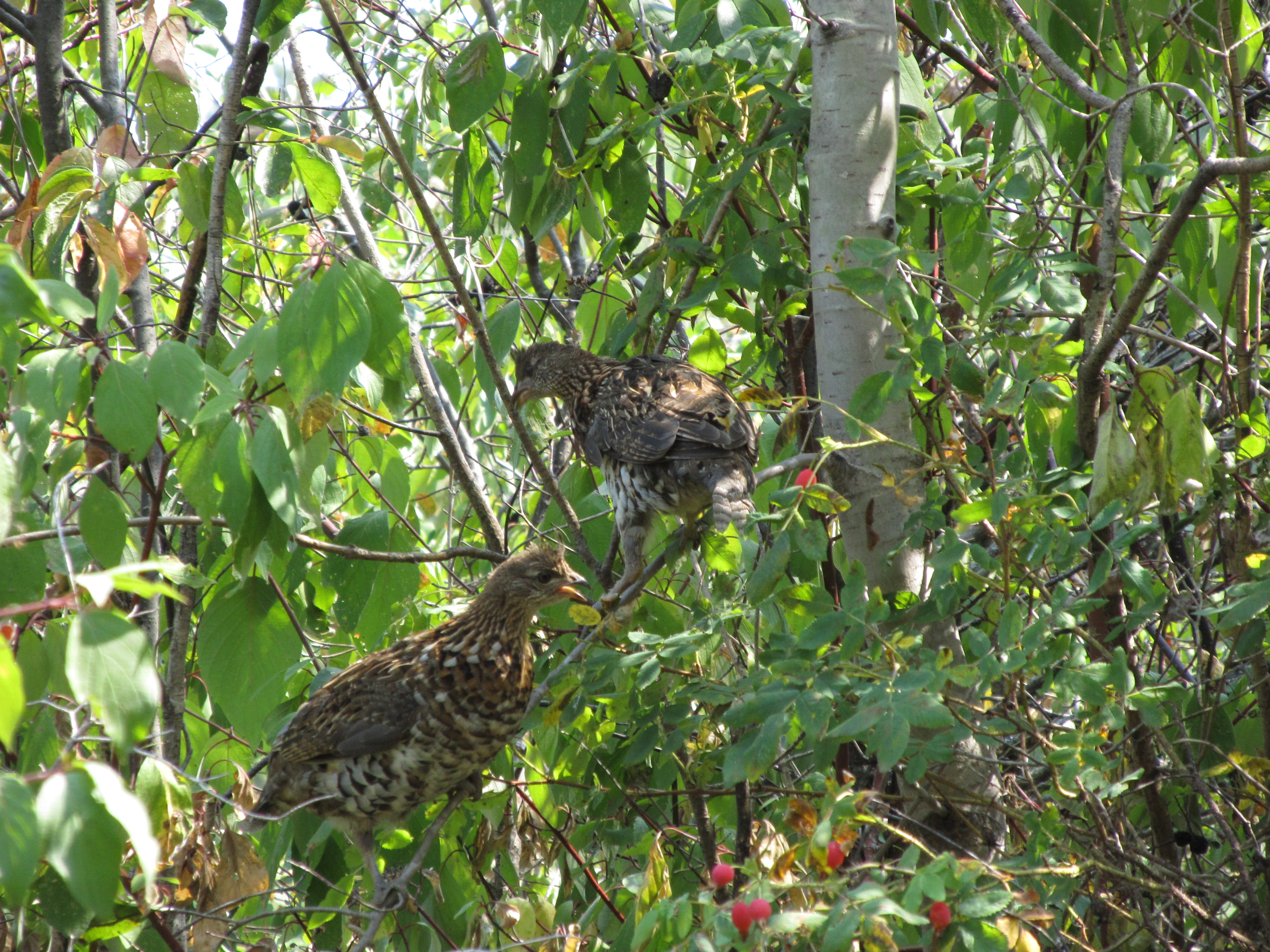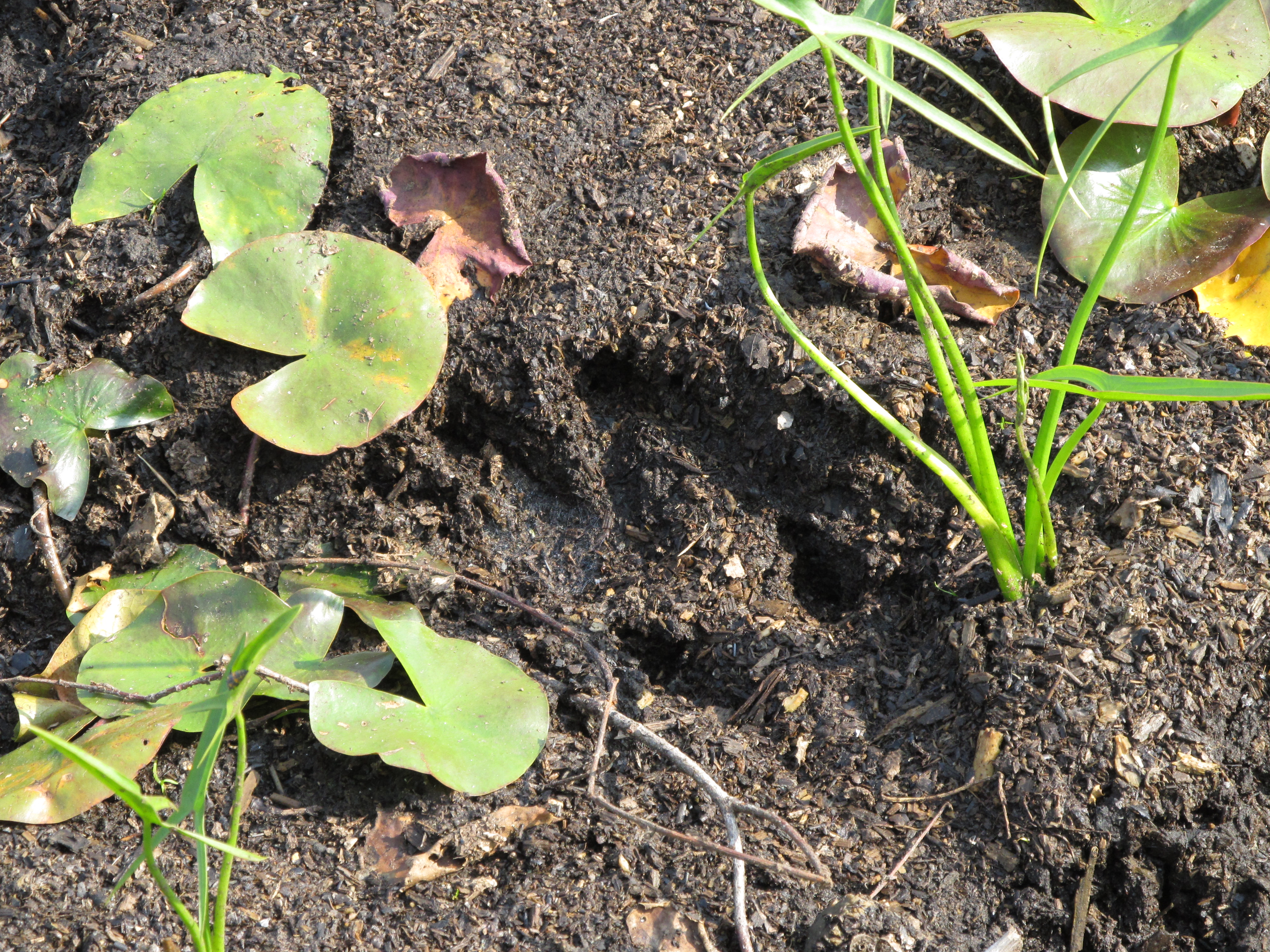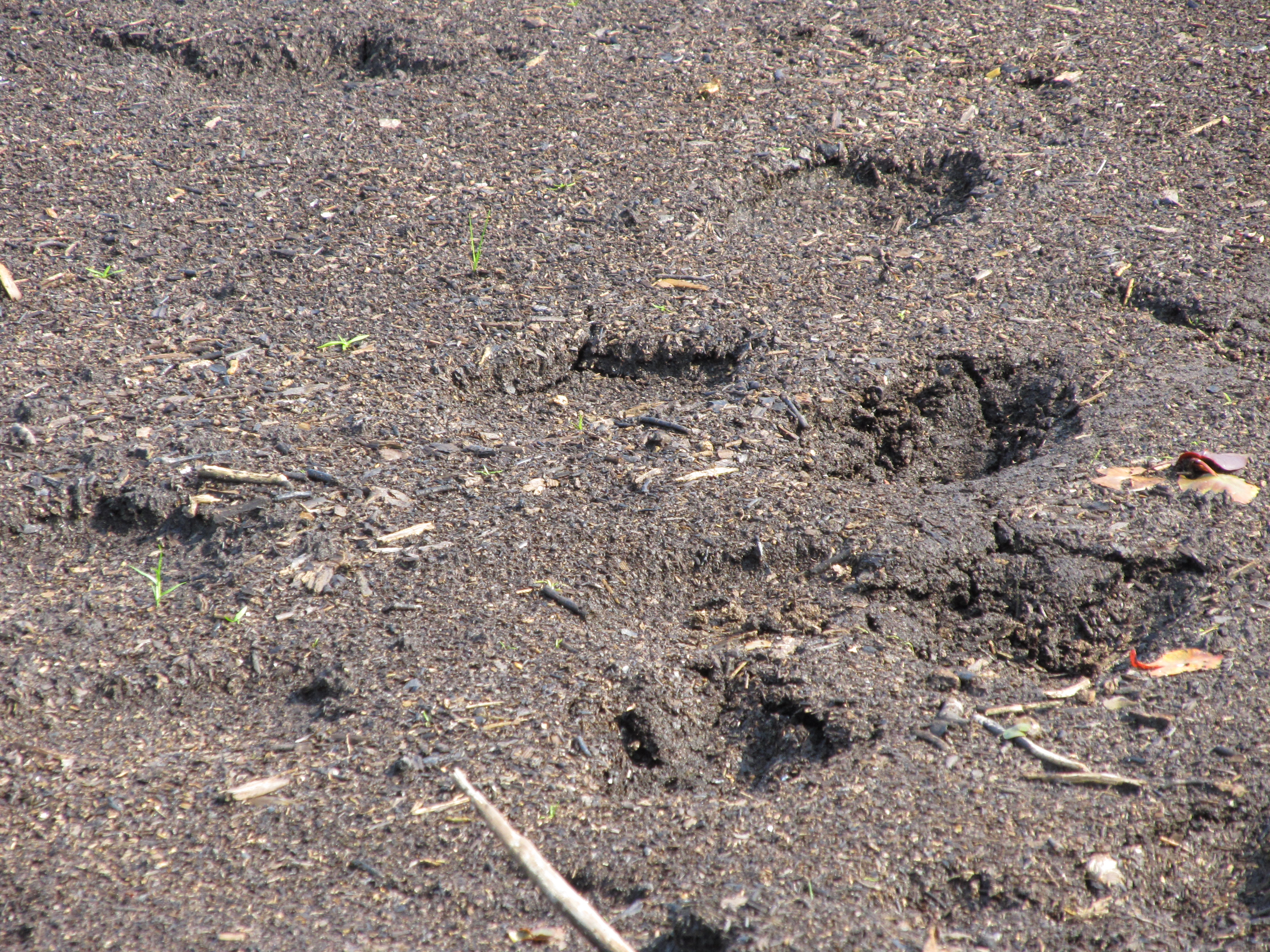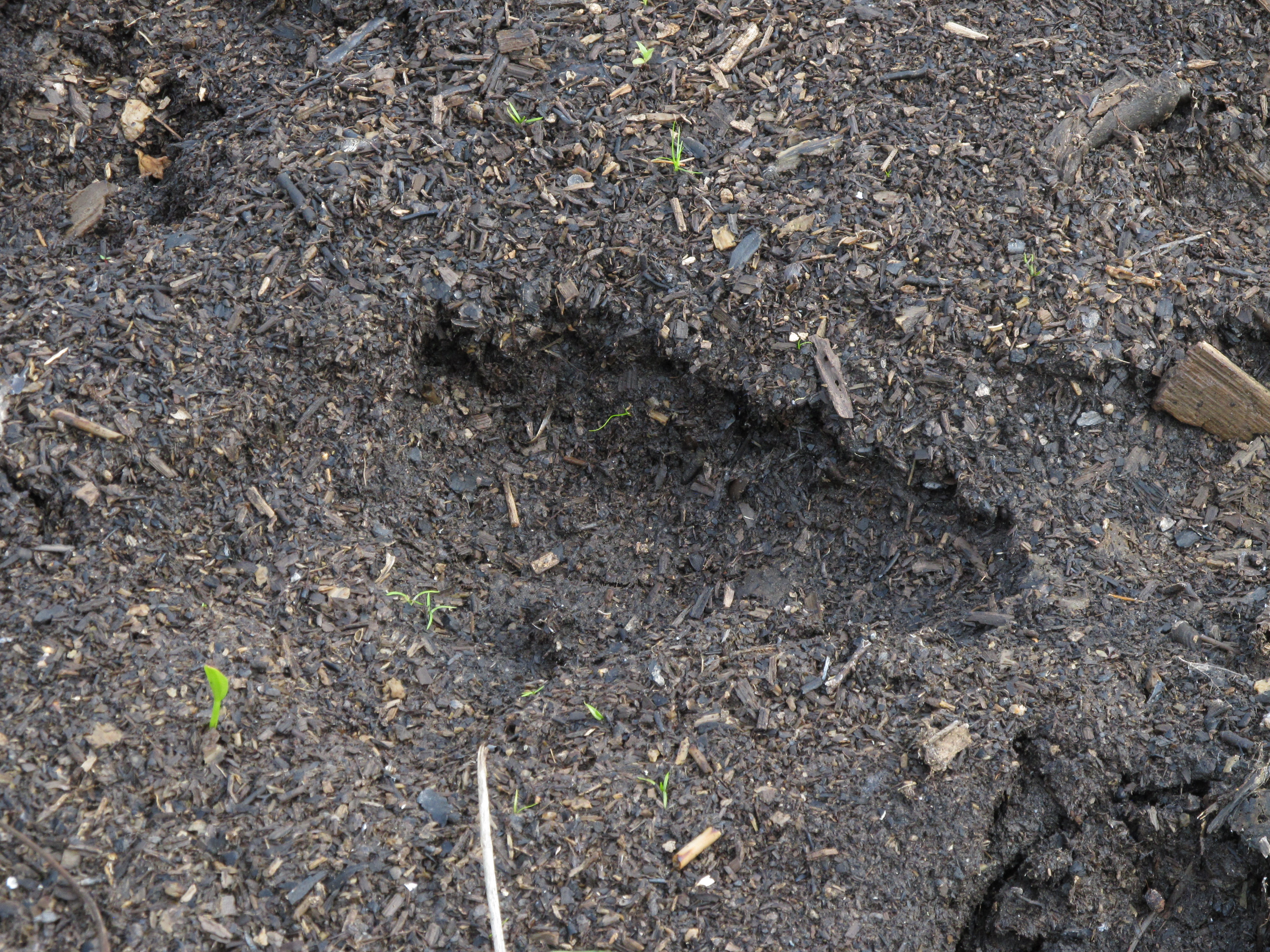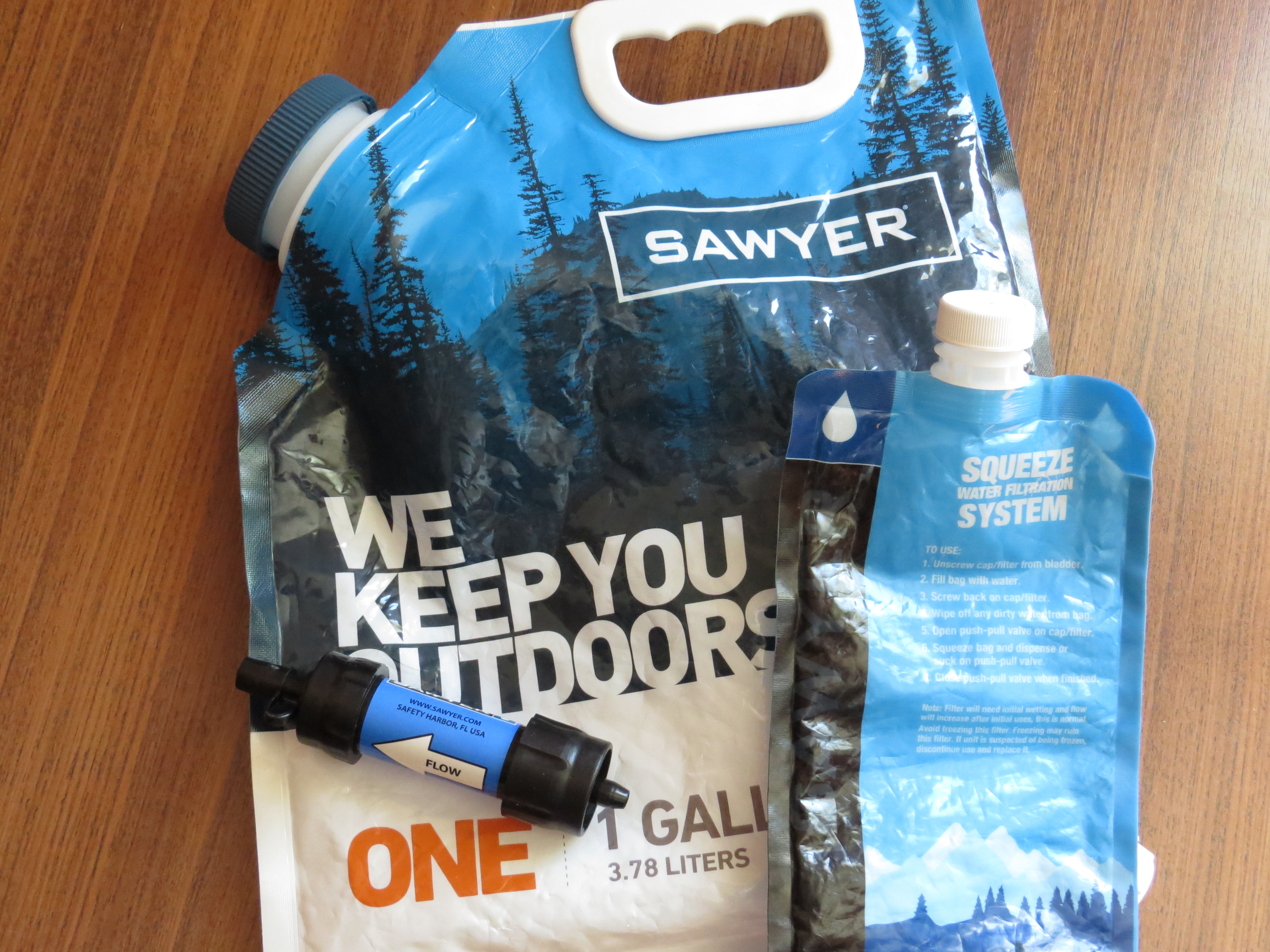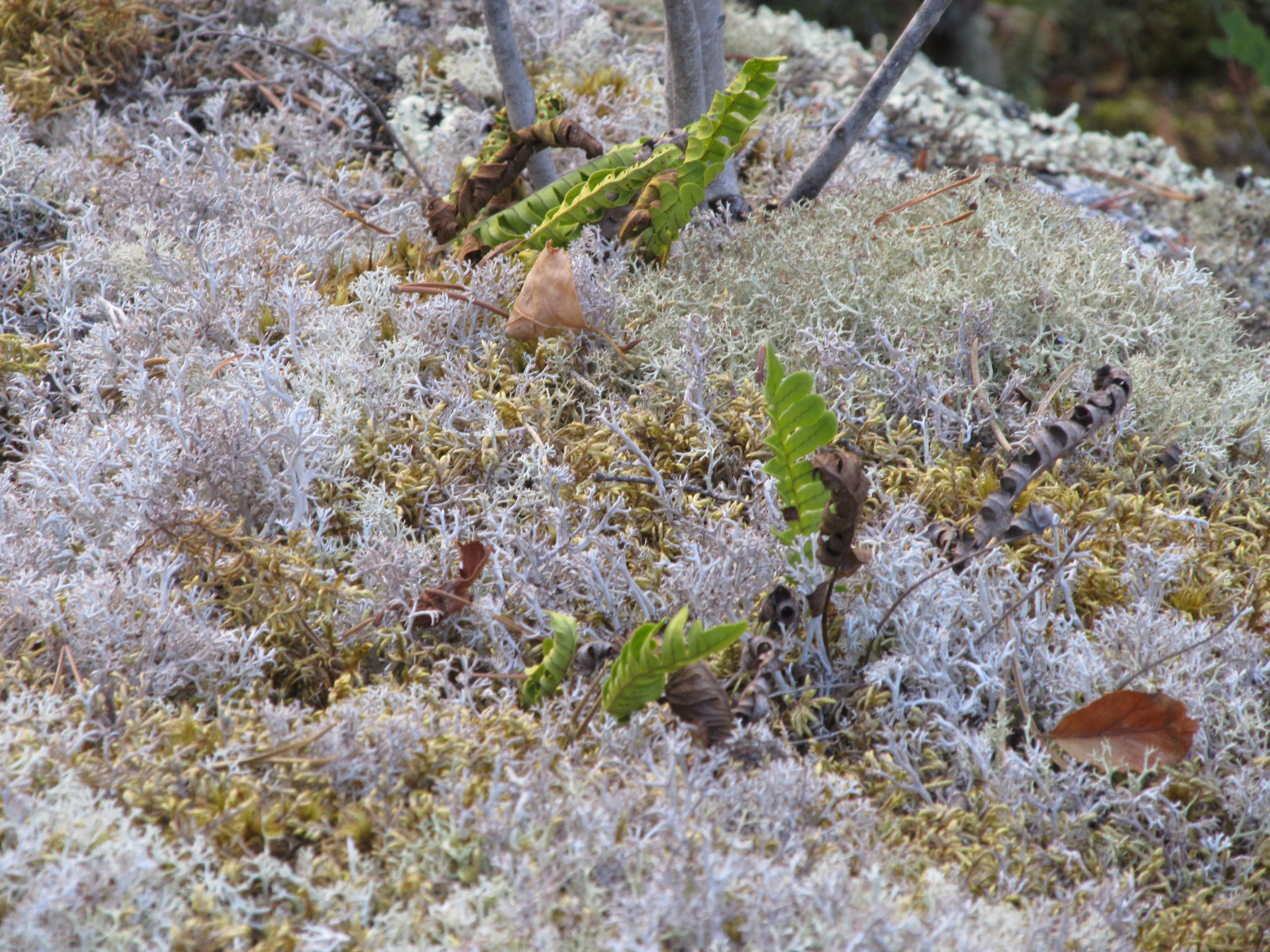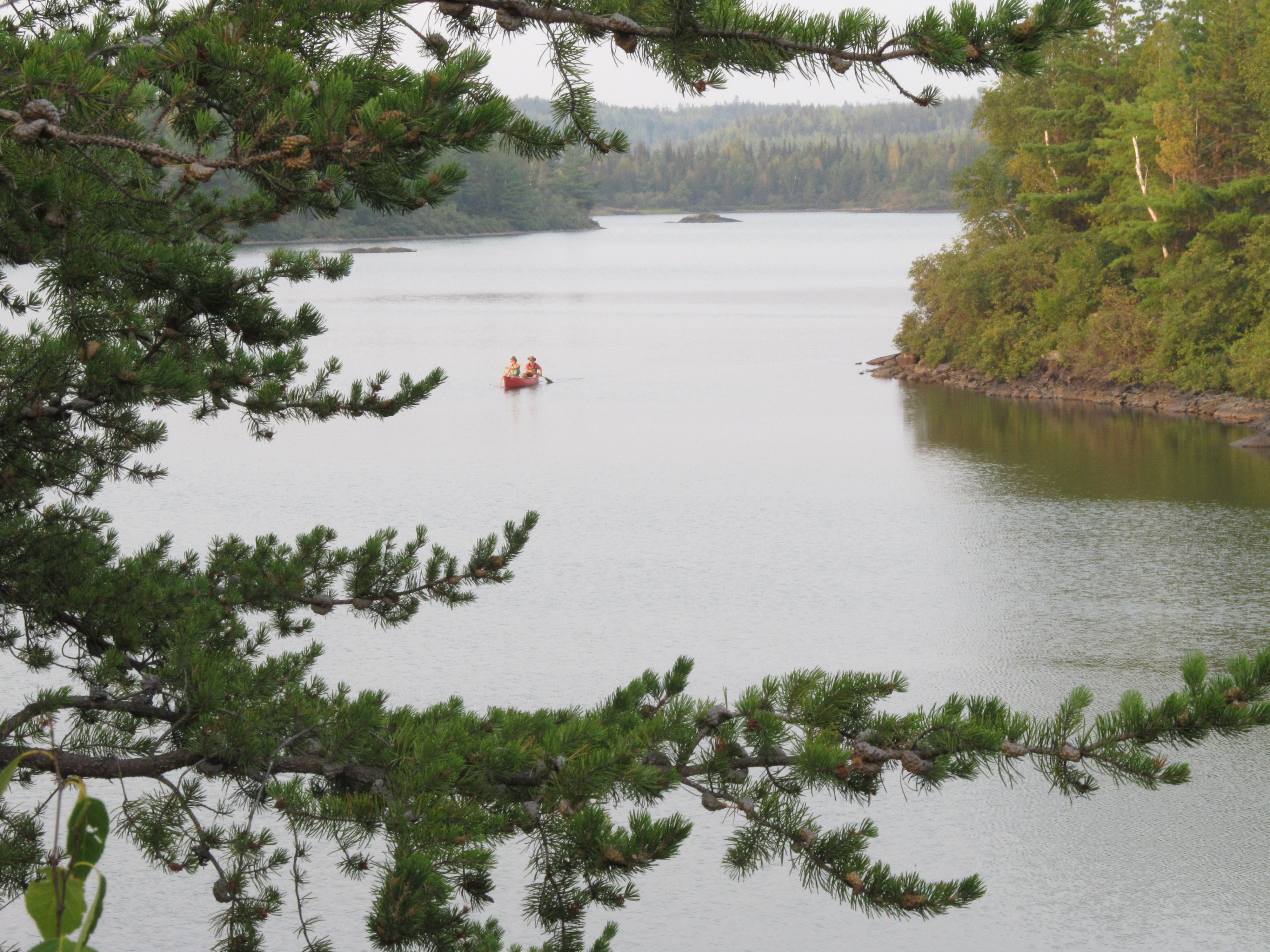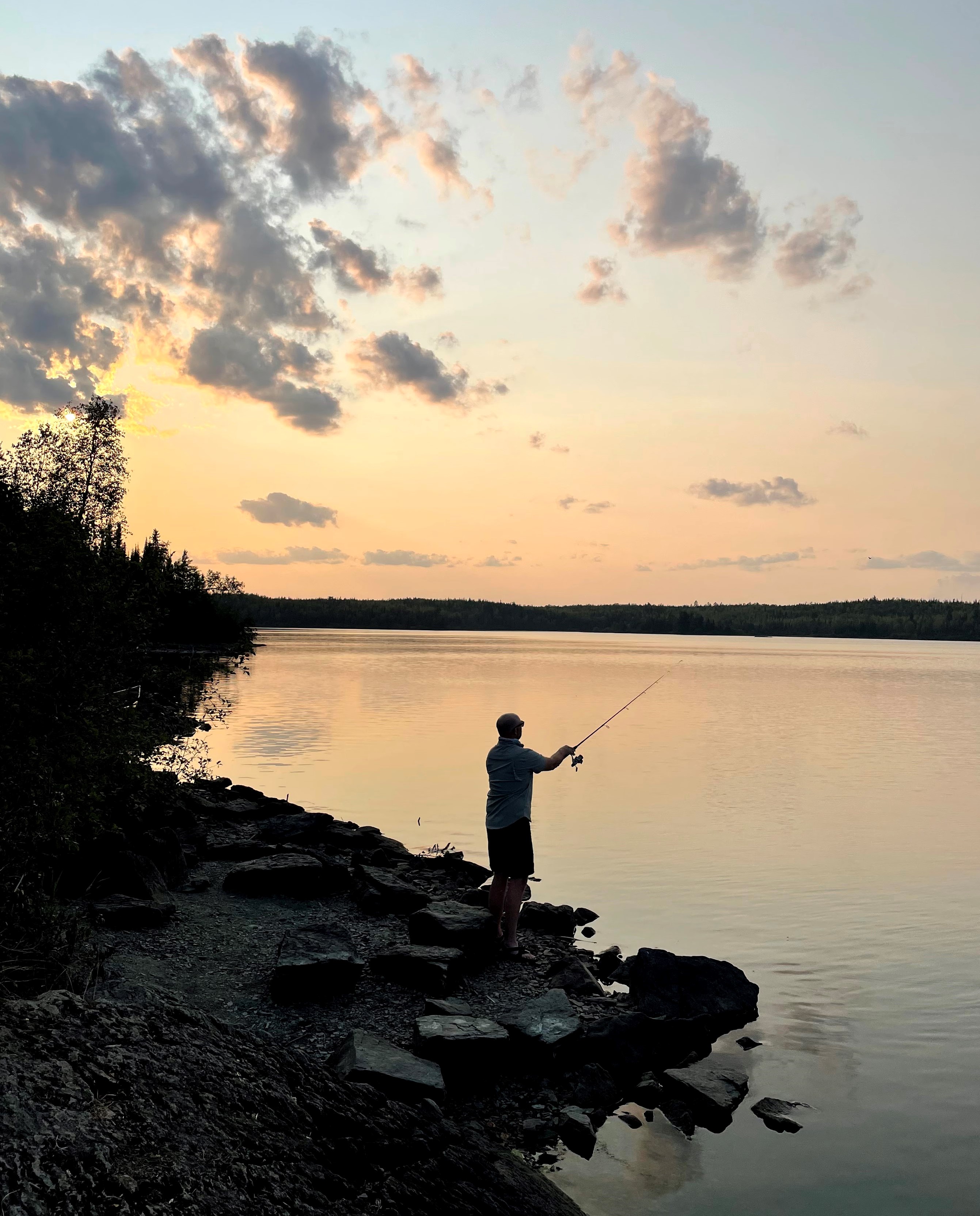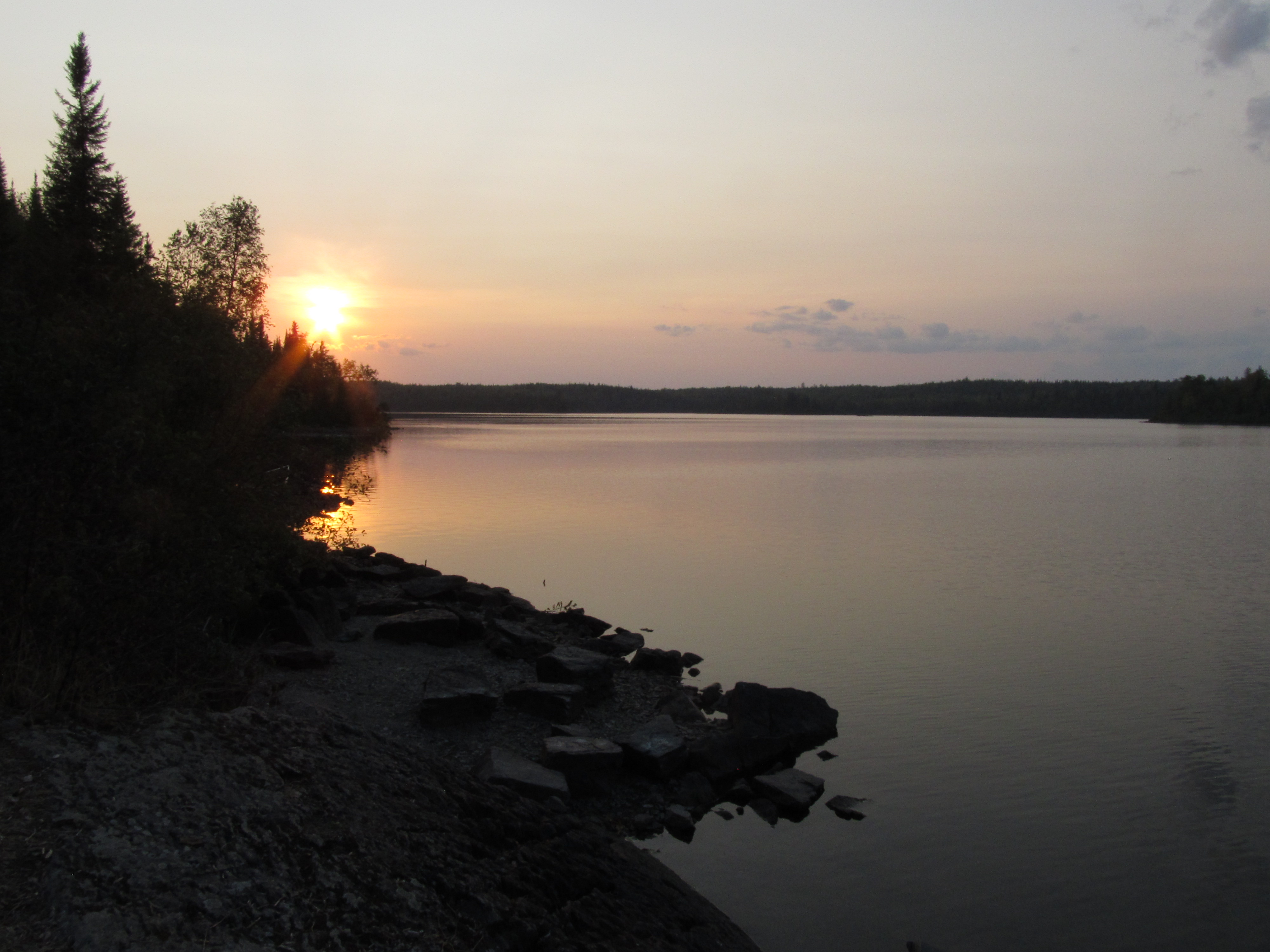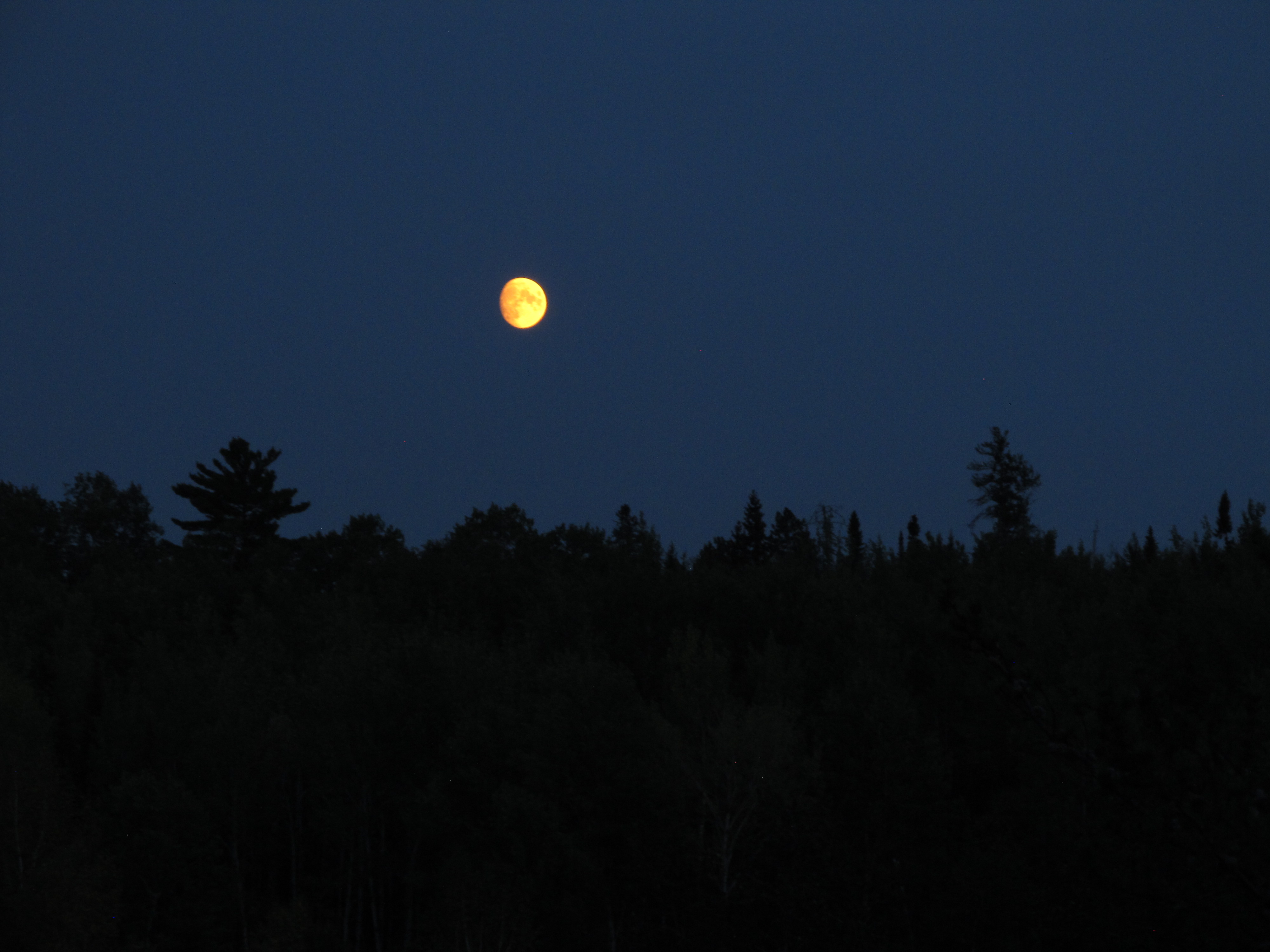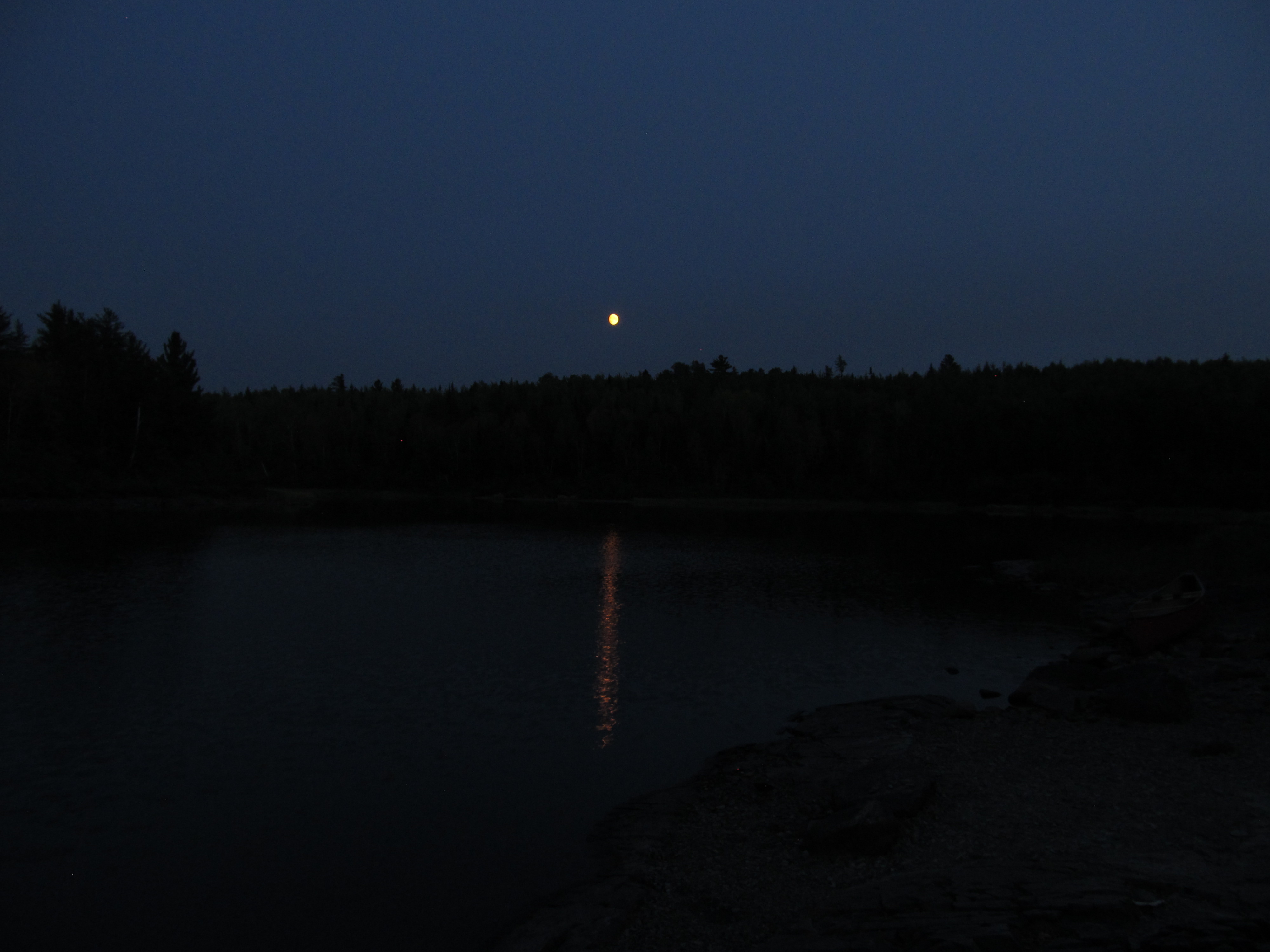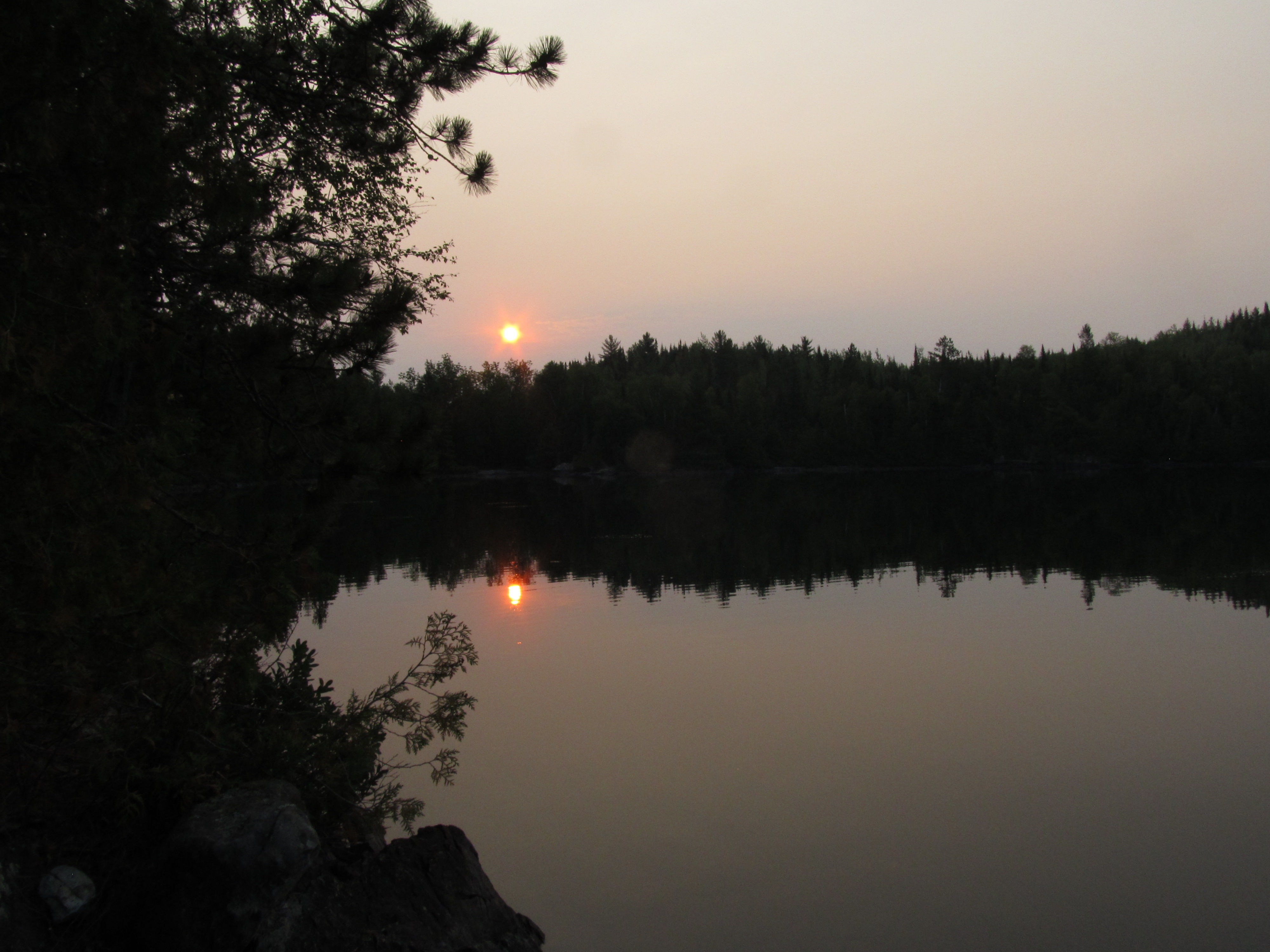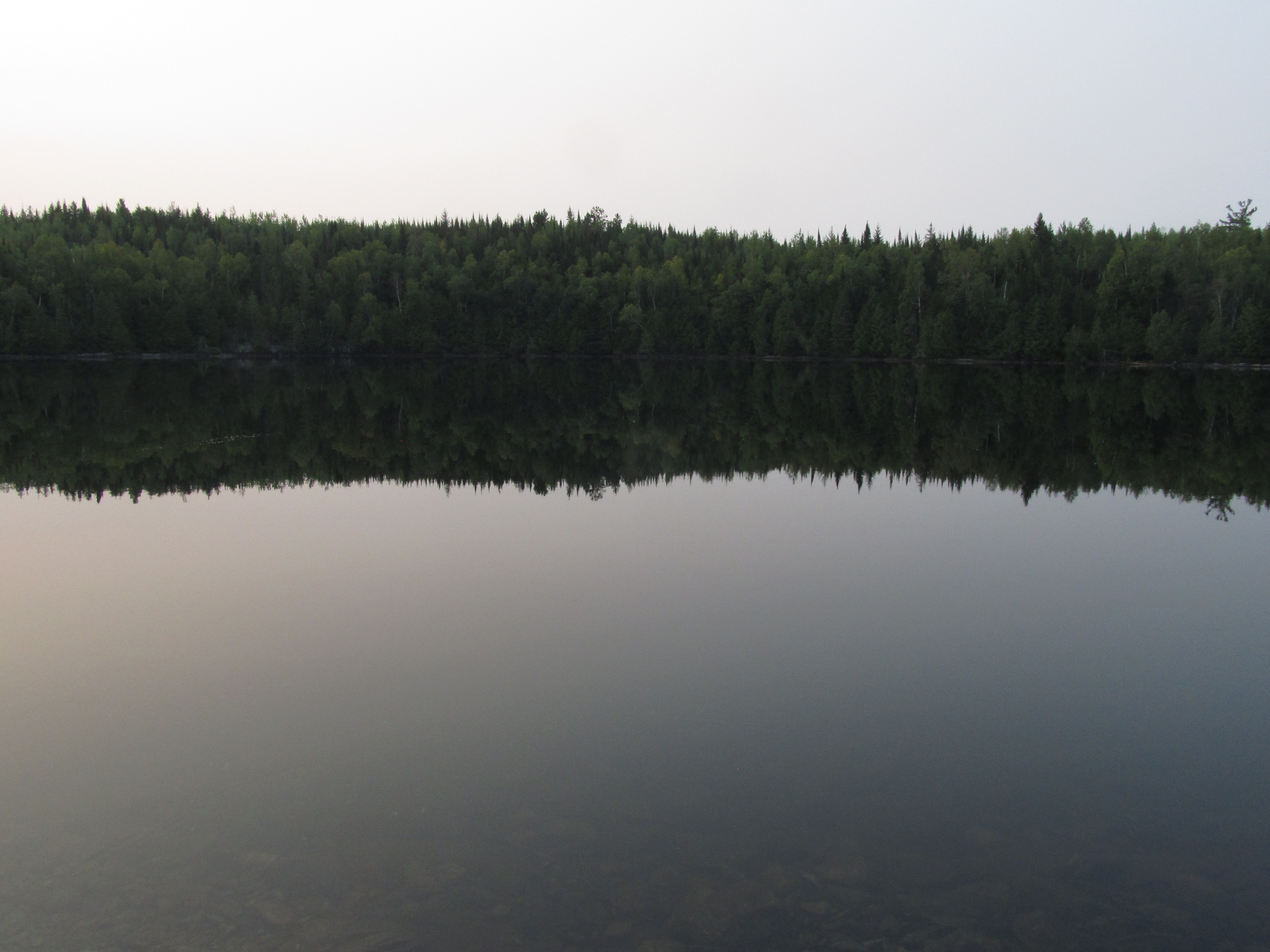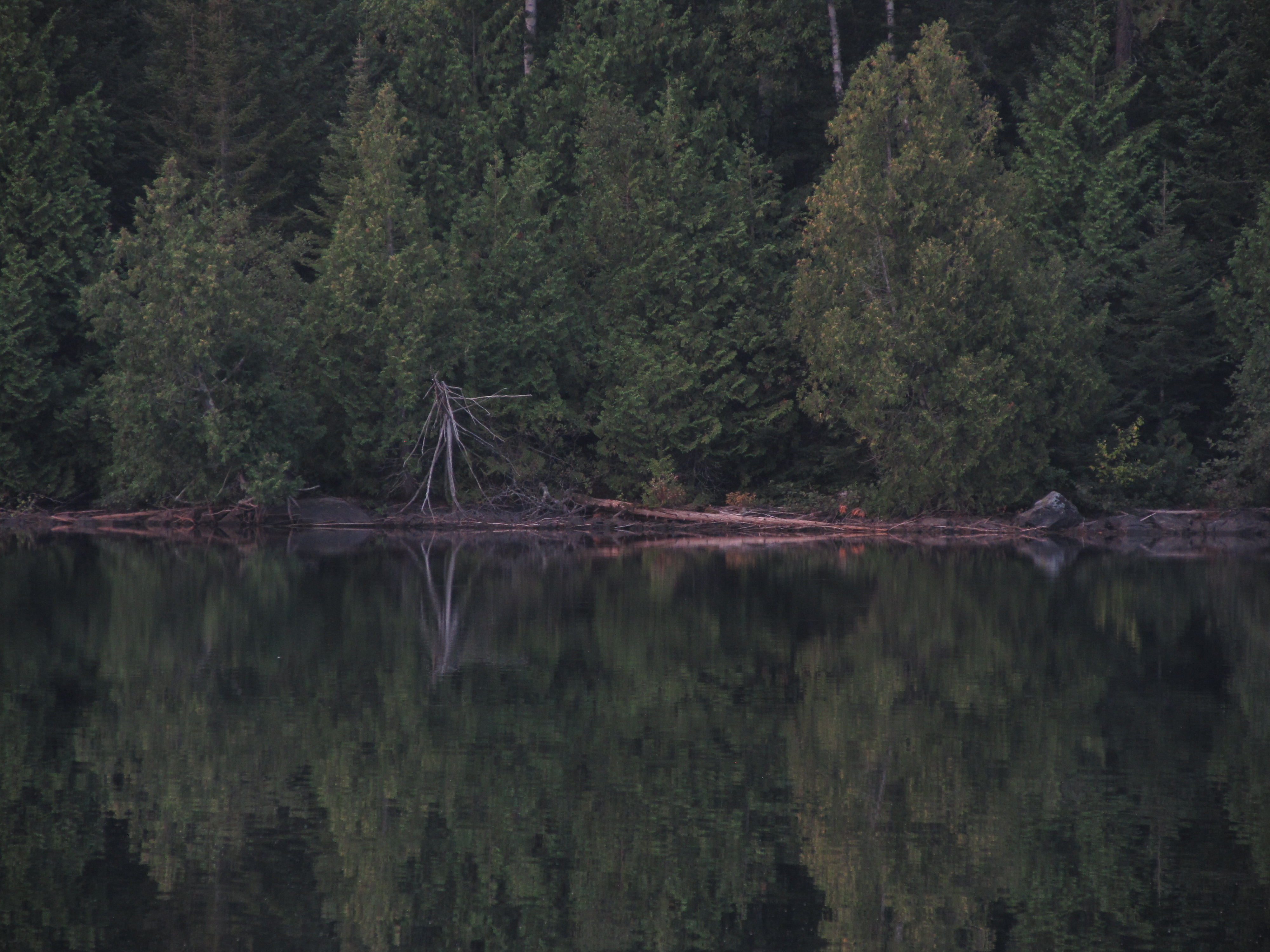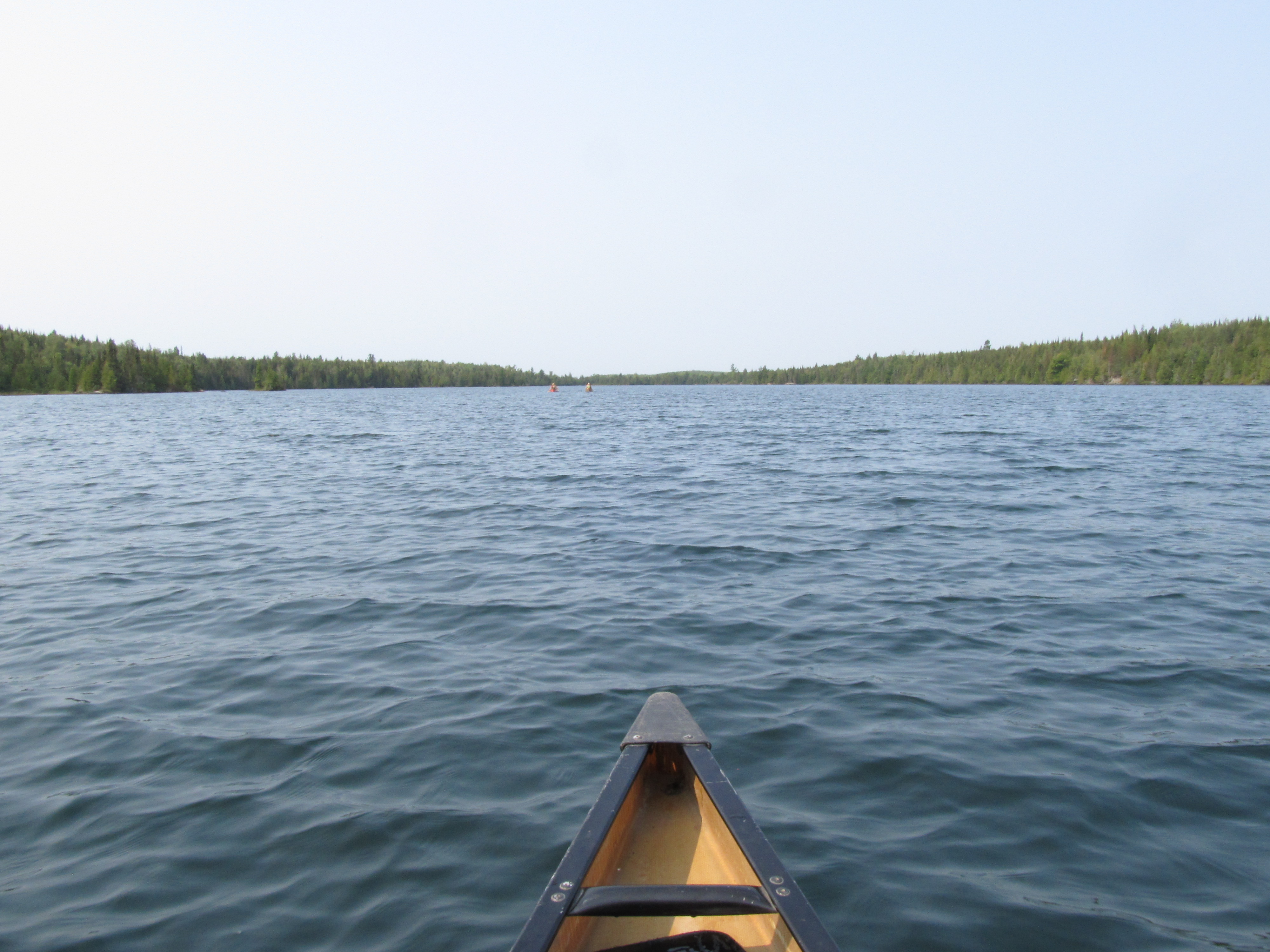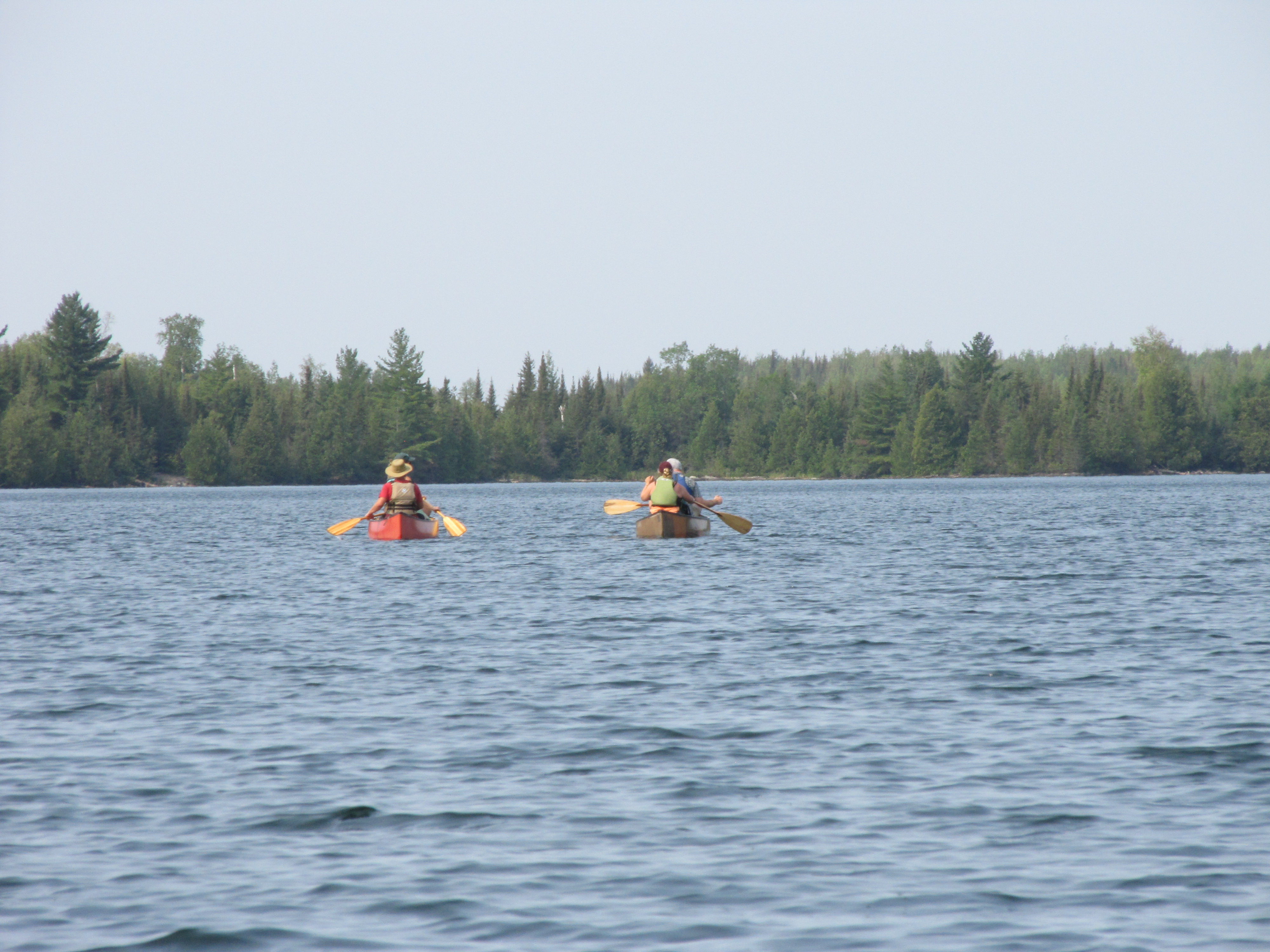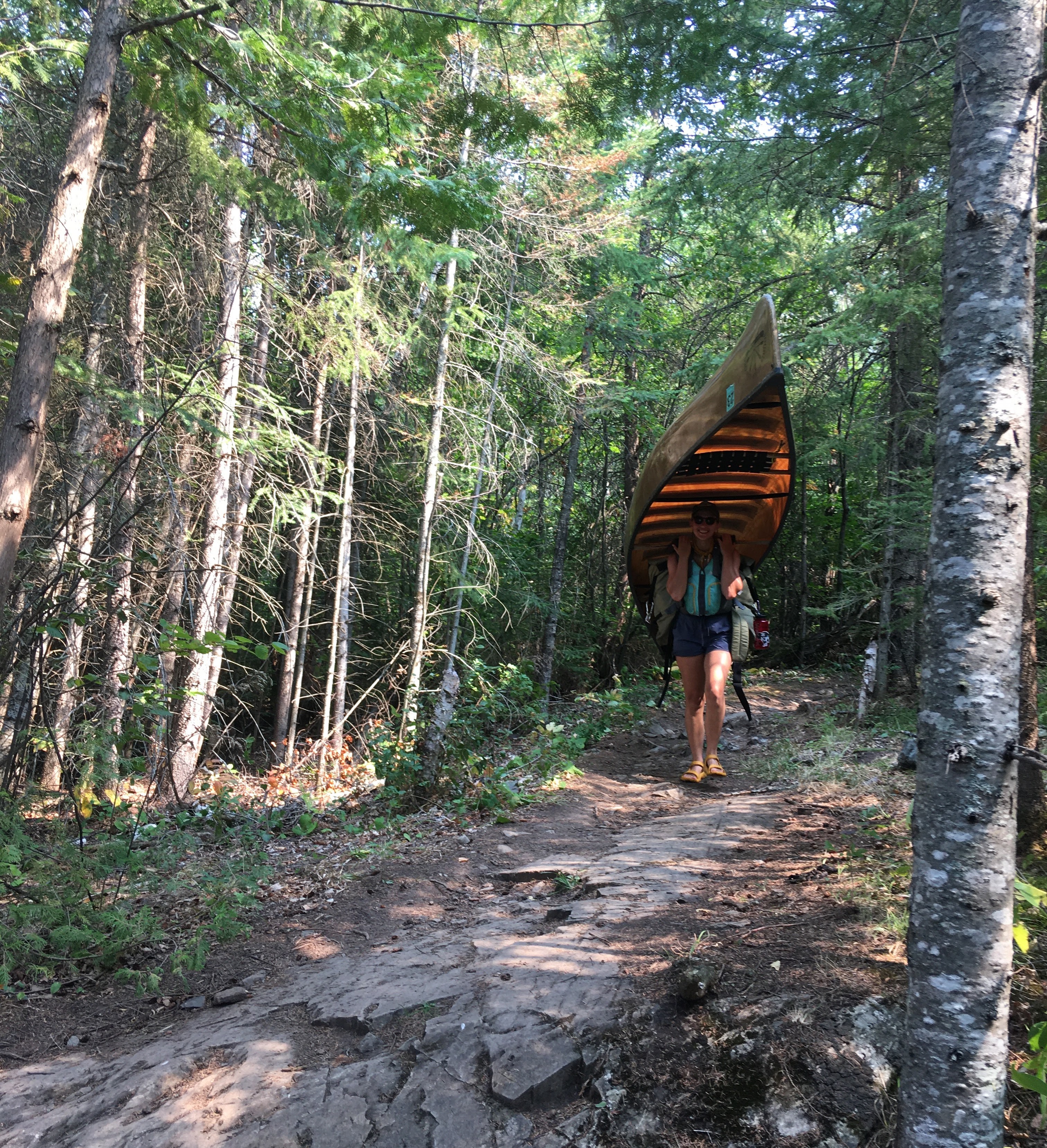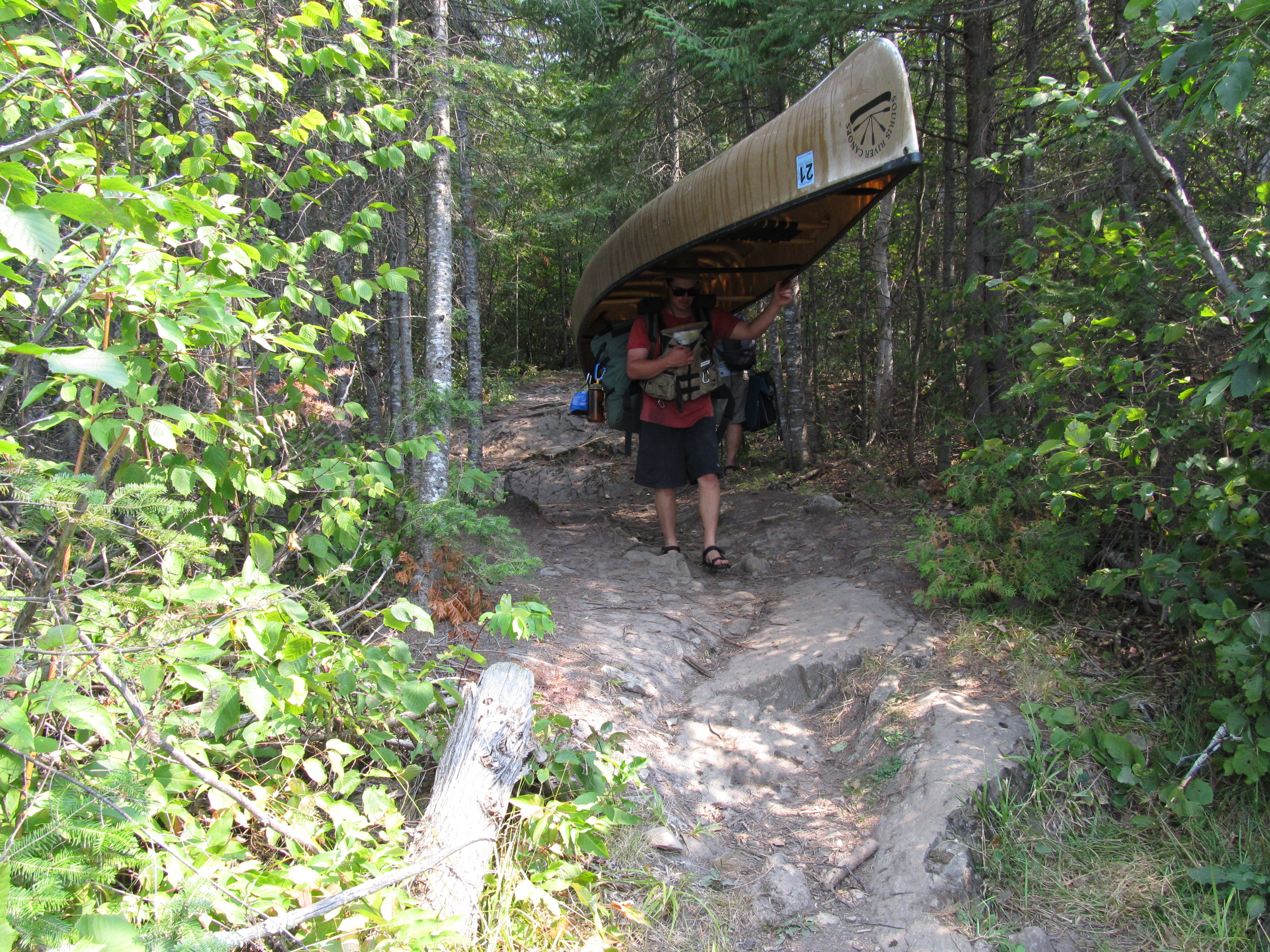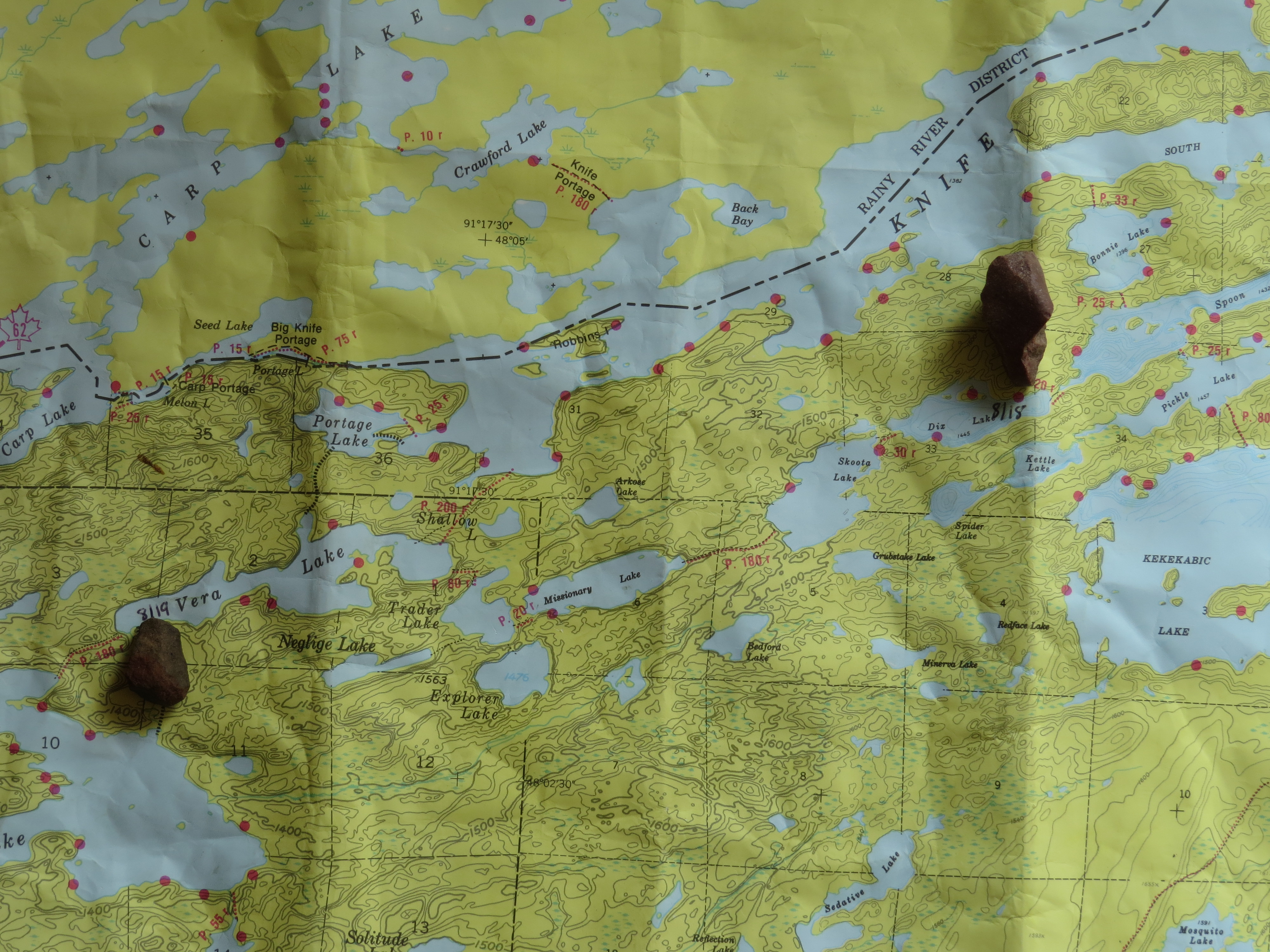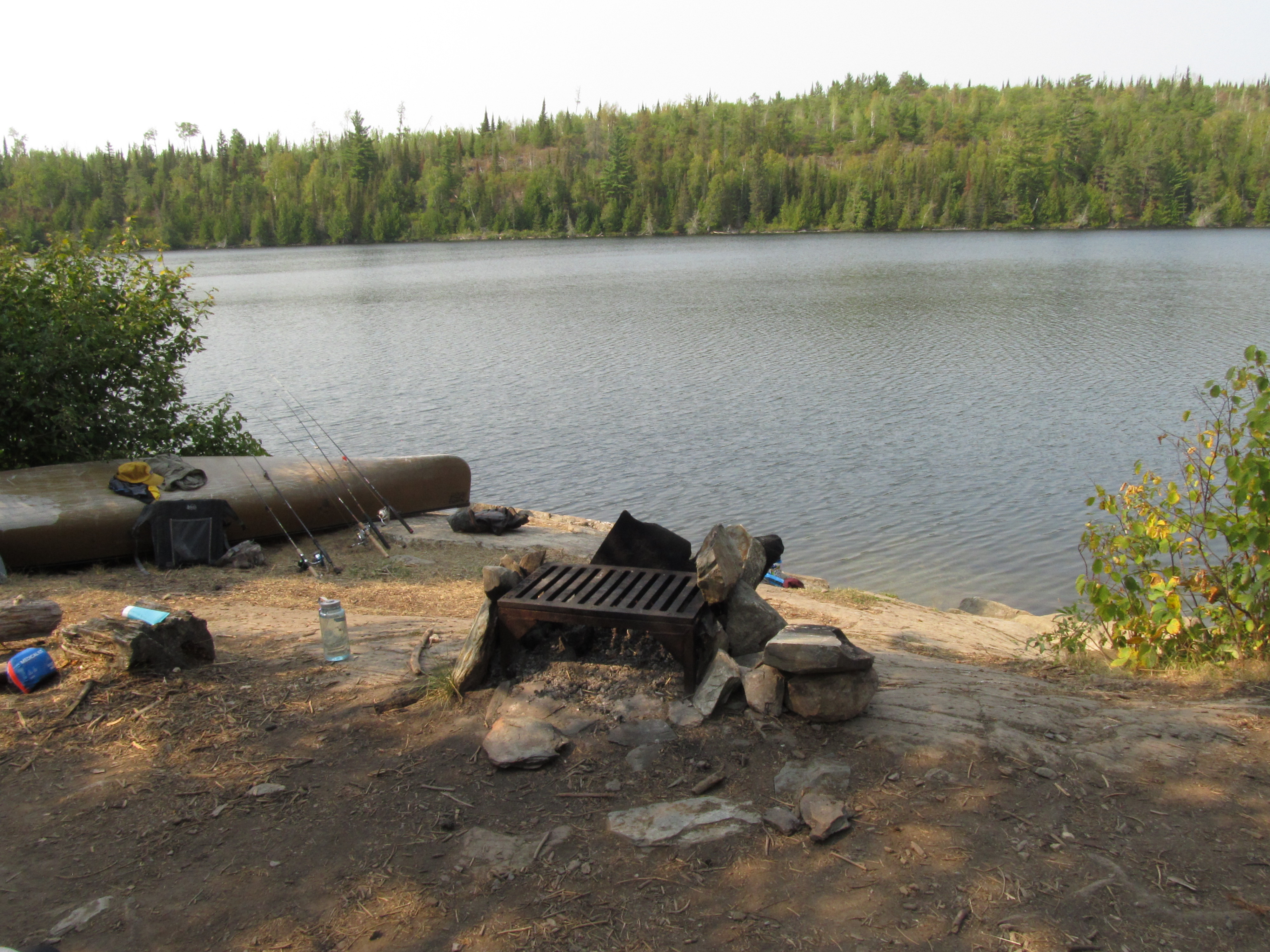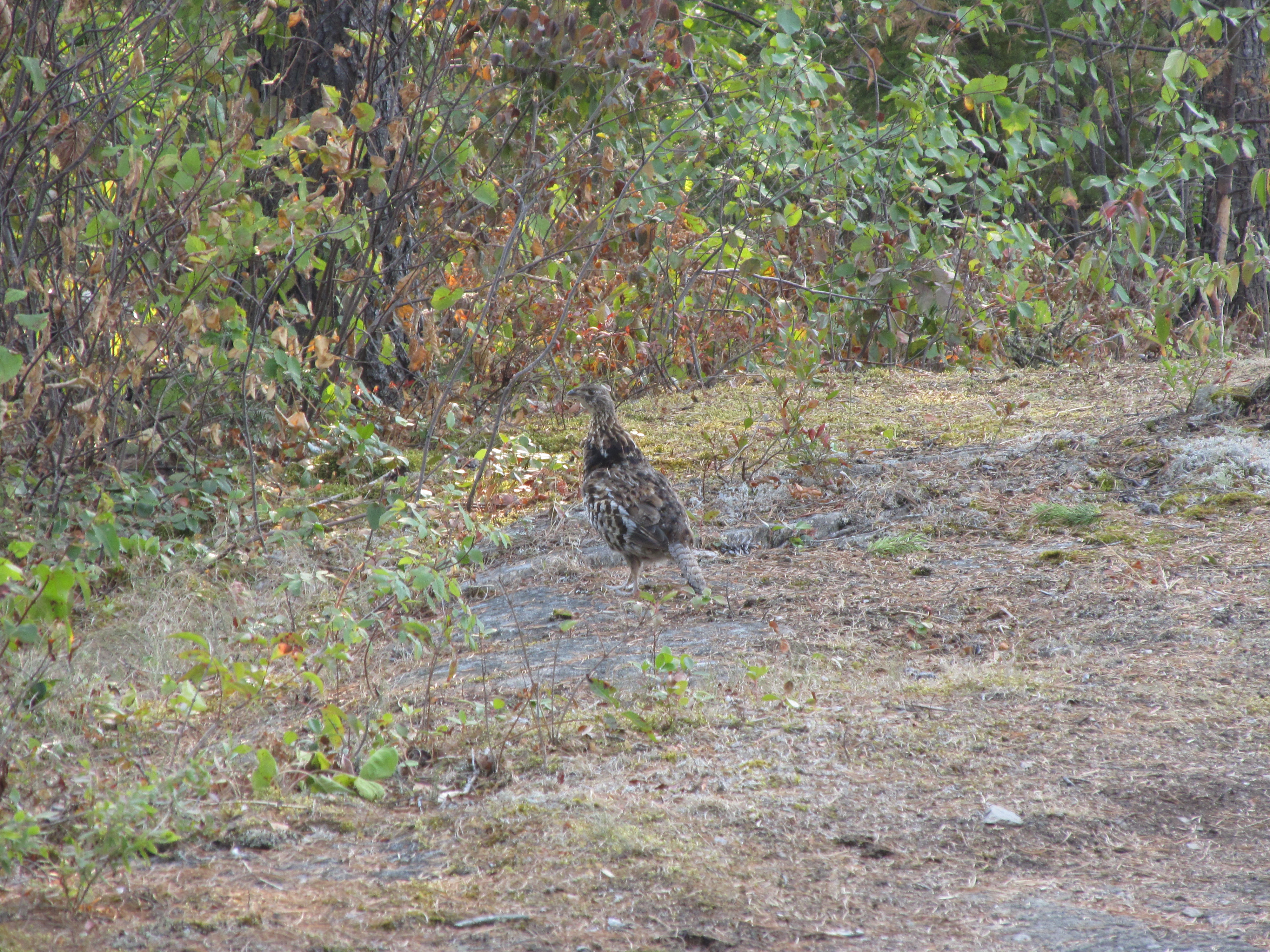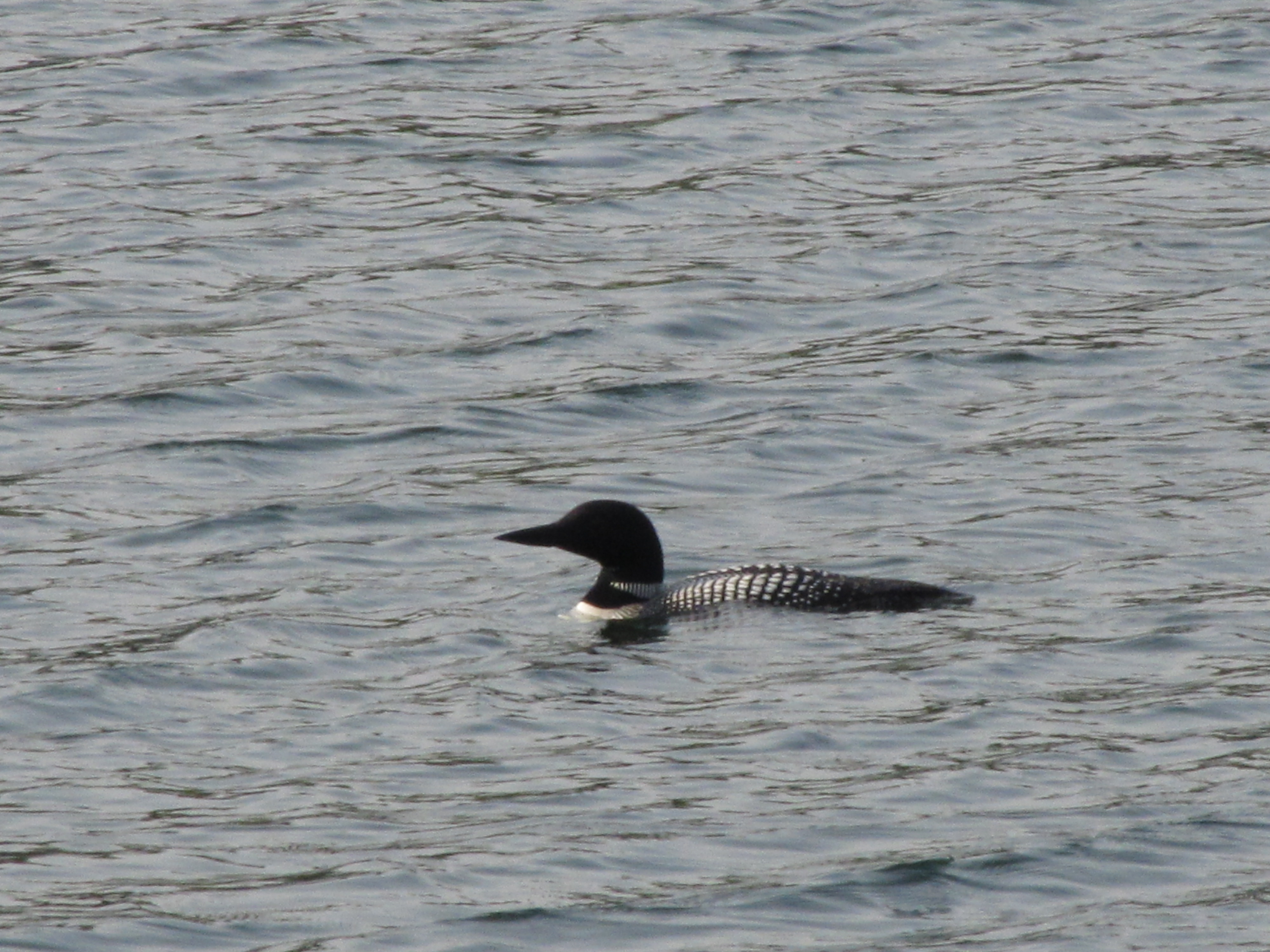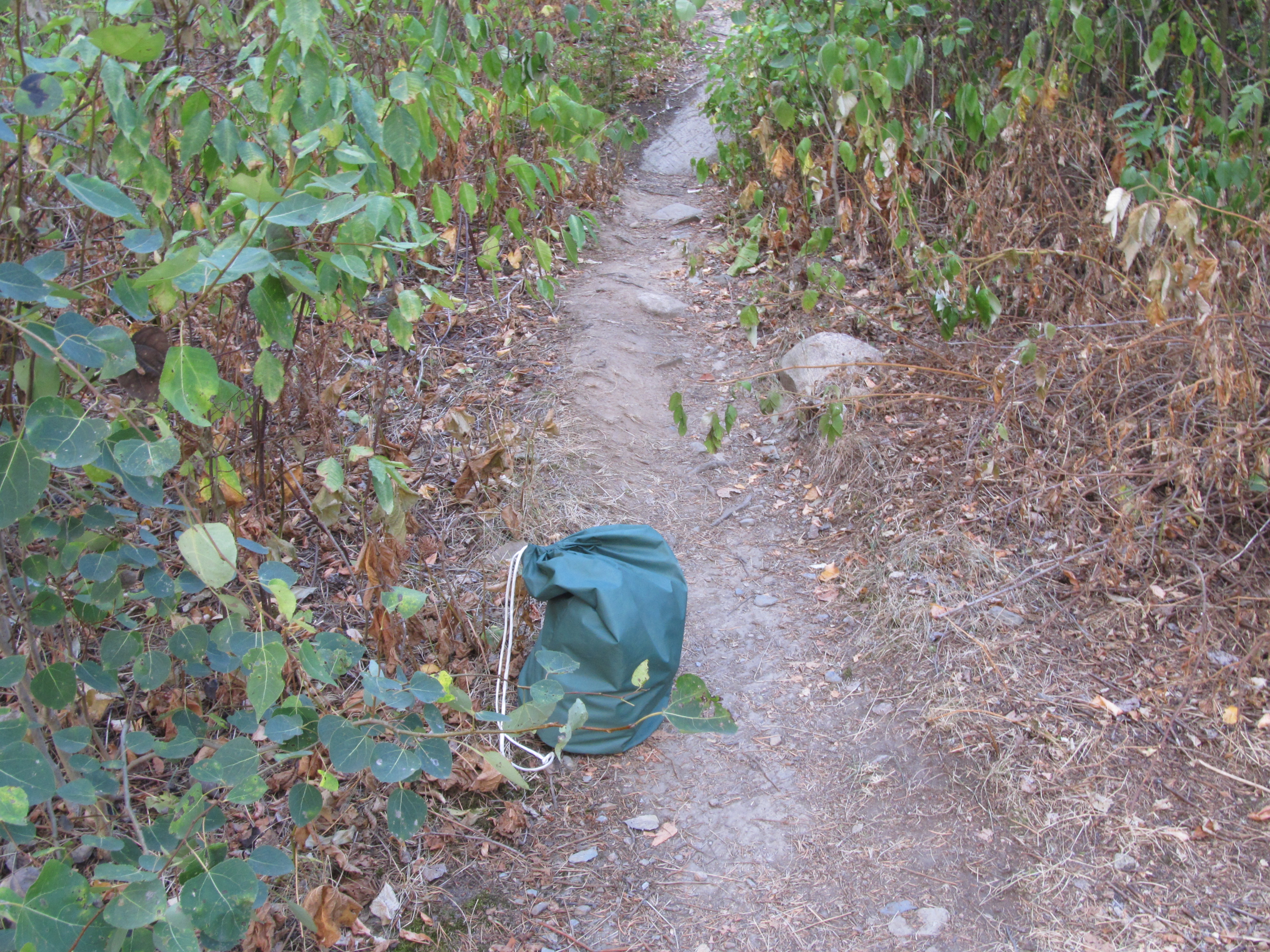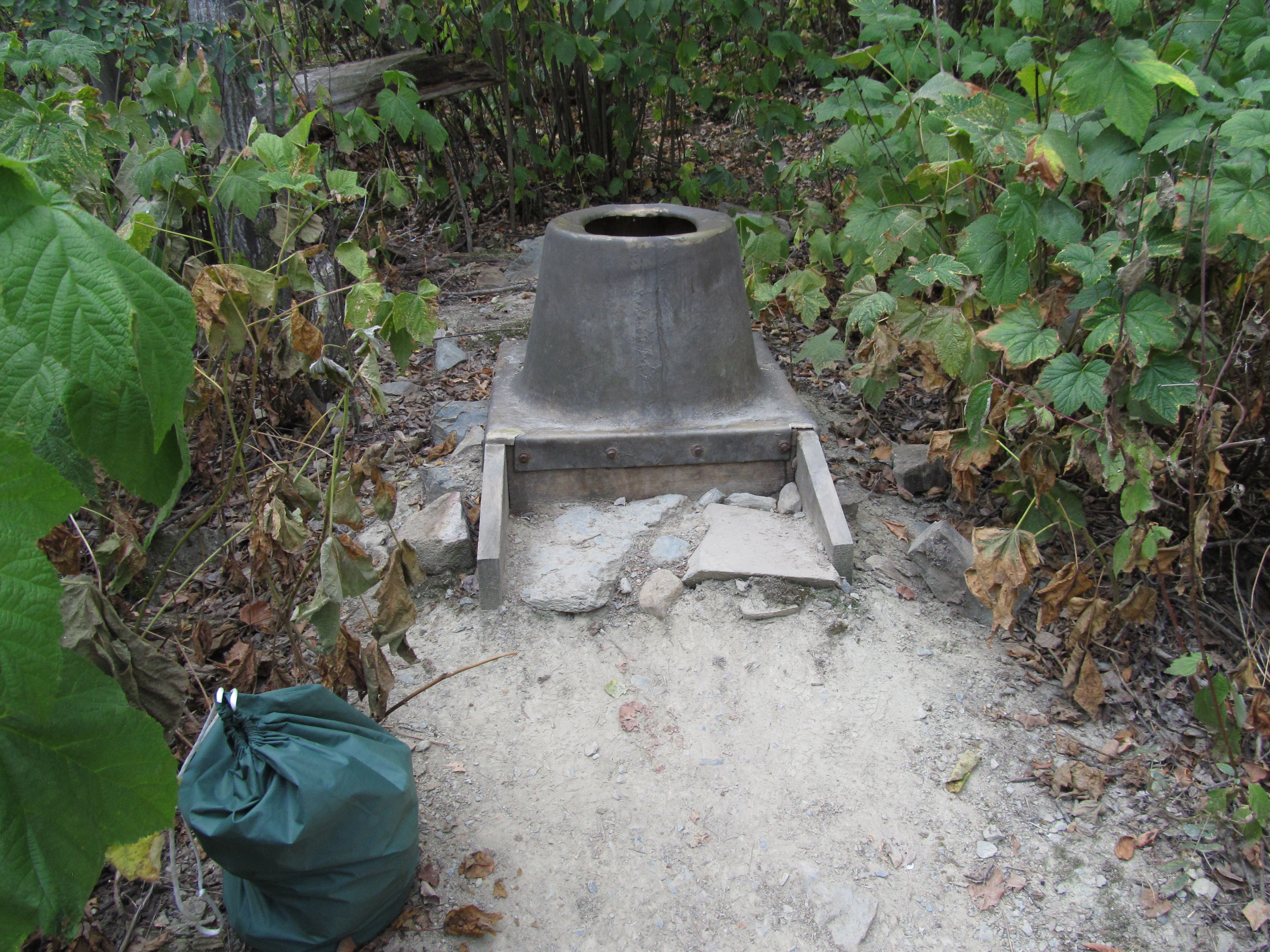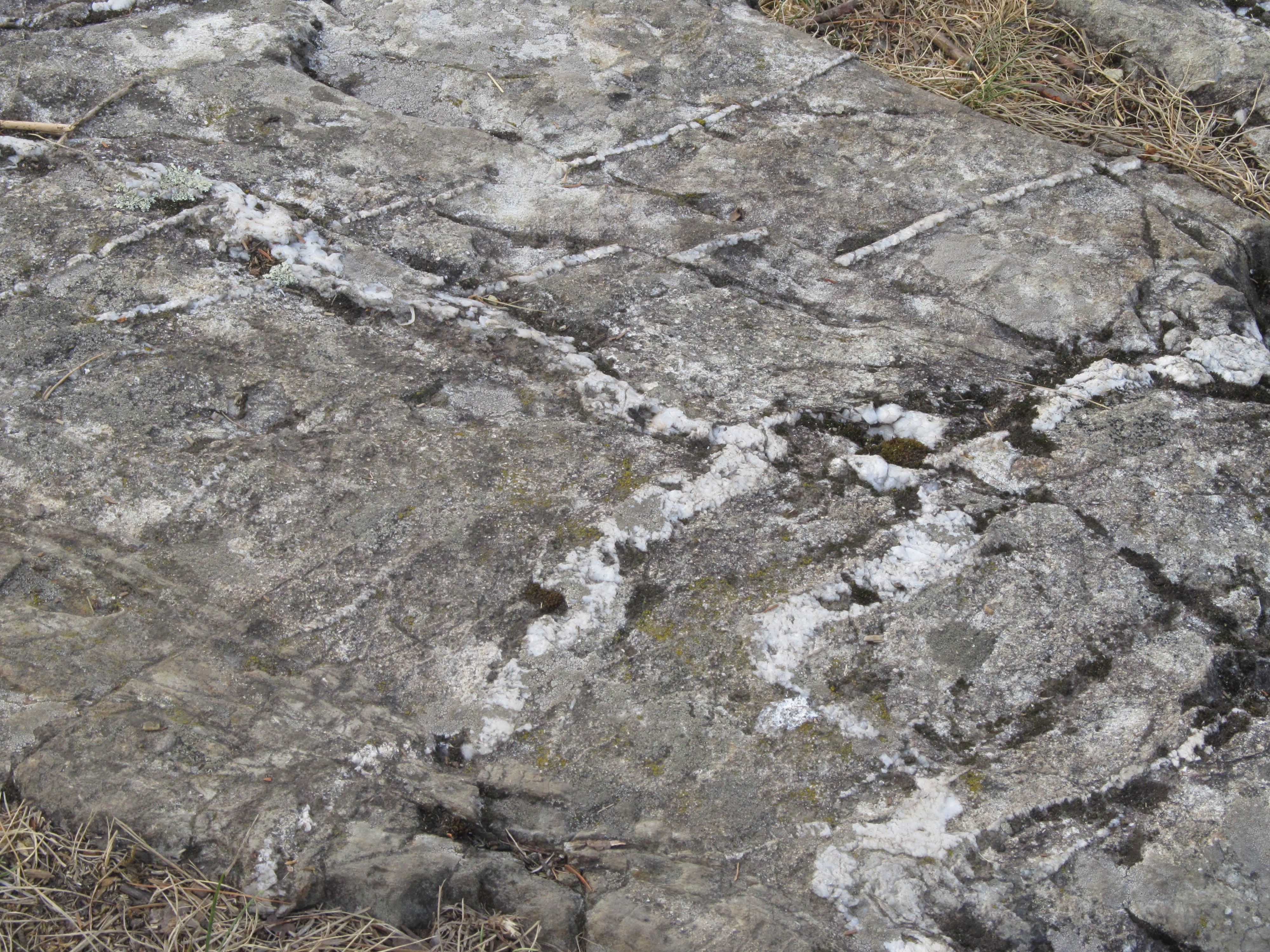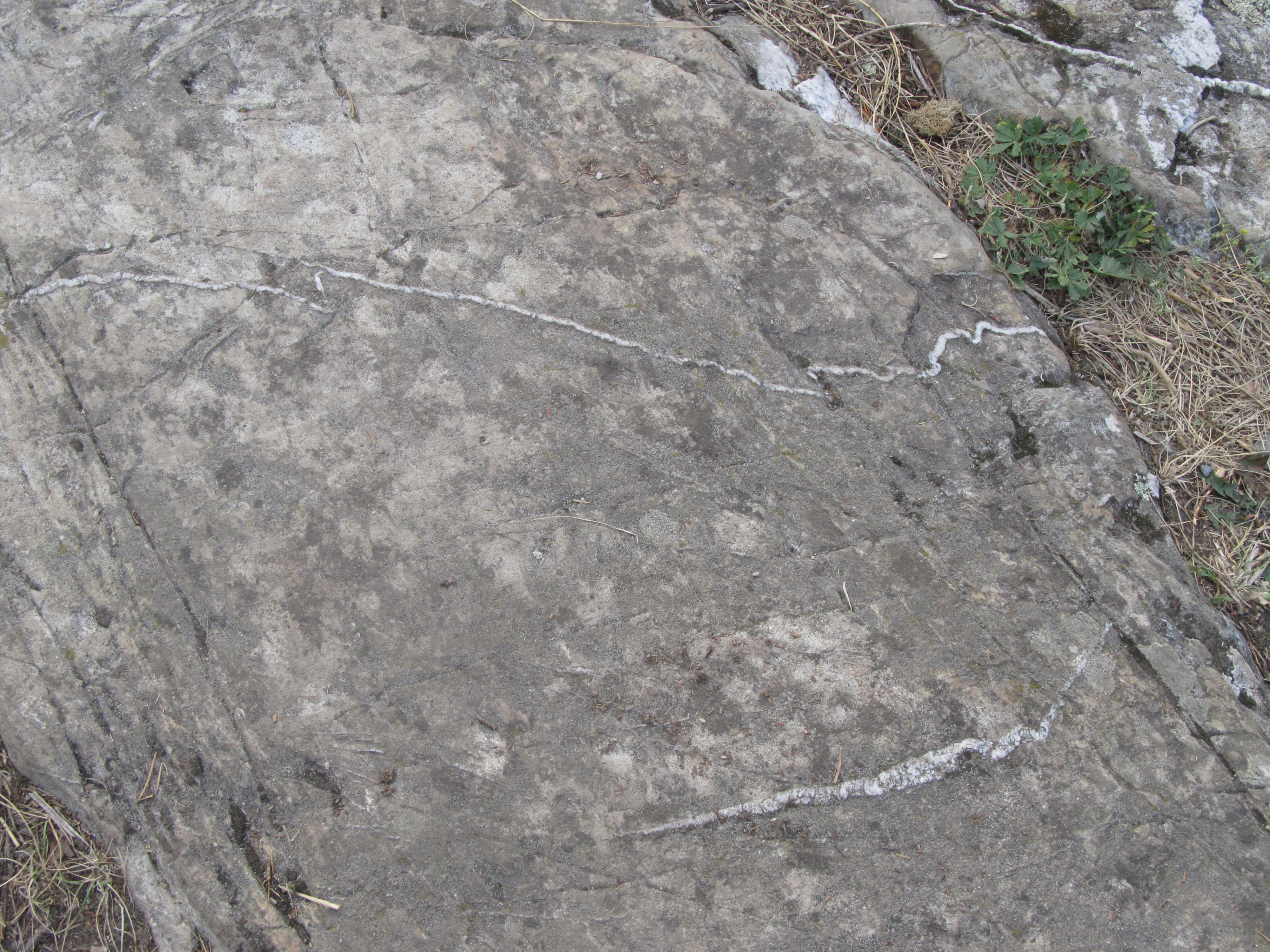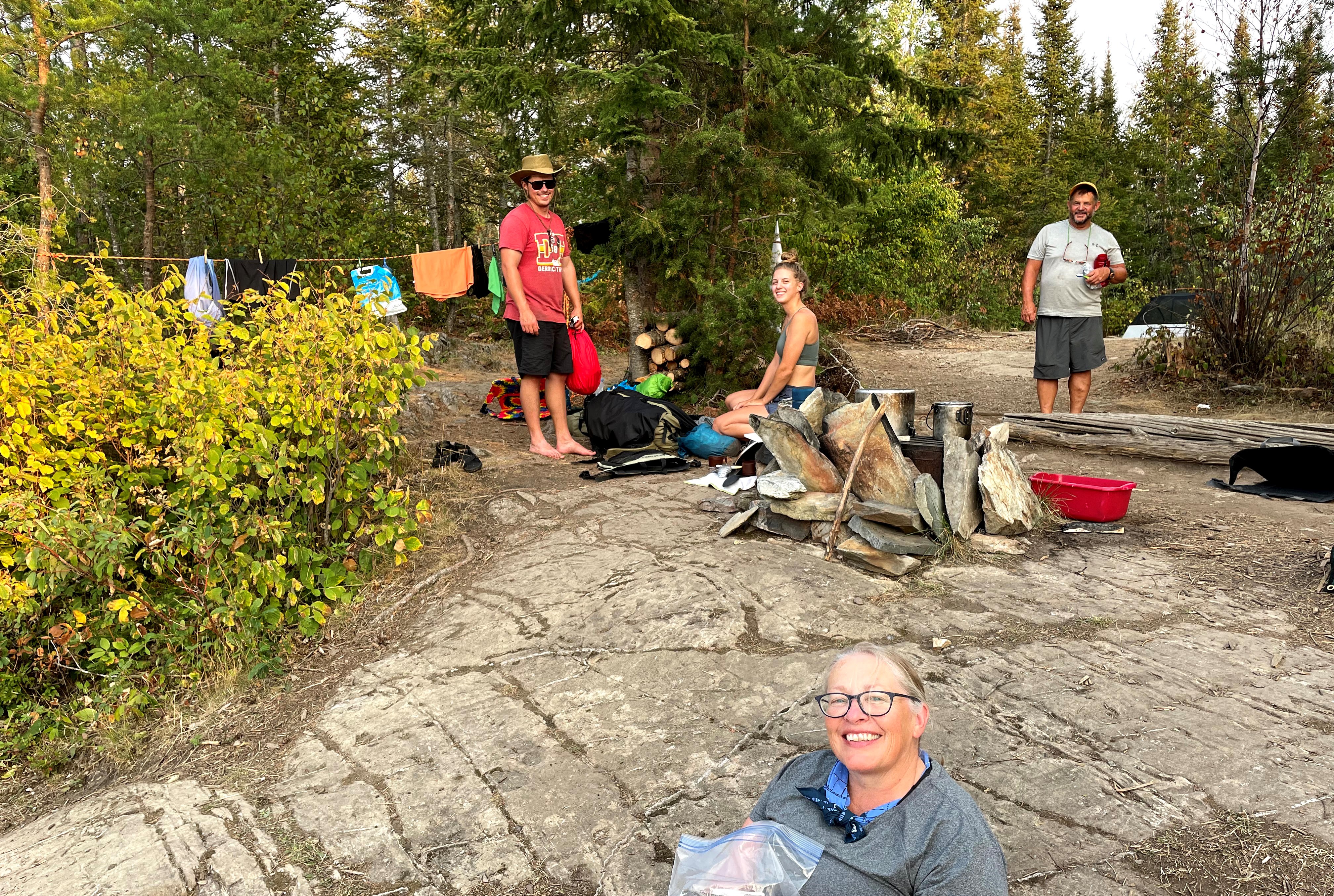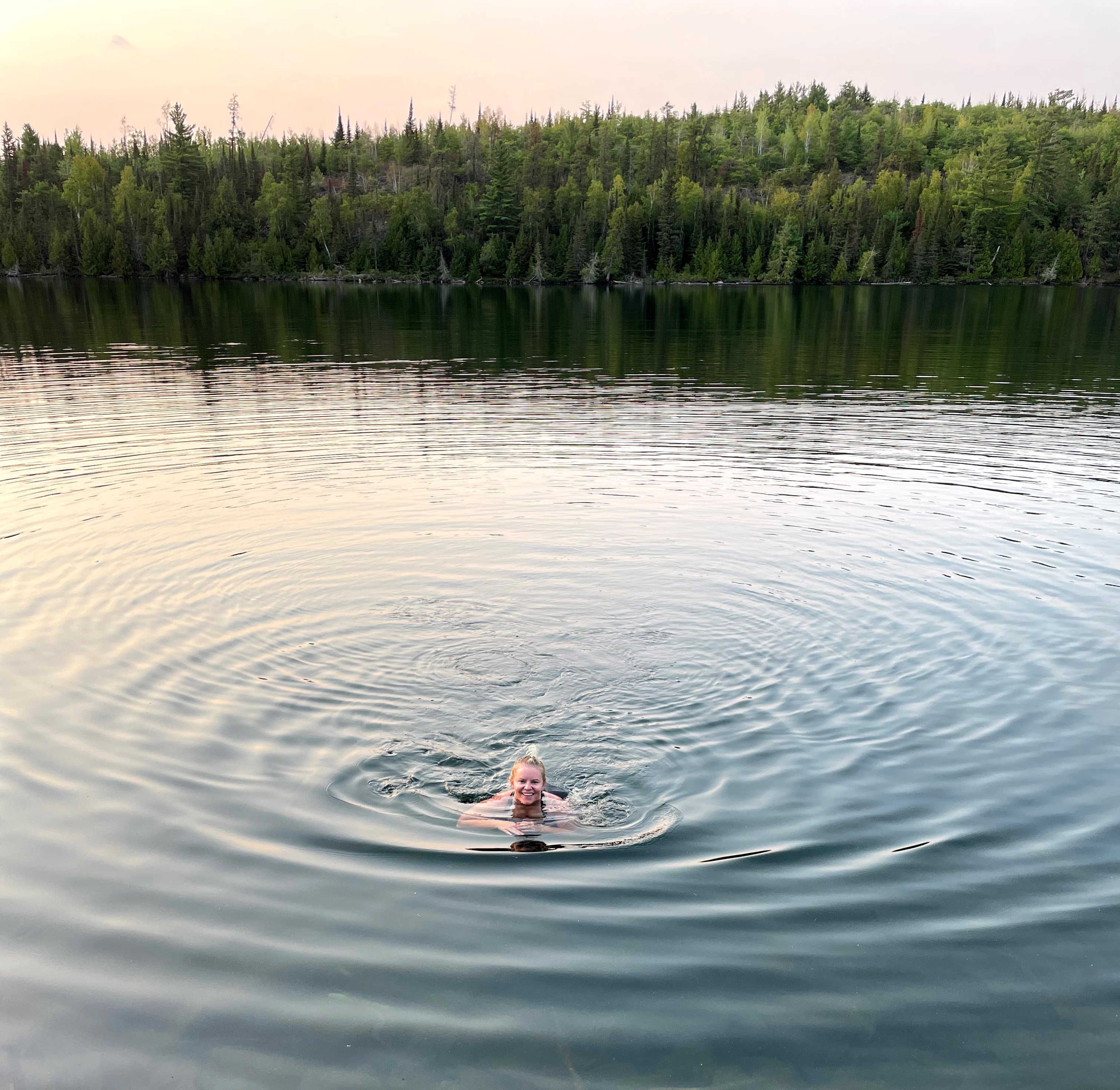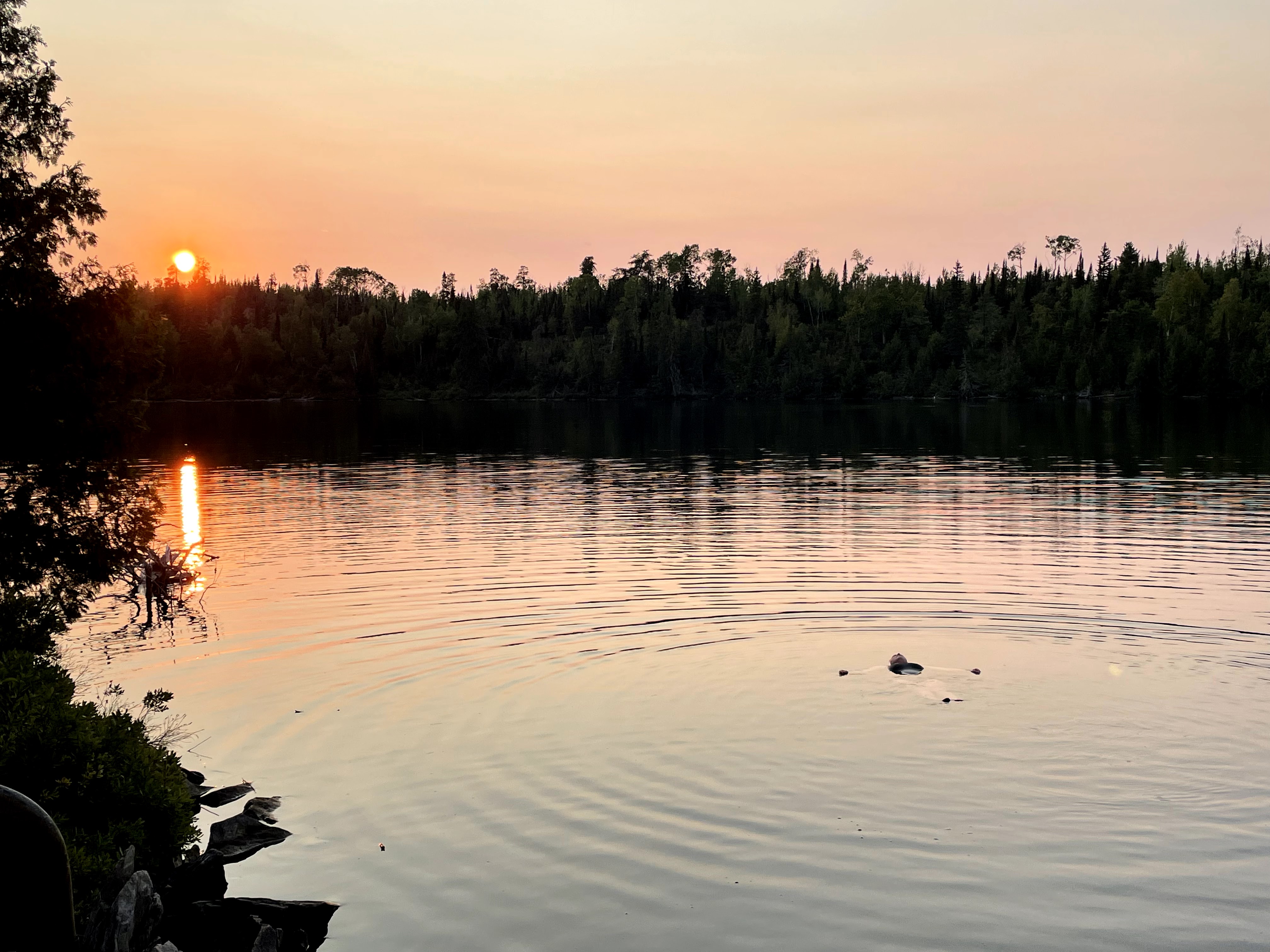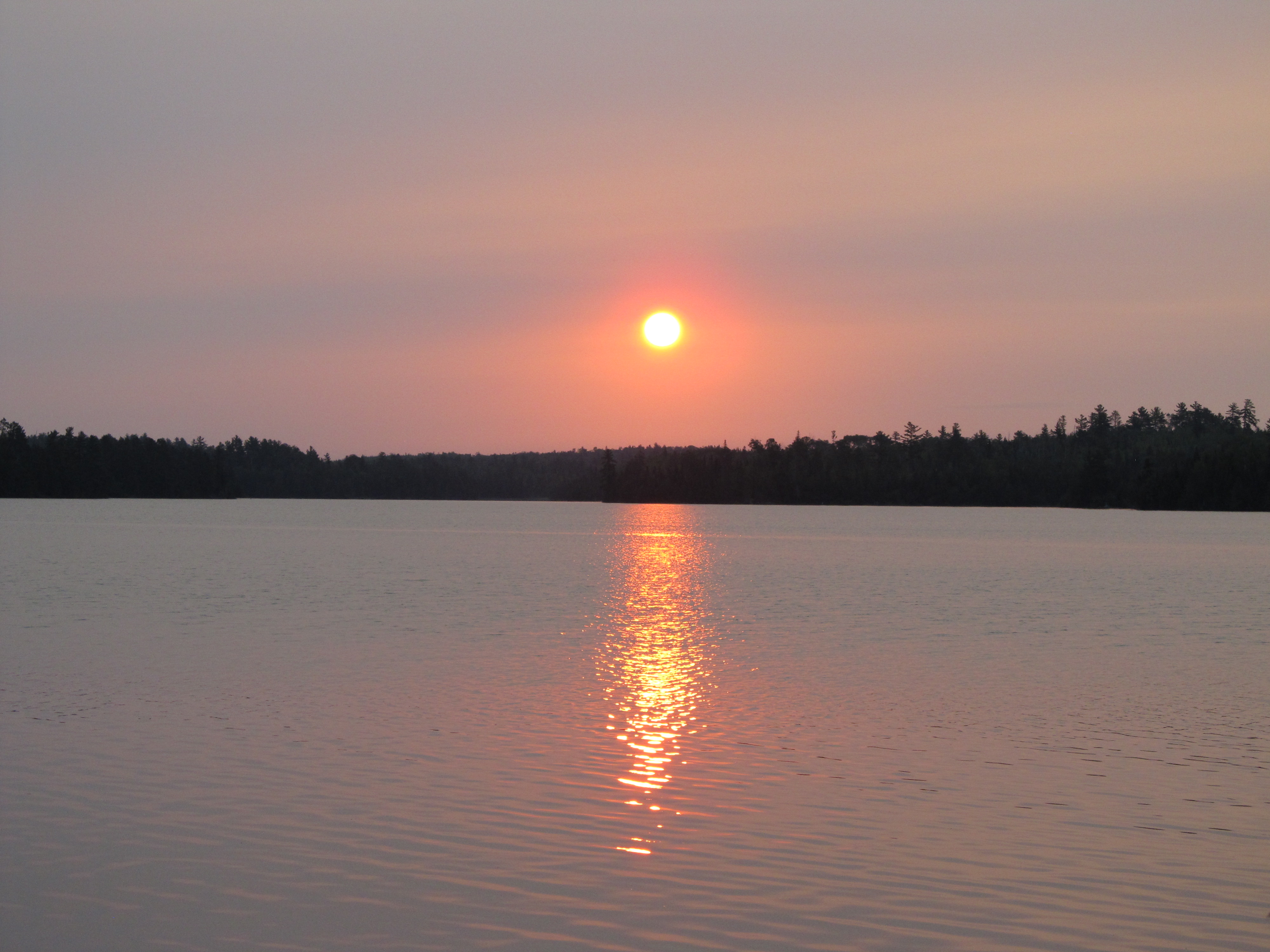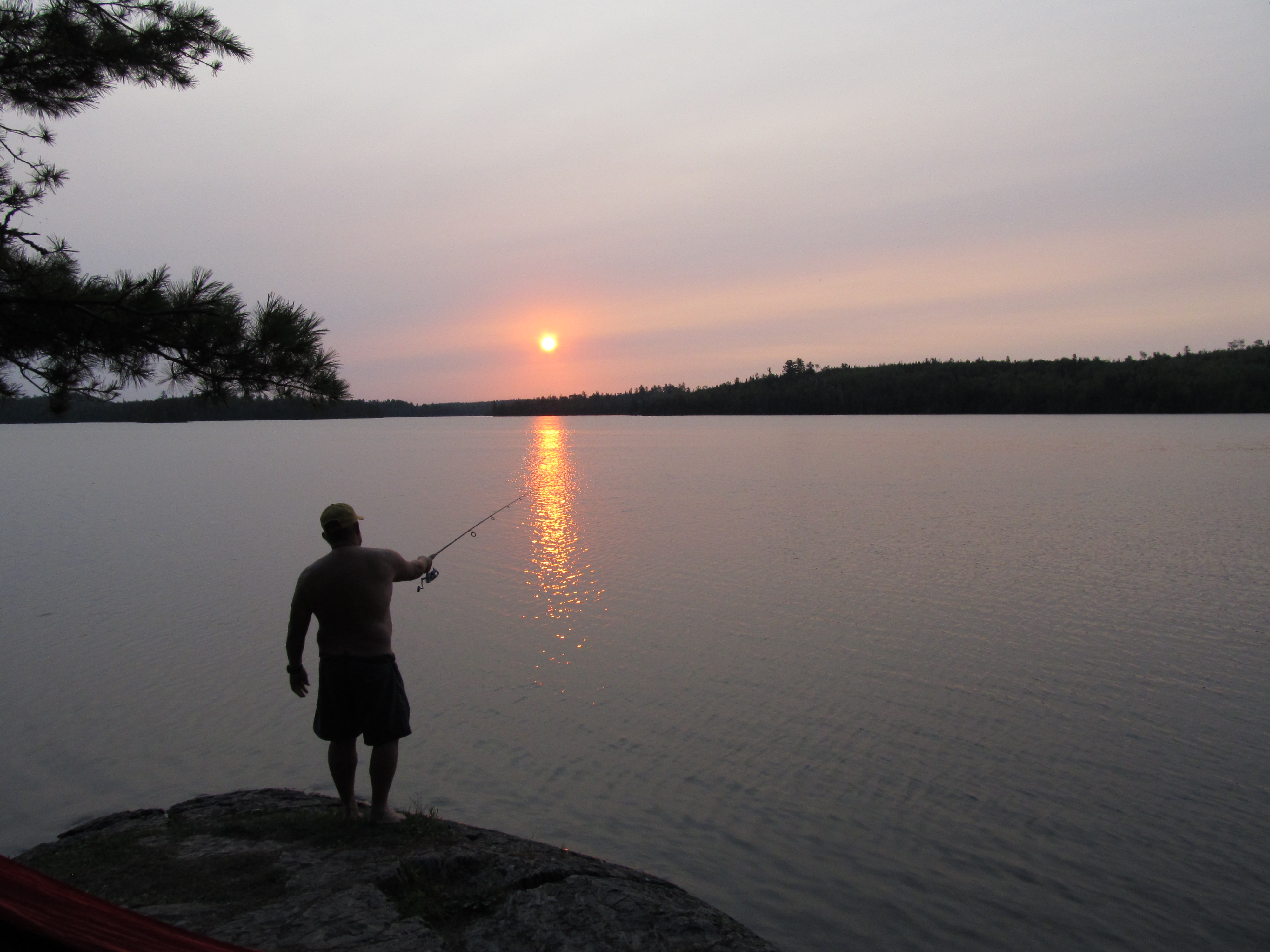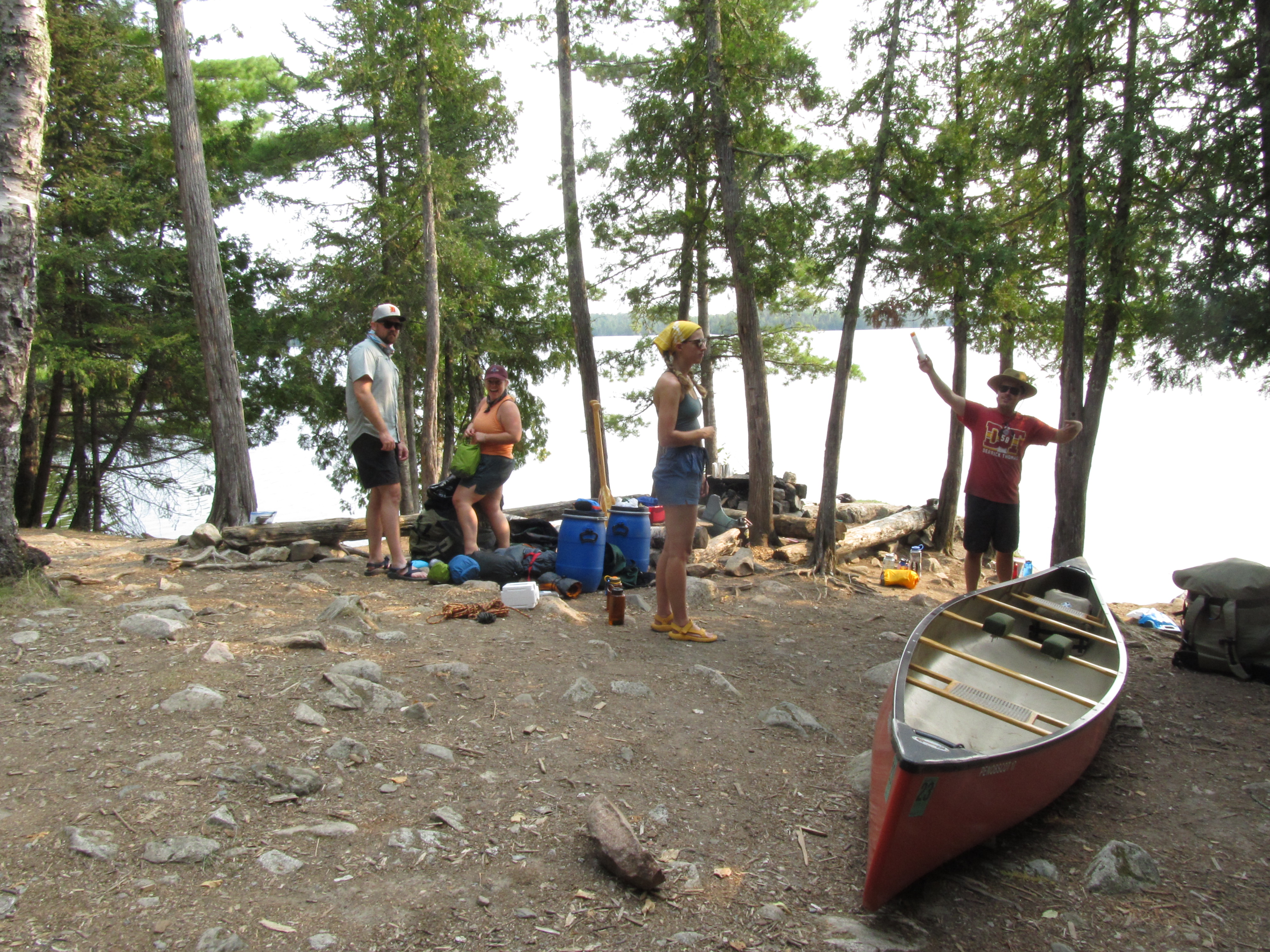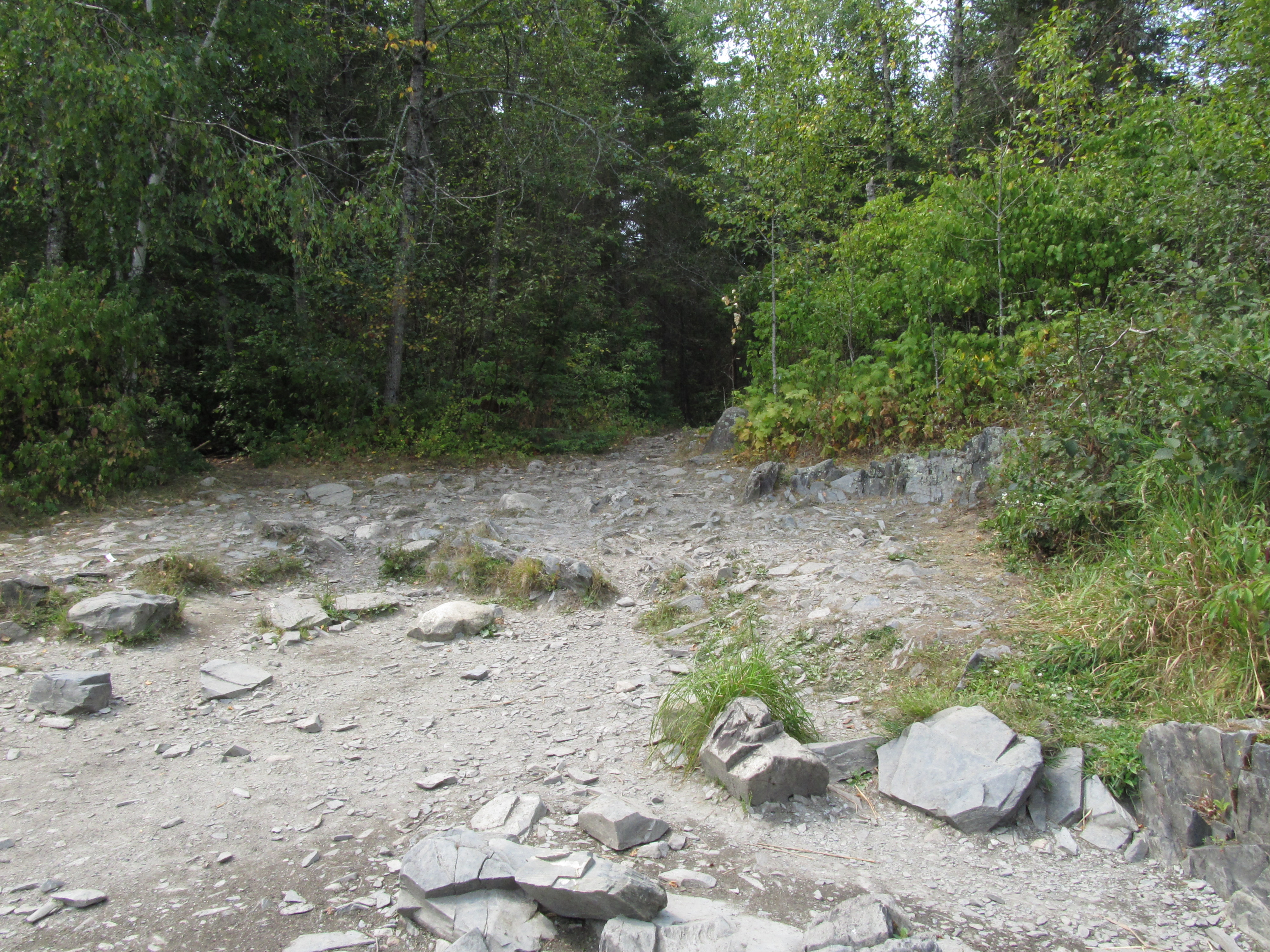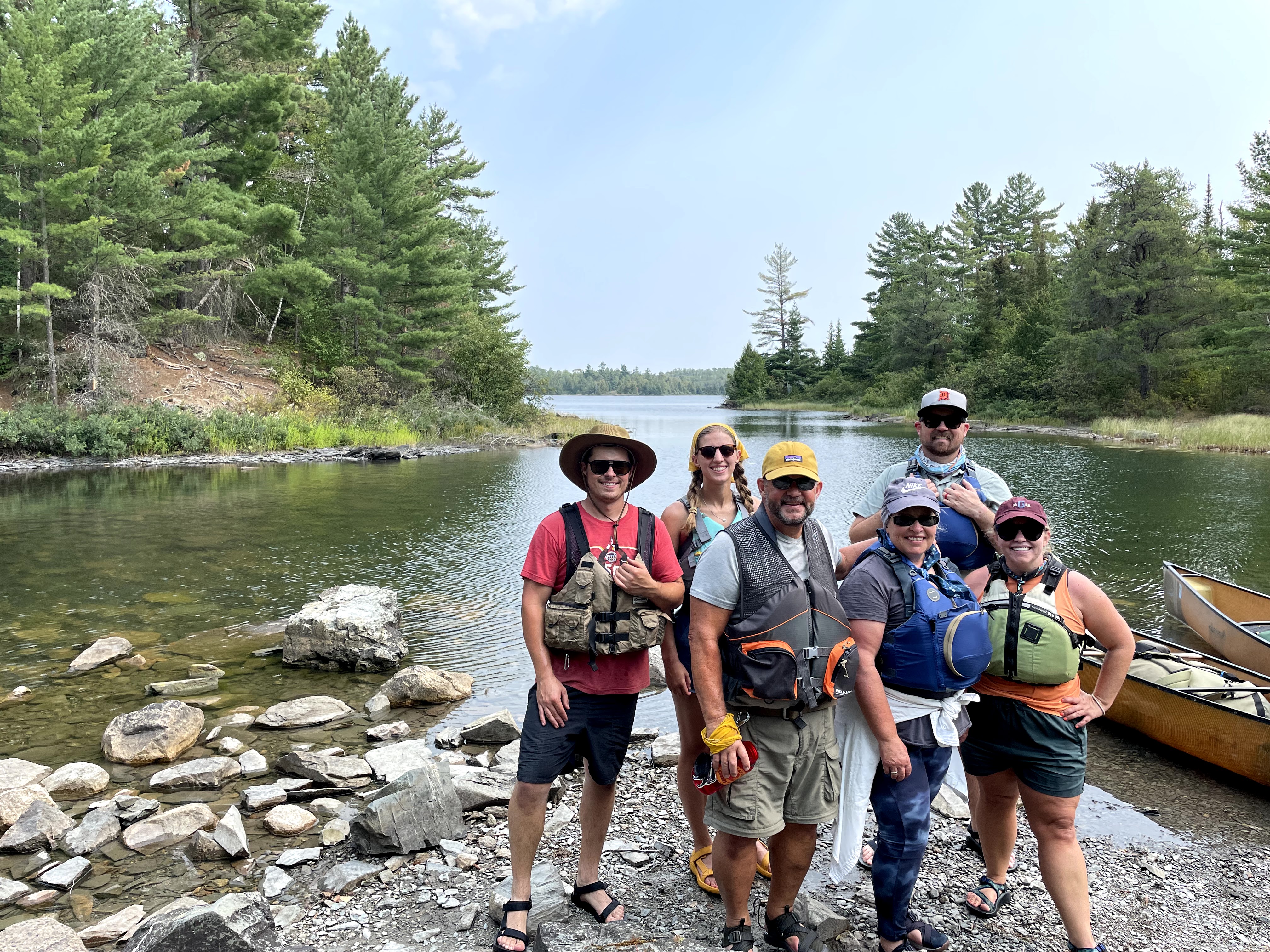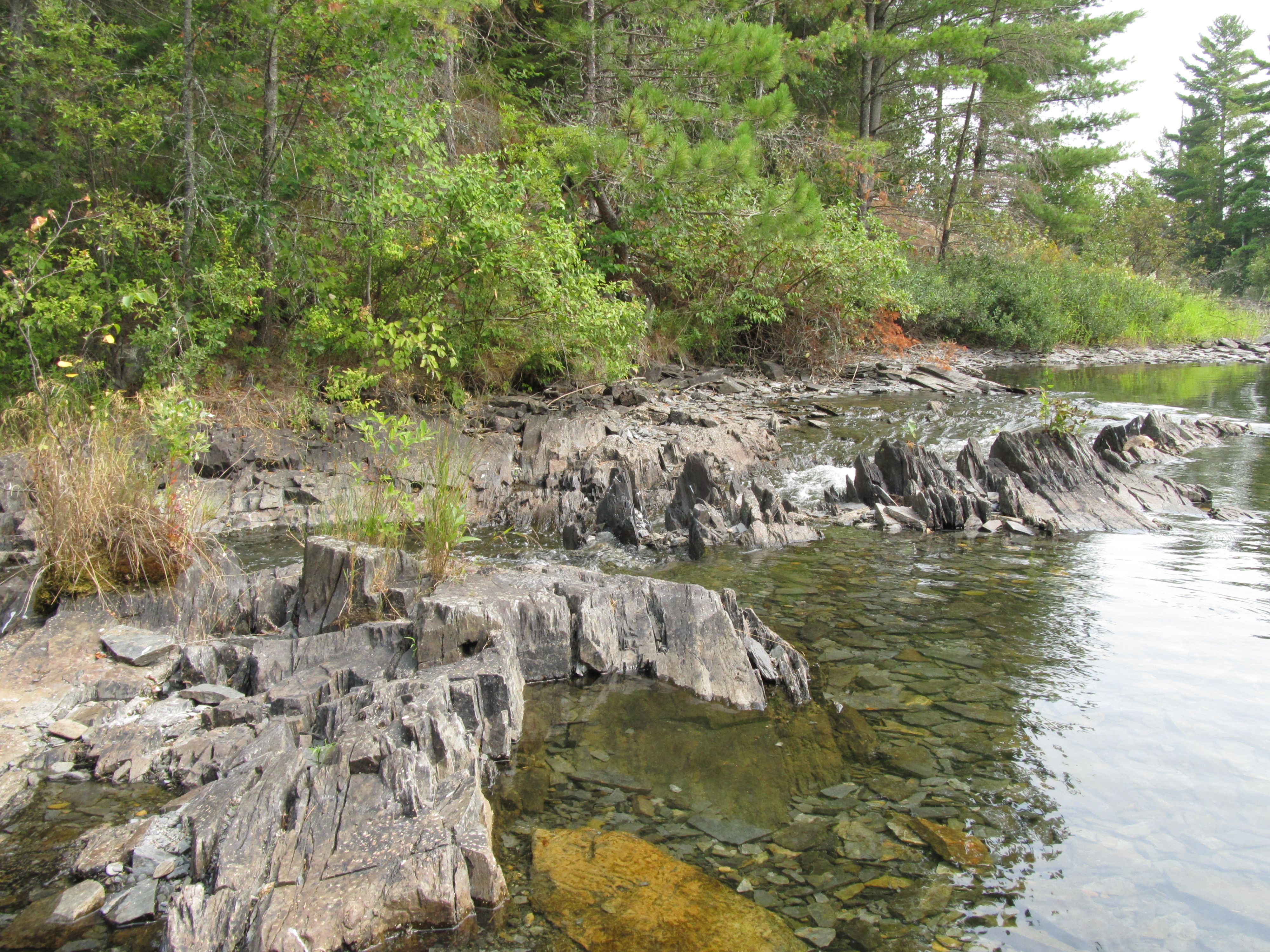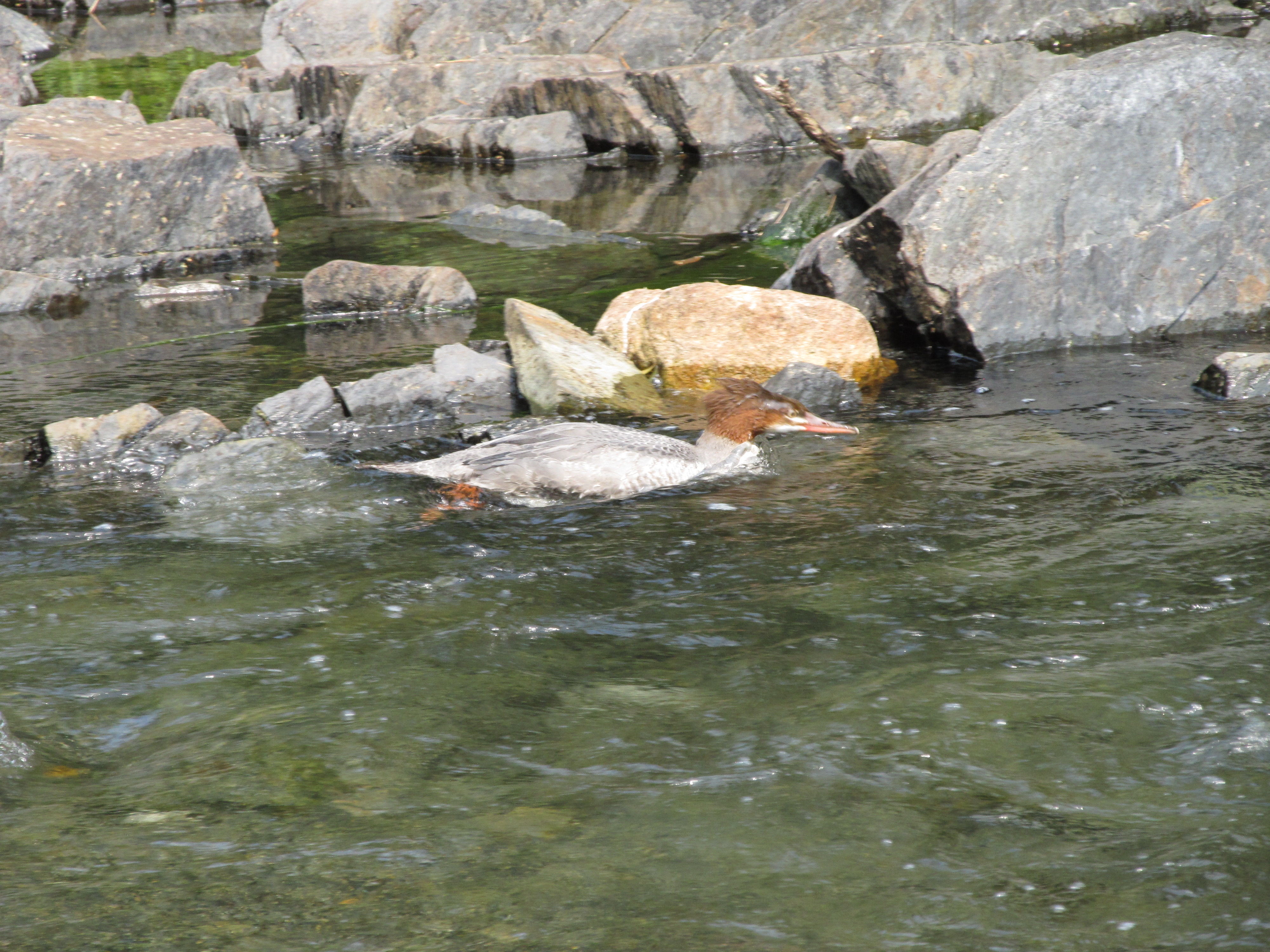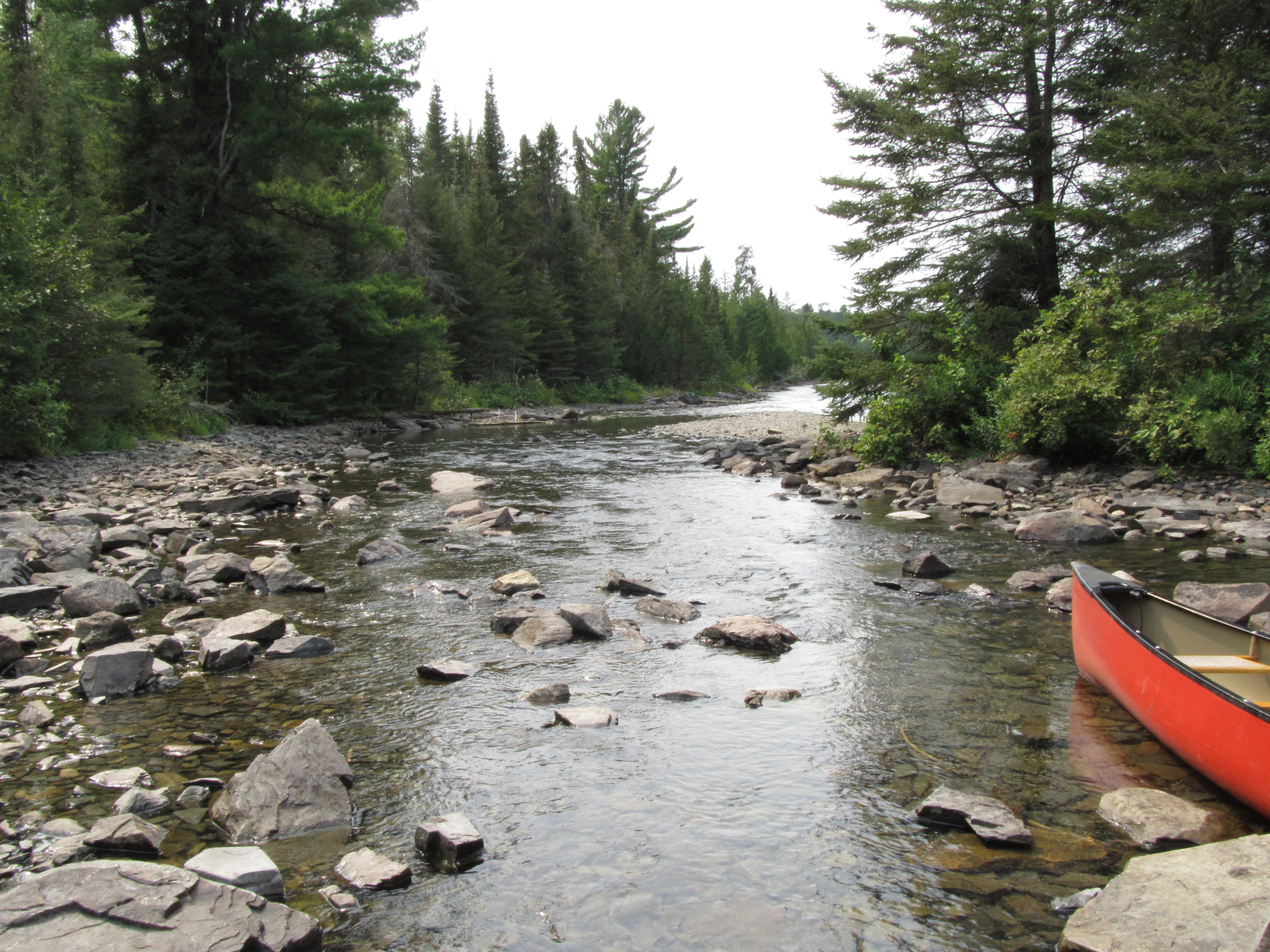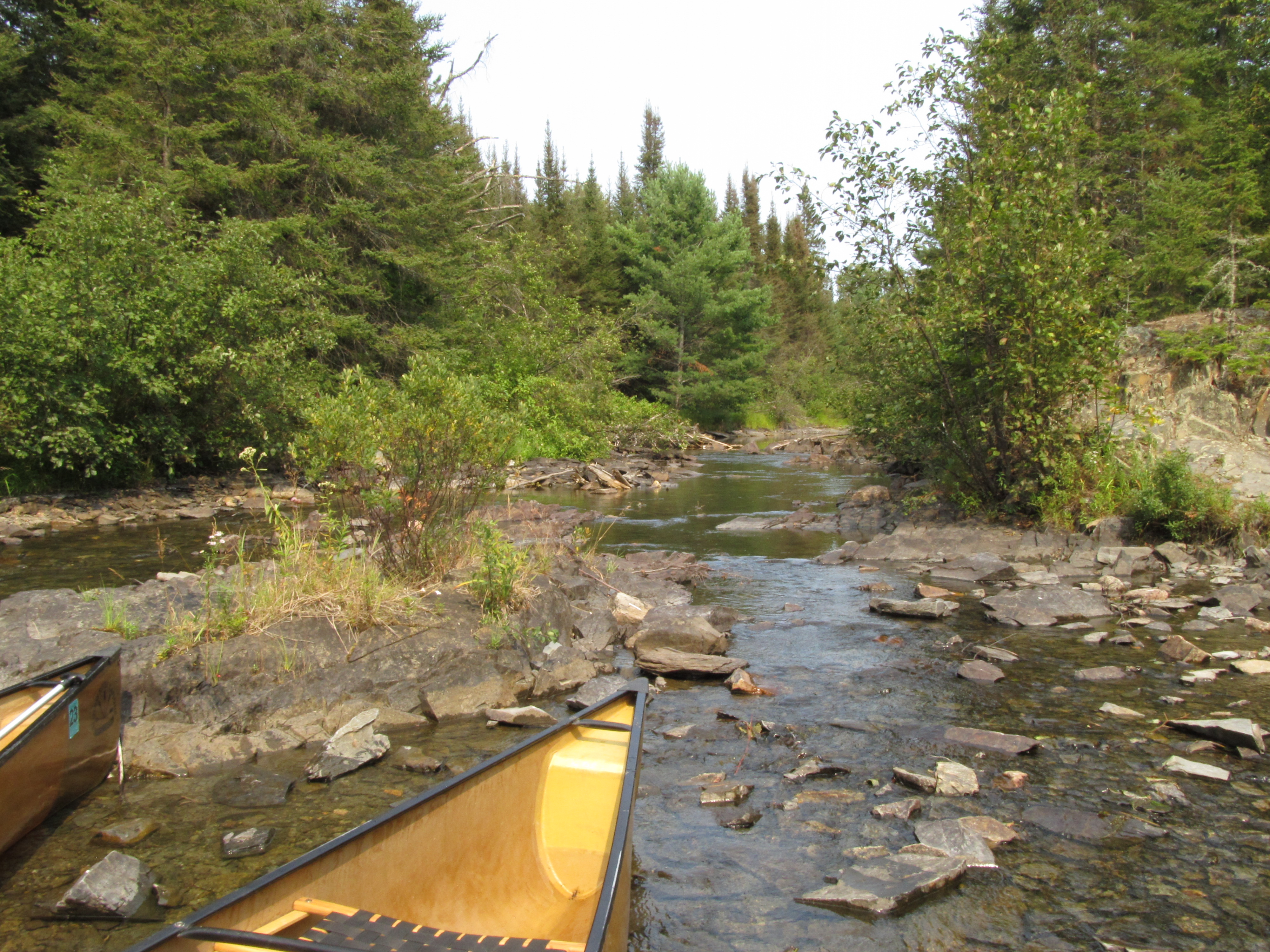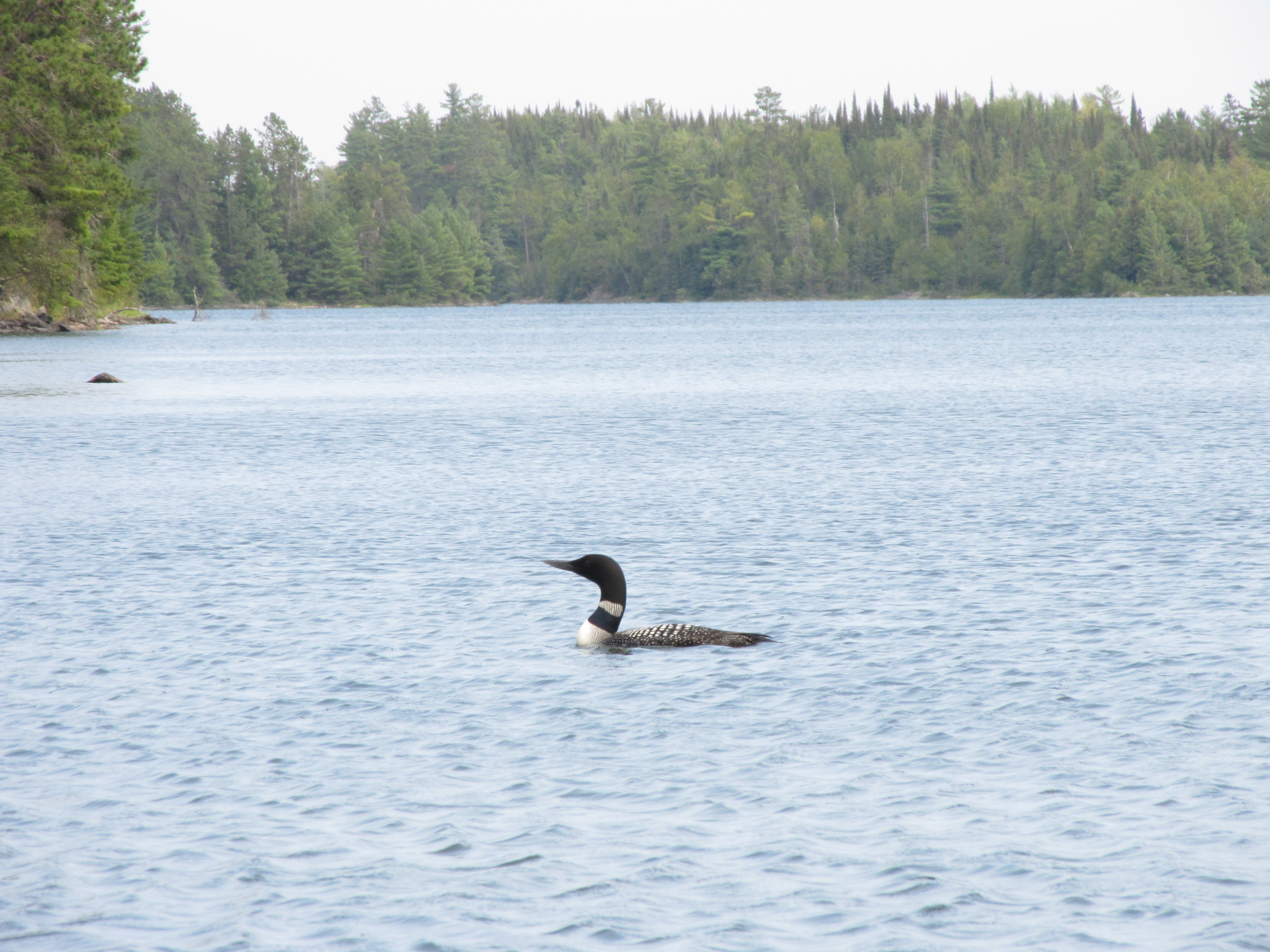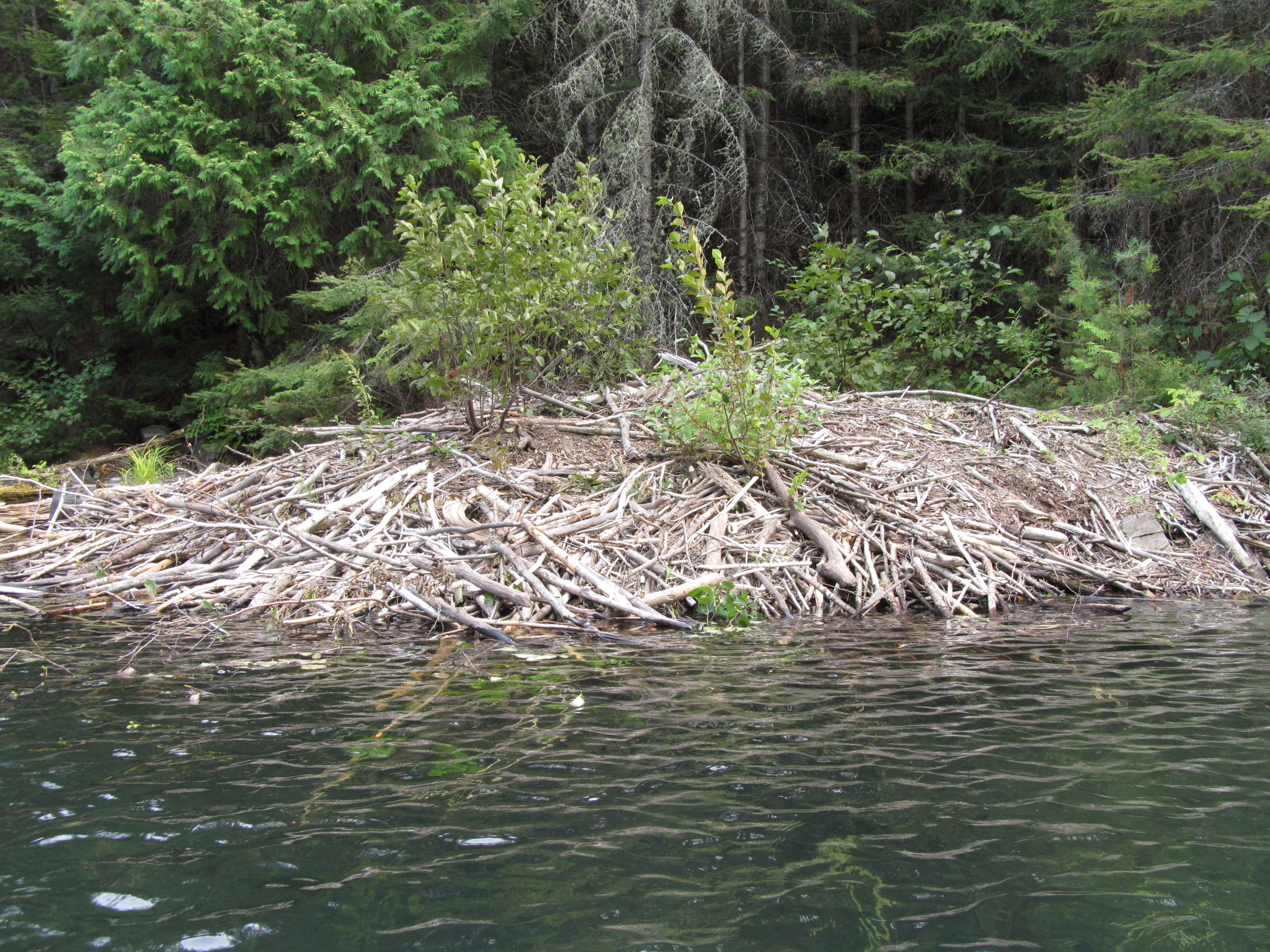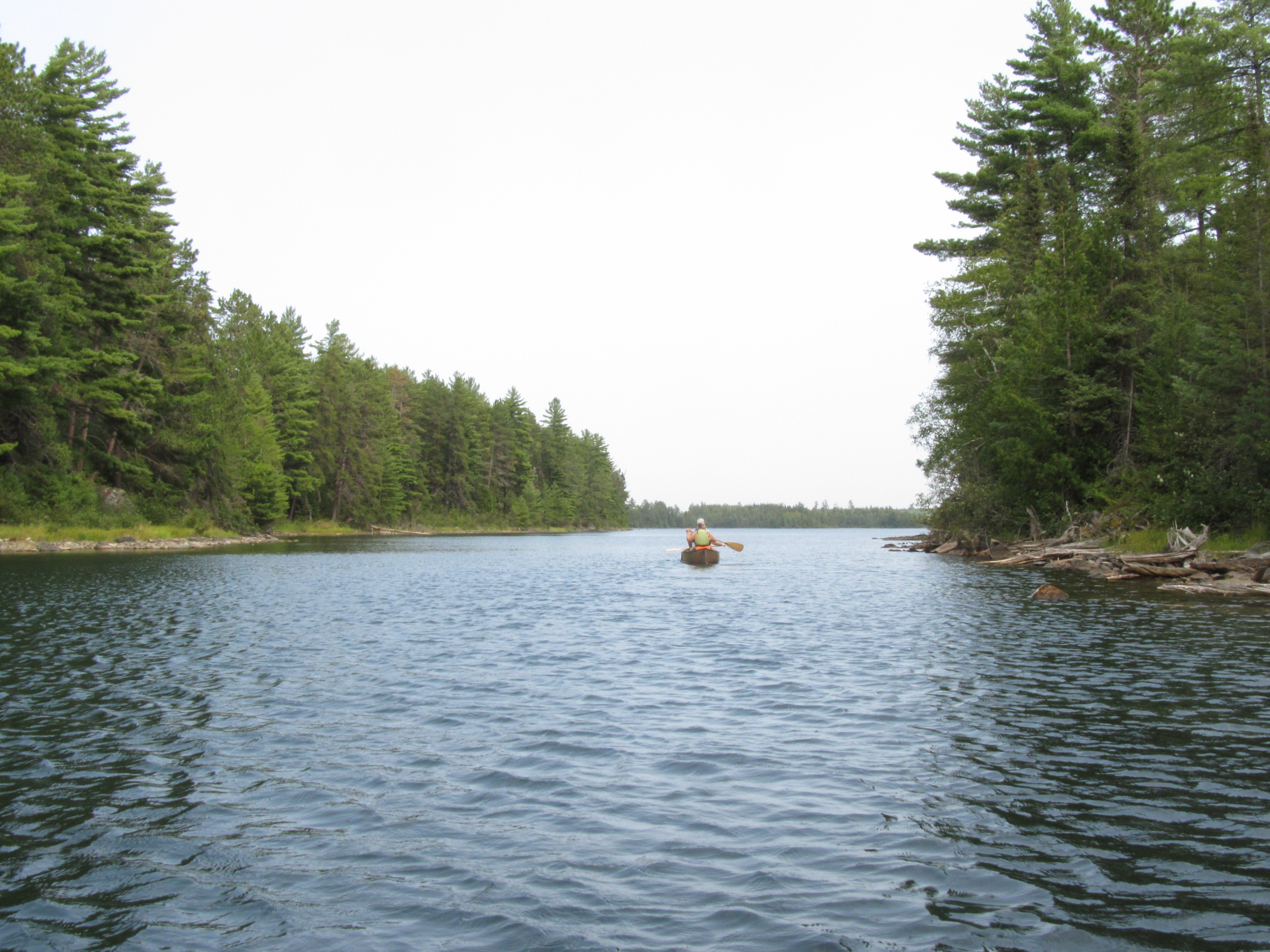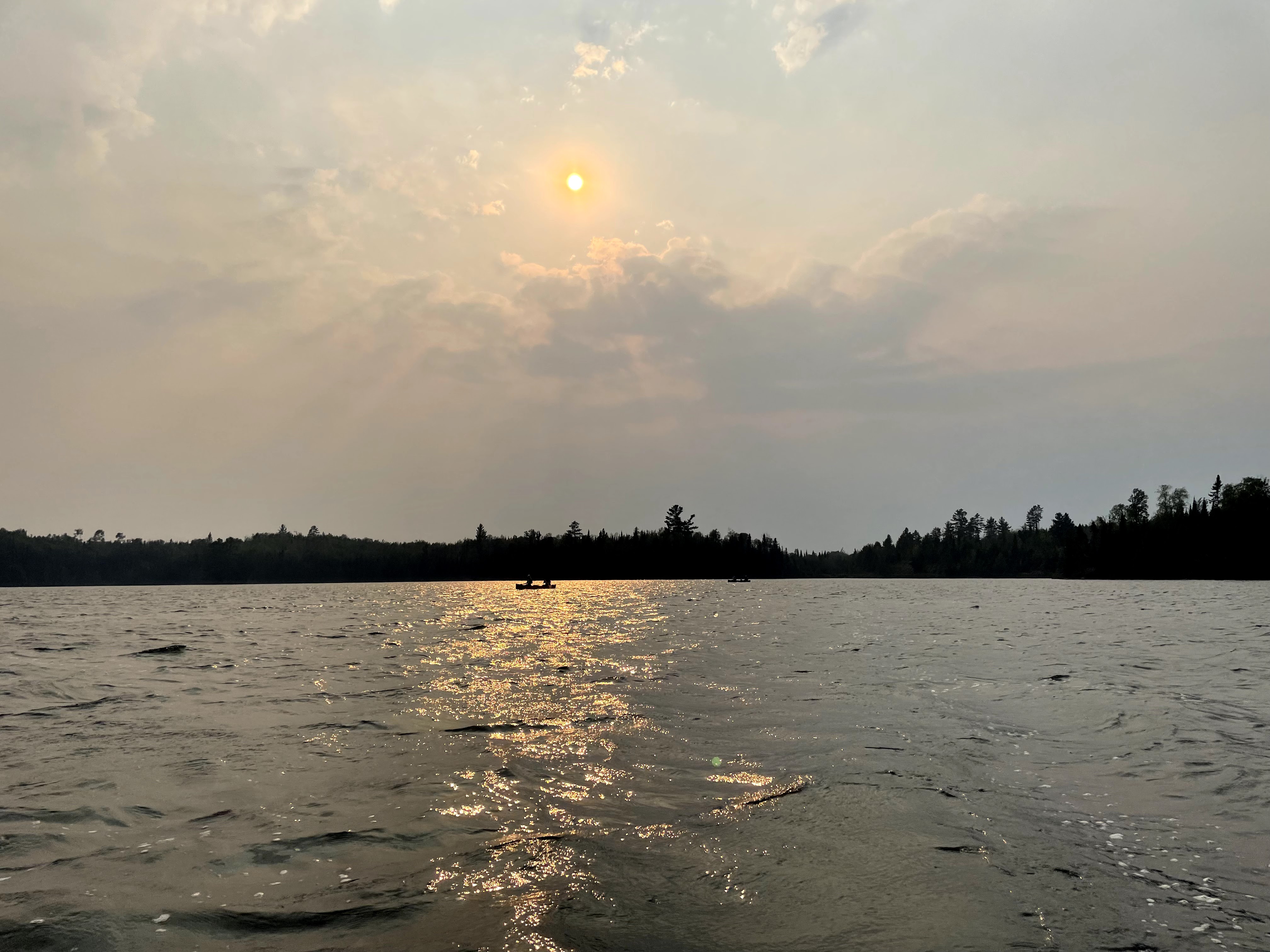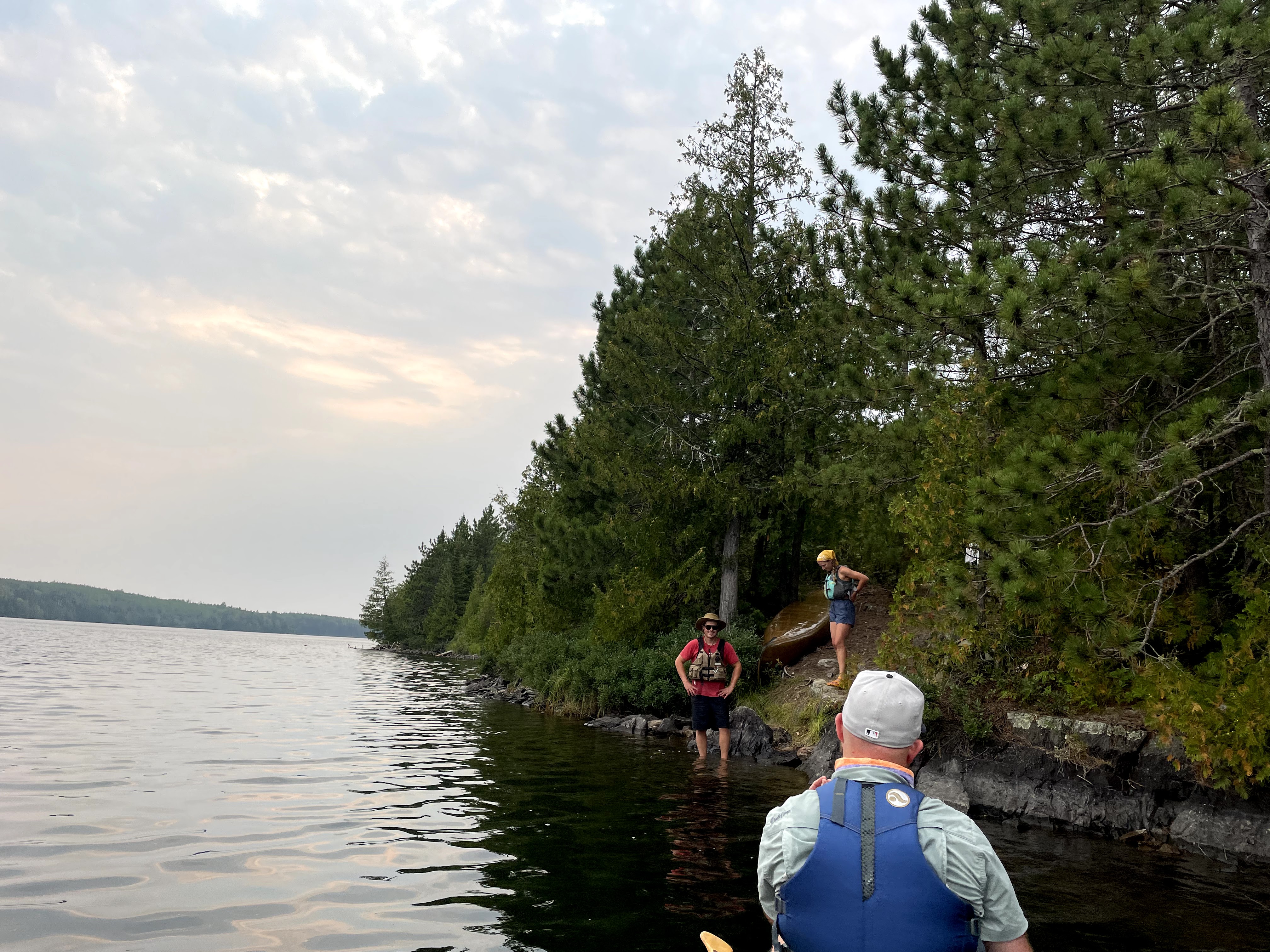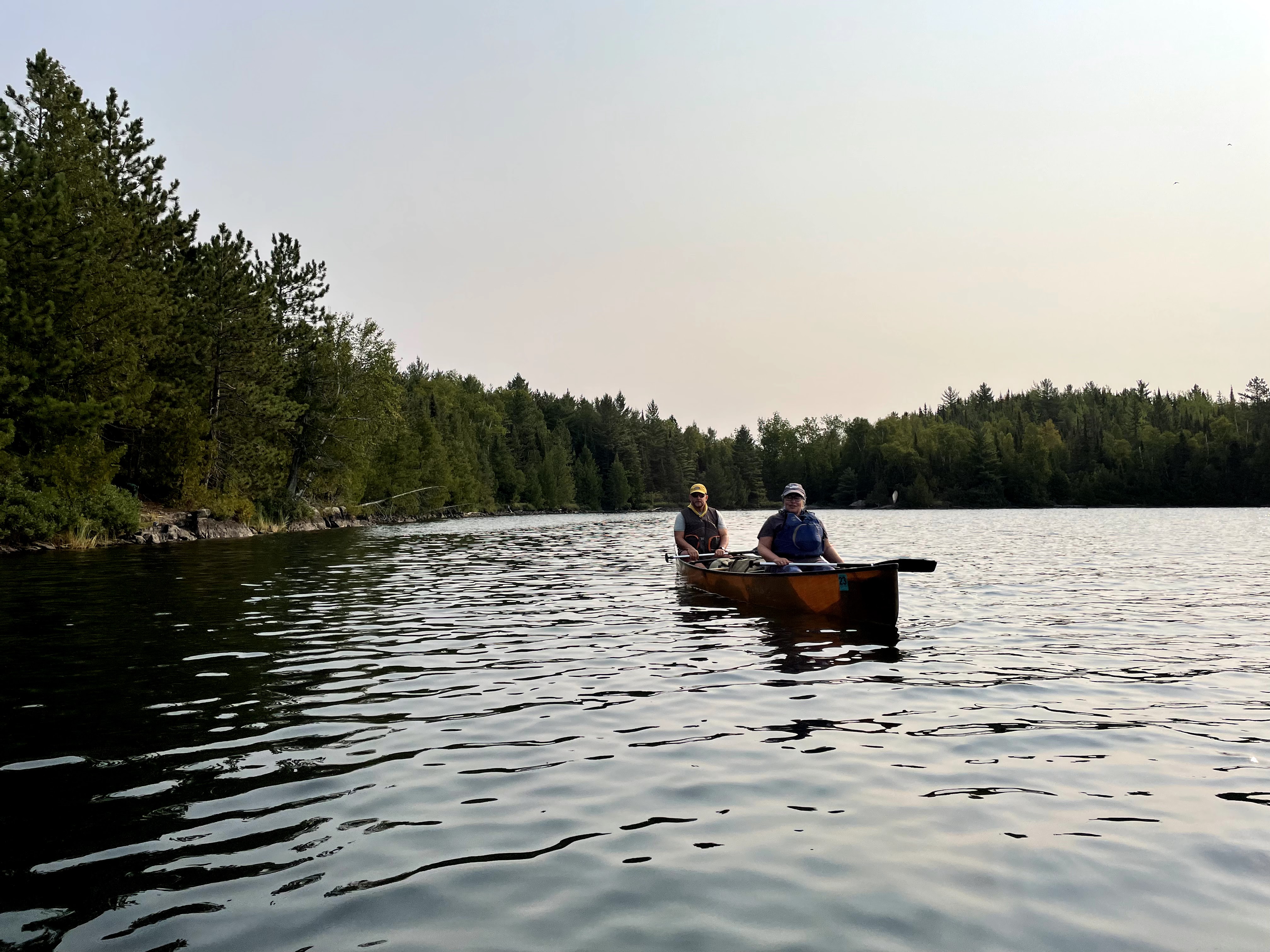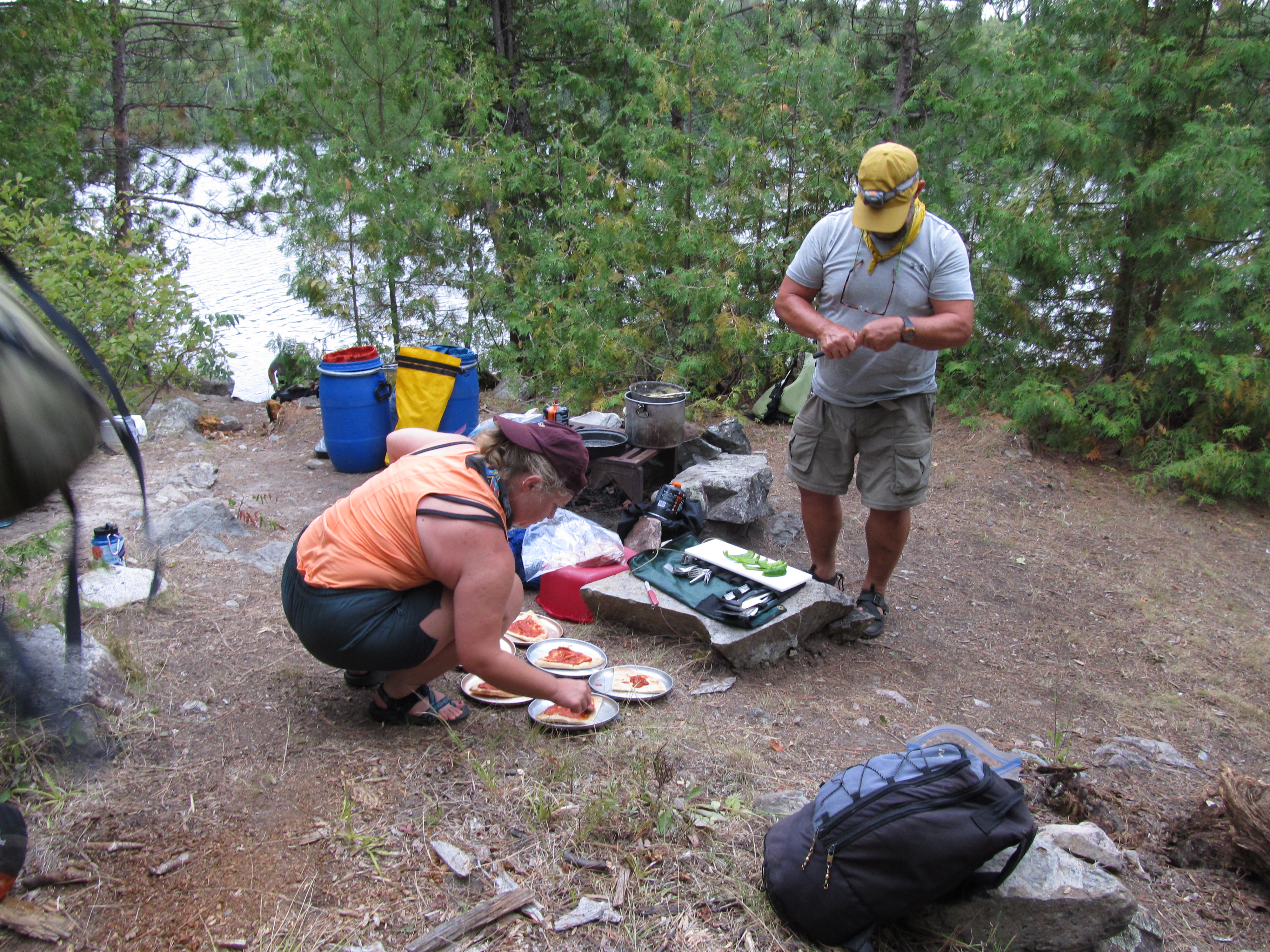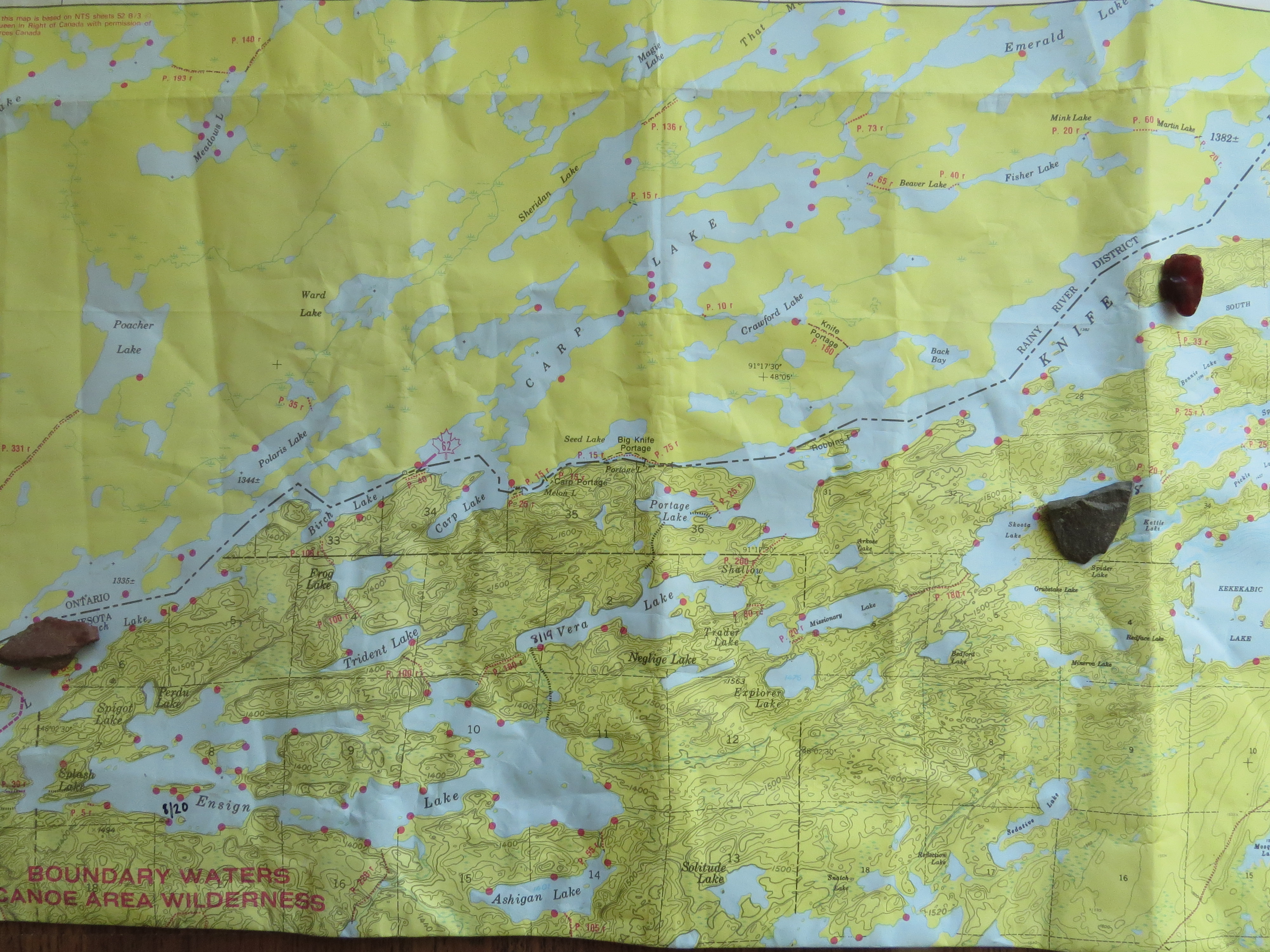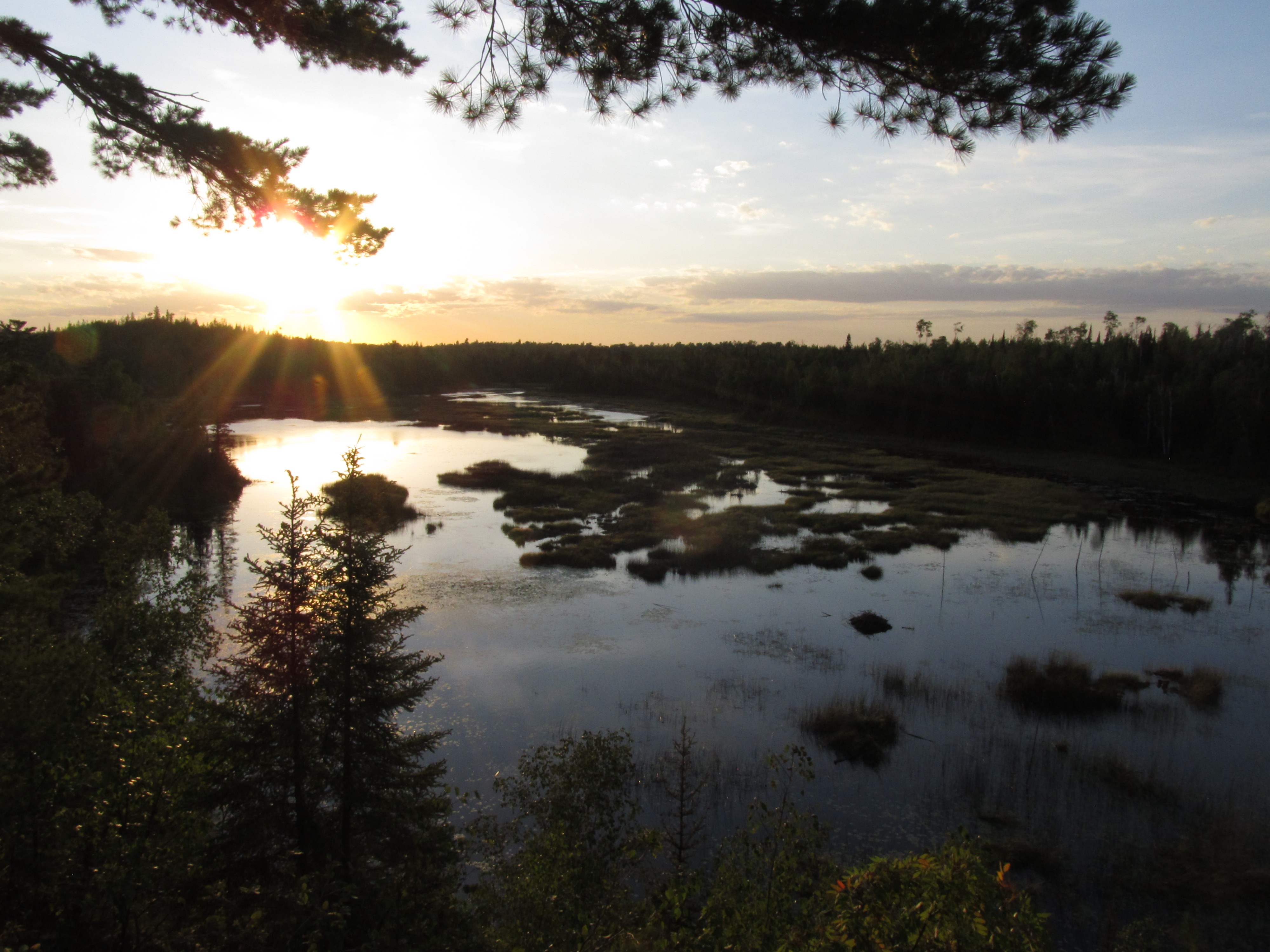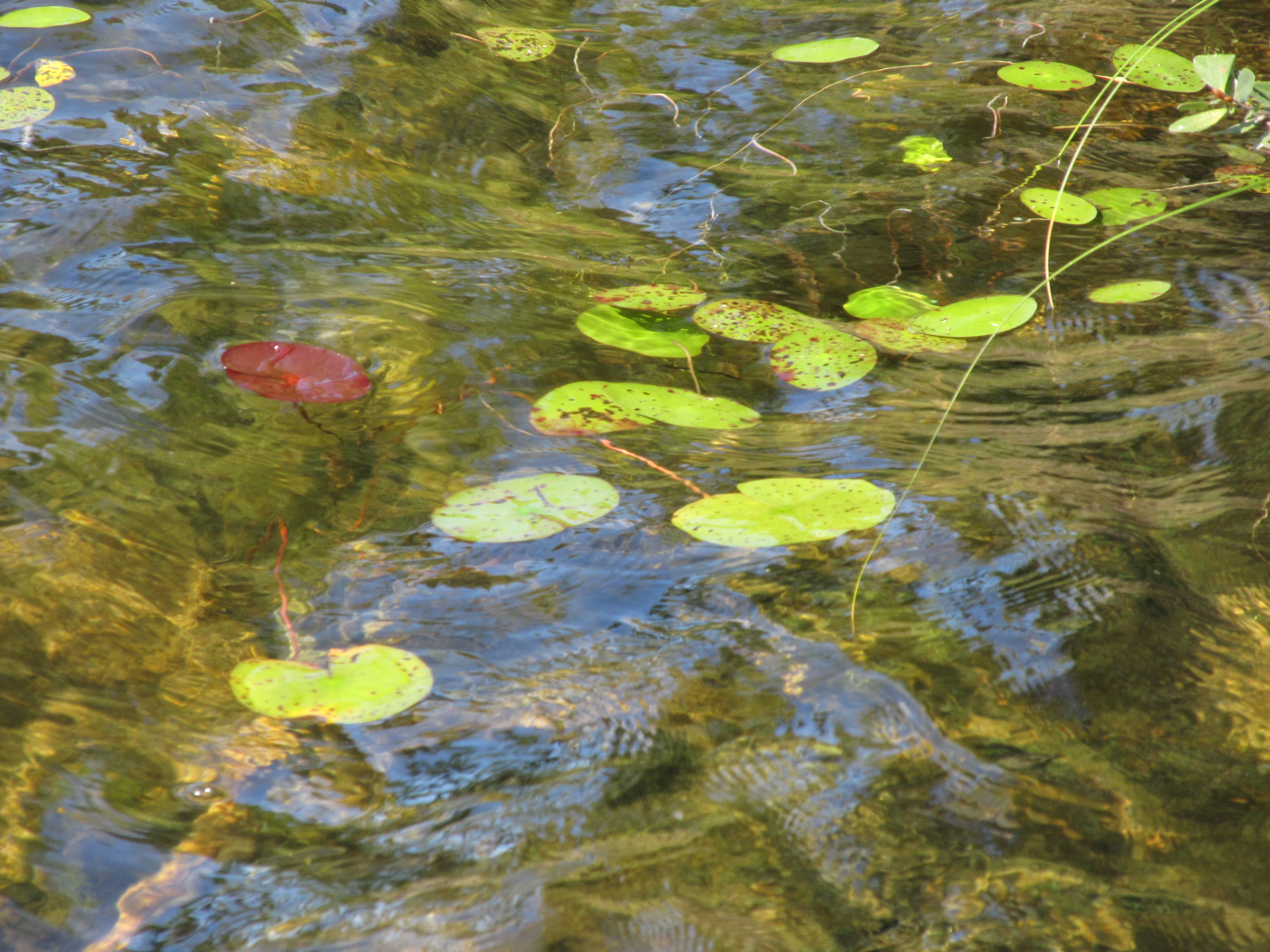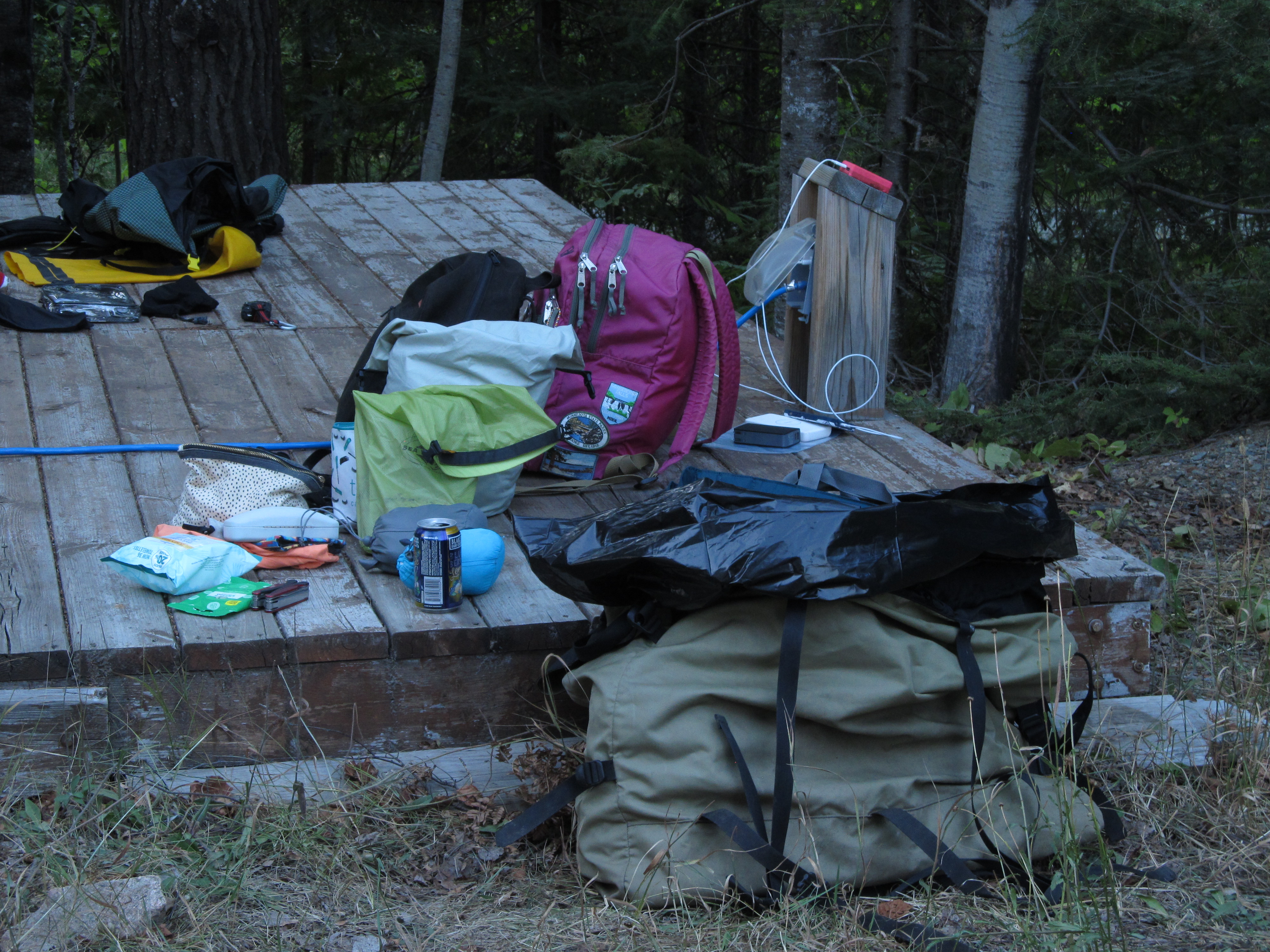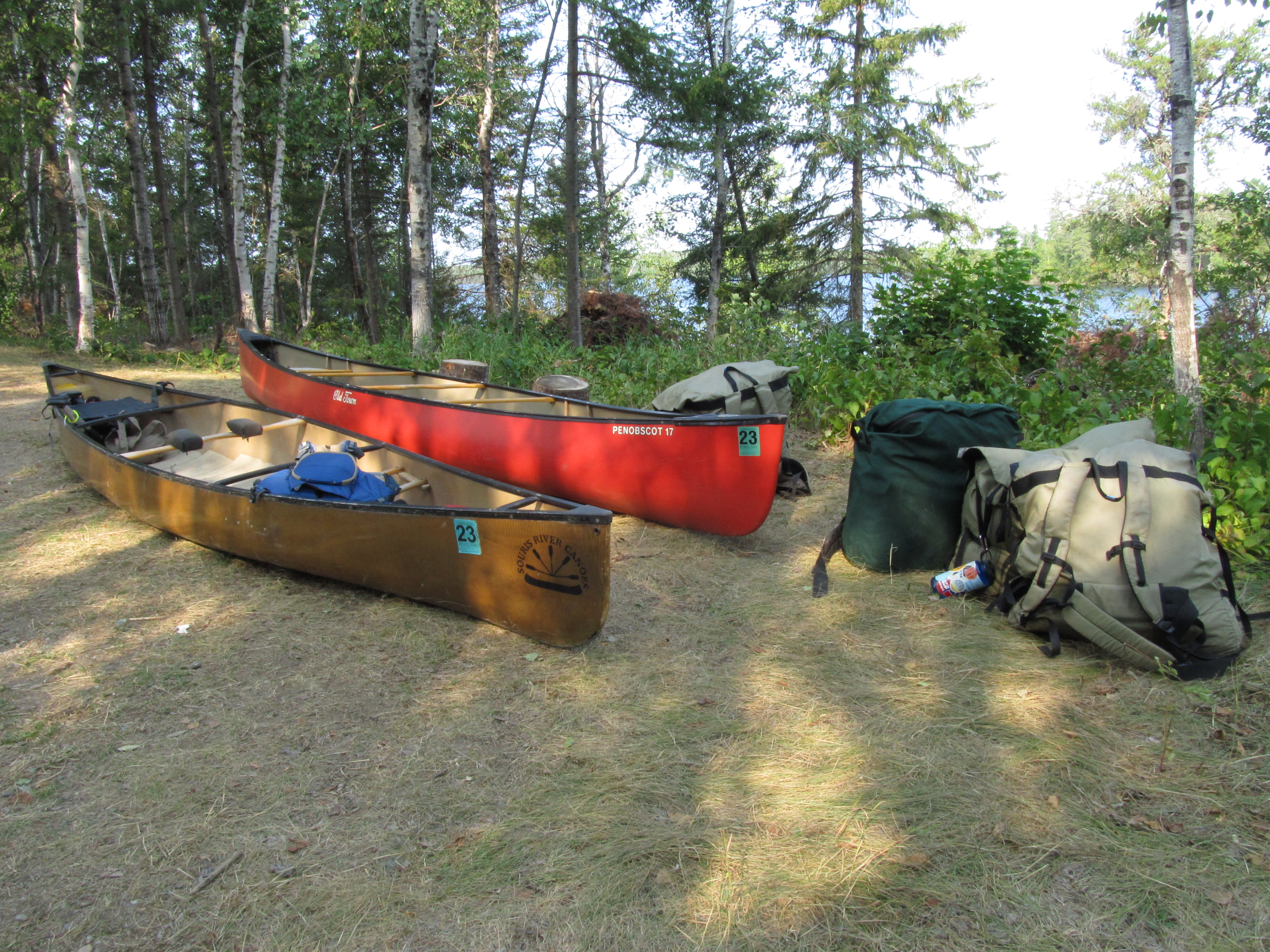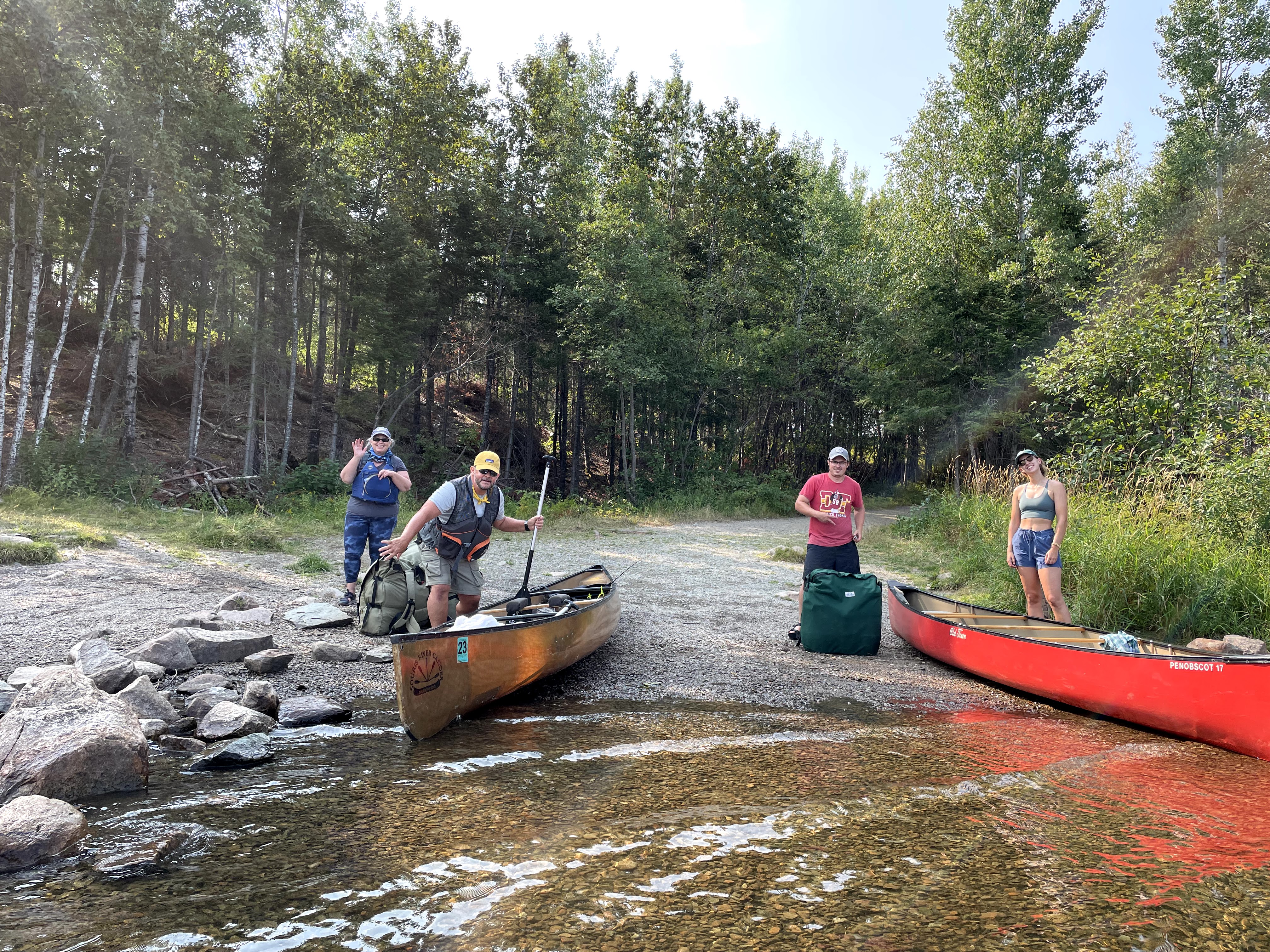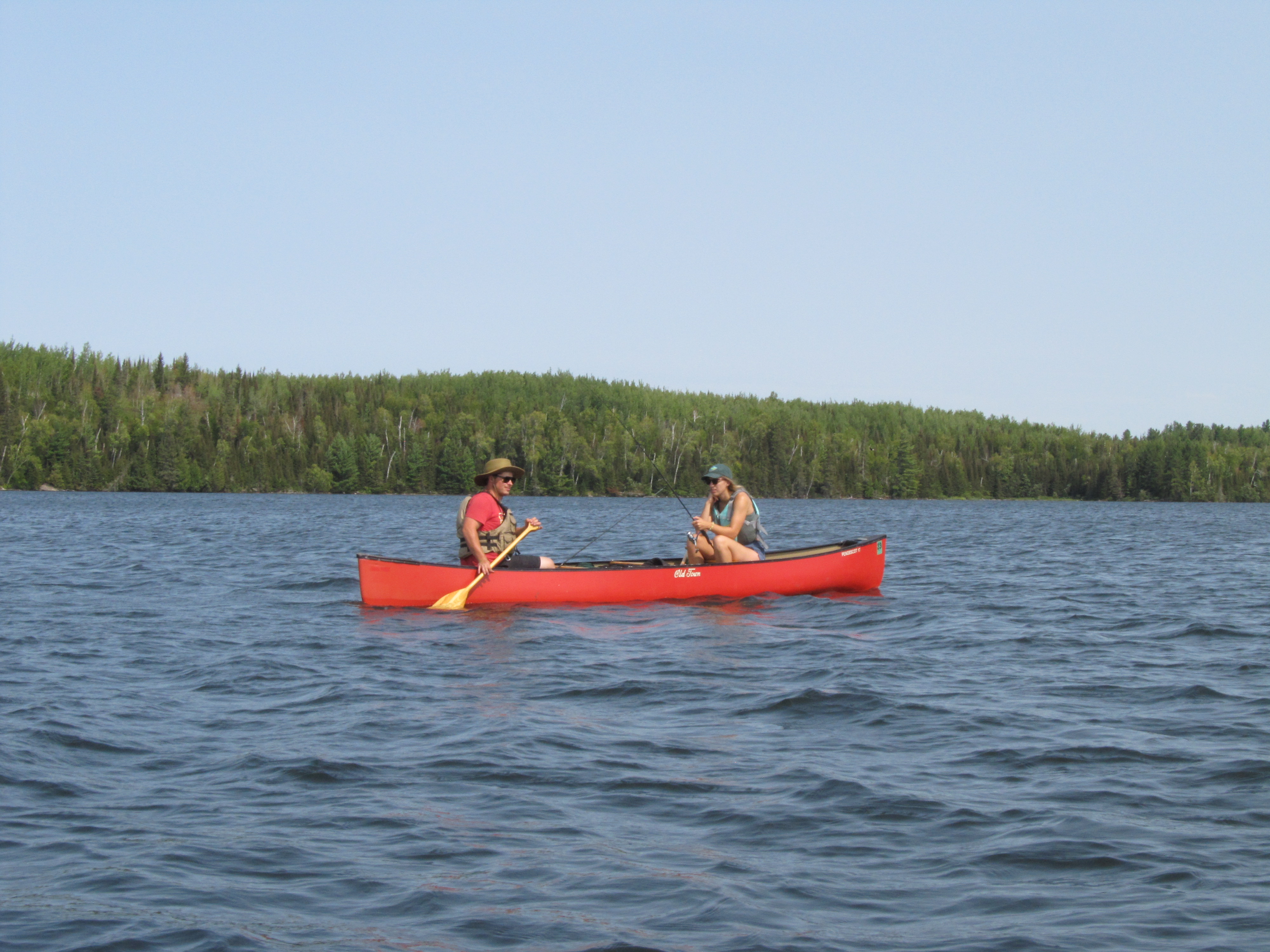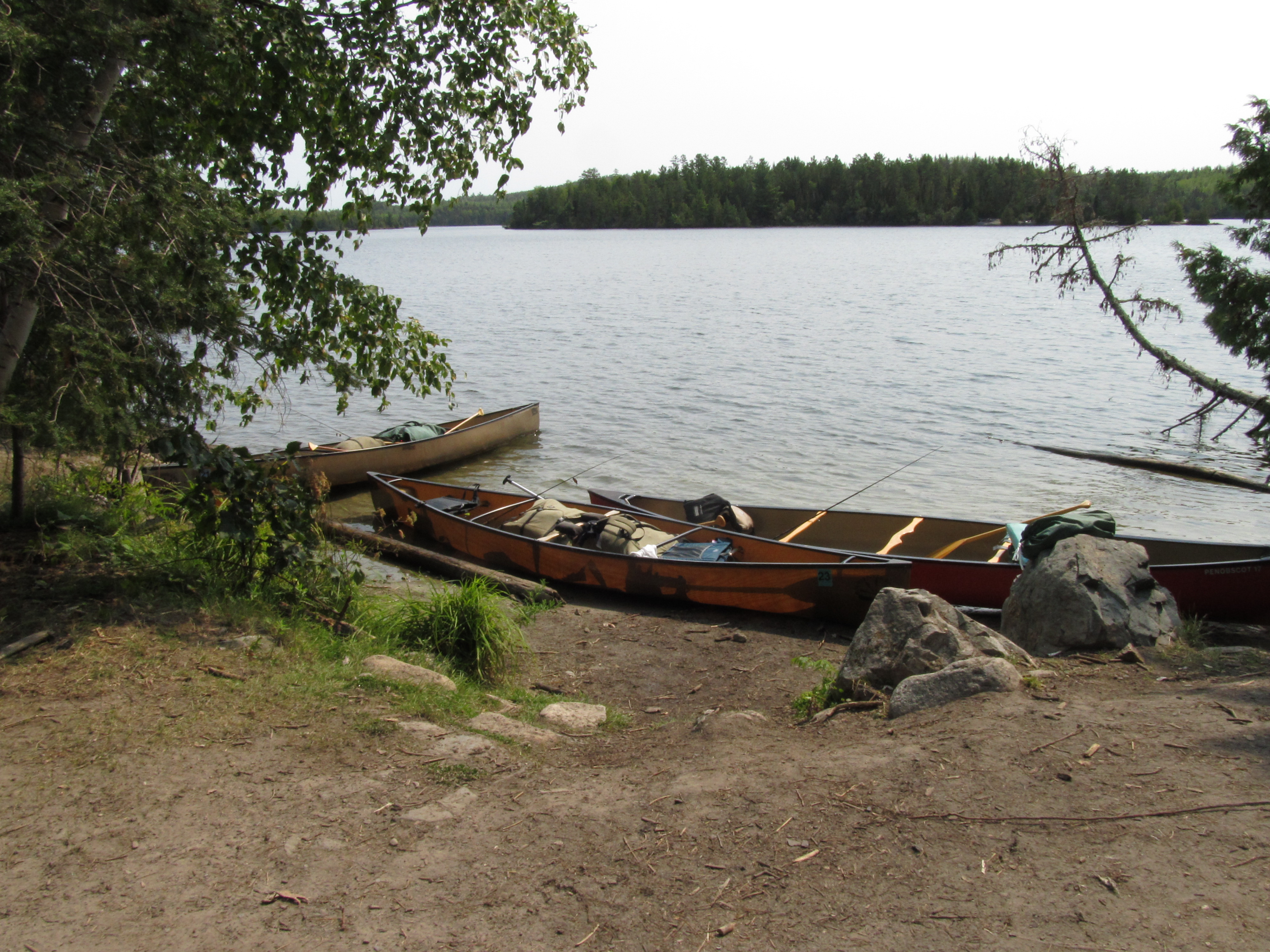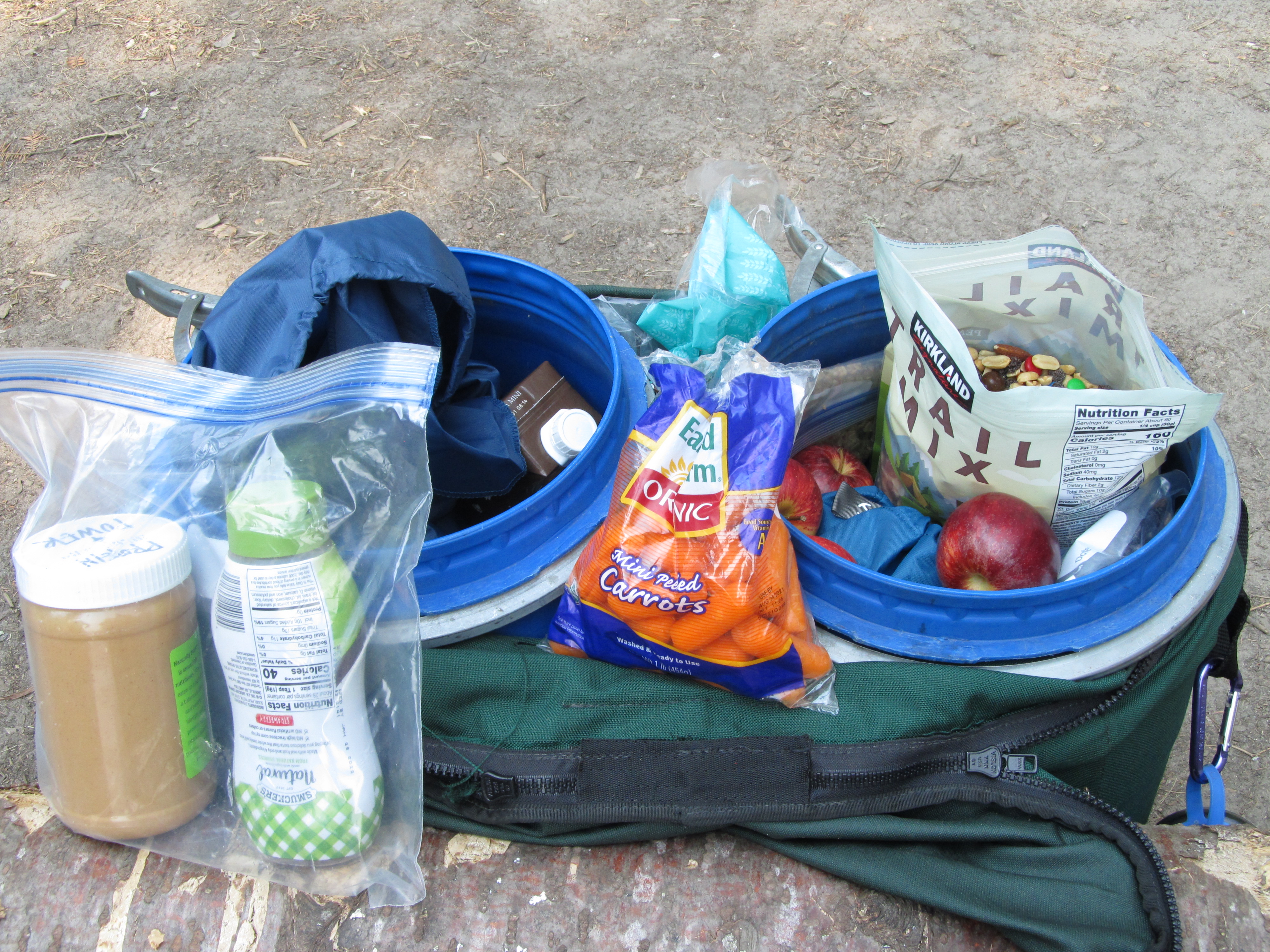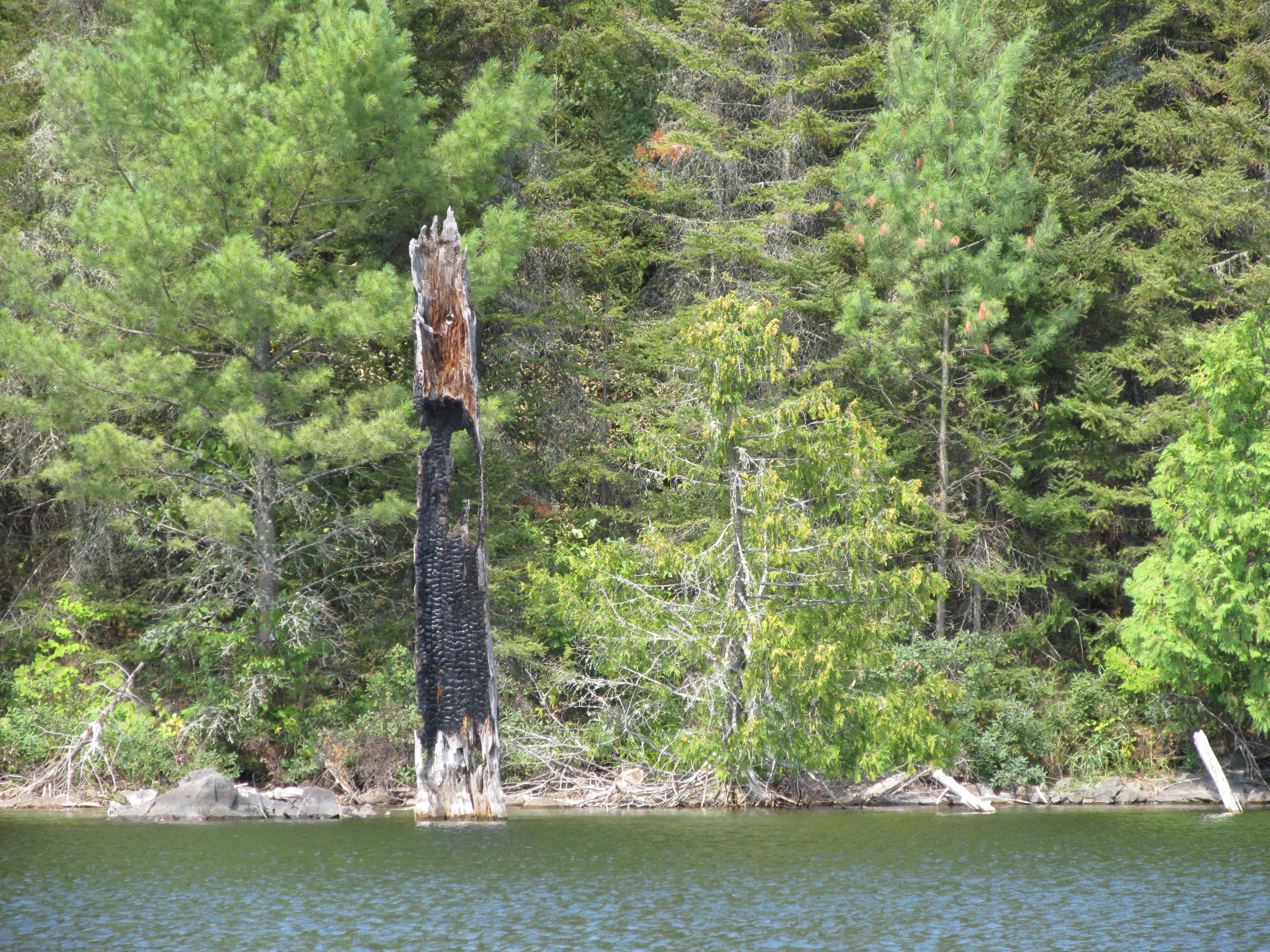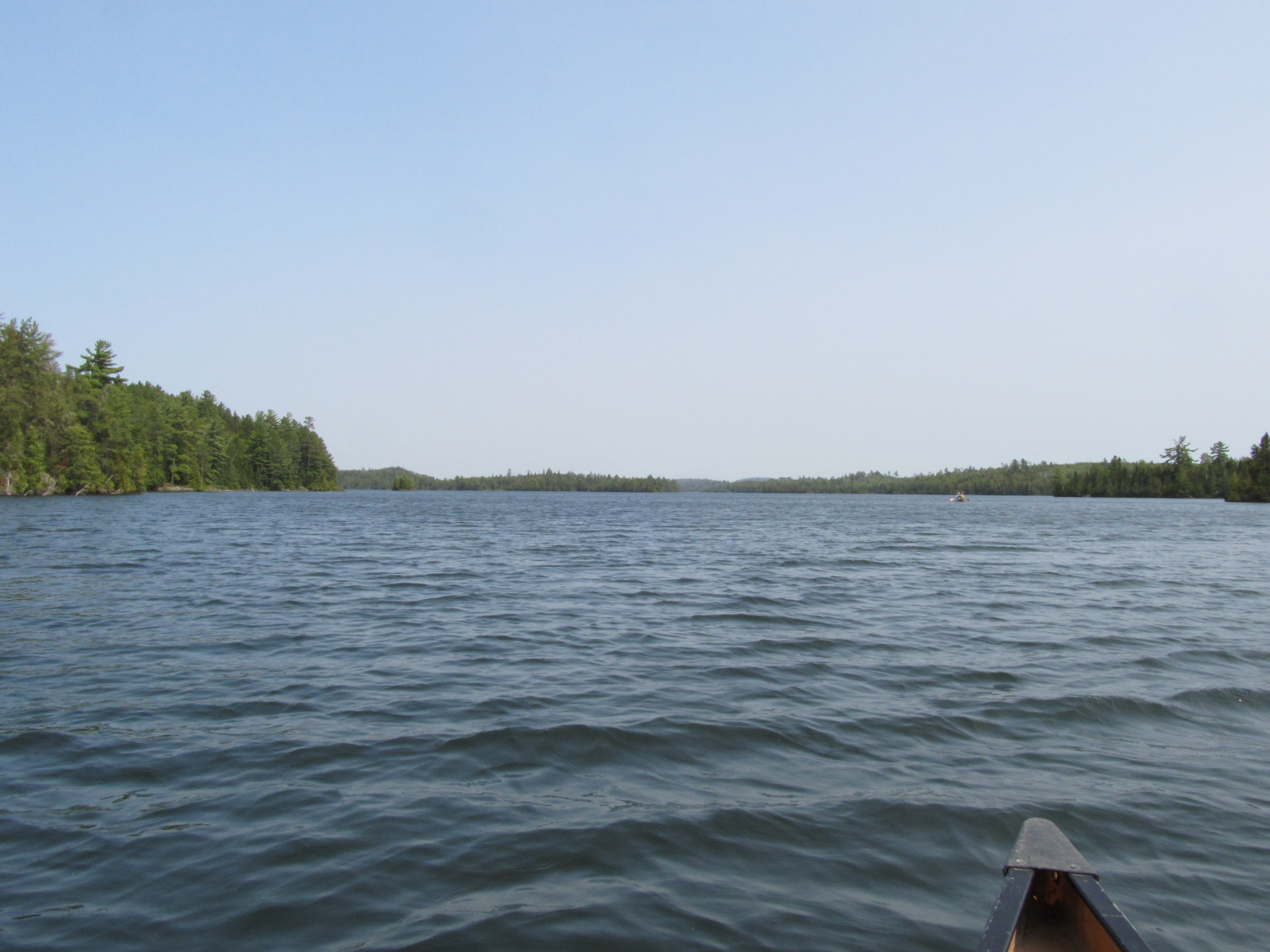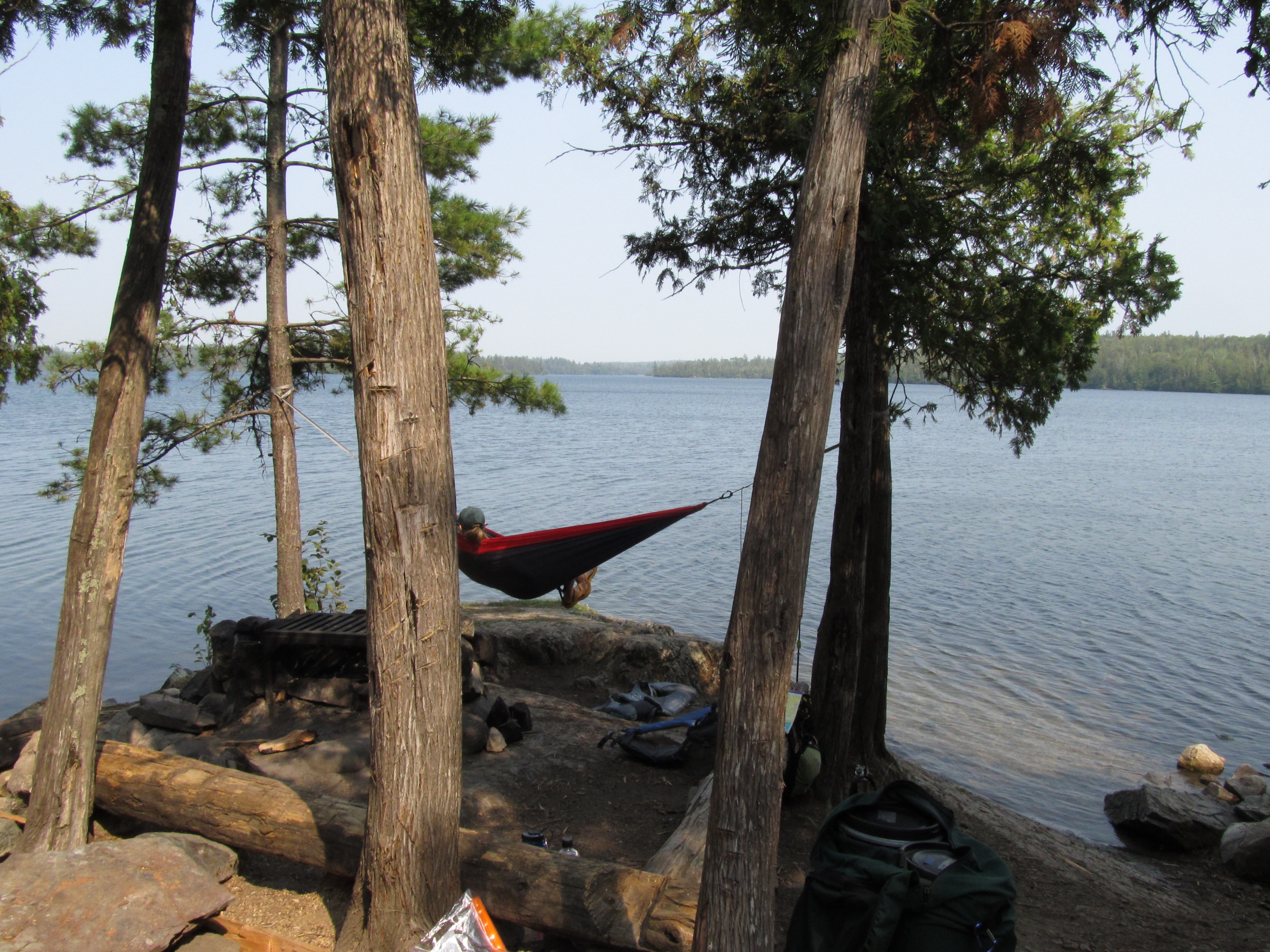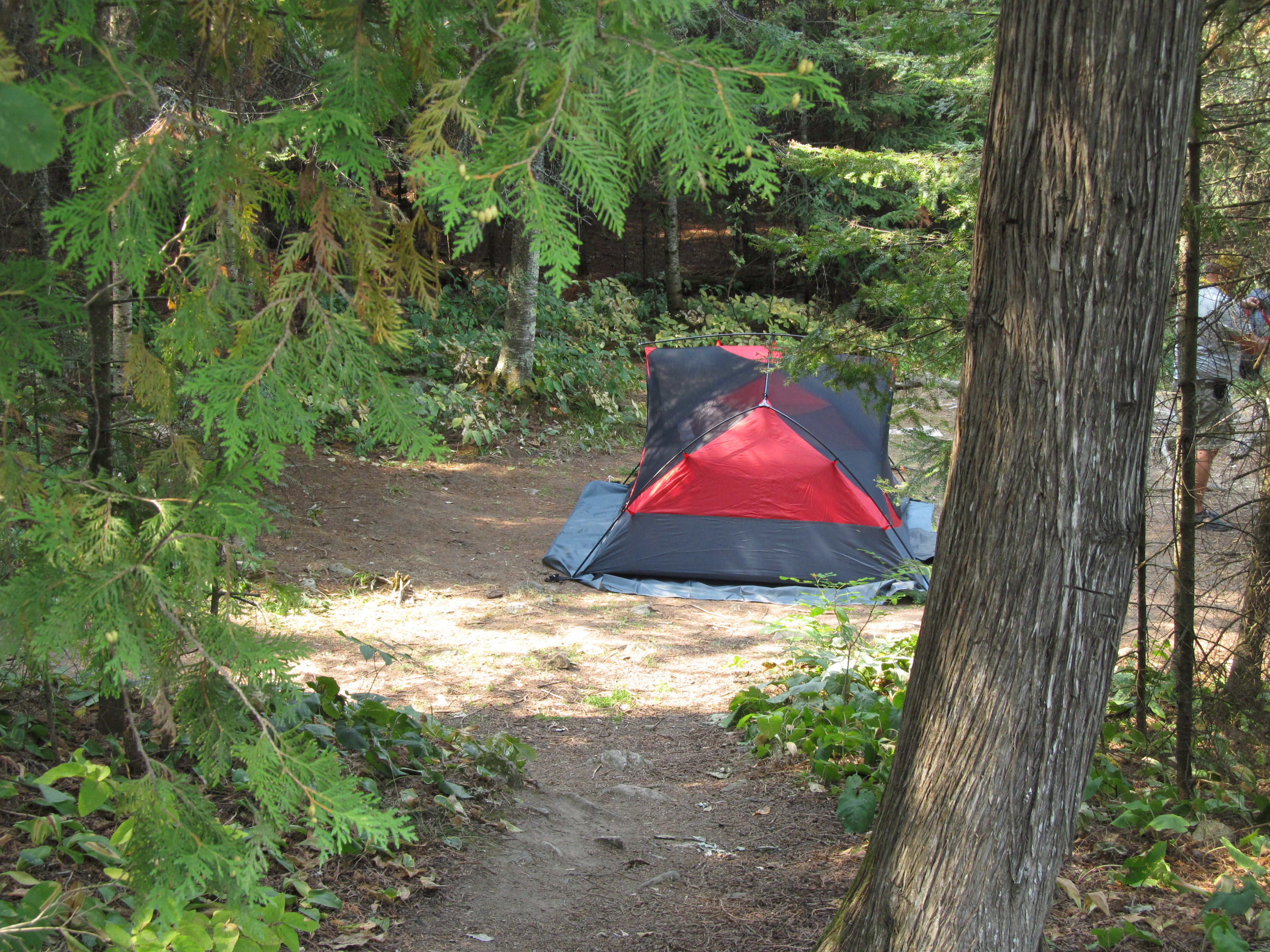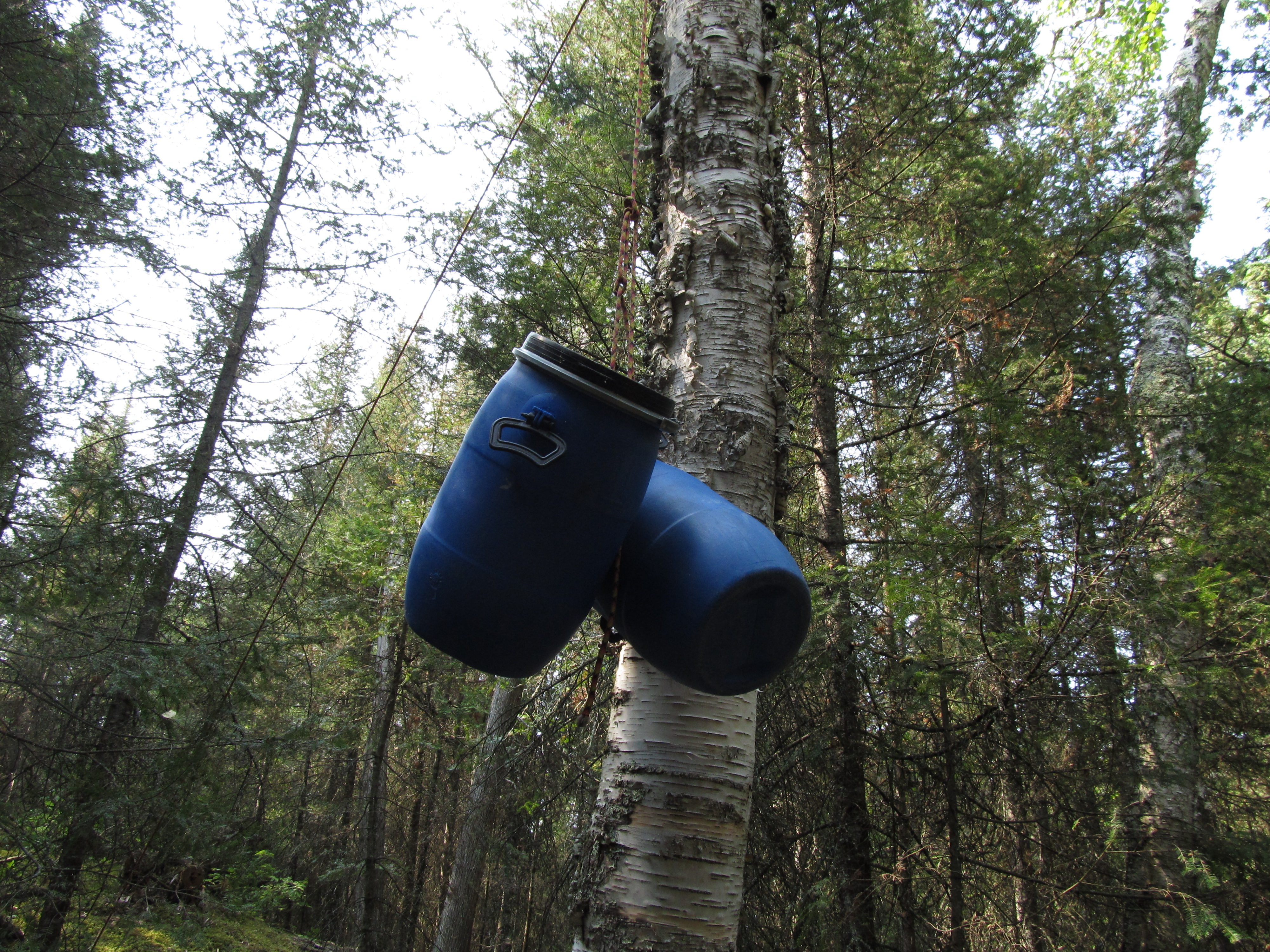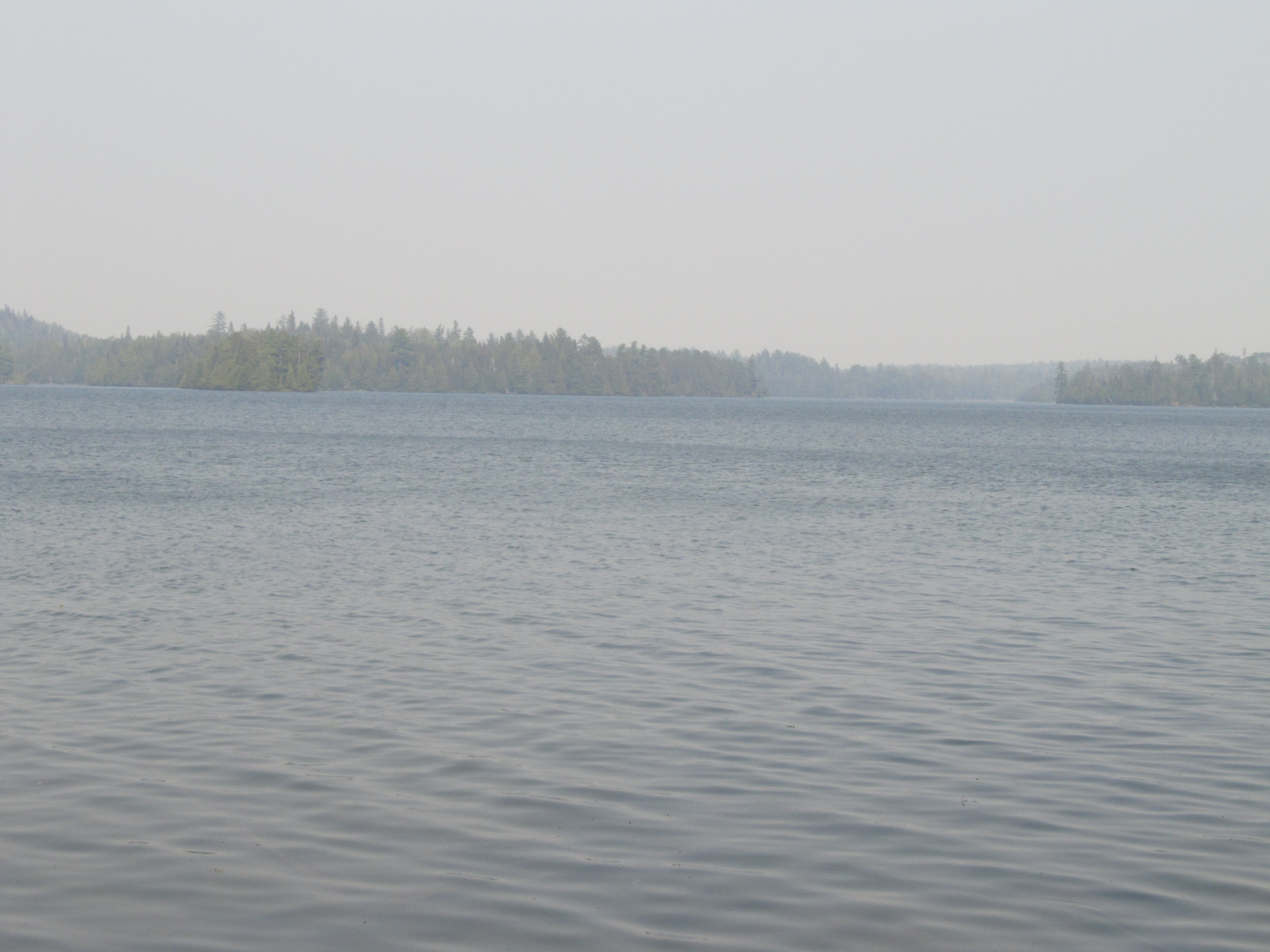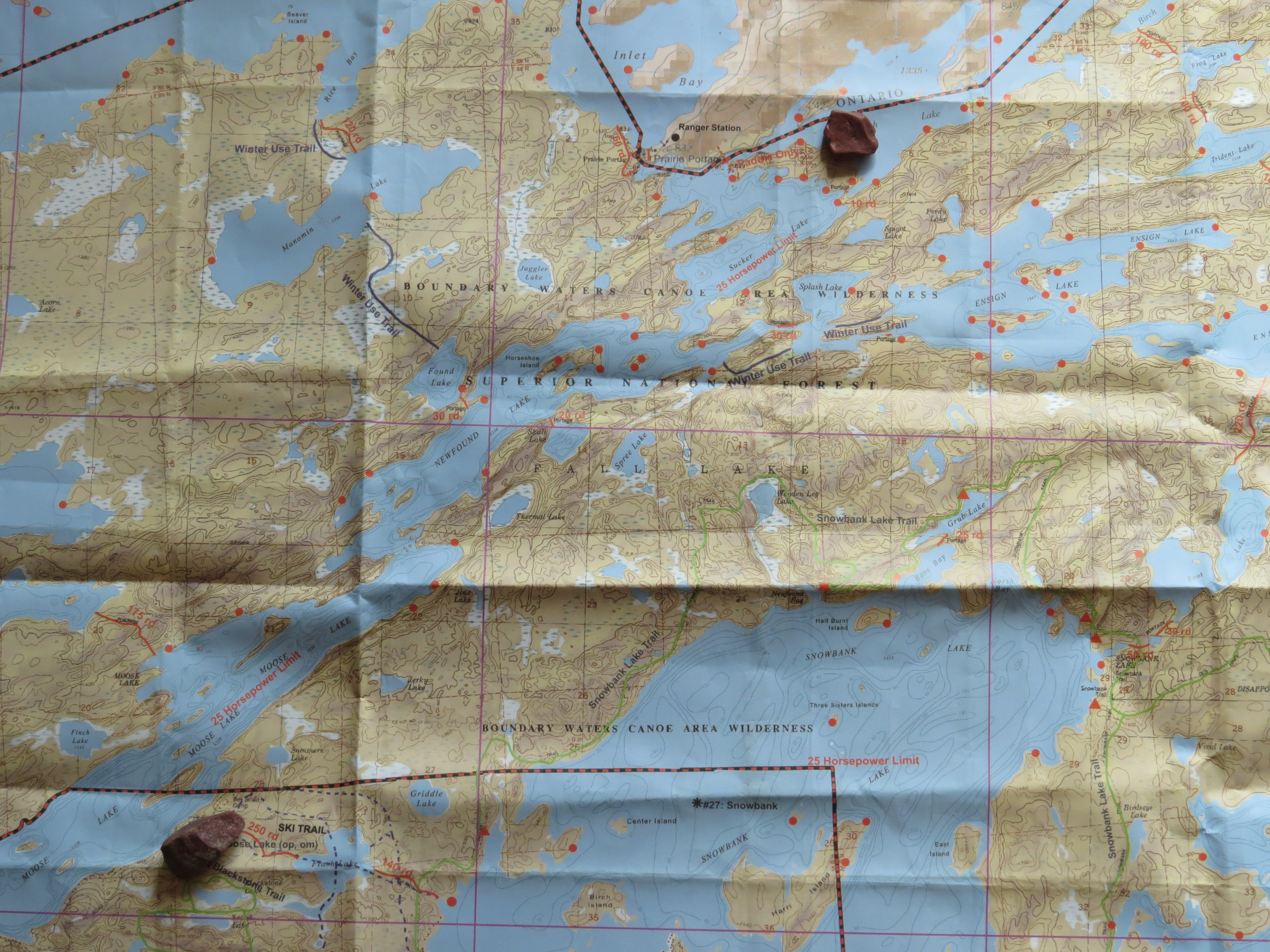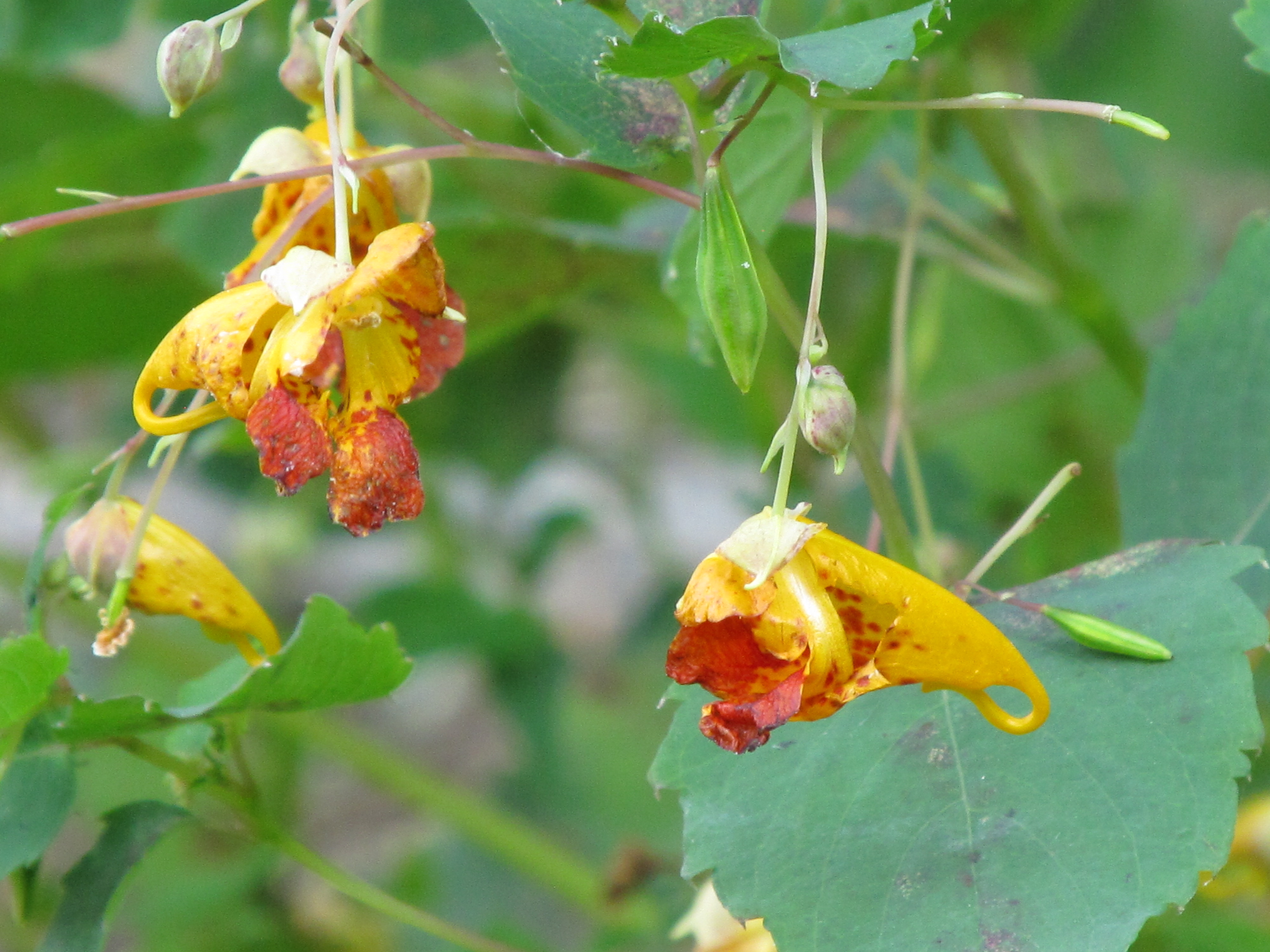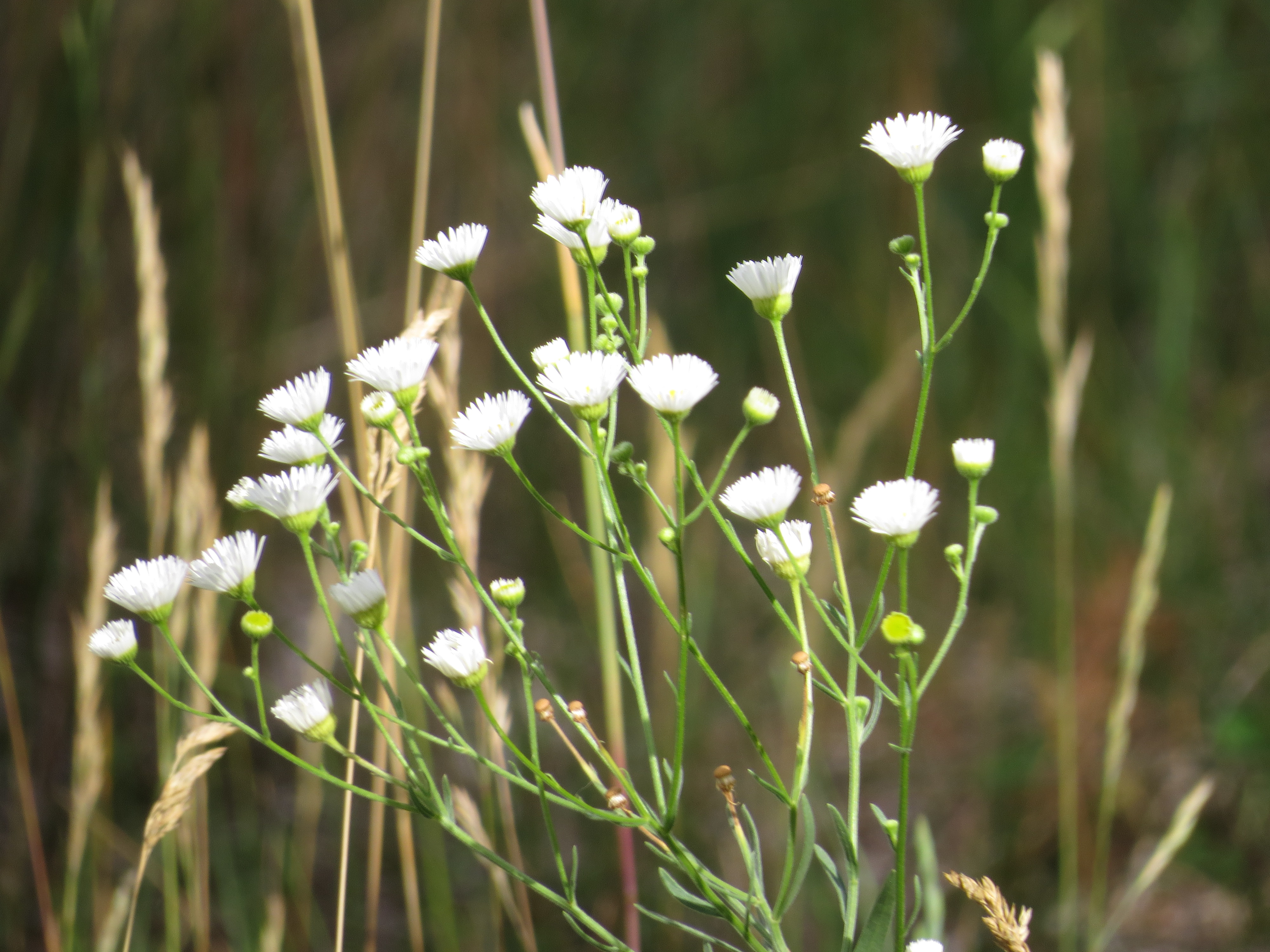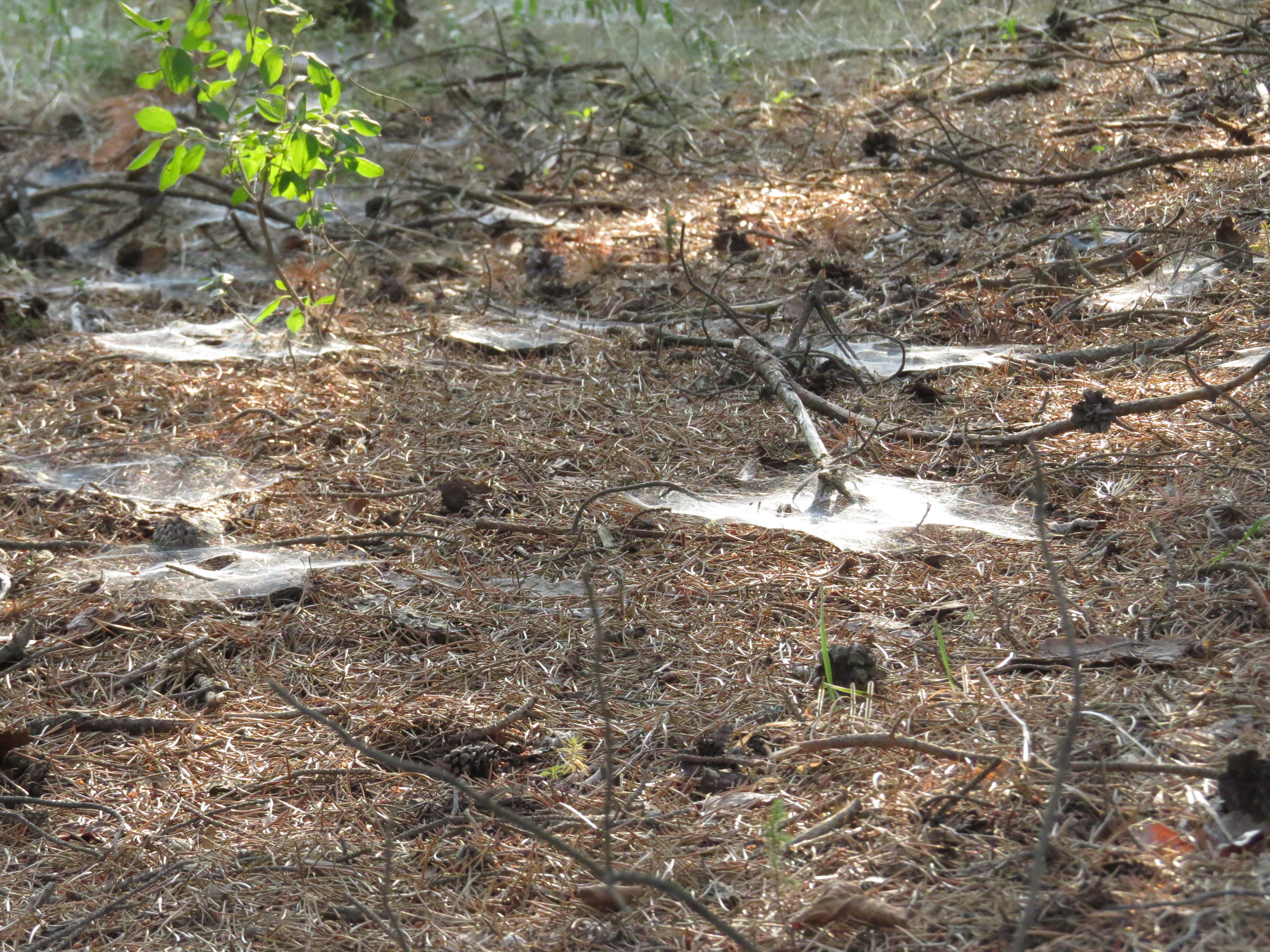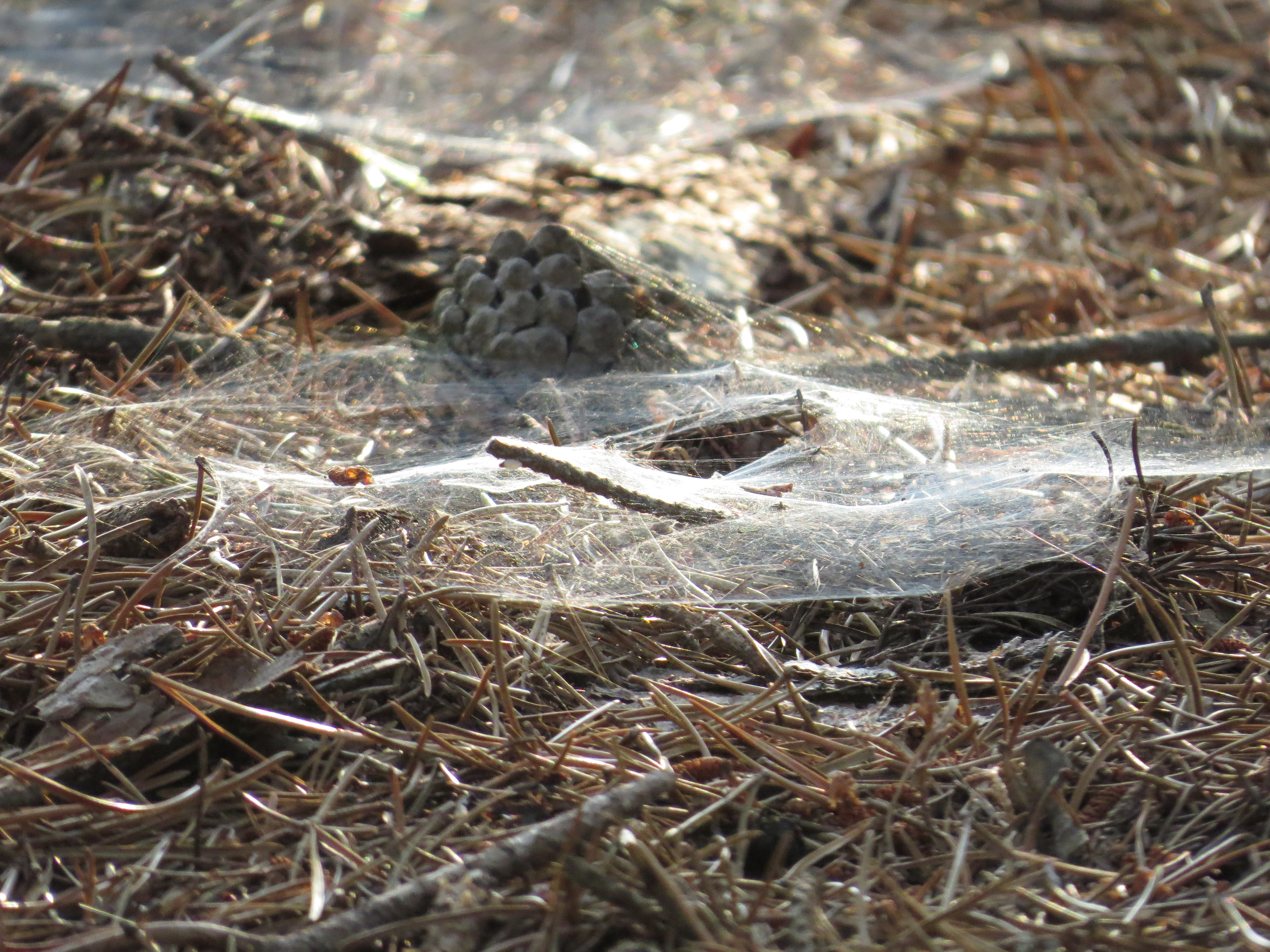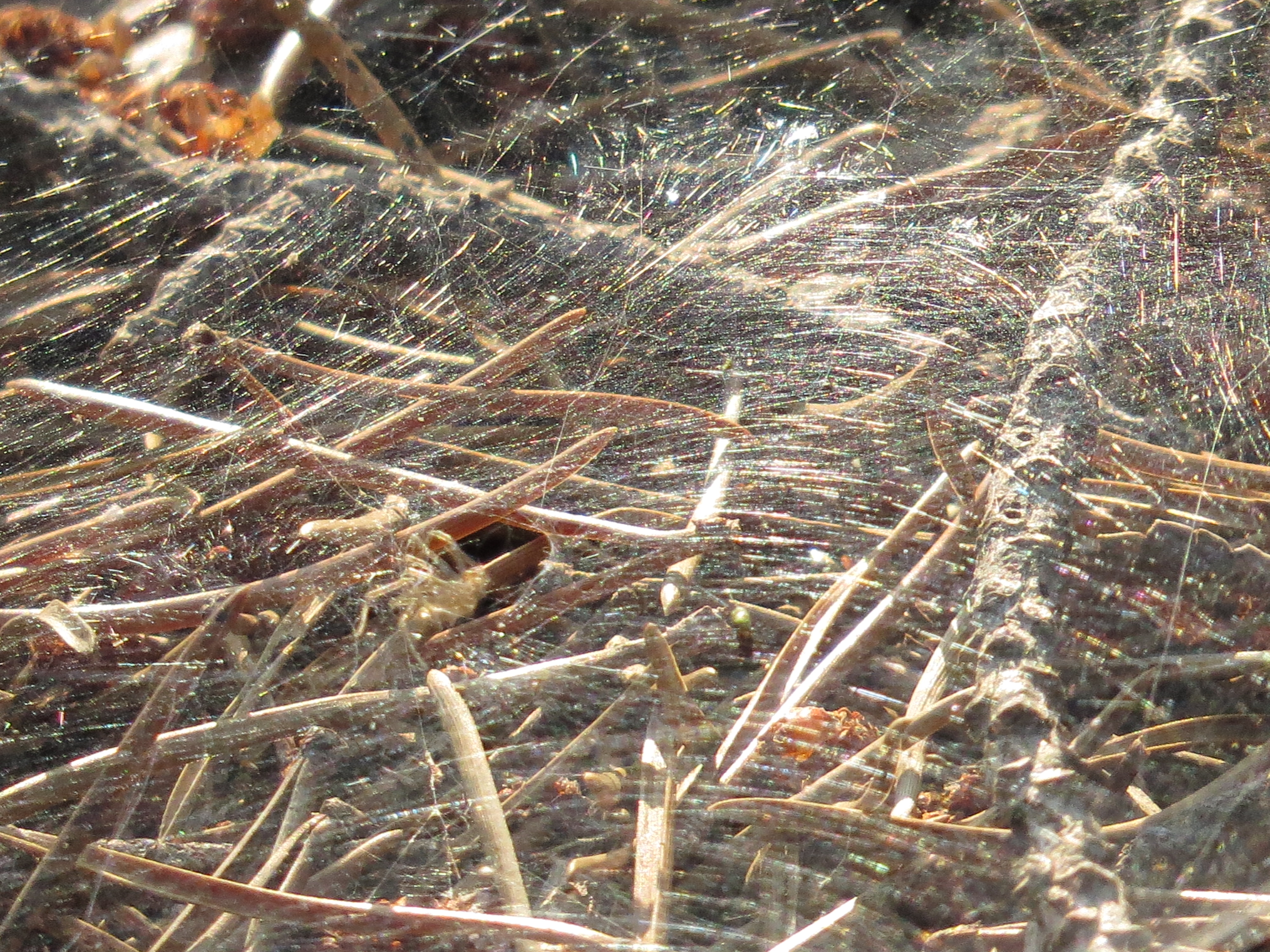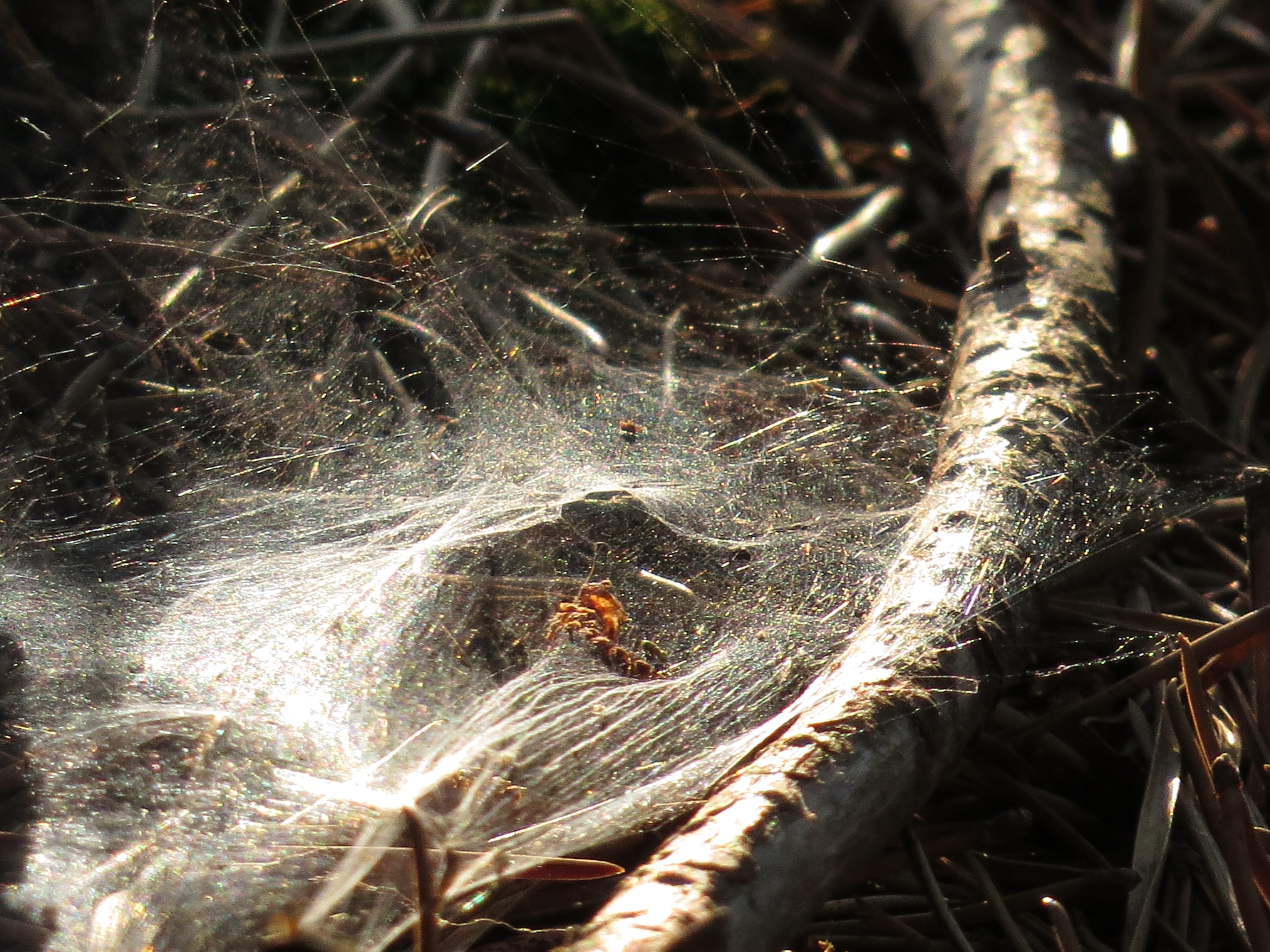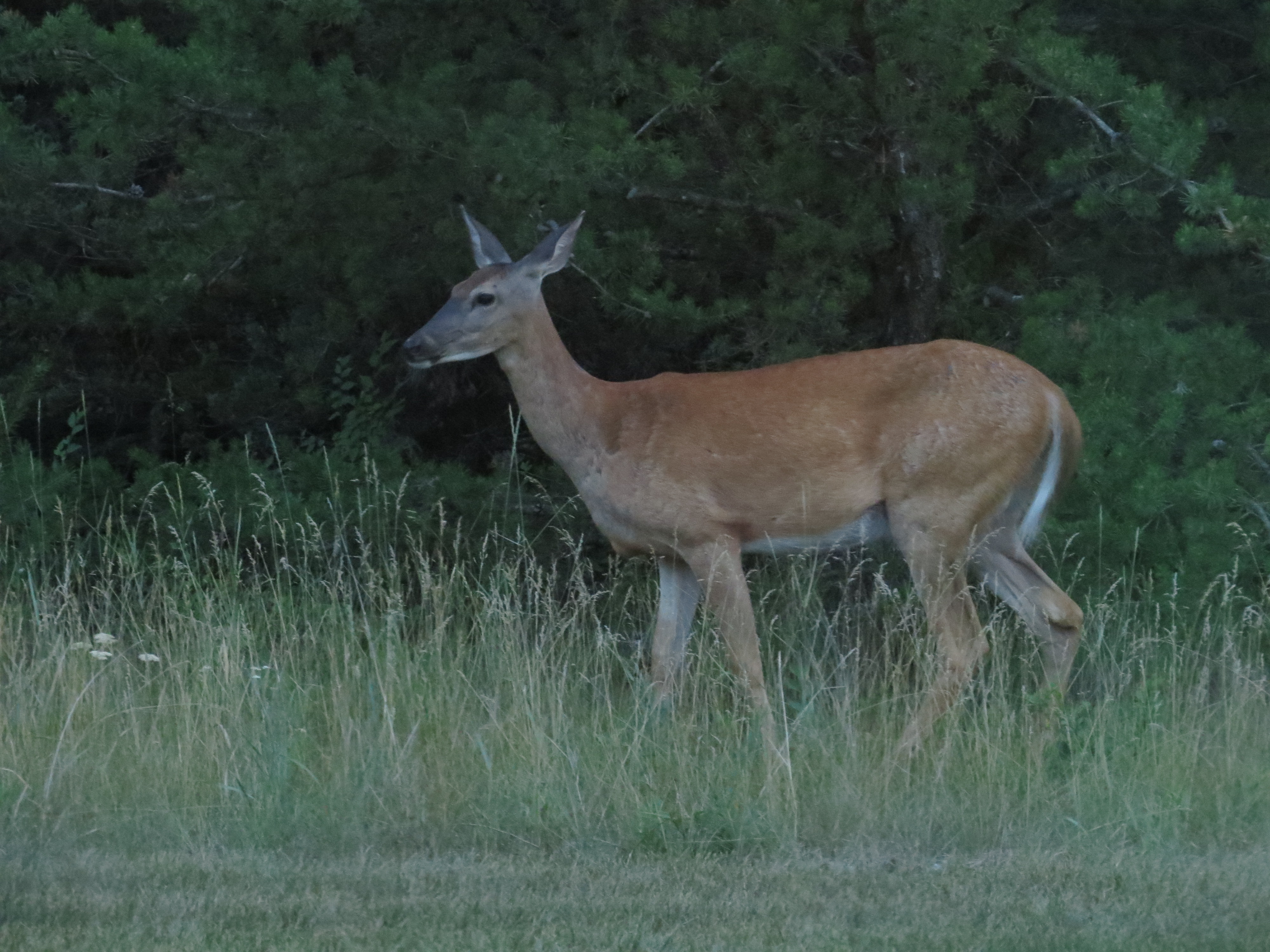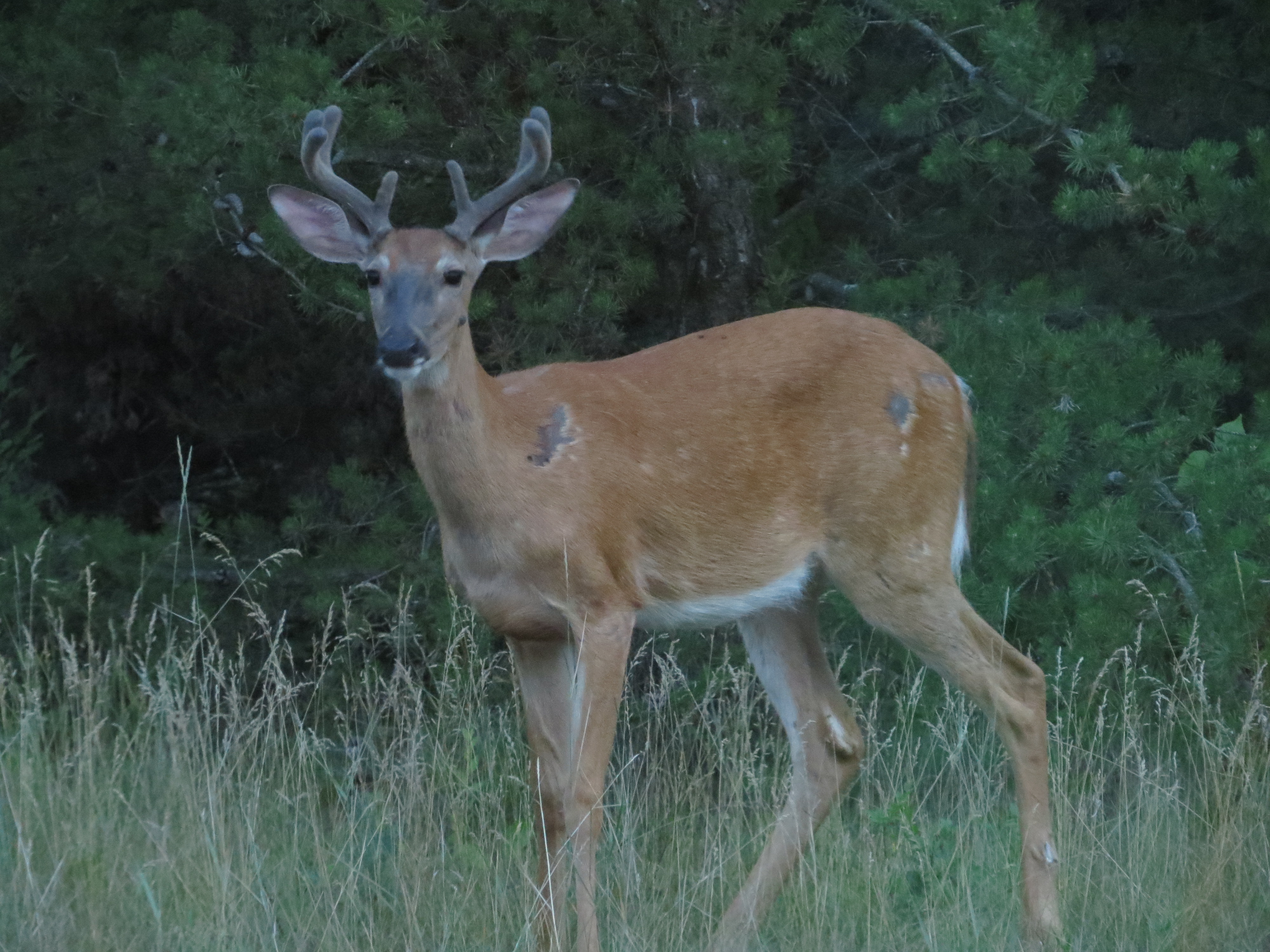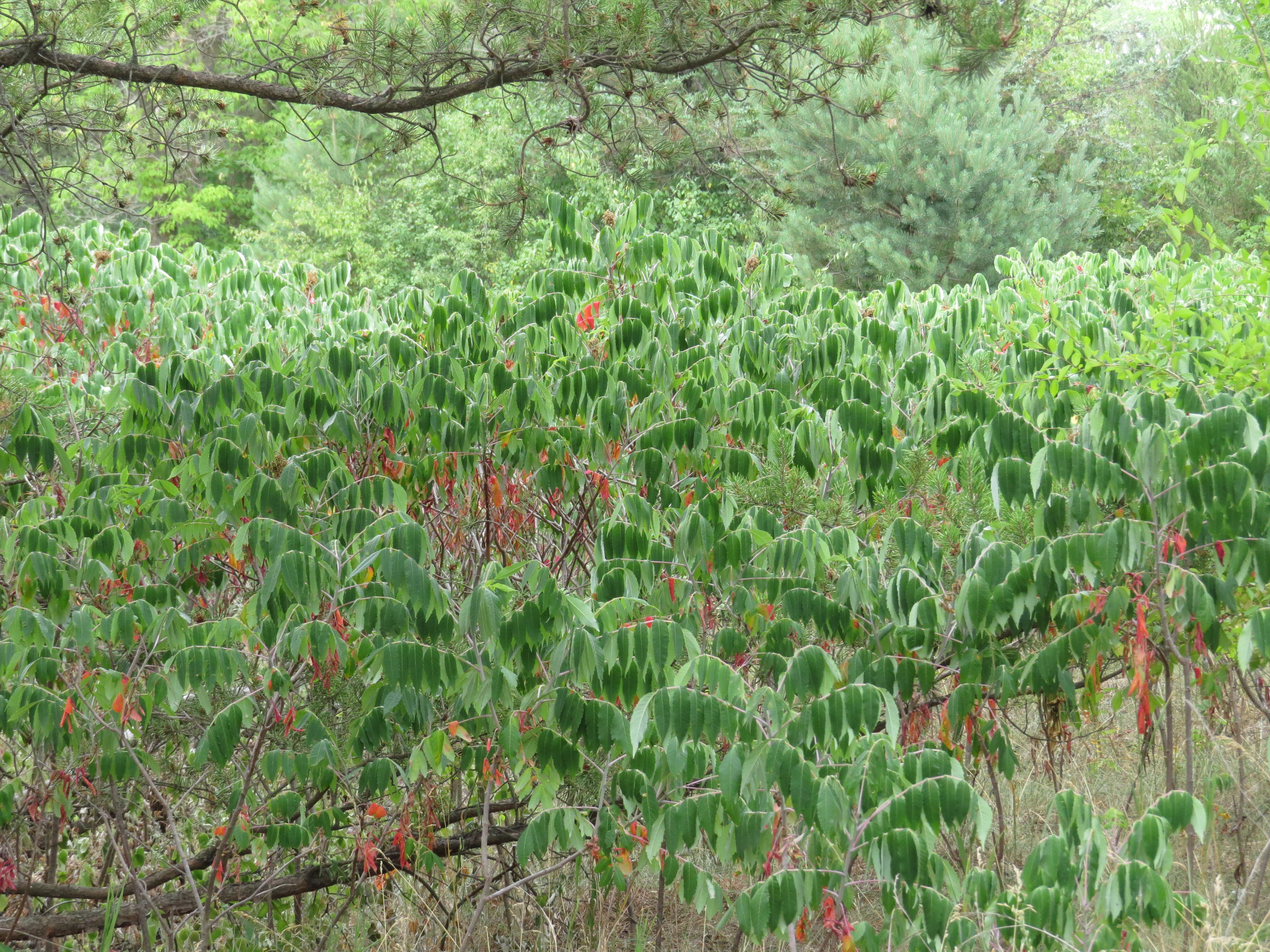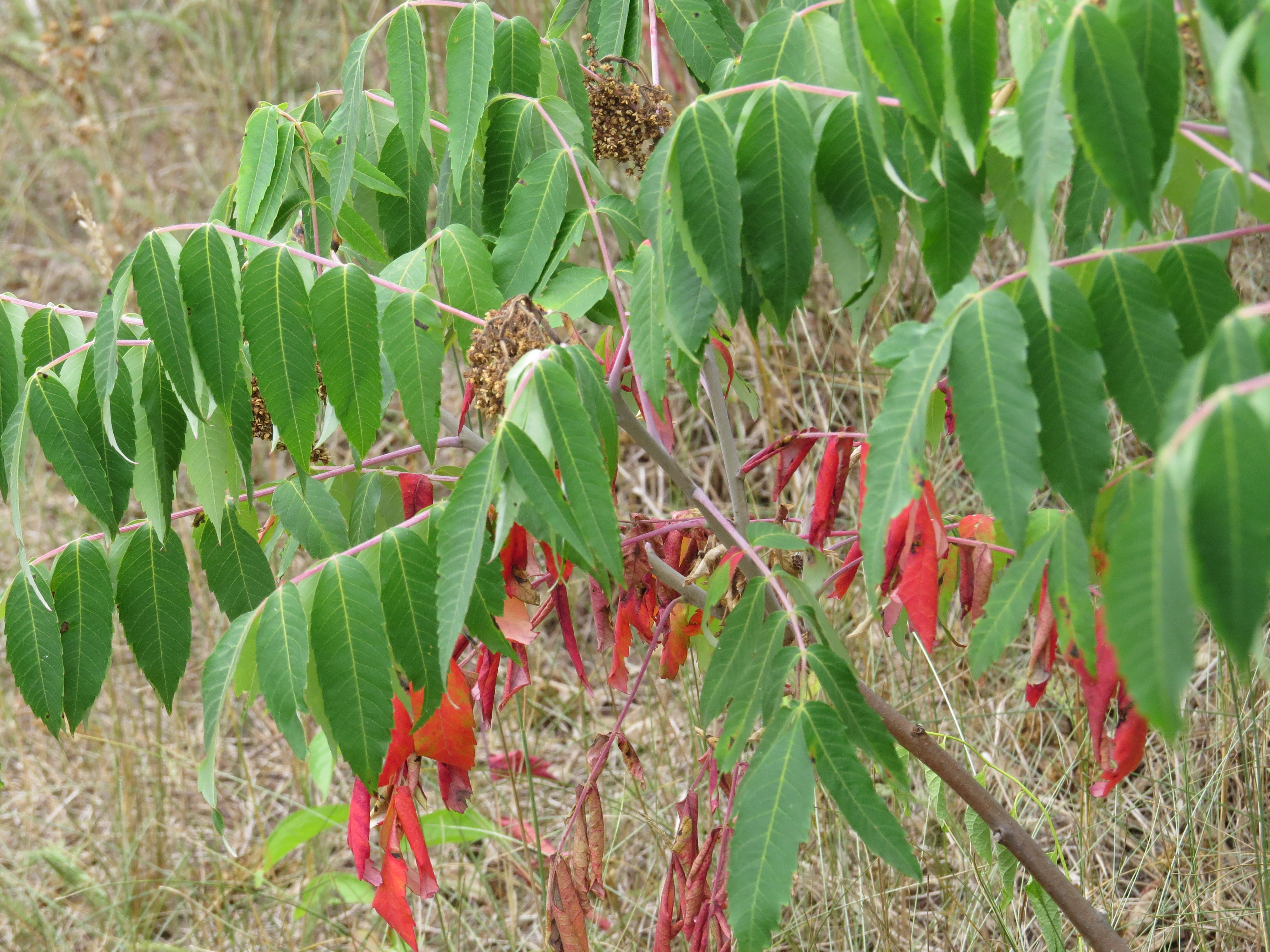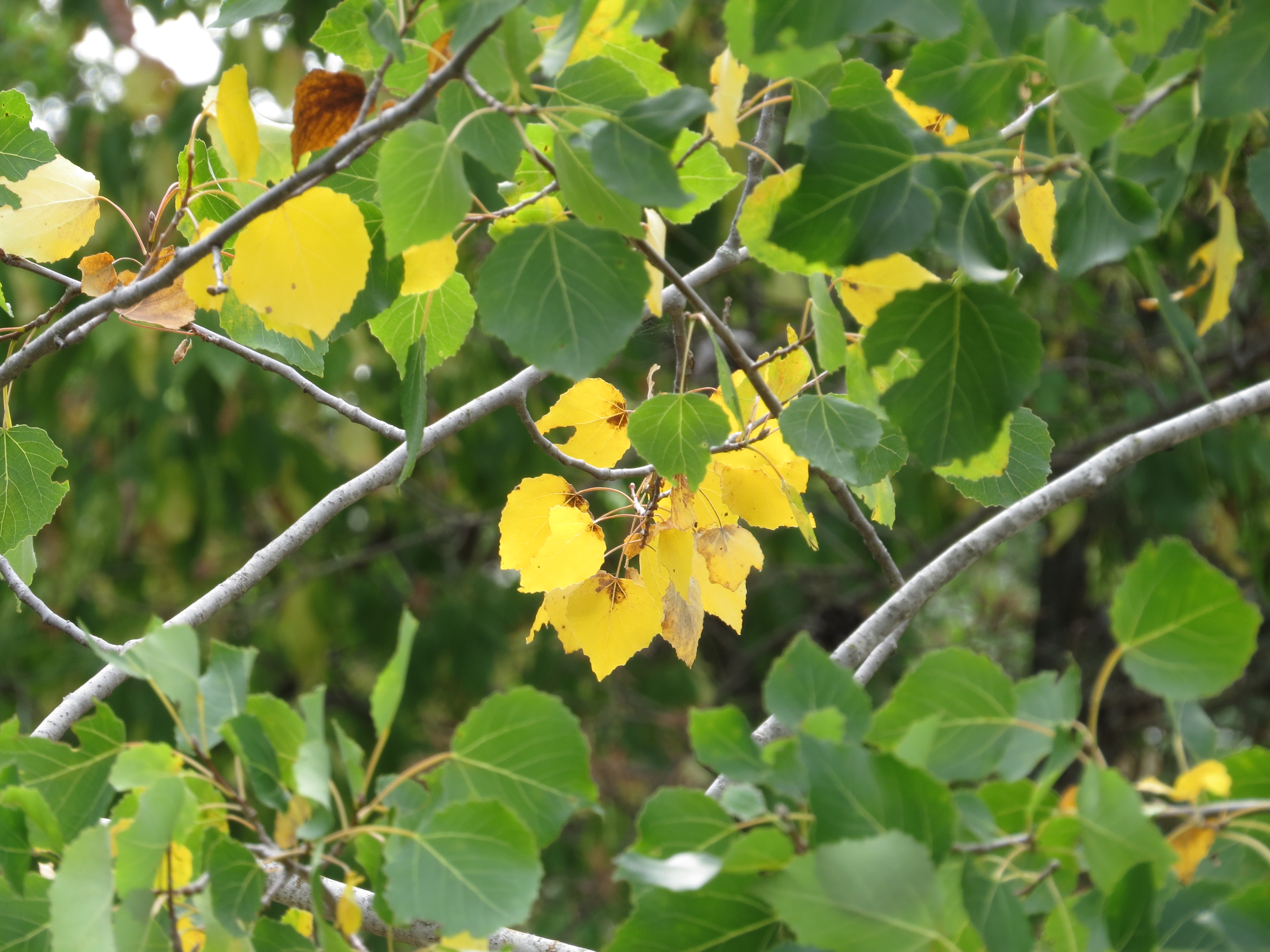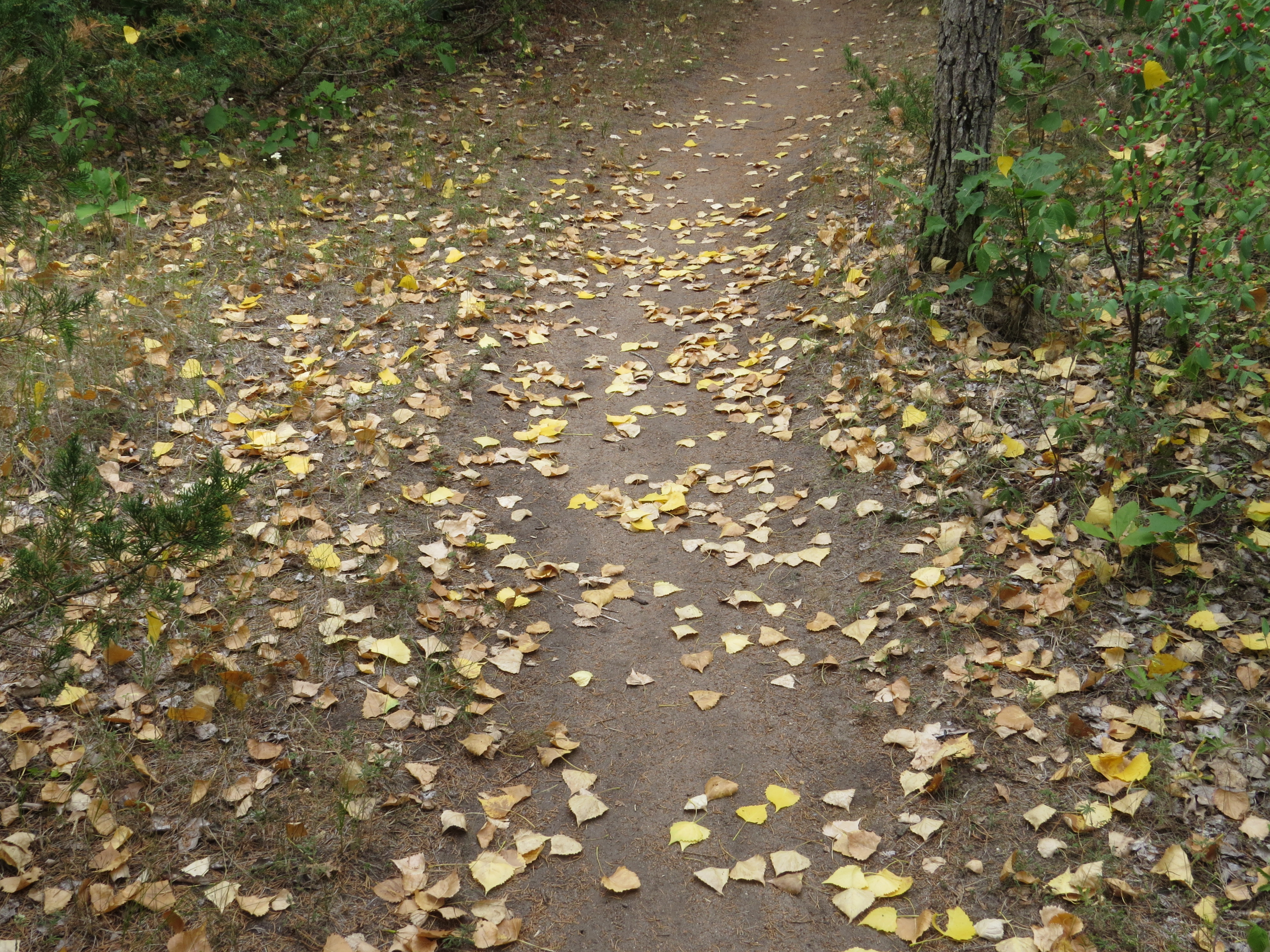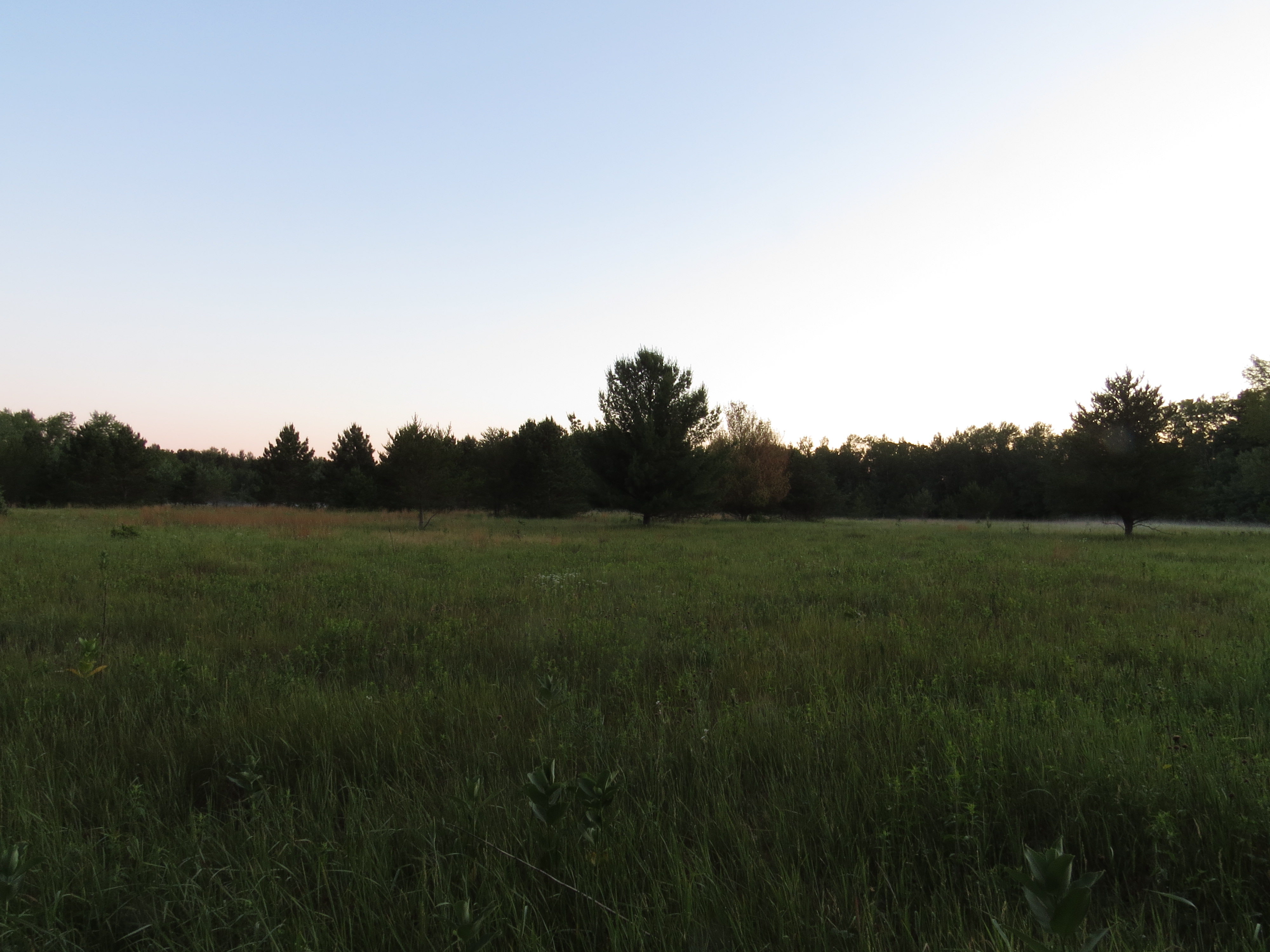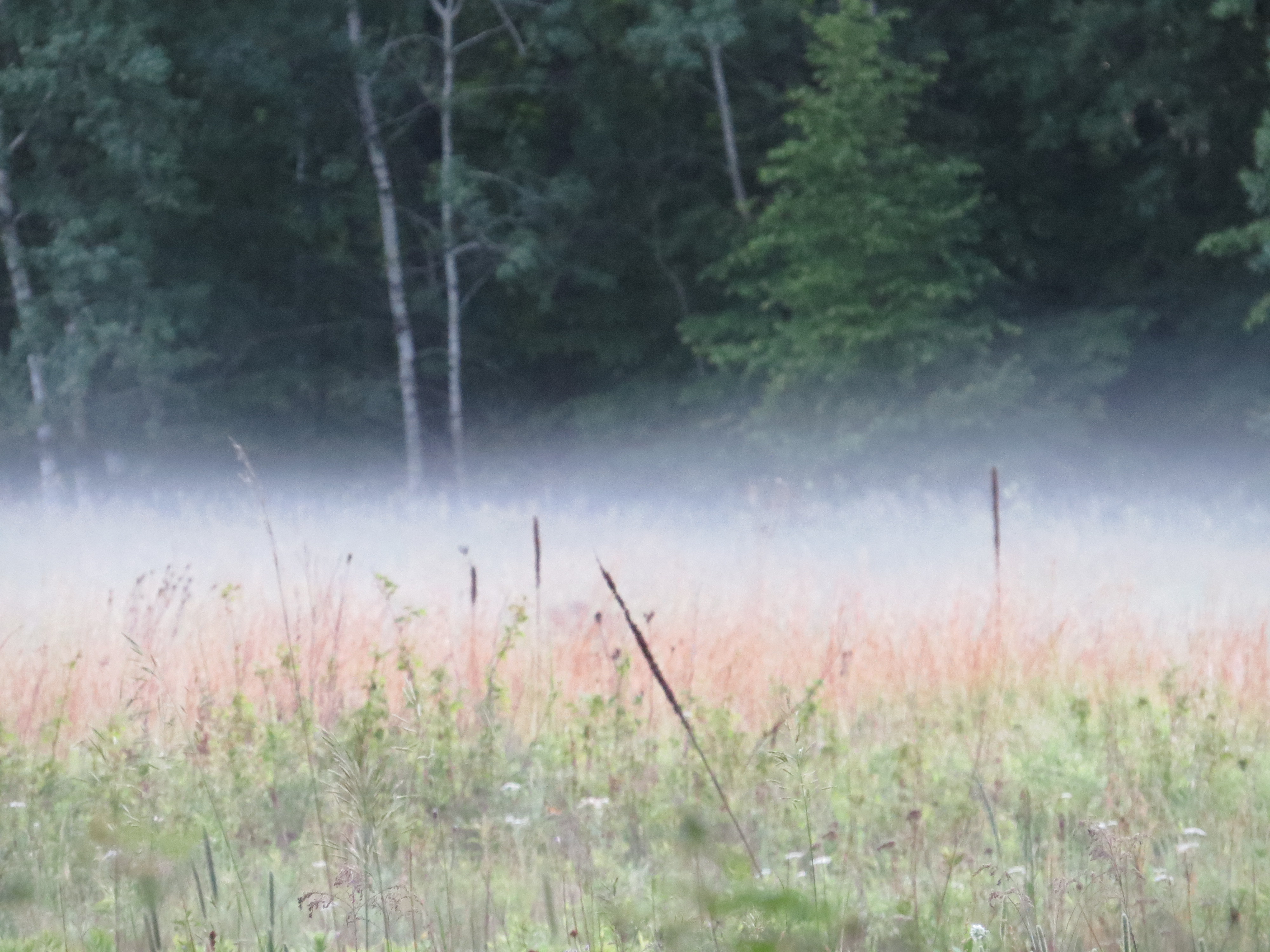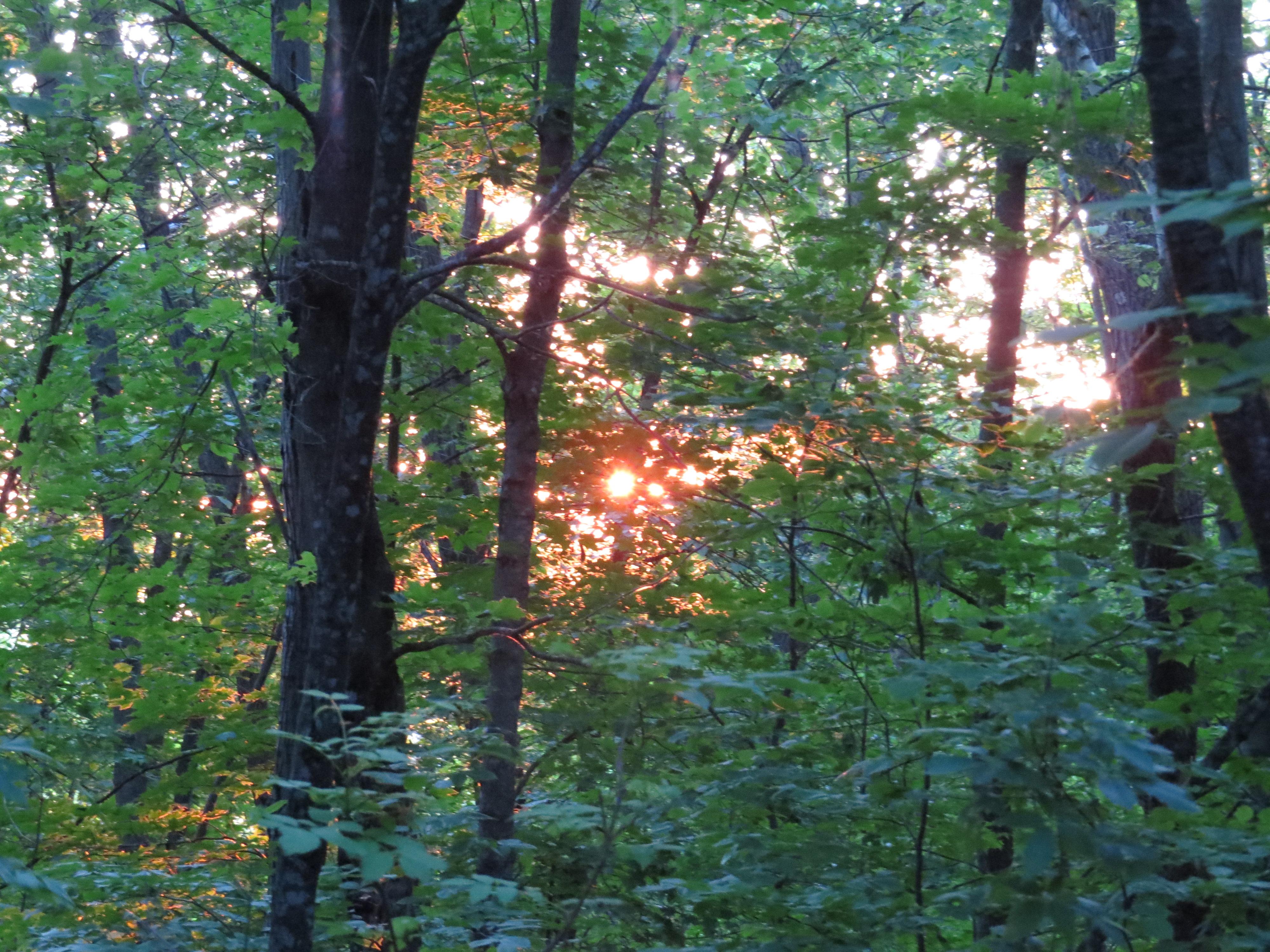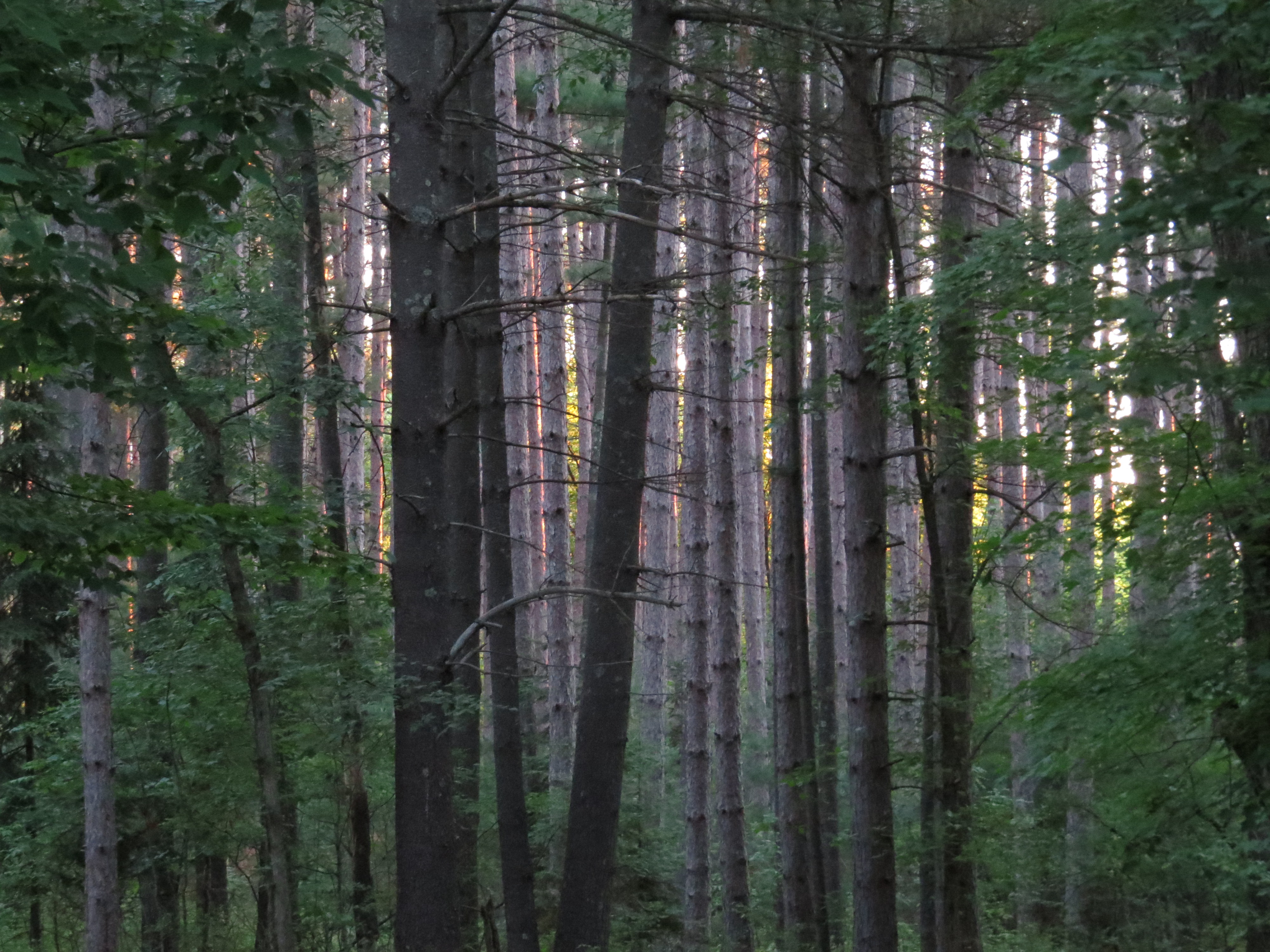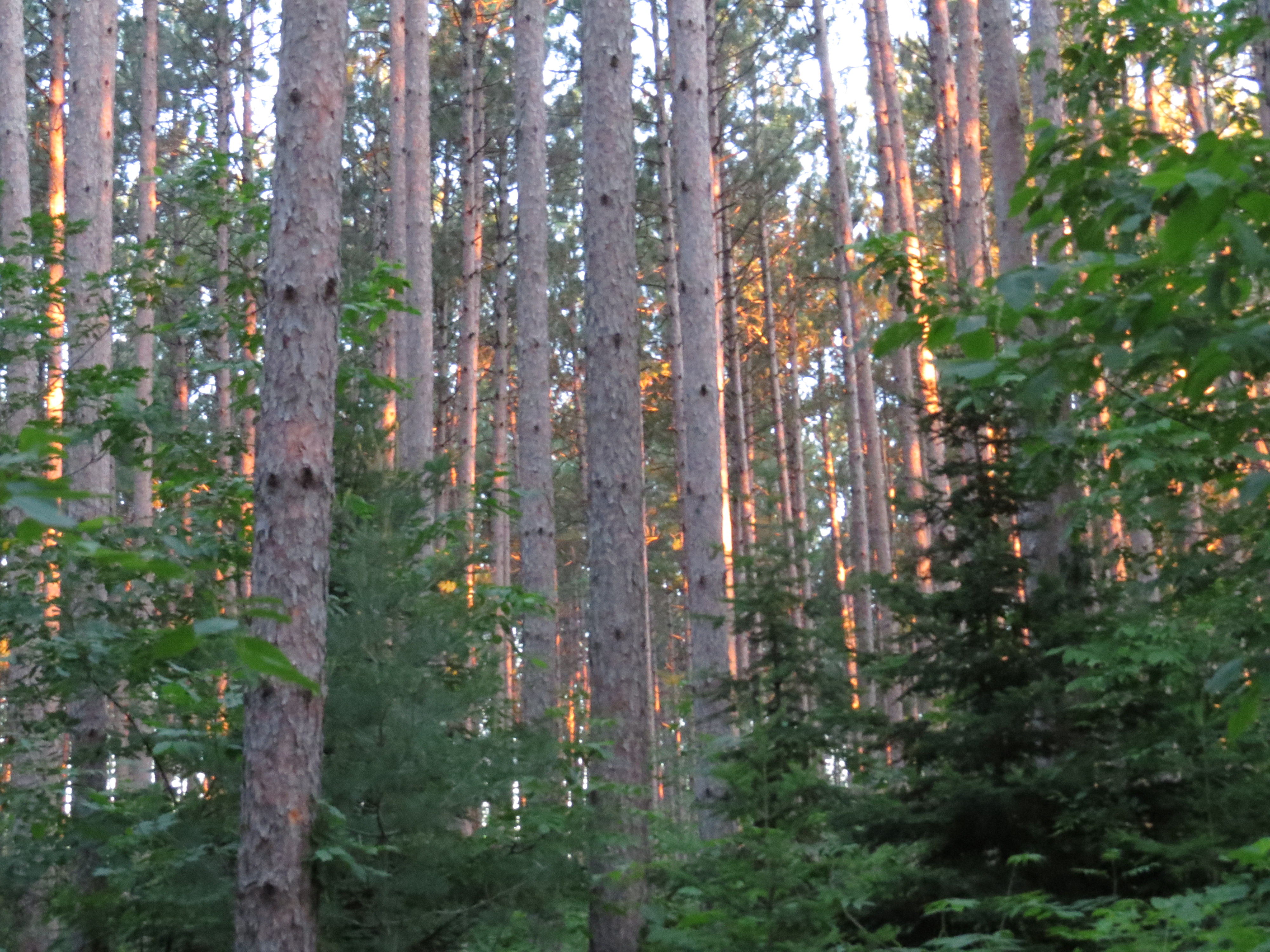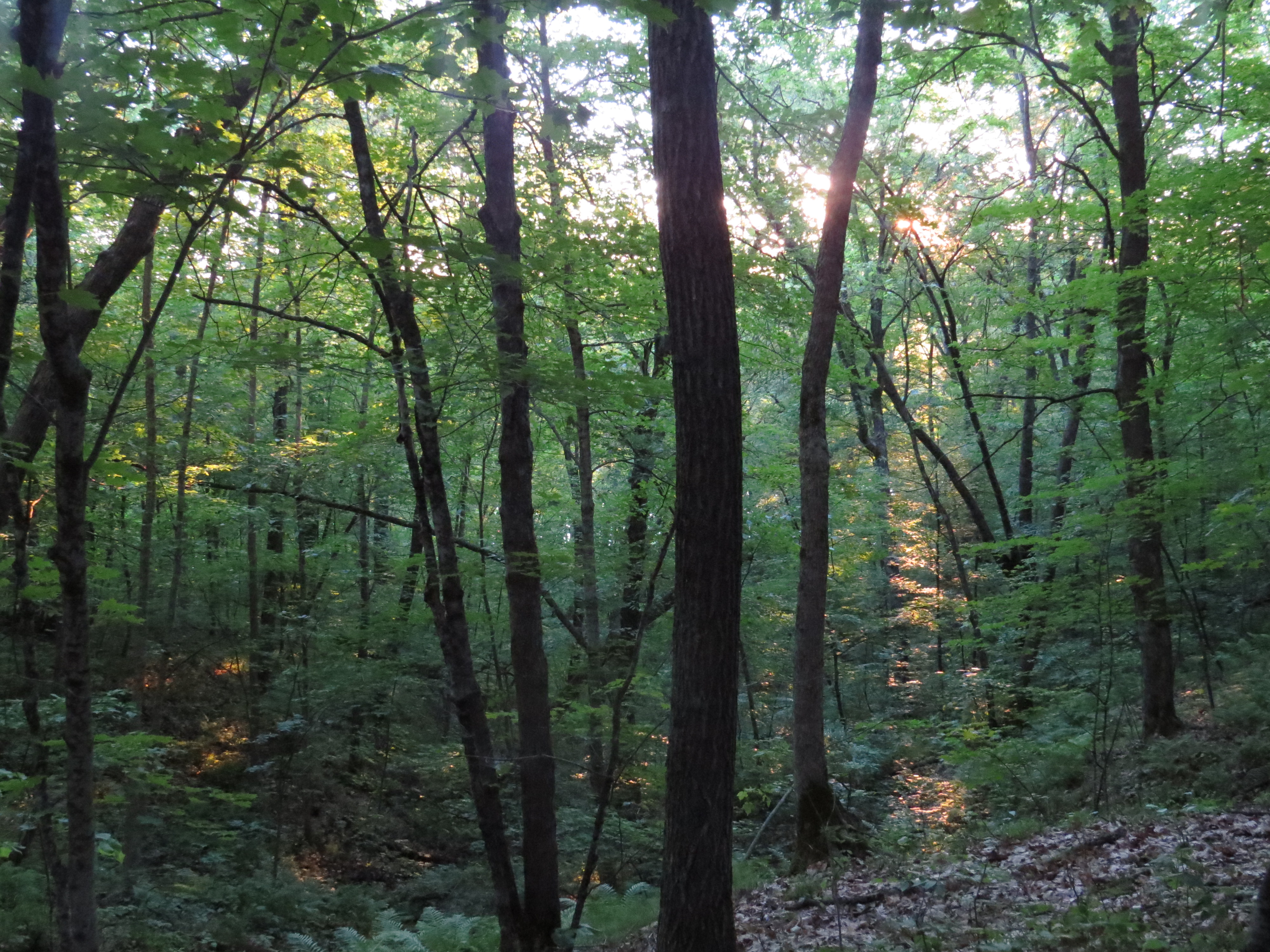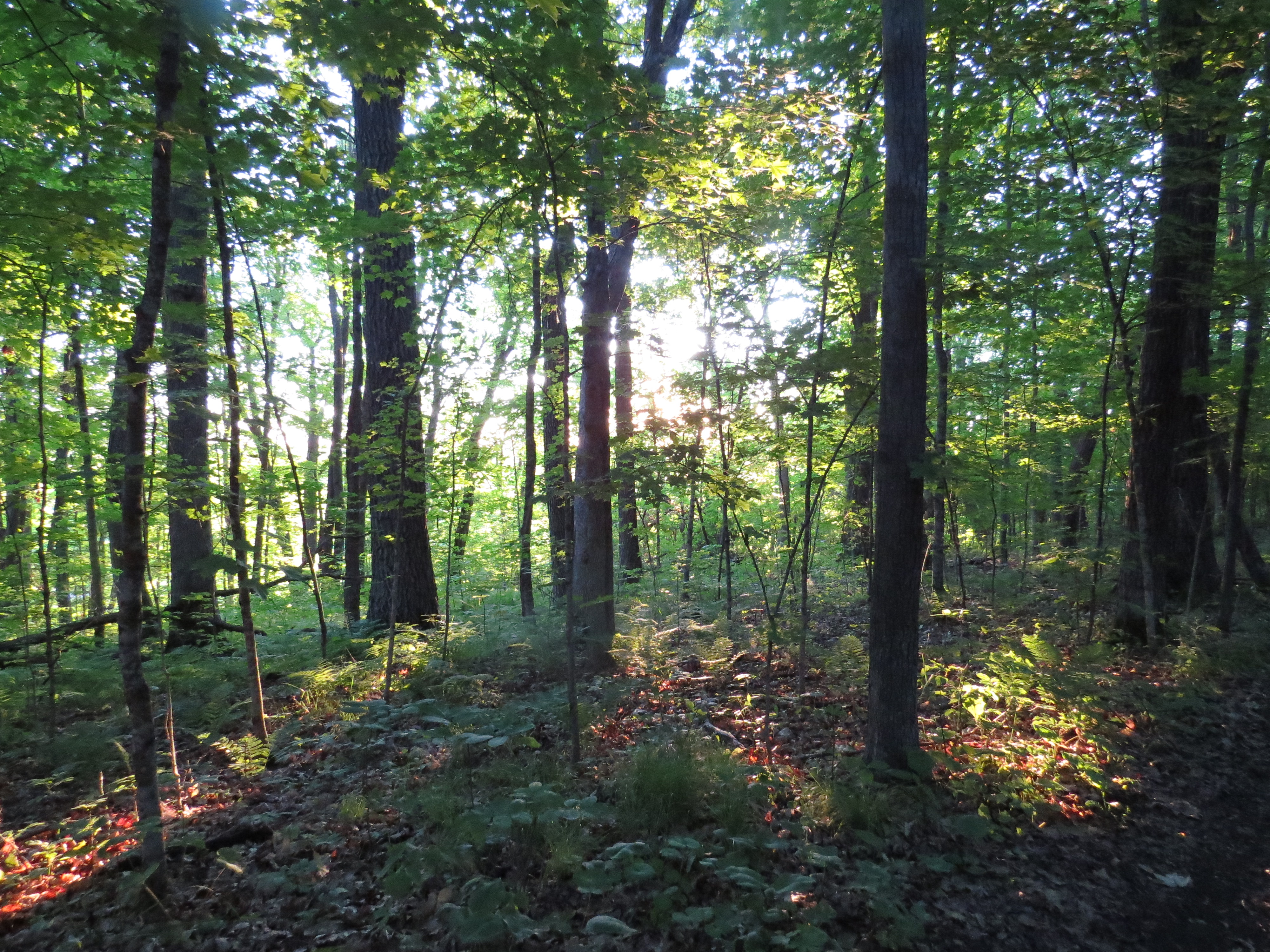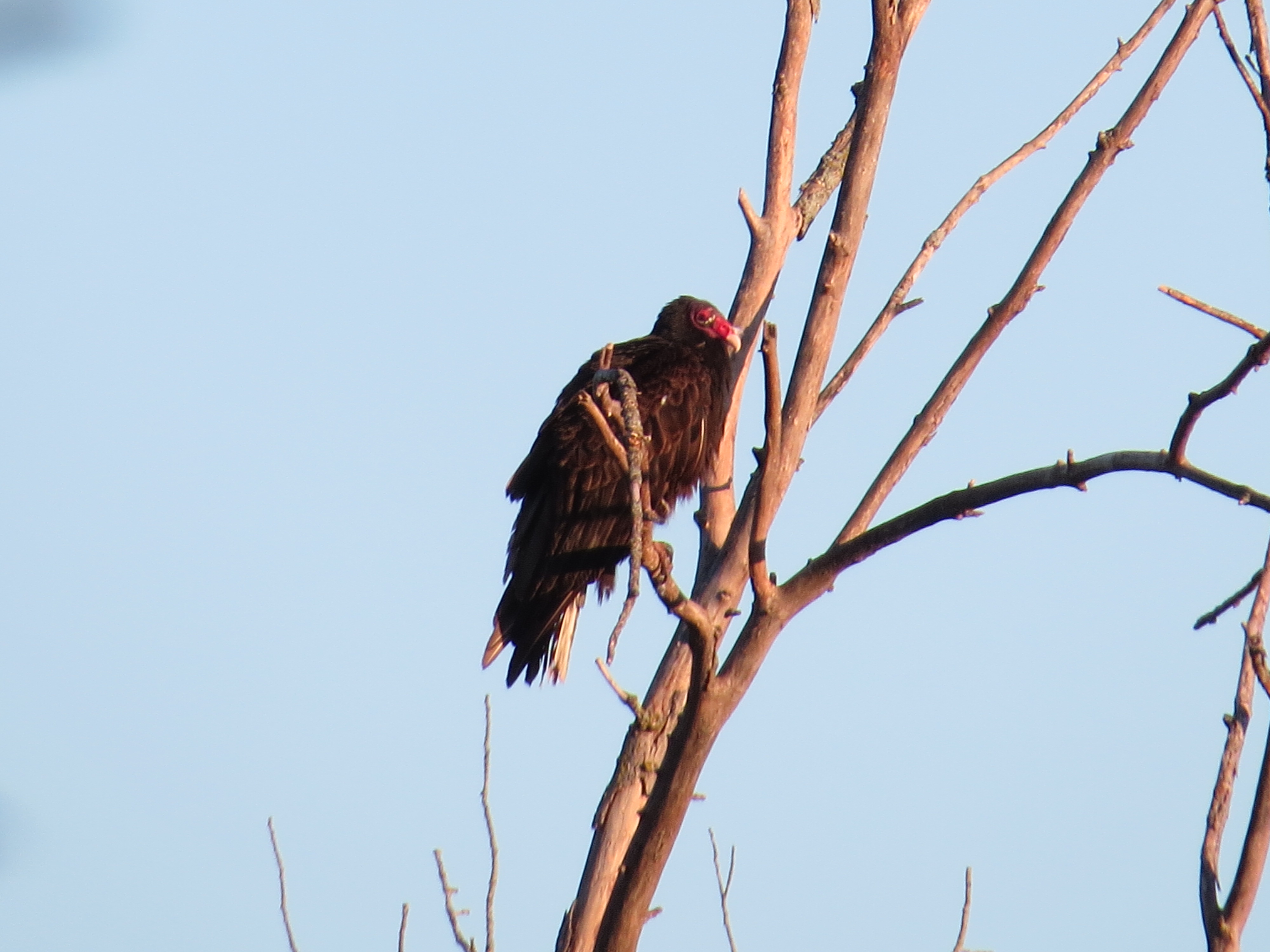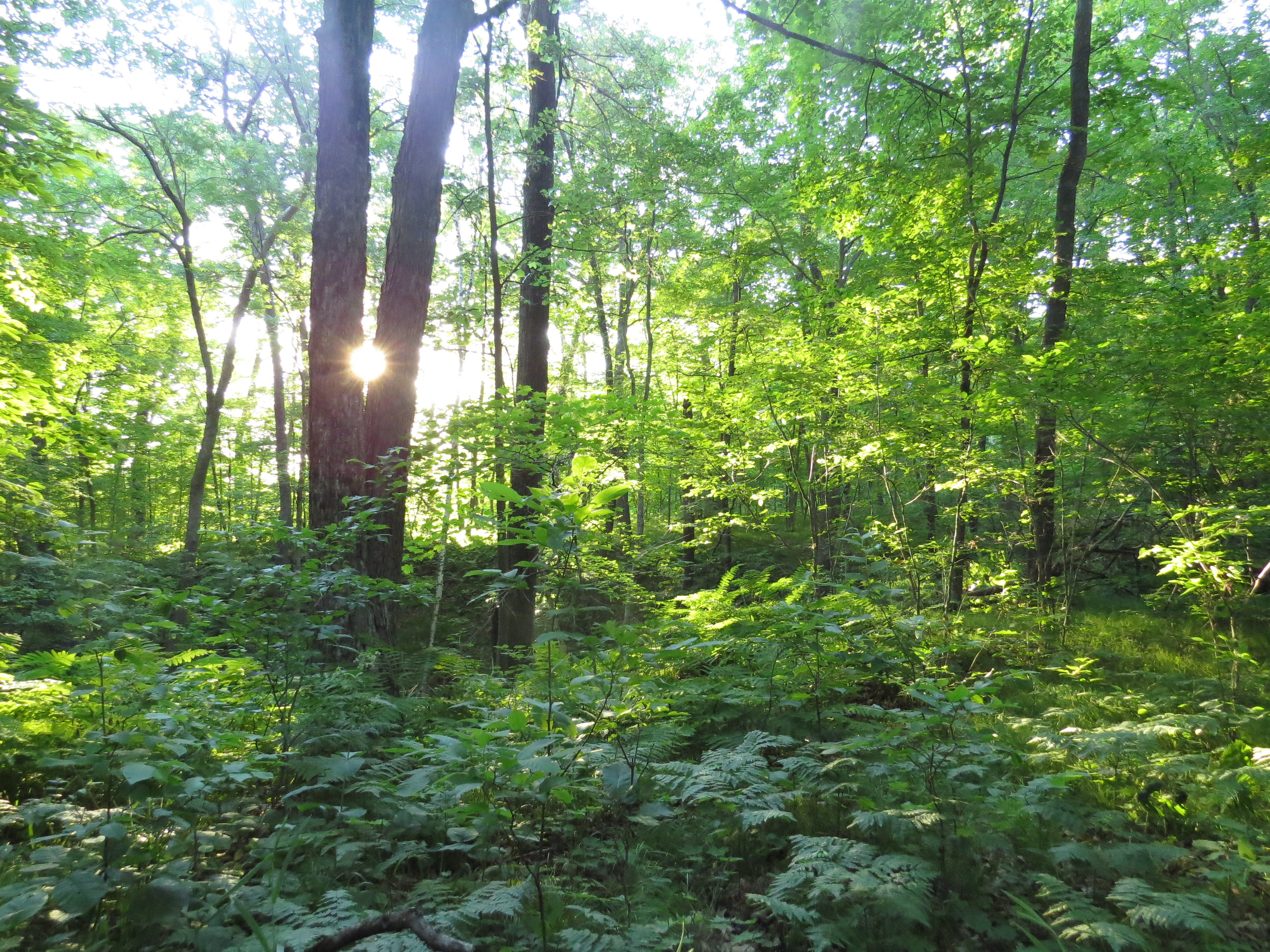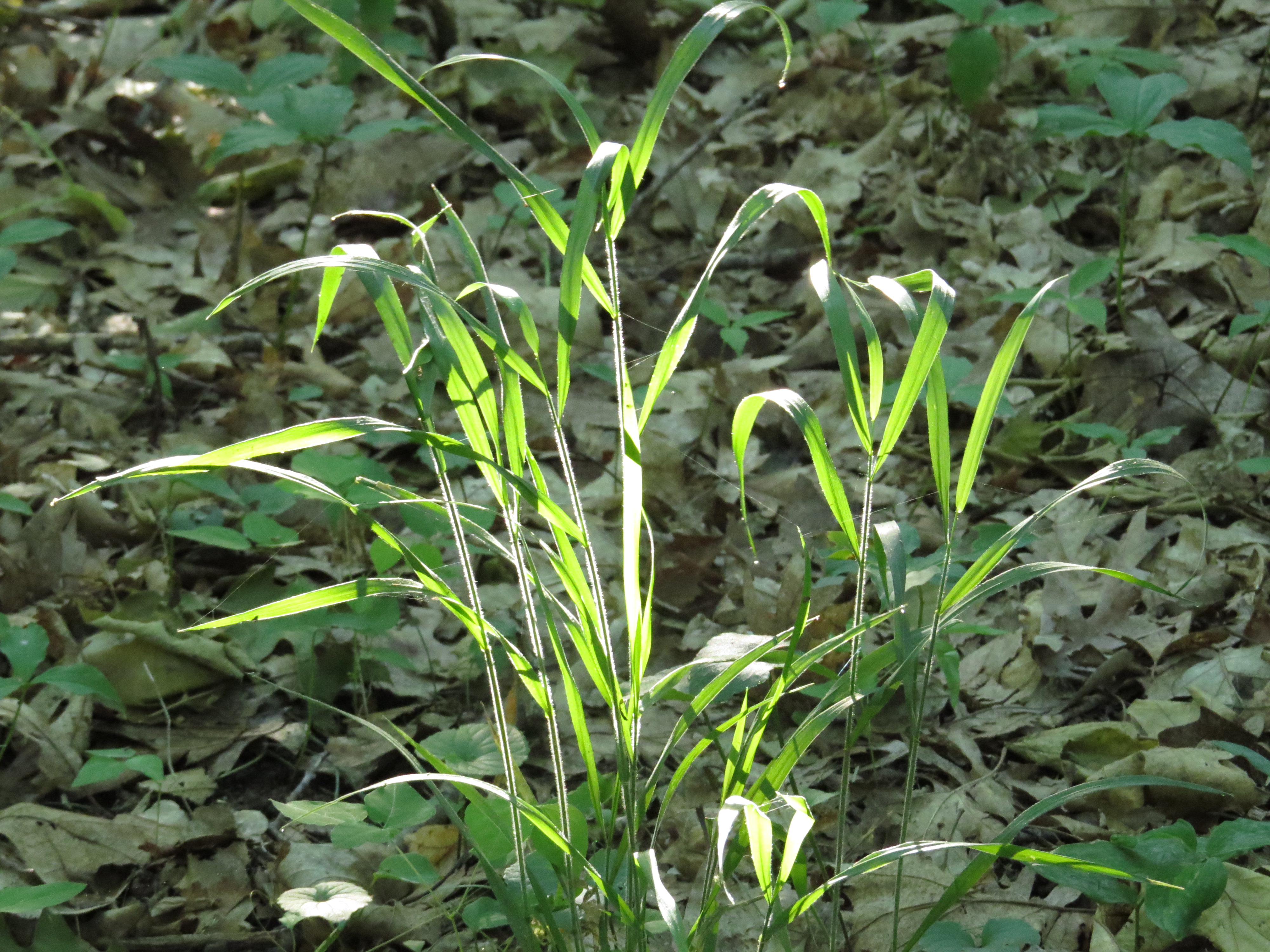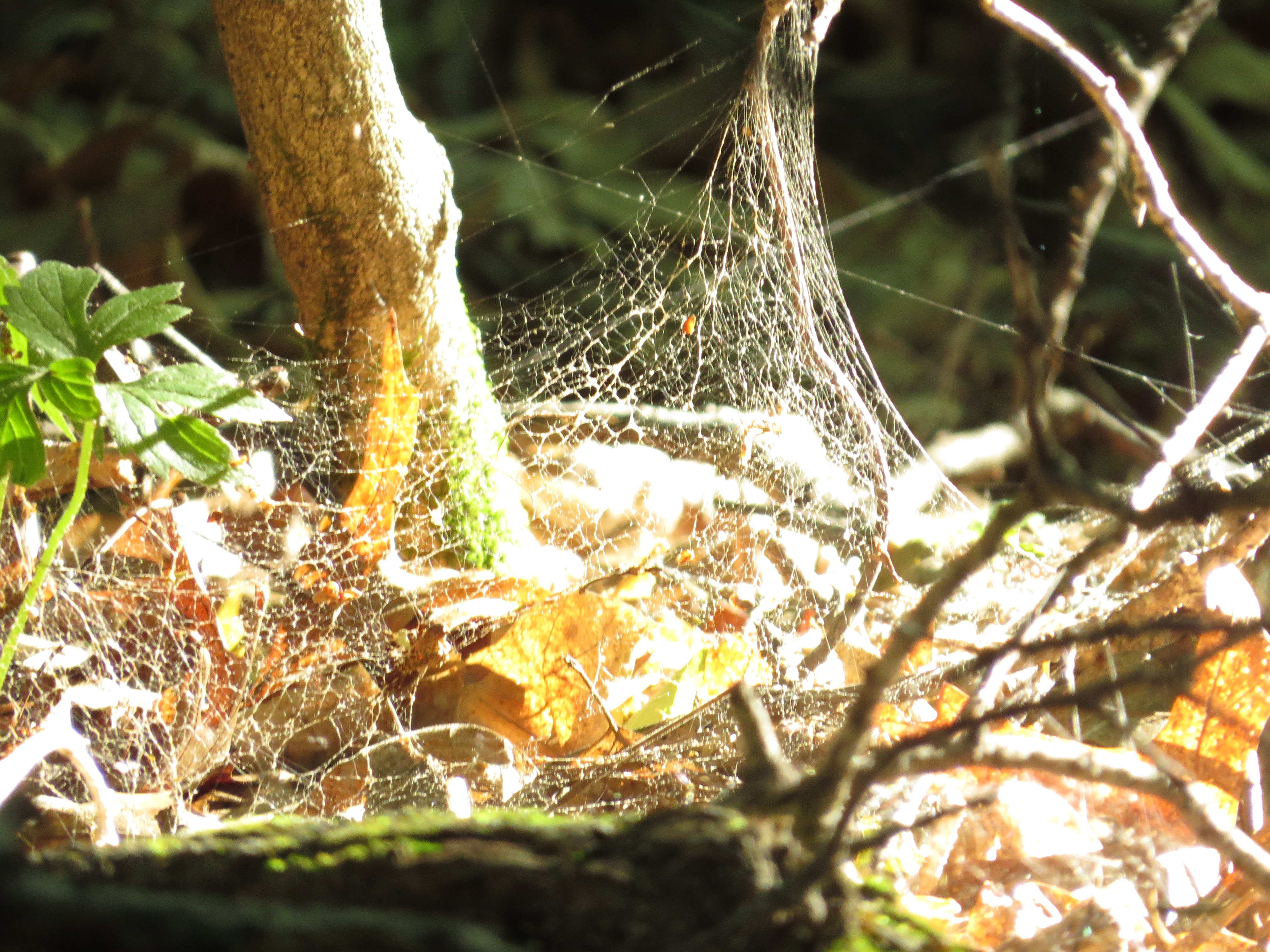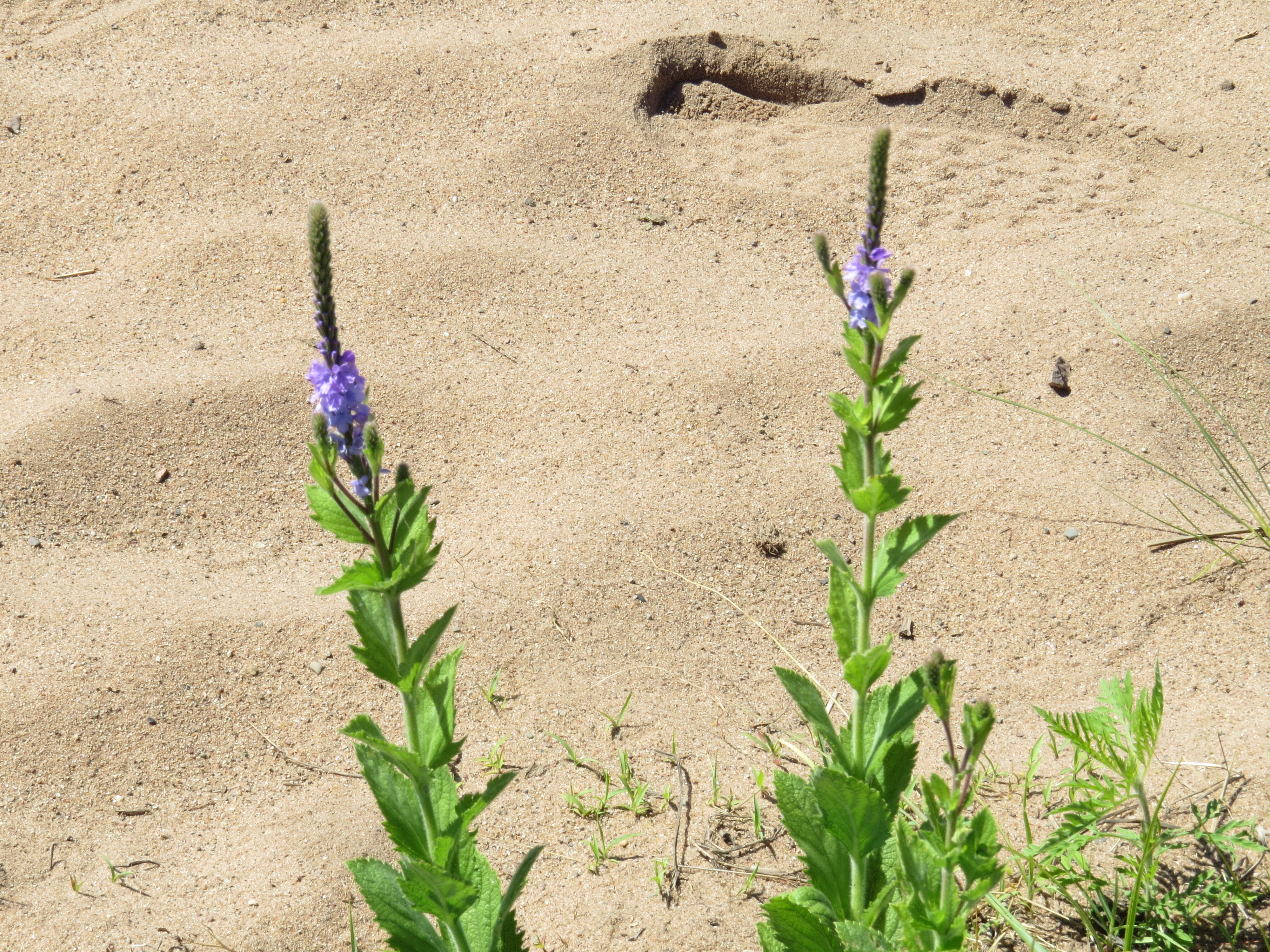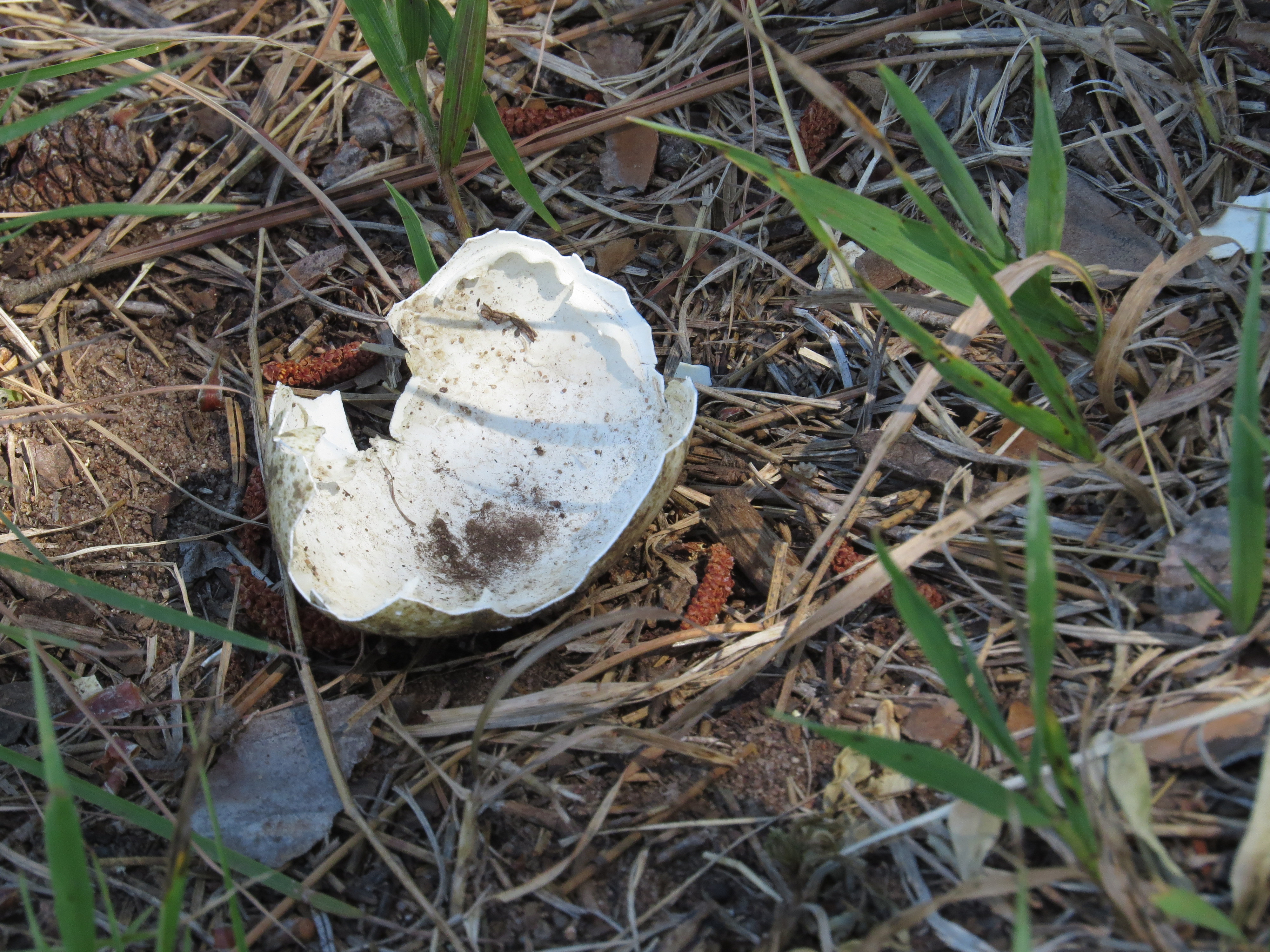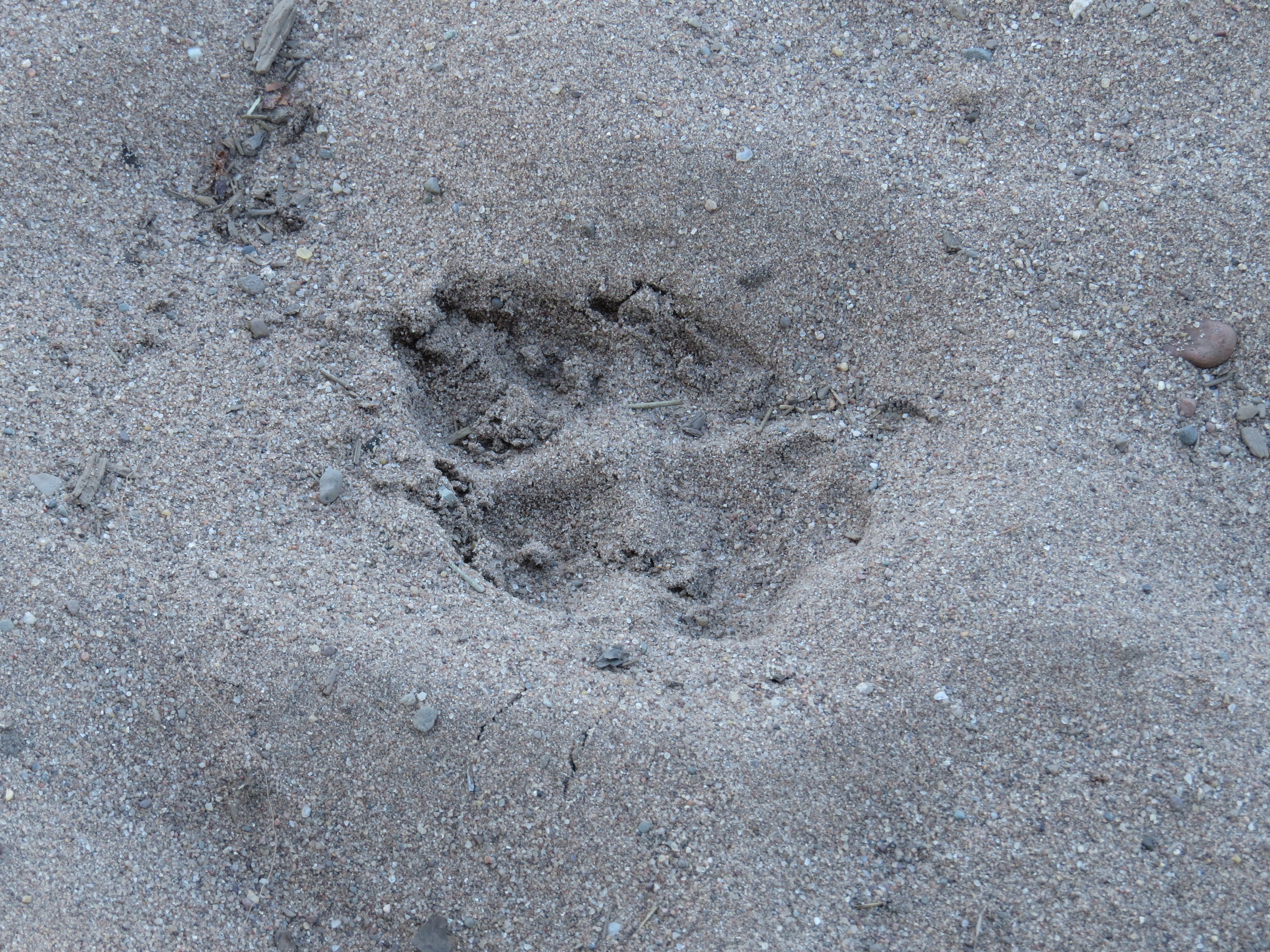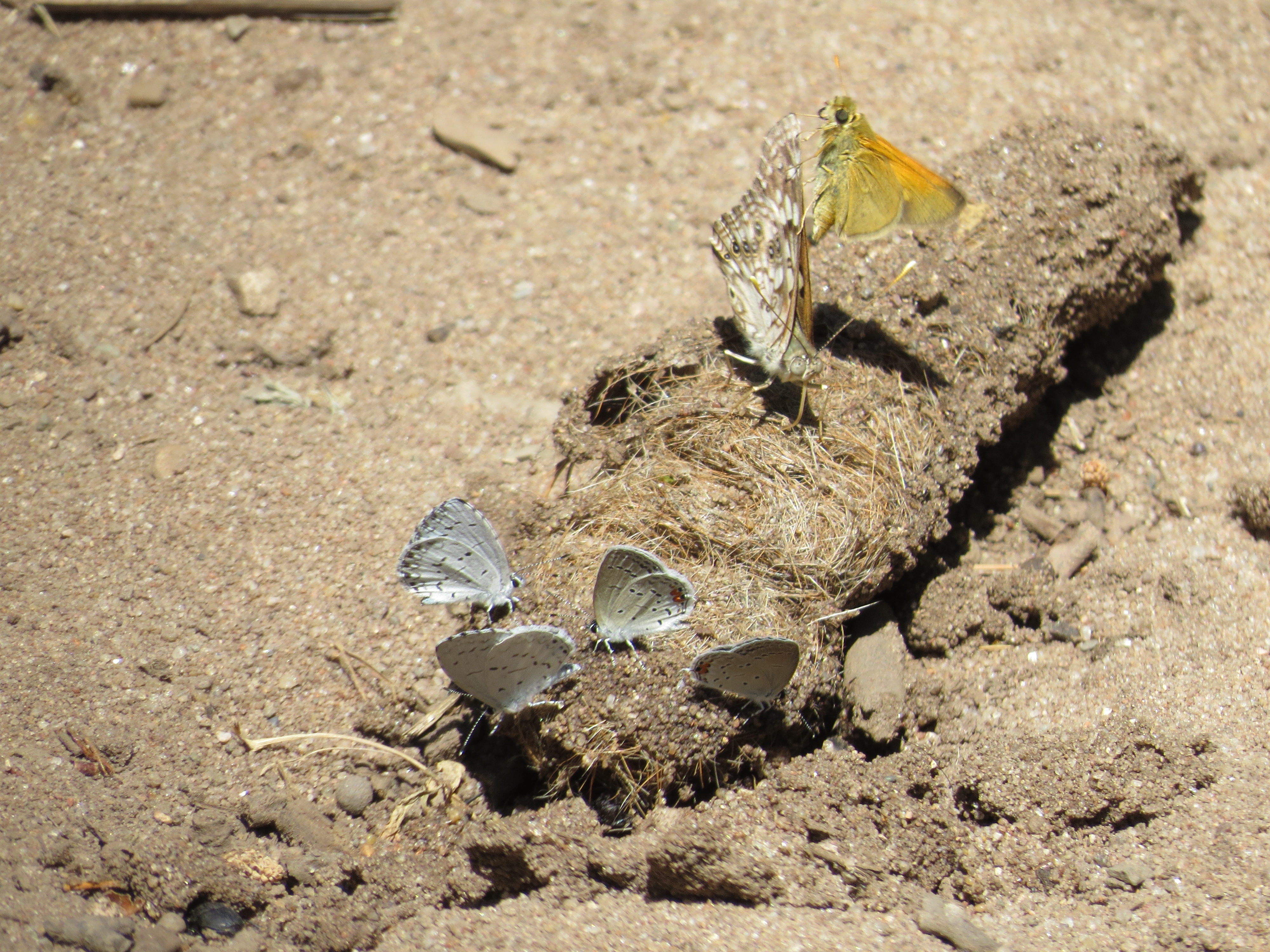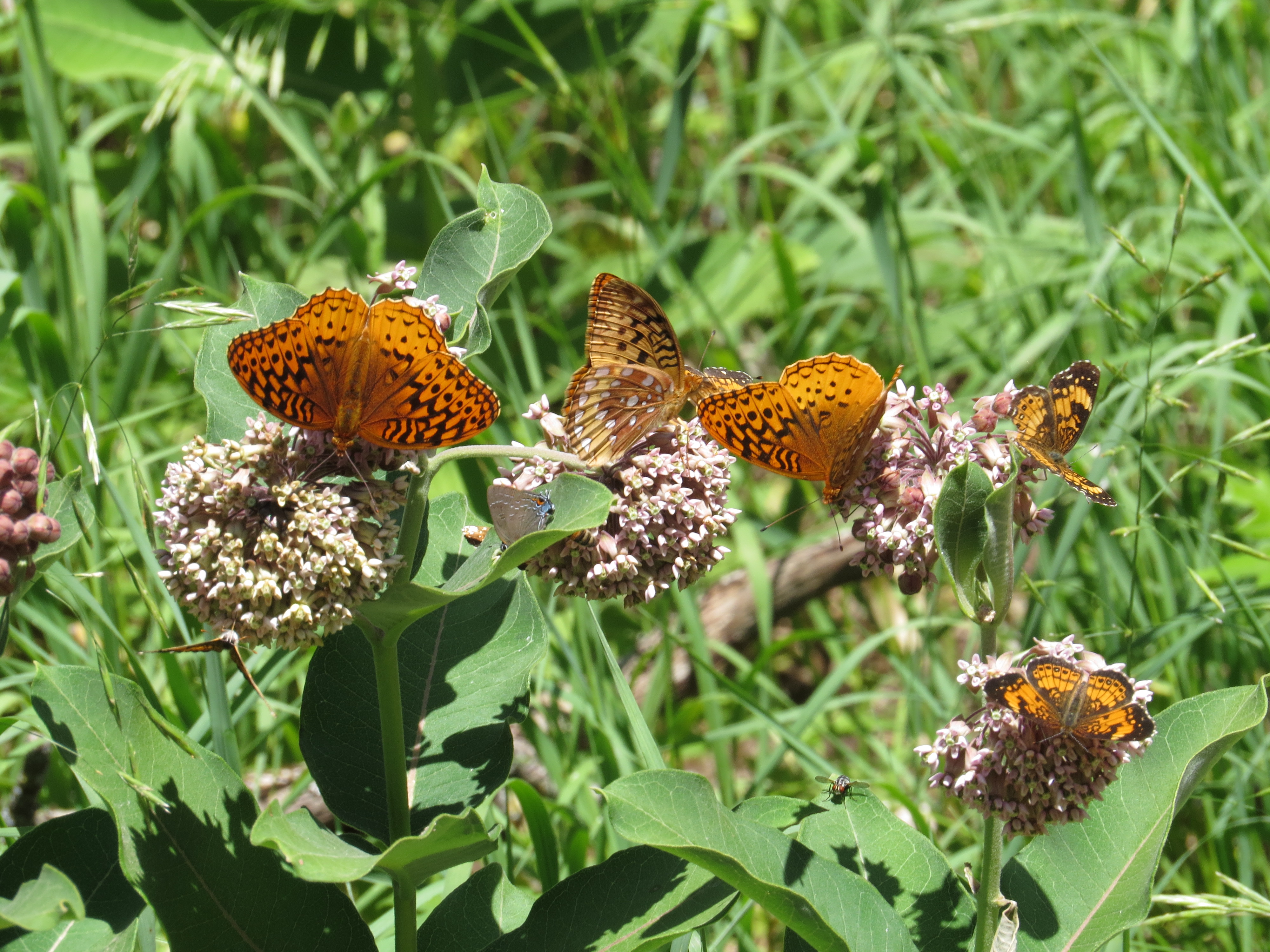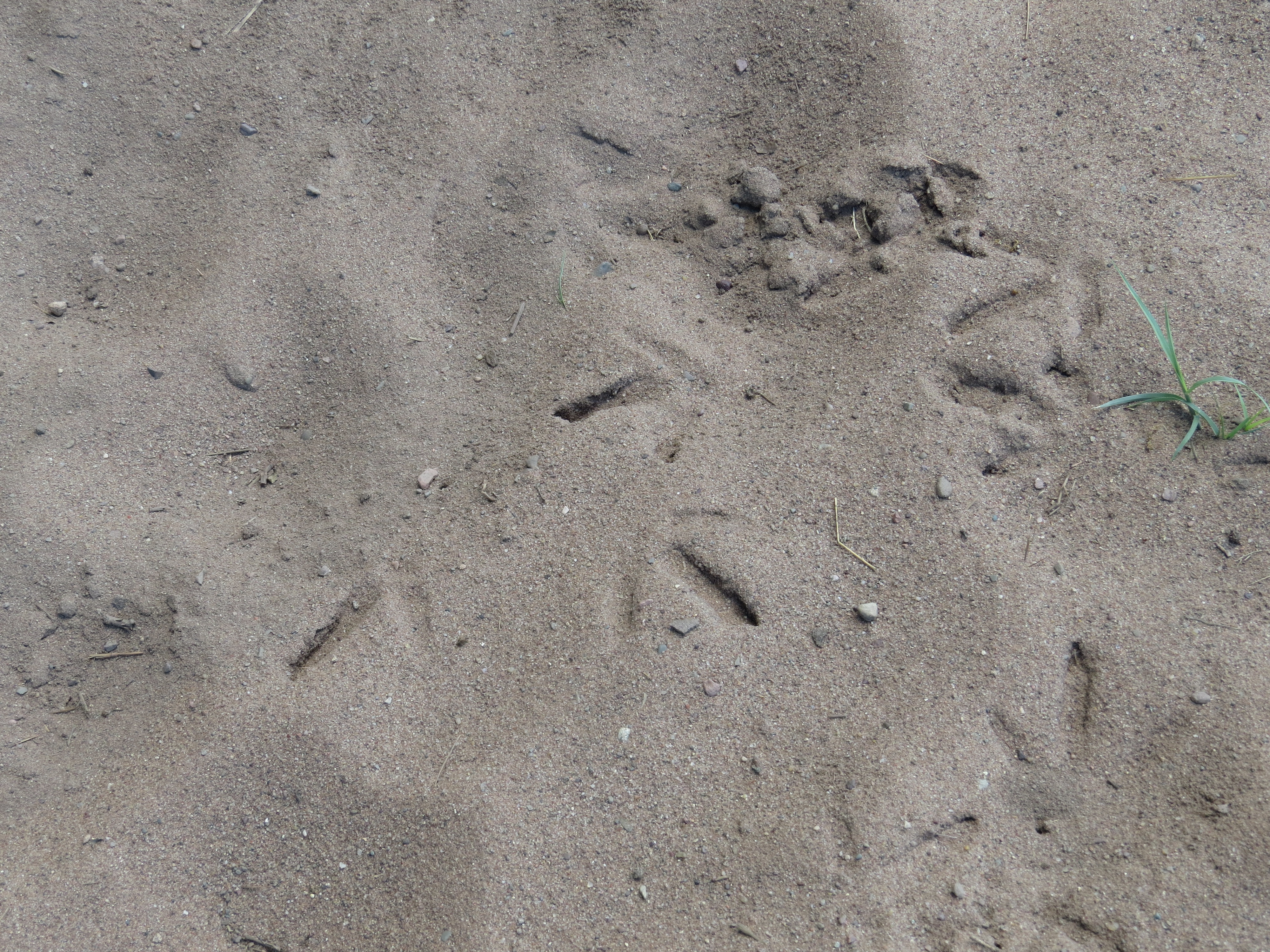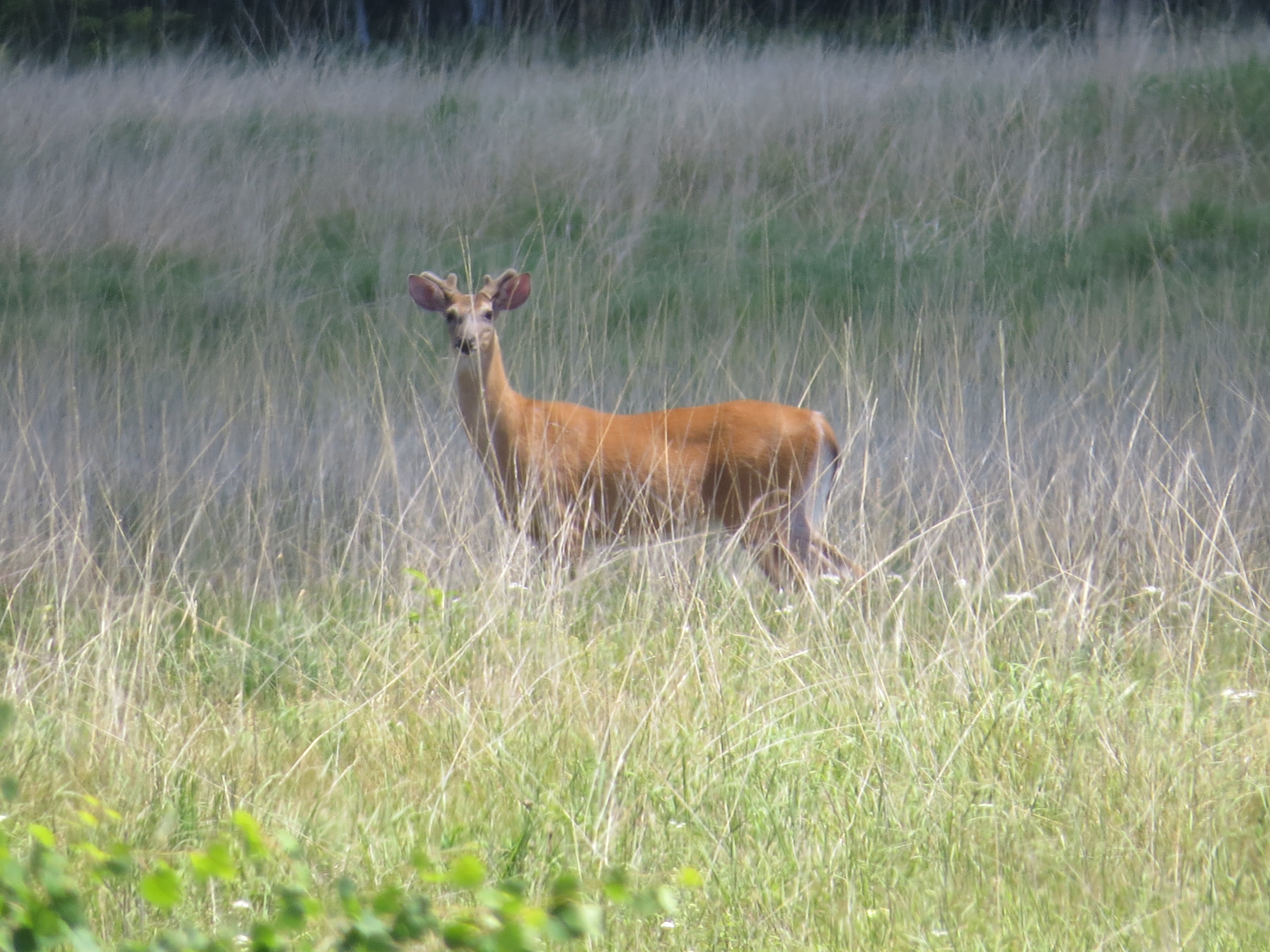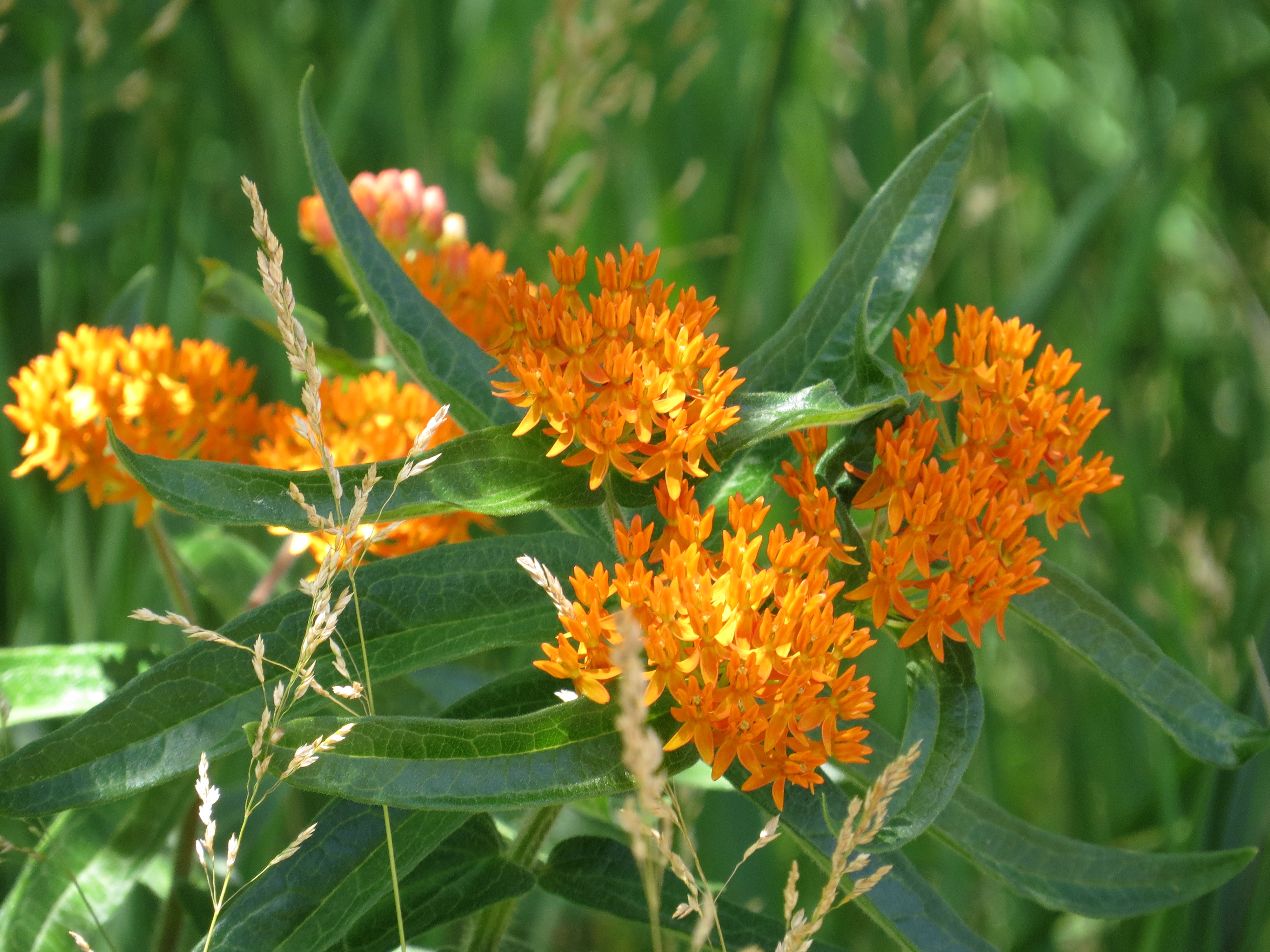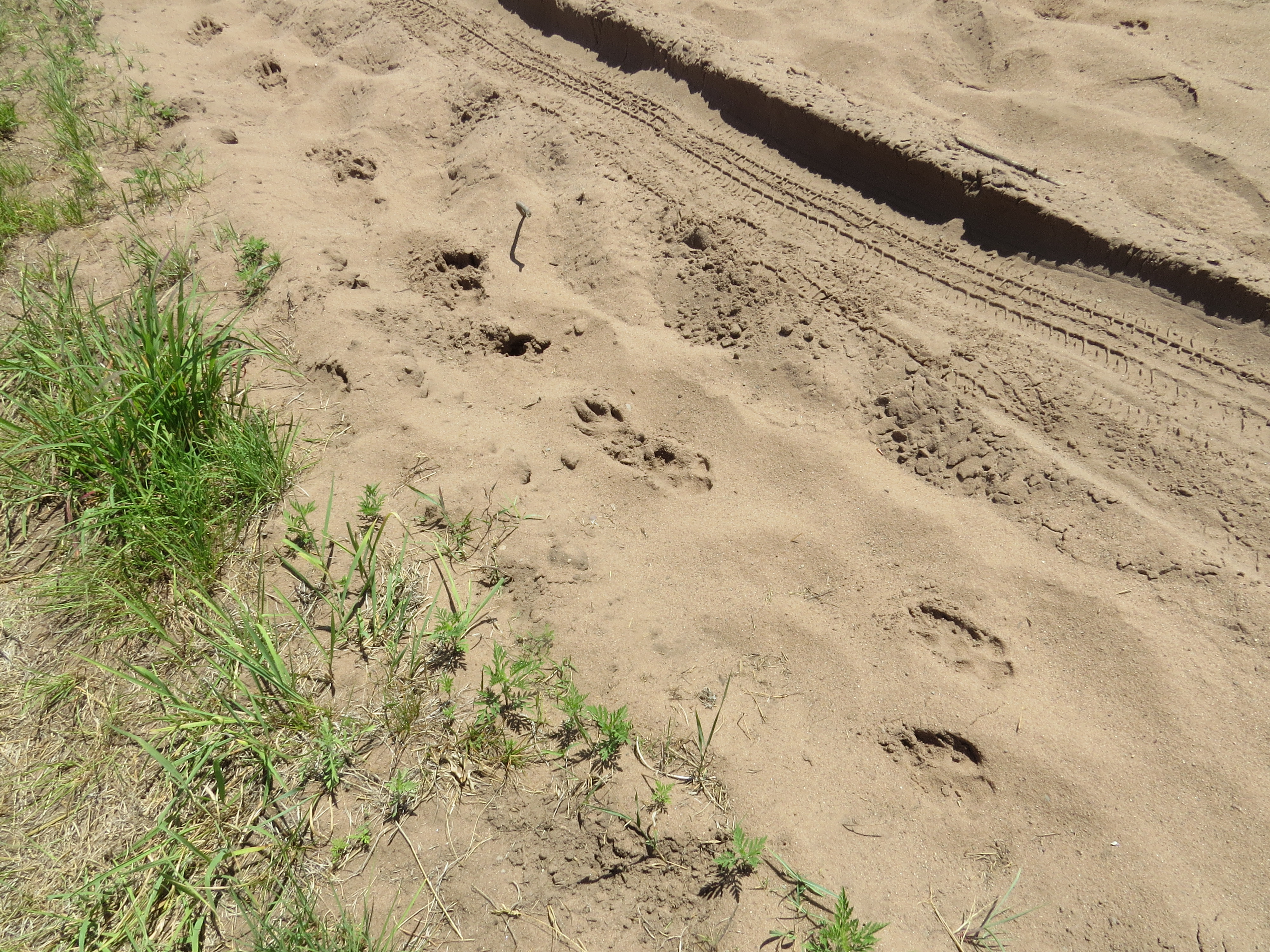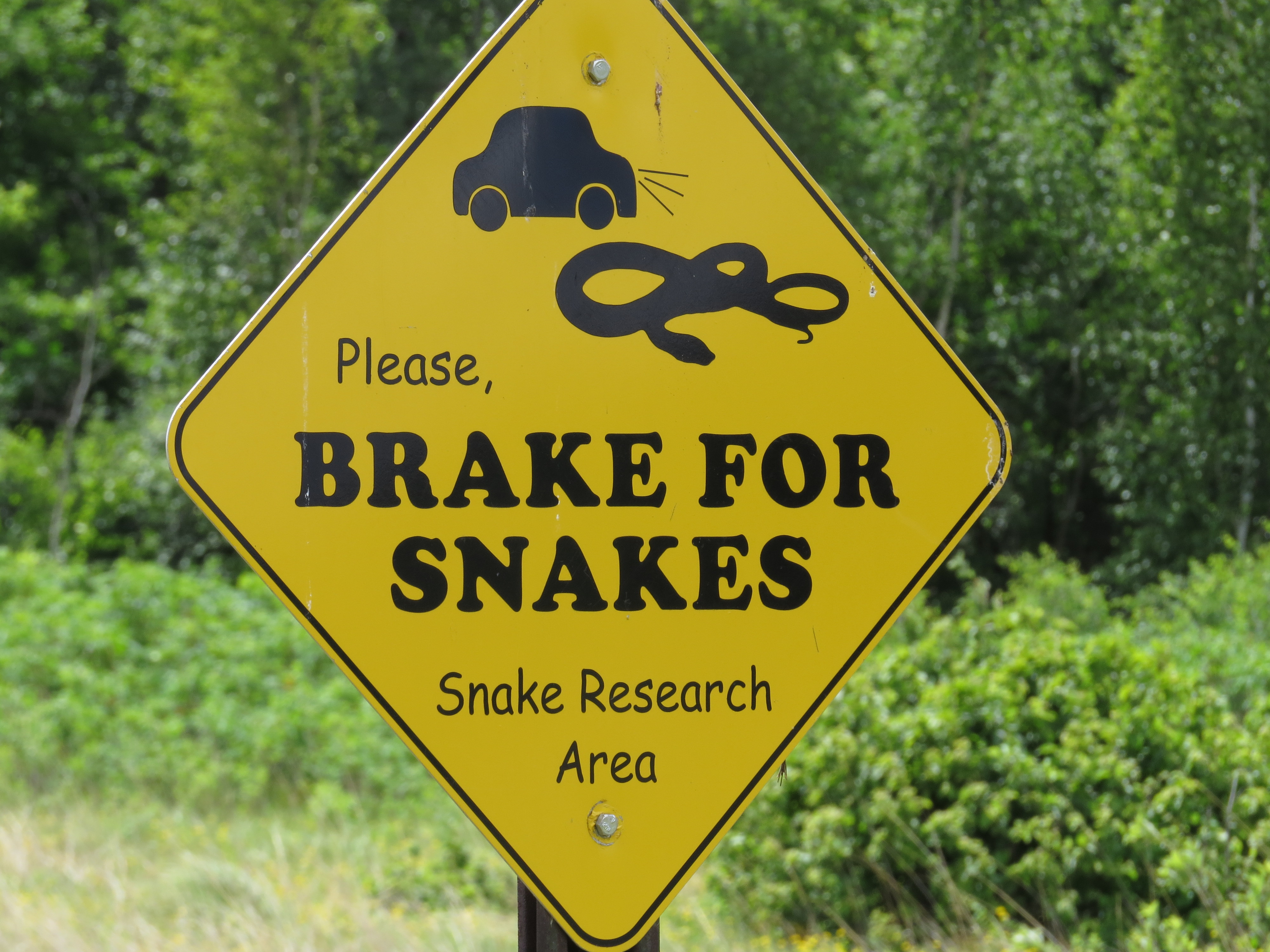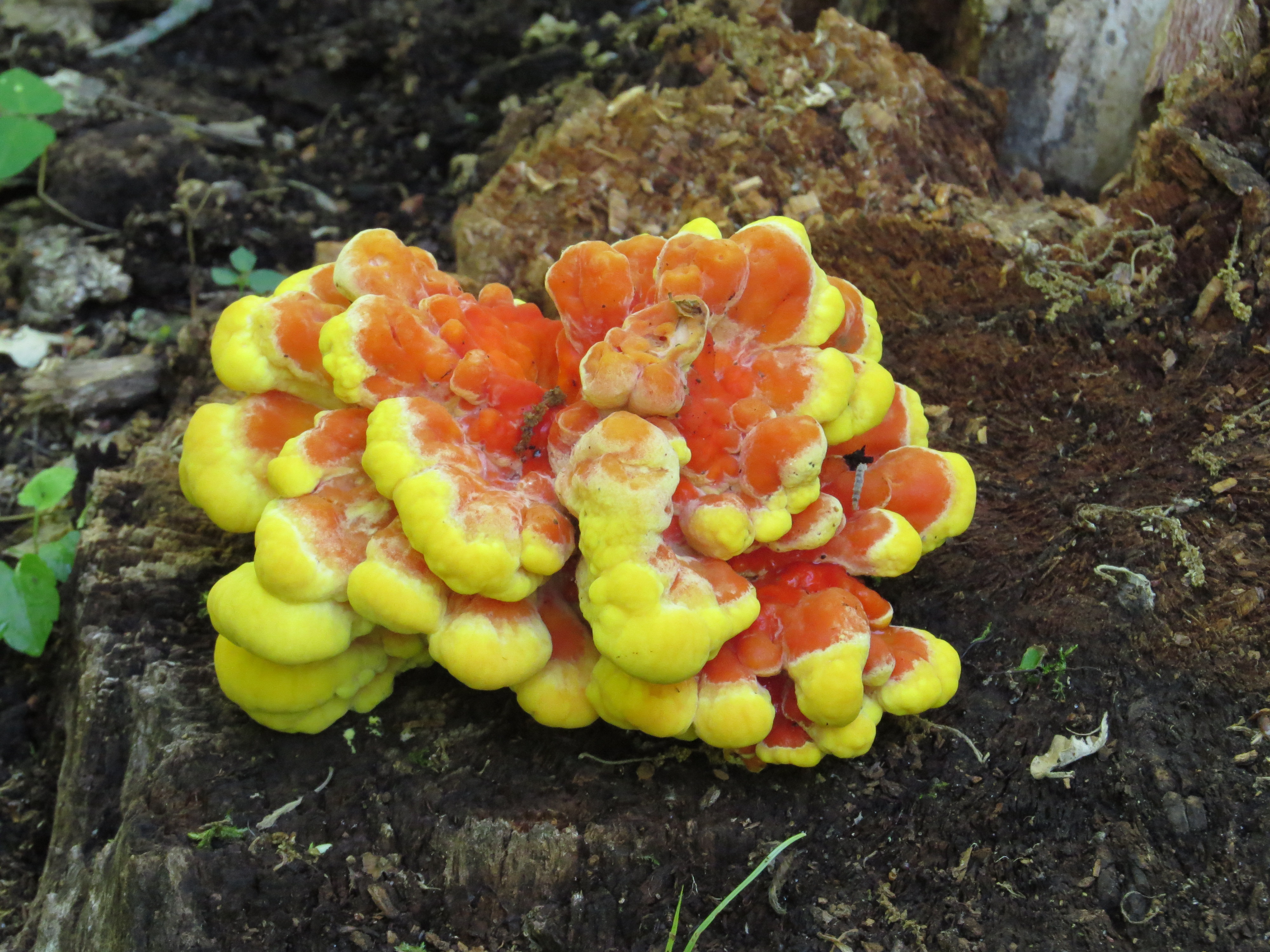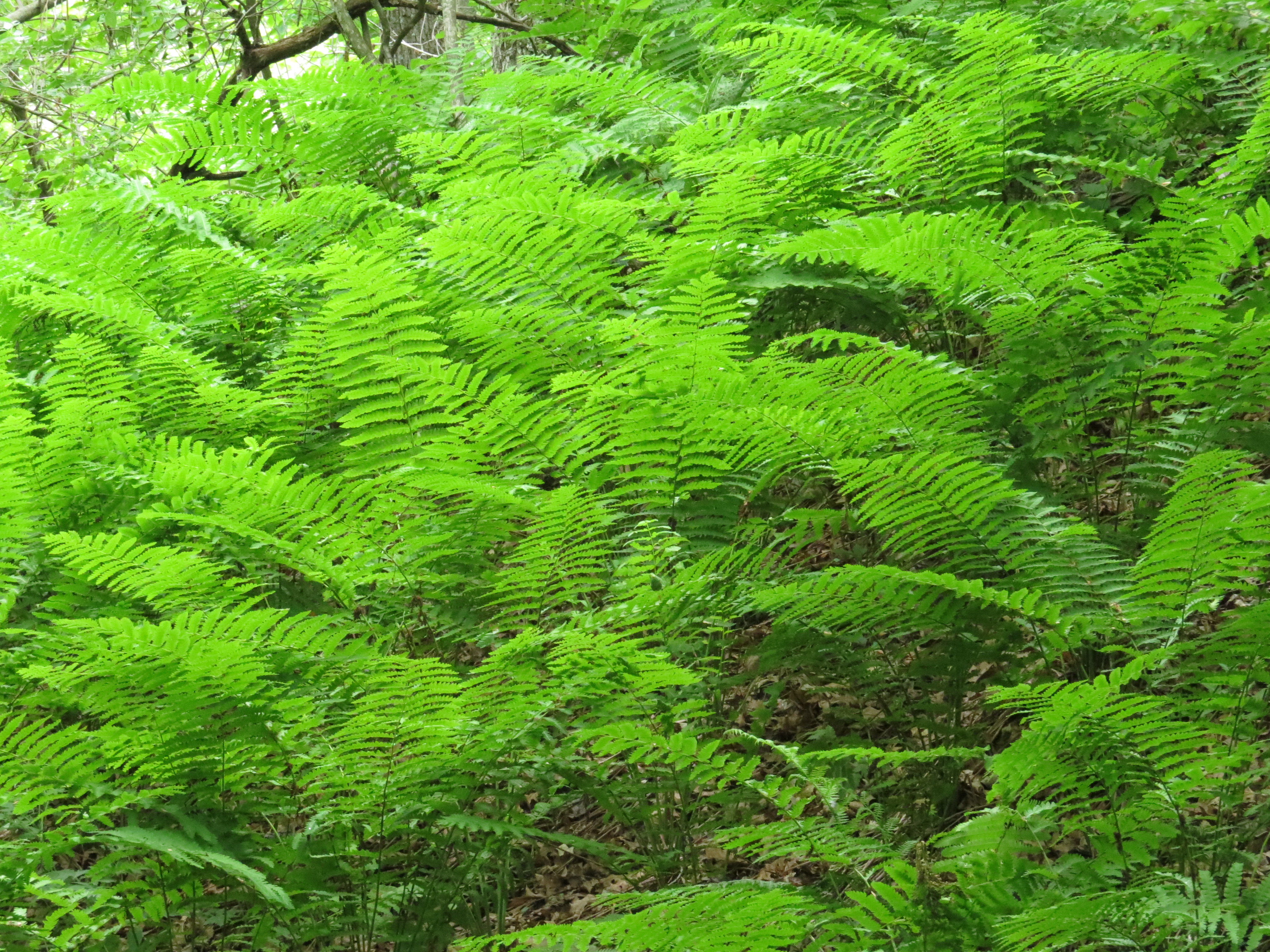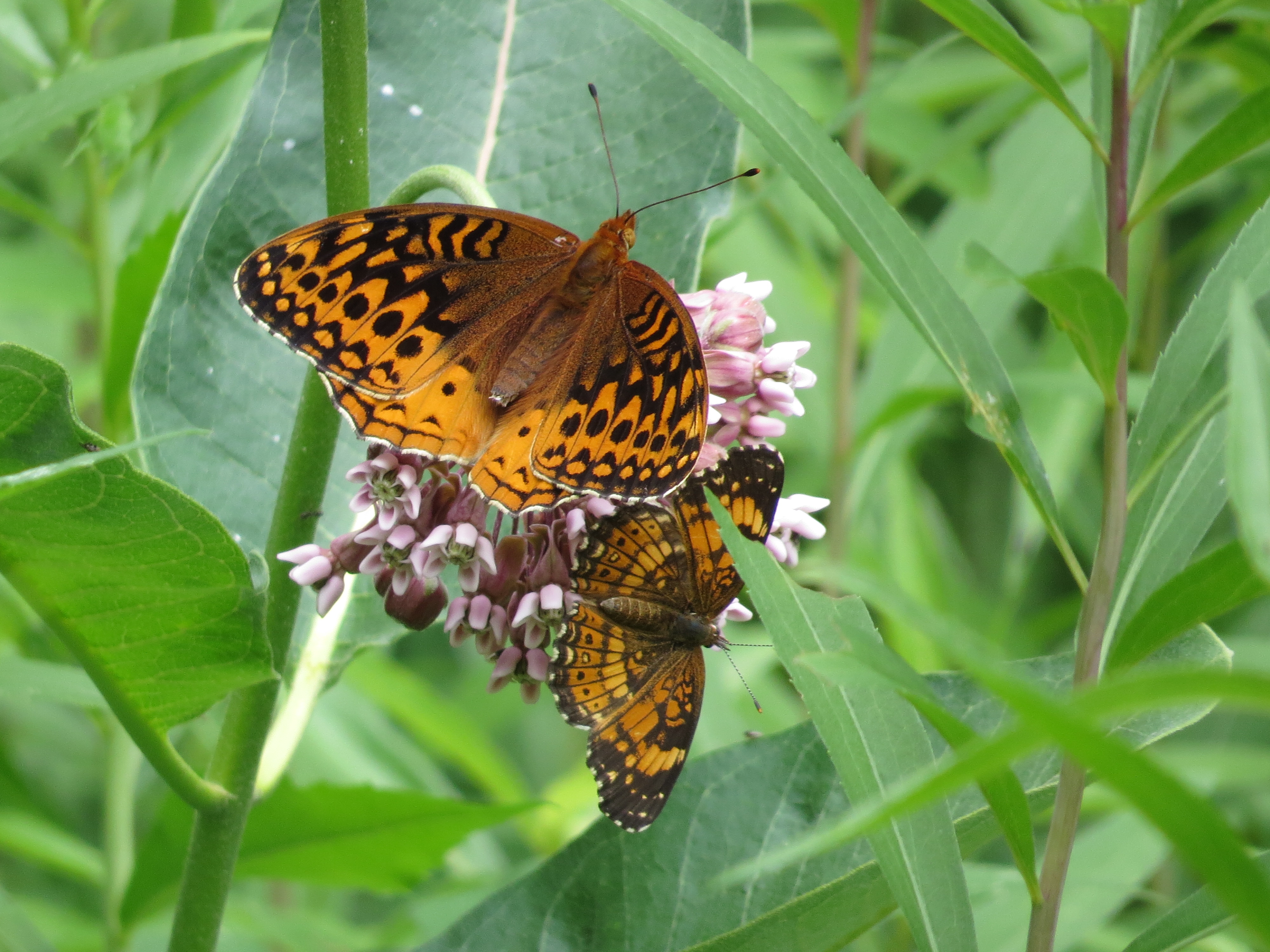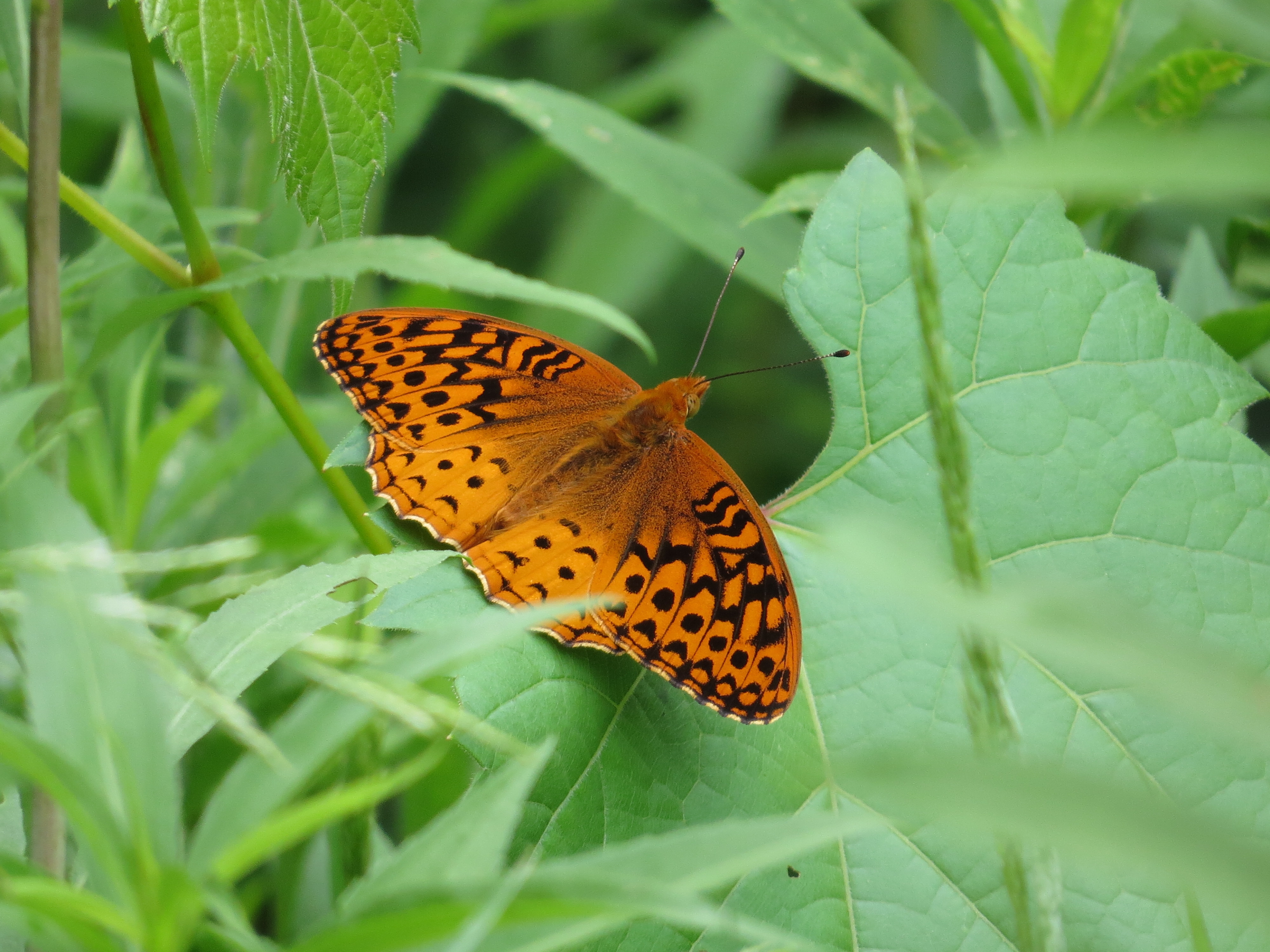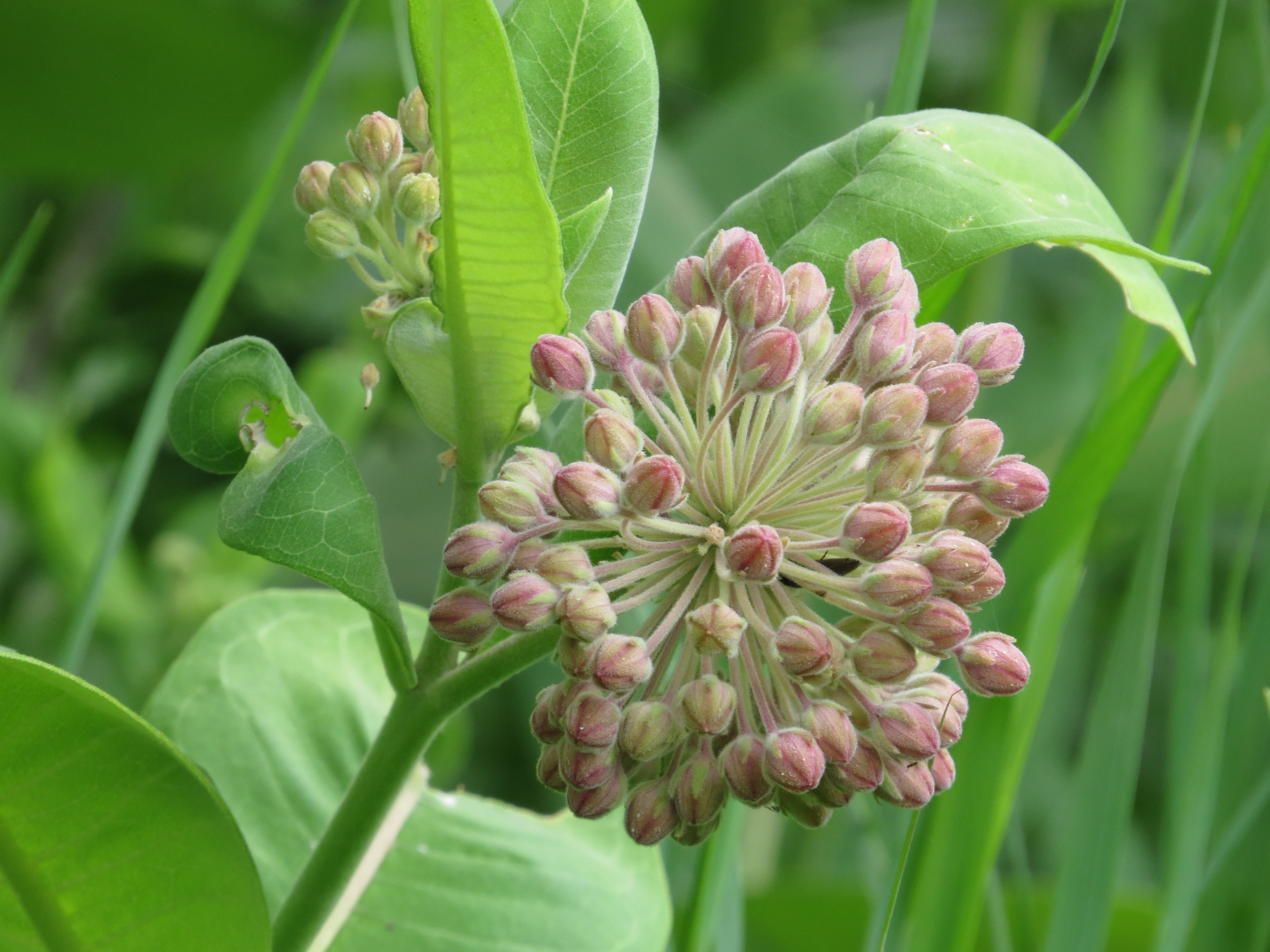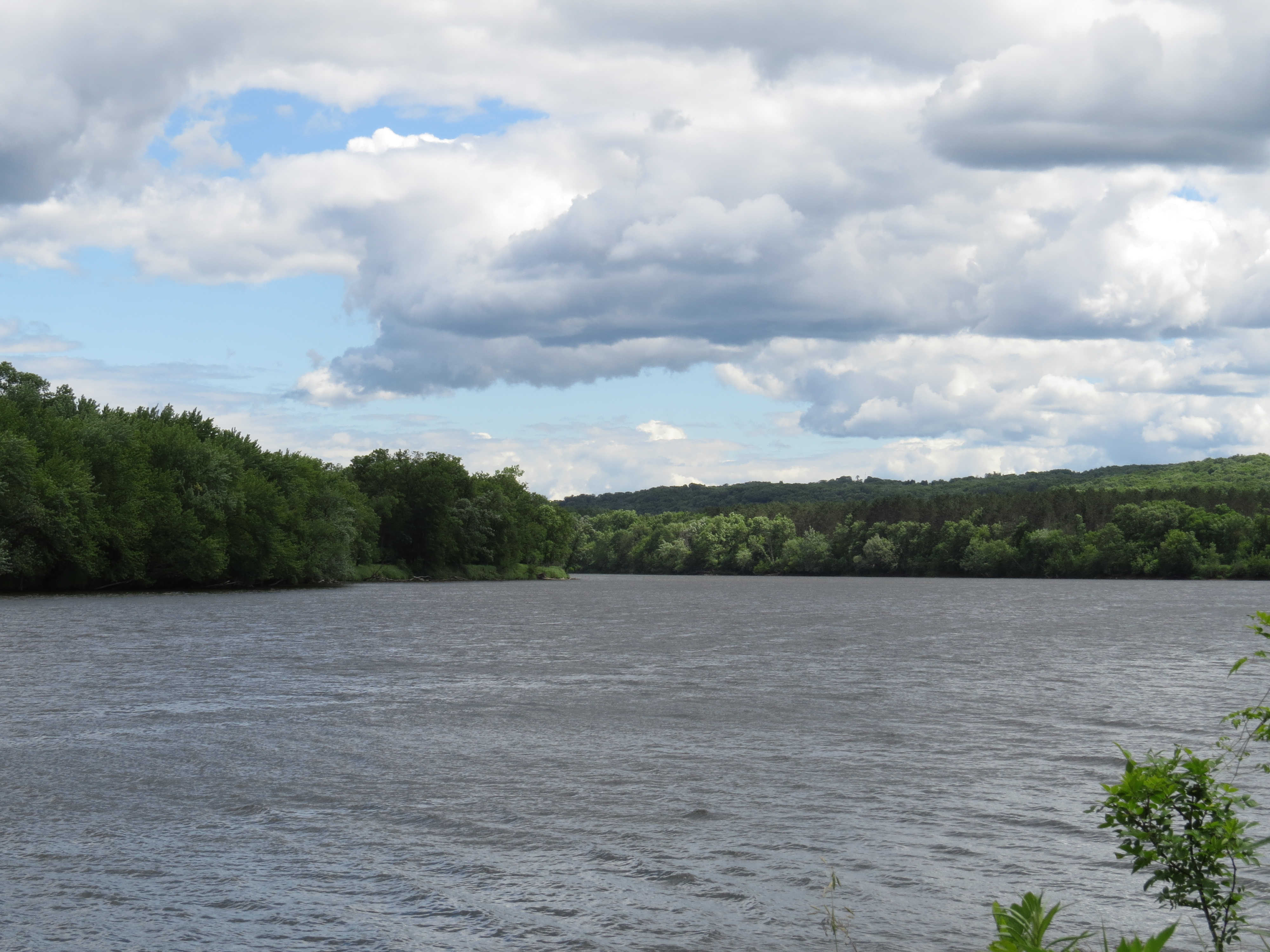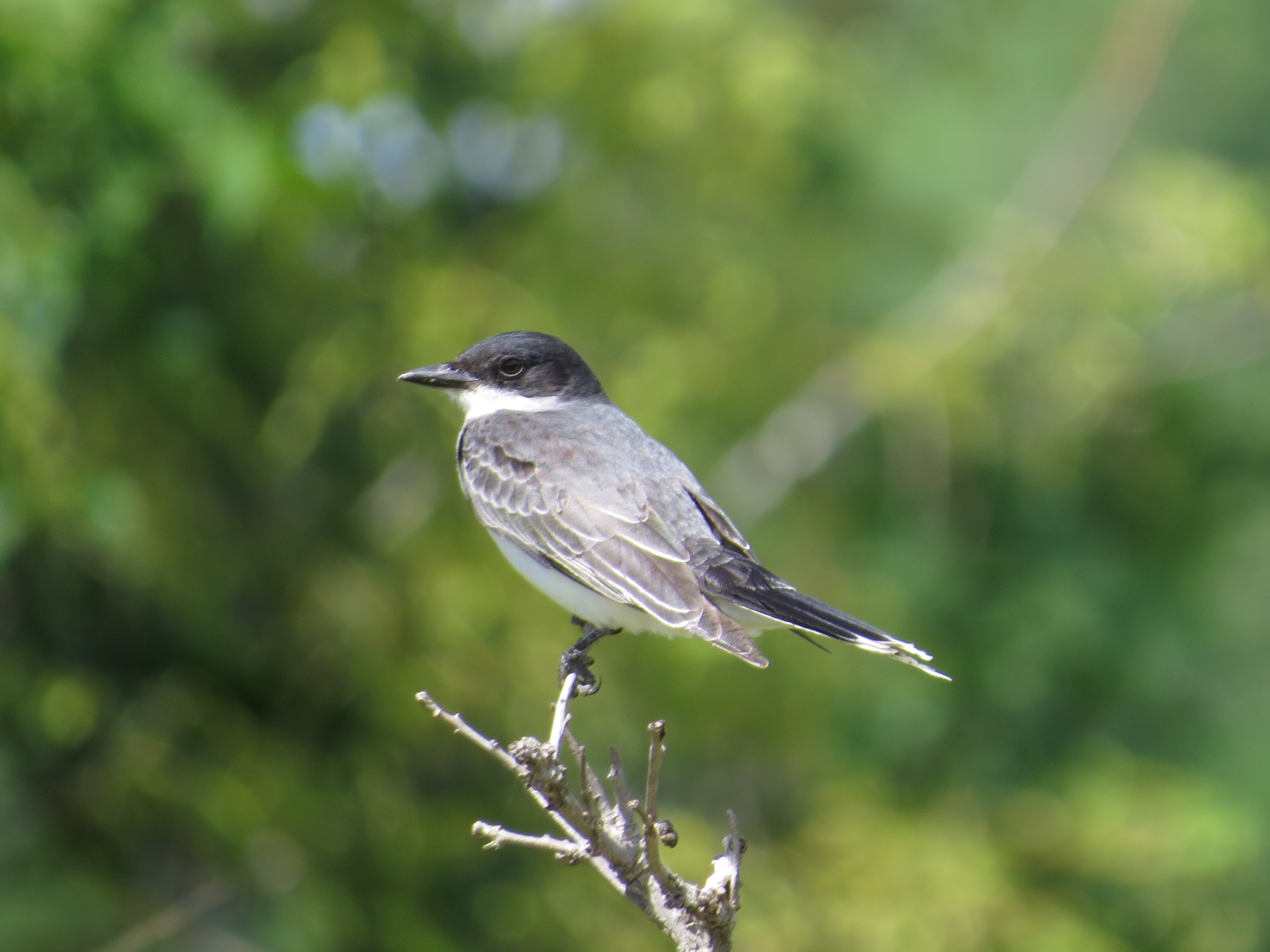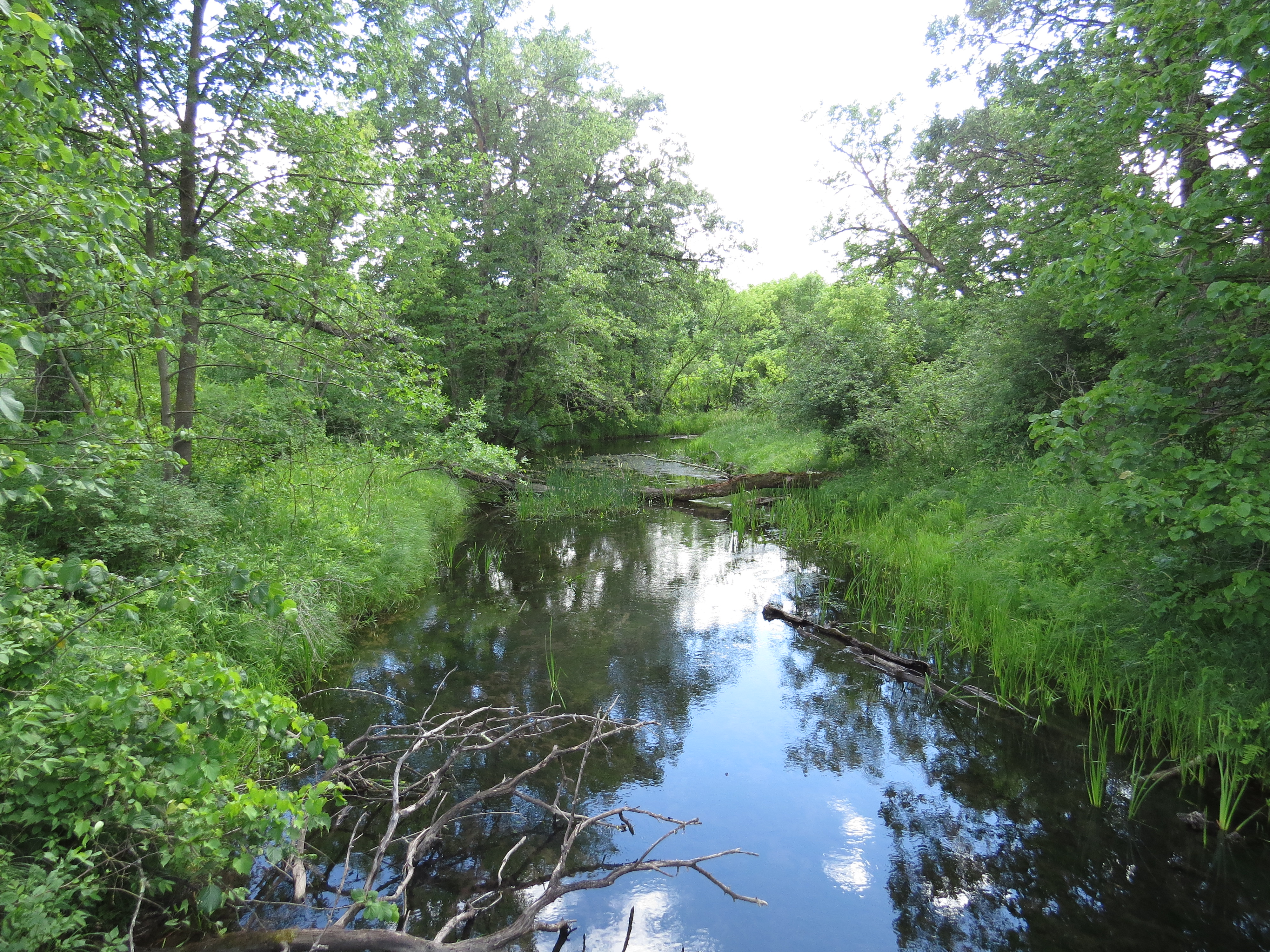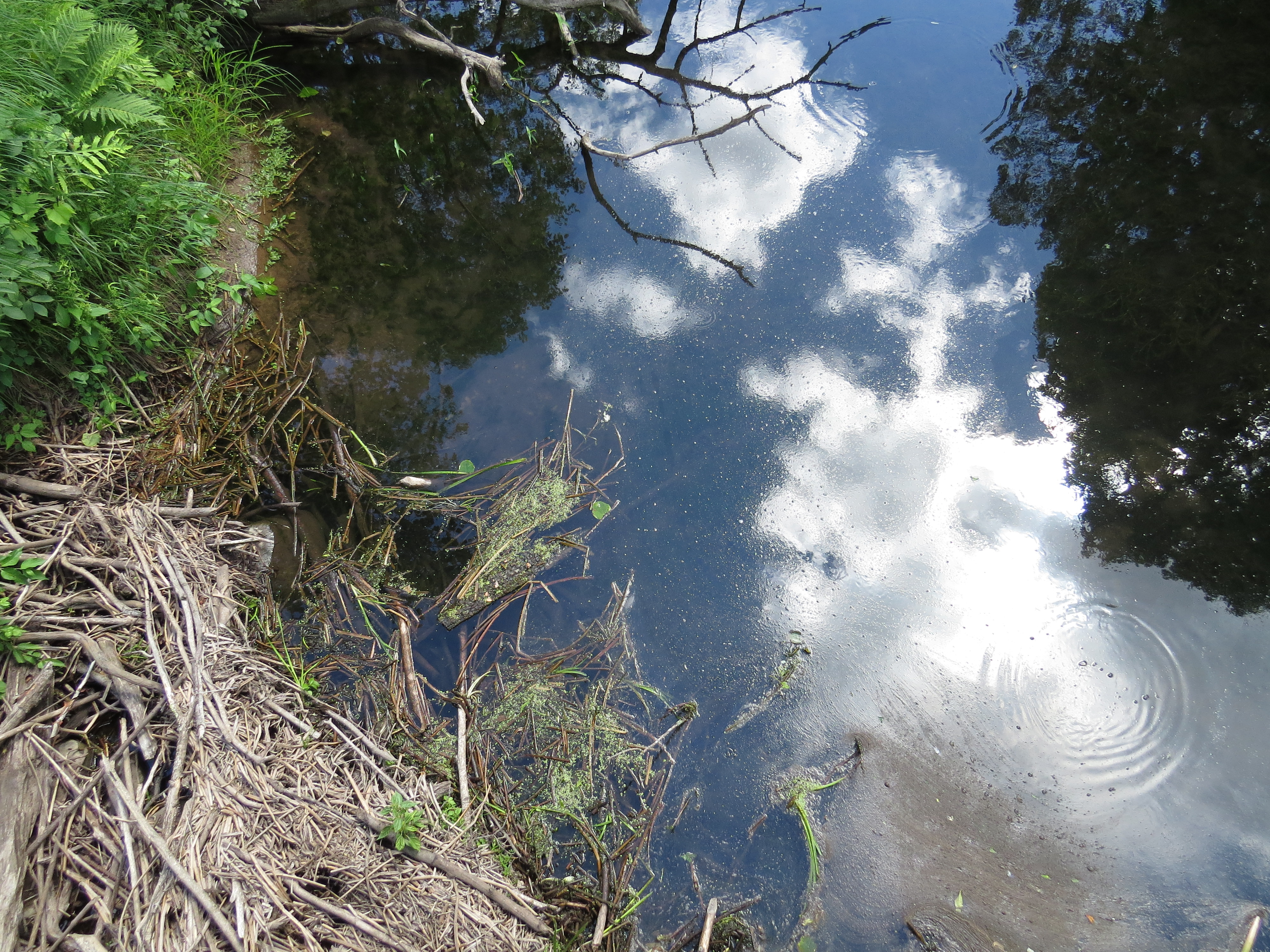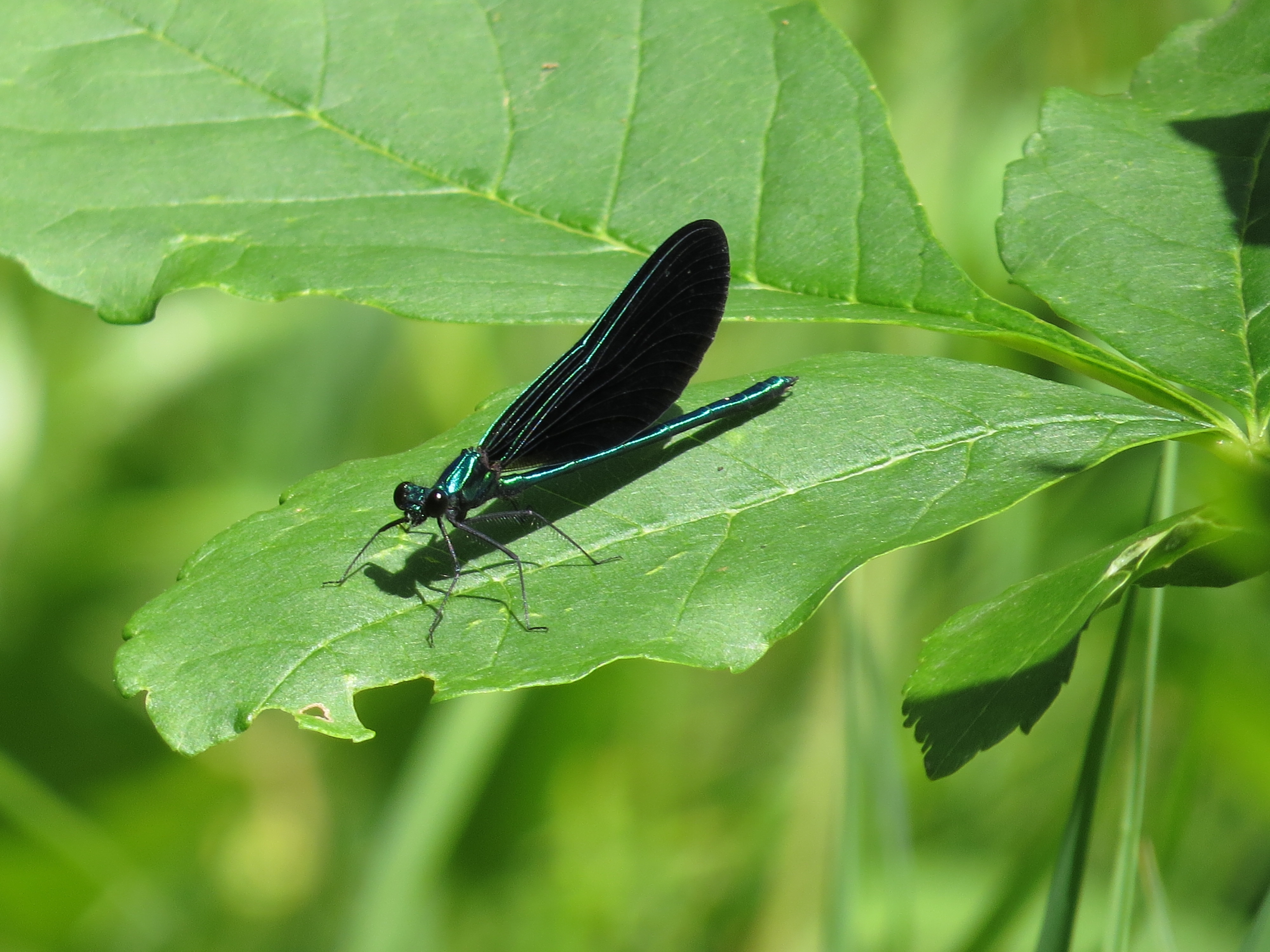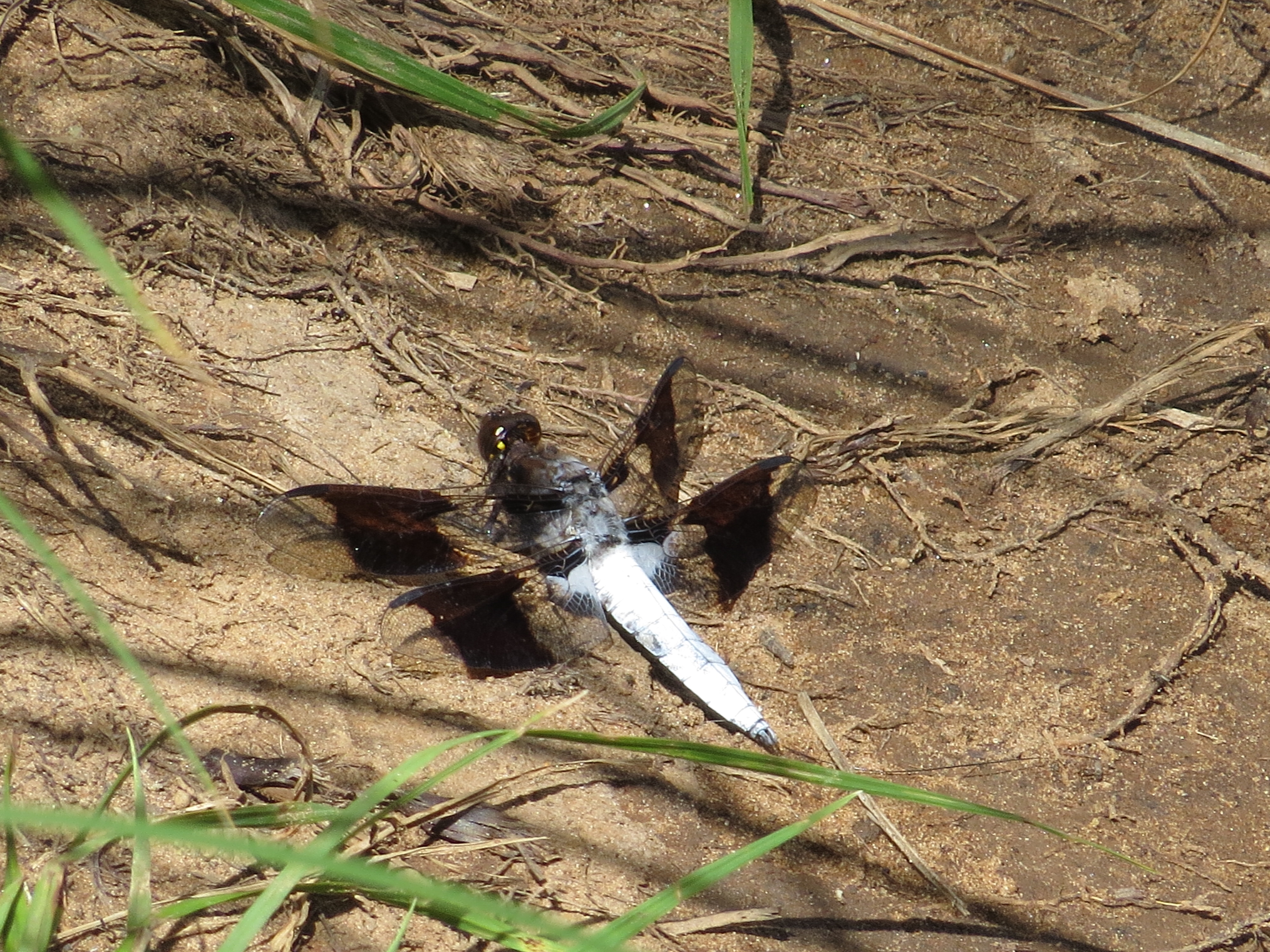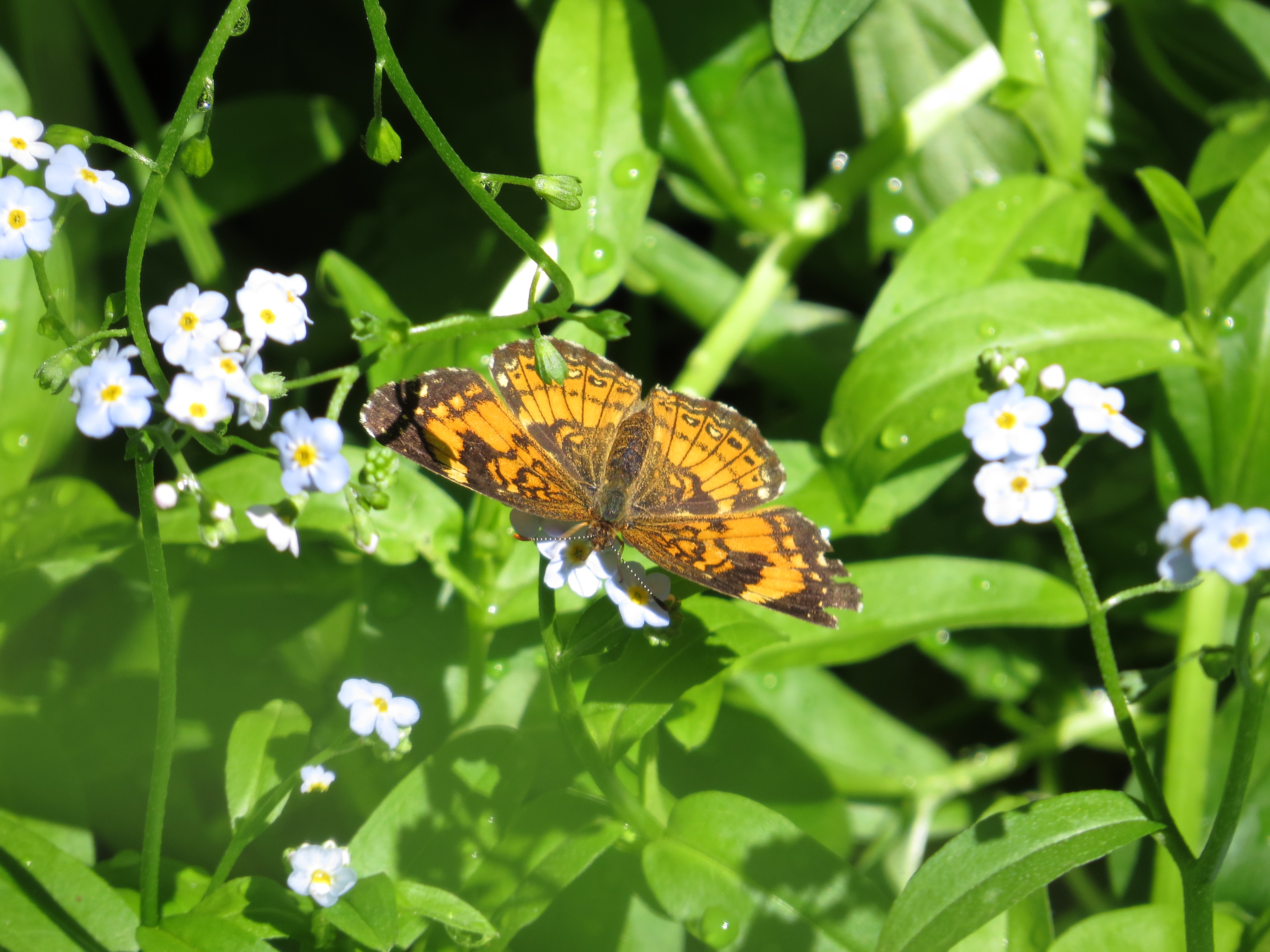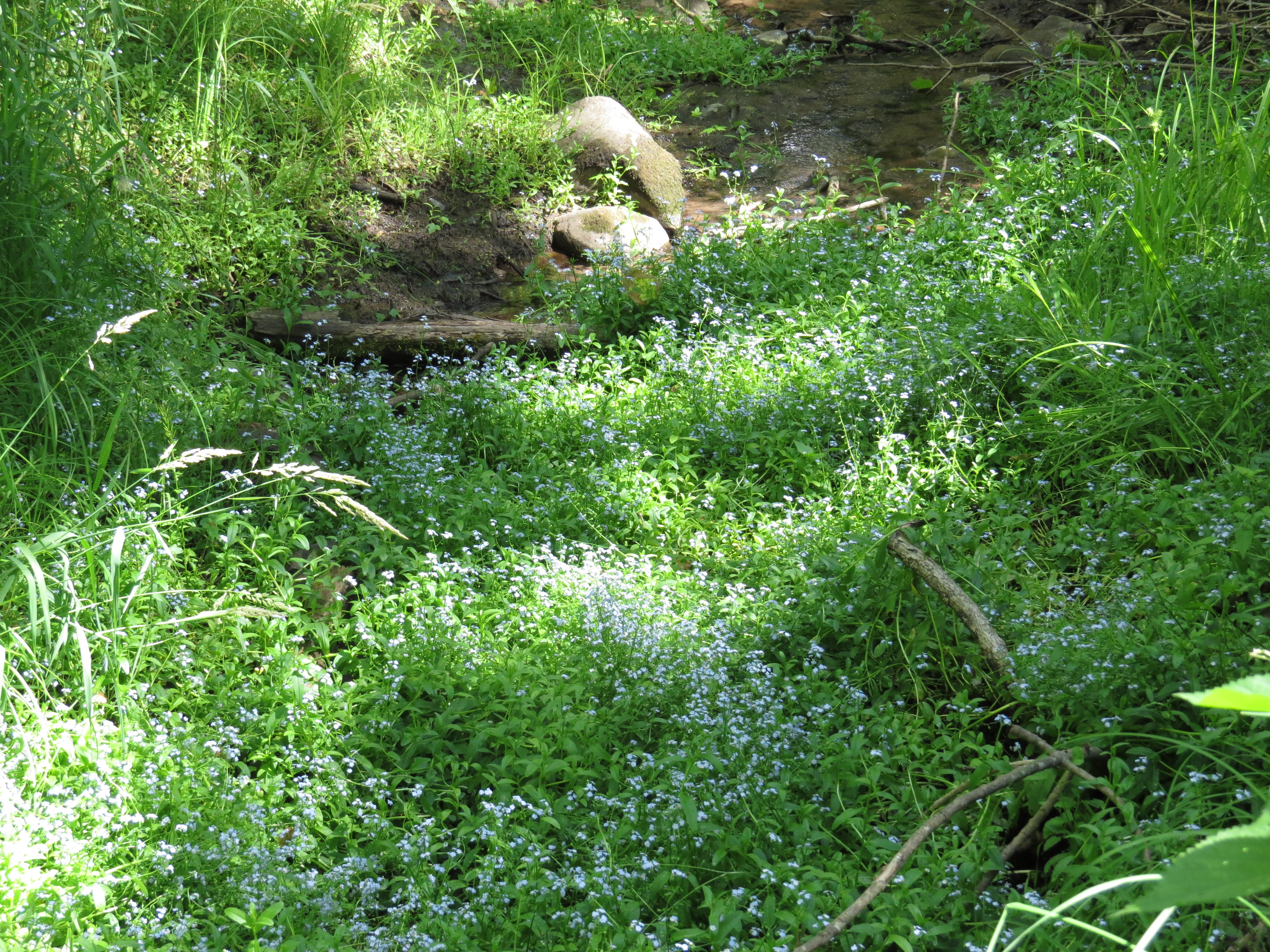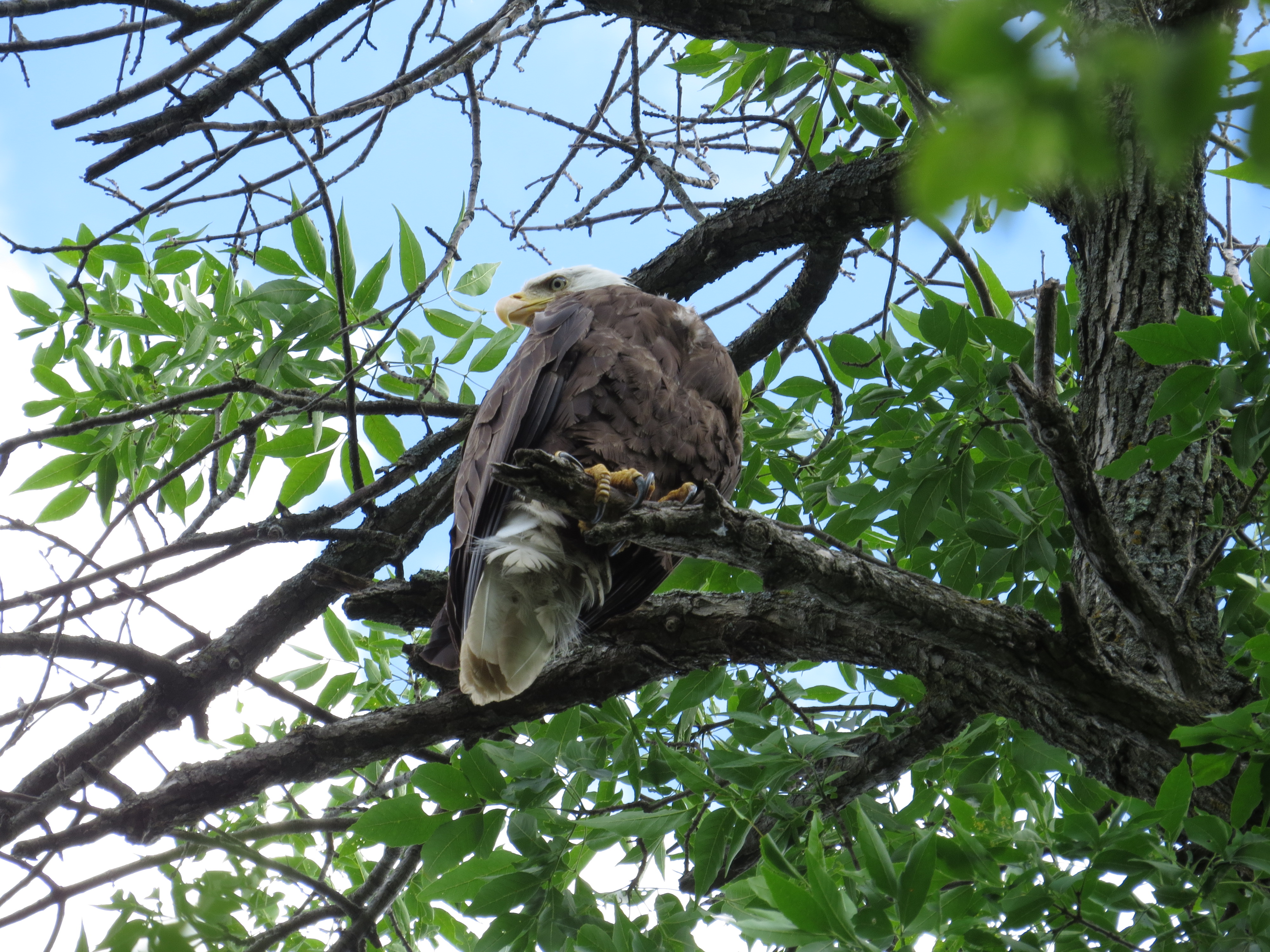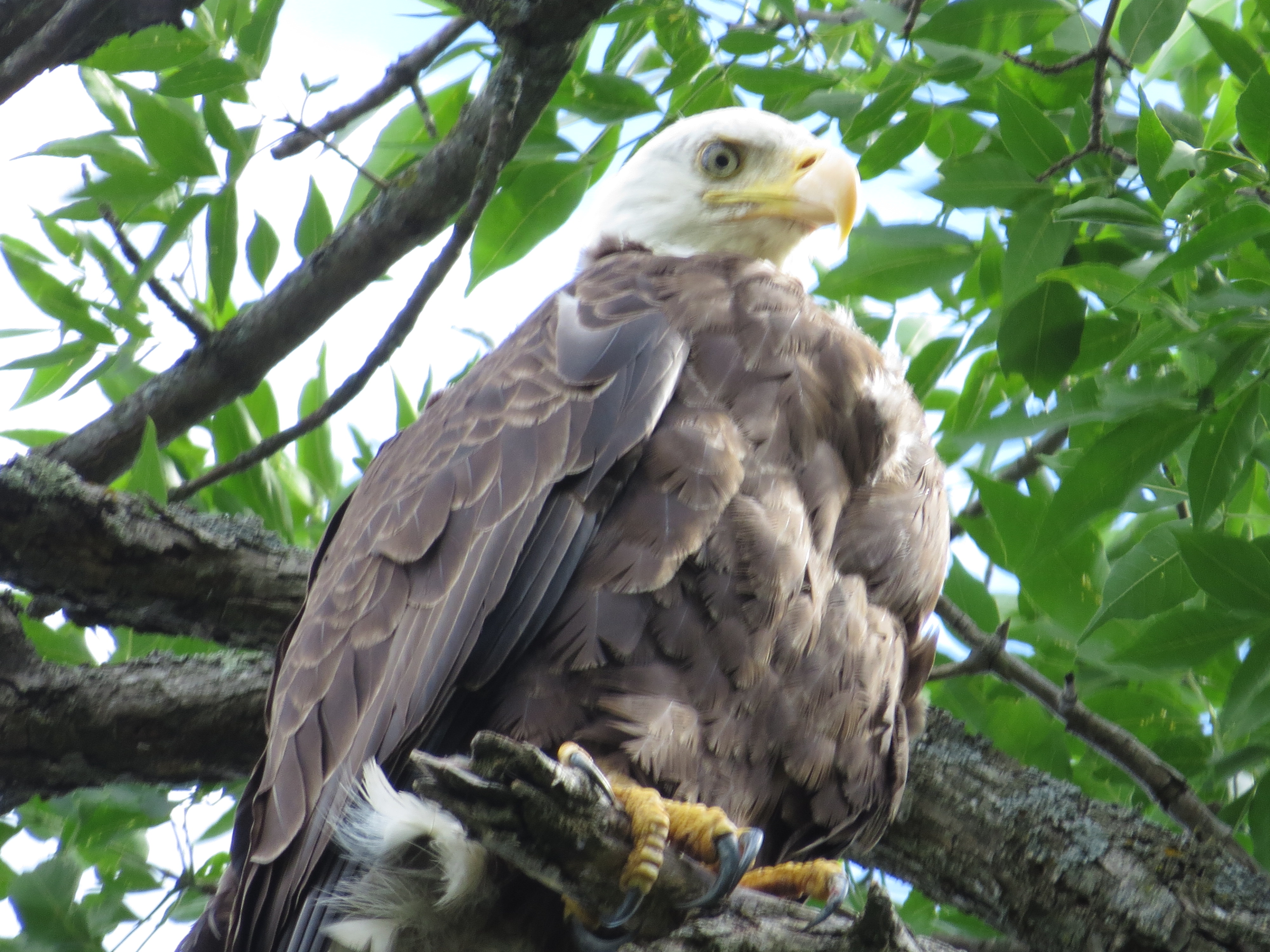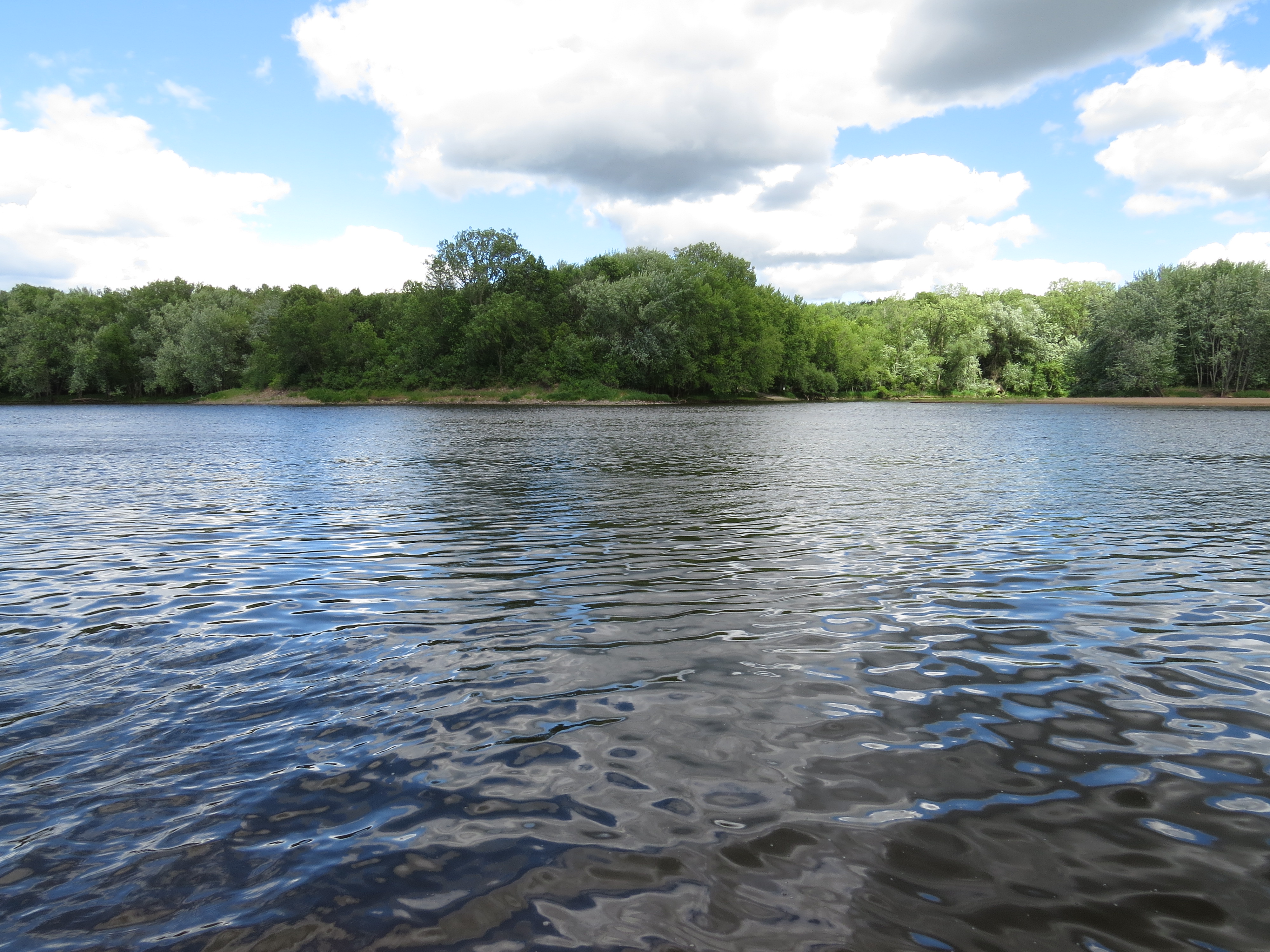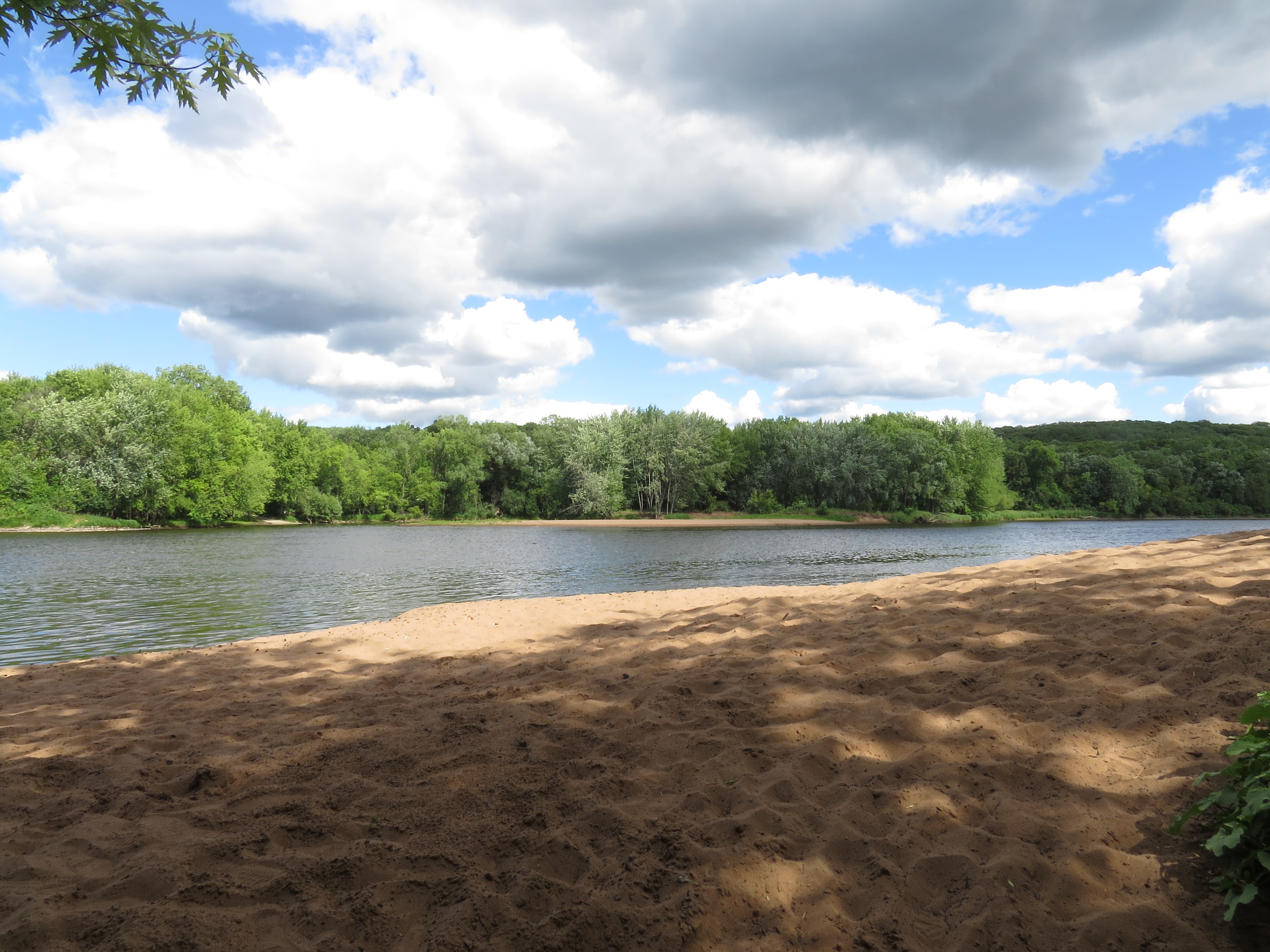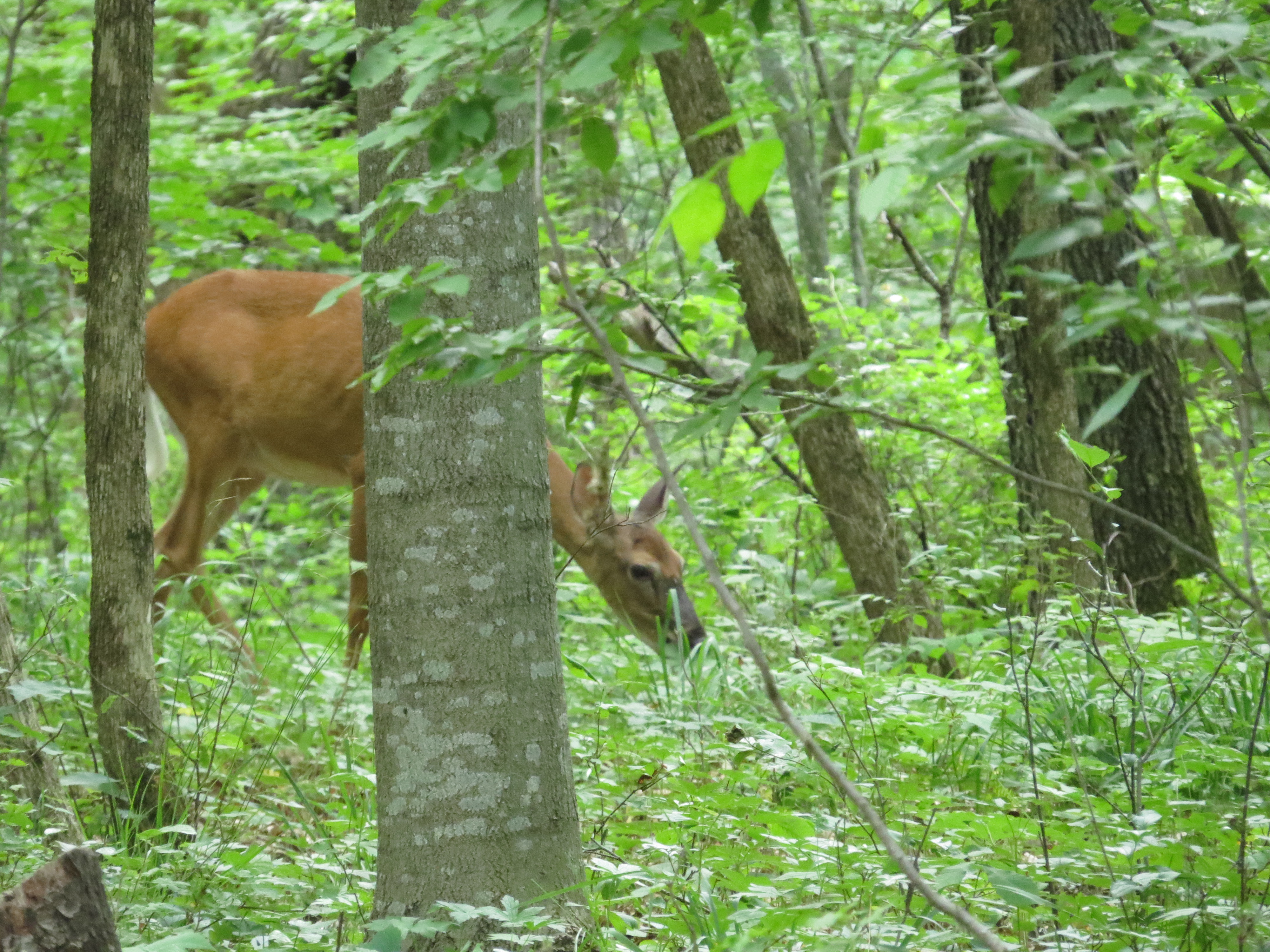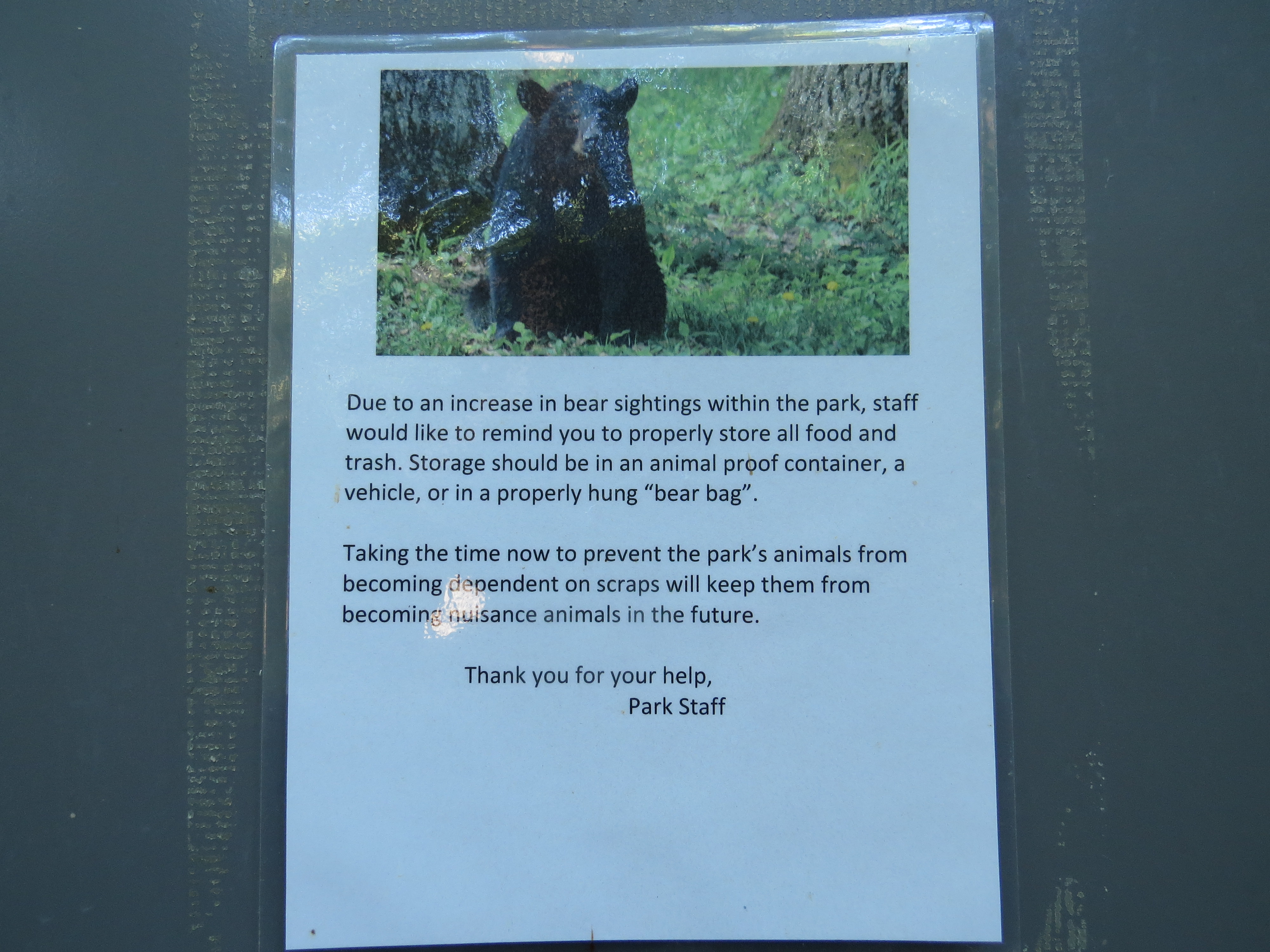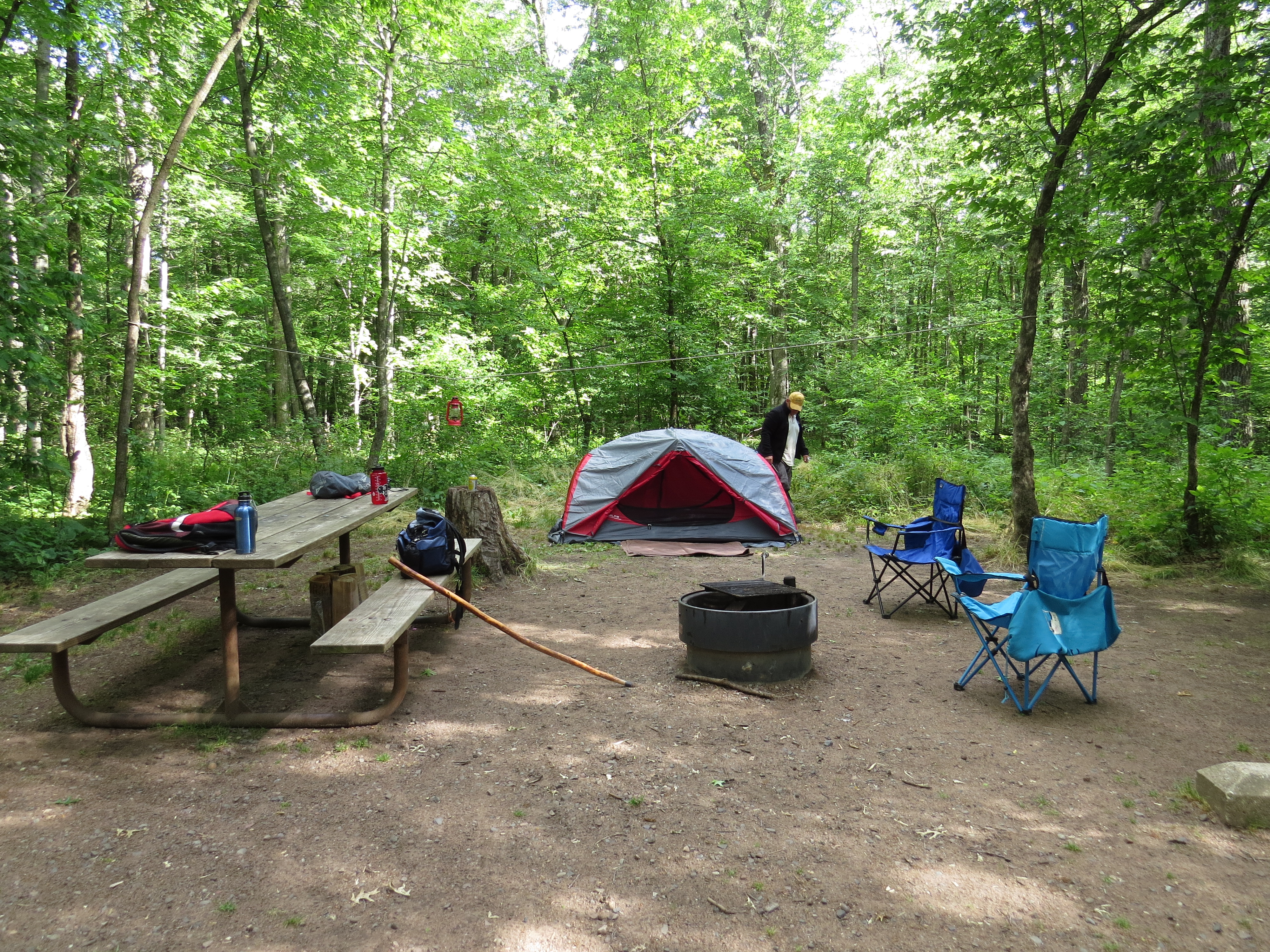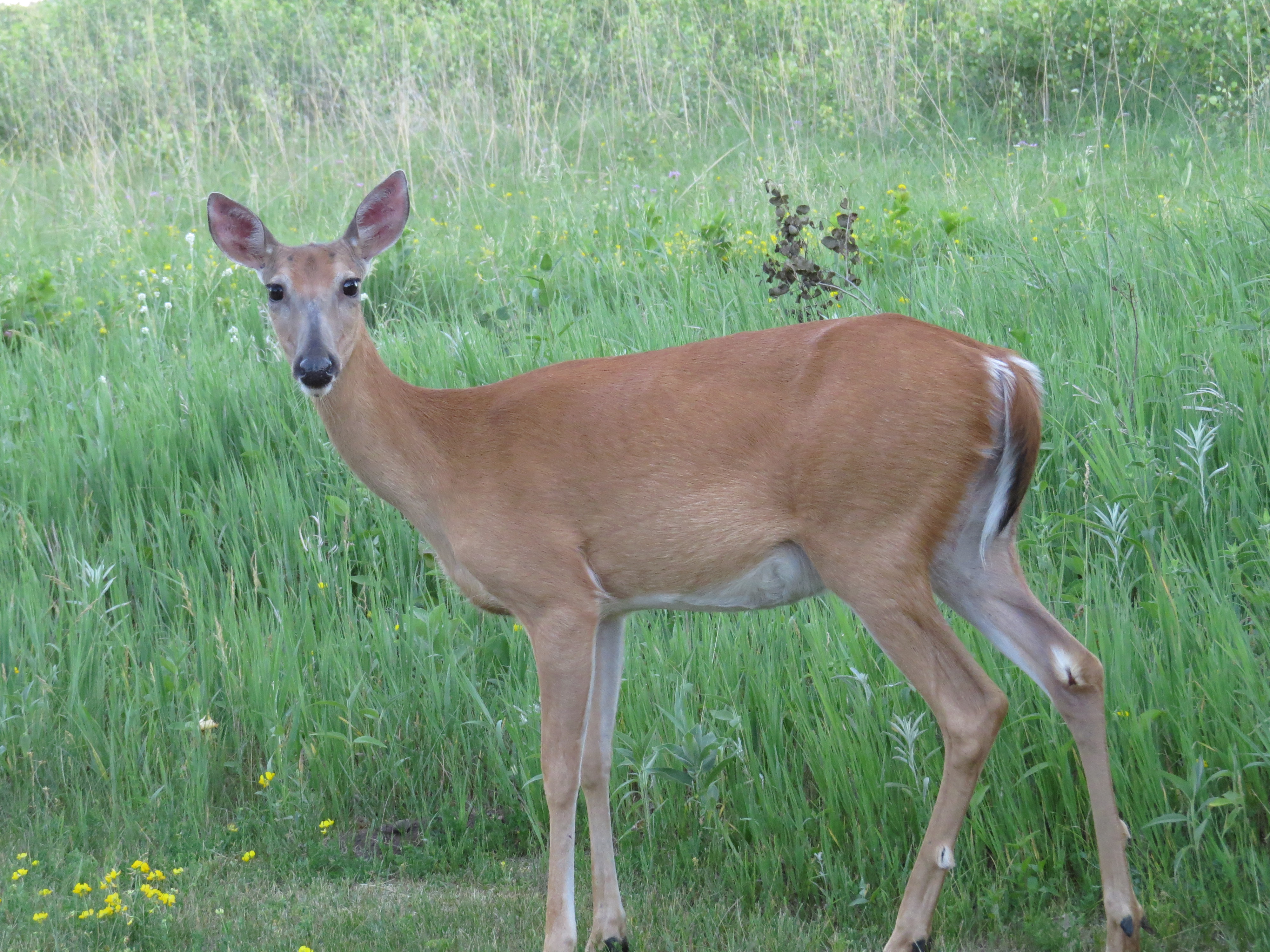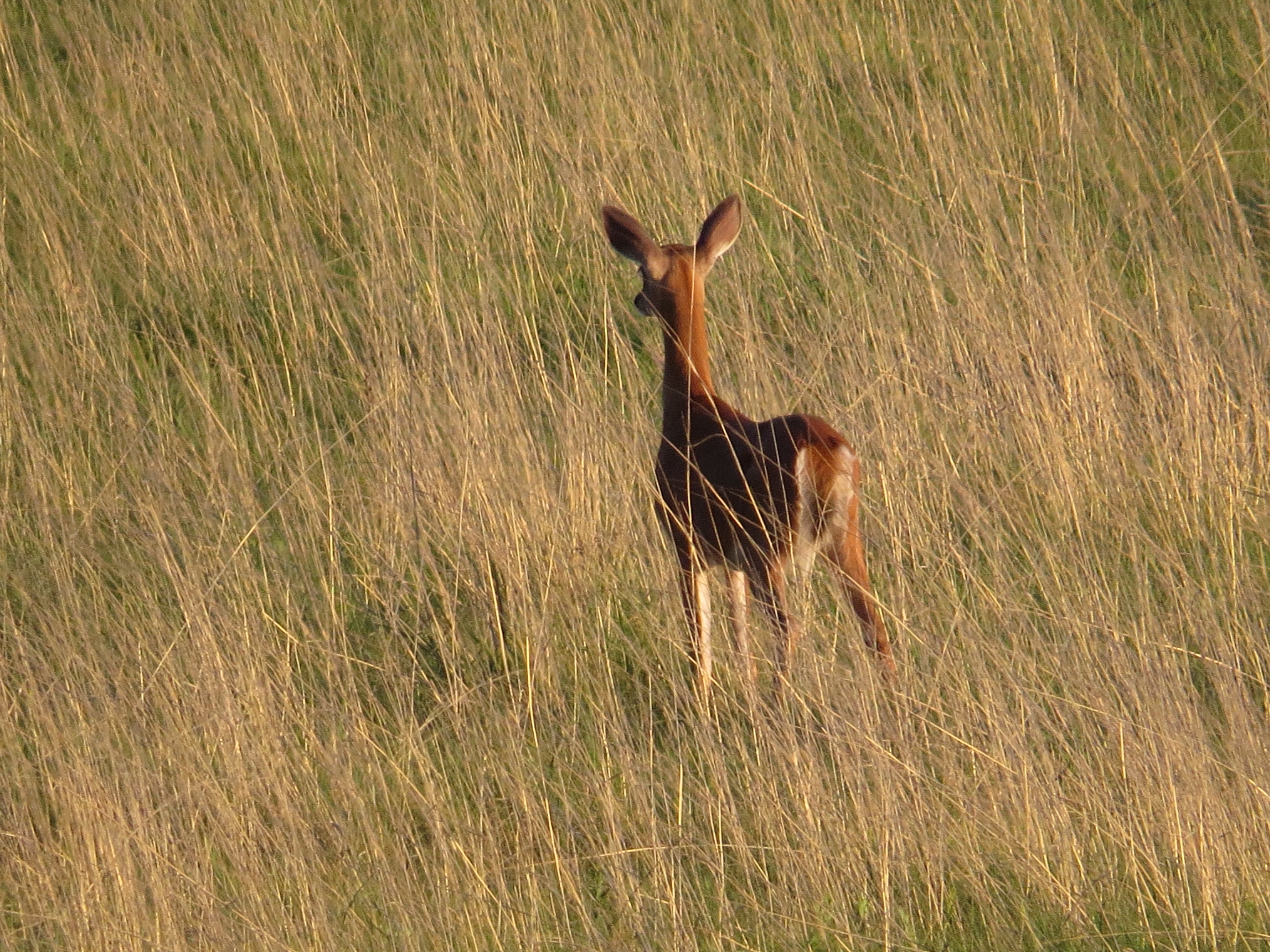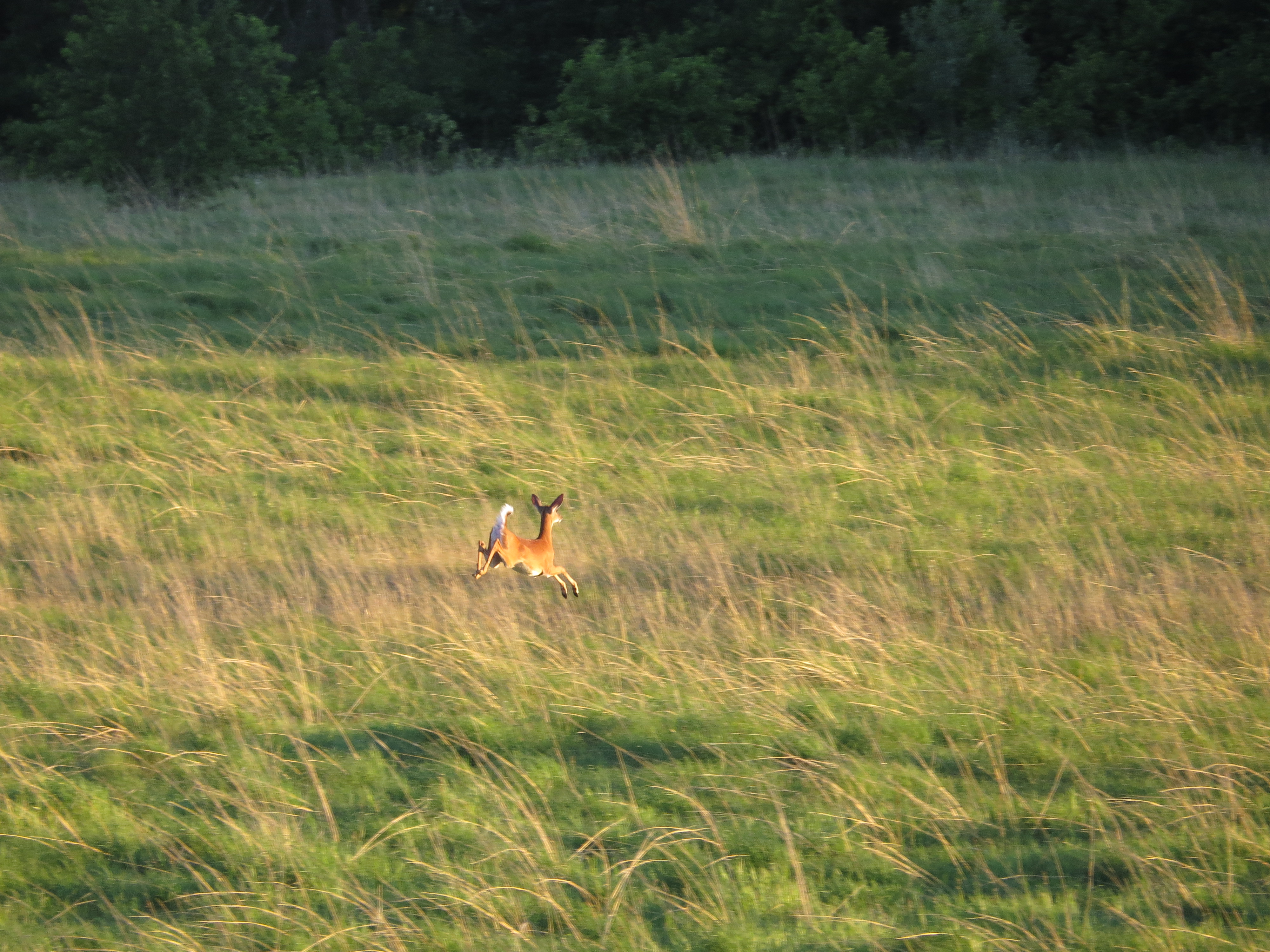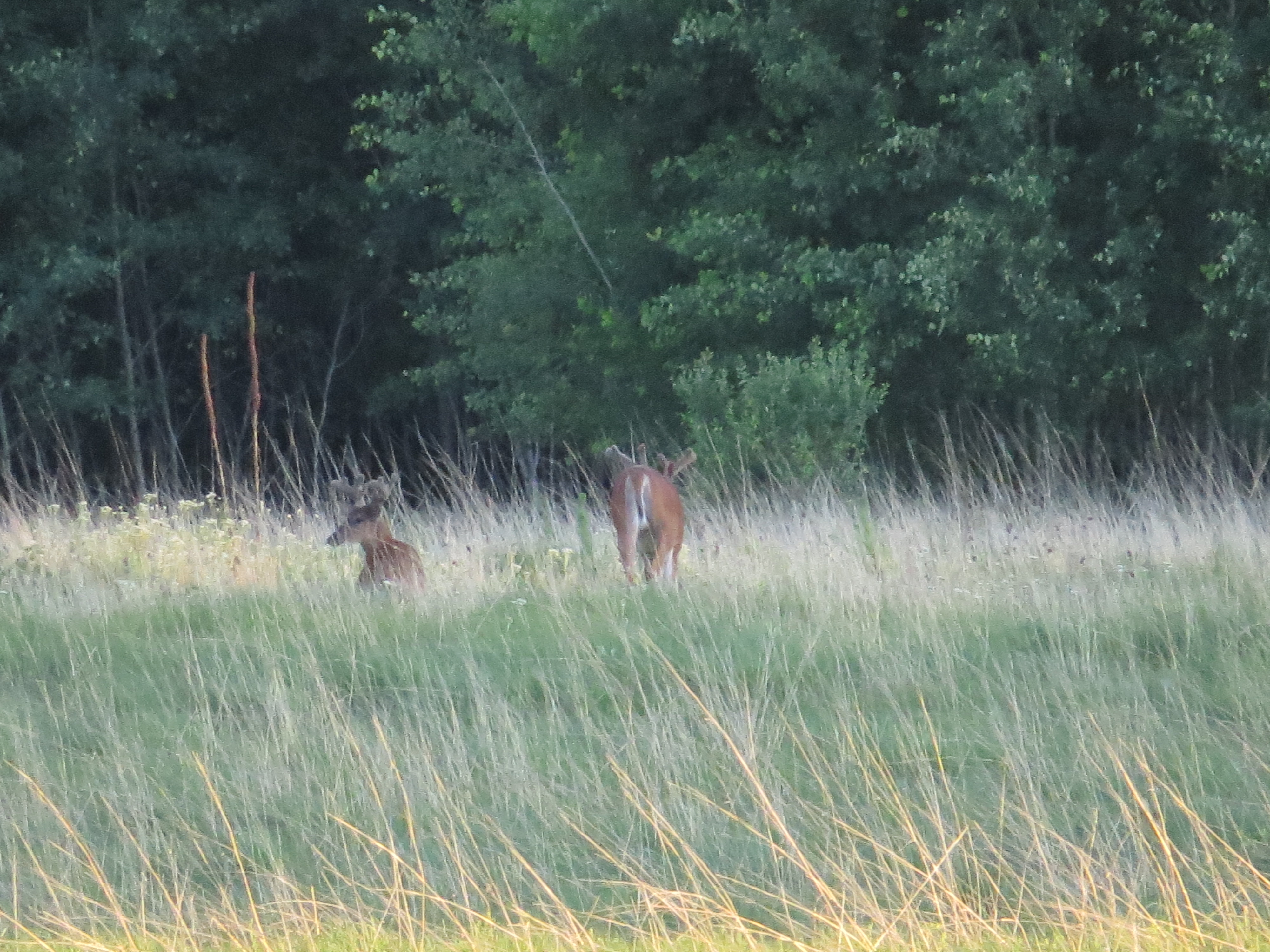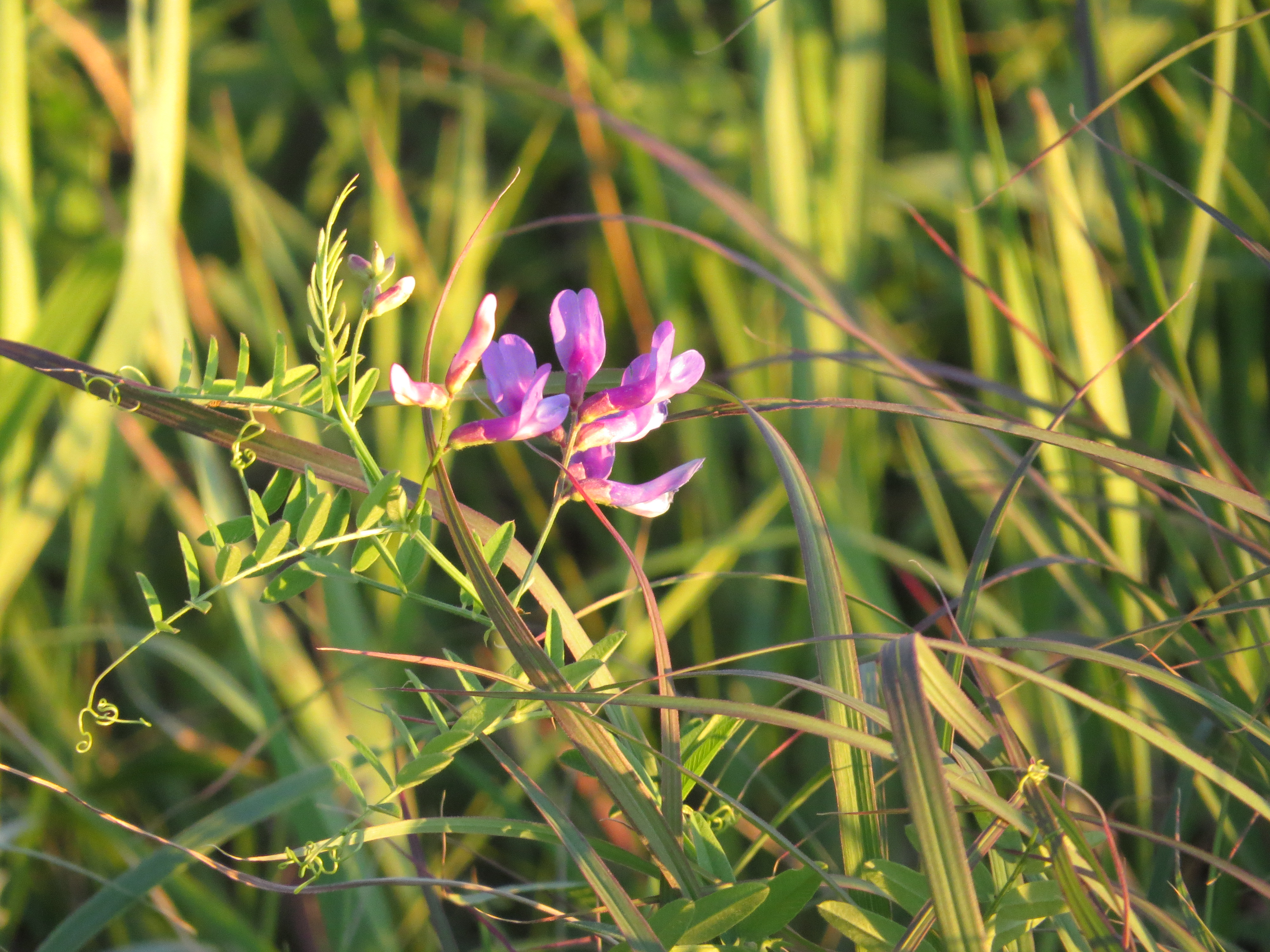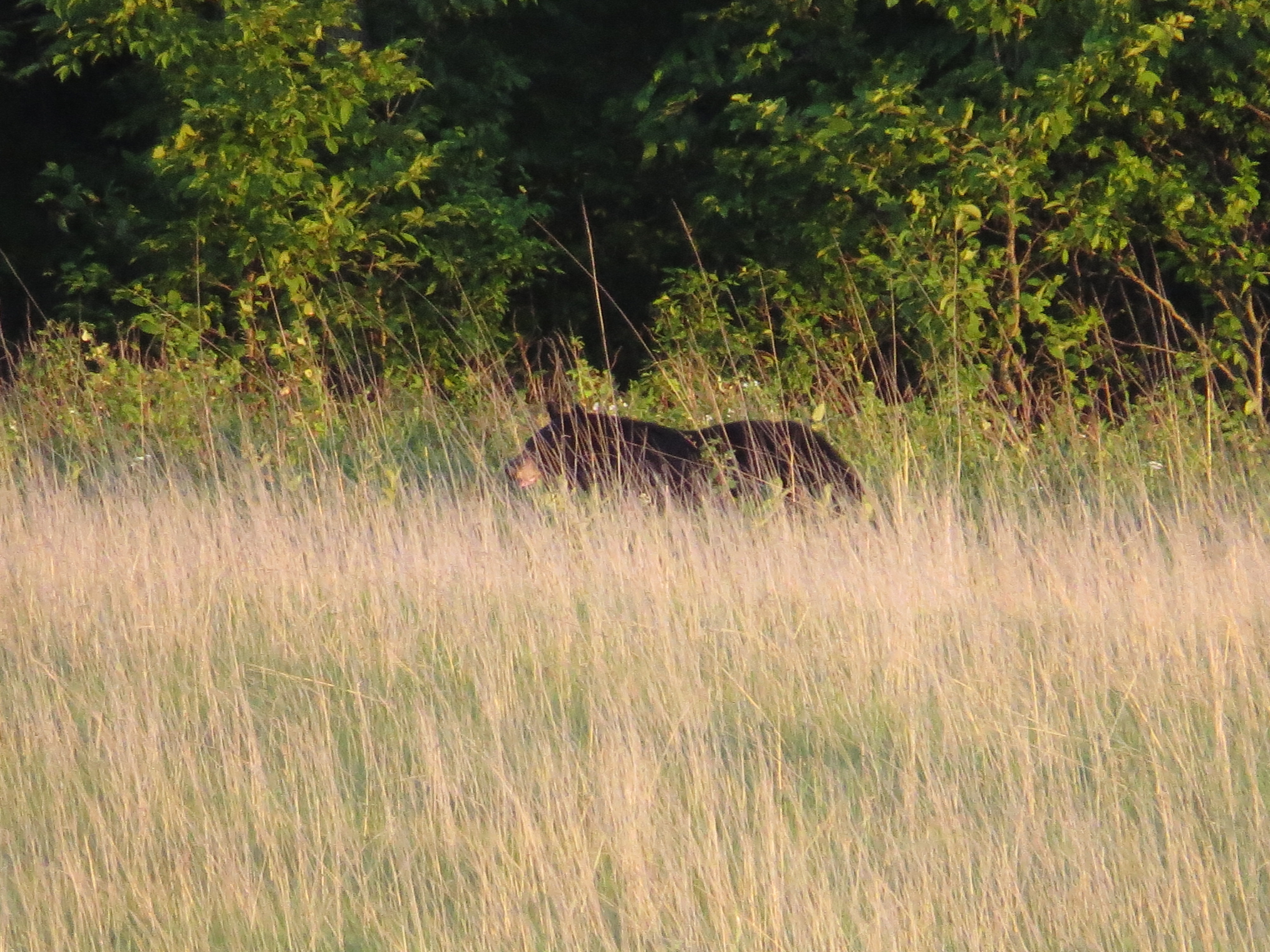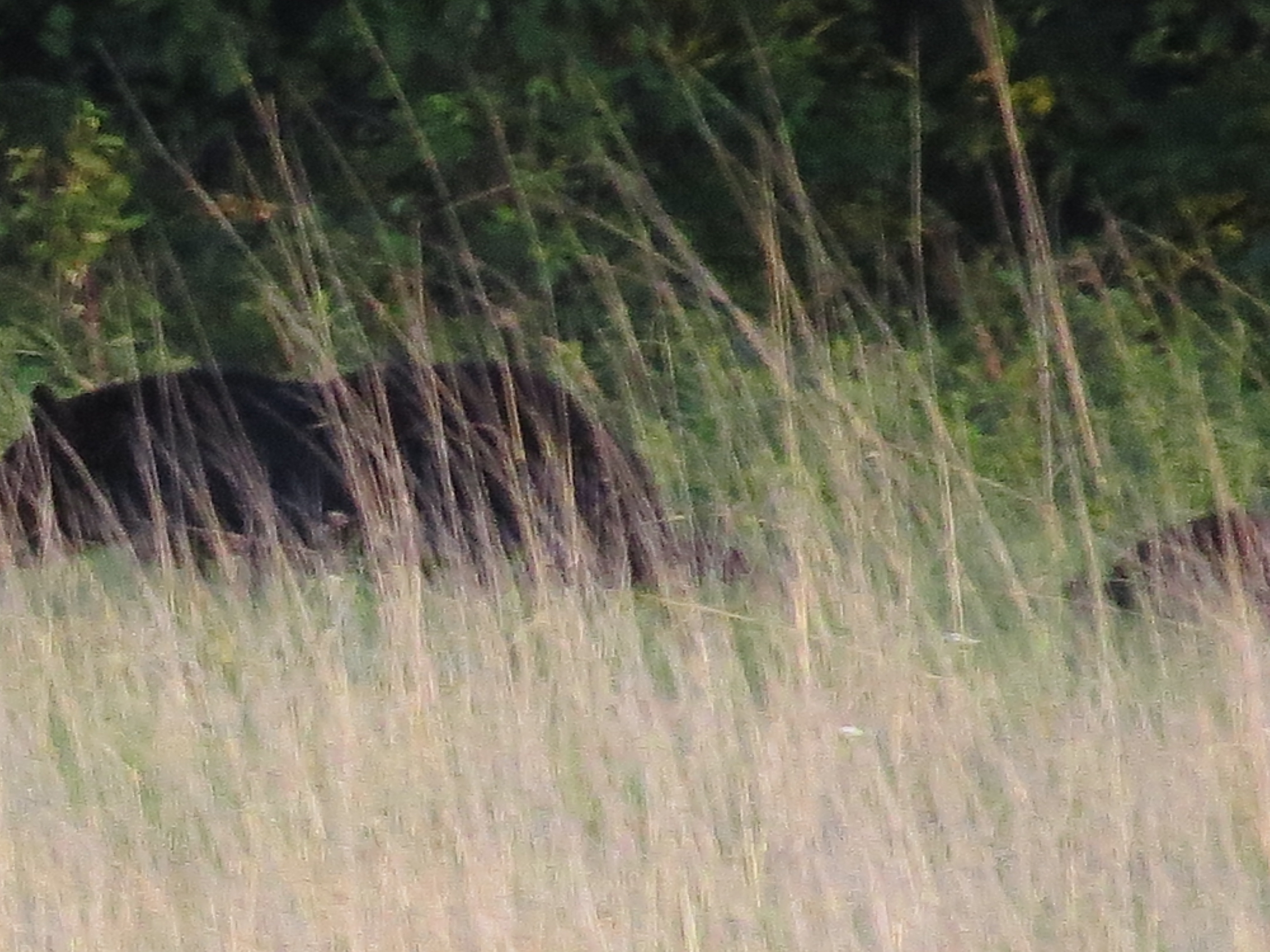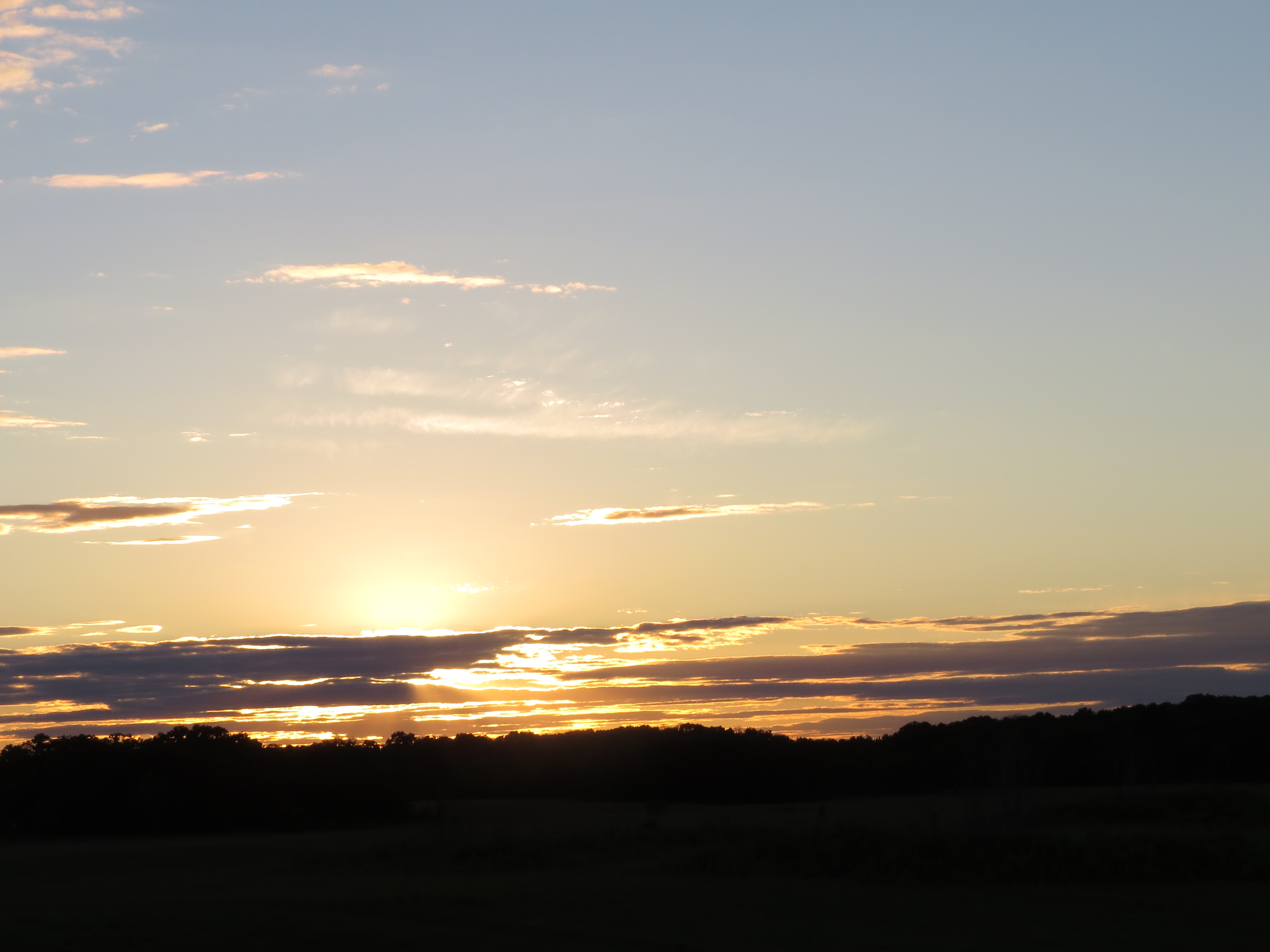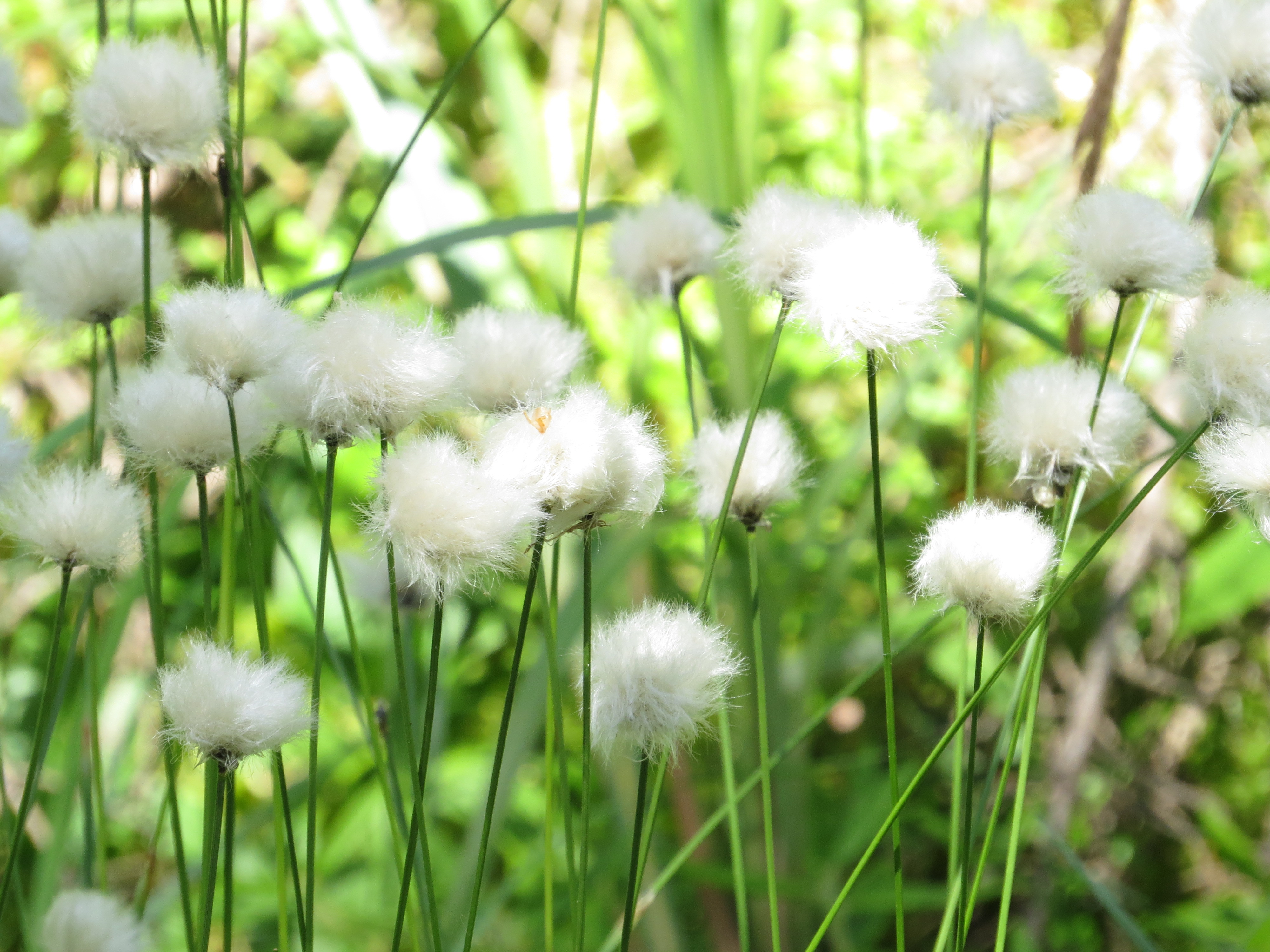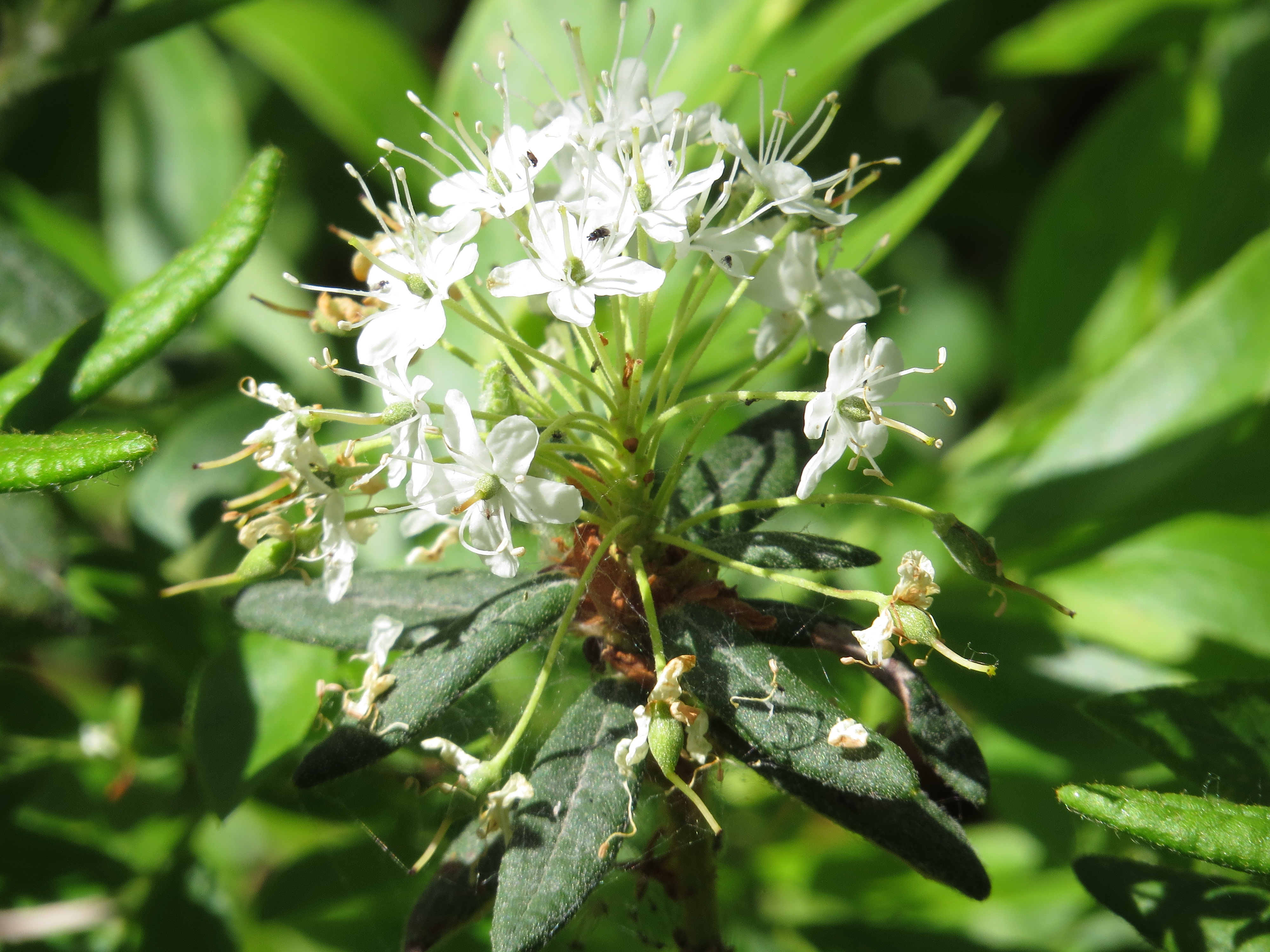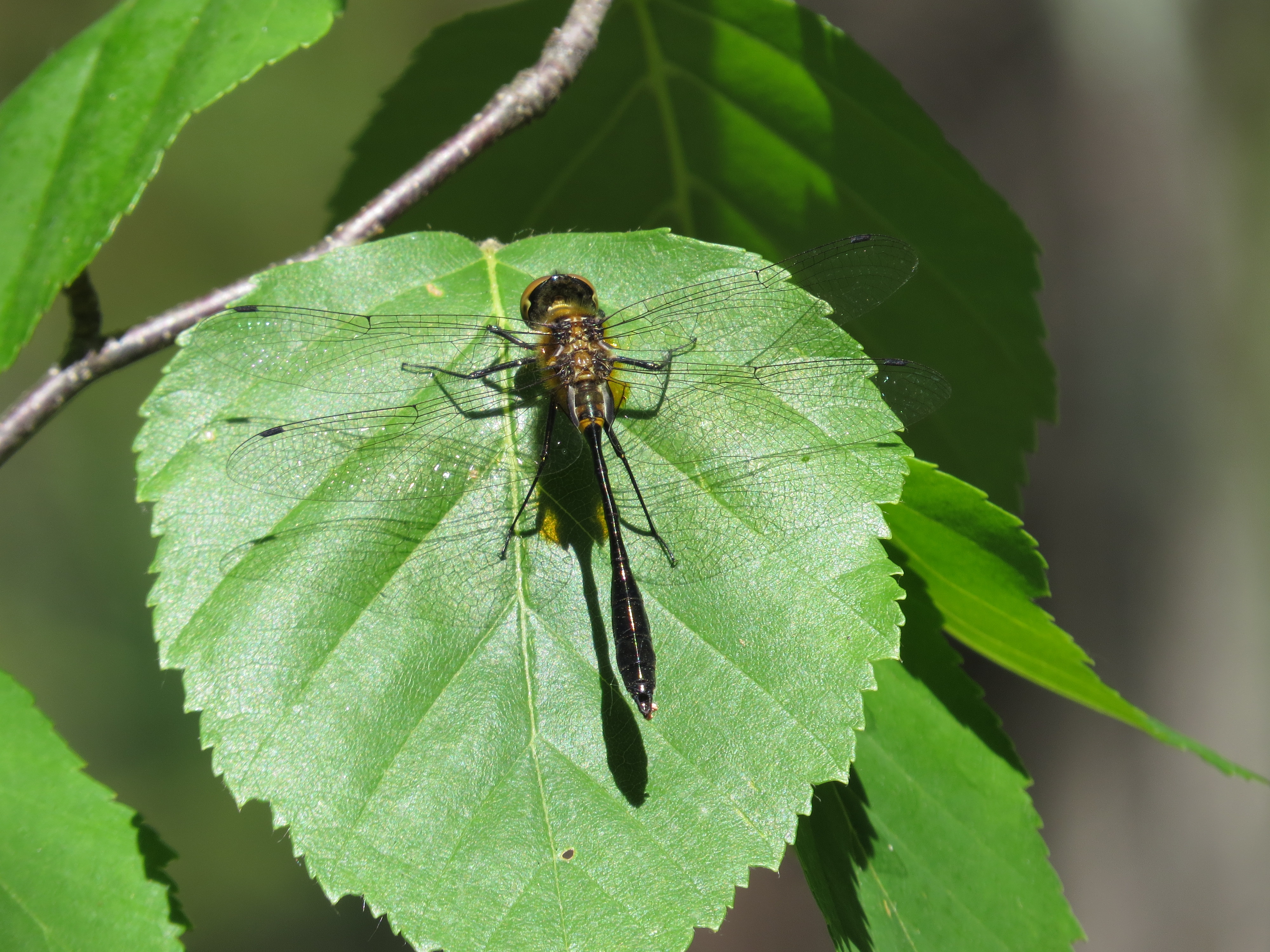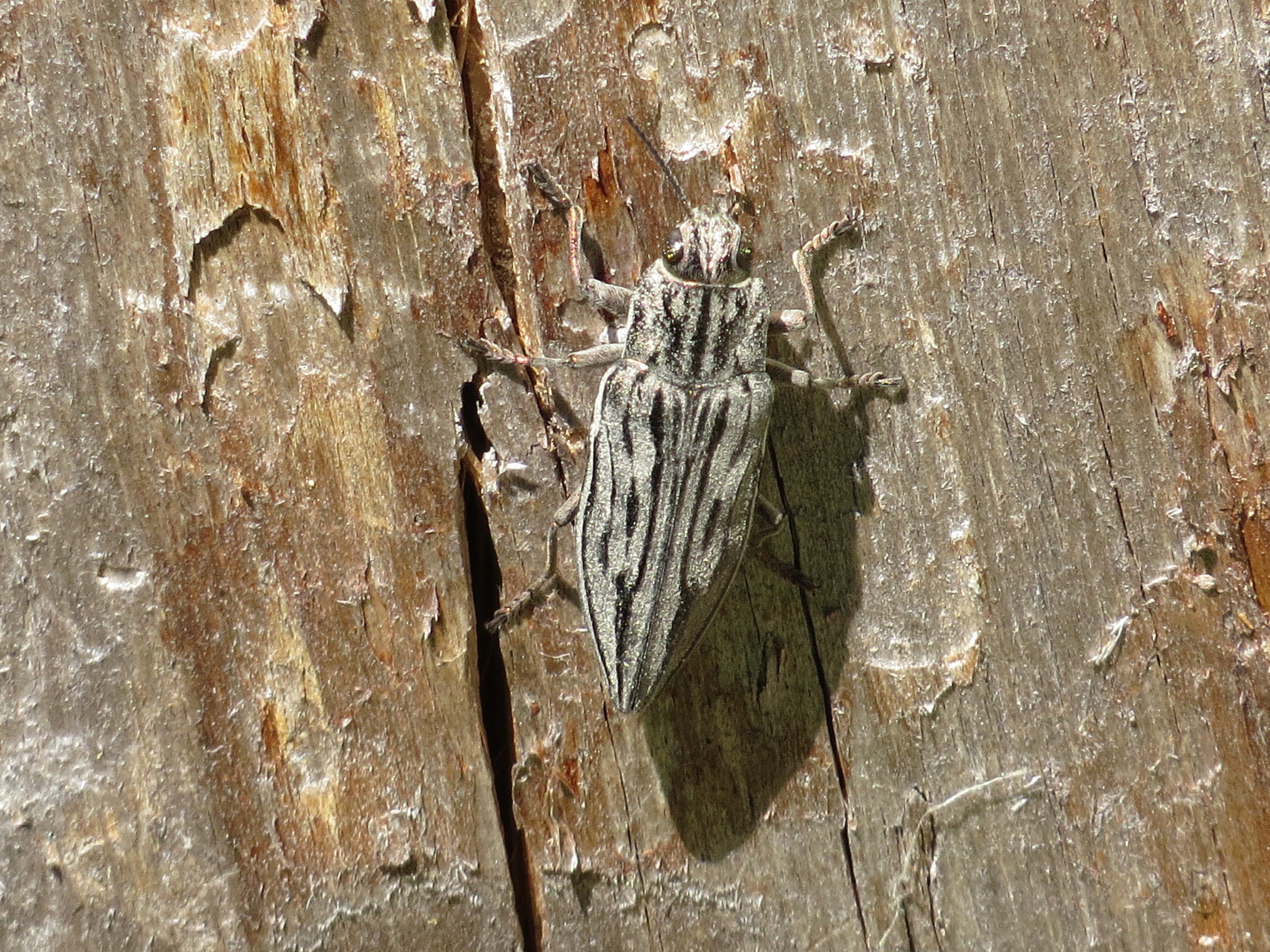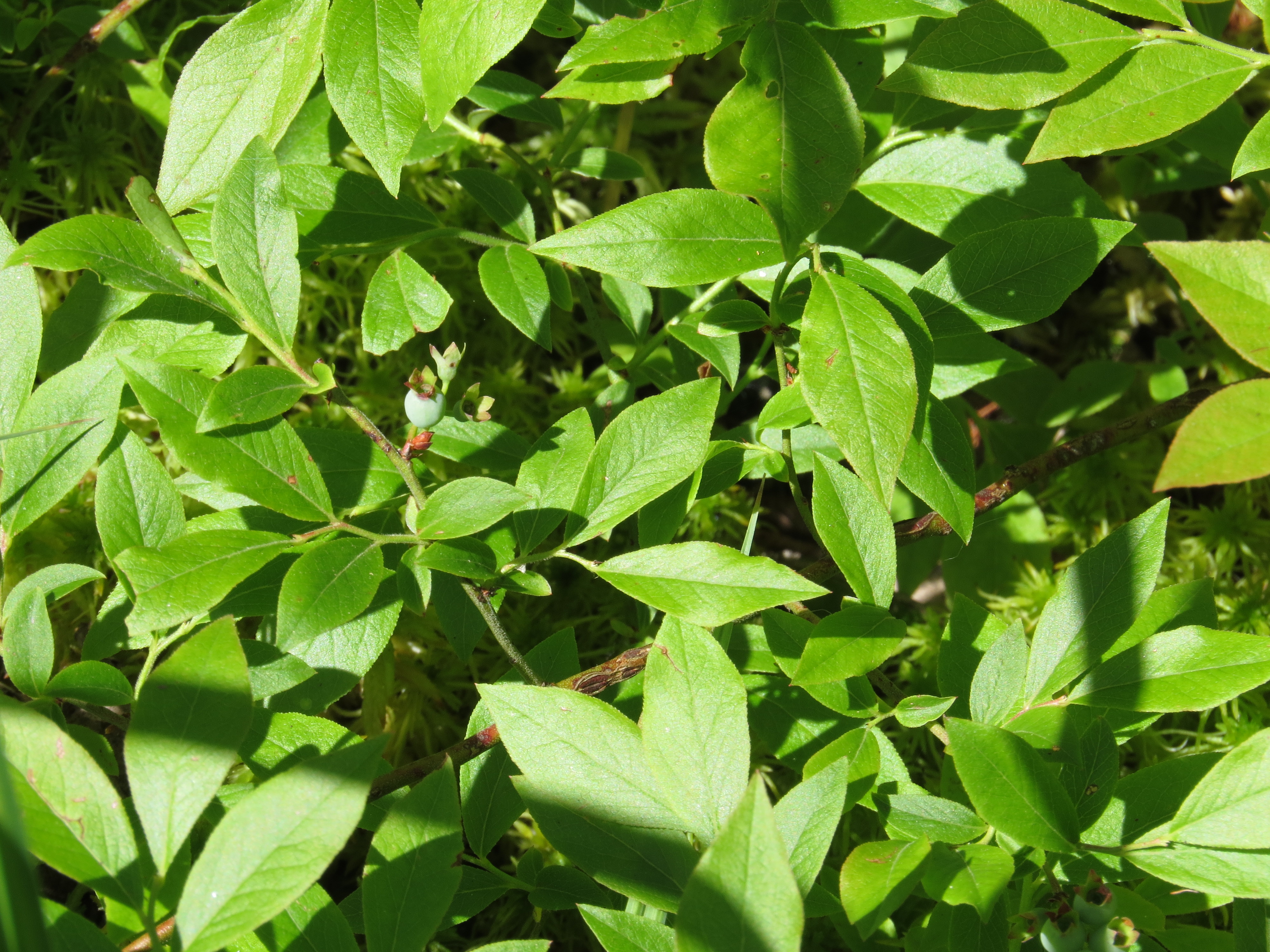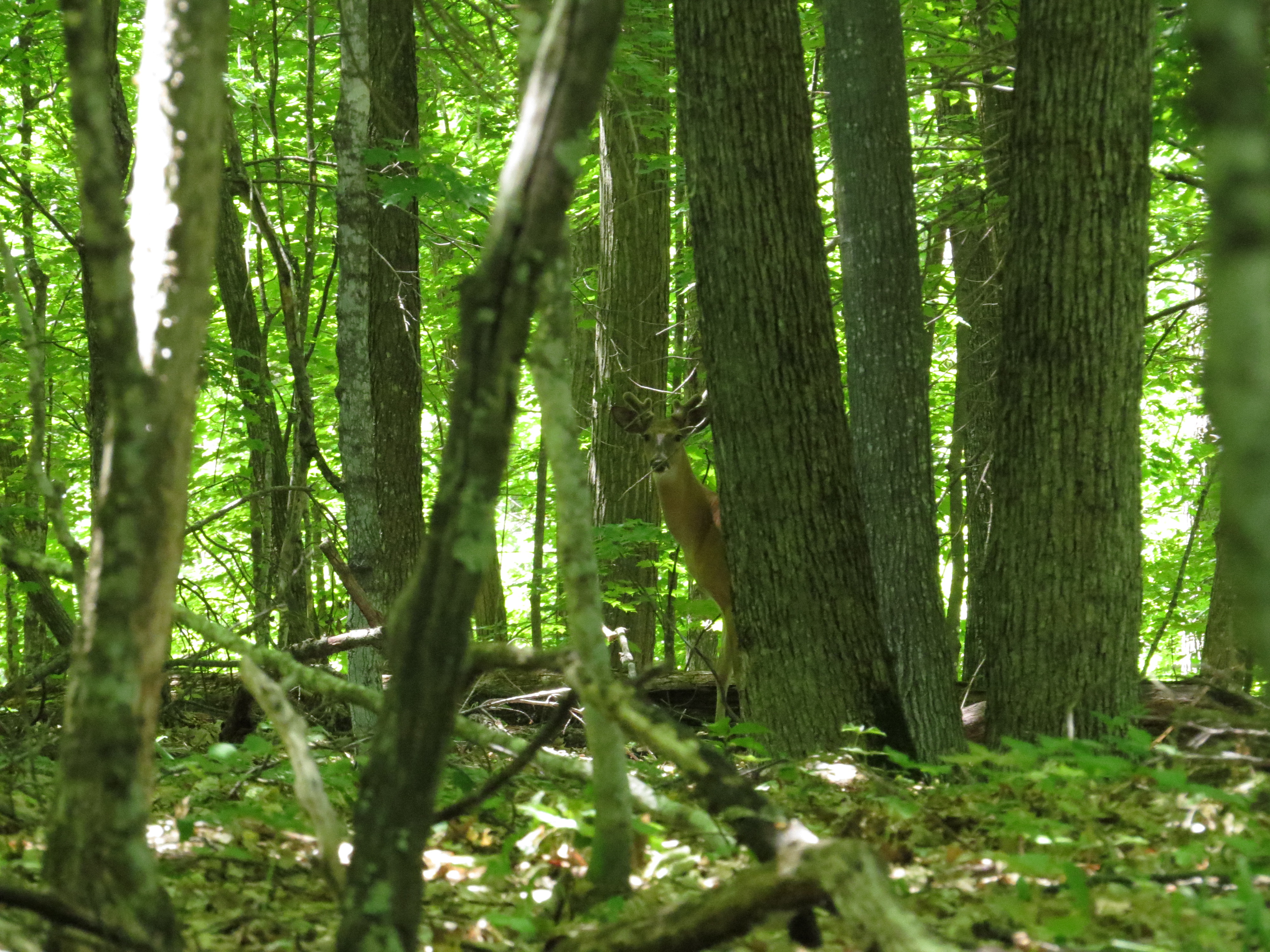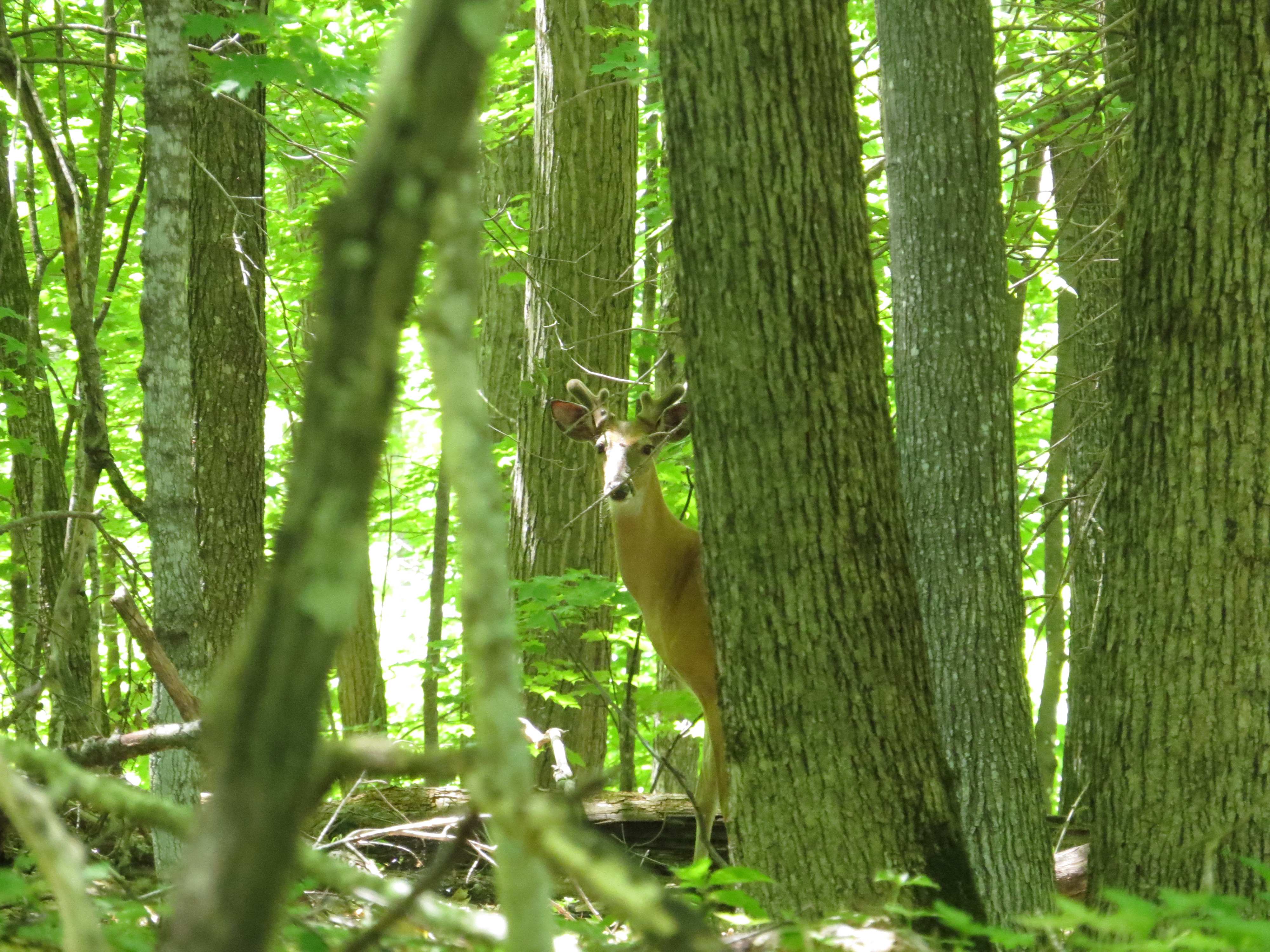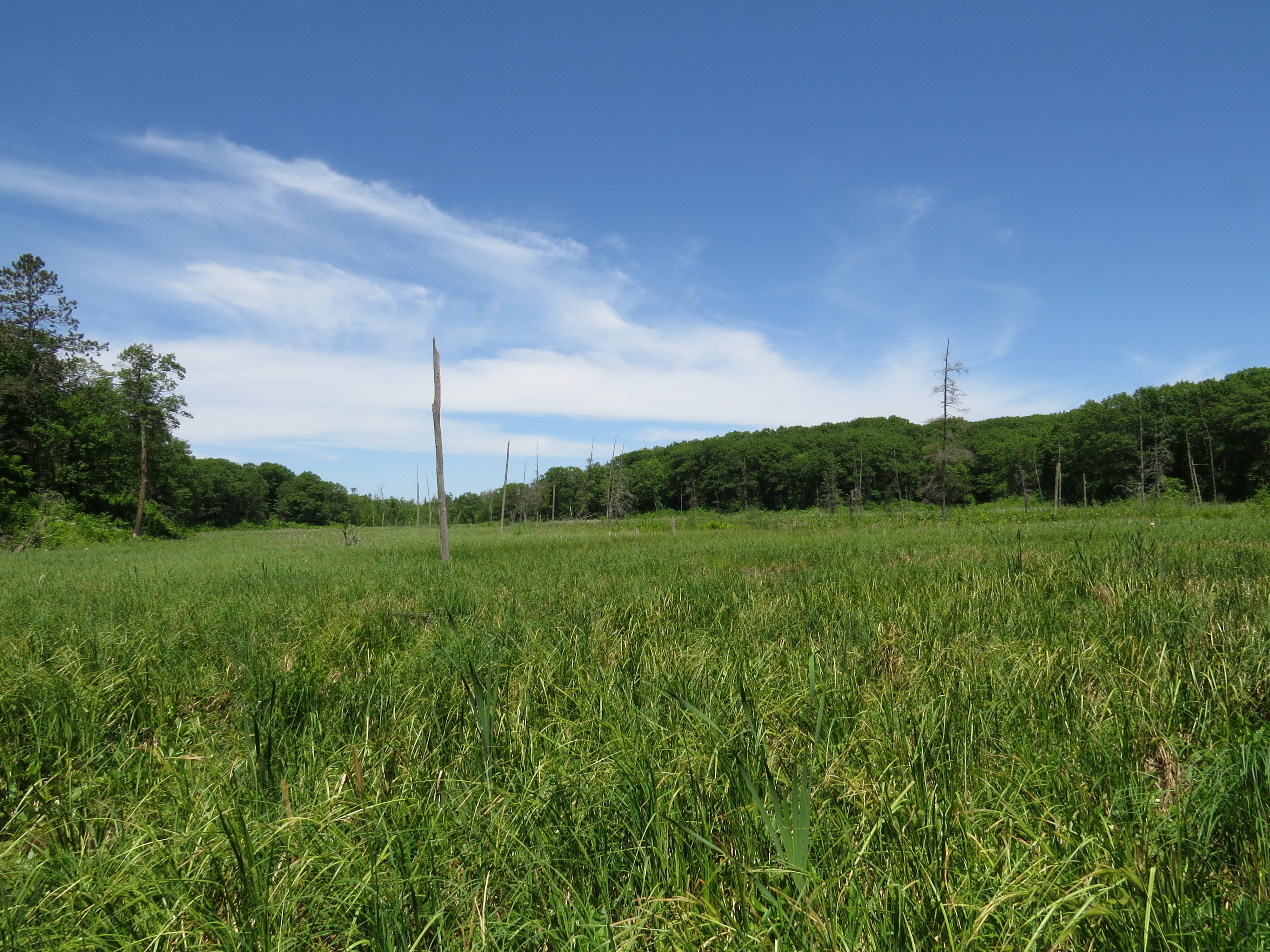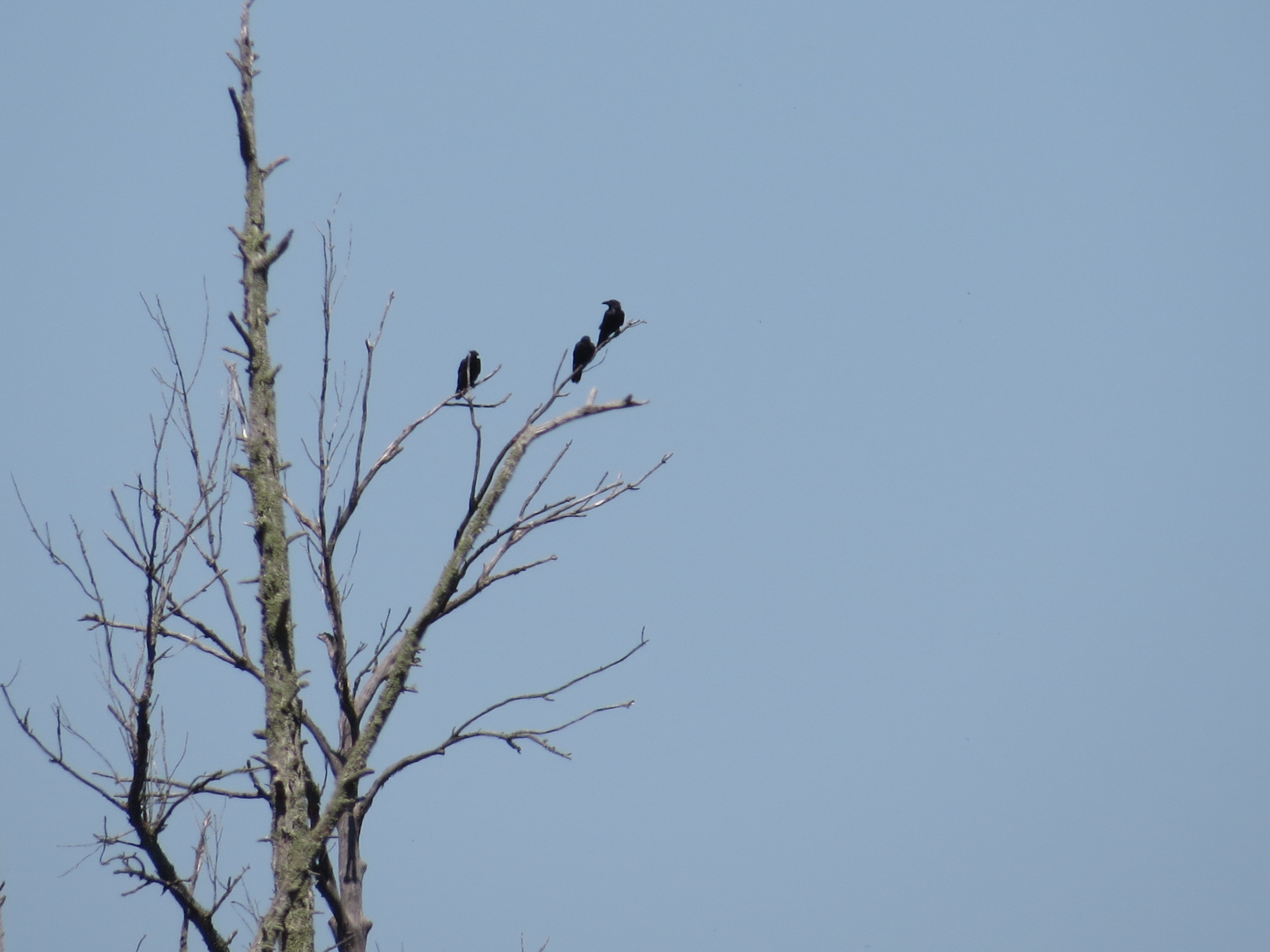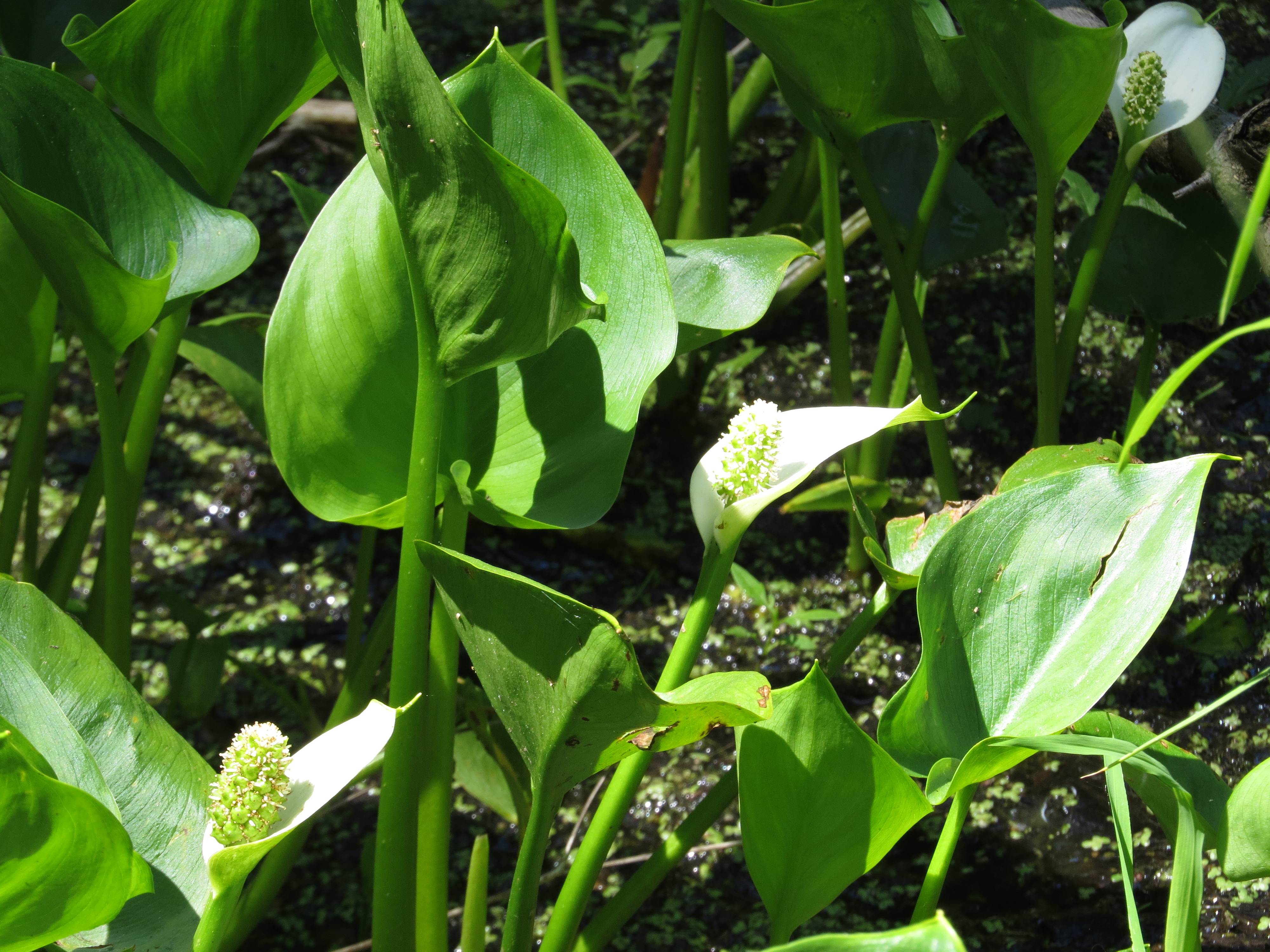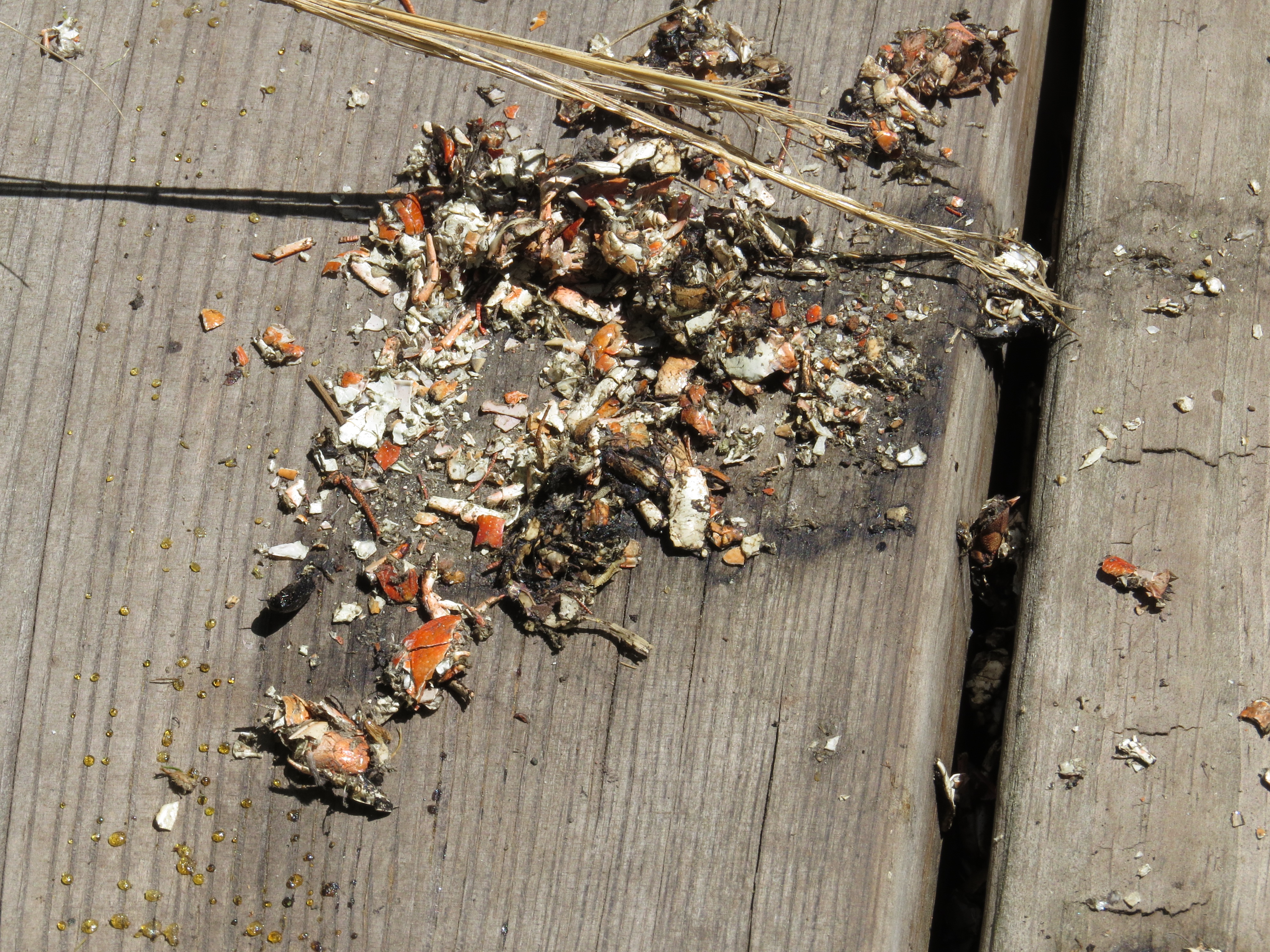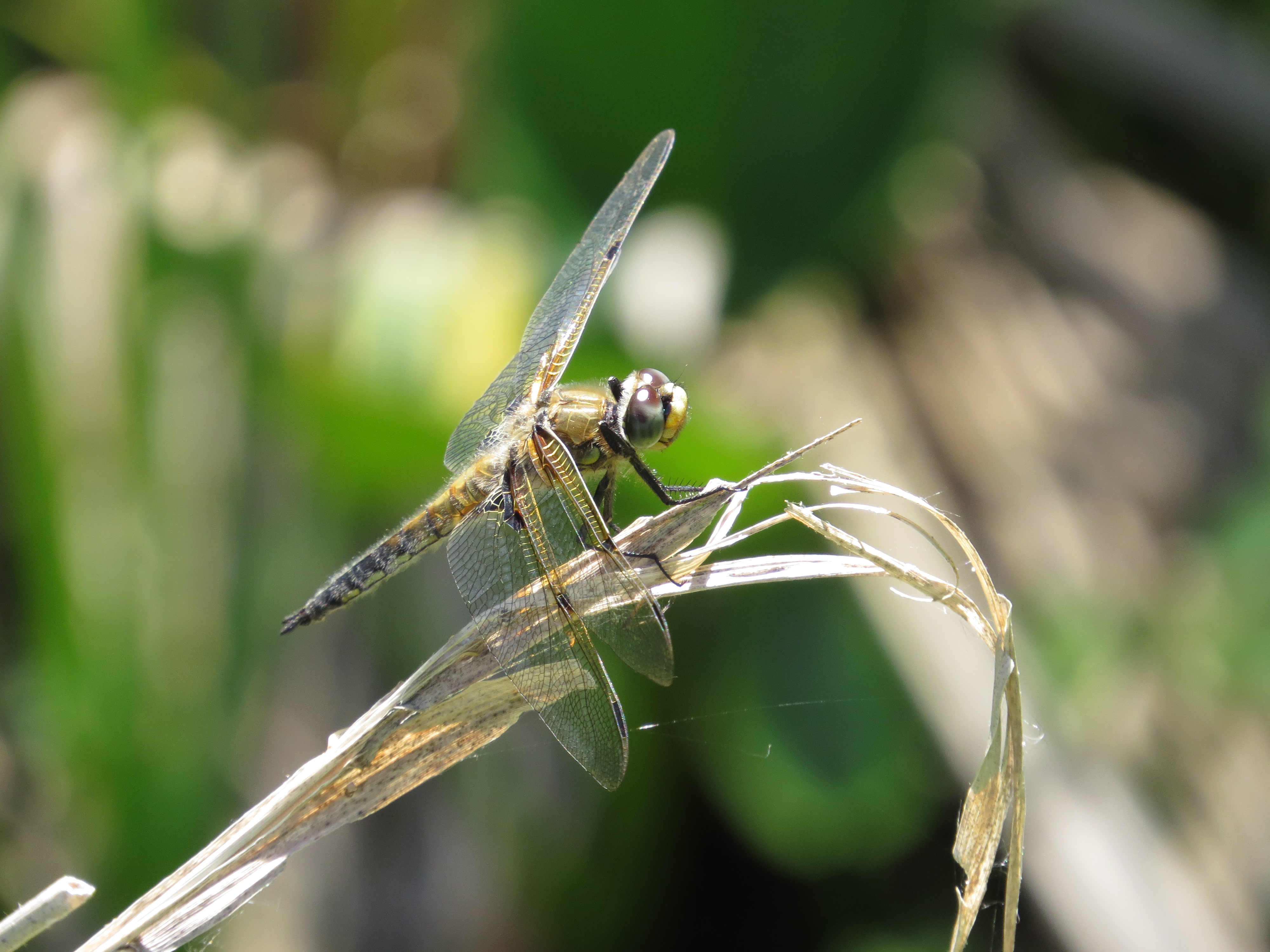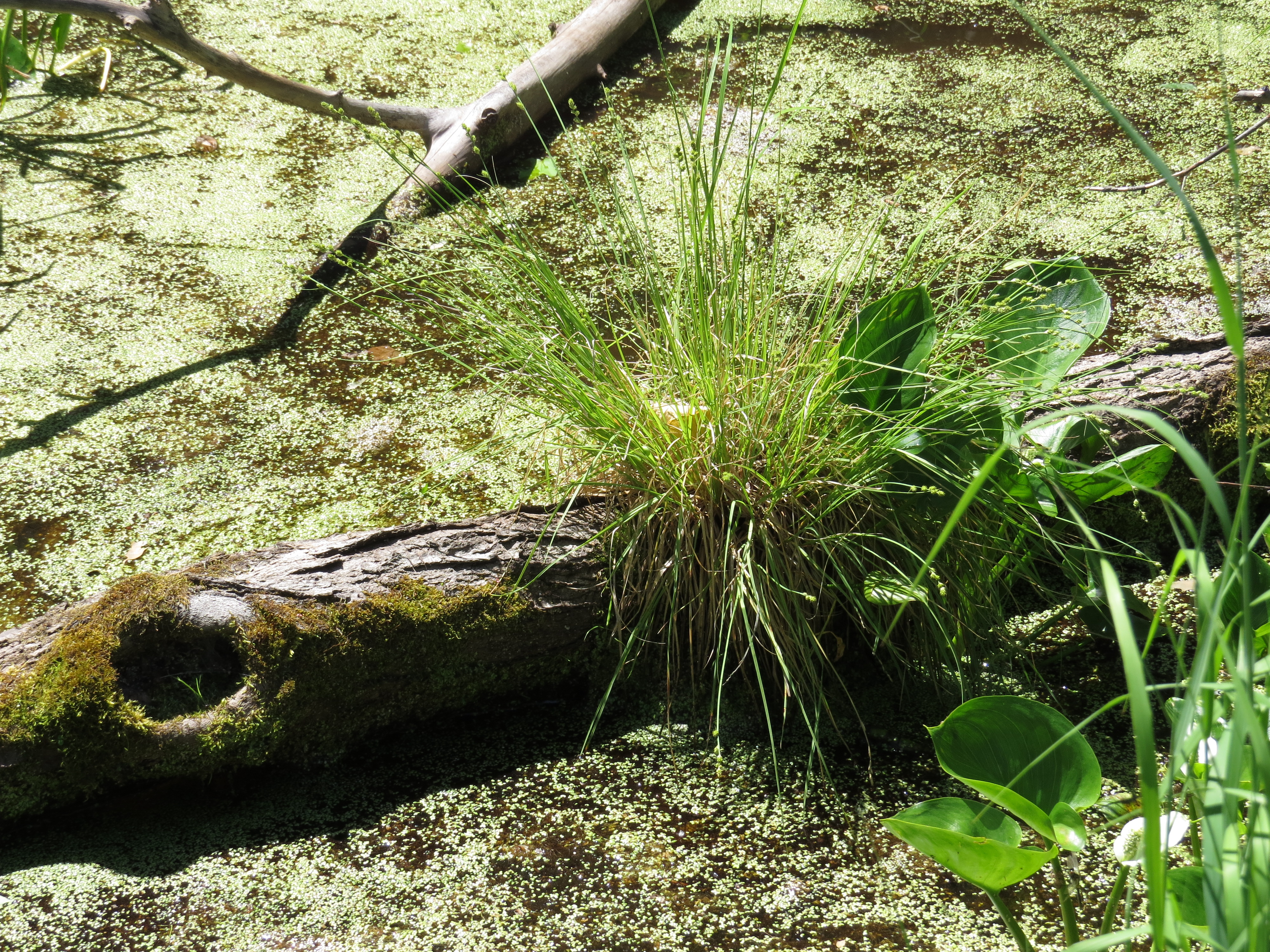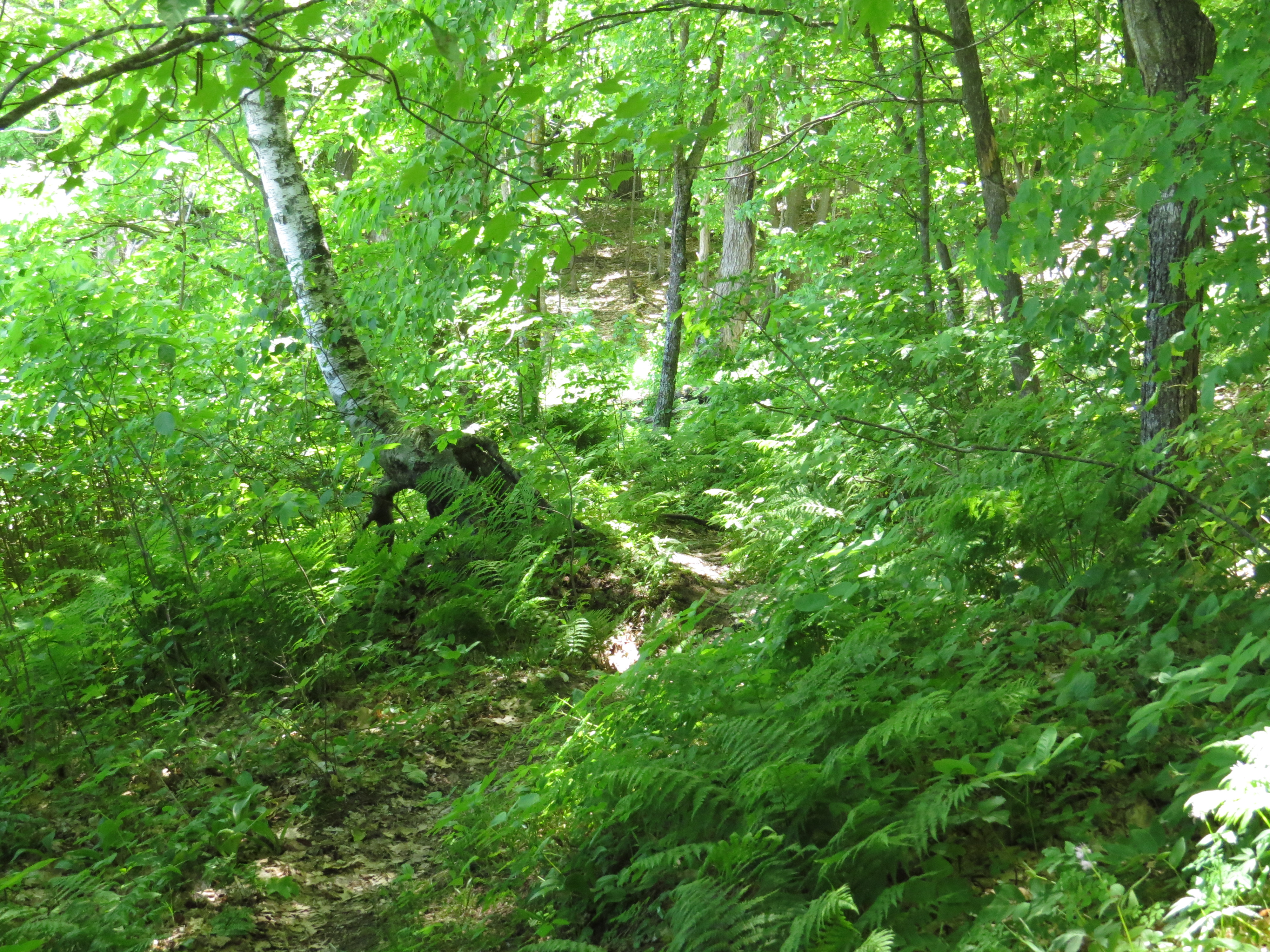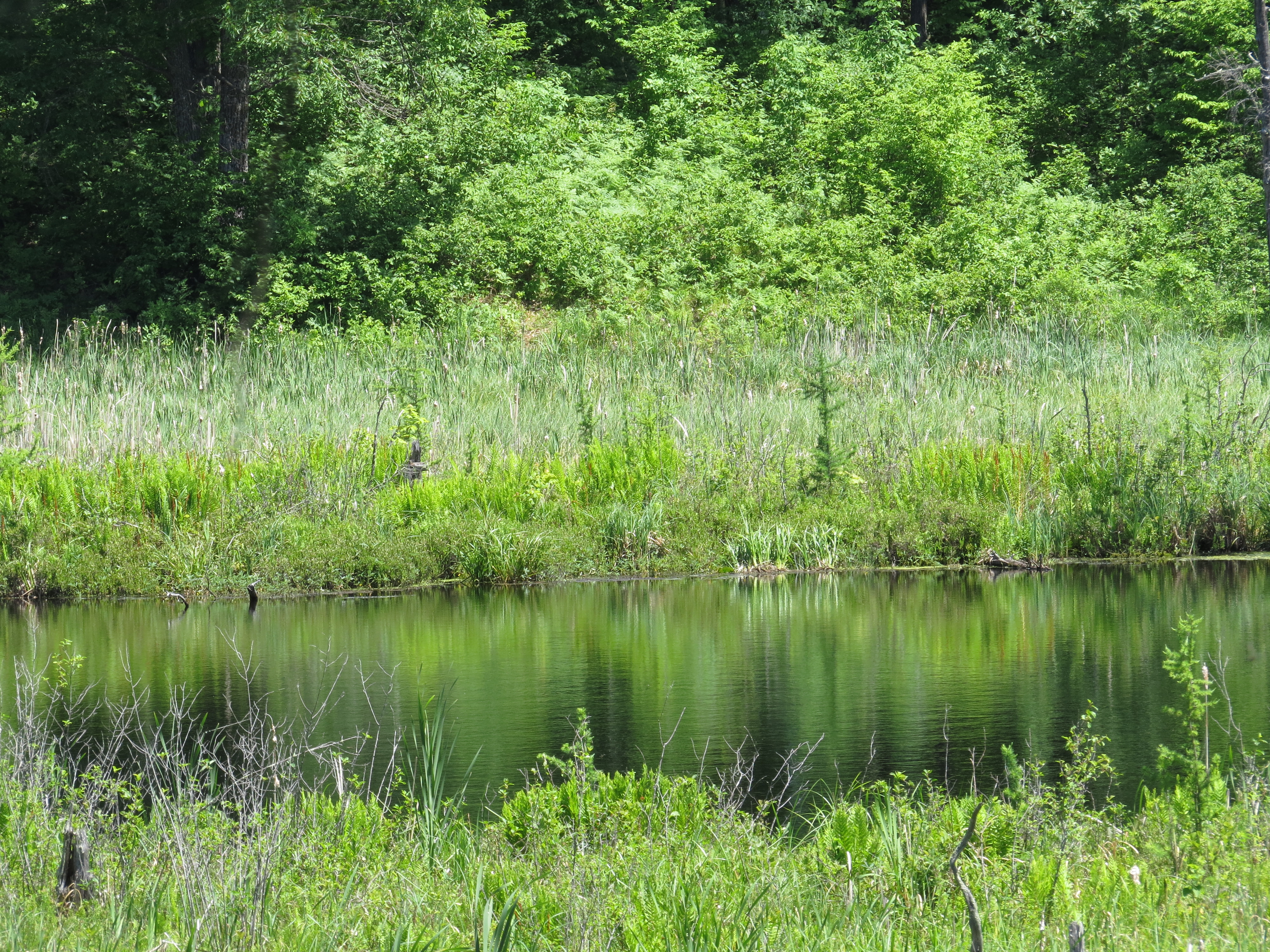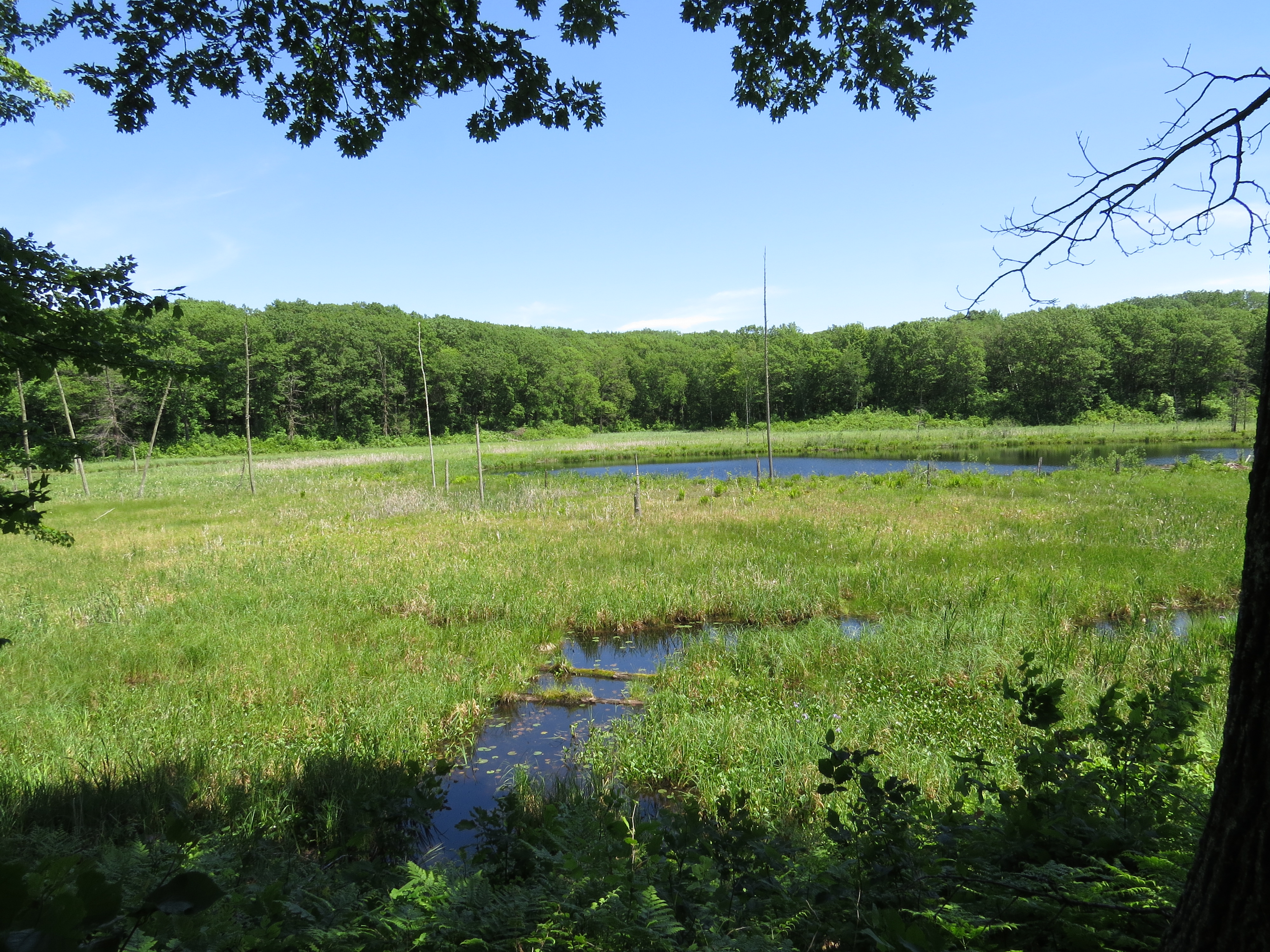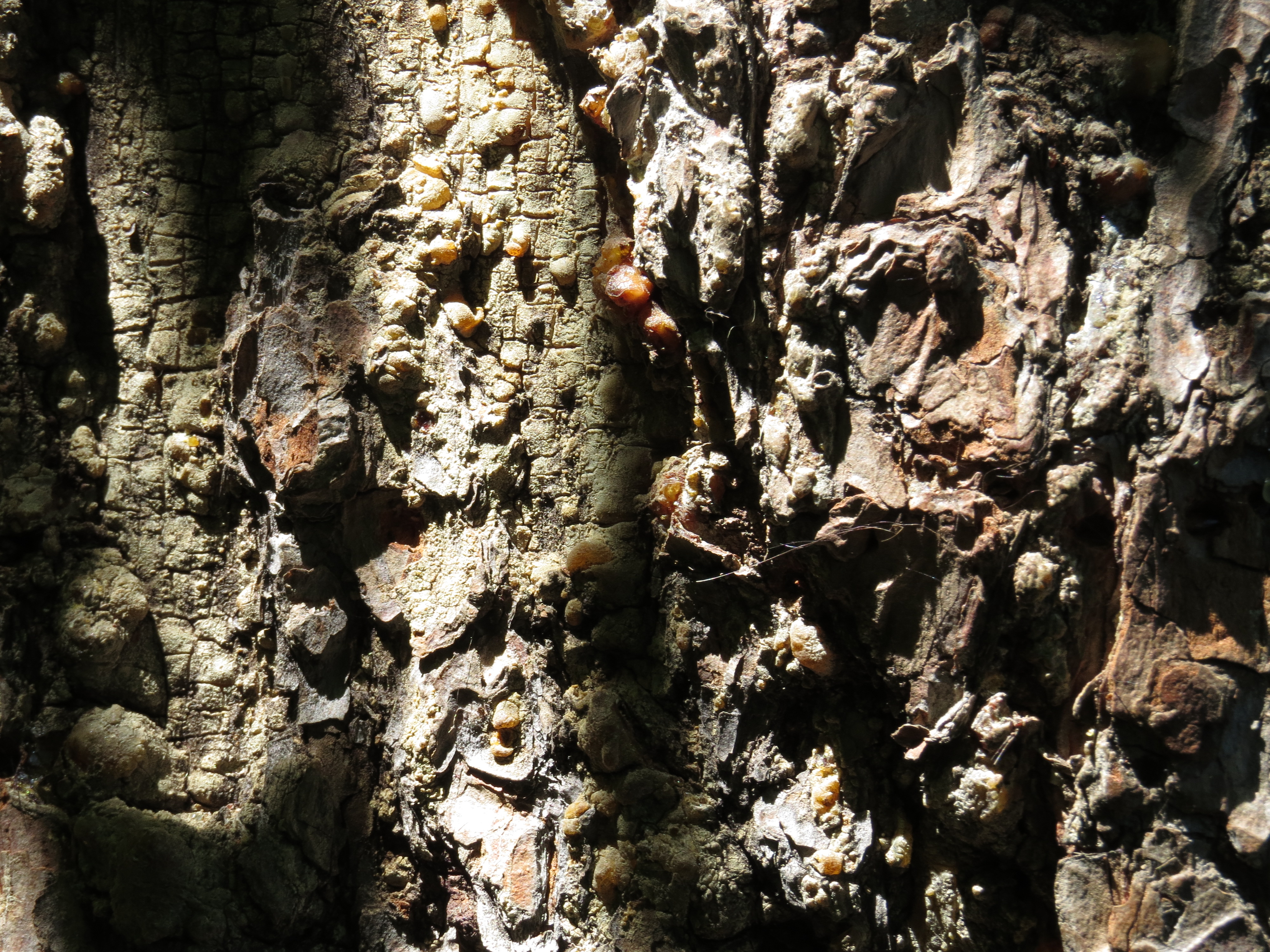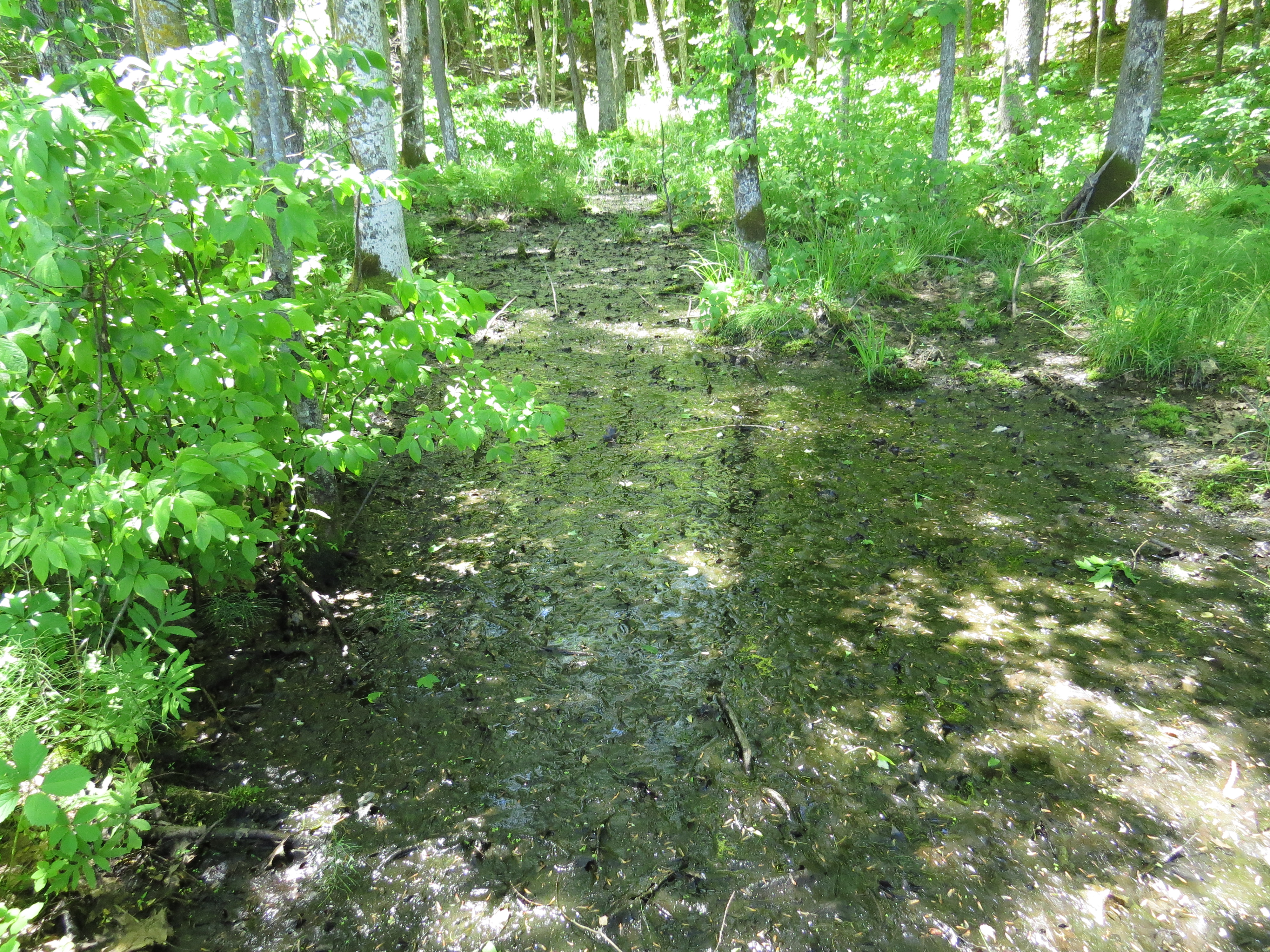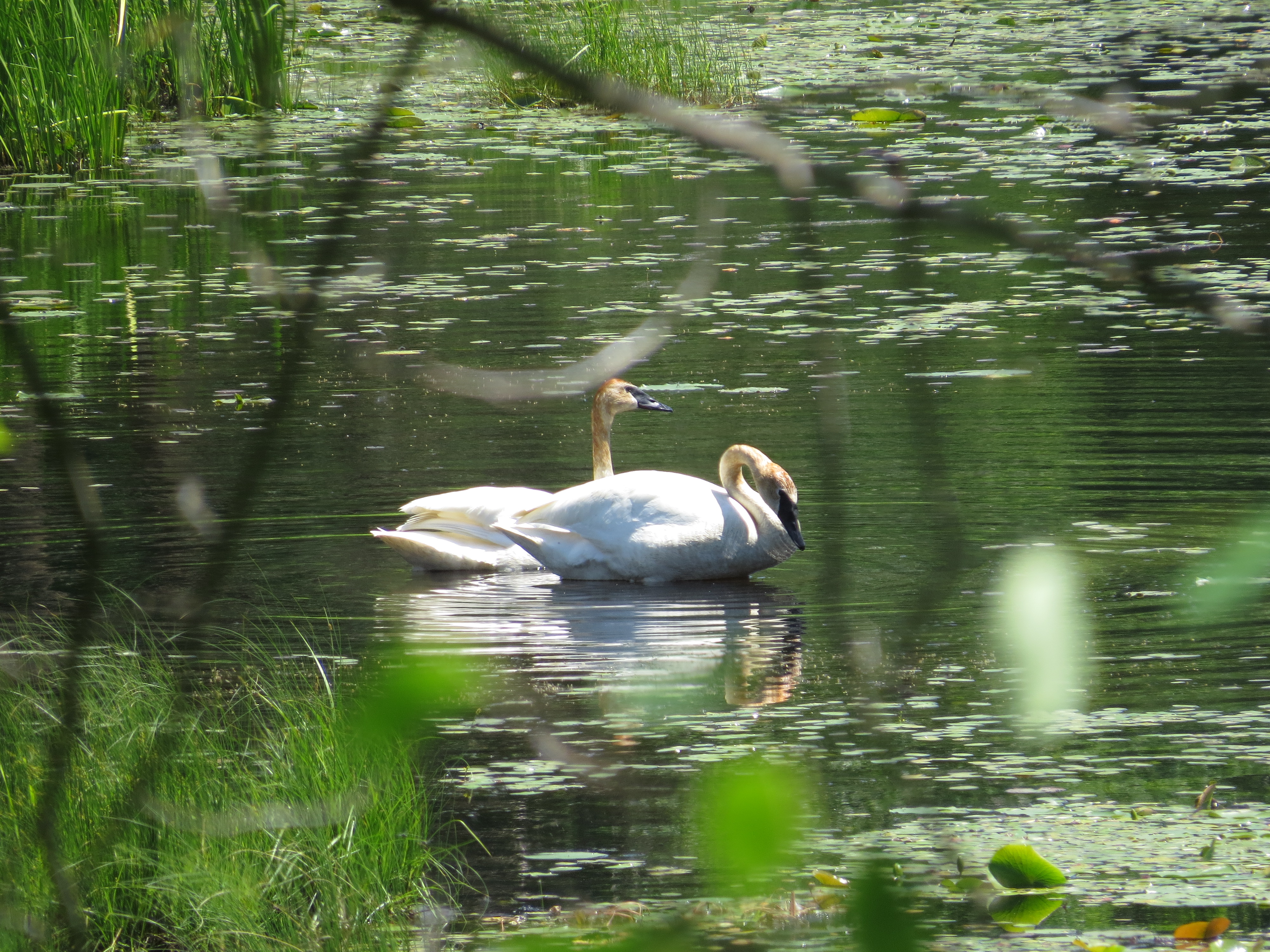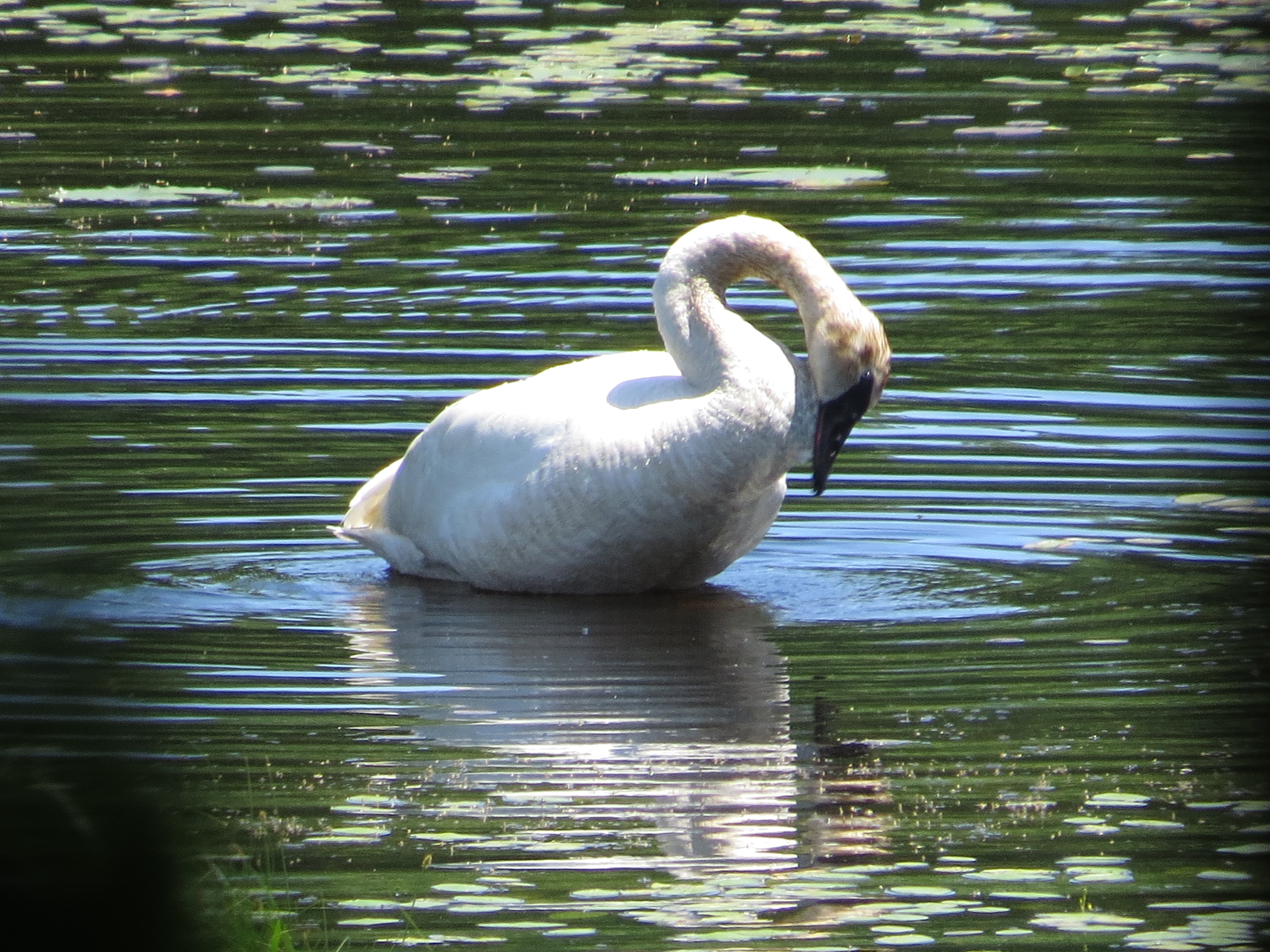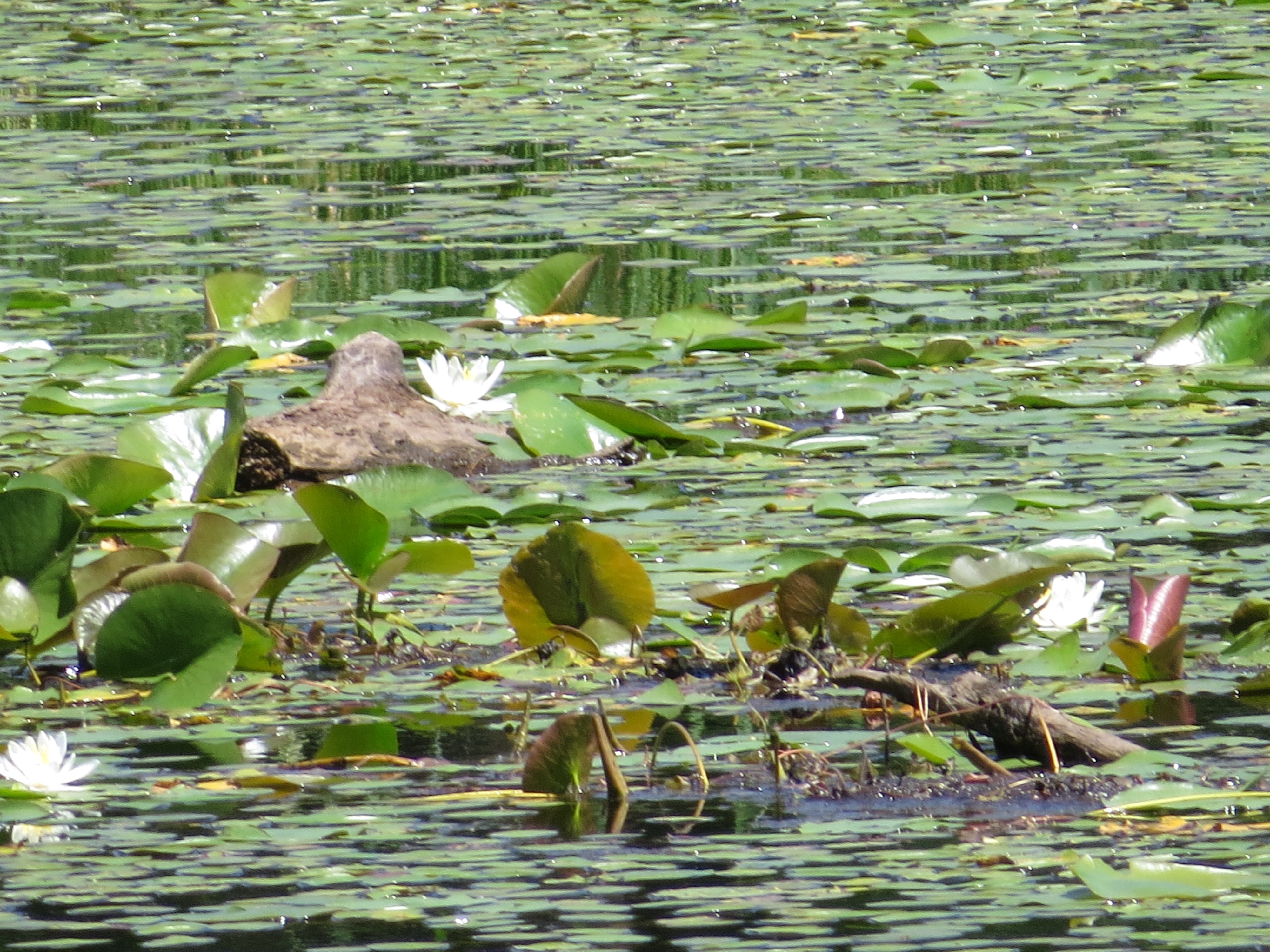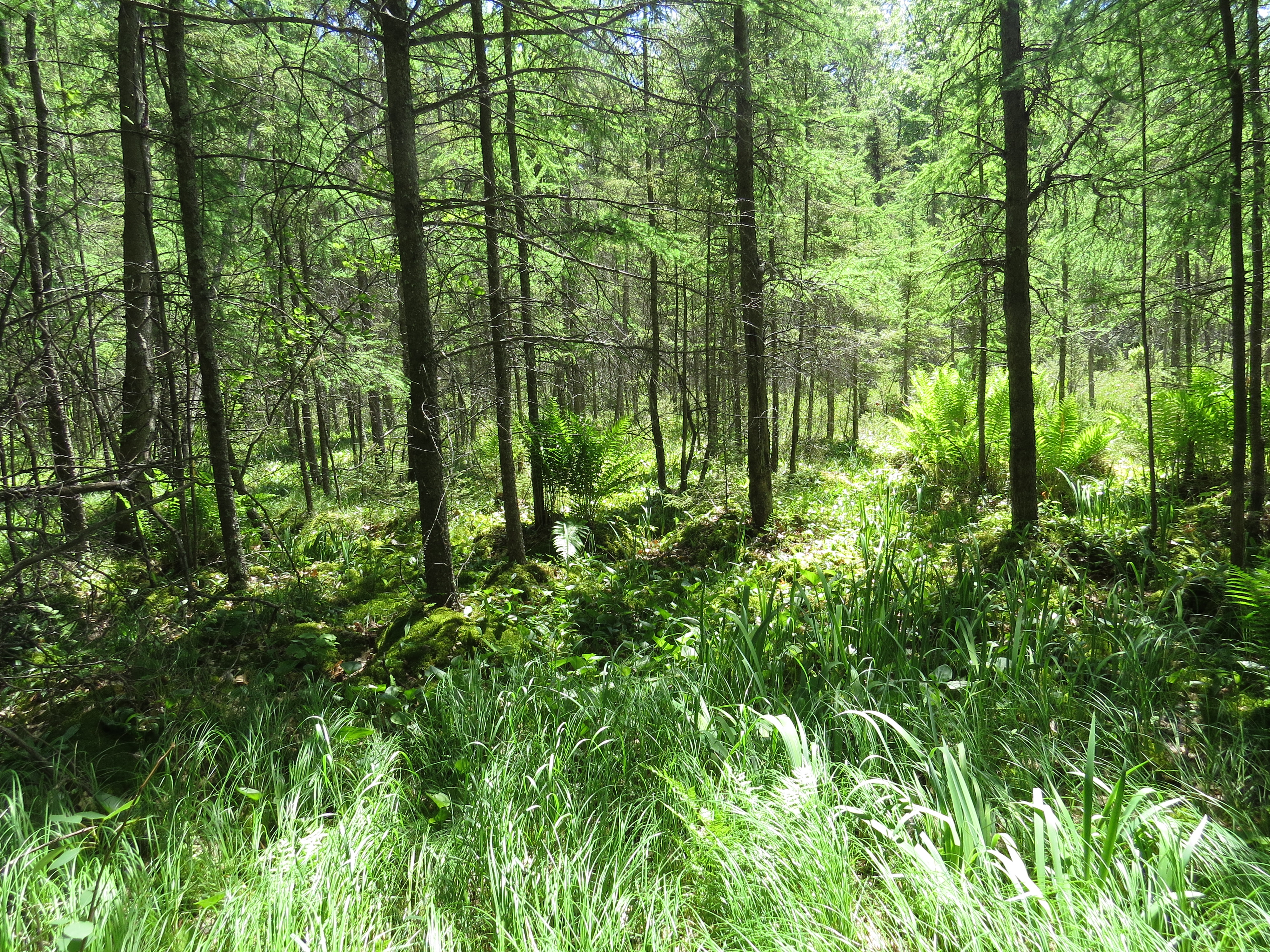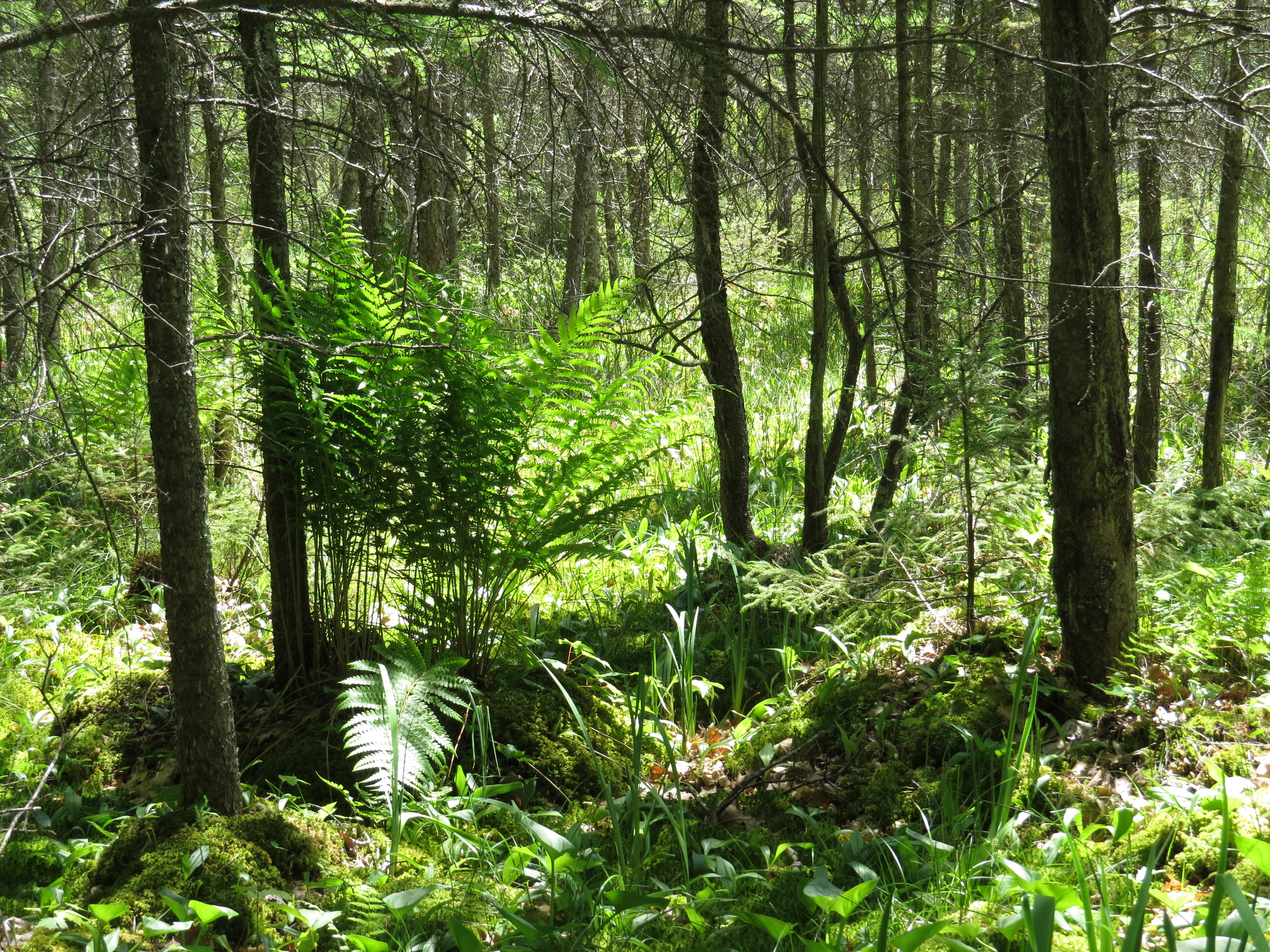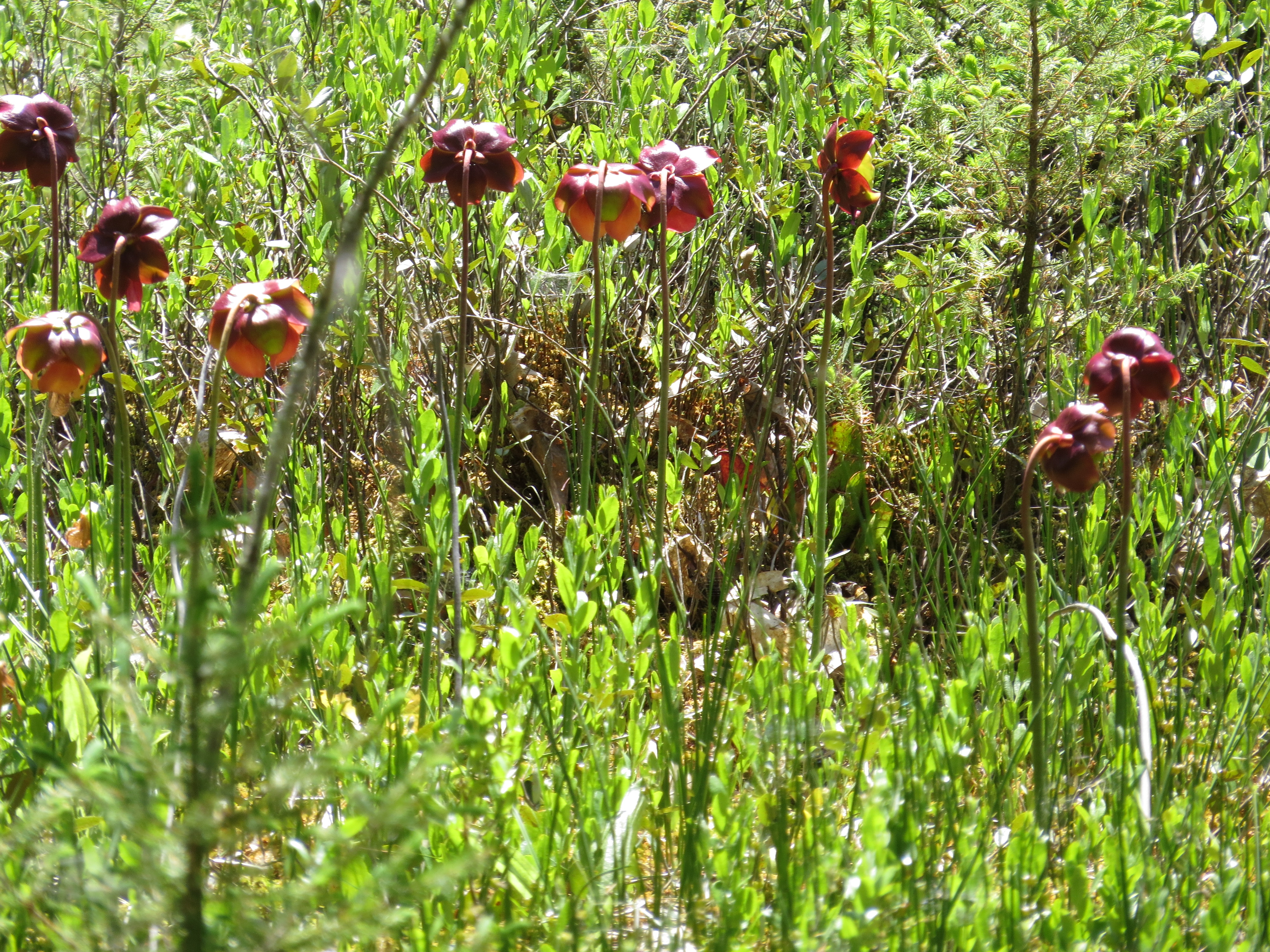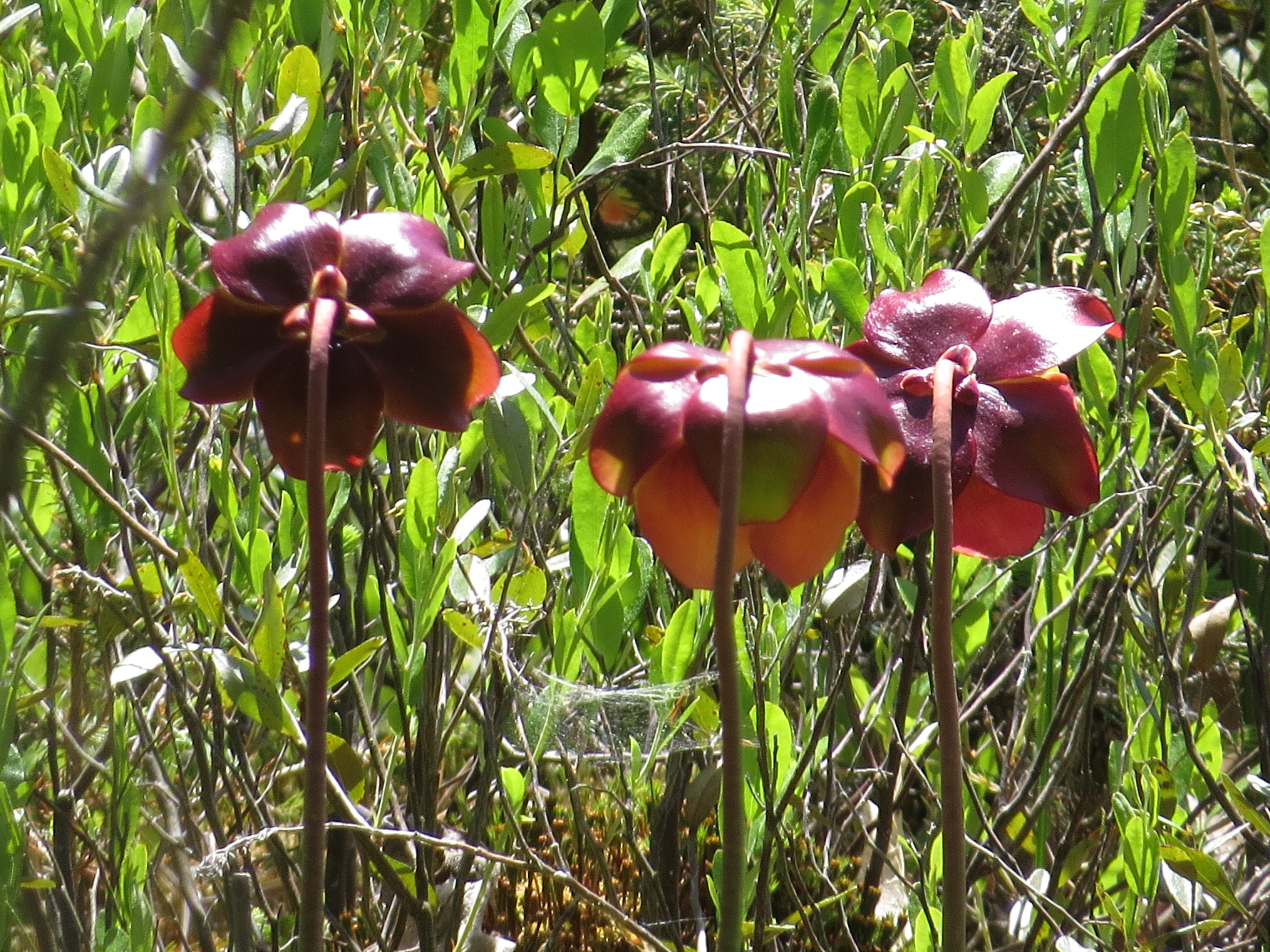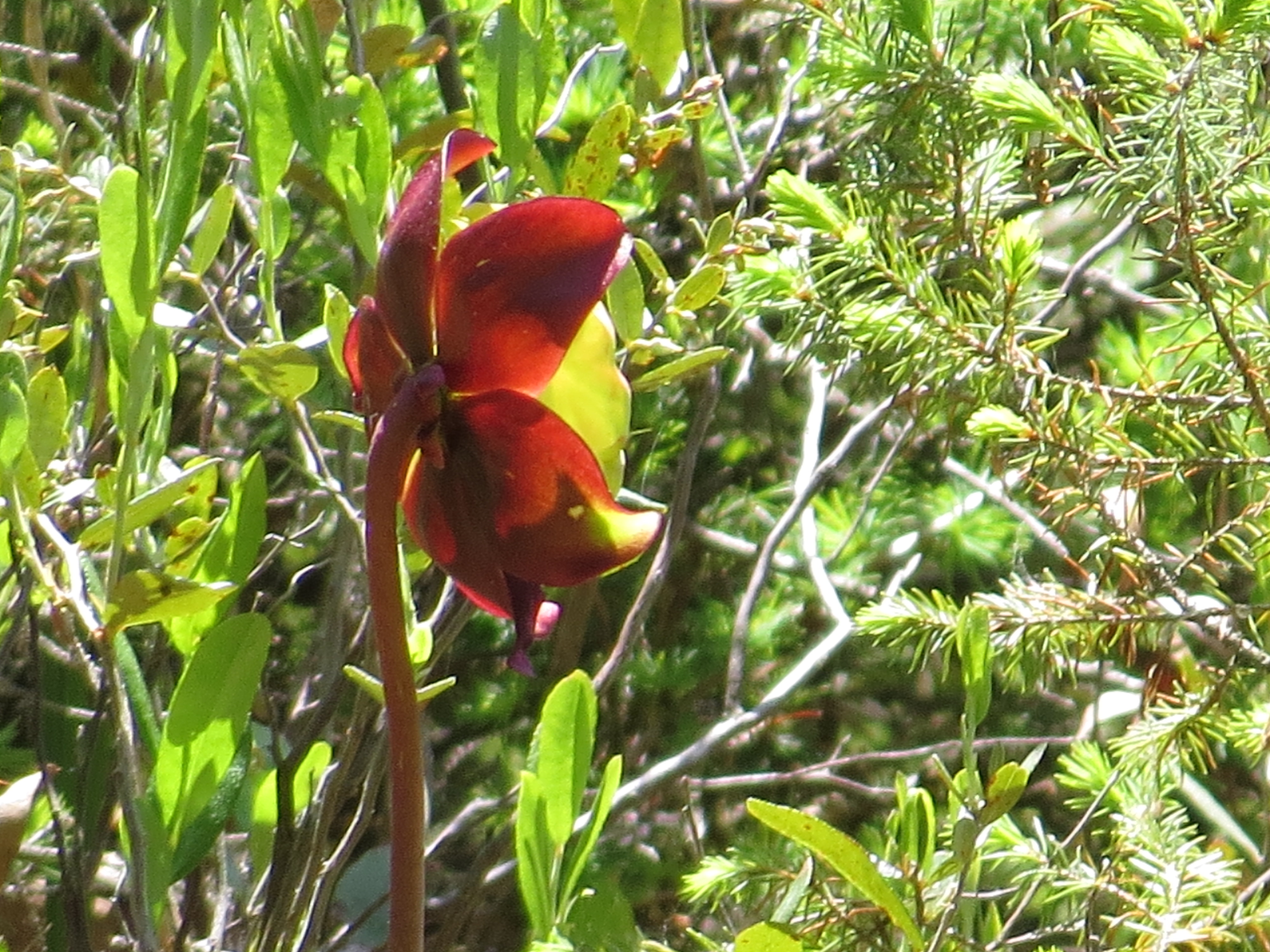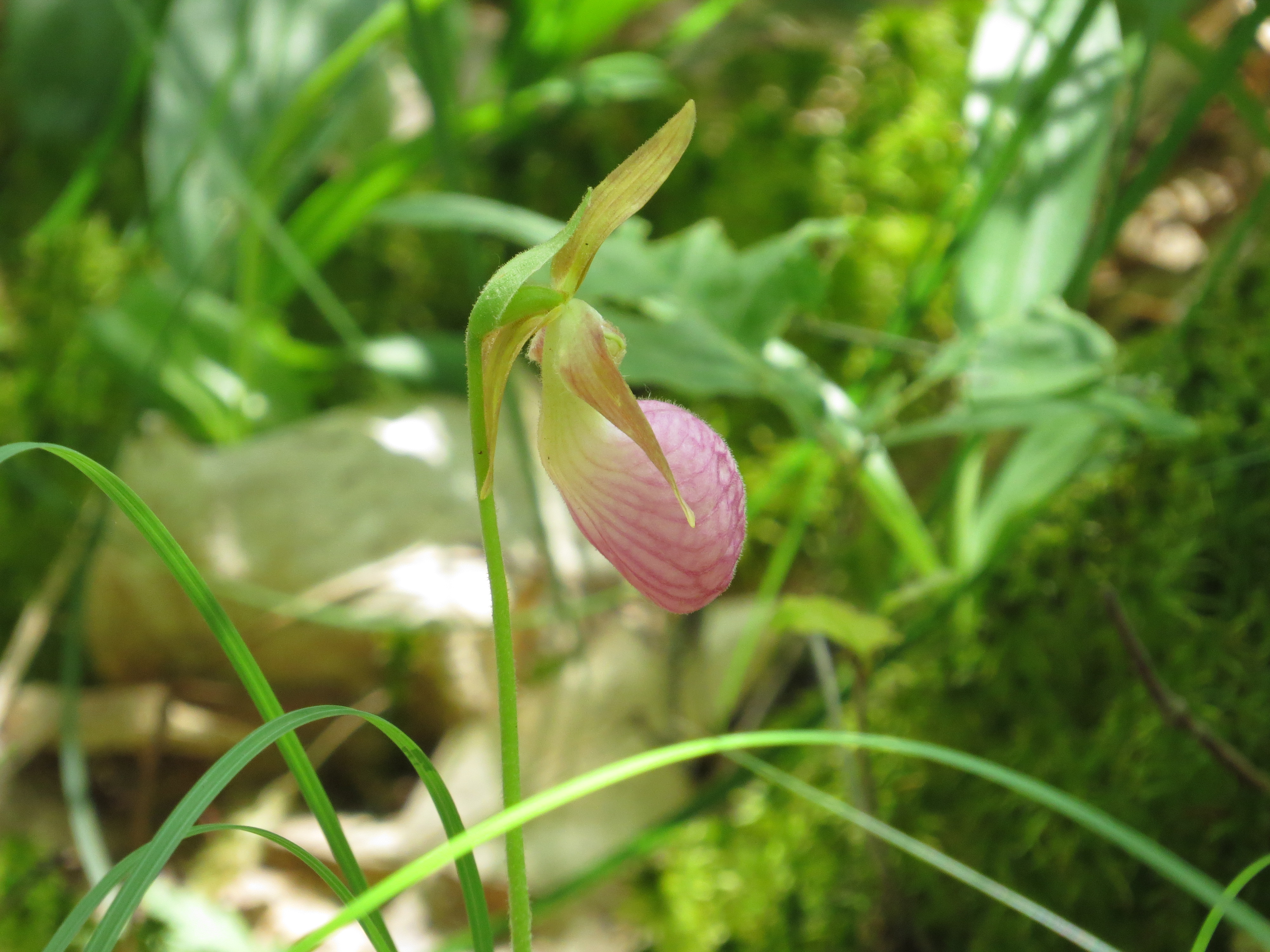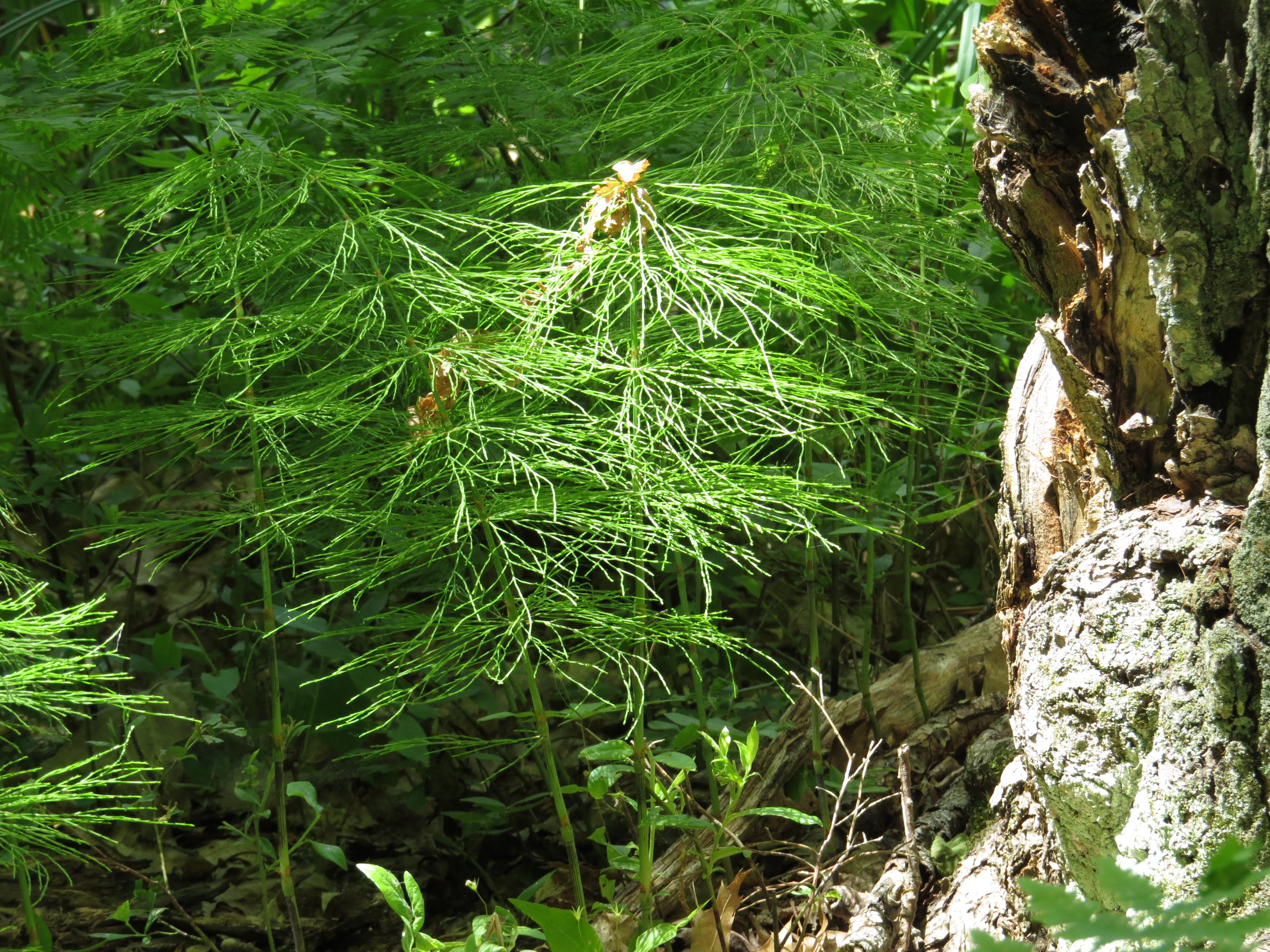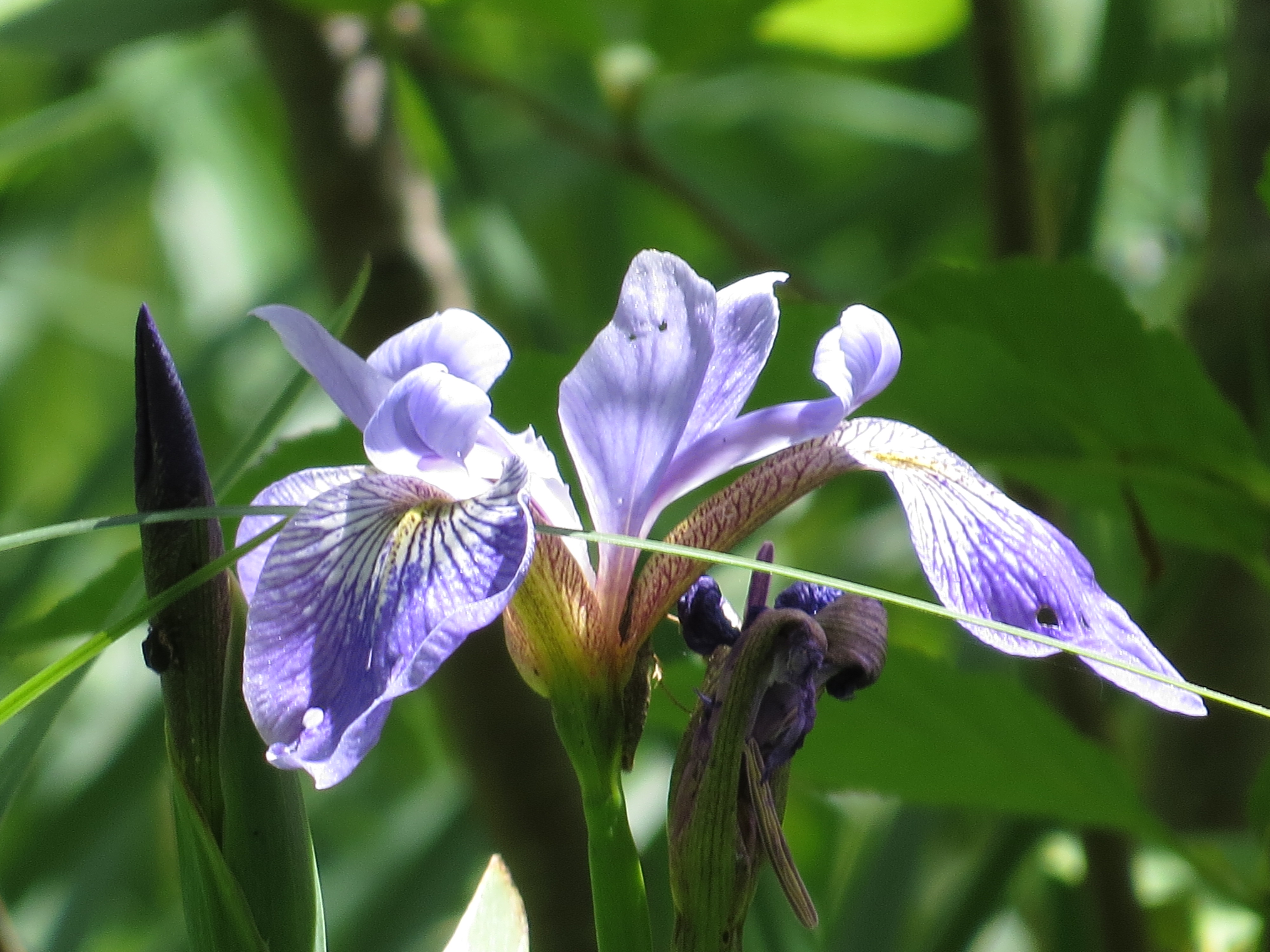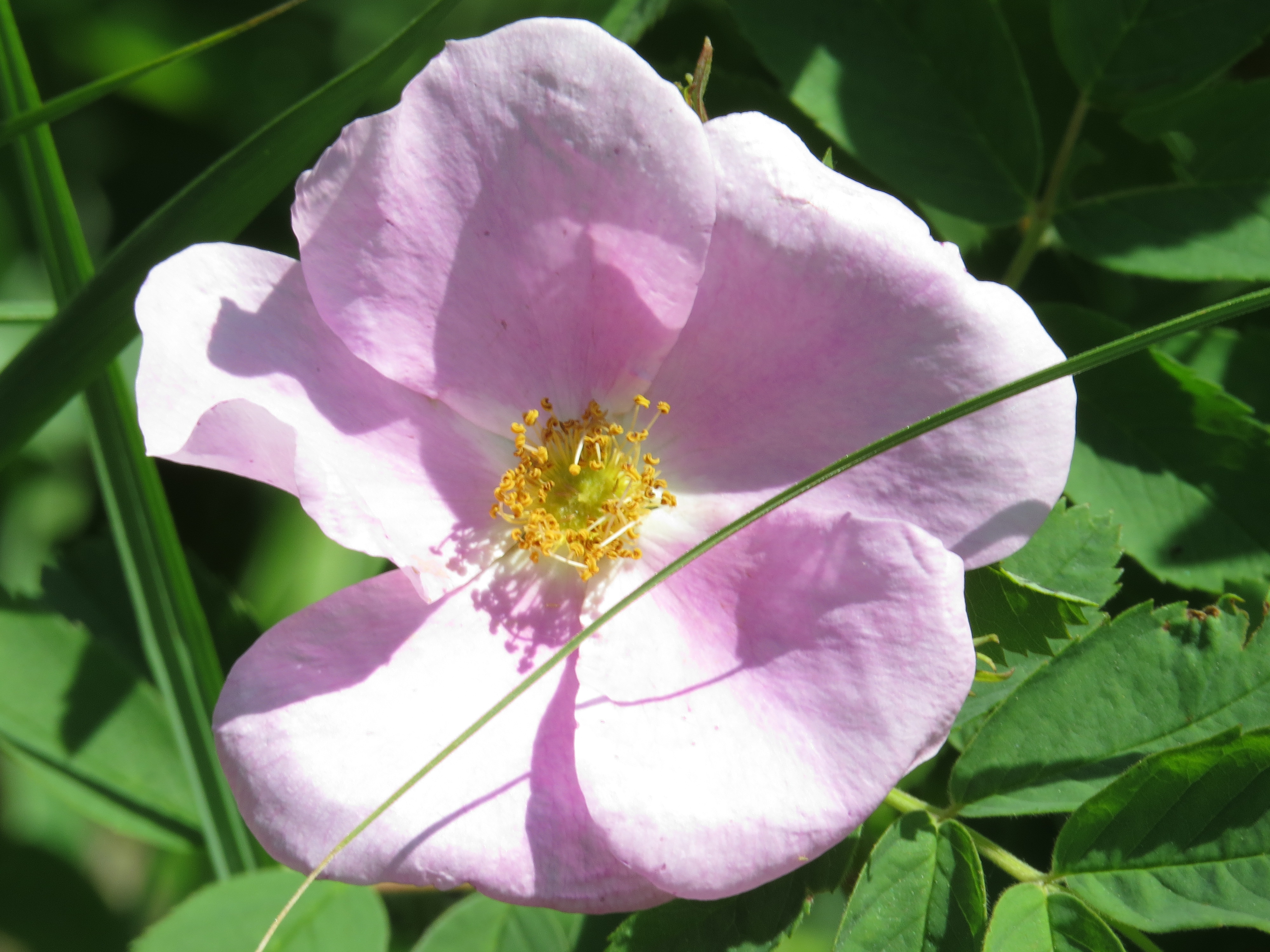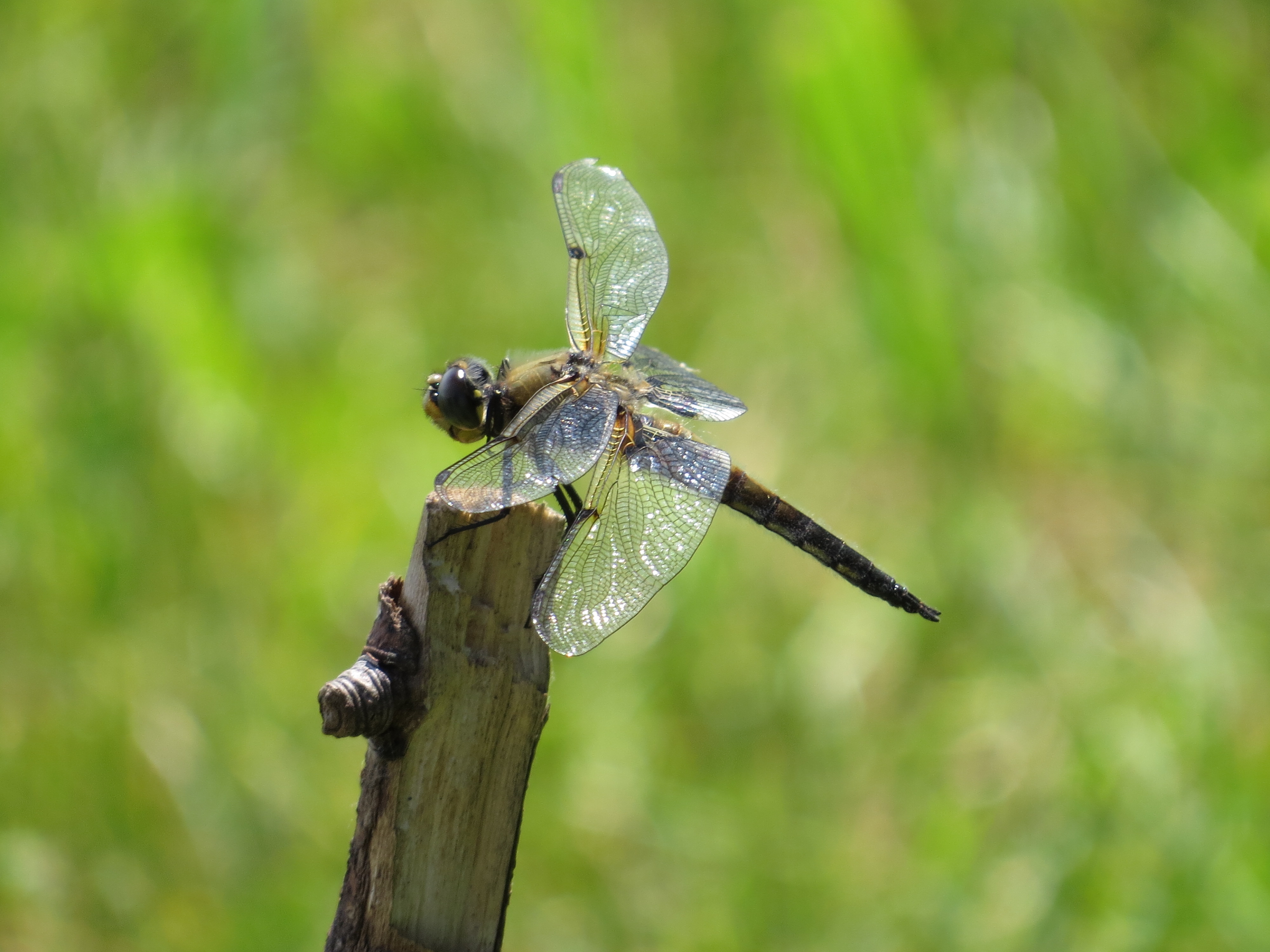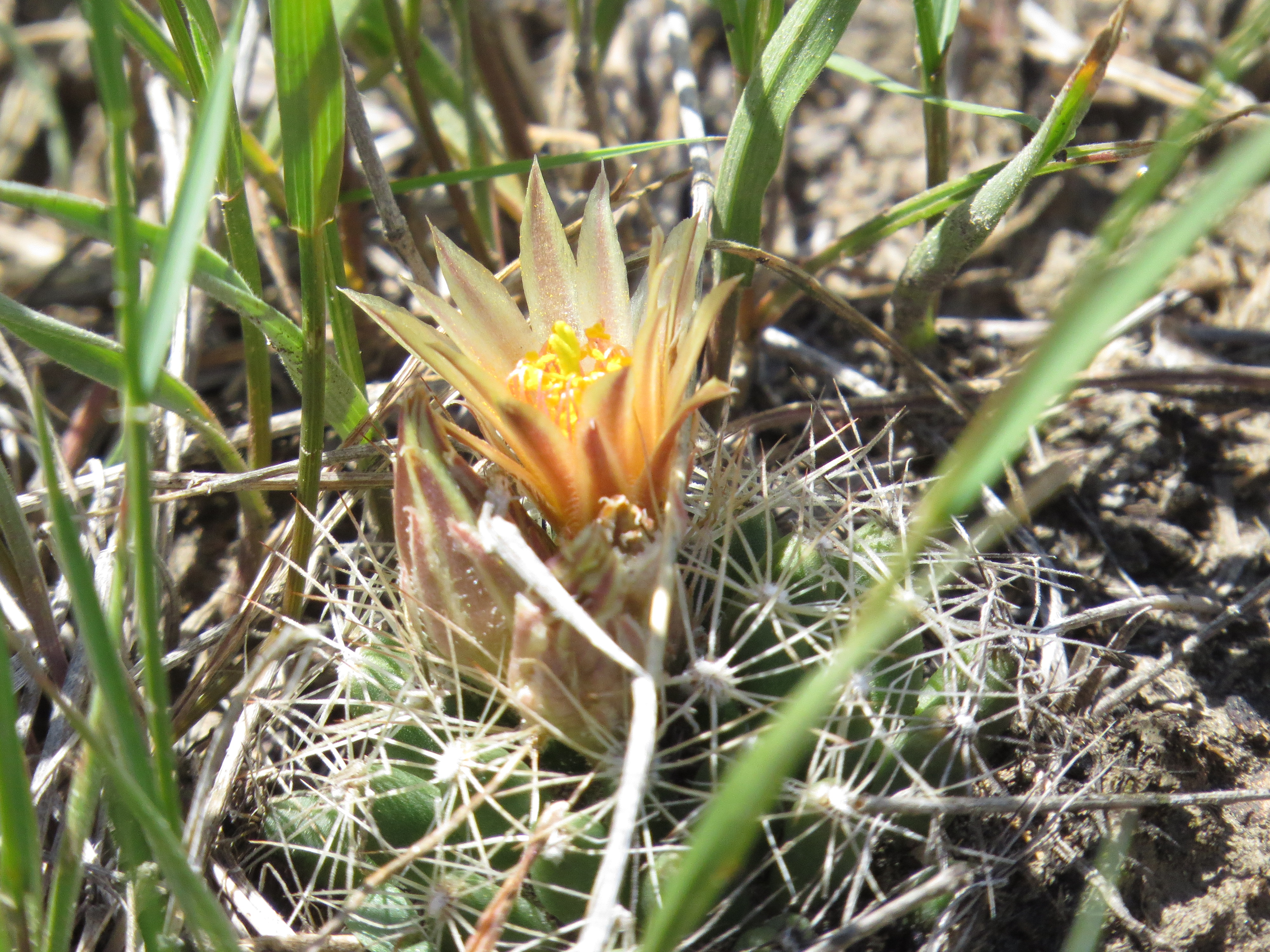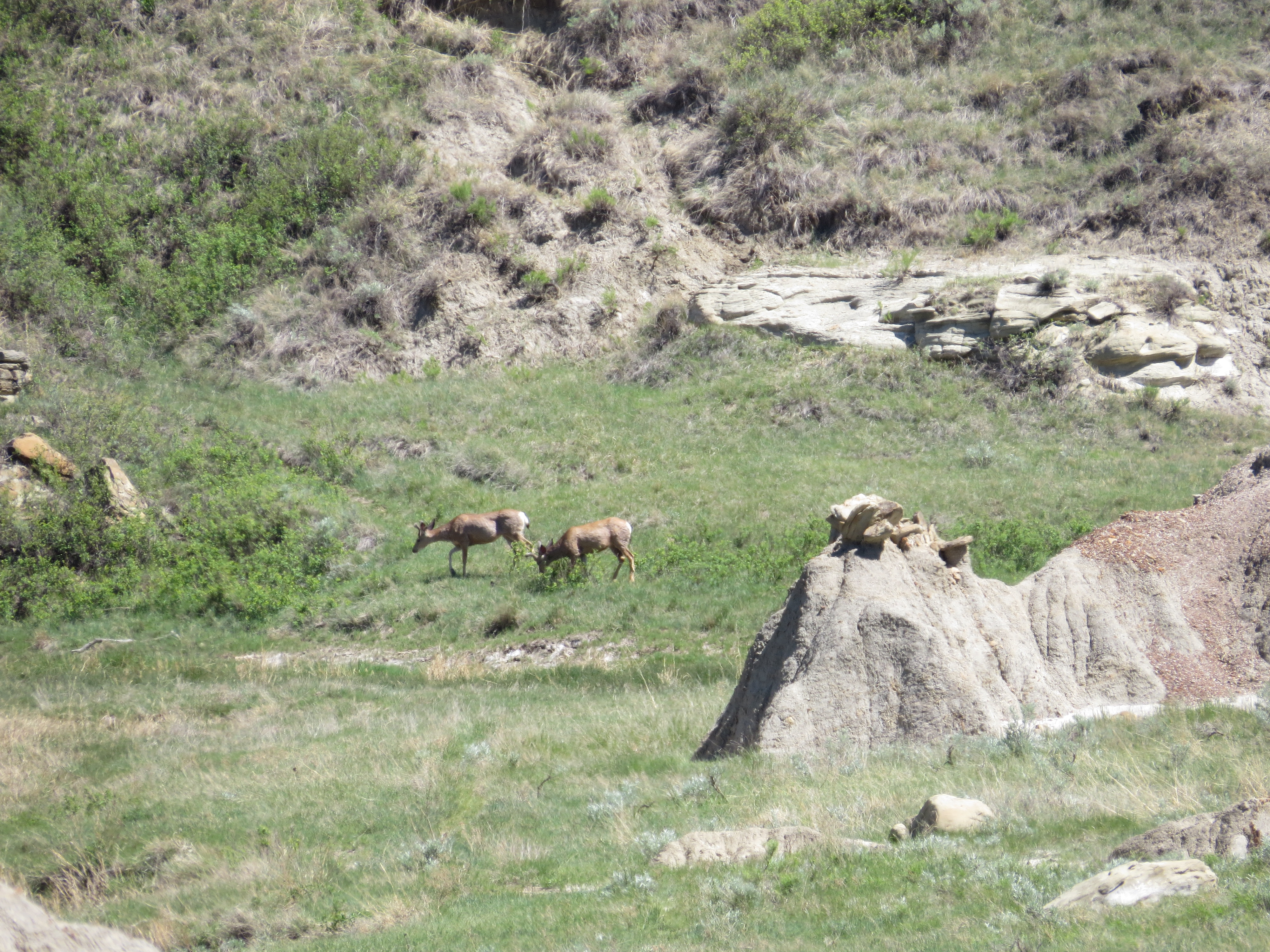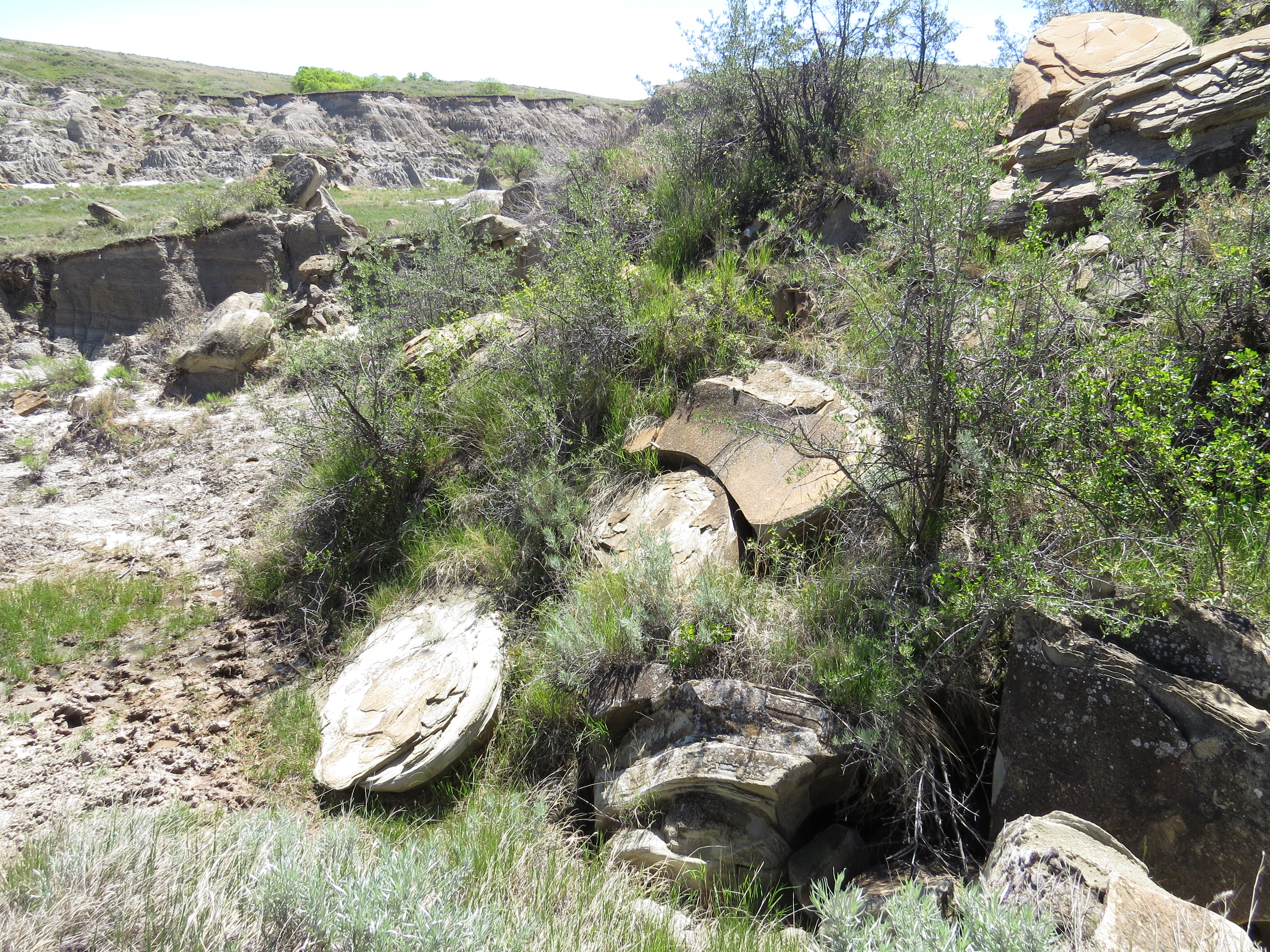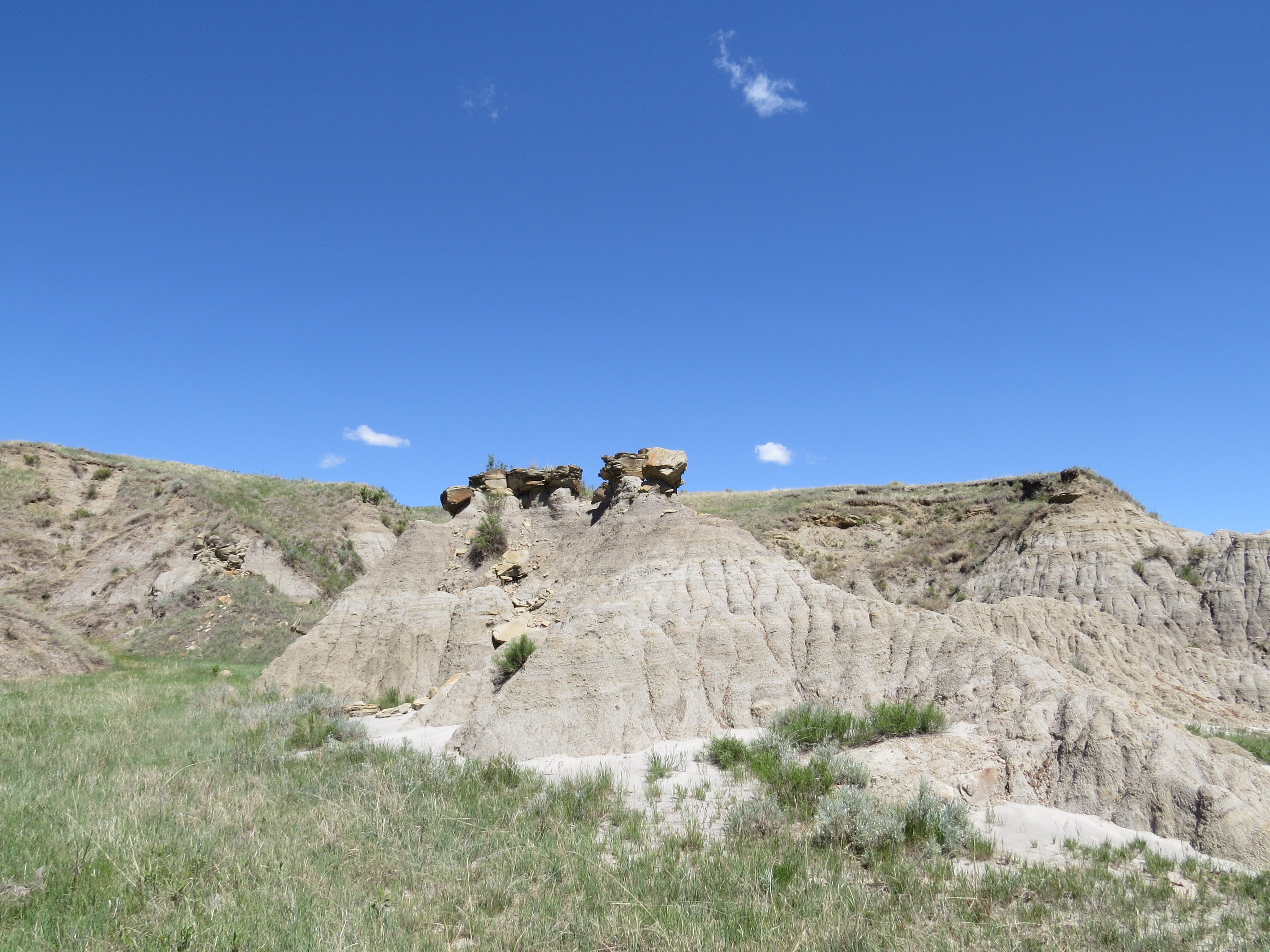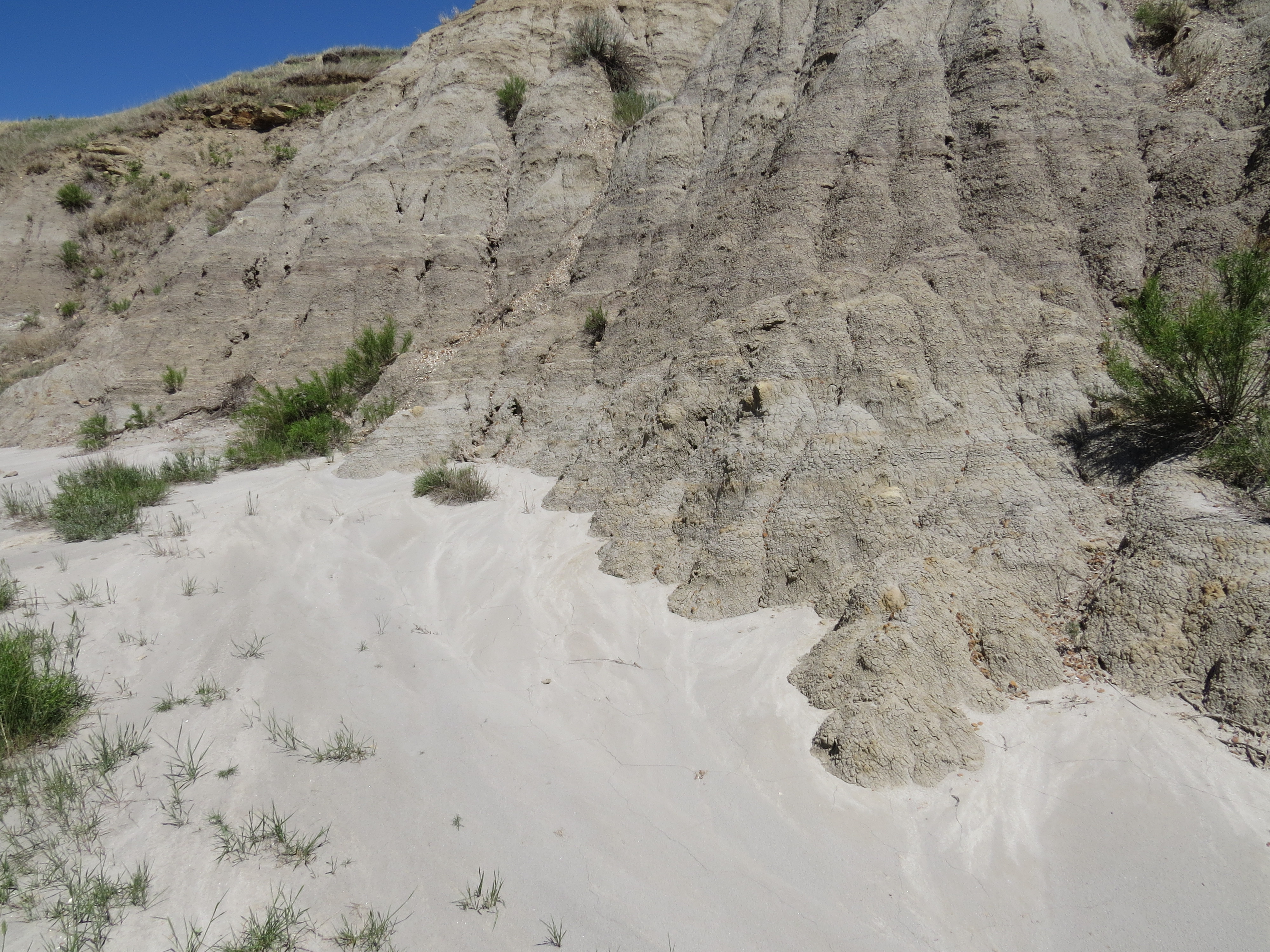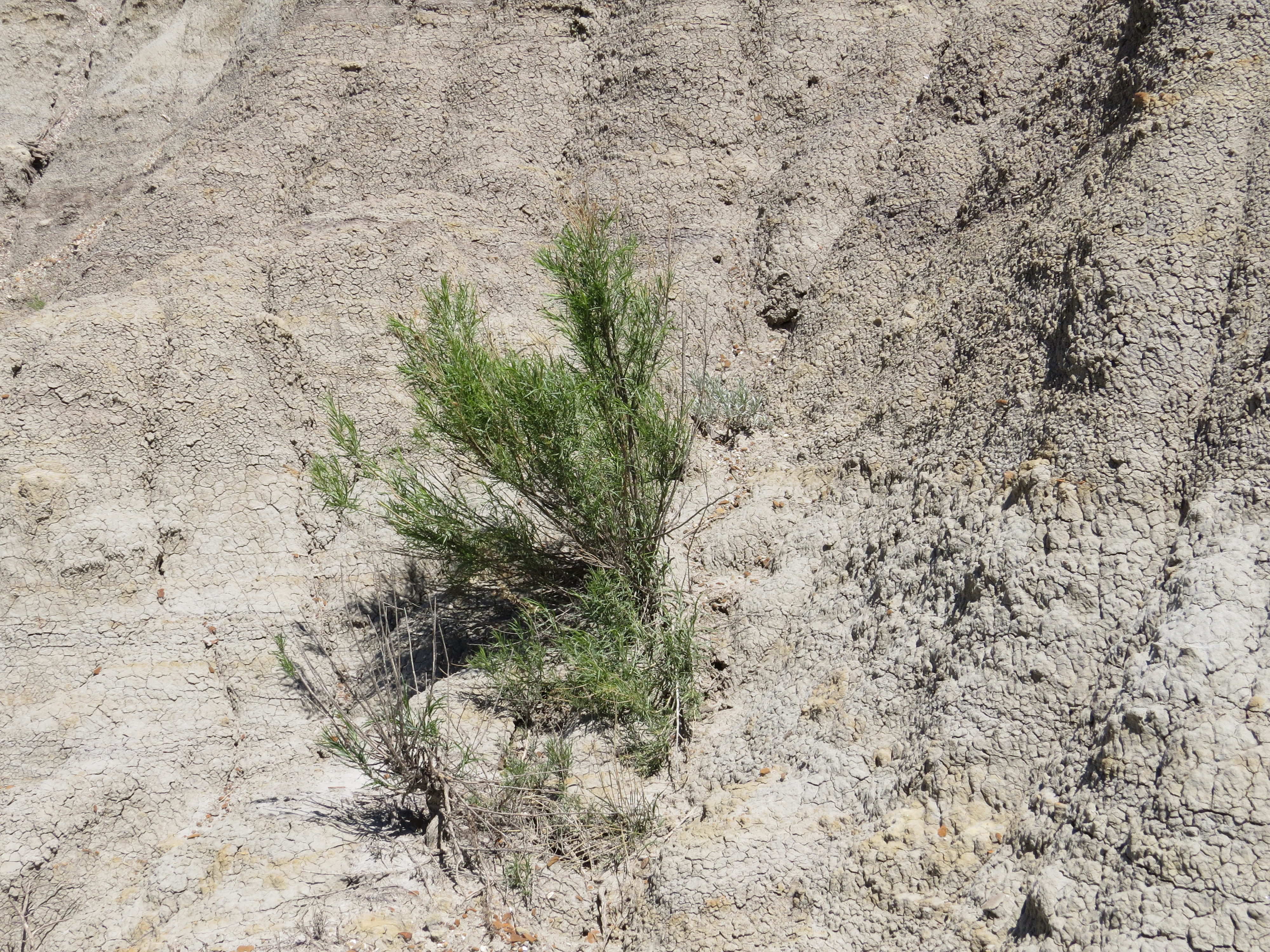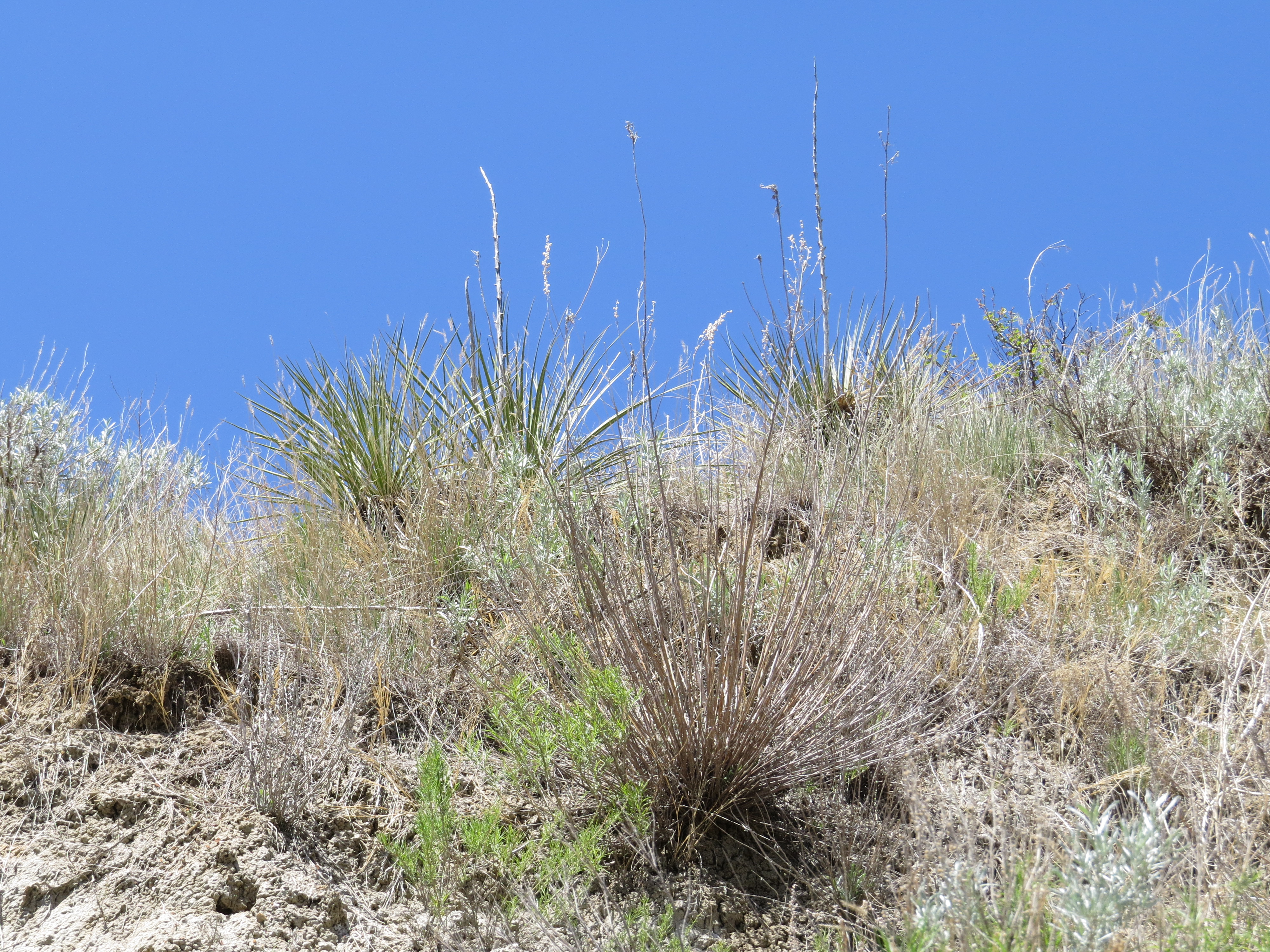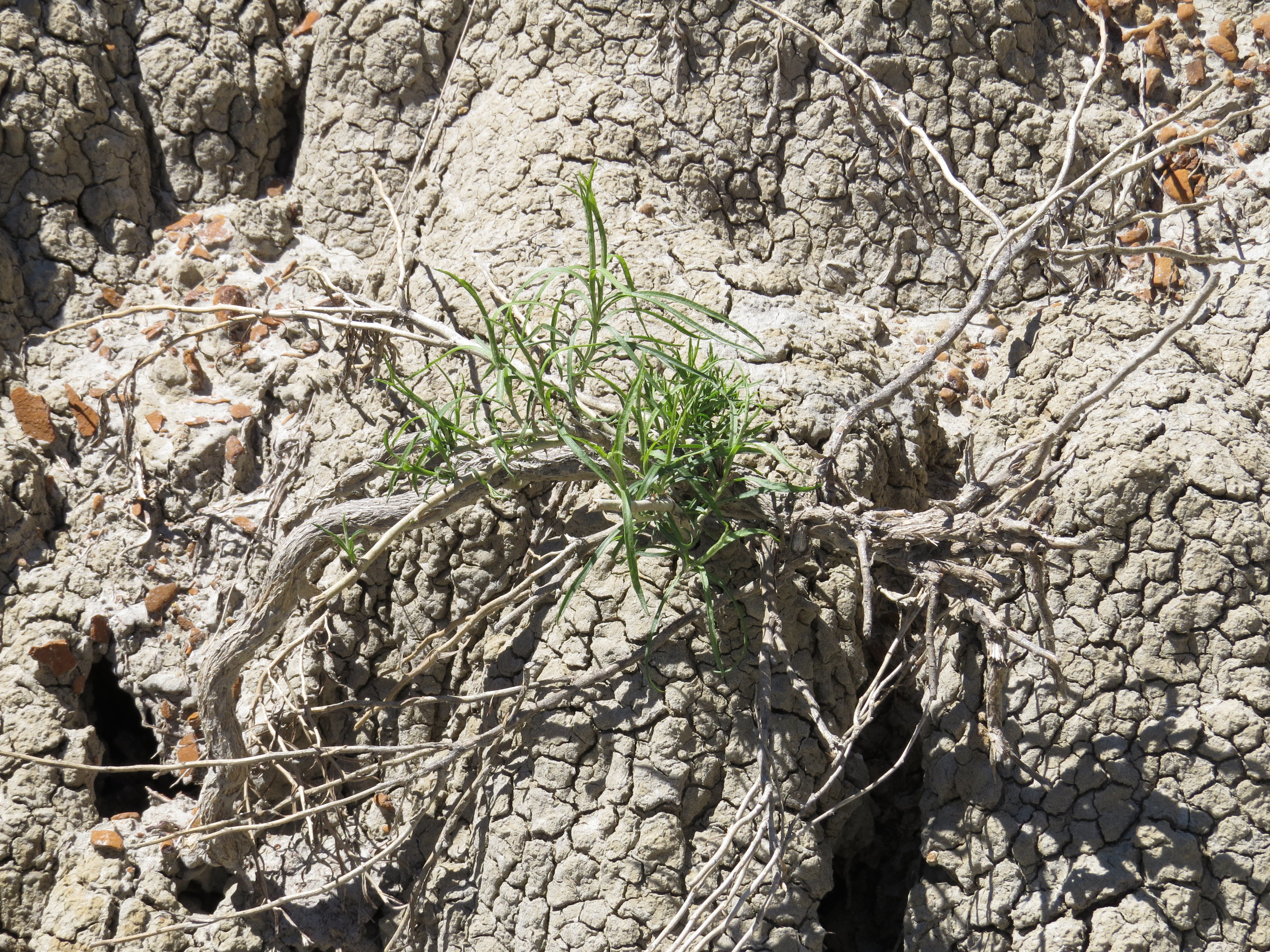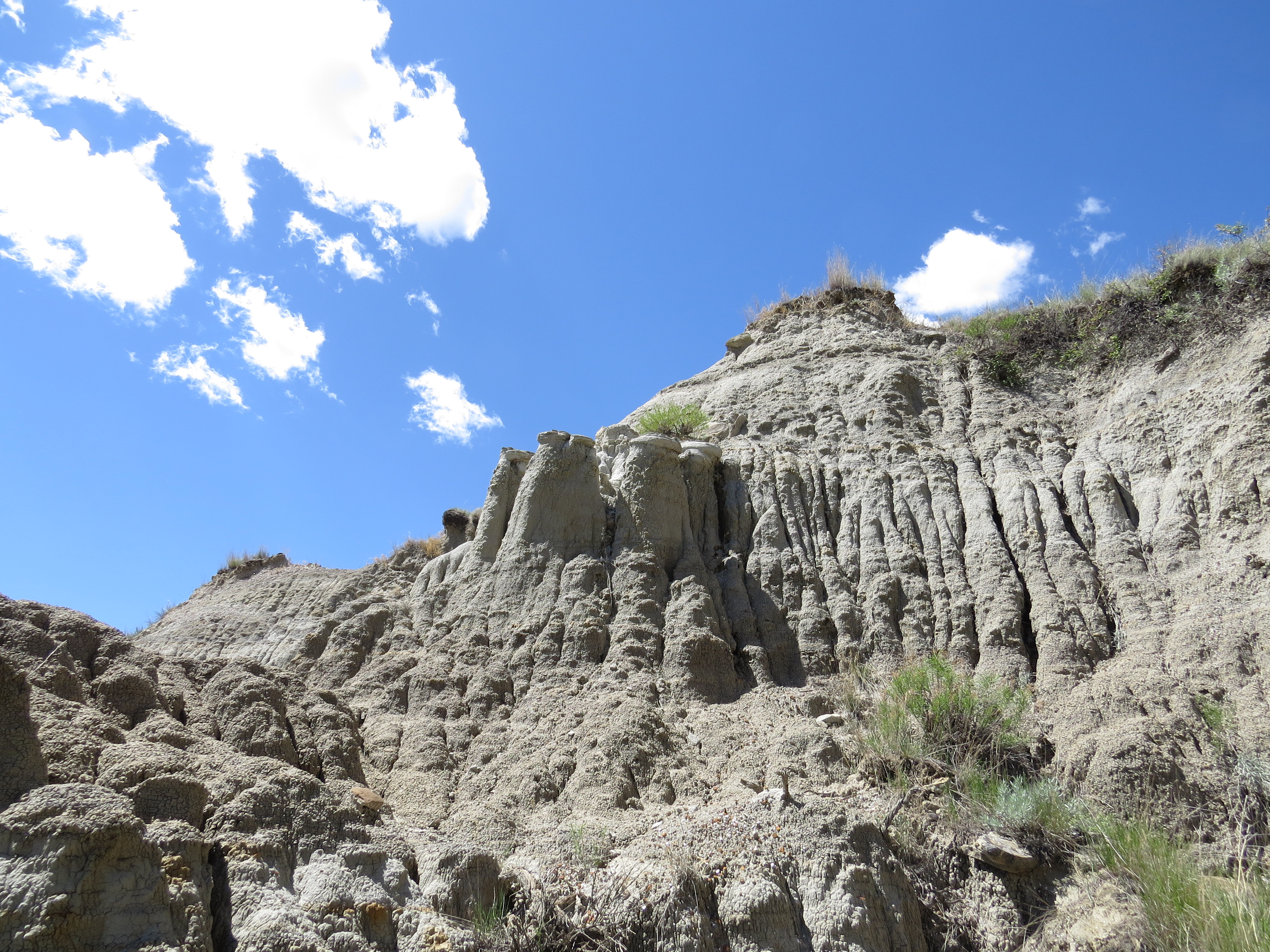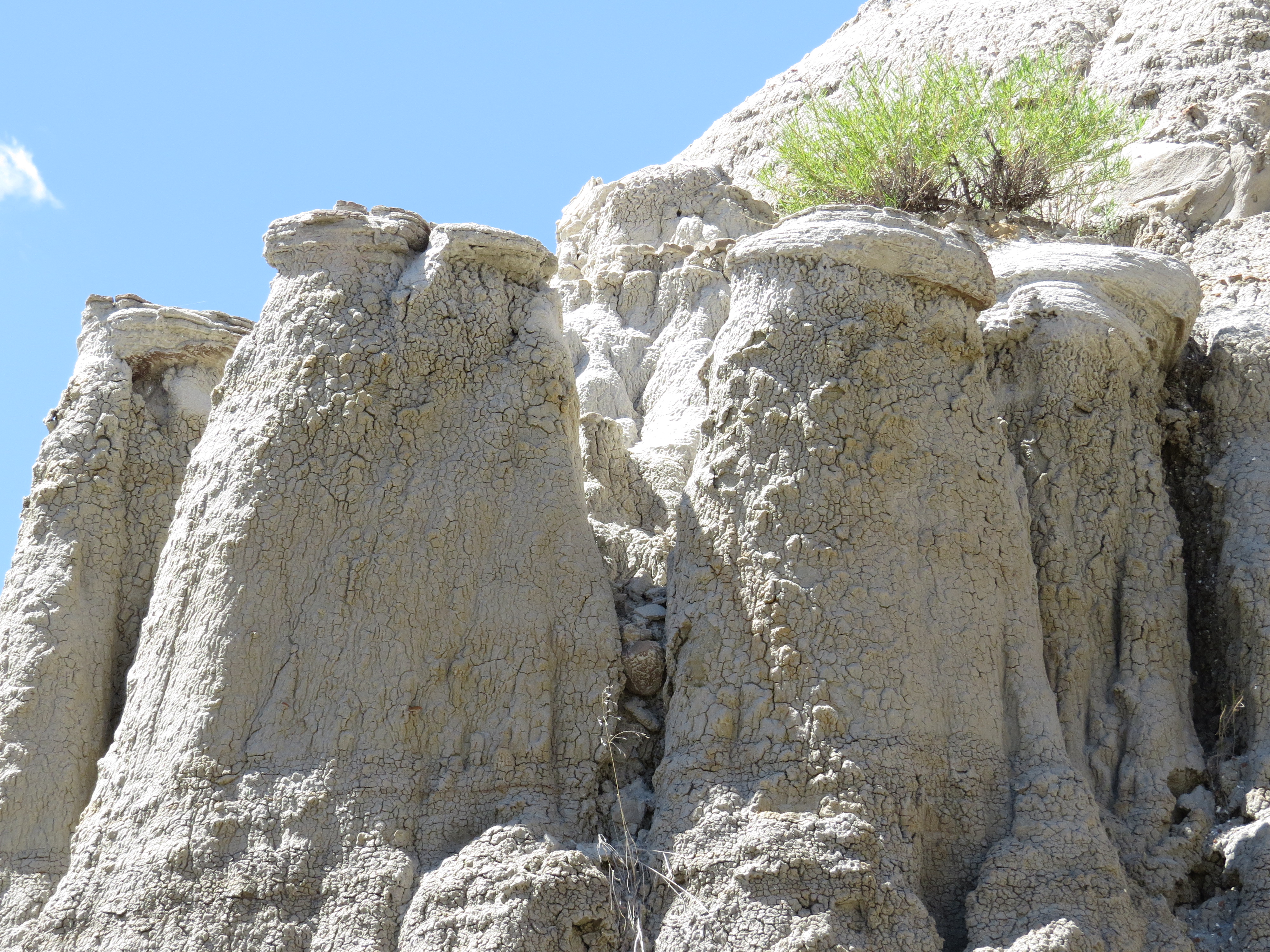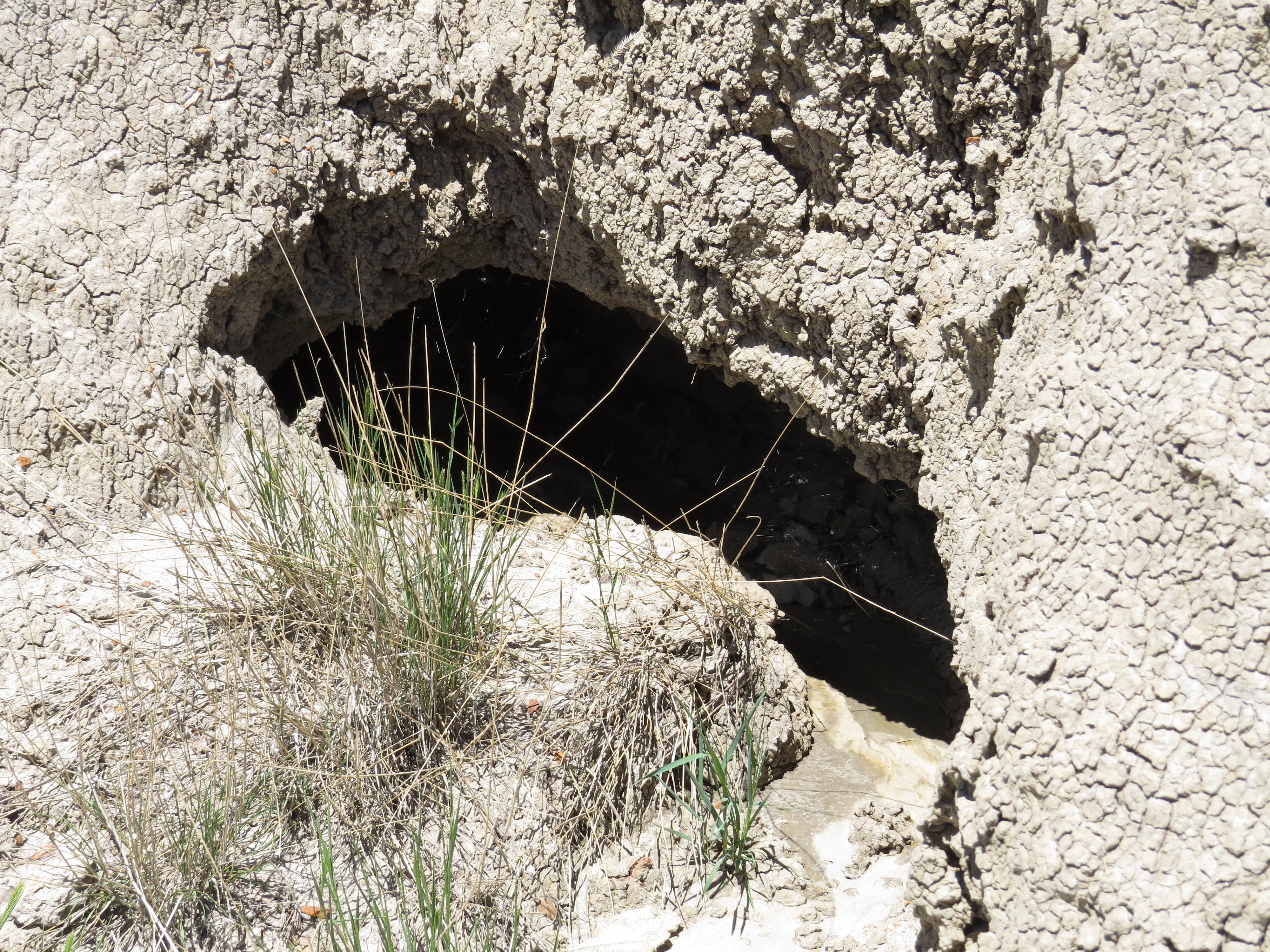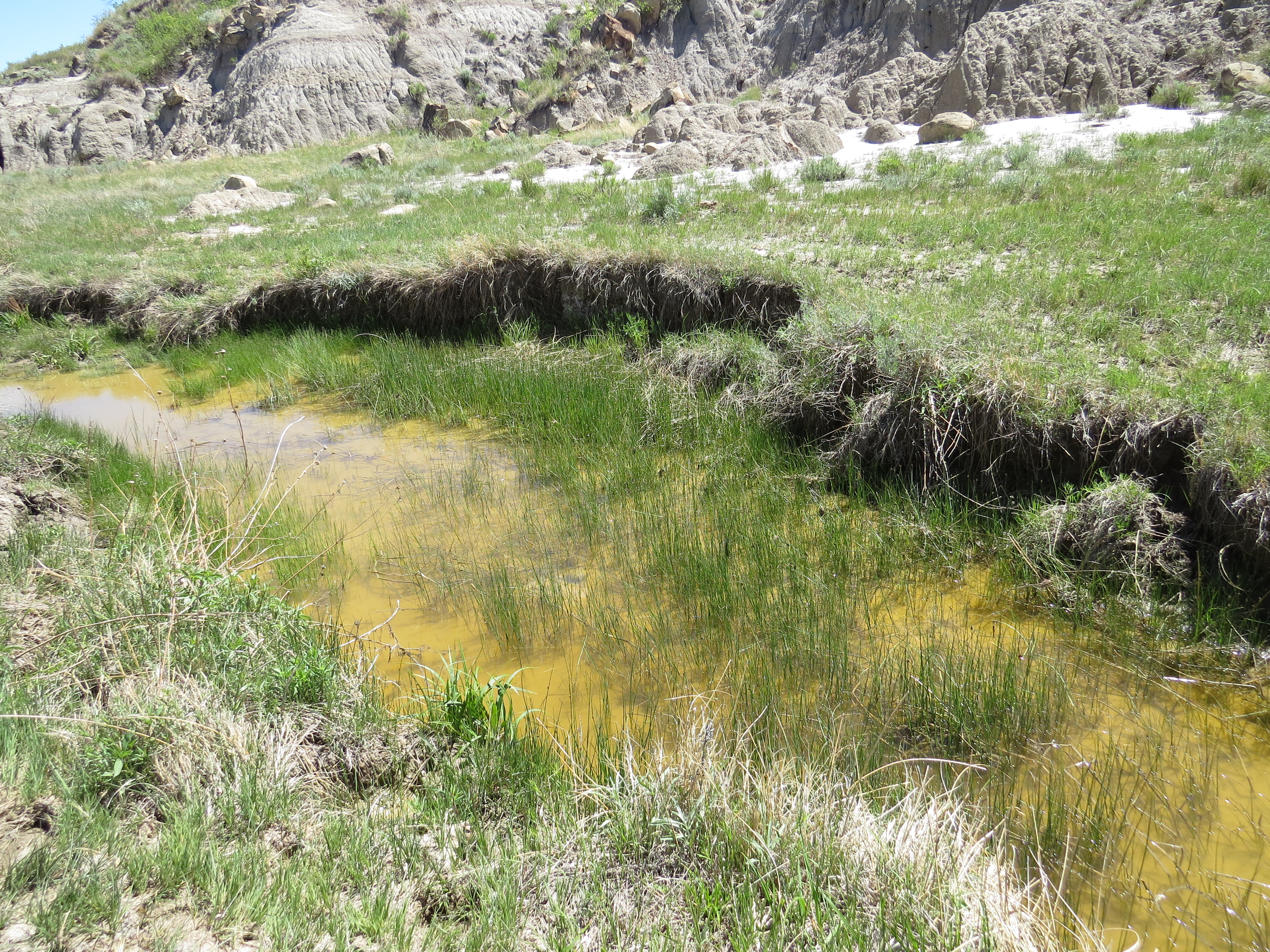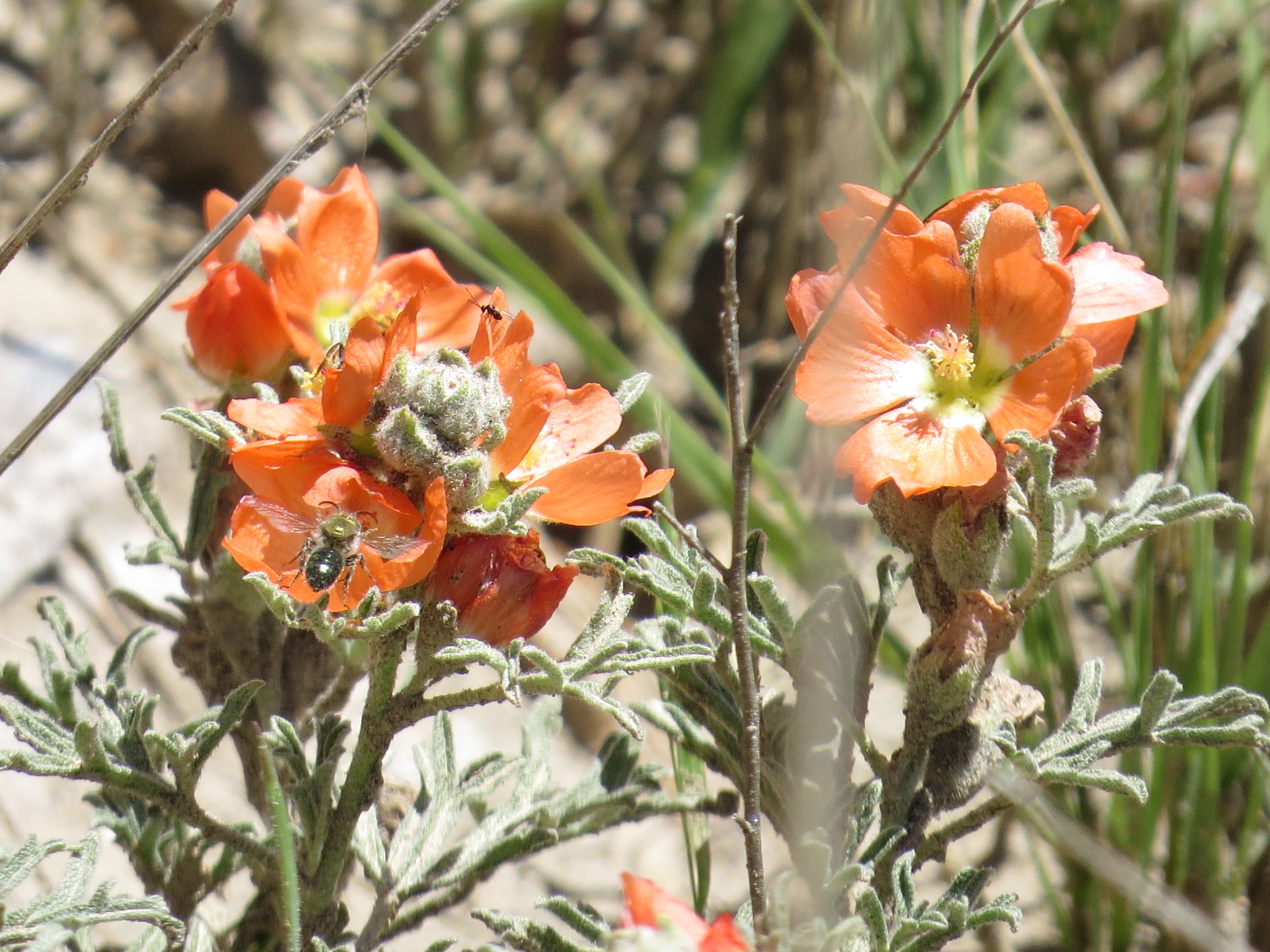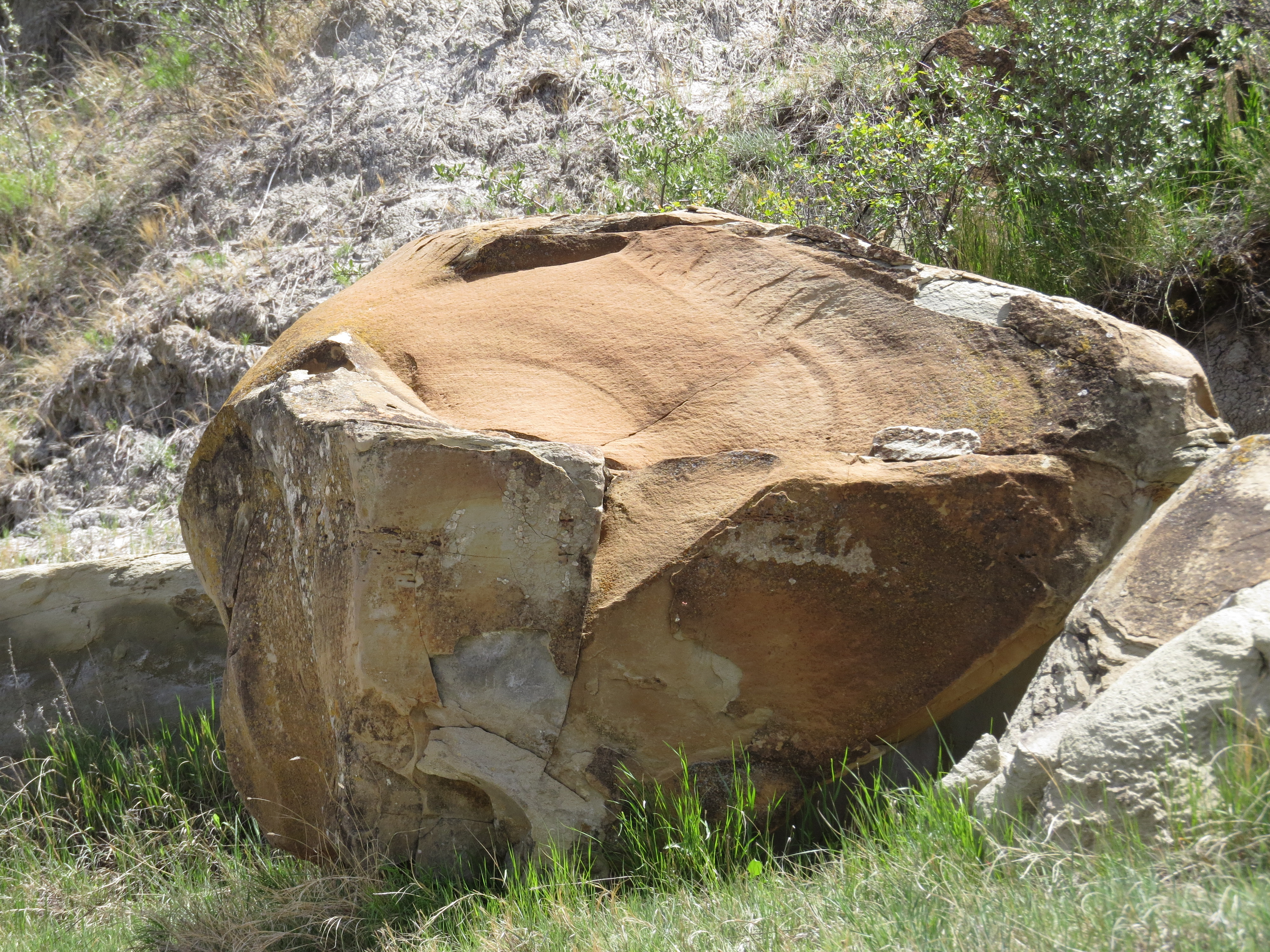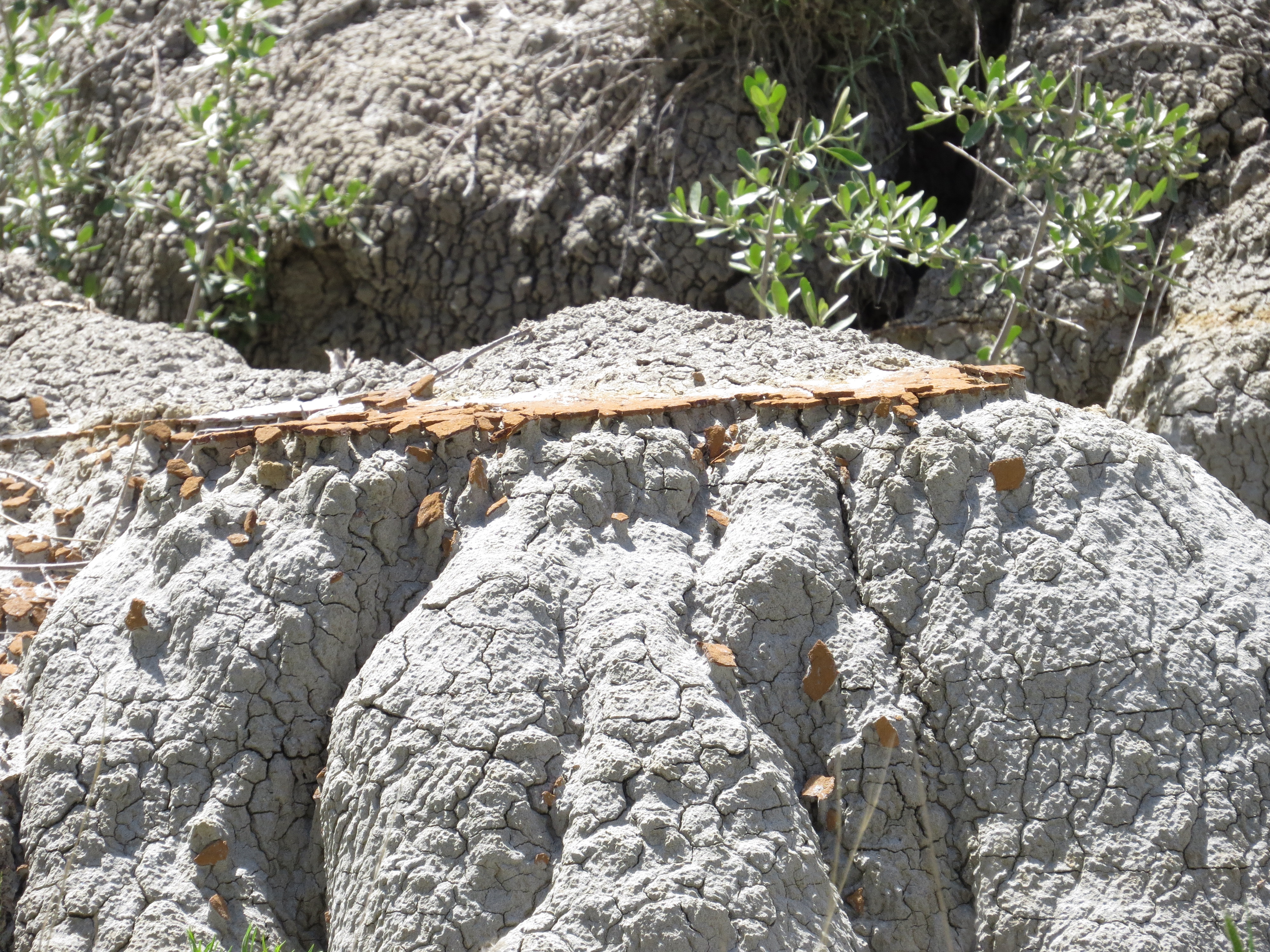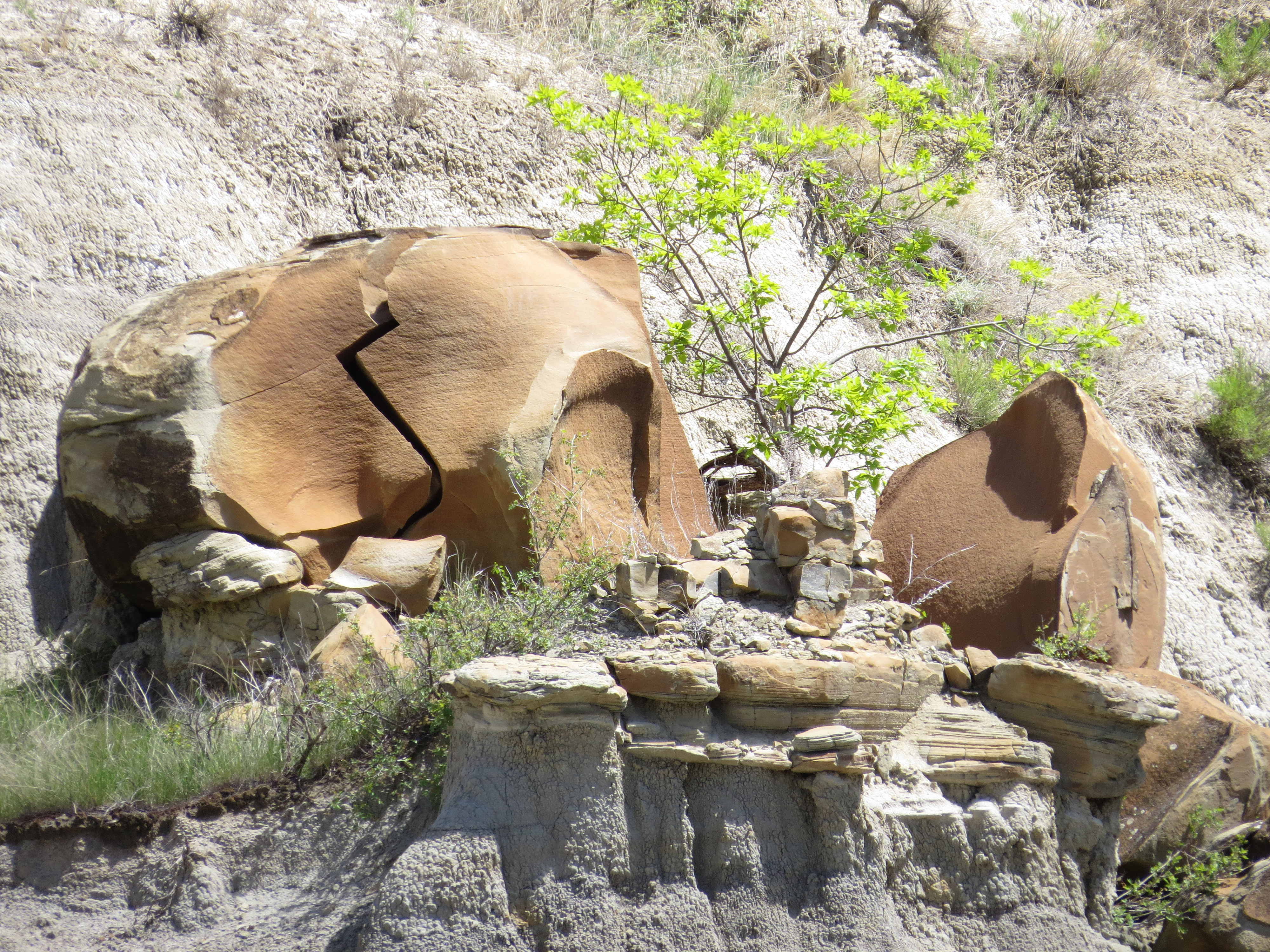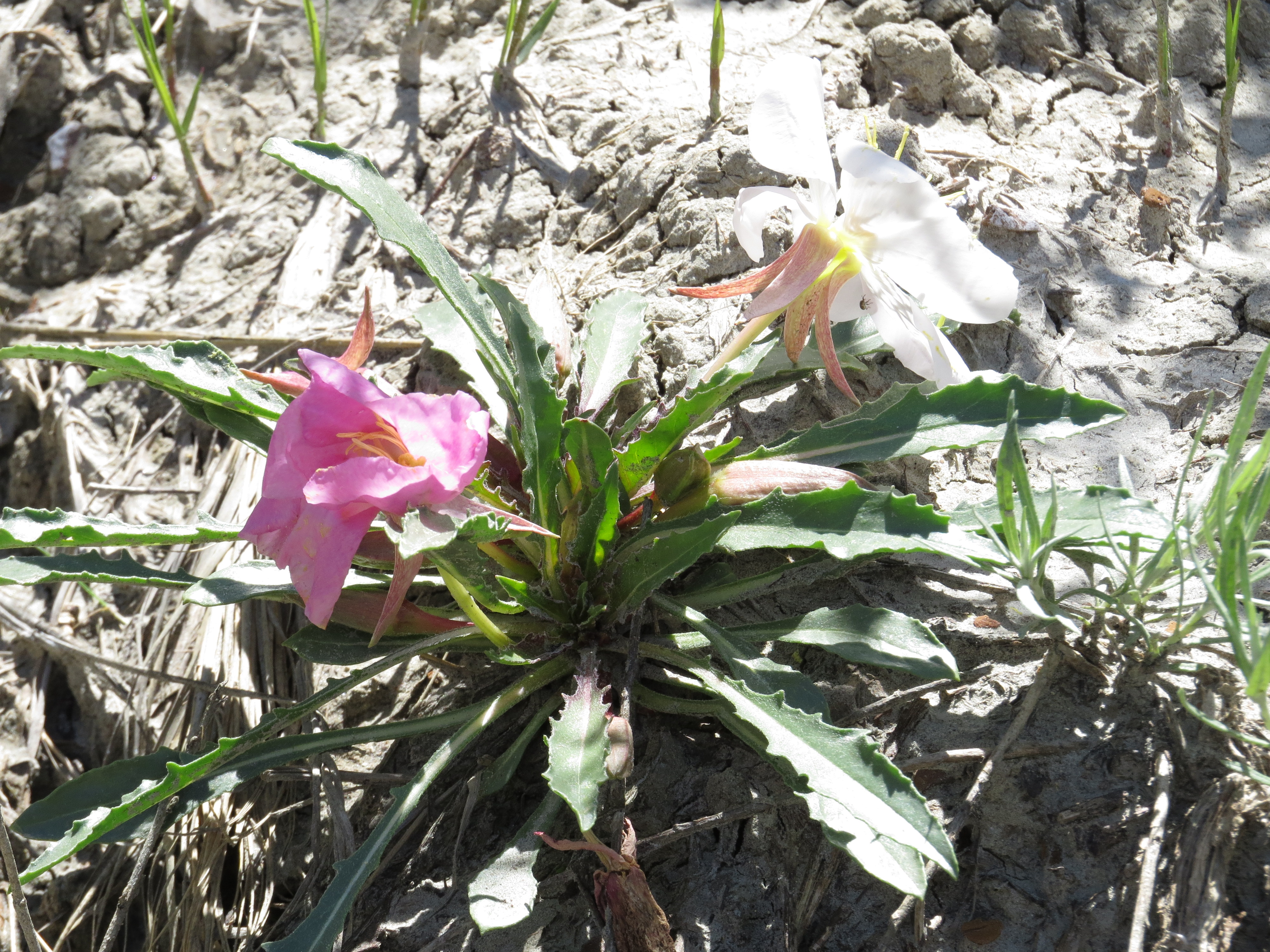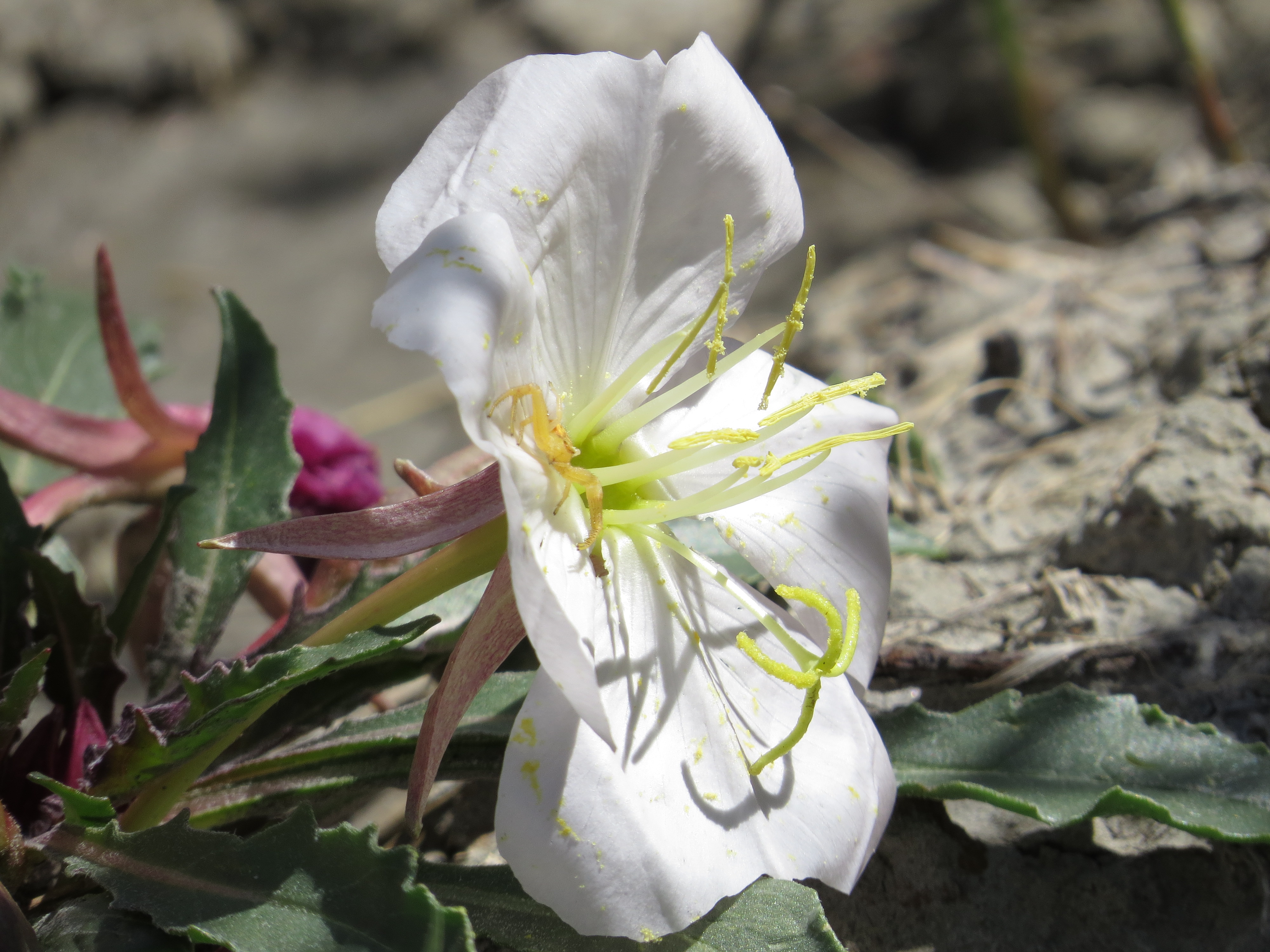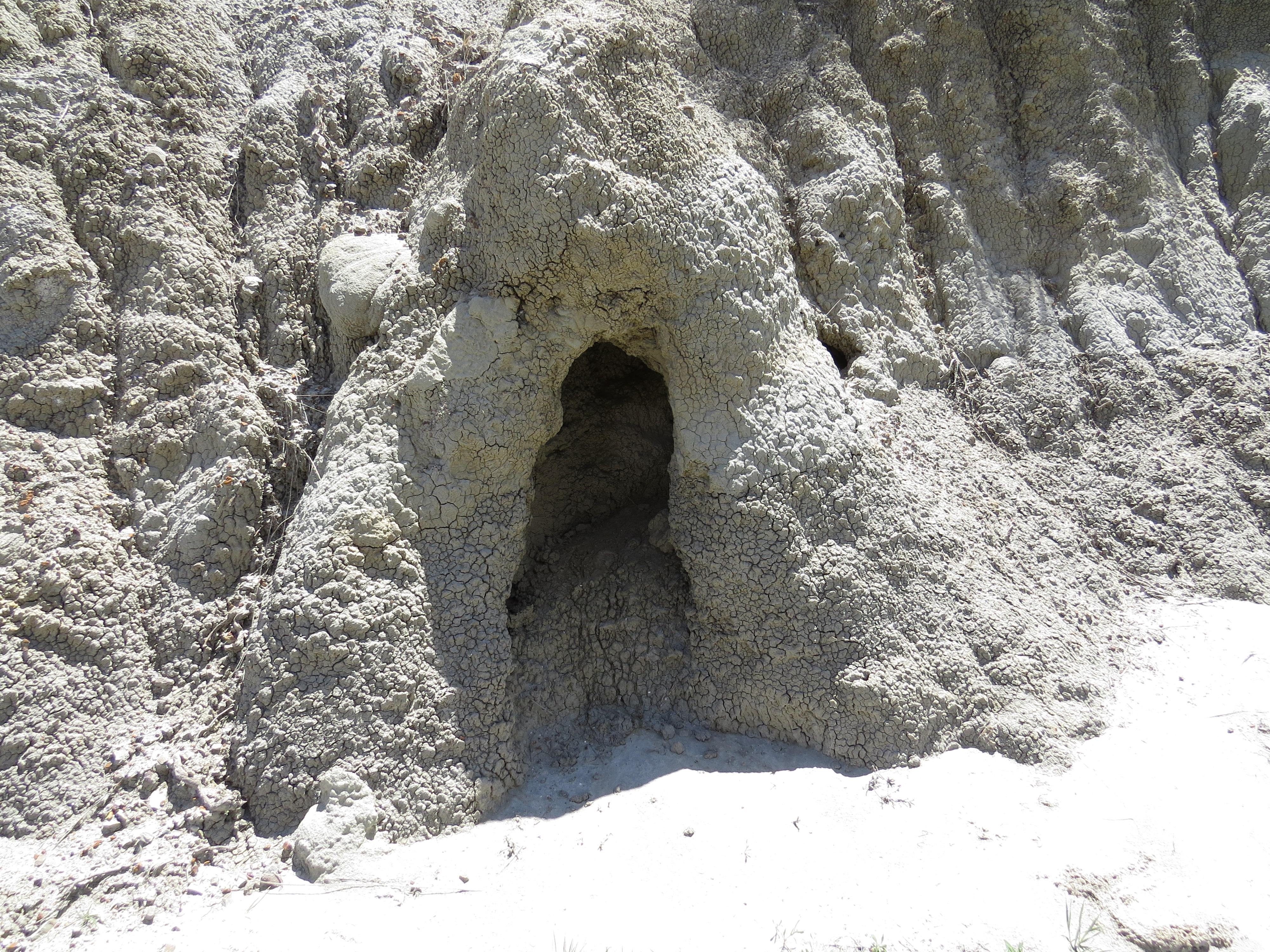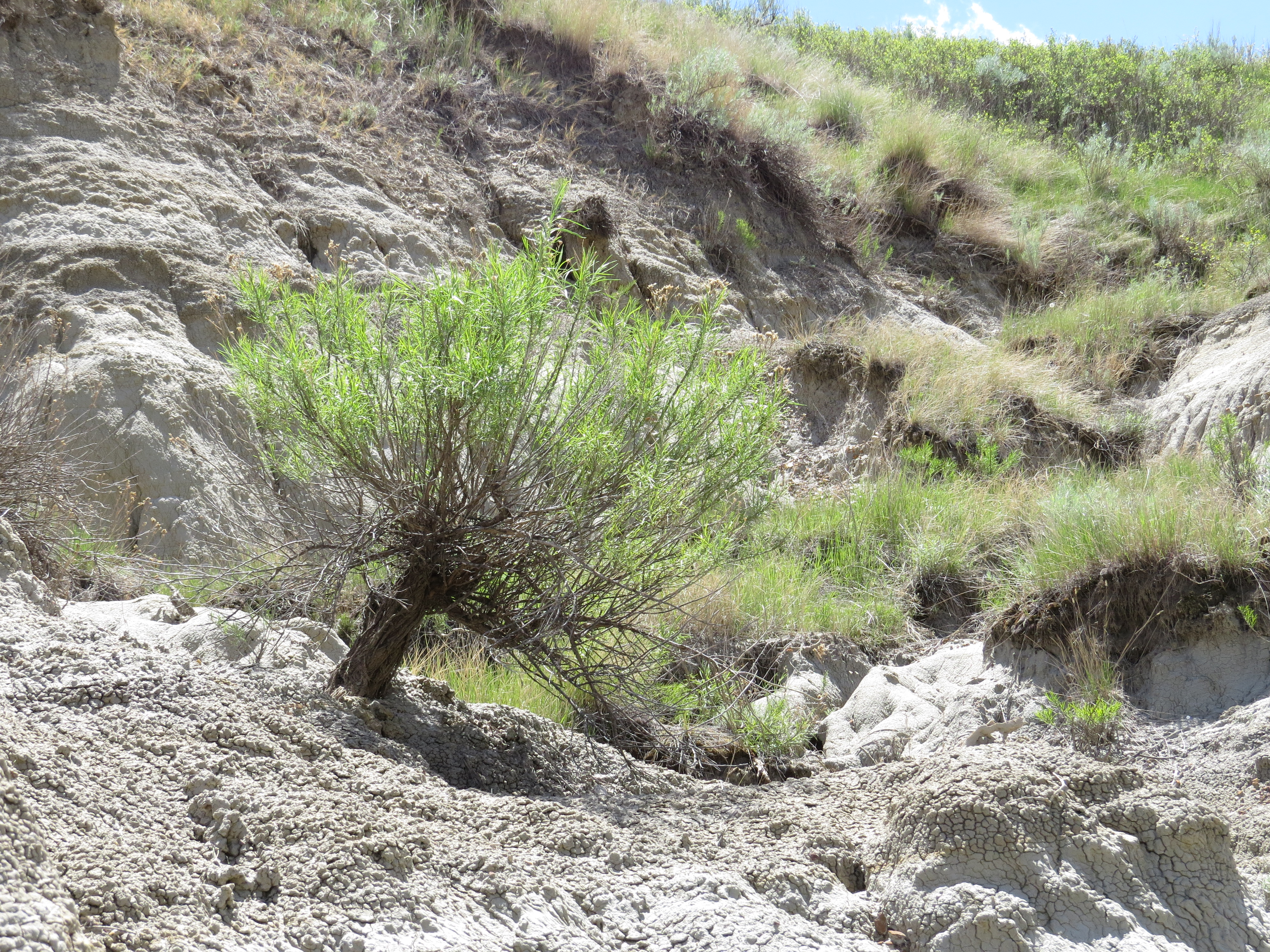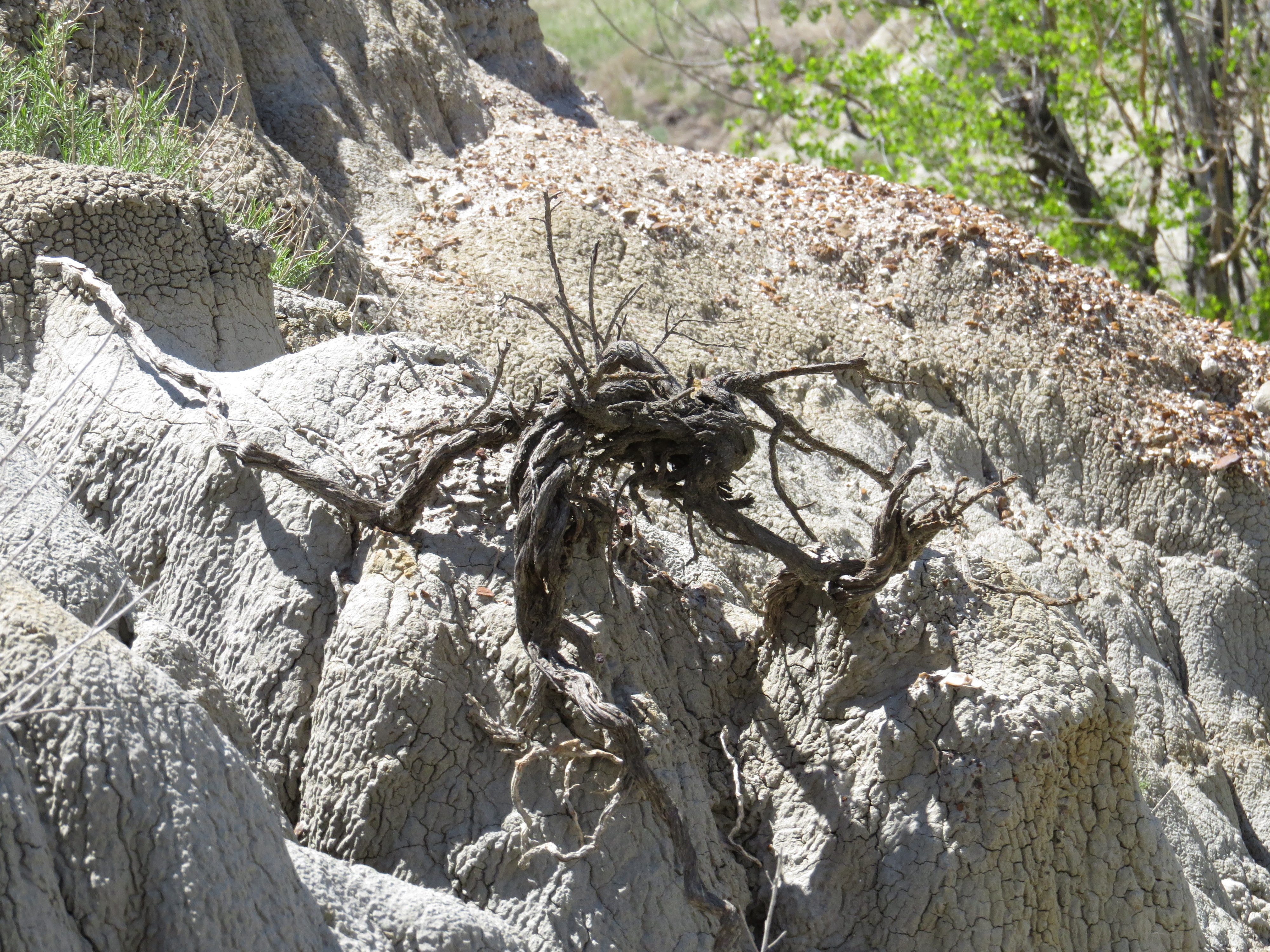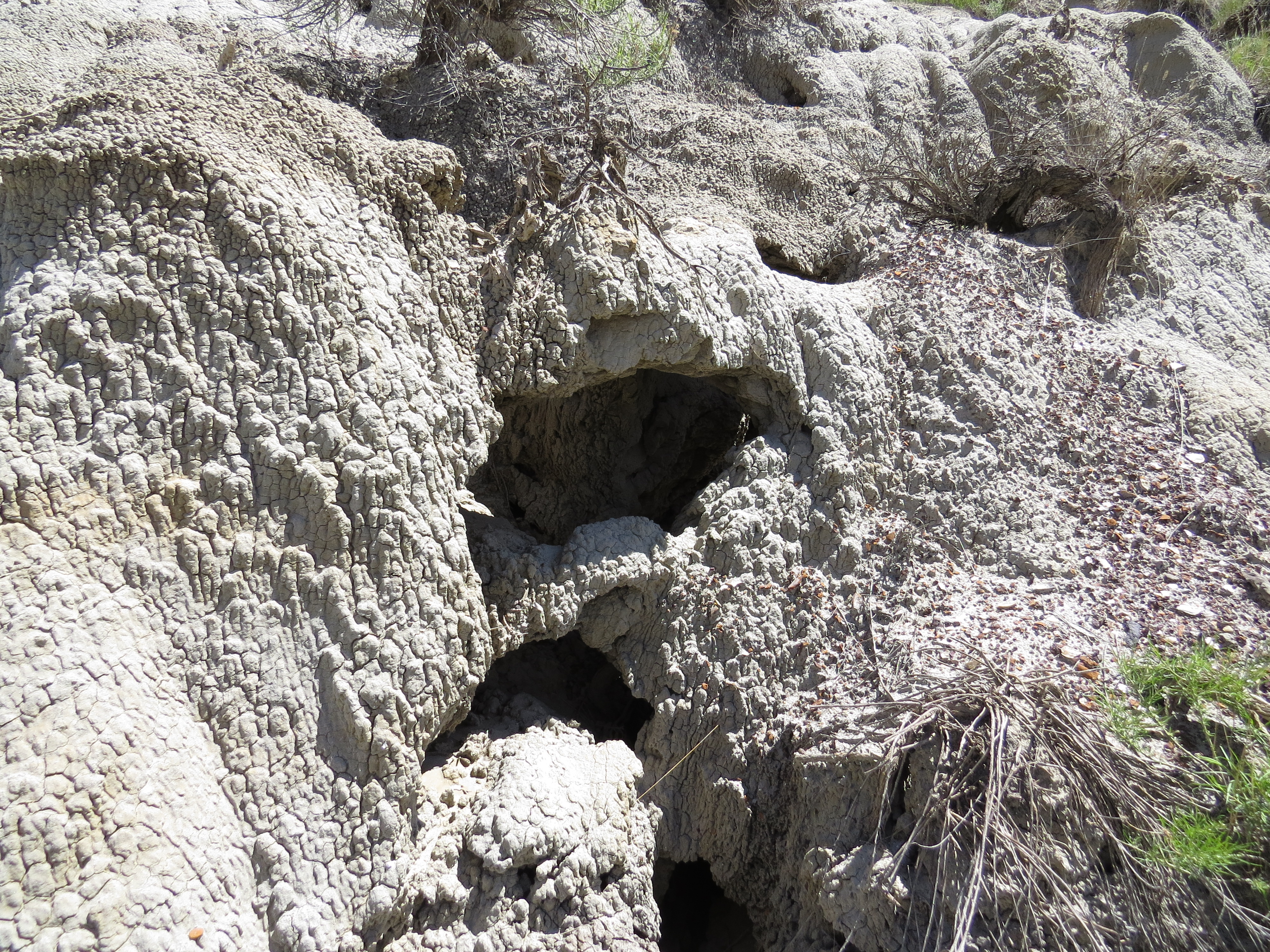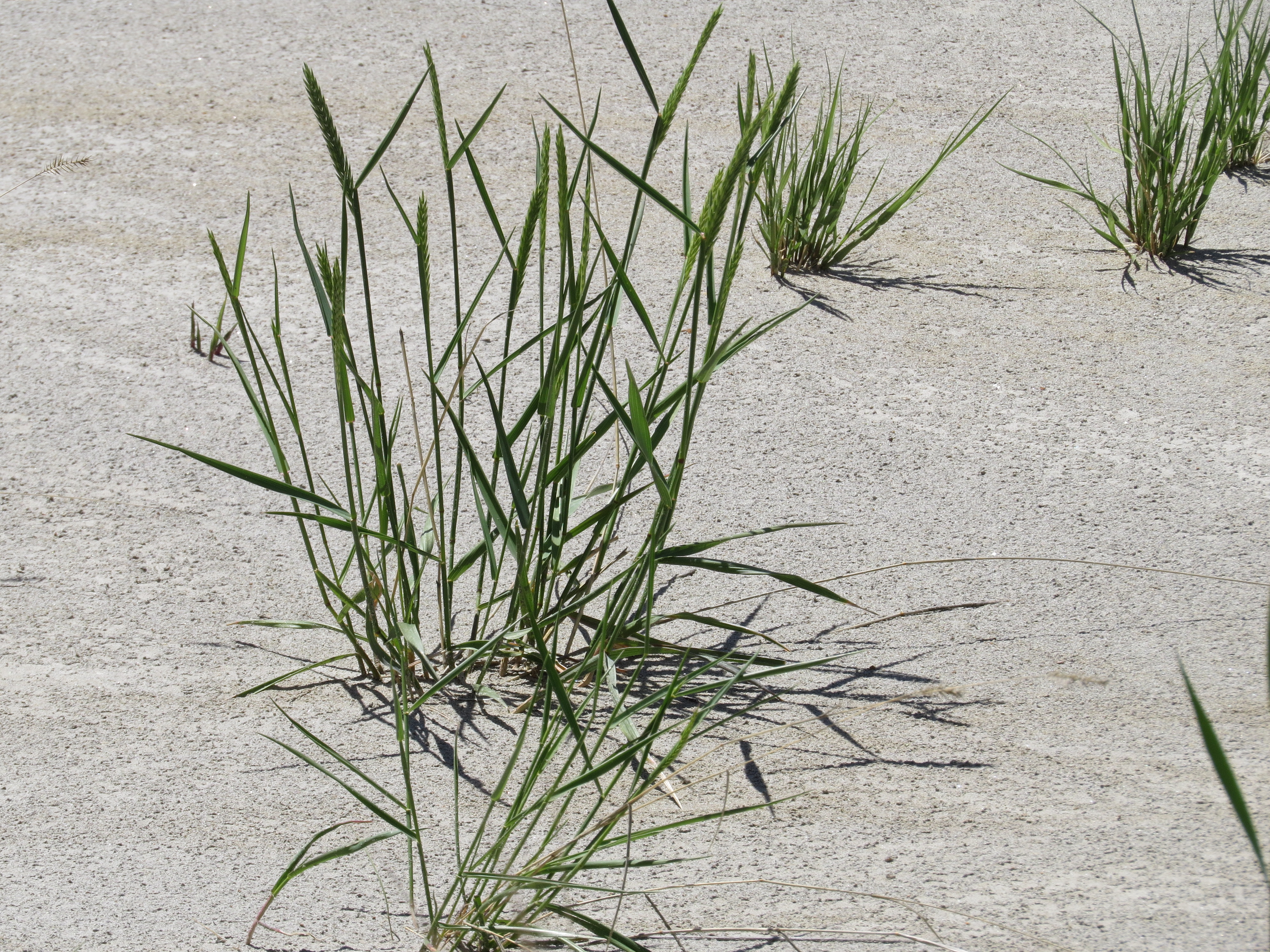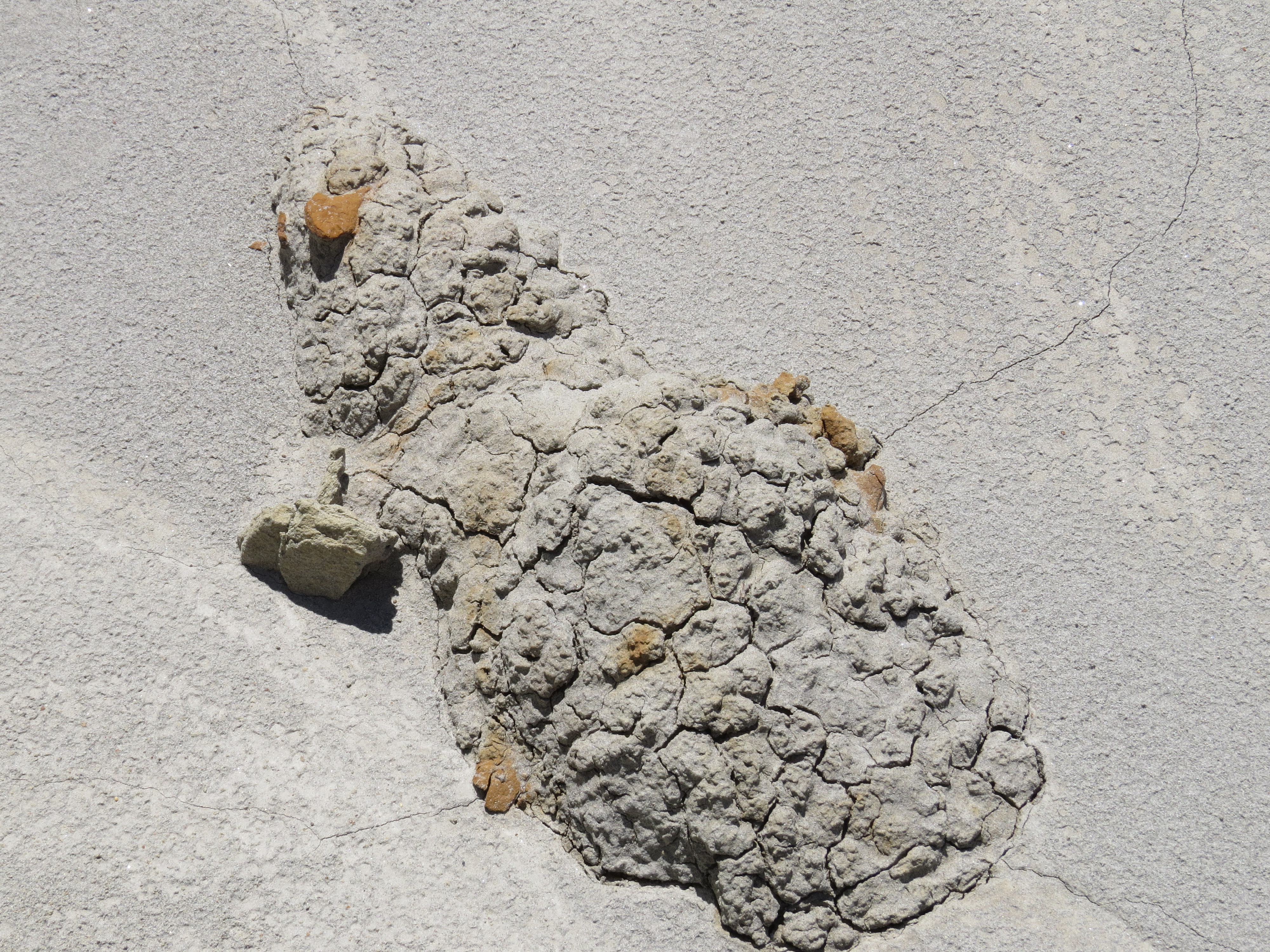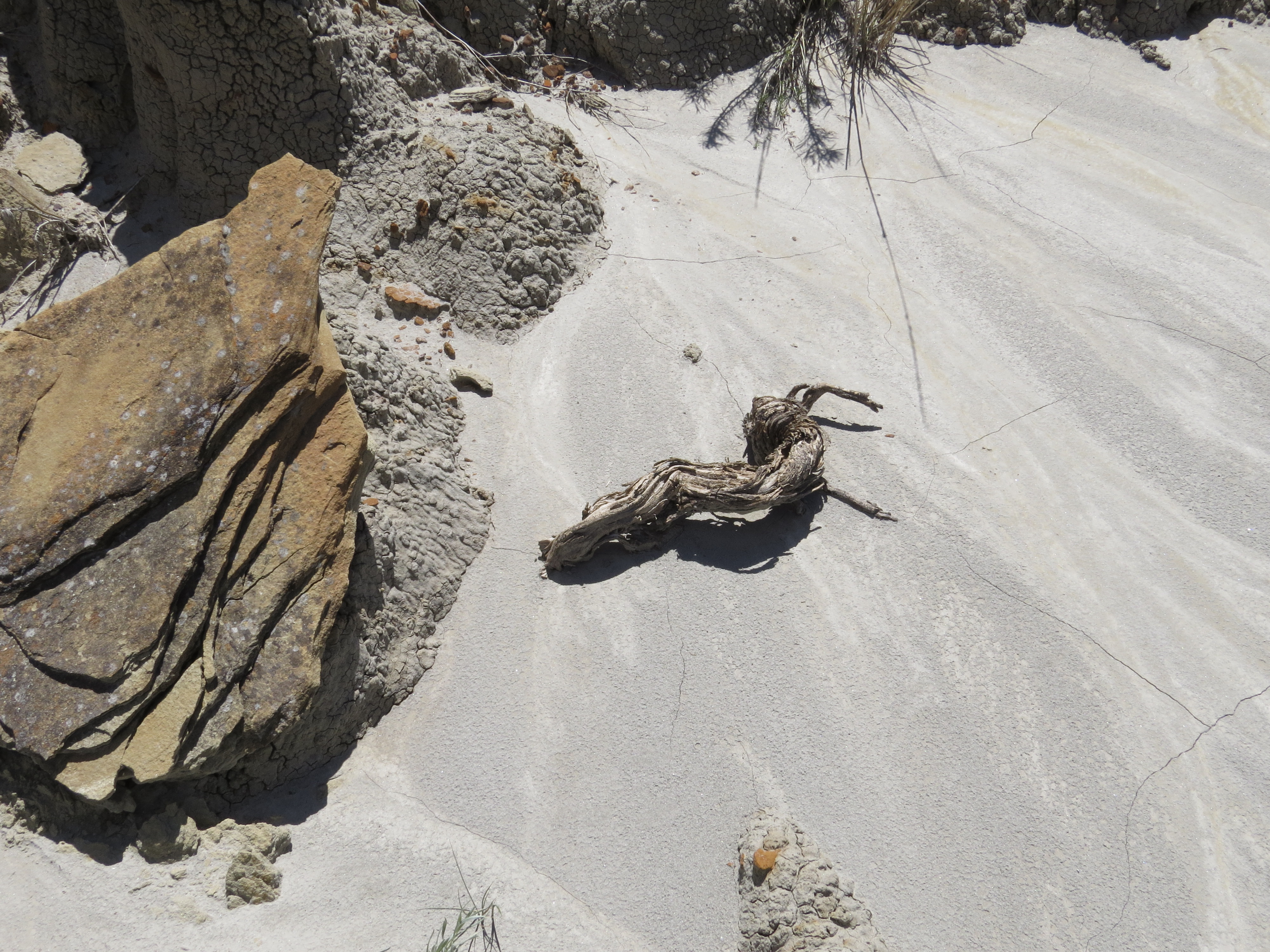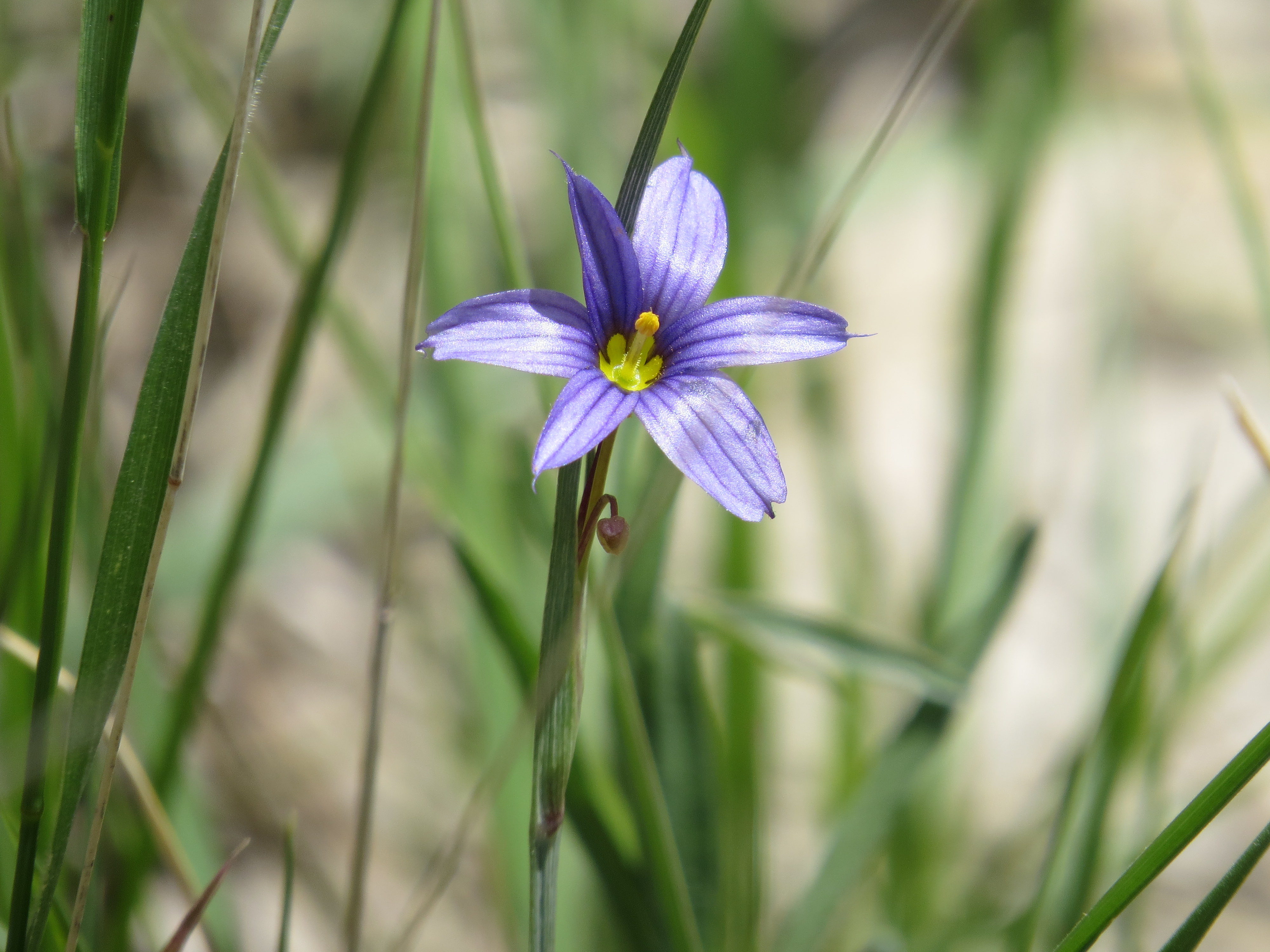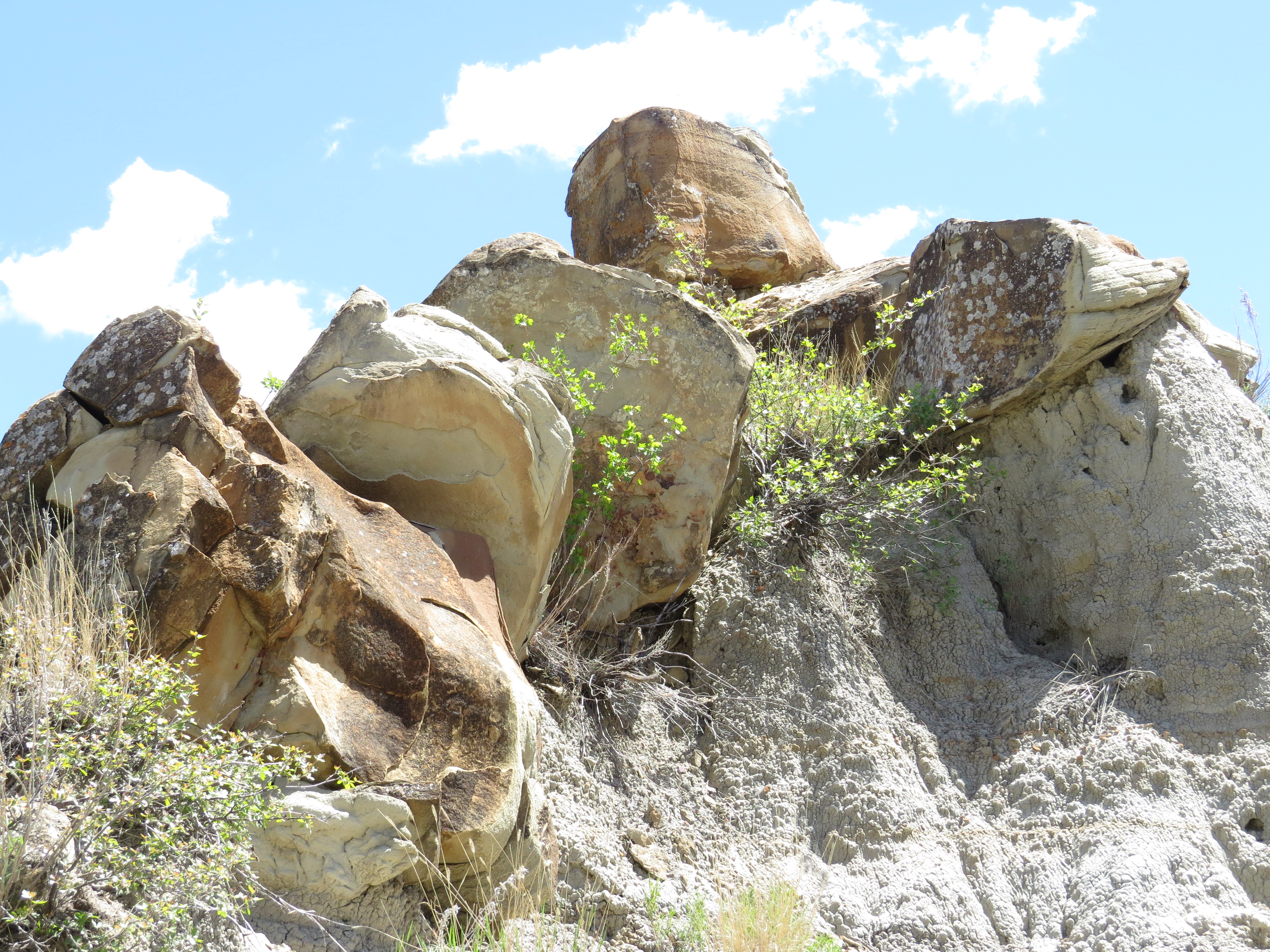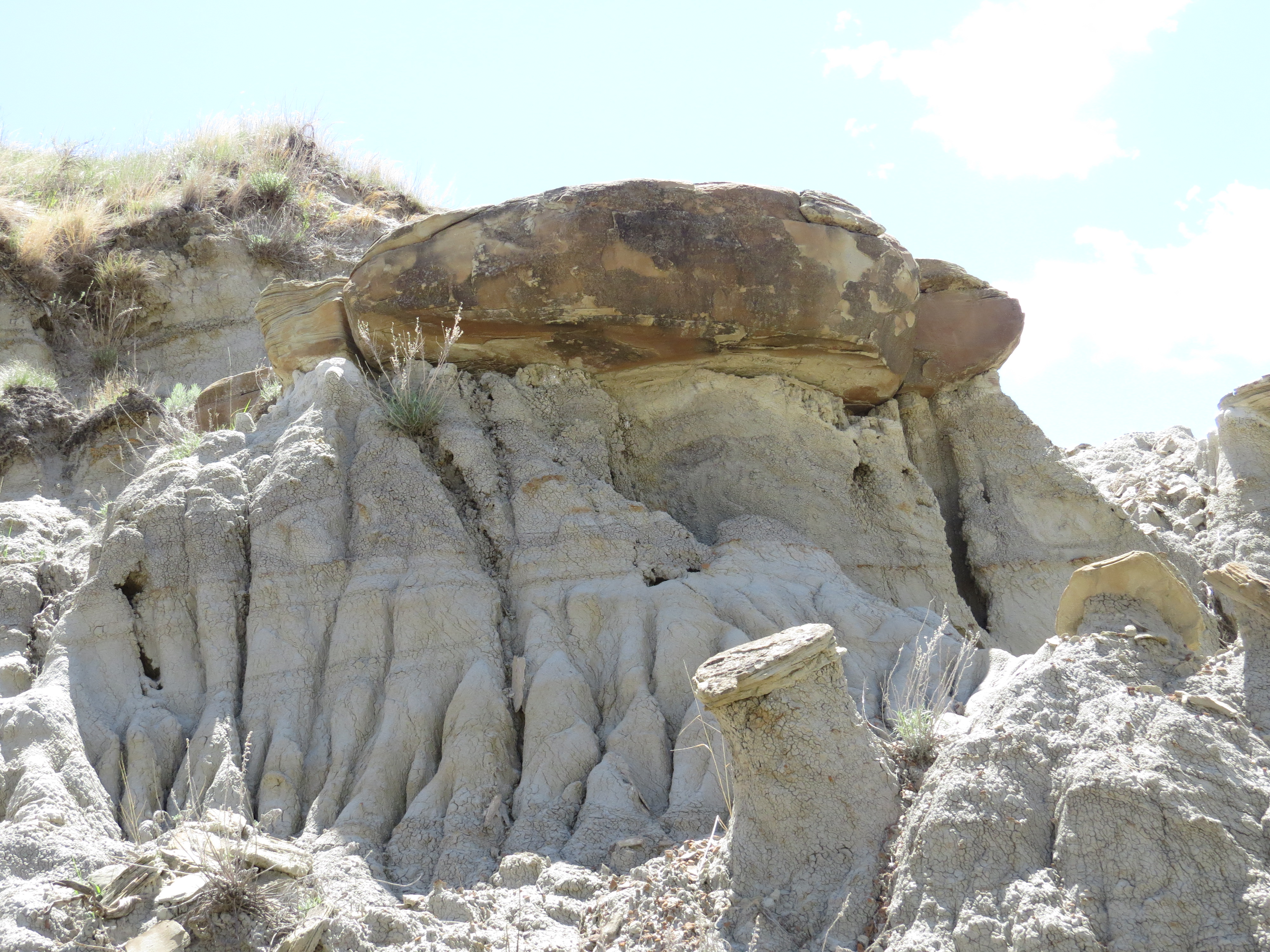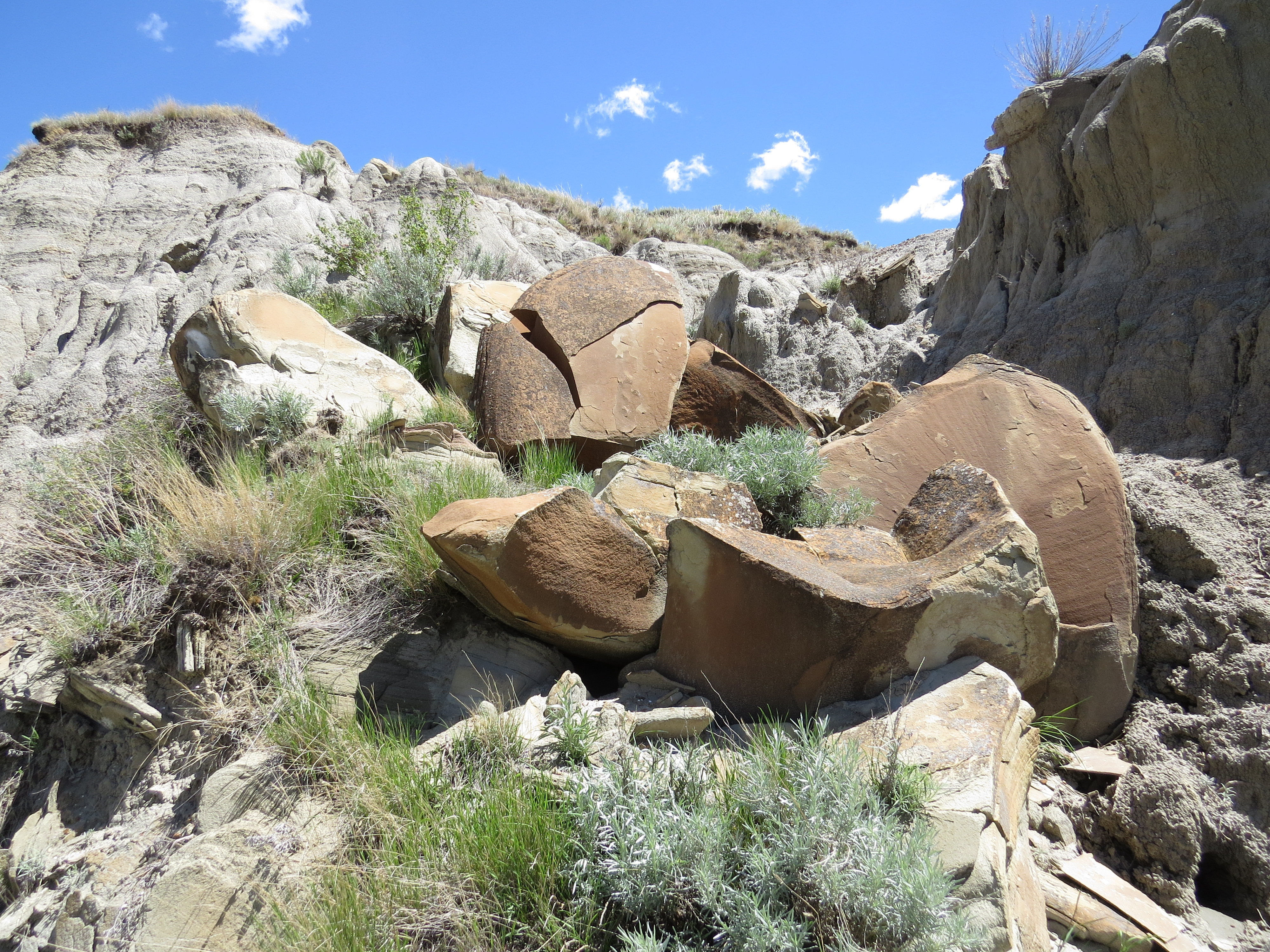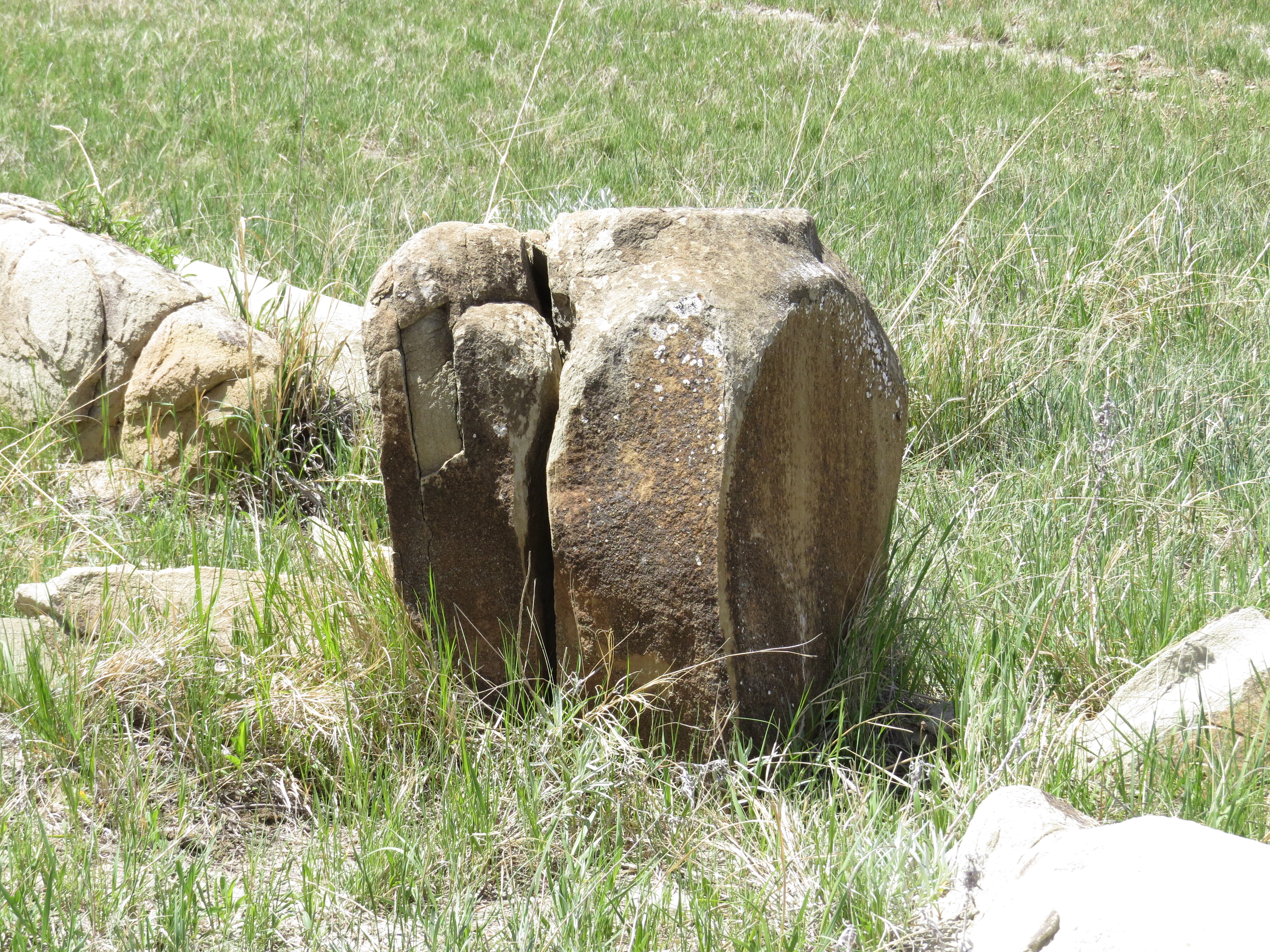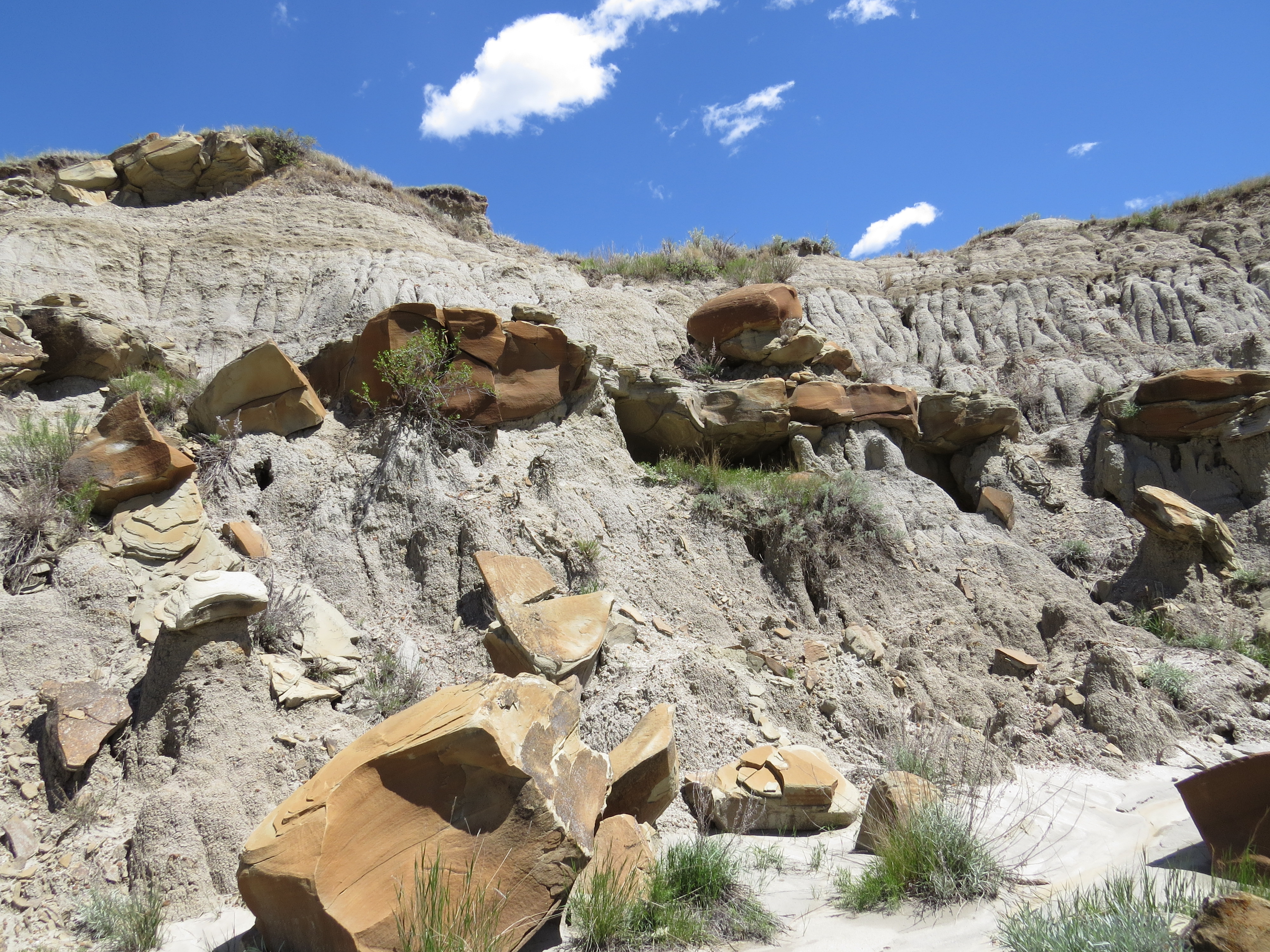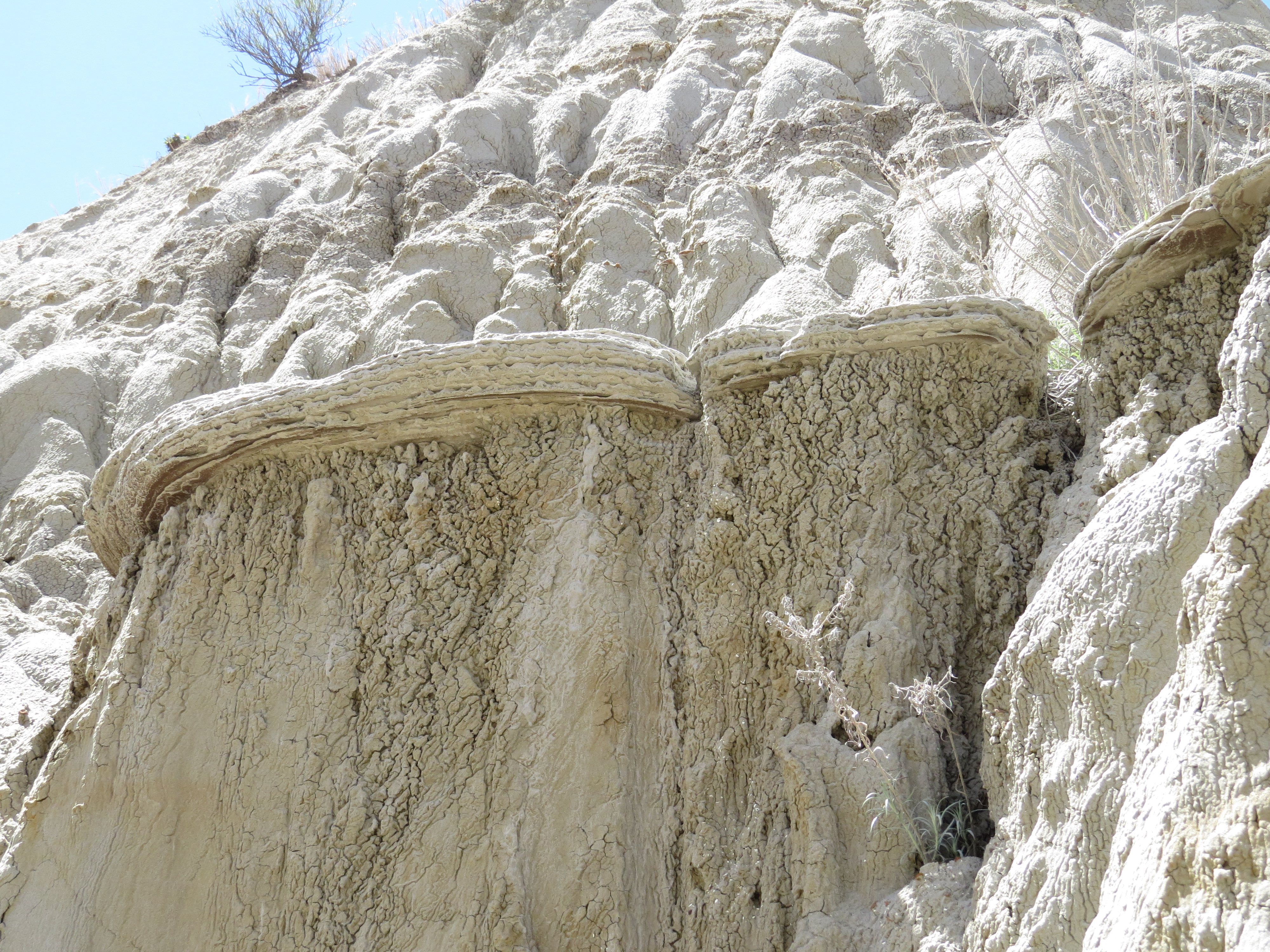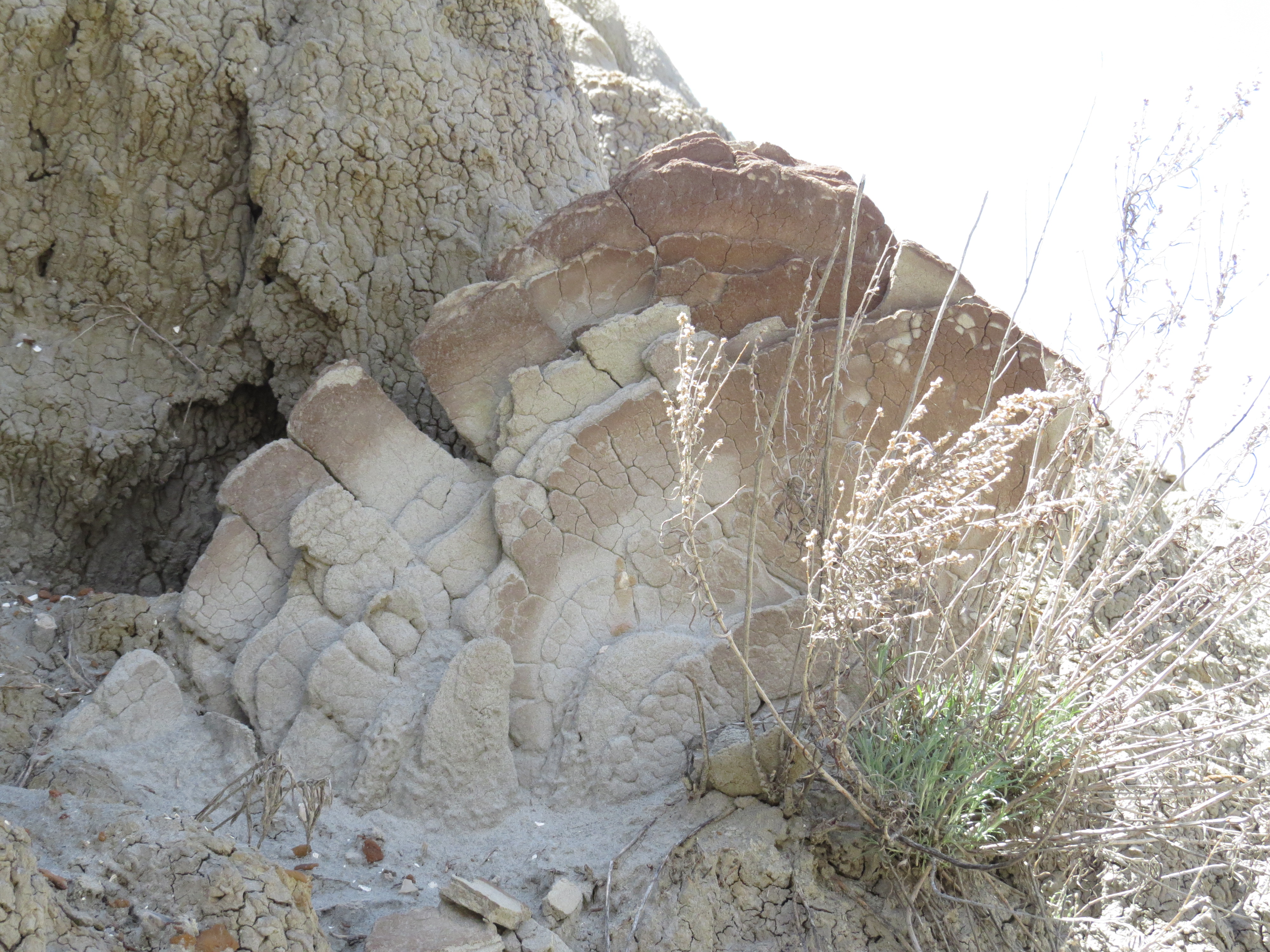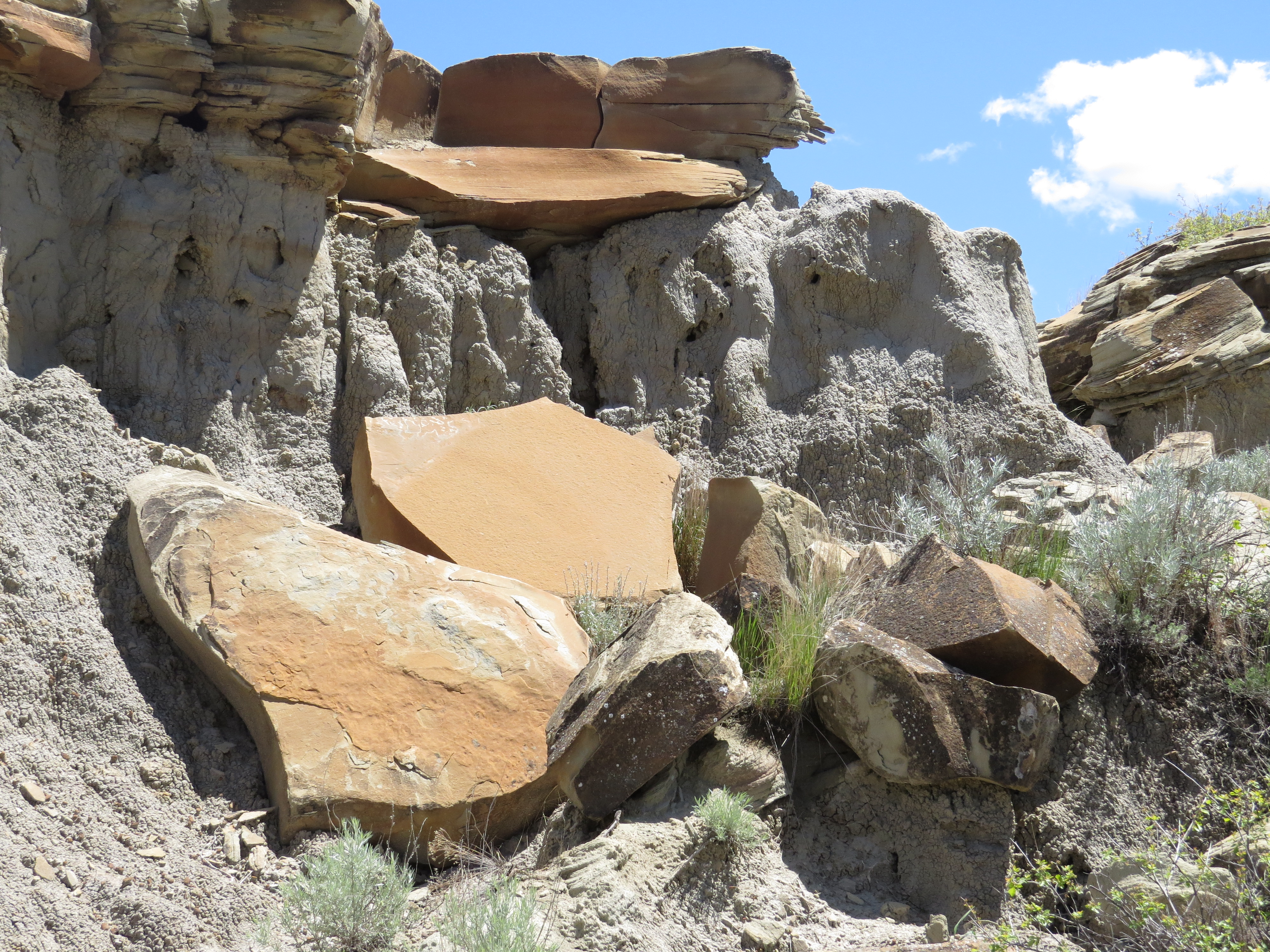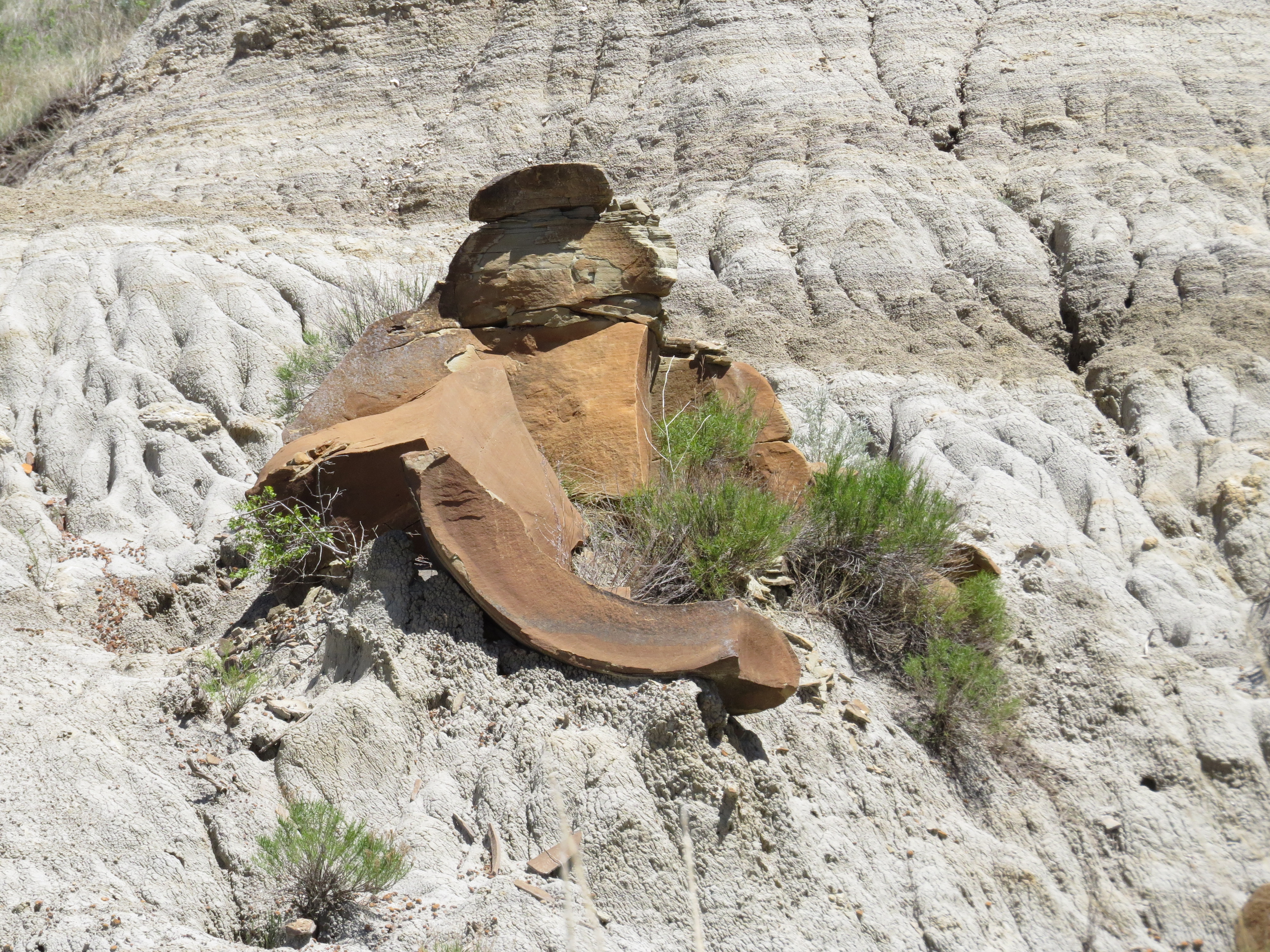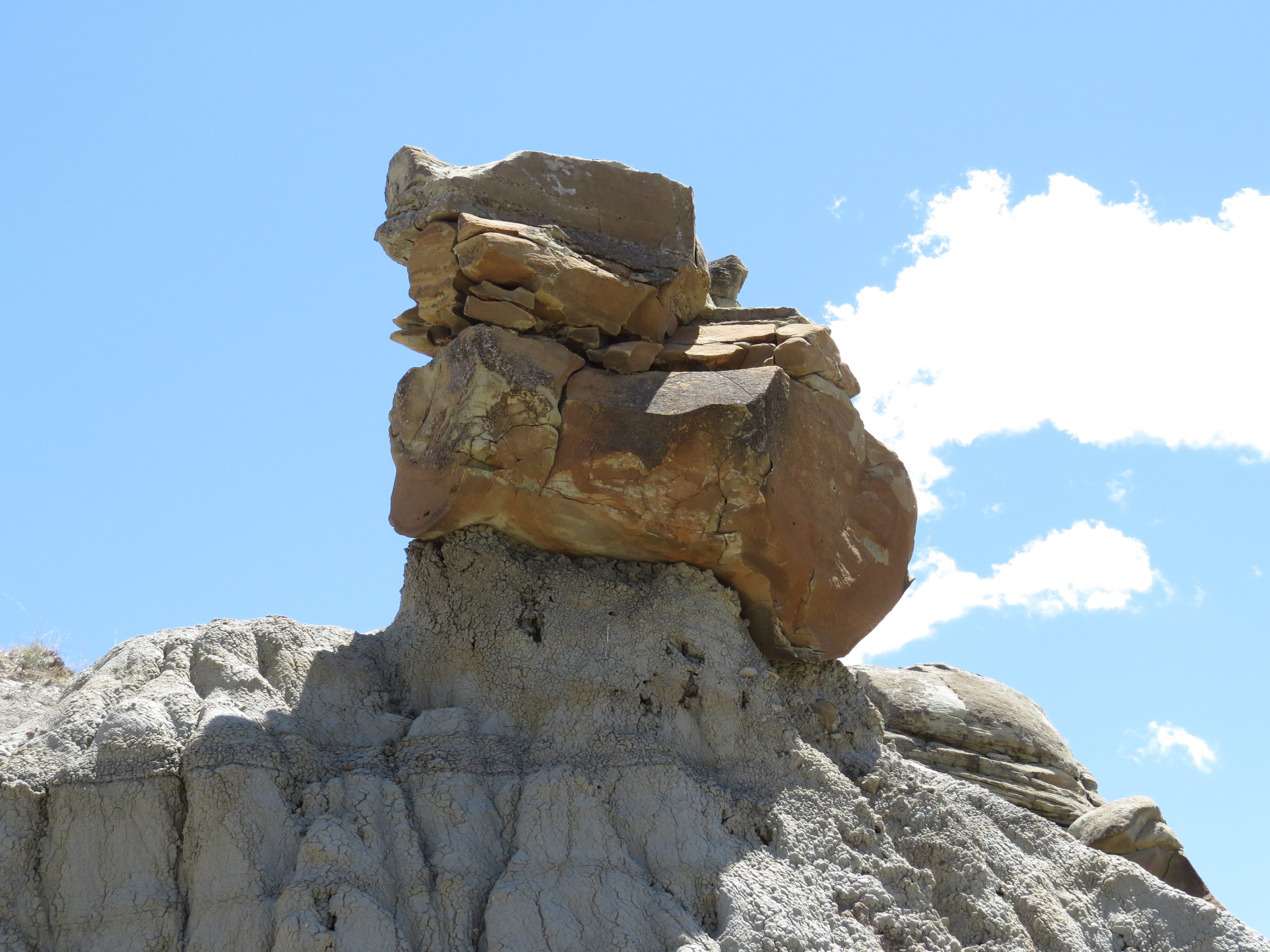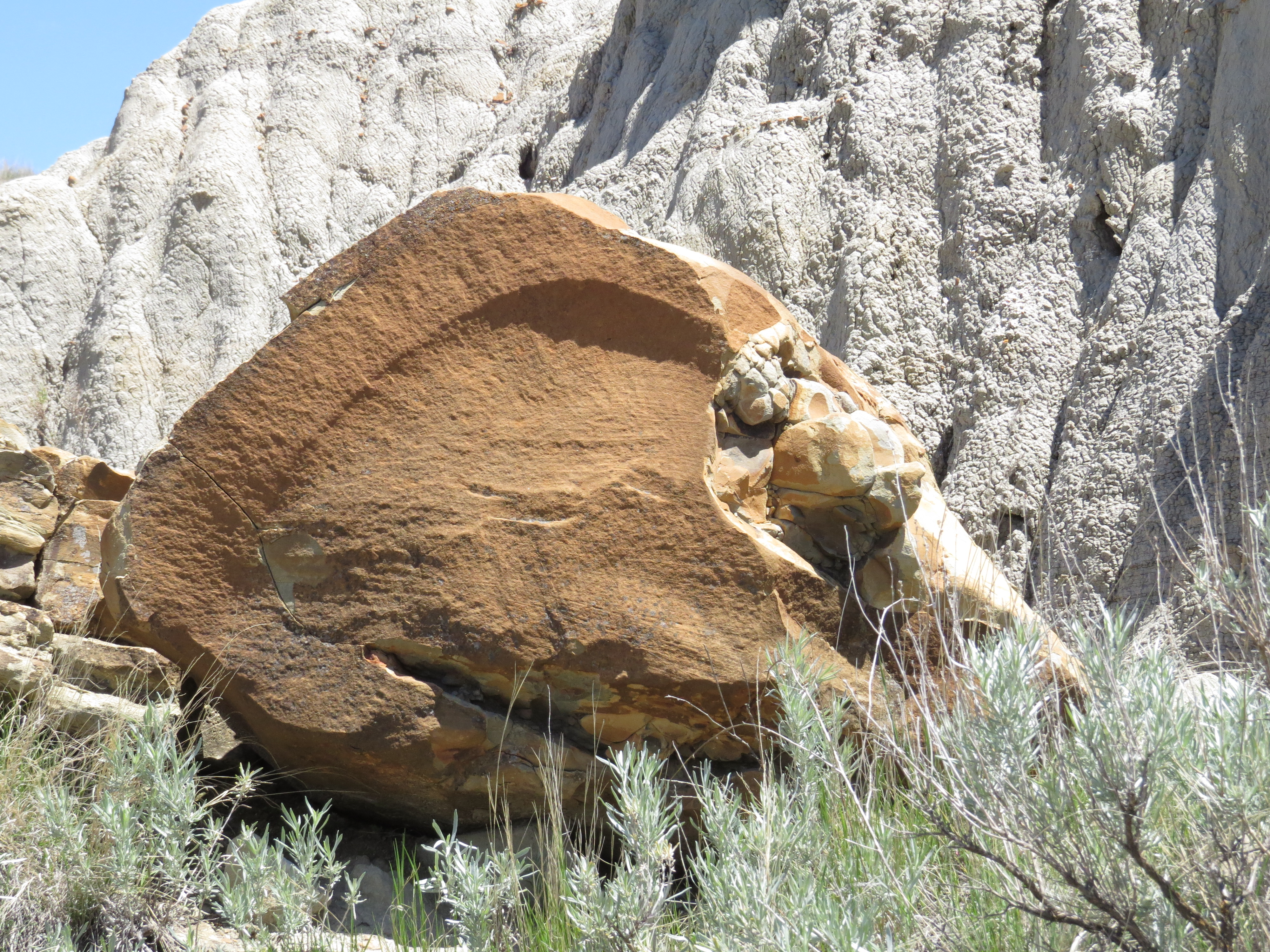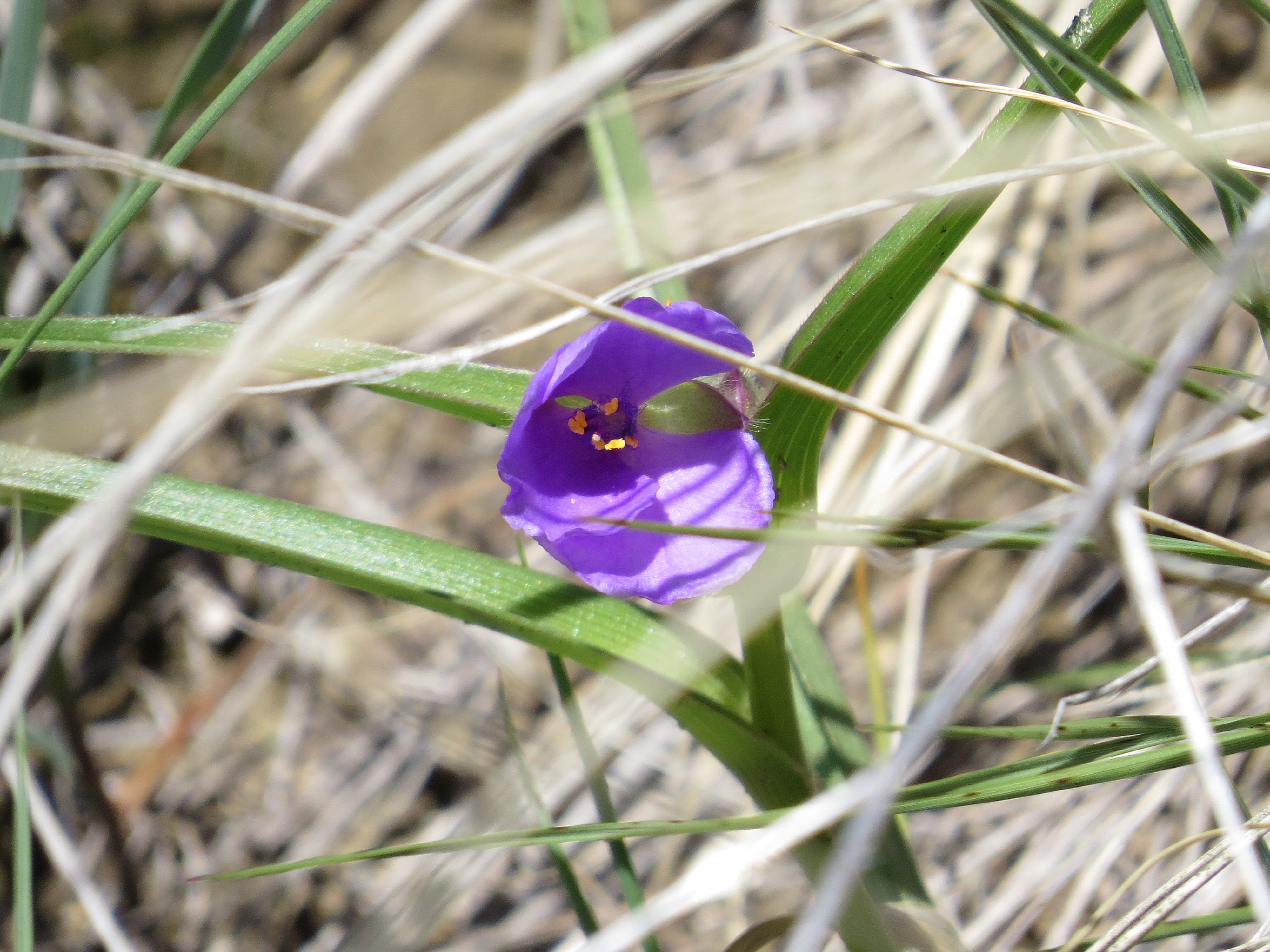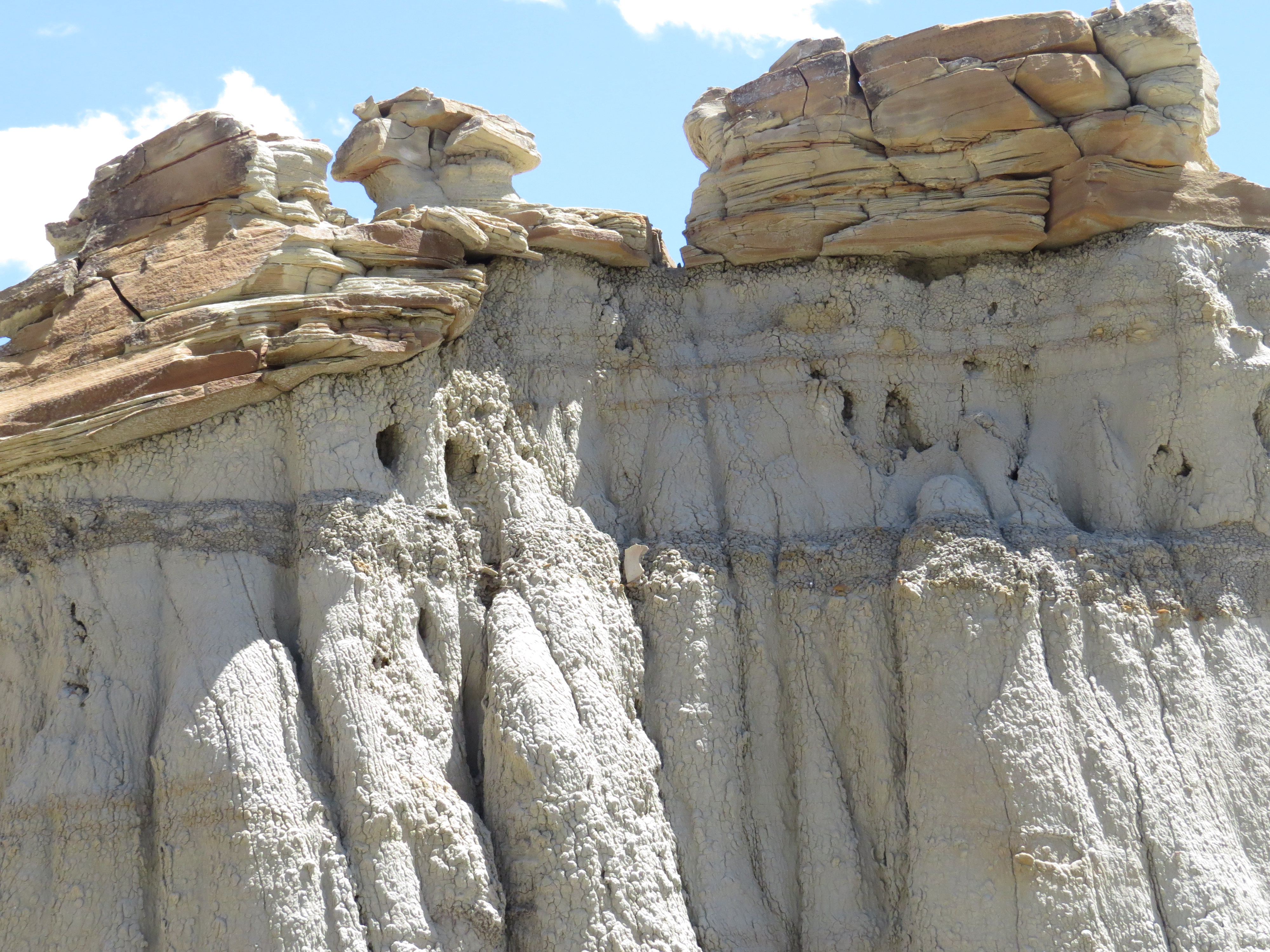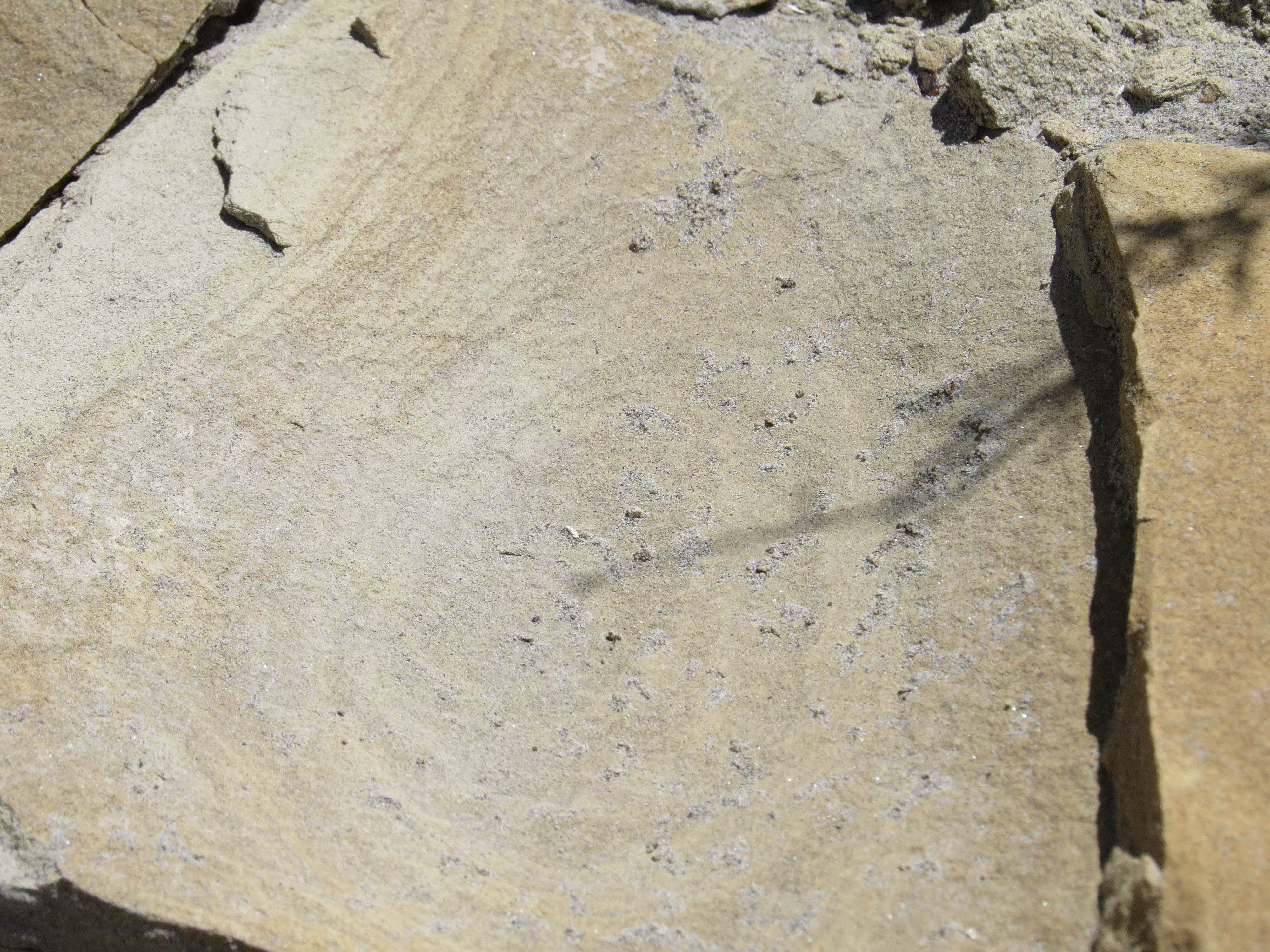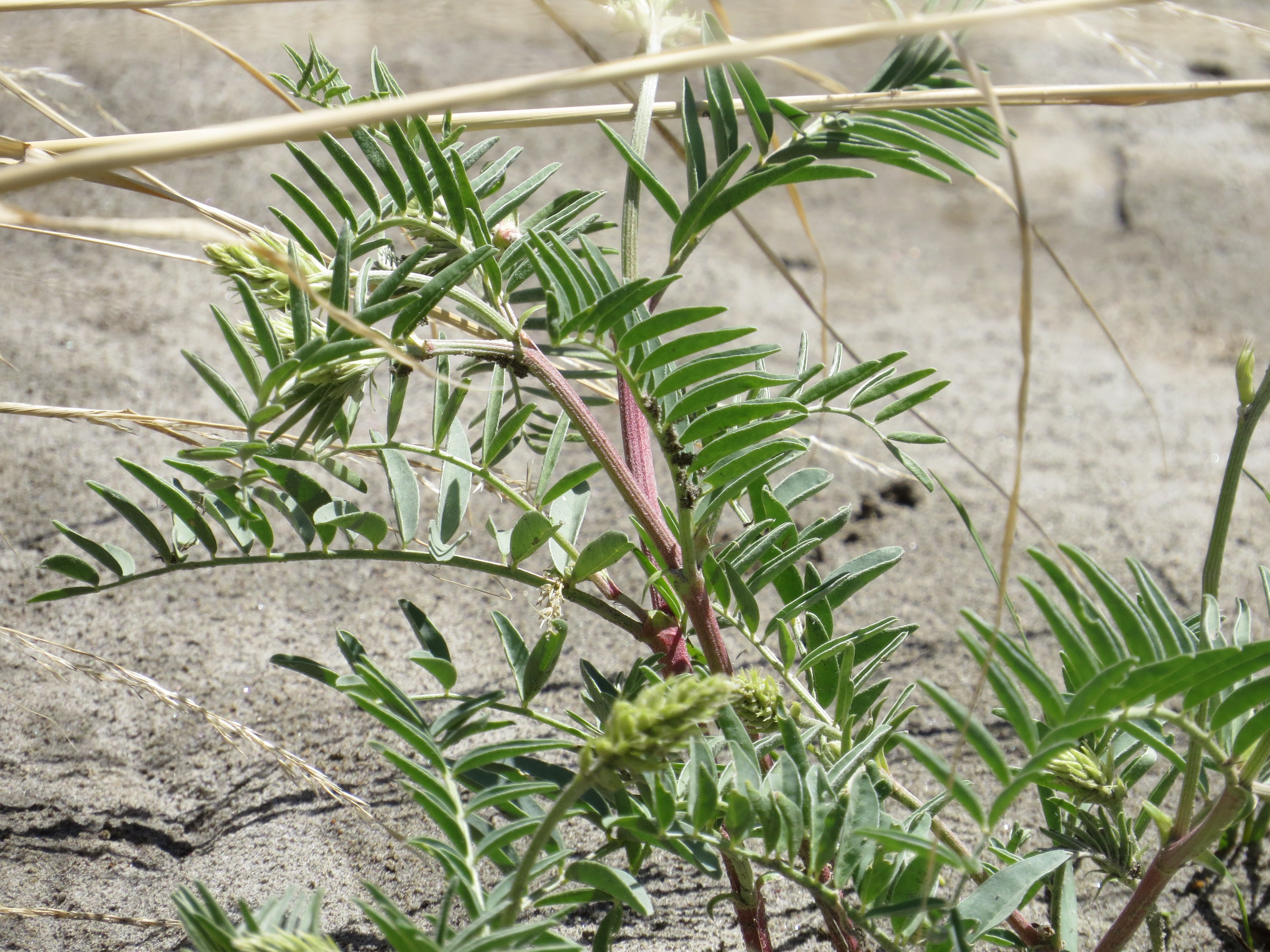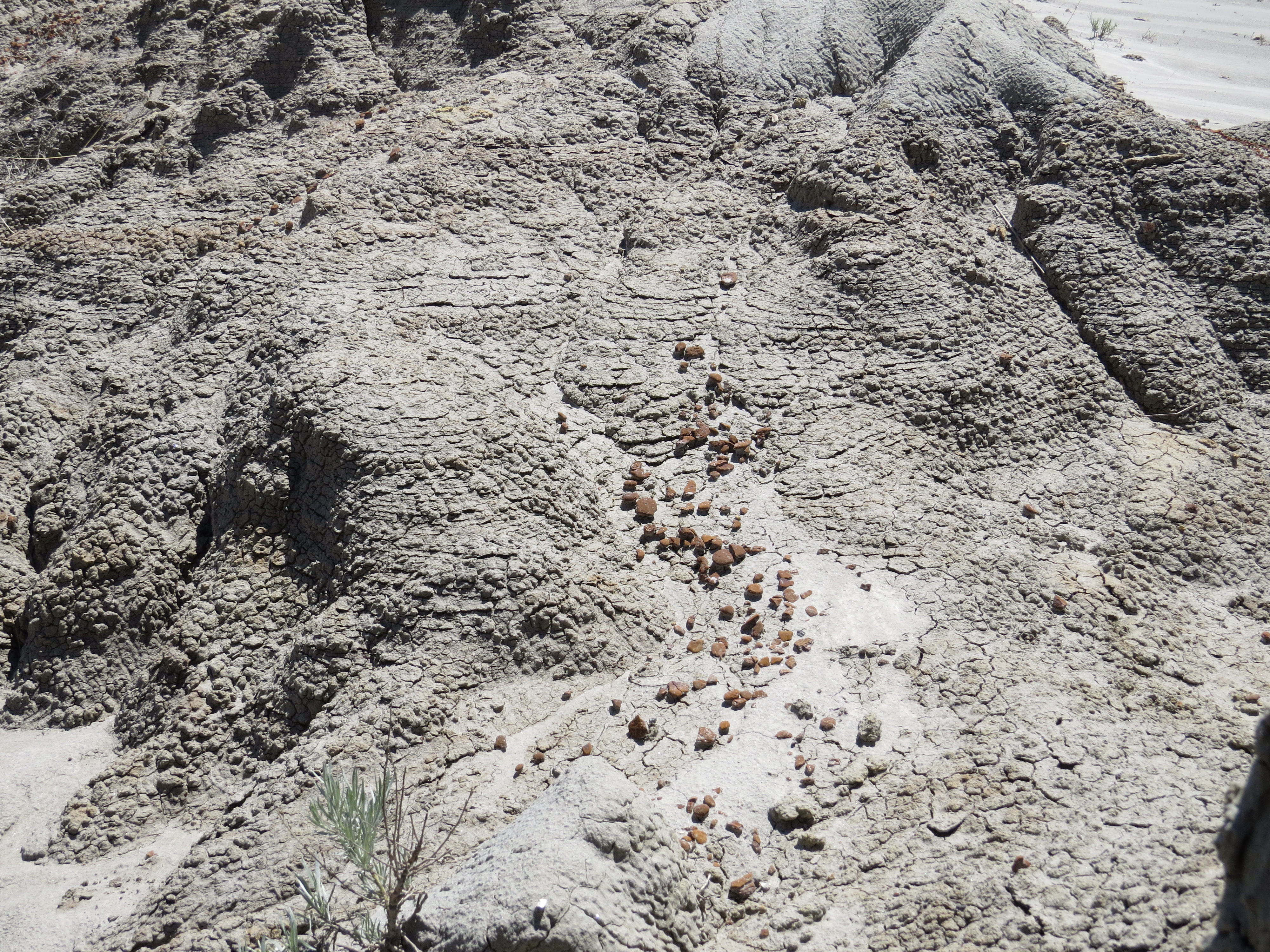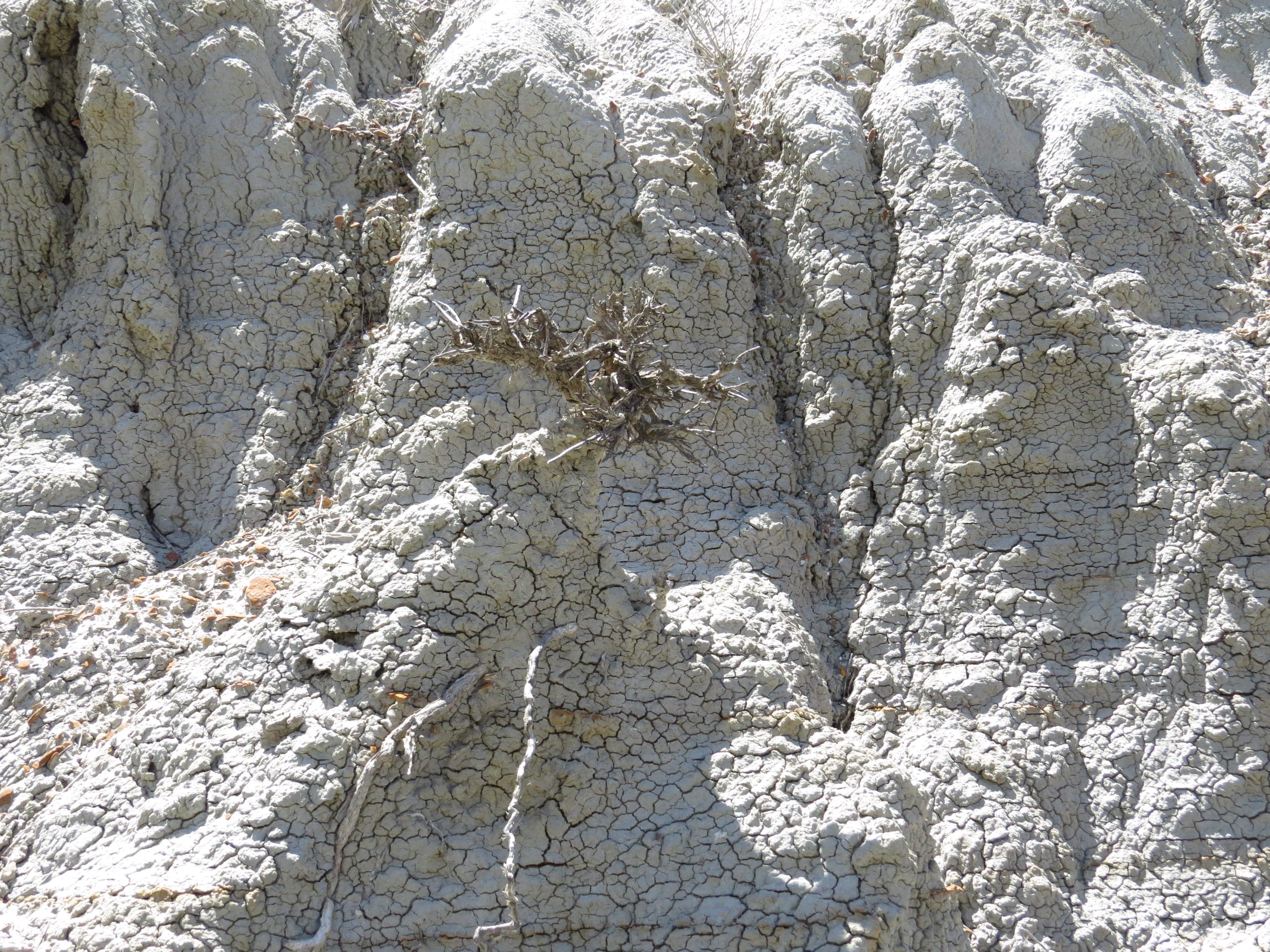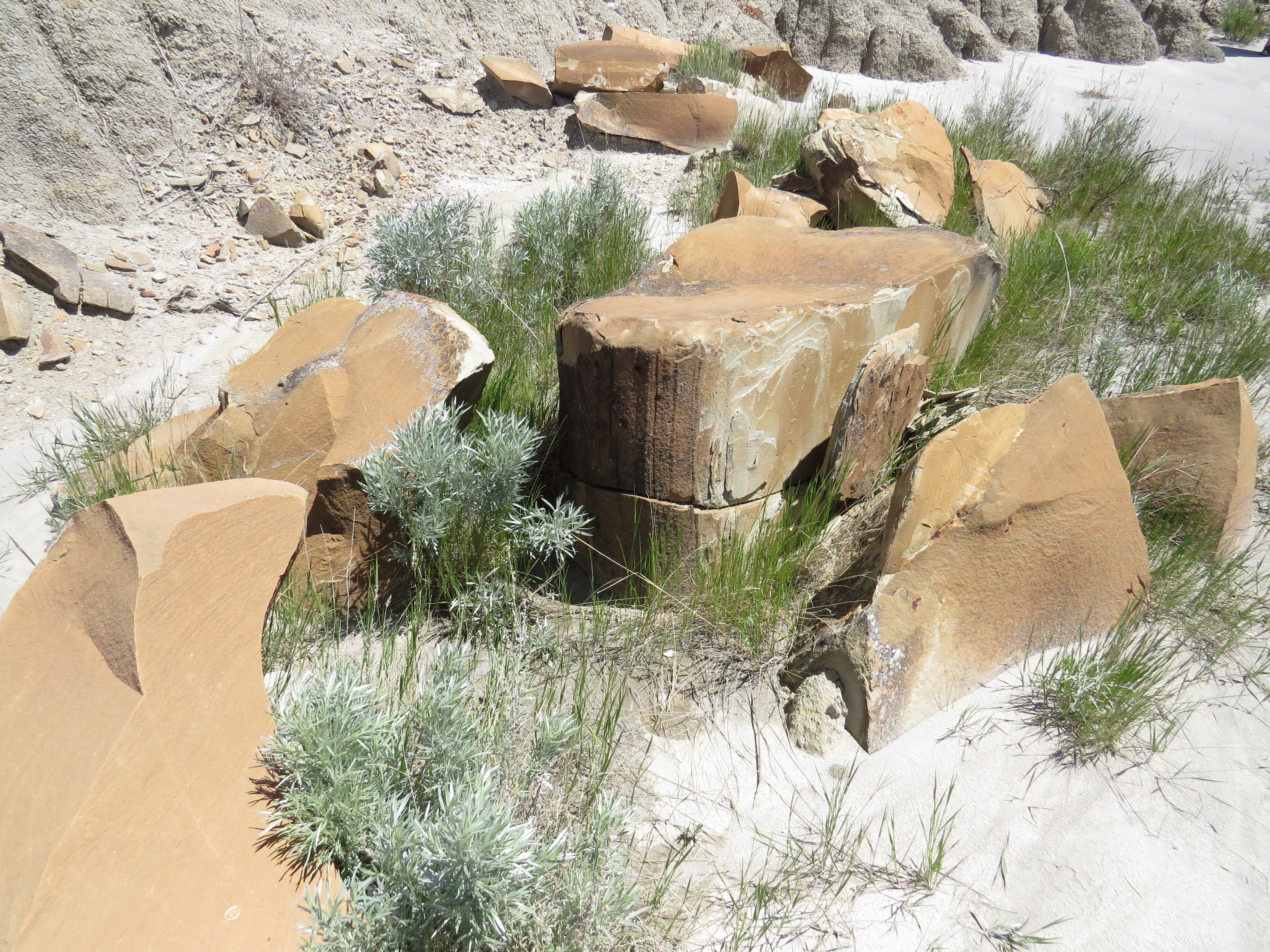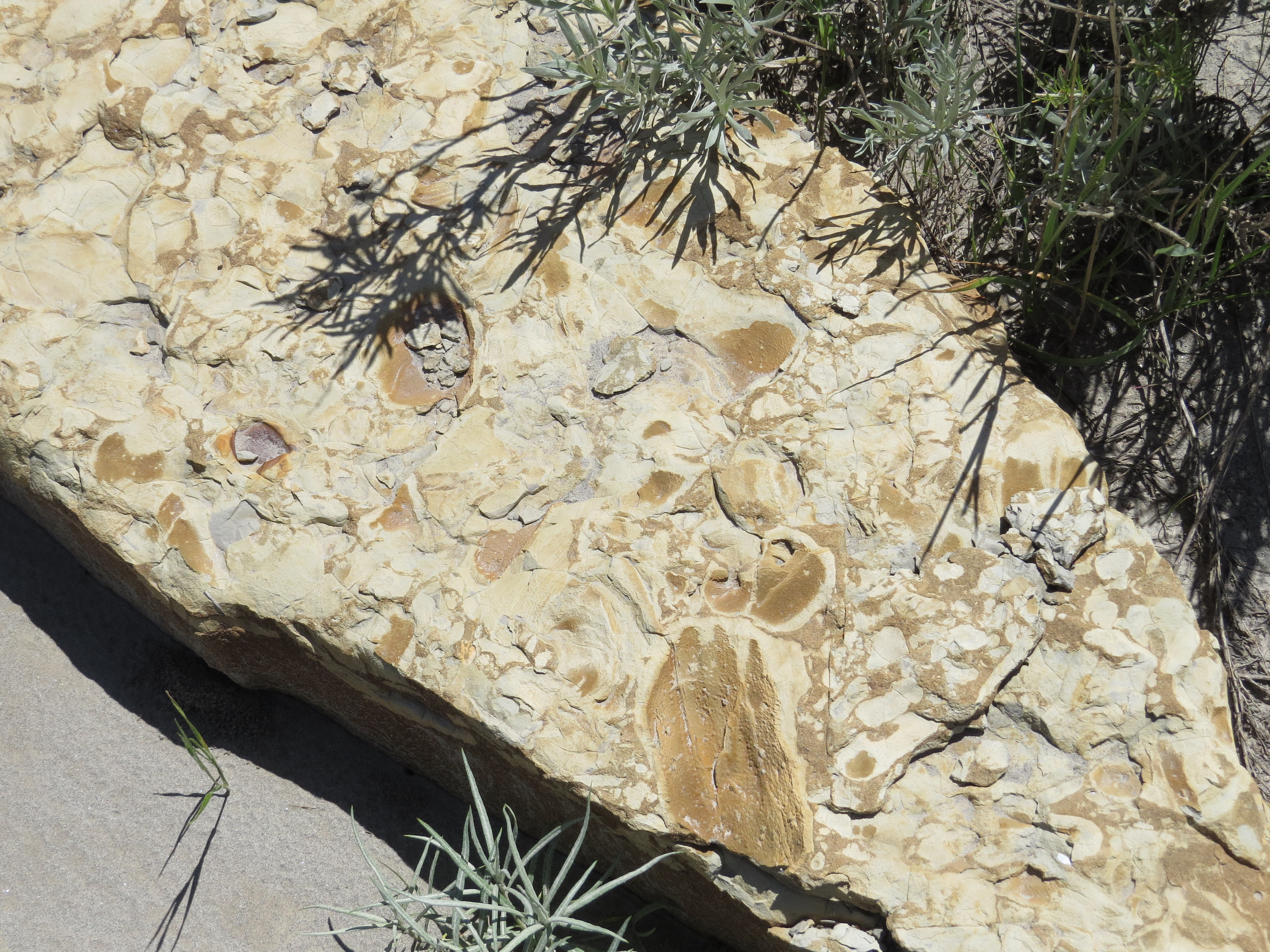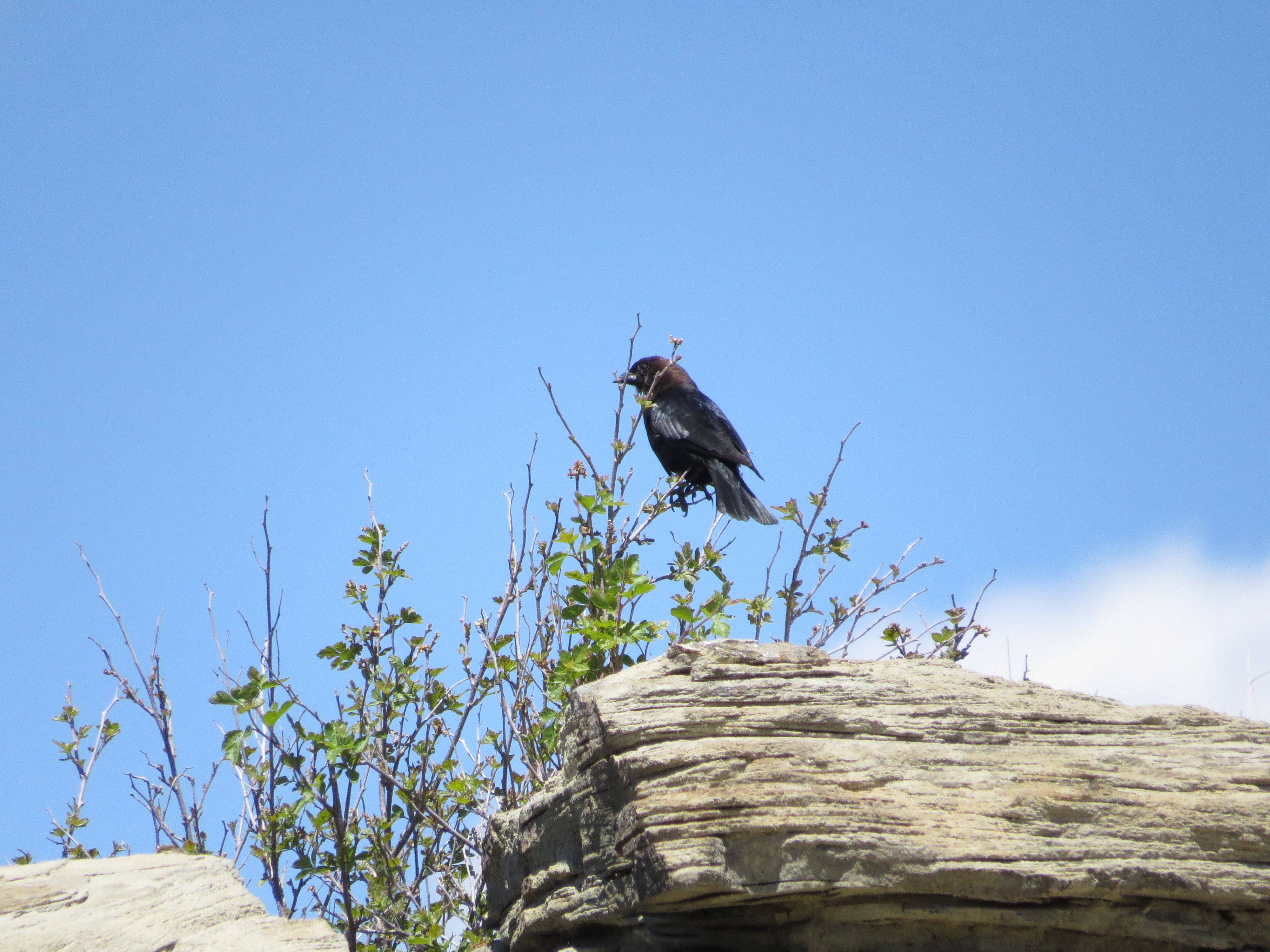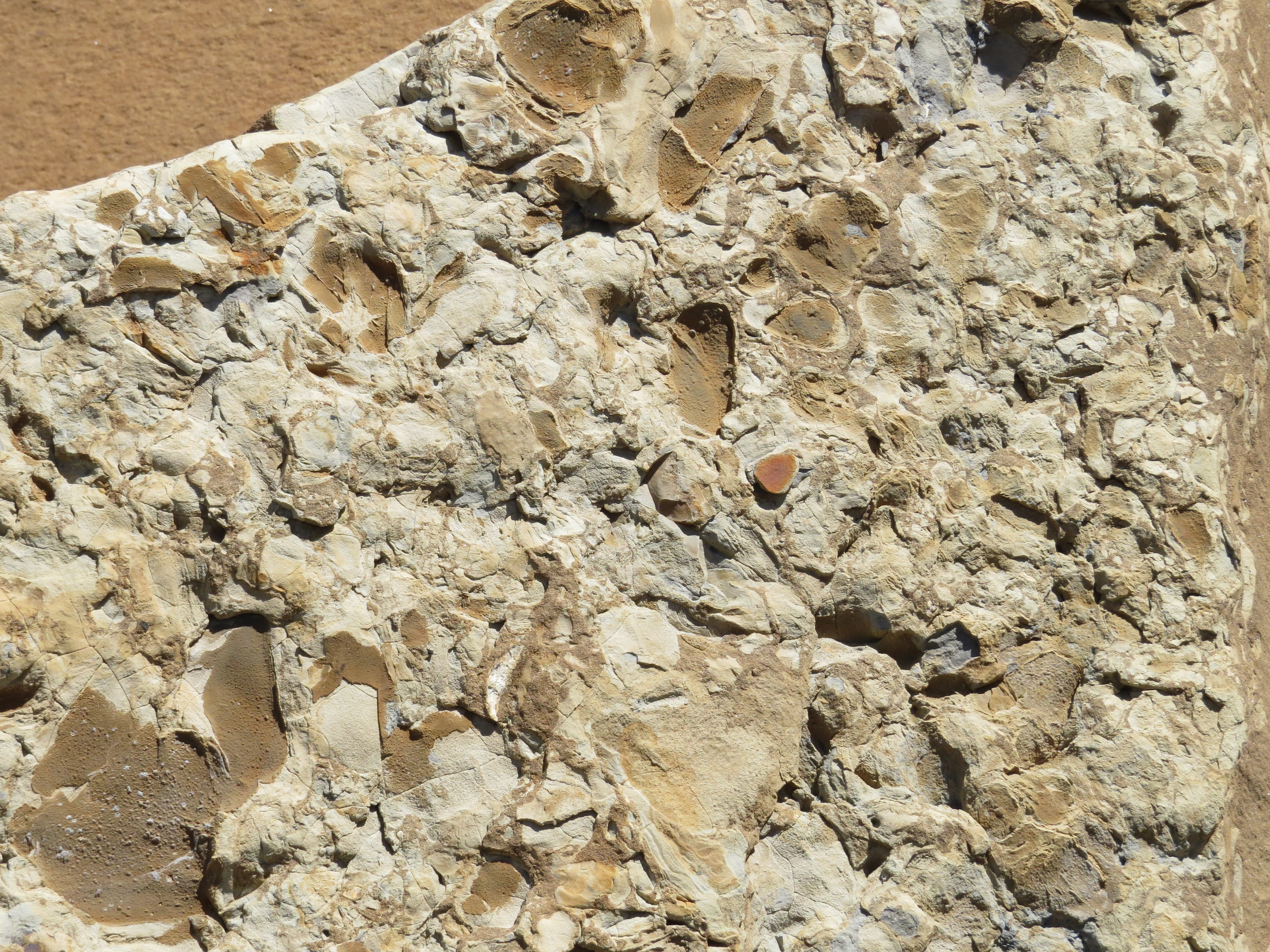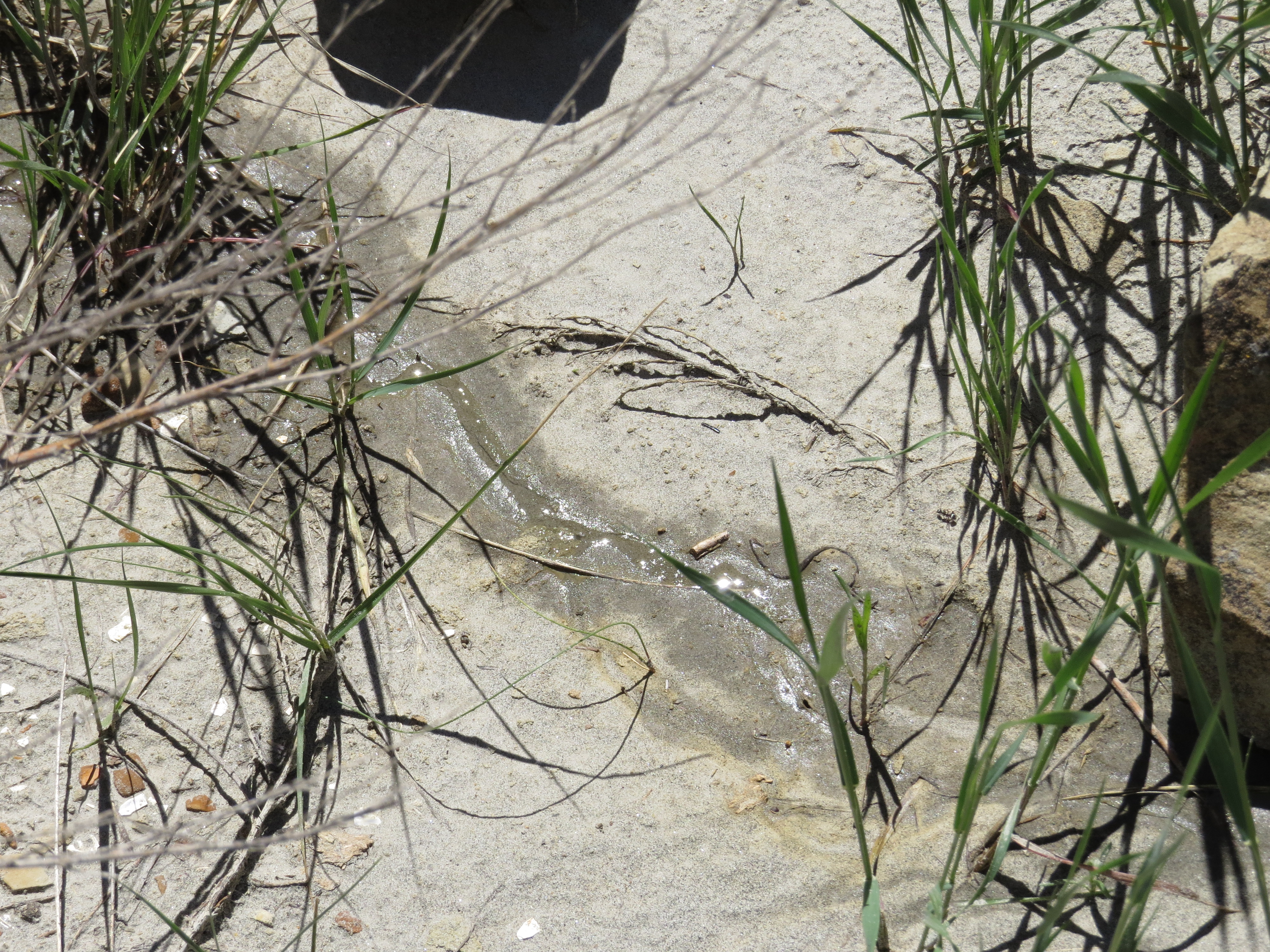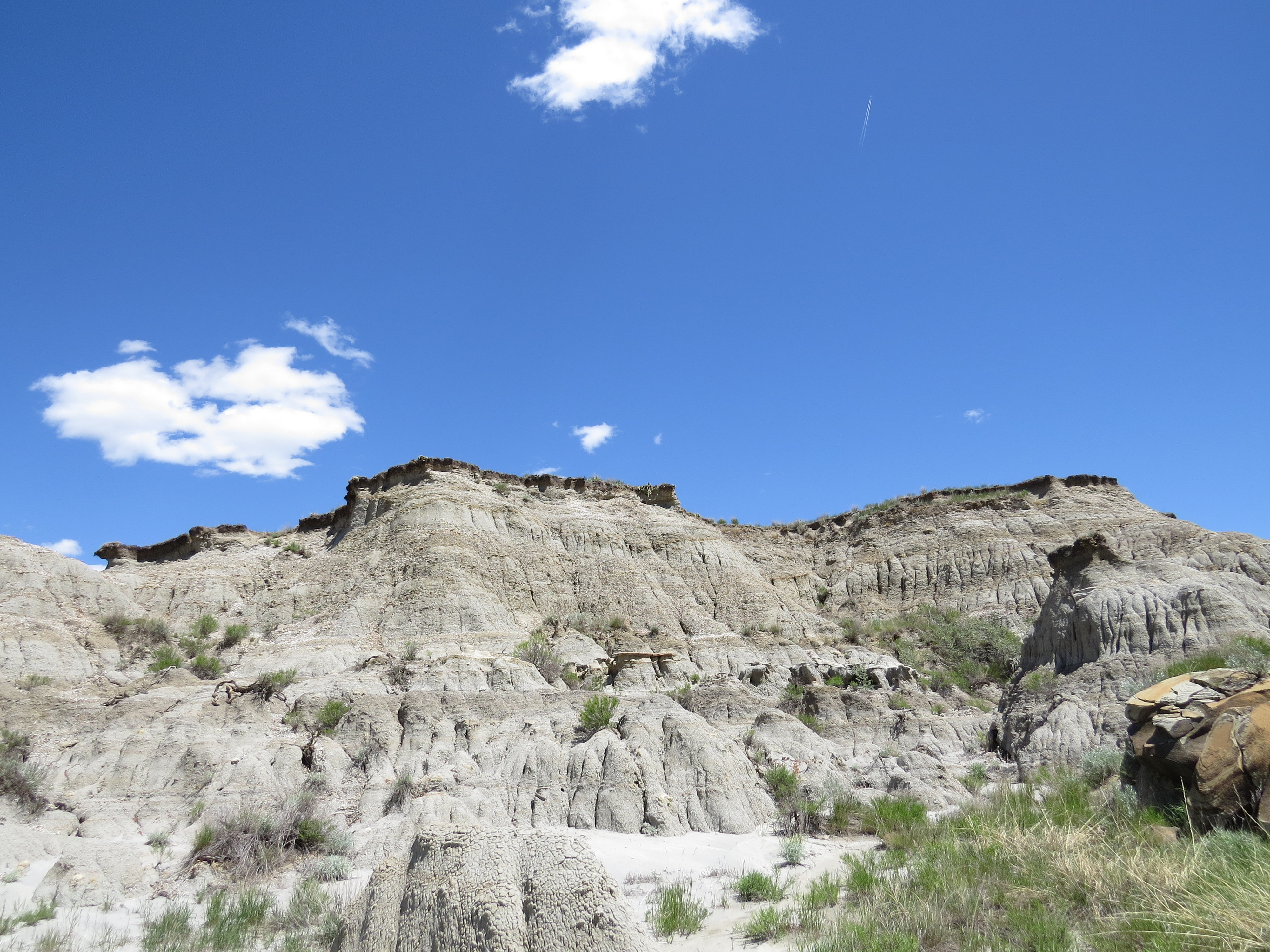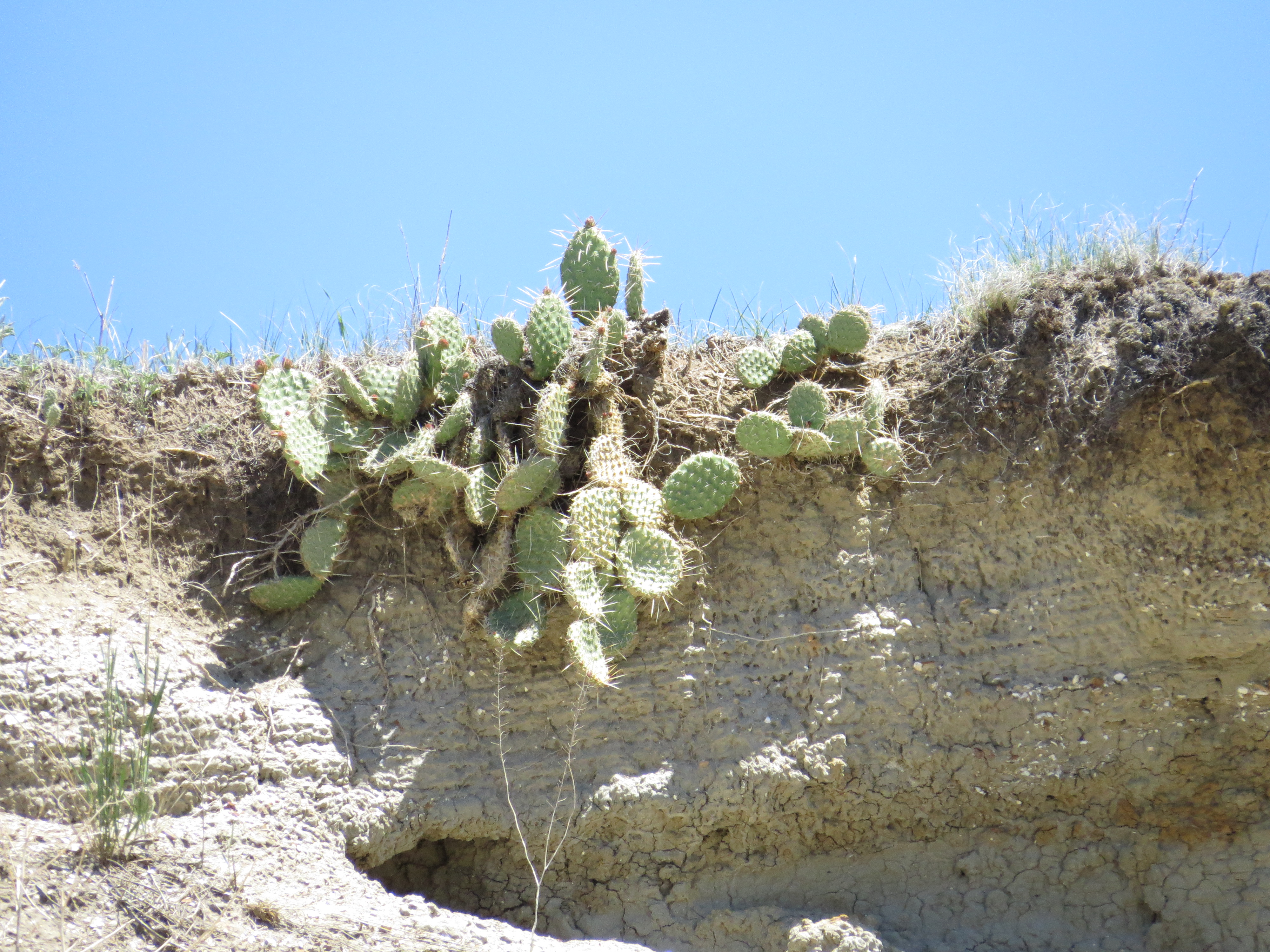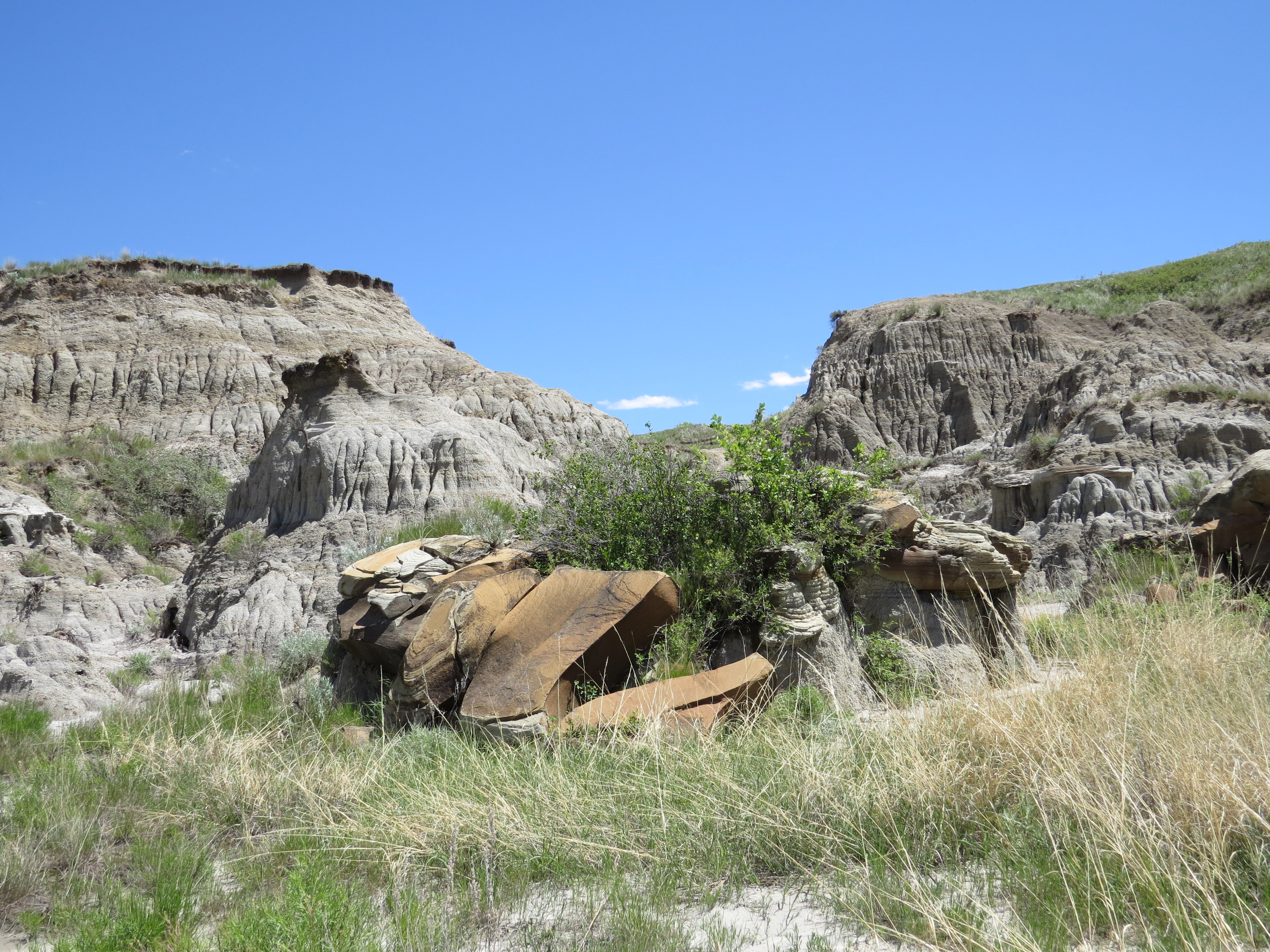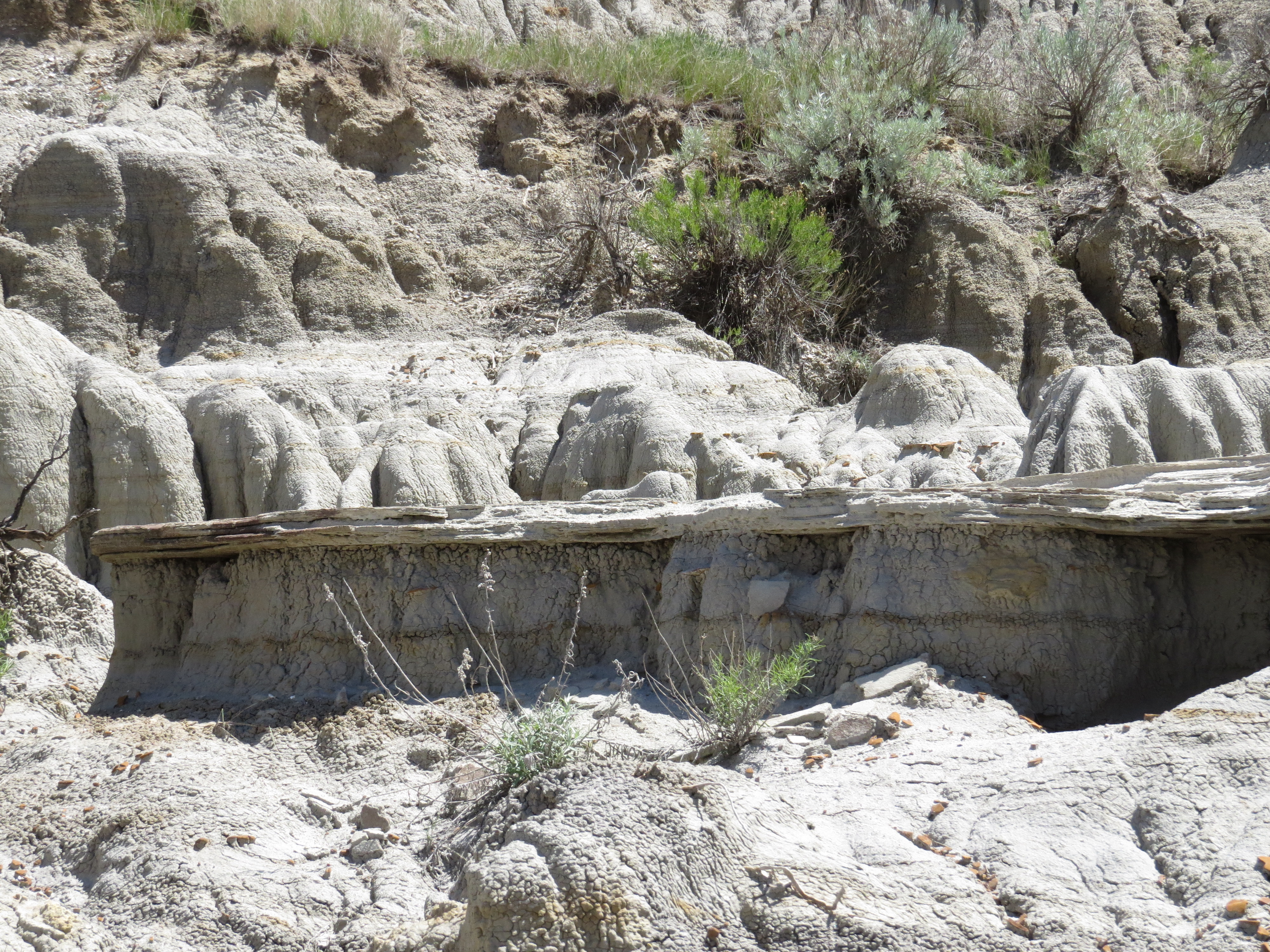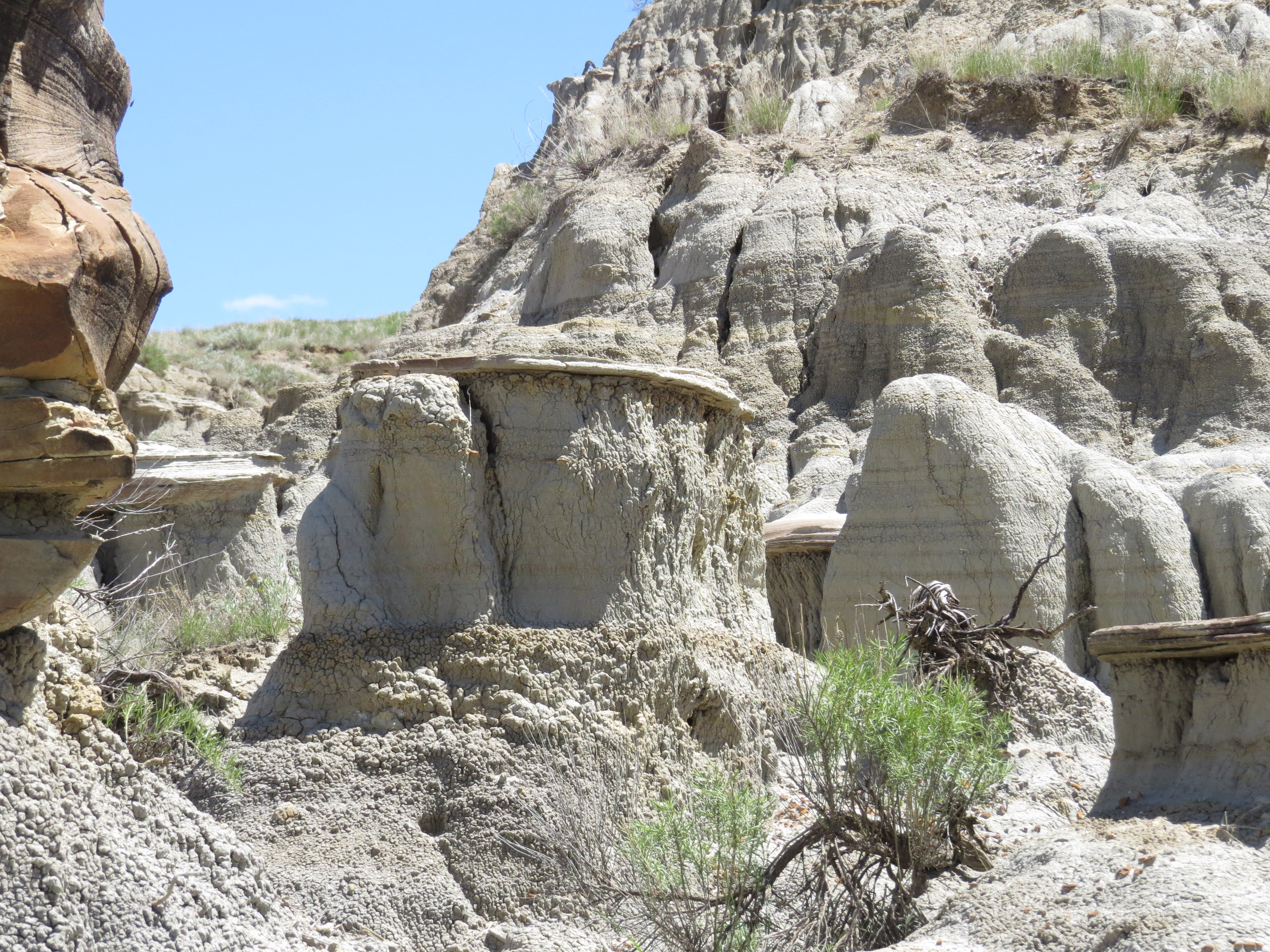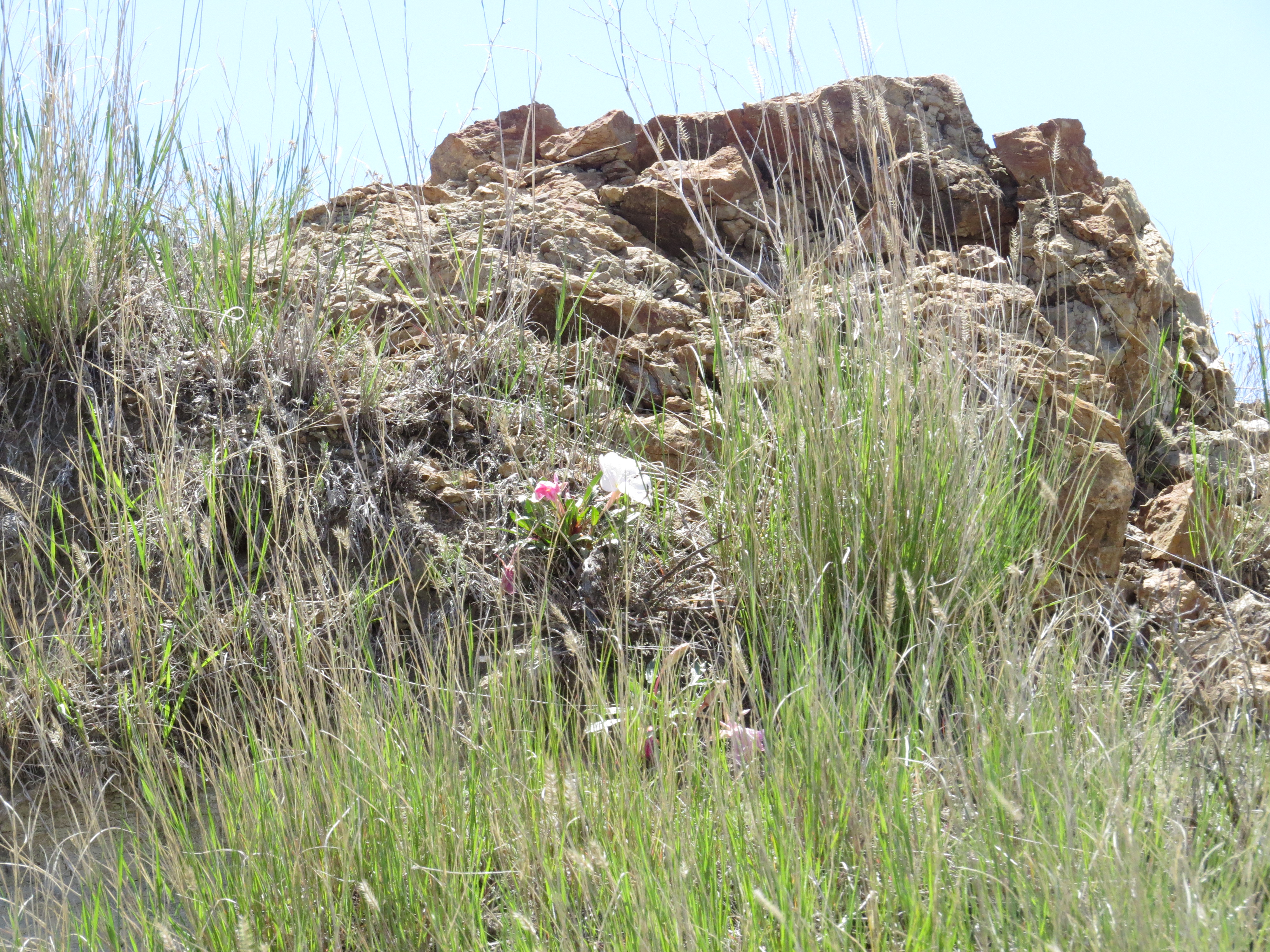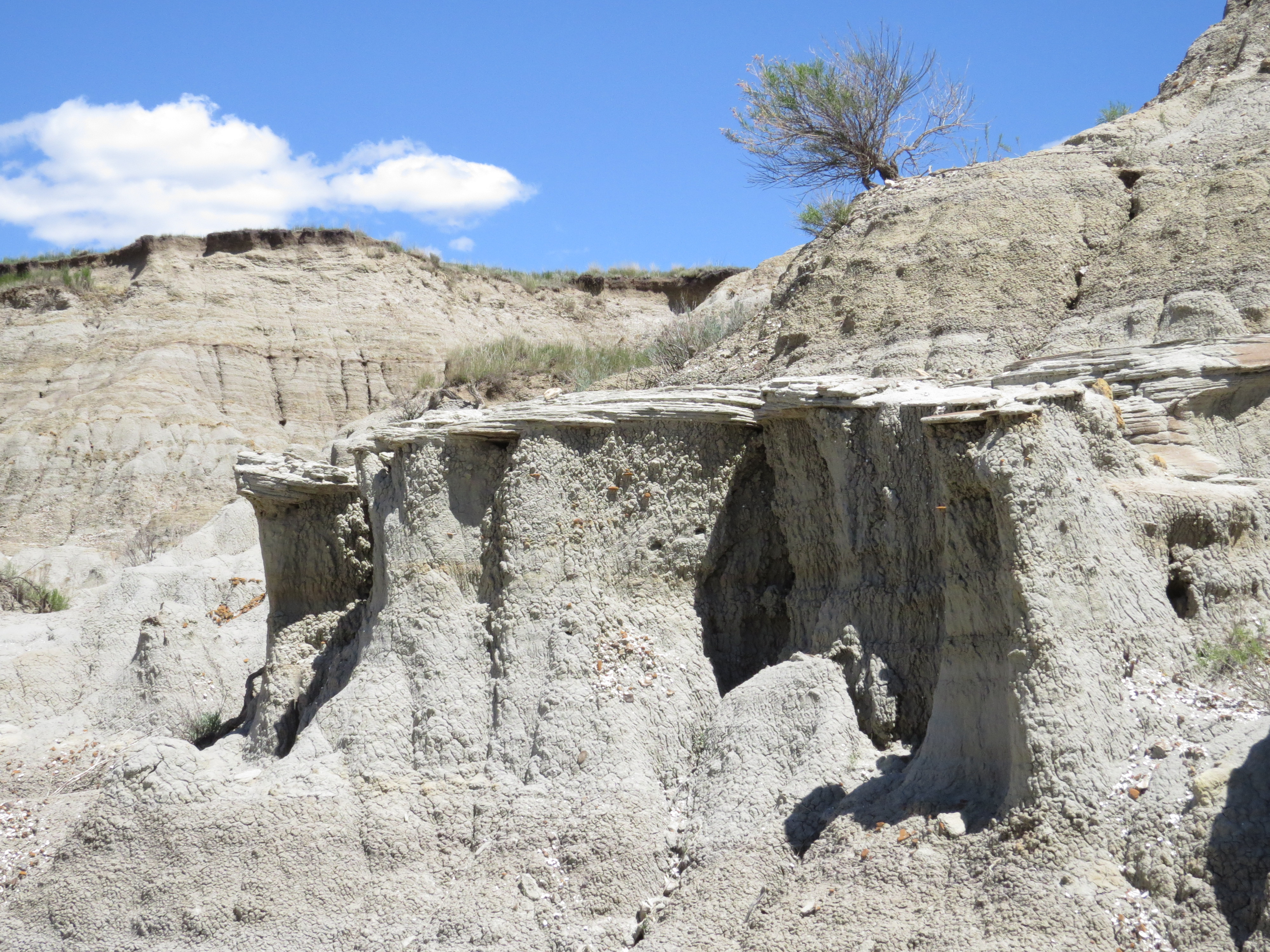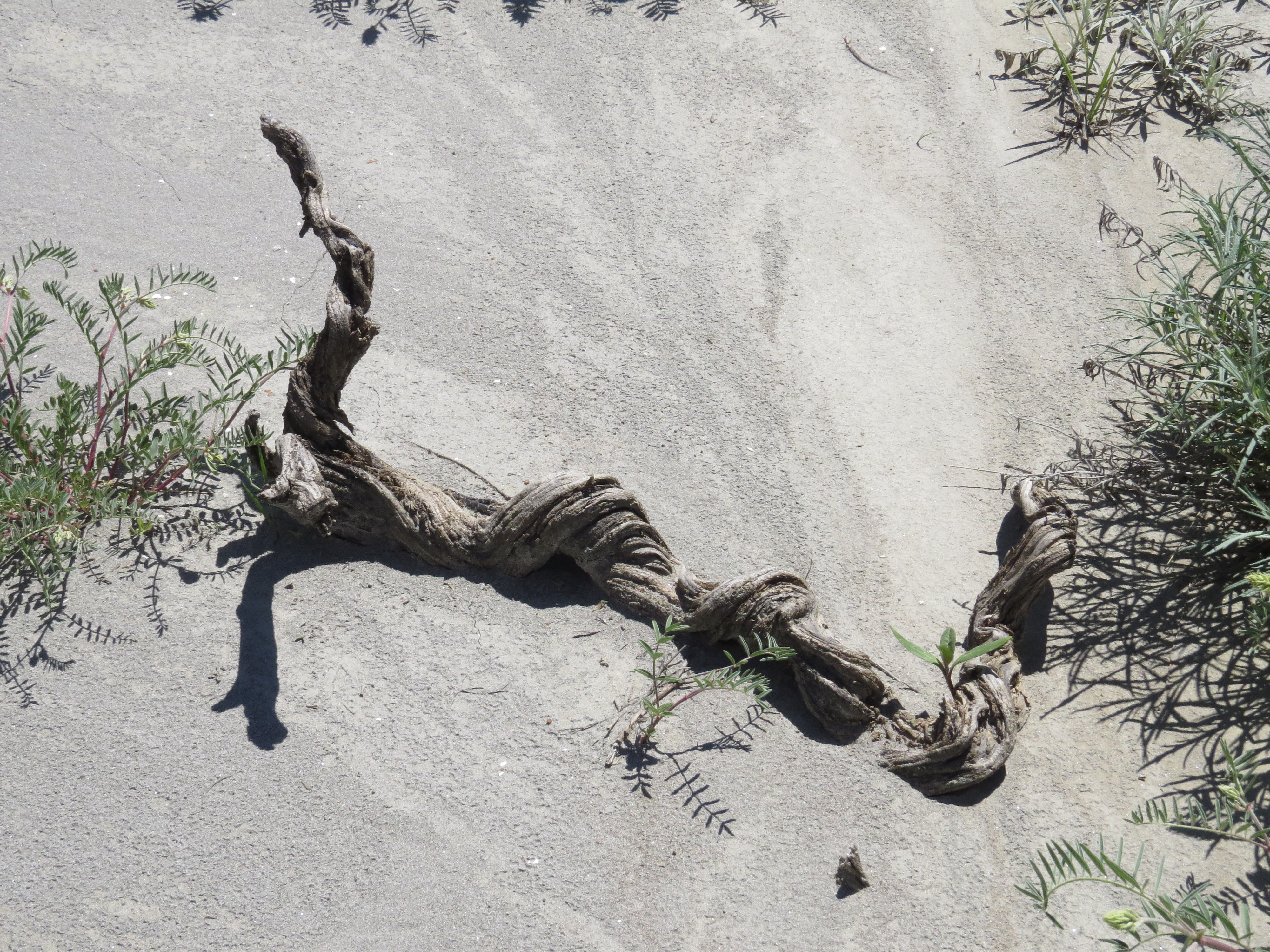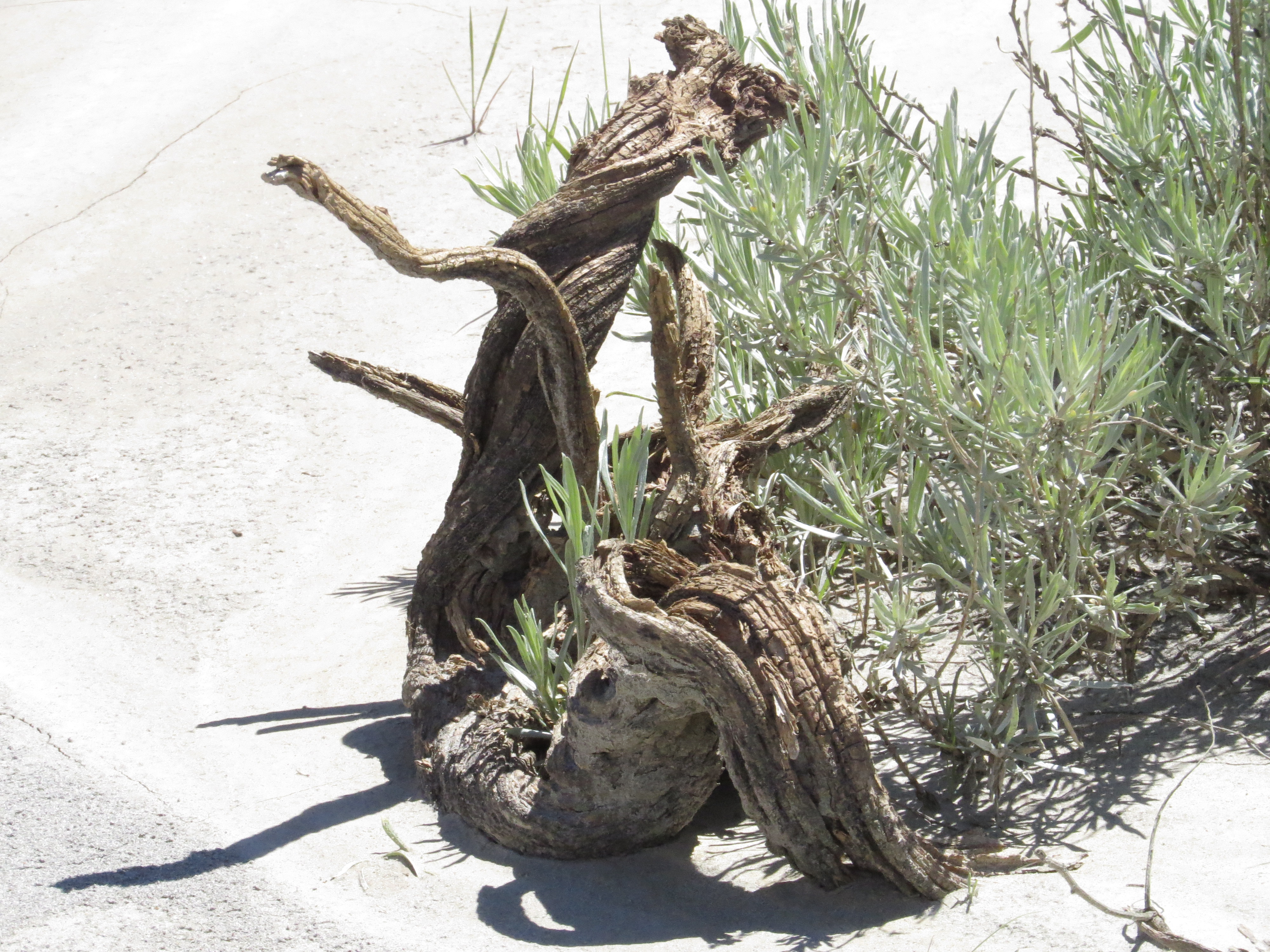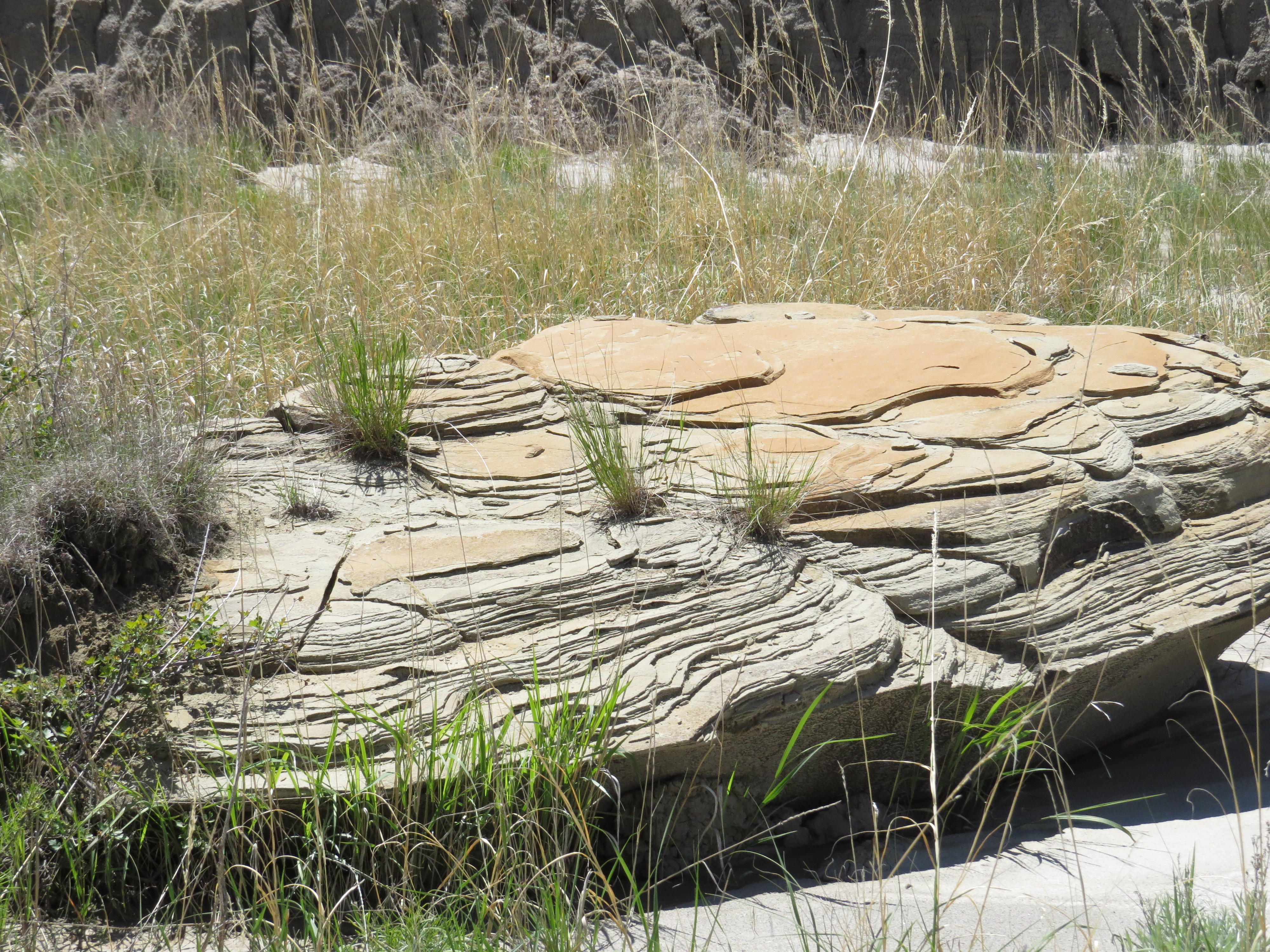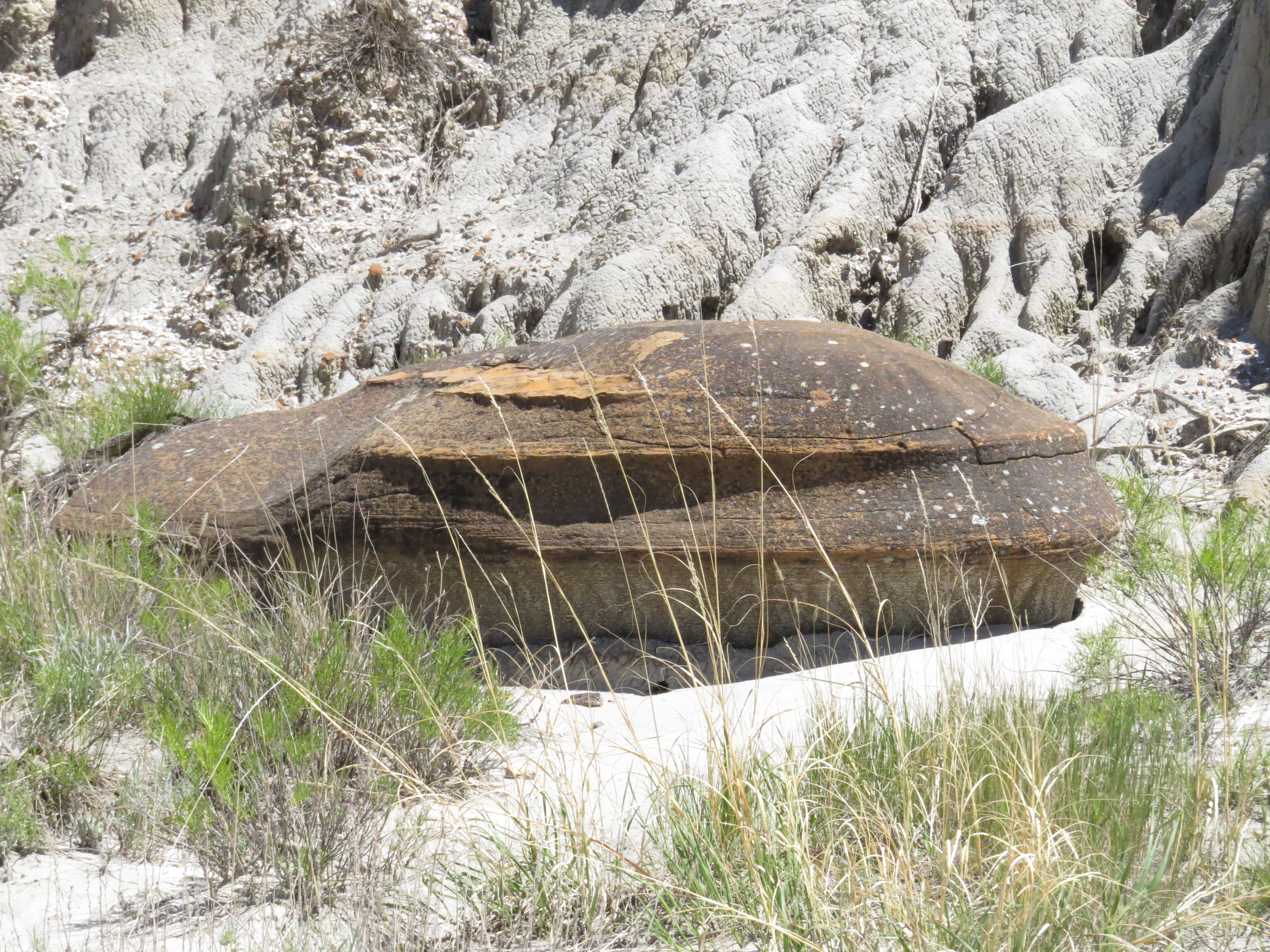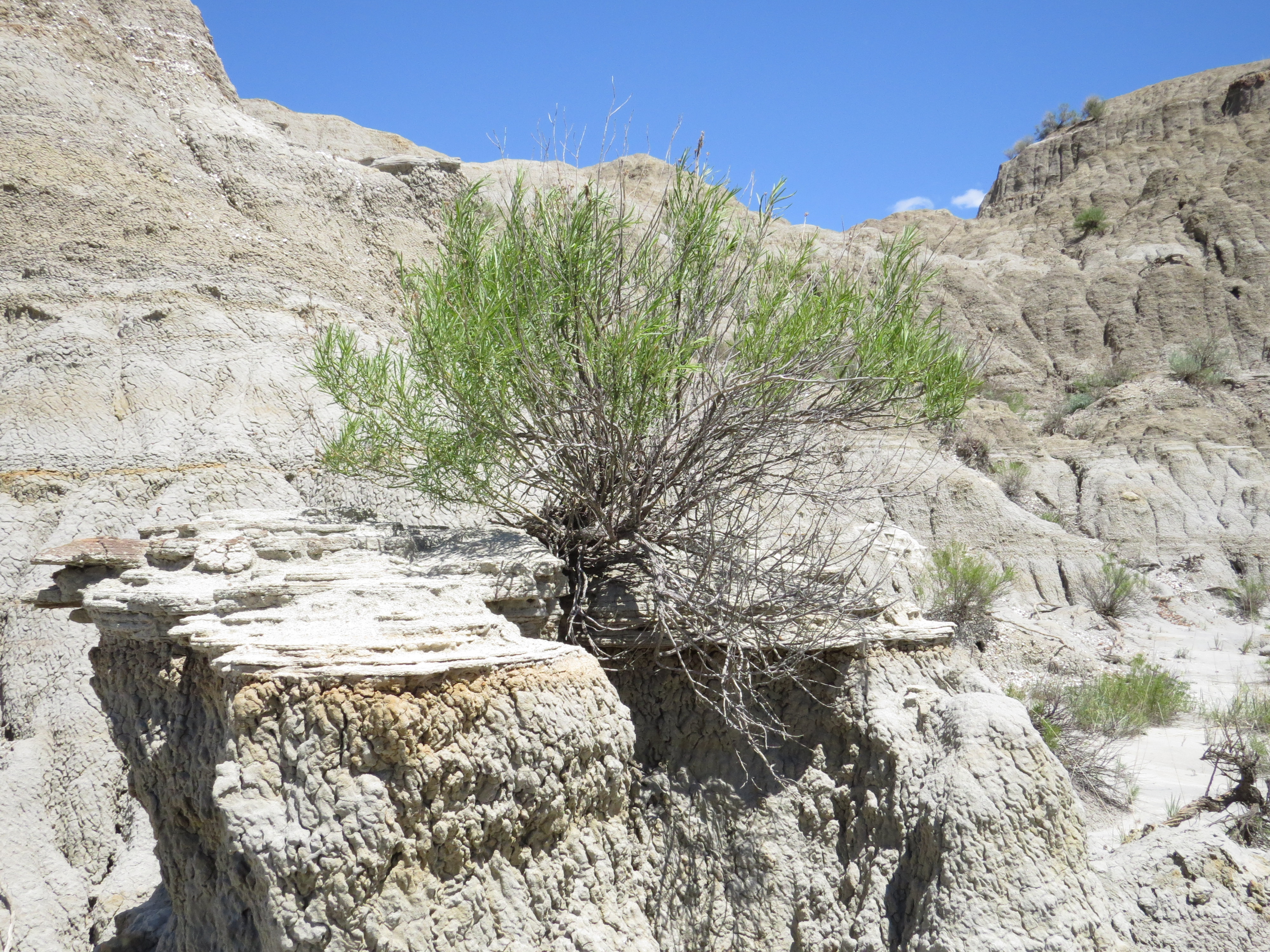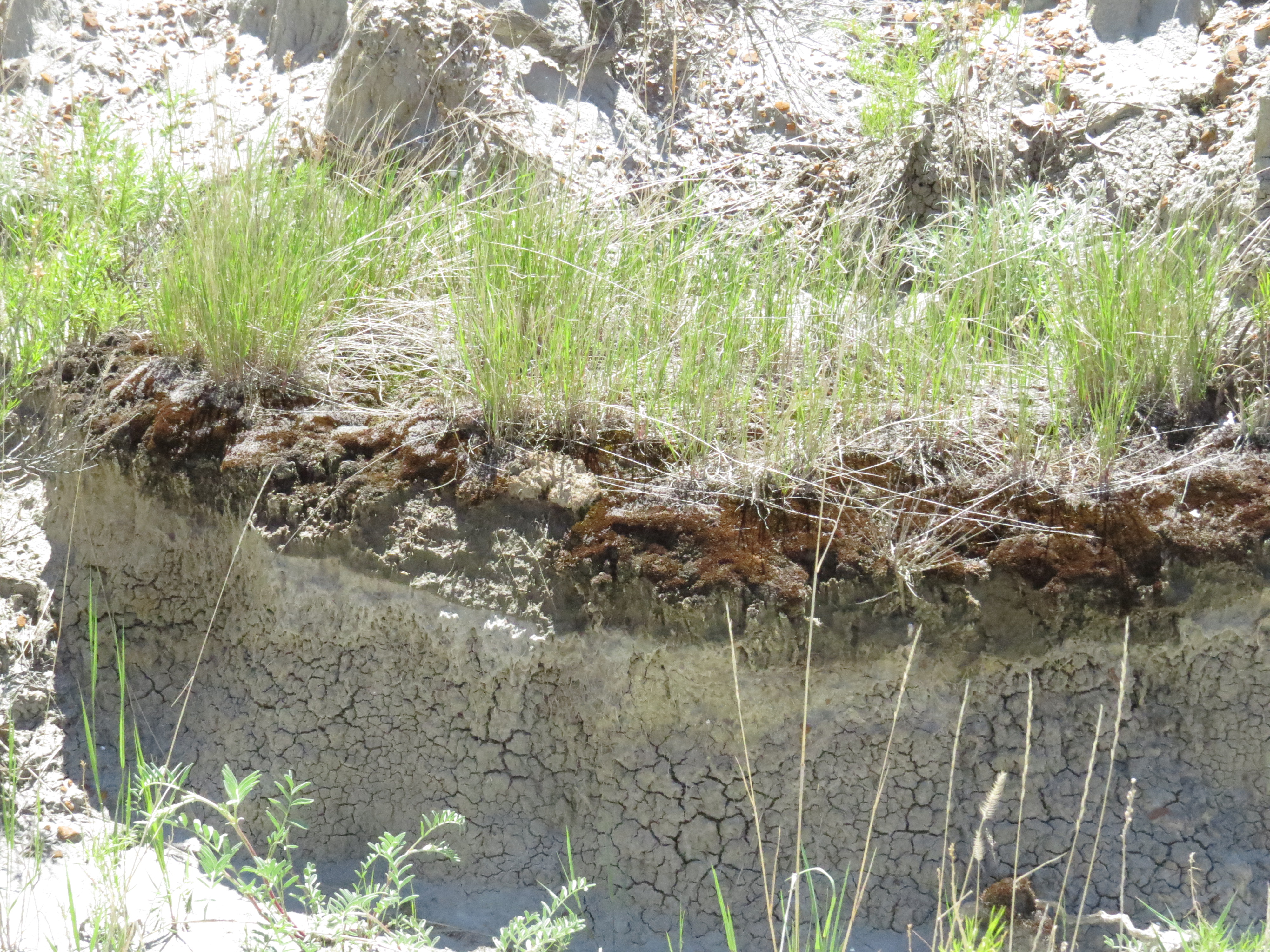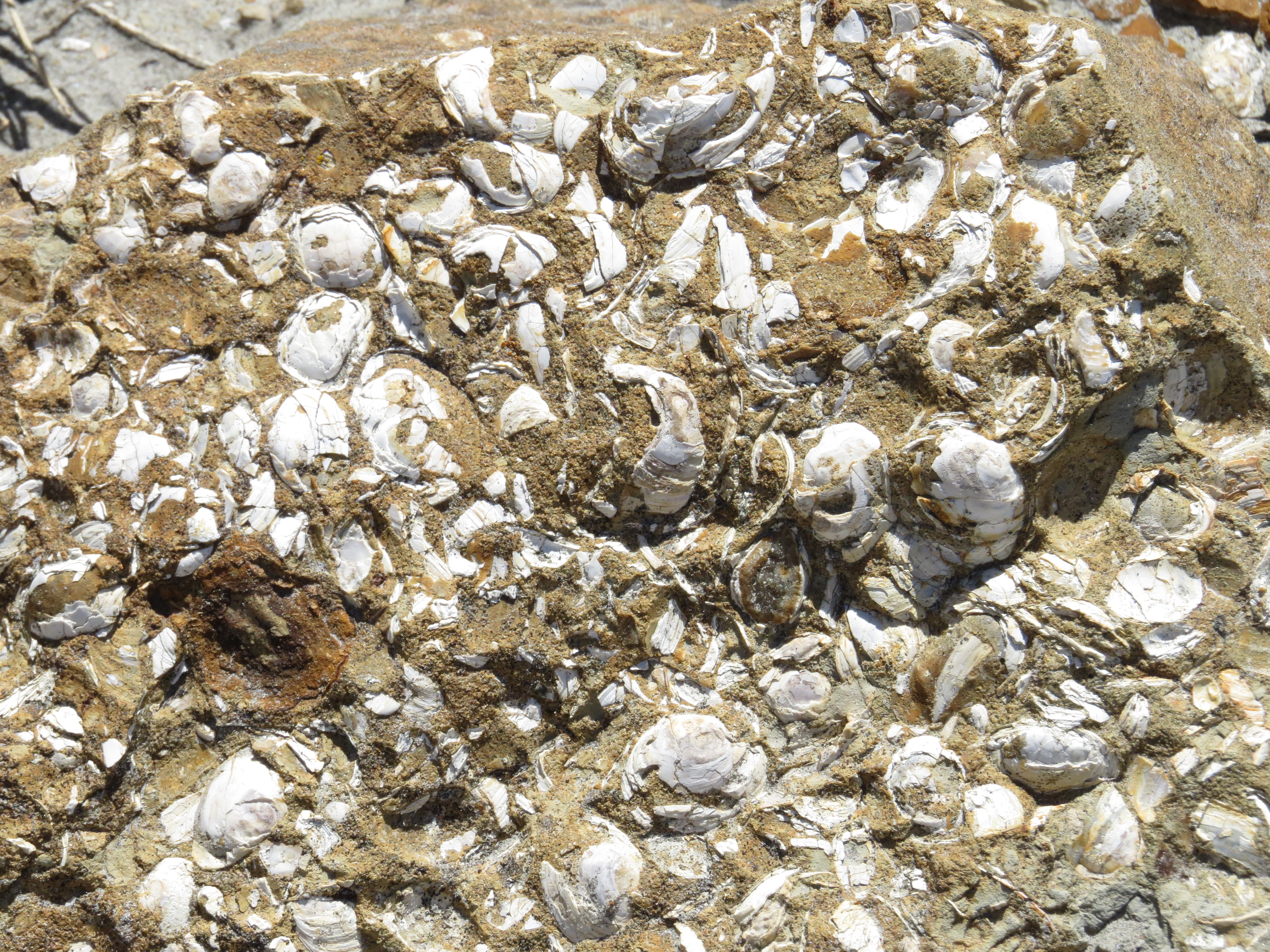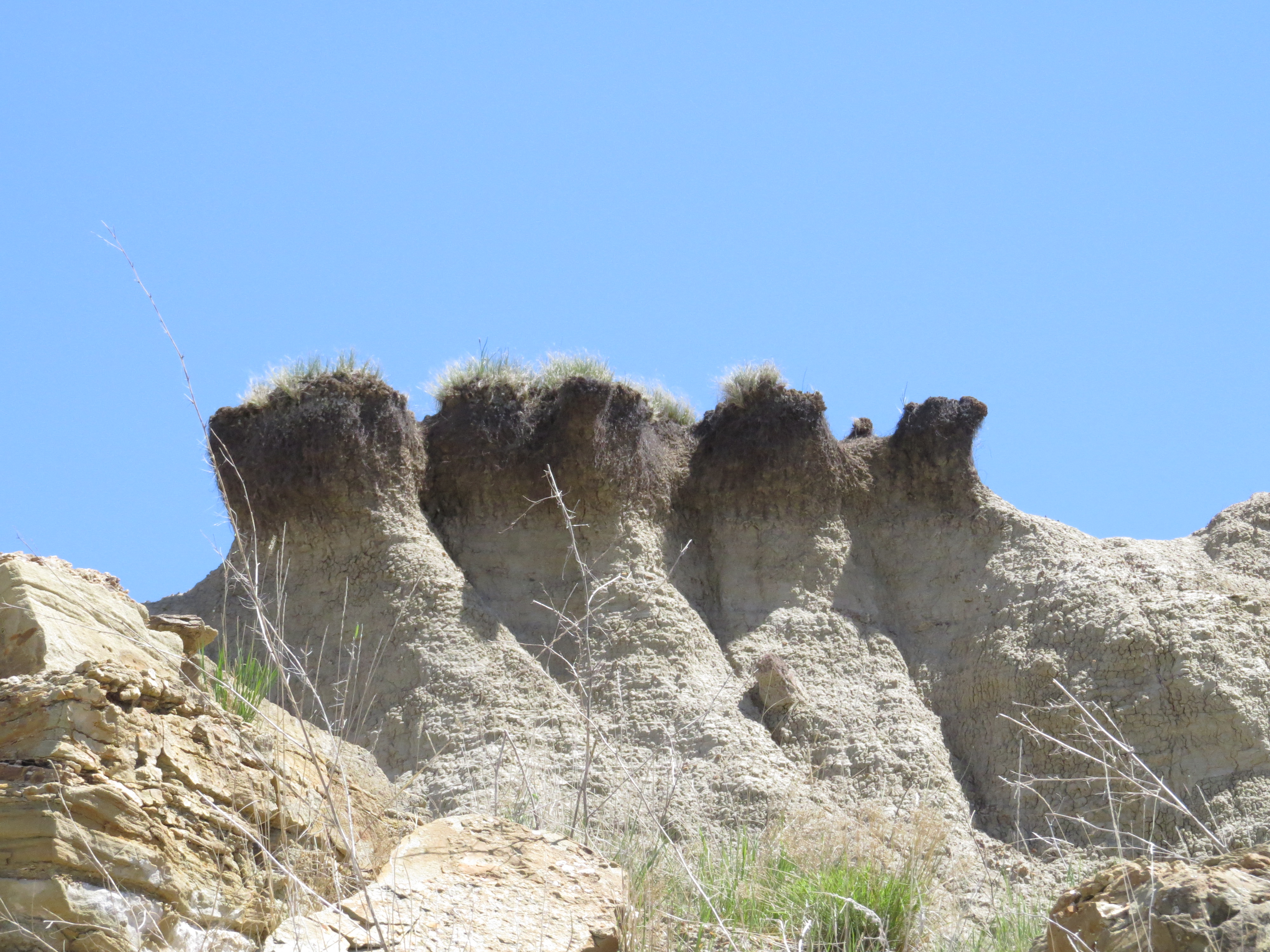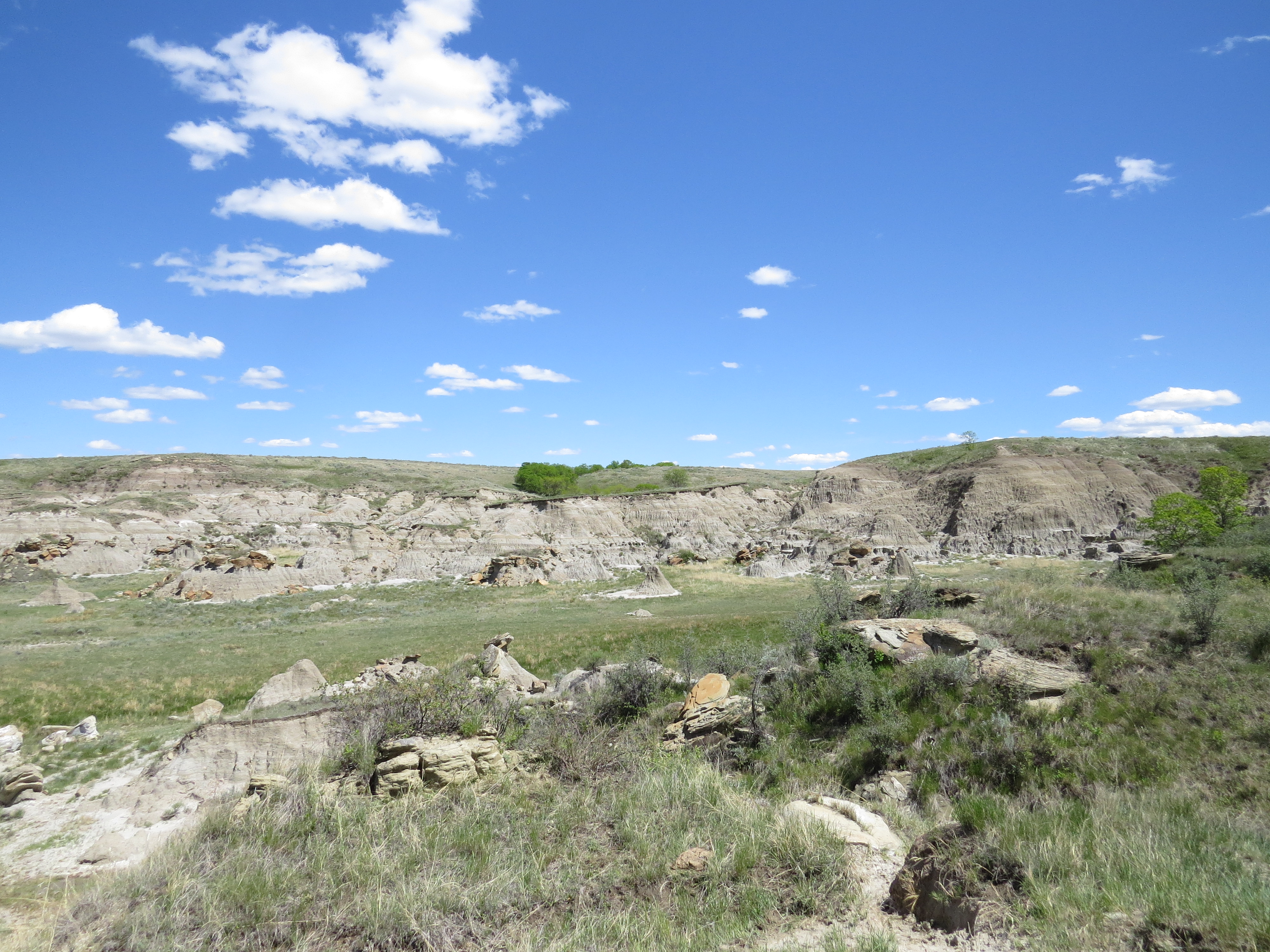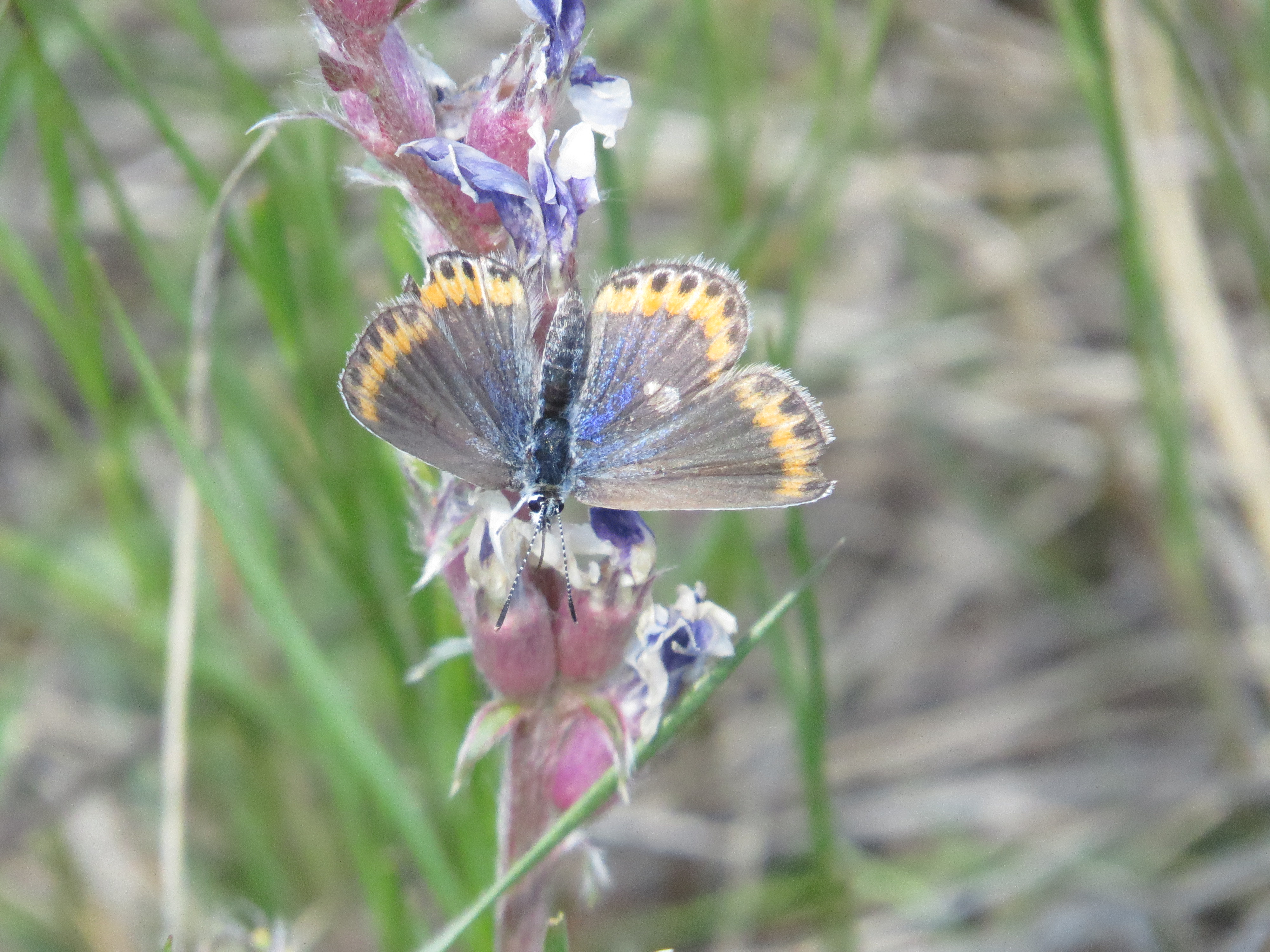Night slipped away as the dawn quietly and confidently displayed its pastel colors in sky and water. Chris and I crept through camp to the high boulder overlooking the track-filled wetland, hoping to catch a glimpse of a morning moose or bear. But nothing caught our attention beyond the dawn sky.
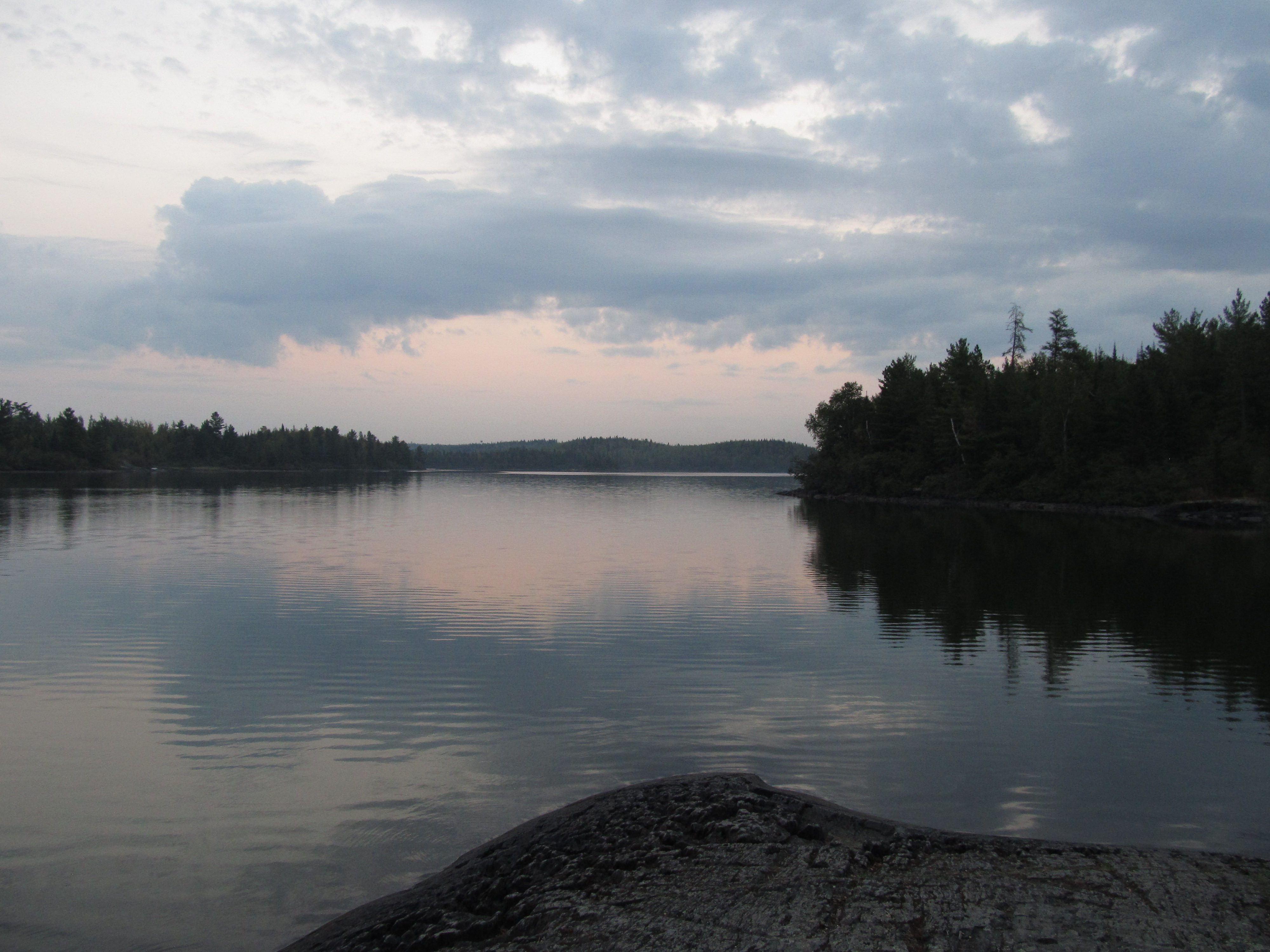
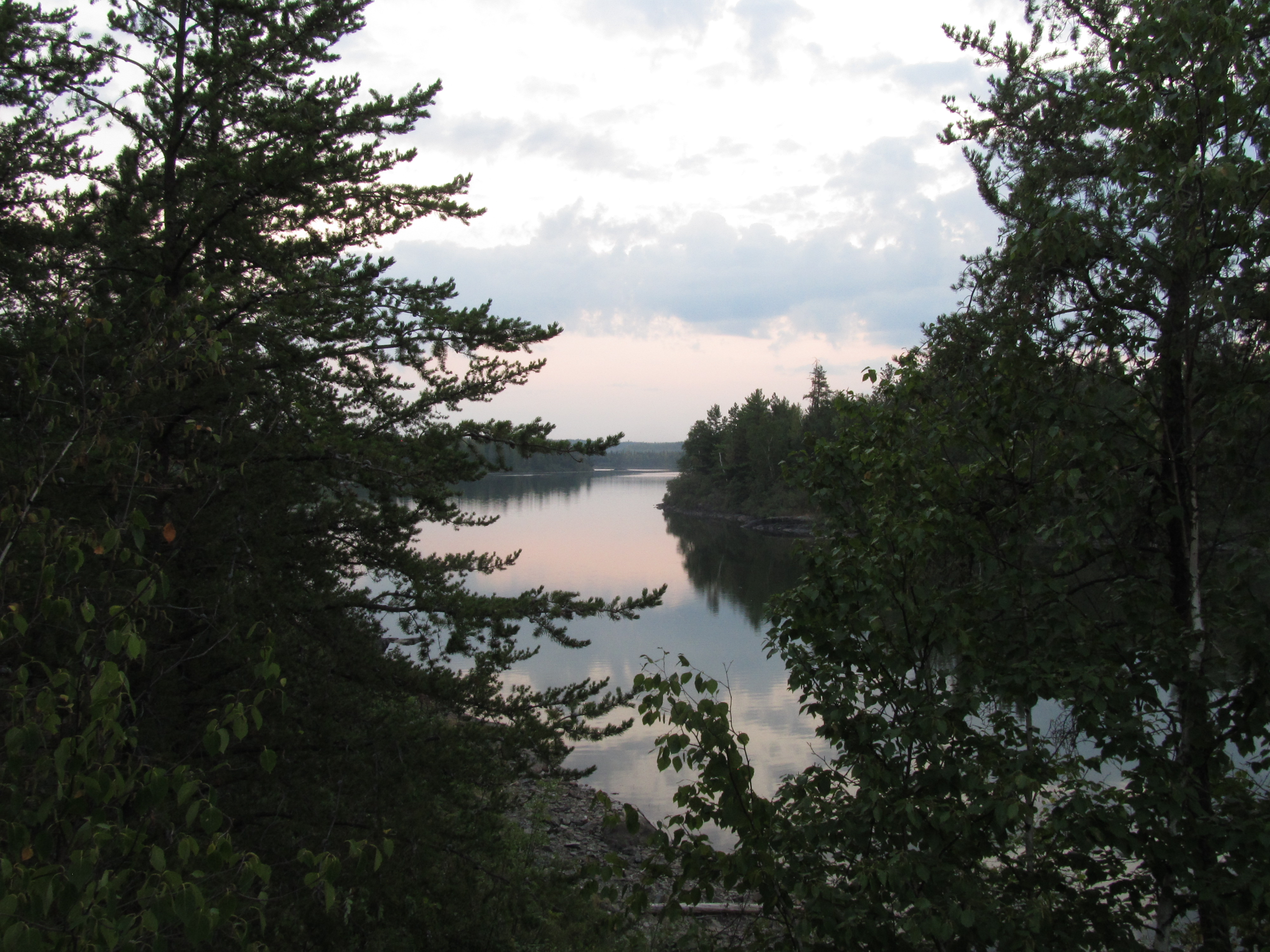
The kids were beginning to stir when we got back to camp. Breakfast and packing up on the last morning of our trip felt easier because of practice and a bit sad because of the flow I was starting to feel. I felt like I could do this for another five days, now that I had overcome some of the challenges.

With the sun to our backs, we glided away from our campsite. Chris and I were the first ones out, with Emily’s directive to find the short portage at the west end of the lake. We had only paddled a few hundred yards, which by the way, was going extremely smoothly compared to every other morning—hooray!—when I was looking over at a large beaver lodge on the shore. I noticed two pointy ears sticking up behind the lodge. I got super excited, stopped paddling, fumbled to get my camera out of my life jacket, whispered ‘Wolf!’ to Chris who I don’t think heard me, and started taking pictures.
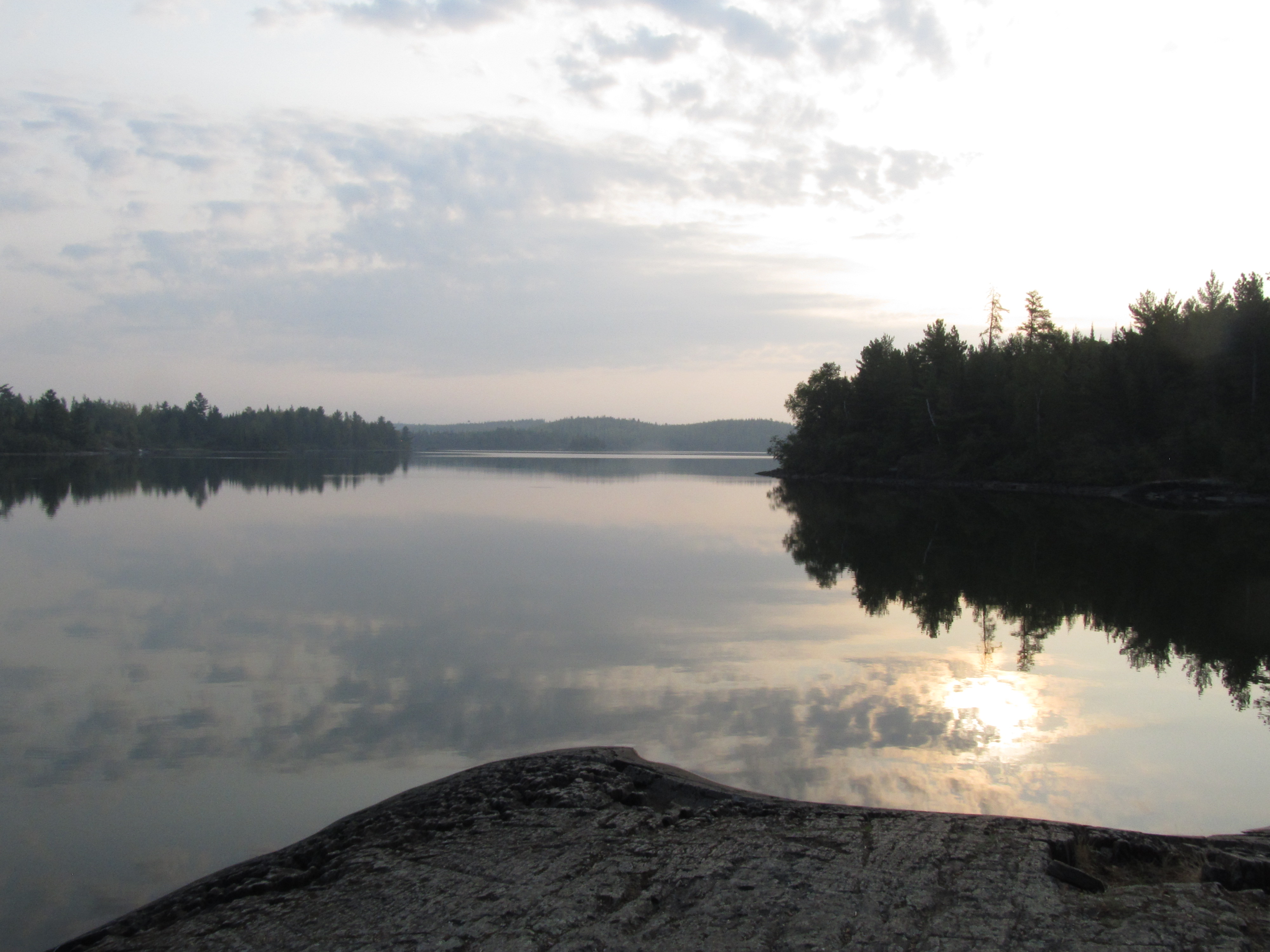

But I didn’t have to hurry—he was not afraid of us. He watched us watching him, then turned and looked at the kids farther back, then turned back to us. A beautiful black wolf! He was fairly thin with a sleek summer coat, and I wondered if he was hoping to catch a beaver this fine morning. I was so happy to see him! What an amazing creature! He stayed there long enough for the kids to paddle close enough to see him, then turned and walked into the forest.
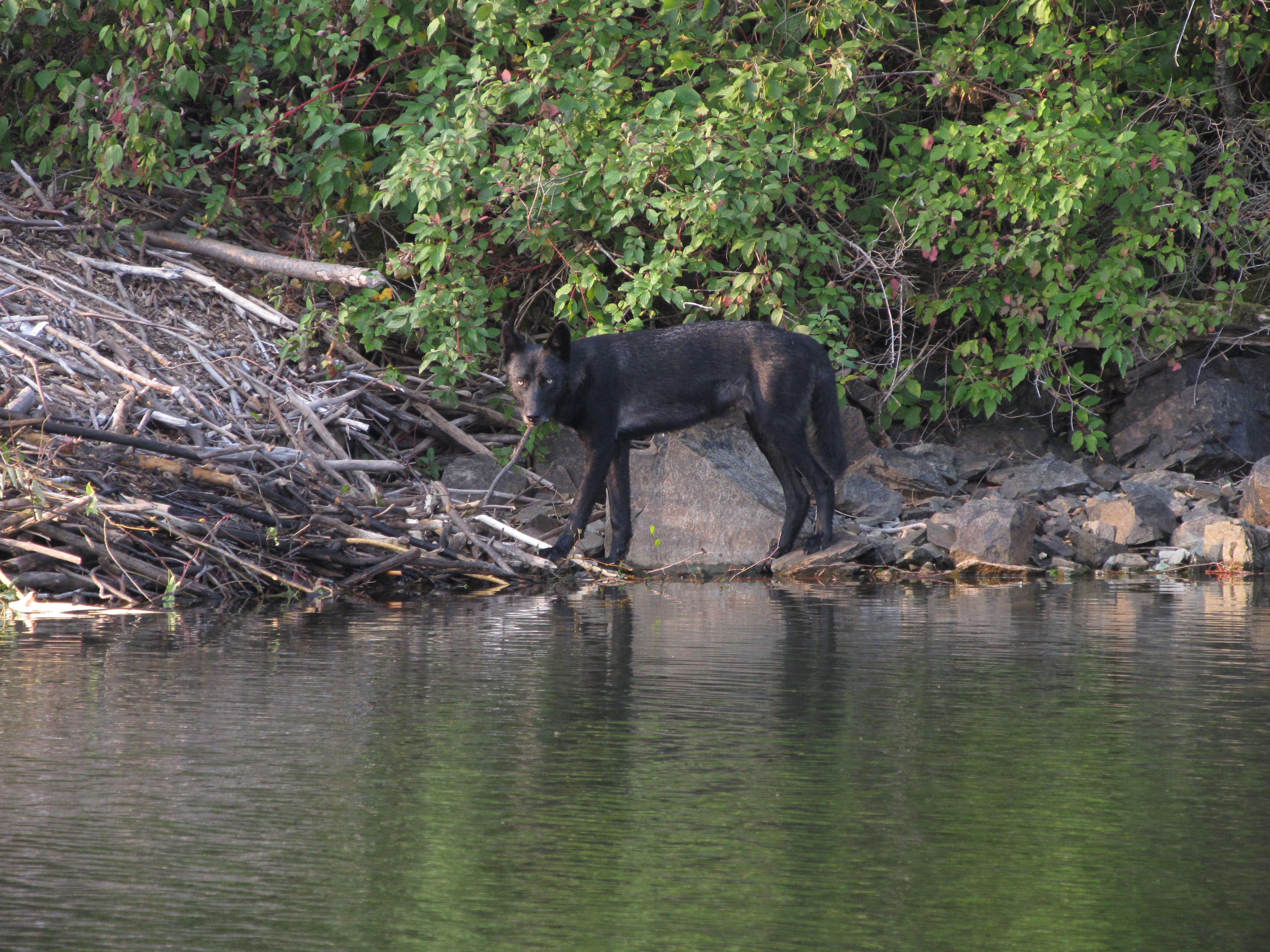
We passed by a campsite right before the portage where two men were preparing their breakfast—one was slight, old, and bent over at the shoulders. He greeted us enthusiastically with information I didn’t really understand. He said half the people were portaging through the five-rod portage and the other half were pulling through. I smiled, nodded, and thanked him, not having a clue about the ‘pulling through’ thing. When Aaron caught up to us, he explained that sometimes, depending on the water level of the creek/river that connects the two lakes, you can get out and walk the creek and pull the packed canoe through to the next lake. I wanted to try that! It was fun, and it worked! Easy! The river channel into Splash Lake was calm and beautiful.
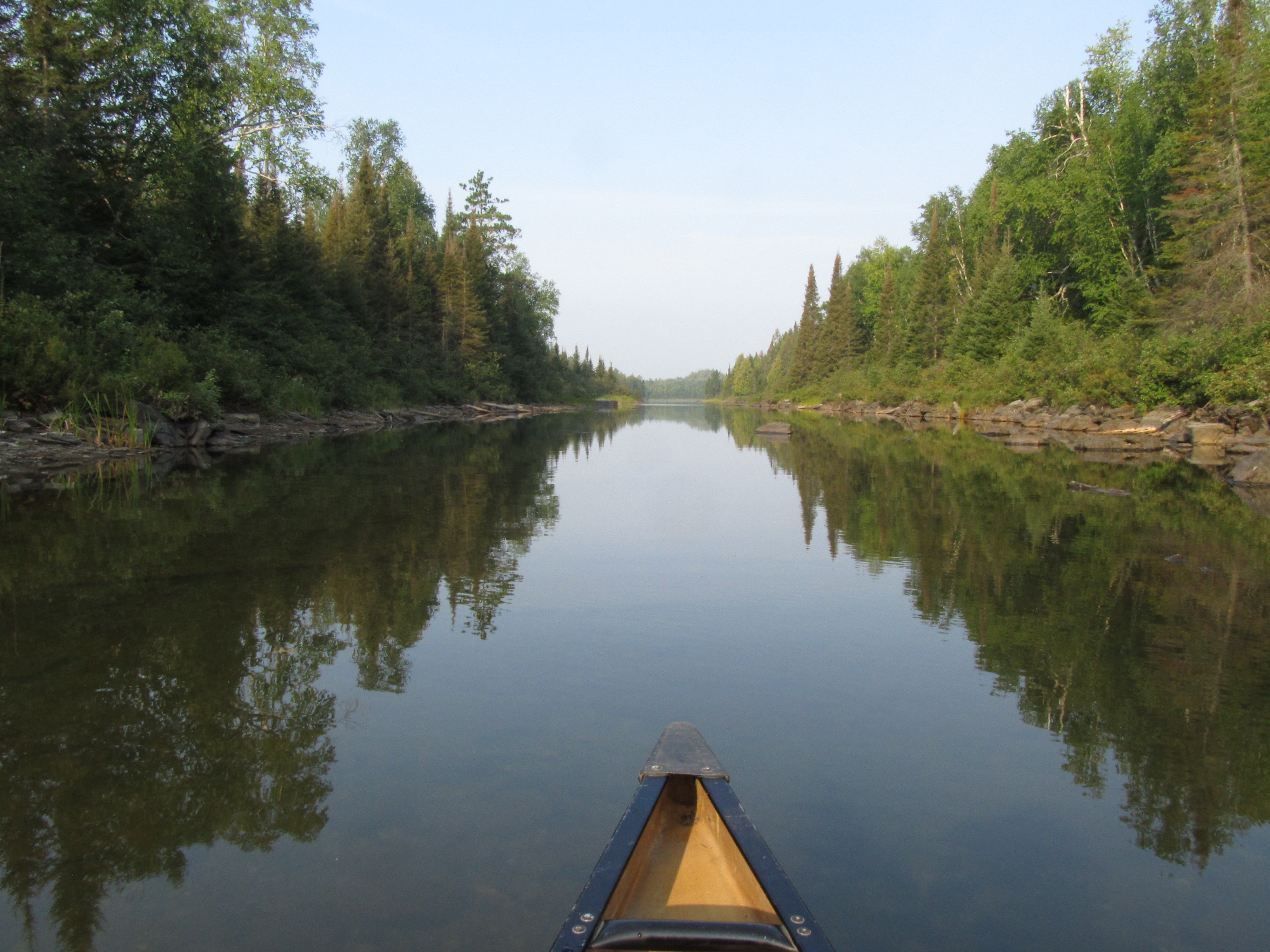

It was not far to our next and last portage, a thirty-rod portage that would return us to Newfound and Moose Lakes where we began our trek. When we got close to the portage, we could see it was the busiest of all the portages we had been through. We let a group of guys pass by us but could also see a group (or two?) coming into Splash Lake from the other way. It was kind of a mess. Emily had warned us earlier that she had little patience for such portage messiness—there is portage protocol, courtesy, and responsibility, and when people breeched that in obtuse ways, she moves into ‘take charge’ mode. A group of people with excessive piles of gear—folding camp chairs, Coleman camp stoves, tents, bags, canoes, etc.—were standing around. Were they waiting for more things? We disembarked and swiftly got packed up and canoed up with Emily and Zoe in the lead. Aaron was the last one out with a pack and canoe and took an alternate route through low branches because the other group had started to move into the lake—bad form on their part. Our last portage was still smooth in the midst of messiness, and I was proud of our strong, experienced kids.
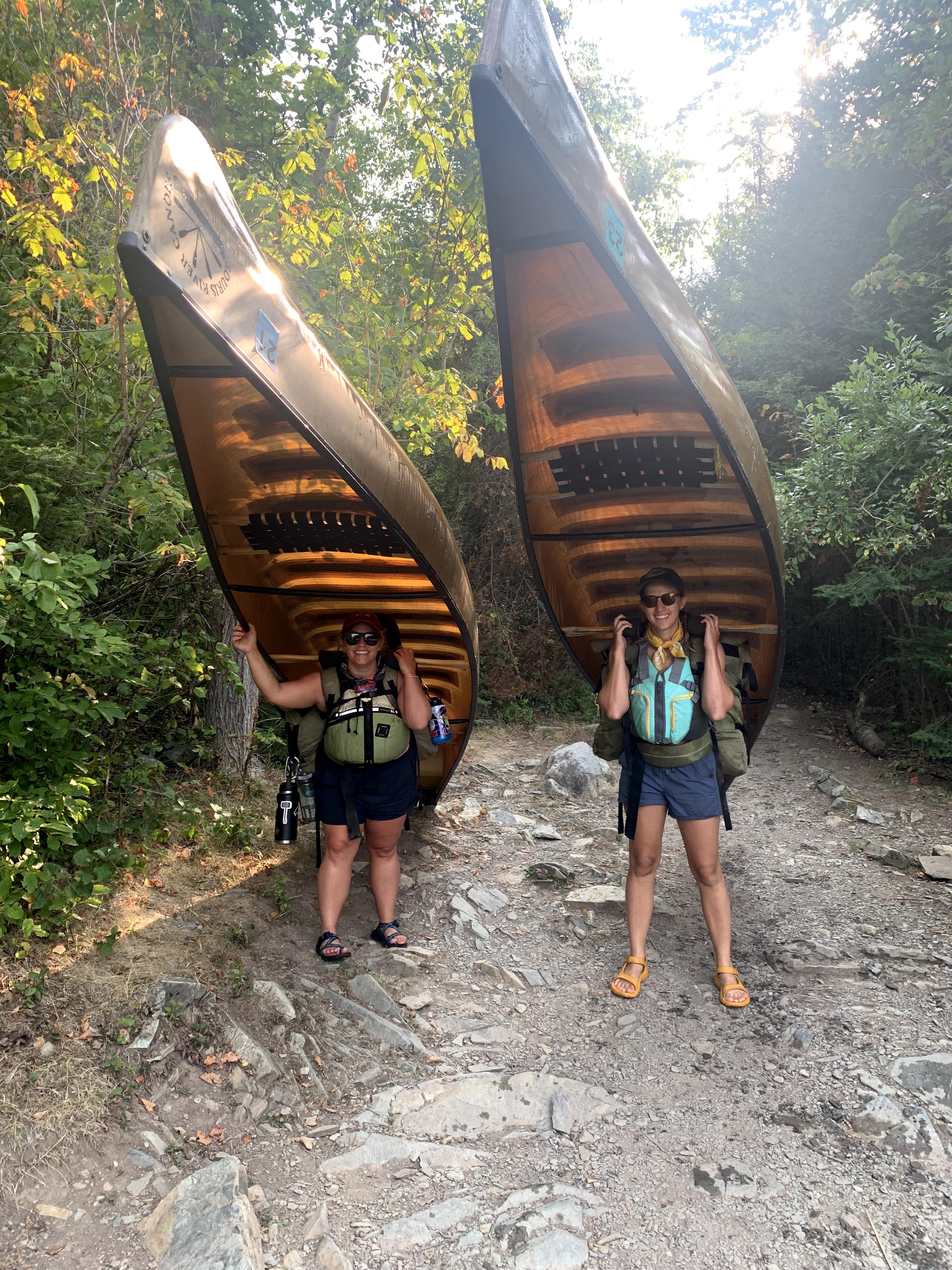
At the other side of the portage sat a man in a motorboat who had ‘towed’ in the last group and their gear. He had even portaged things through for them. He was waiting for another group that was coming out that would ride back to their landing instead of paddling back. He said he had plenty of time for a nap, however.
We paddled on through the wide channel into Newfound Lake. I was startled when an eagle flew from a nearby tree, out above us, to a tree in front of us. When we ‘caught up’ to him, he flew ahead to another tree. We and he were at the end of a point, the end of the channel, and when we caught up to him again, he flew into the forest. It was like he was guiding us to Newfound Lake, to Horseshoe Island, back to where we had started five days before.
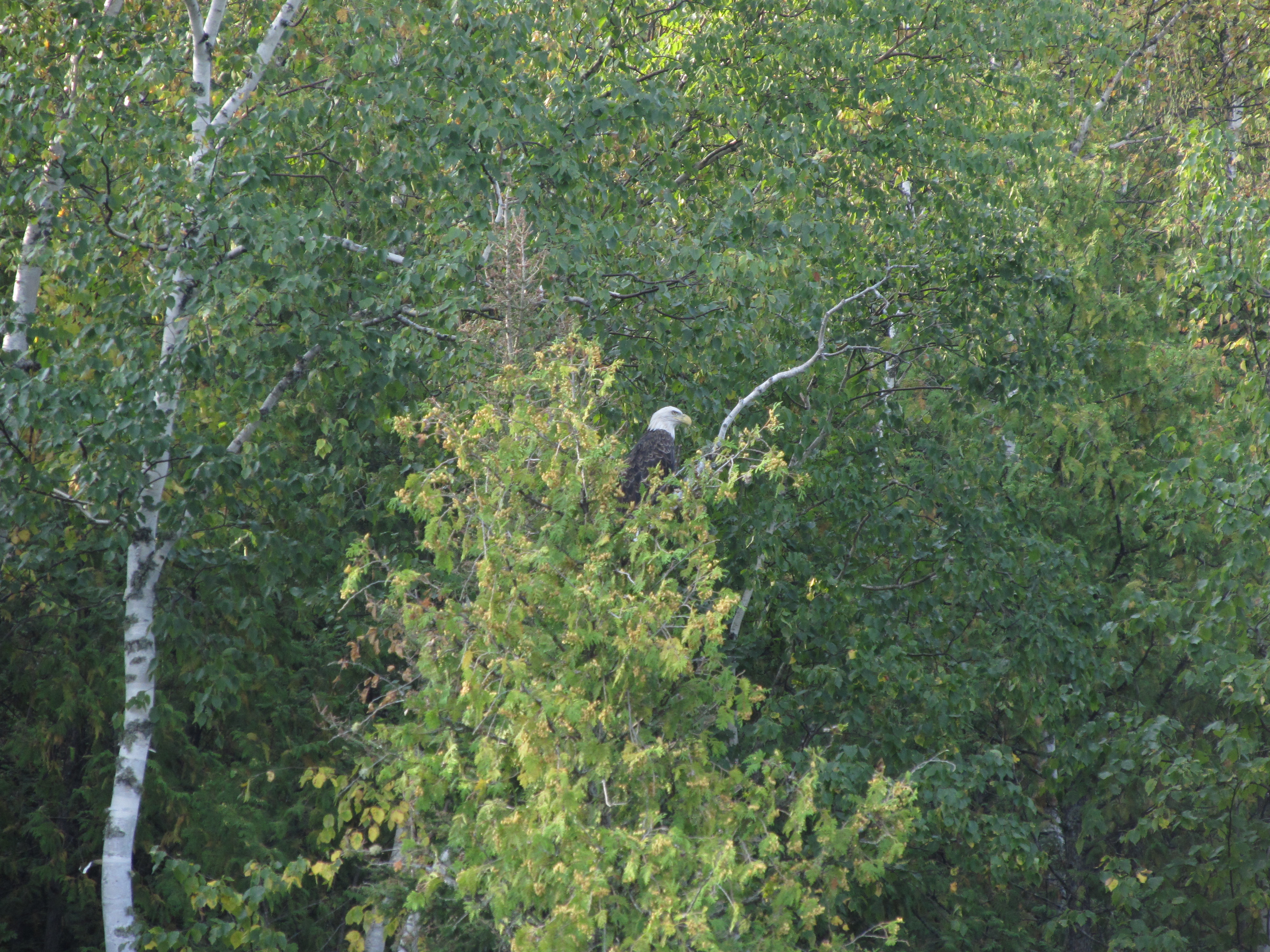


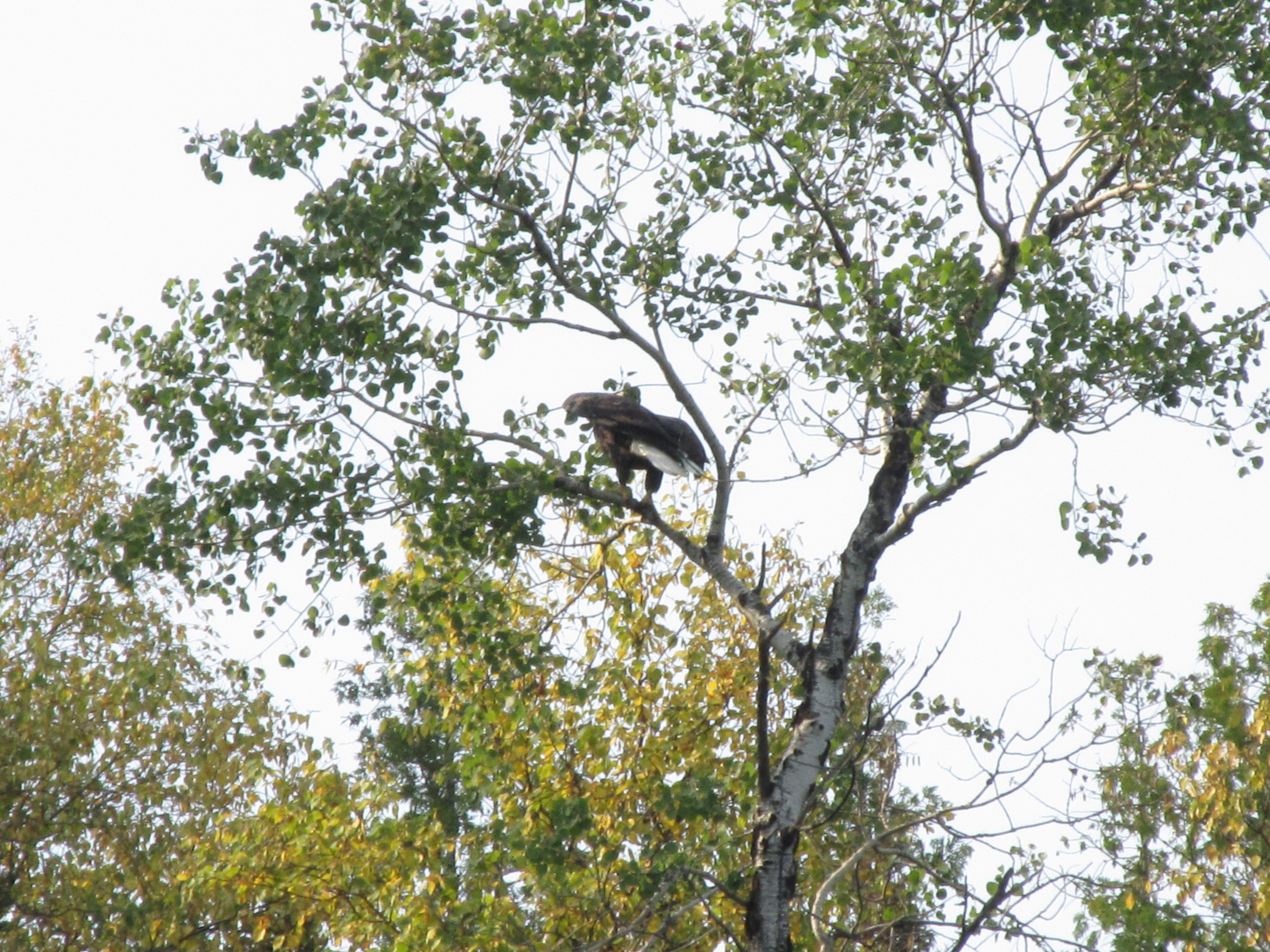
As we paddled through Newfound Lake, we saw a group of four canoes leave a campsite as we passed by. It was a group of all men, and it soon became evident that there was one canoe that could not keep up with the others. (Sounds and feels very familiar.) The ‘lead’ canoe had a boisterous bearded man in the back who was drinking coffee, singing, and at various times, playing the ukulele! They would paddle ahead, then stop and wait for the slow canoe to catch up. We were on par with the slow canoe, so we saw and heard the exuberant troubadour many times. His singing drifted back to us as we got to the windy, wavy Moose Lake. Emily reminded me that I would have to dig in and keep paddling as we headed into the wind—and I did. I was in the flow—I knew what to do, my muscles were strong, my mind was grateful, and the troubadour sang us on. “Toes in the water…not a worry in the world…life is good today.” **
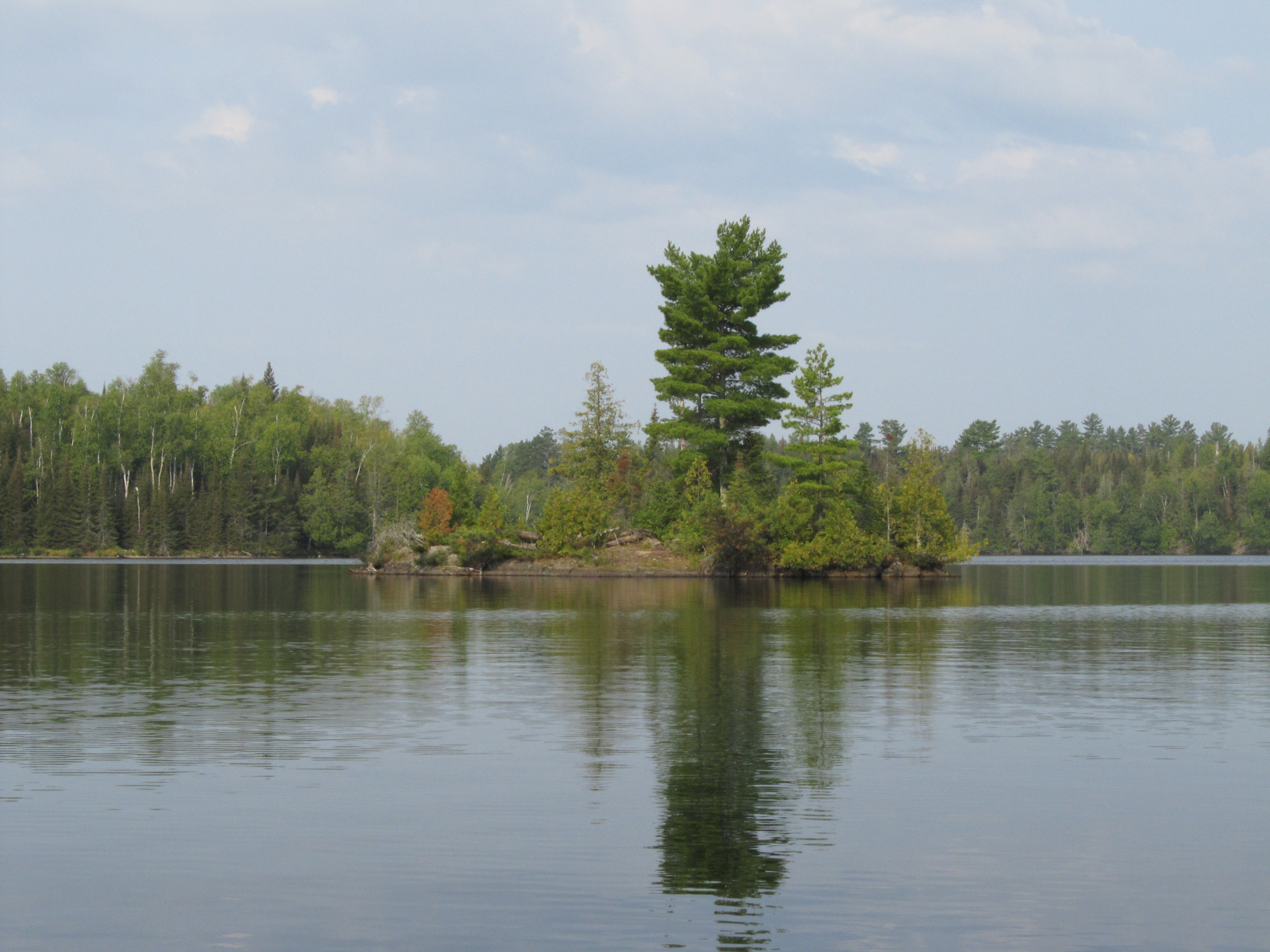
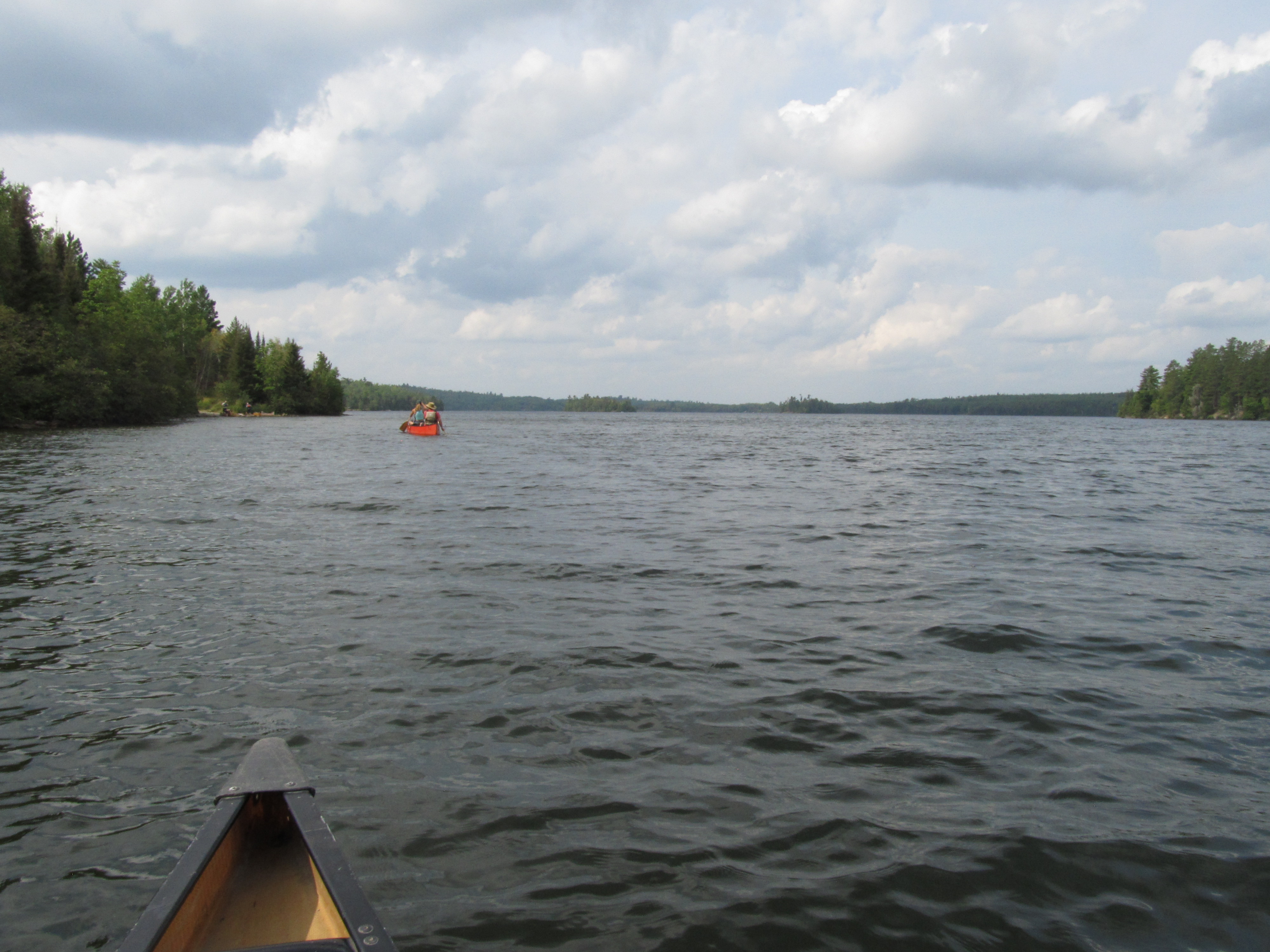
Three hours and six and a half miles after seeing the wolf, we were pulling into the Moose Lake landing. I couldn’t believe it was over! But it wasn’t quite over. We unpacked, repacked, returned gear to KWK, took our unbathed bodies into the coffee shop in Ely (a common sight/smell in Ely), and took off for Duluth and the shining Lake Superior where we would shower, get a burger and beer, and sleep in a bed.
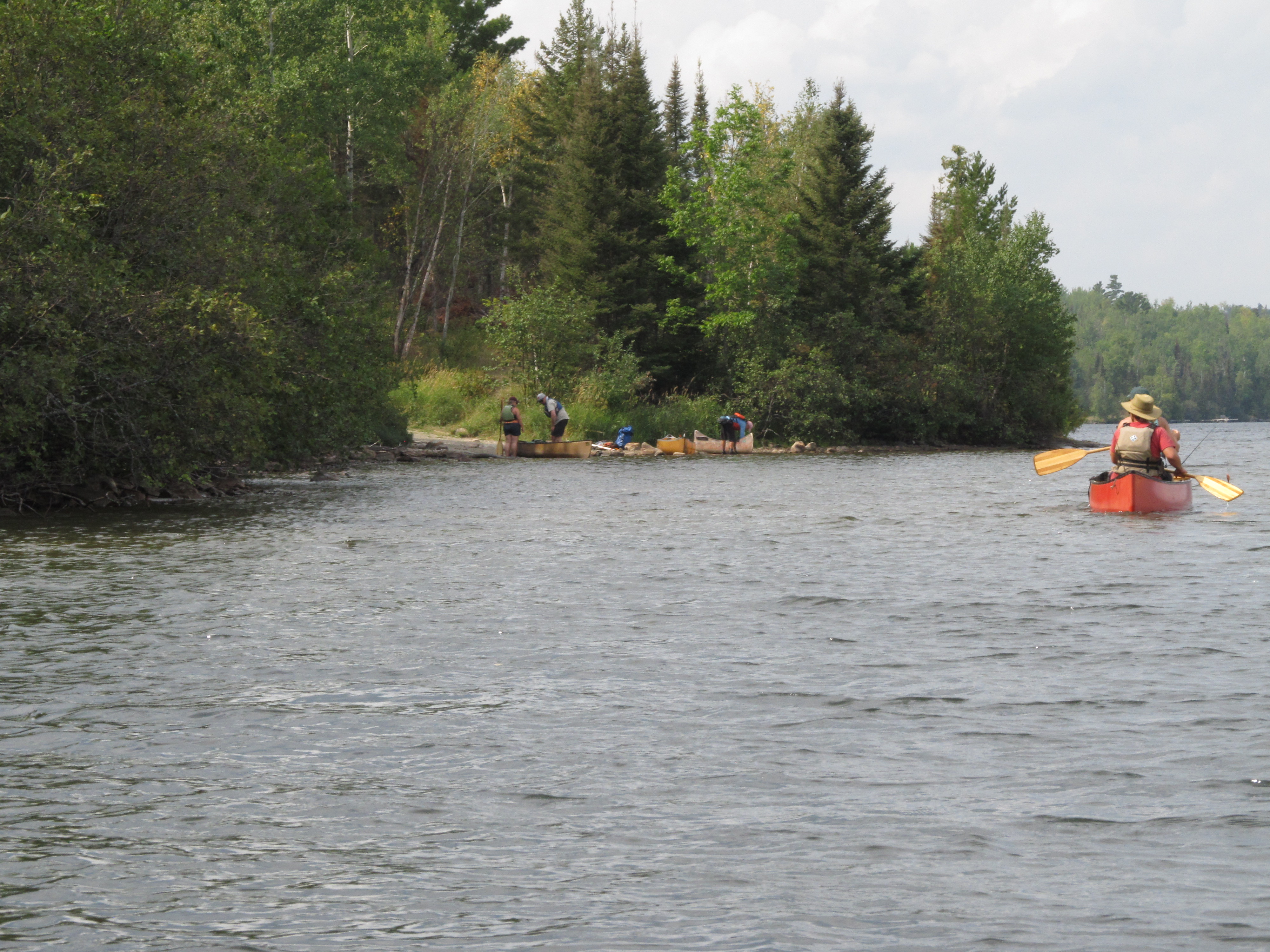
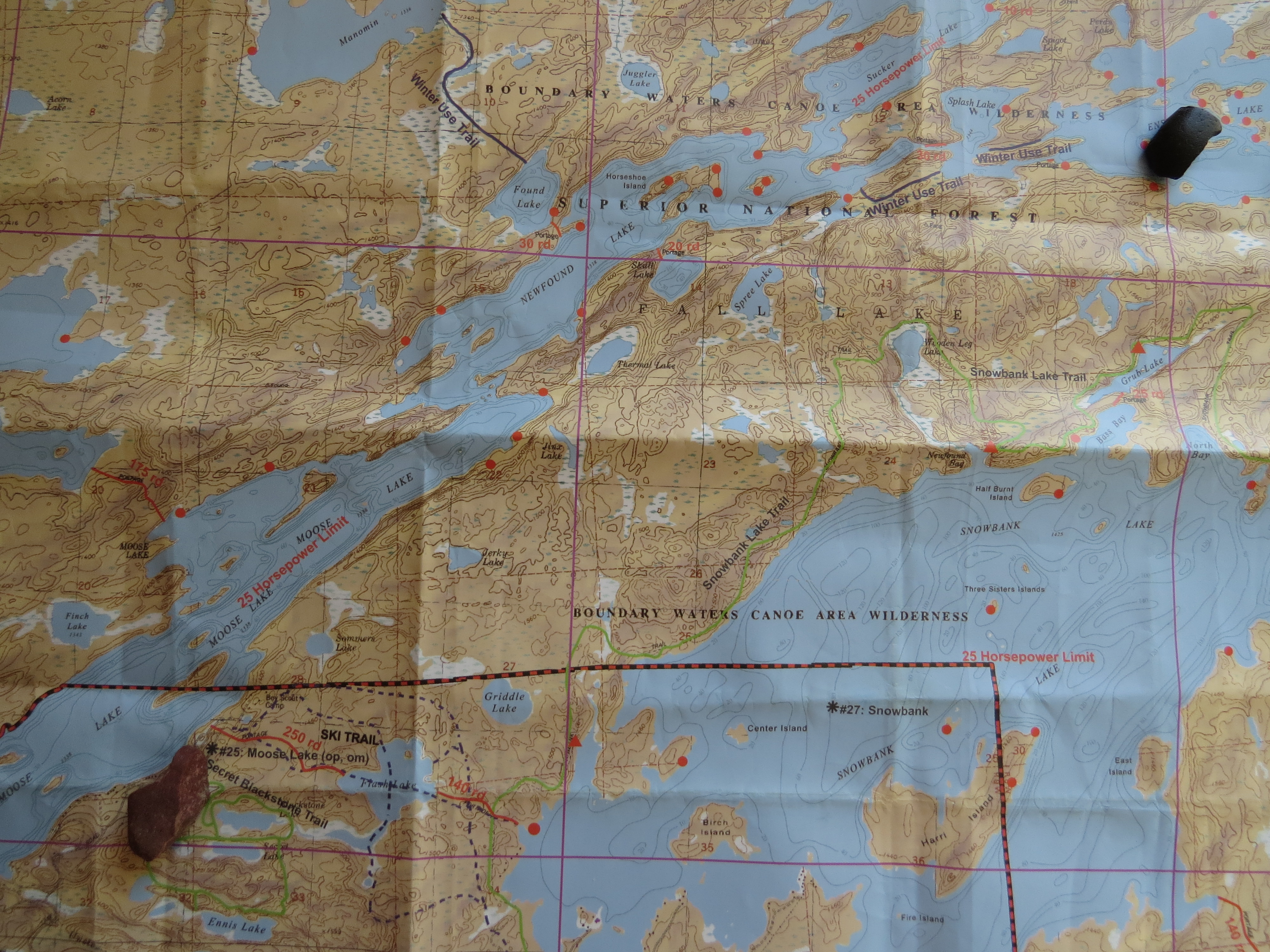

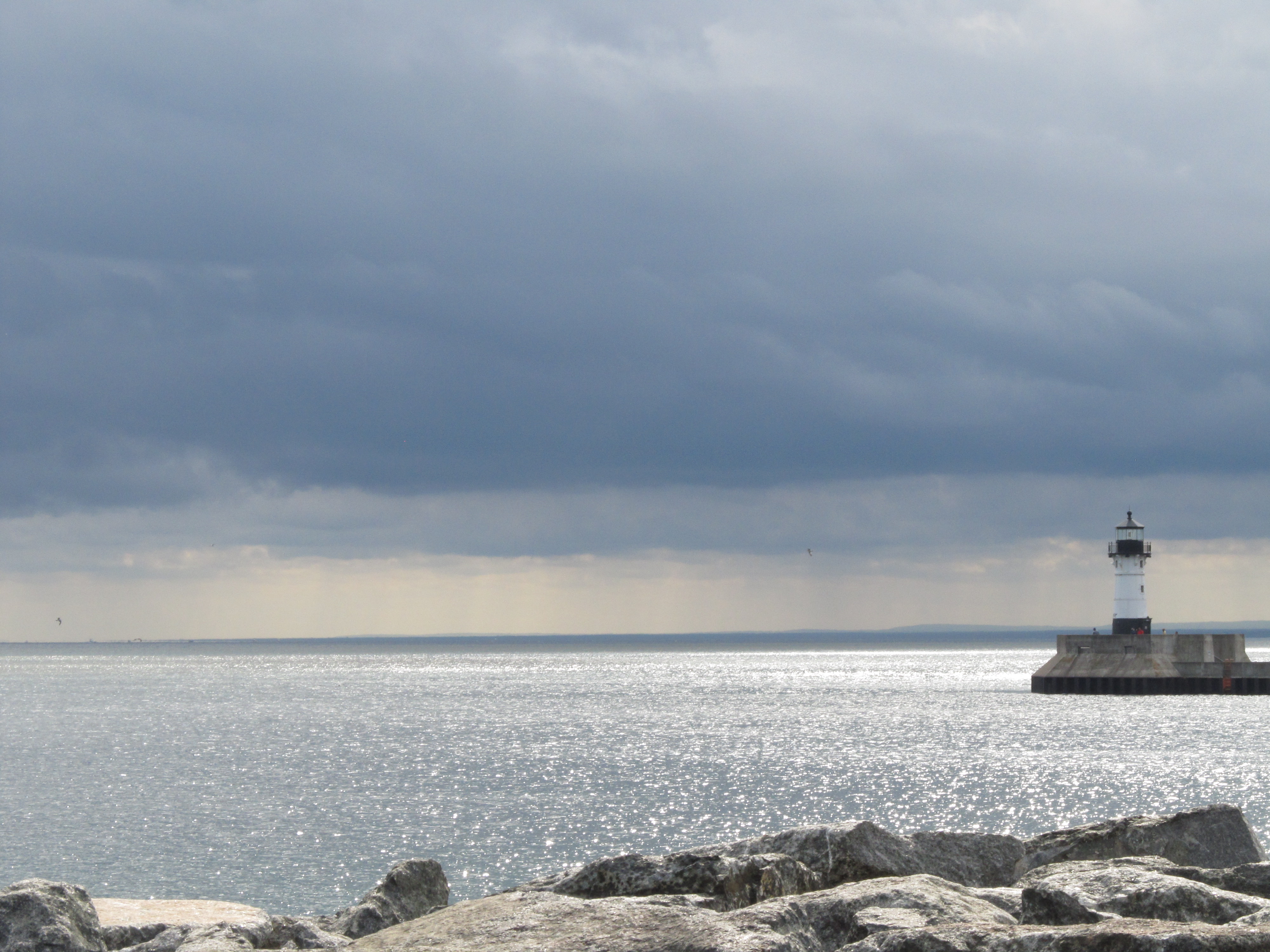
As we re-entered ‘normal’ life from the wilderness, the processing of the trip began. But even as small a town as Ely is, it was rather shocking to me and my body with all the people, cell phones and towers, cars, stores, etc. It was ‘too much’ at the beginning—I wanted to be back in the quiet trees and water. The week had been a mini-lifetime, when you start out as a young novice full of anticipation and excitement, then trials and tribulations pull you down and threaten your will to go on, when challenges of all sorts throw roadblocks to mind and body, then accomplishments and triumphs build confidence, and finally, transcendence and flow ‘miraculously’ appear. It was a hero’s journey for me, when time is of a different realm and the universe has lessons to teach.
As the week had progressed, it became evident that our bodies are meant to move and that we can be sustained on much less food, even with that exertion, than we typically ingest in our ‘normal’ life. I felt better, stronger, more able, and happier as the week went on—it was like my DNA recognized this way of being, and my body responded.
I also realized how often we ‘give away’ our precious time to external standards and pastimes that actually have little meaning or benefit to our lives. Just the idea of running every aspect of our life by the clock is challenged when you live without one. It was disorienting at first, to be sure, but as the week progressed, a natural rhythm ensued that seemed to benefit us all (even when we determined we should get an ‘early start’ the next day.) And then there’s the internet and social media….for those of us who have lived a substantial period of our lives without it, we can ‘remember’ how we had perfectly wonderful lives before its invention and access…but how many have forgotten that? Life is fully lived in the wilderness without computers and cell phones, and there was a heart-filling freedom to experiencing that with our adult children.
That leads me to the third take-away from the week—how we can’t do this thing called life alone. We need one another. From the beginning stages of our planning for the BWCA trip, I needed and appreciated the advice and knowledge from our kids who had planned and led so many previous trips. Experience and expertise matters. It matters not for individual glory and adulation but for how it can help people. From day one of our journey (and for forty years before that), I am grateful to have my partner Chris beside me (or behind me in the canoe) giving me encouragement and support—through every doubt, freakout, breakdown, triumph, excitement, and discovery. He brings humor, steadfastness, love, and movement to my life. I am grateful for the leadership, clarity, and purpose that Emily brought to all of us, and for her ability to articulate difficult things in loving ways. I am grateful for Shawn’s quiet tenacity, his amazing storehouse of knowledge, and his ability to rise to every difficult situation. I so appreciate Aaron’s quiet skills and patience, his caring heart, his humor, and his resolve. I’m grateful for Zoe’s strength and competence, her ability to relax at any given time, her consideration, and her quick wit. And so much more—from all of them. We all brought our strengths and weaknesses, our idiosyncrasies and foibles, our wounds and powers. We had an advantage being a family group that we were familiar with the dynamics beforehand and more free to share our vulnerabilities and the words of our hearts. For every difficult time when we needed everyone’s skills and participation, there were countless times of ease and joy of being together. And so it is with life, wherever we are. So keep paddling, for life is good today.
This is the fifth post in a series of five that chronicles my experience of five days in the Boundary Waters Canoe Area (BWCA). It is best to read the whole series from the beginning (Anticipation) in order to understand certain things I refer to in my other posts.
**from ‘Toes’ by Zac Brown Band
